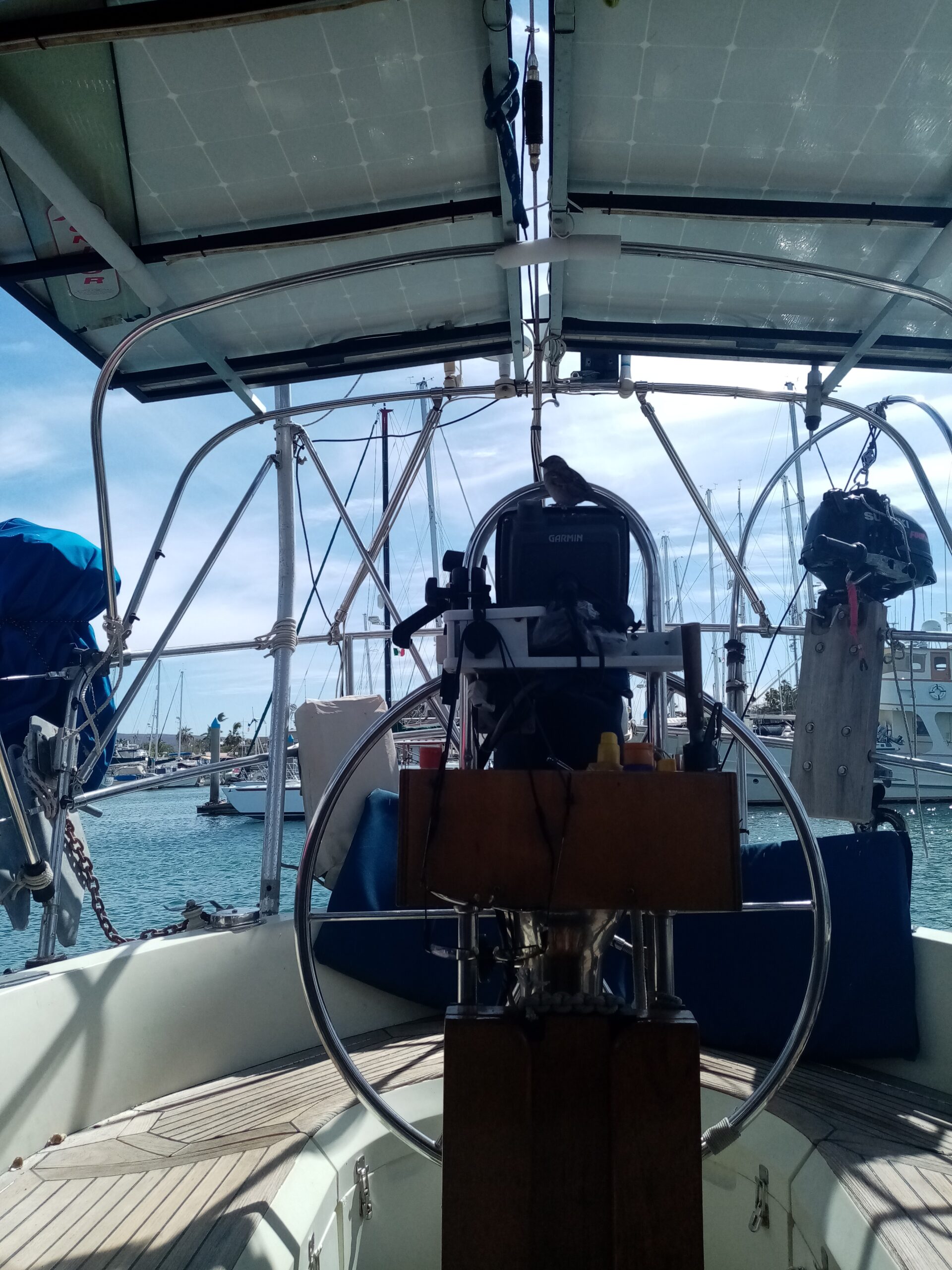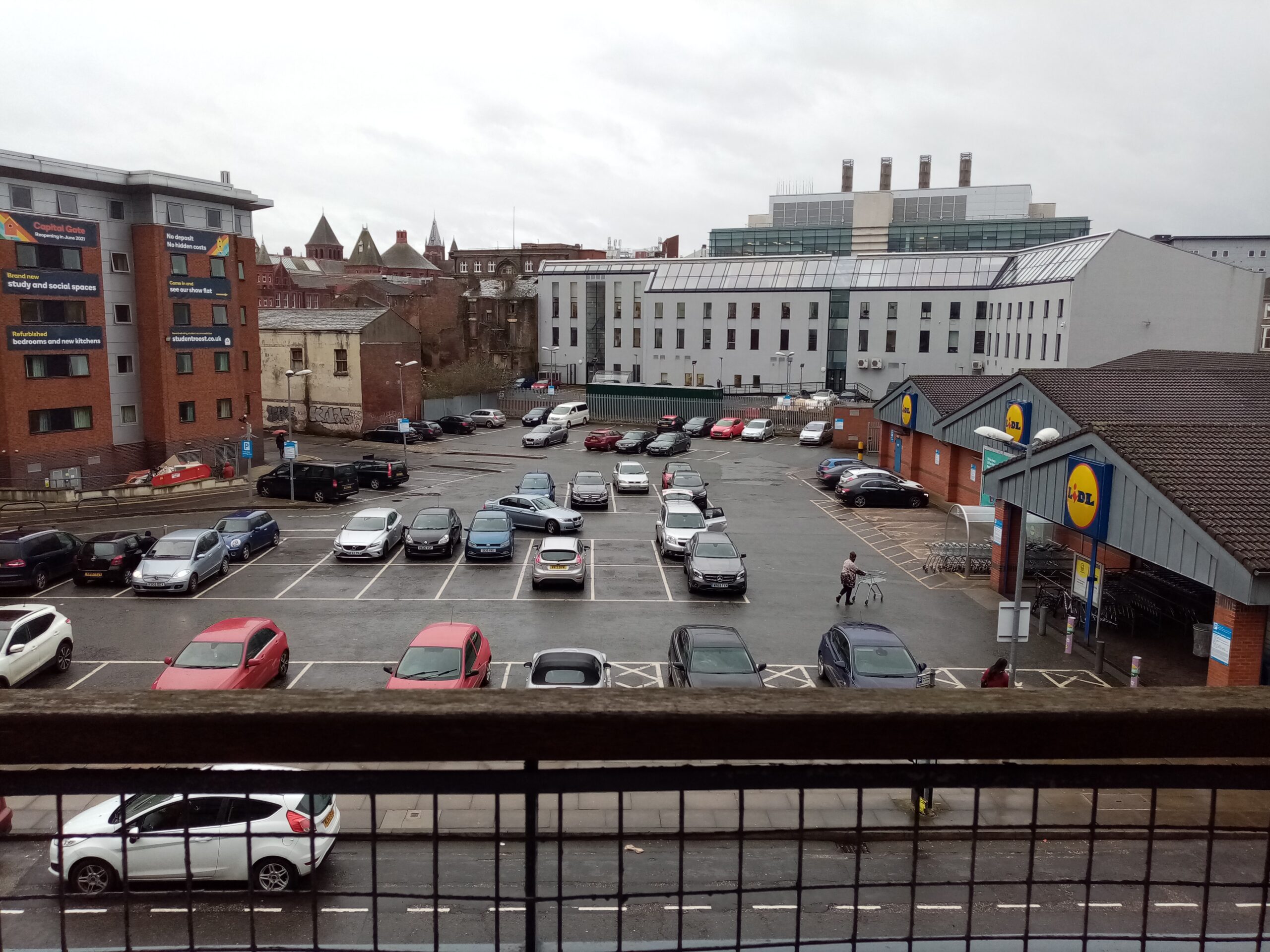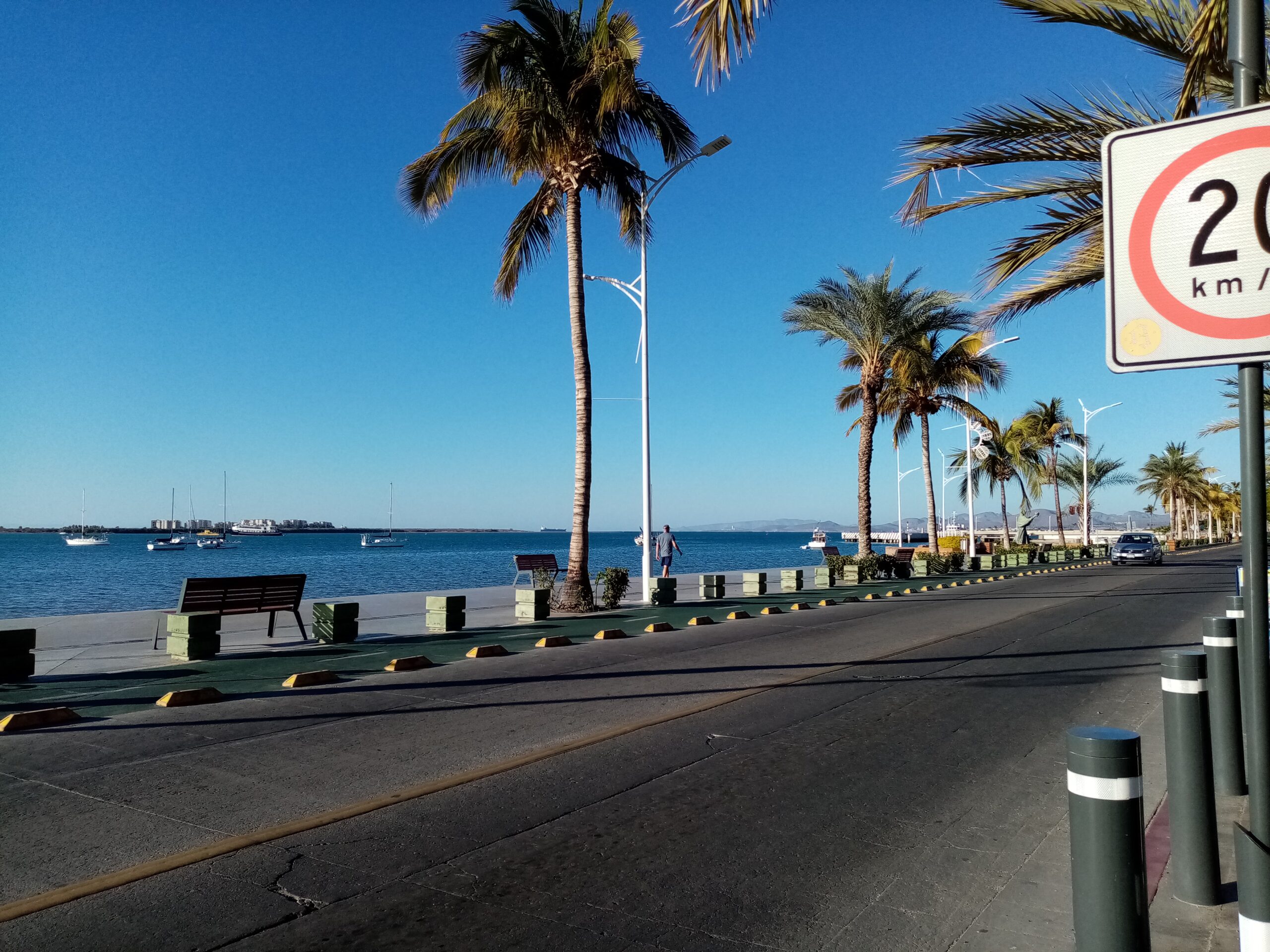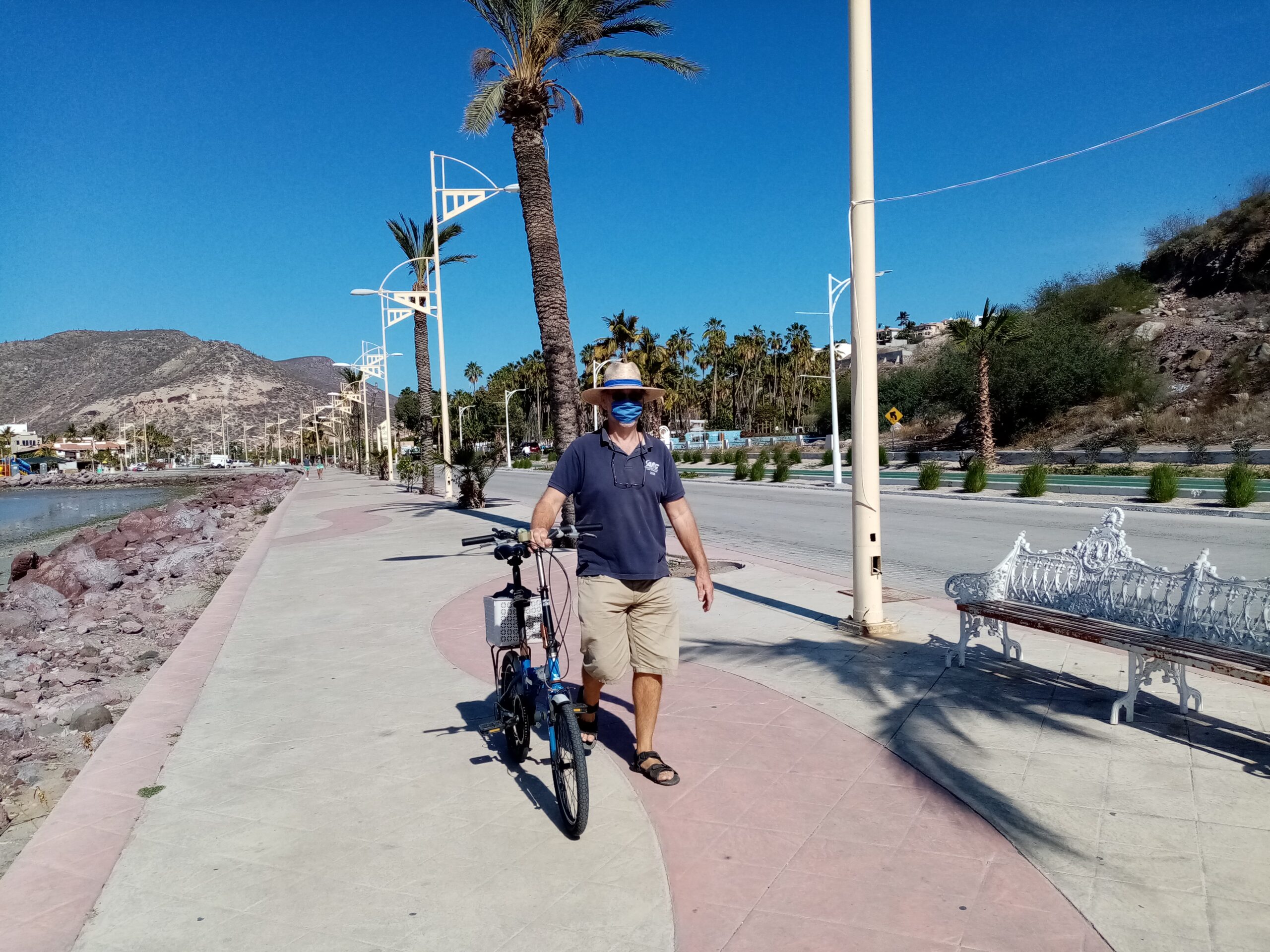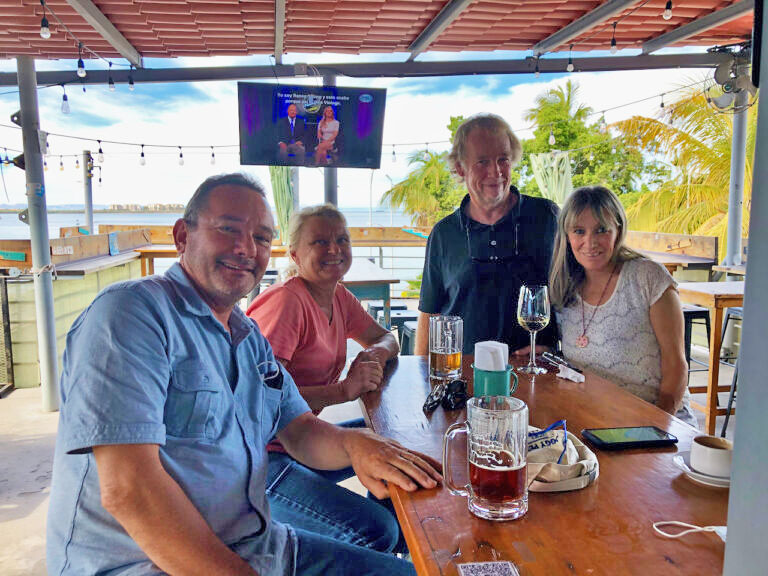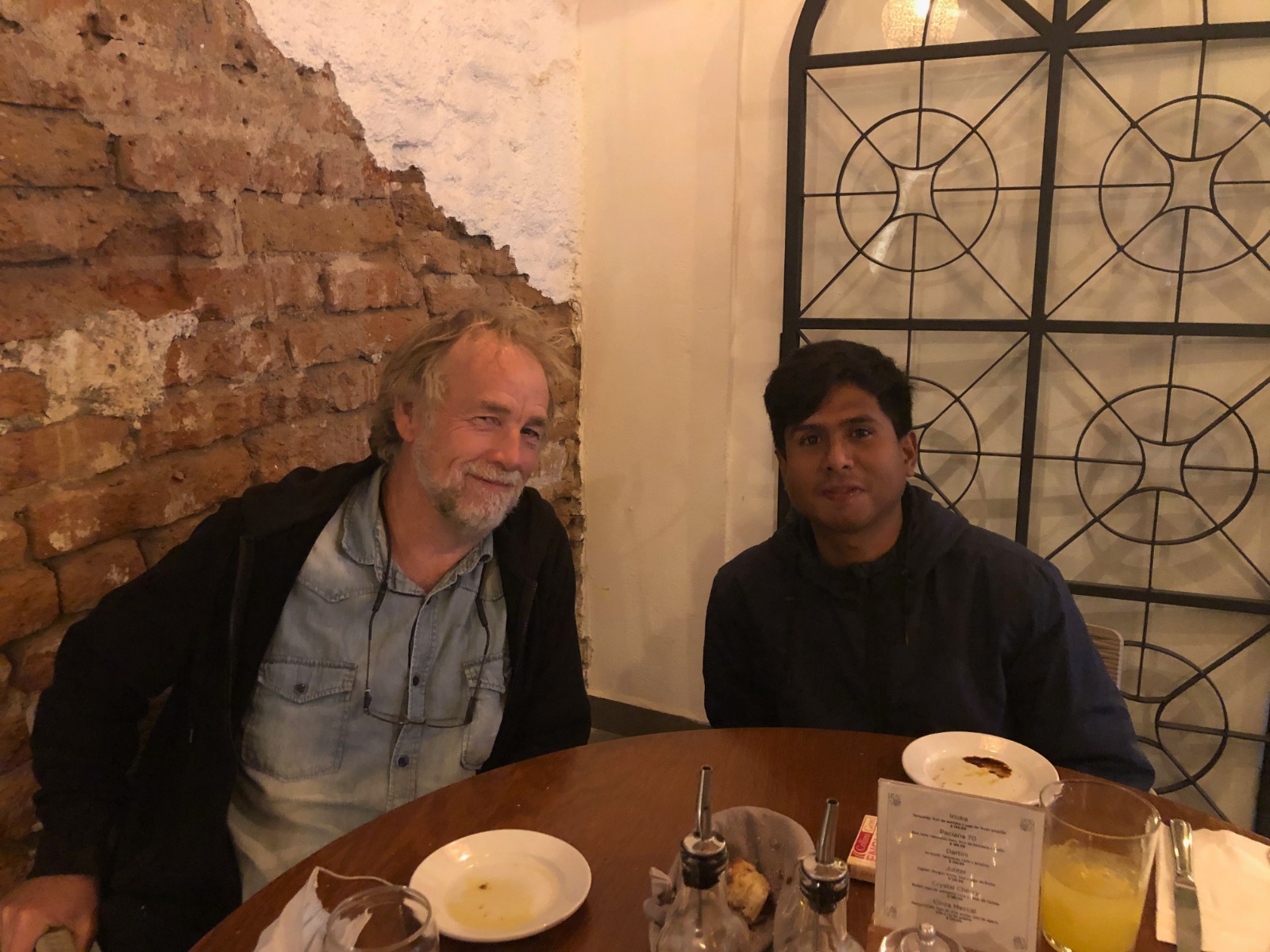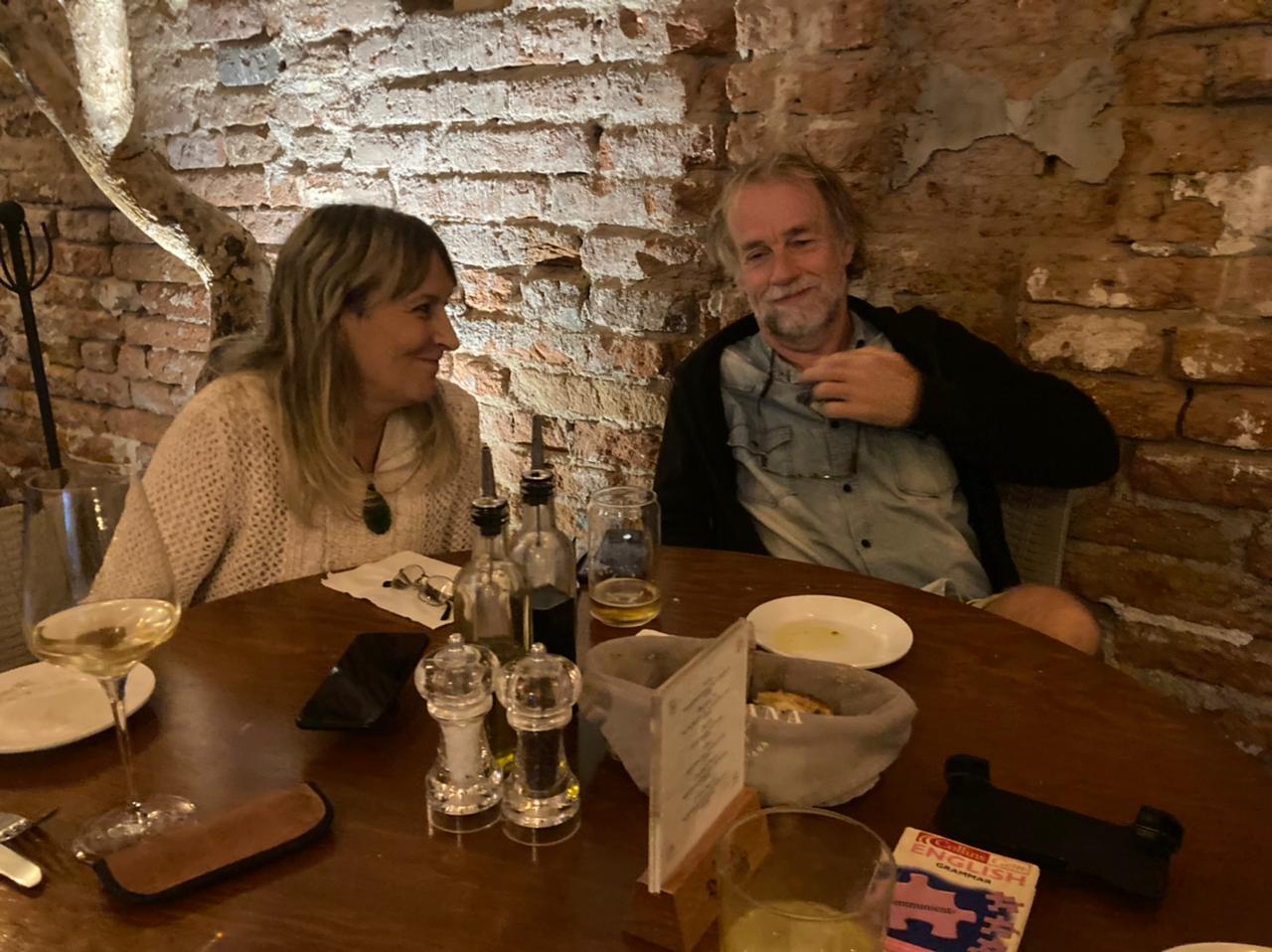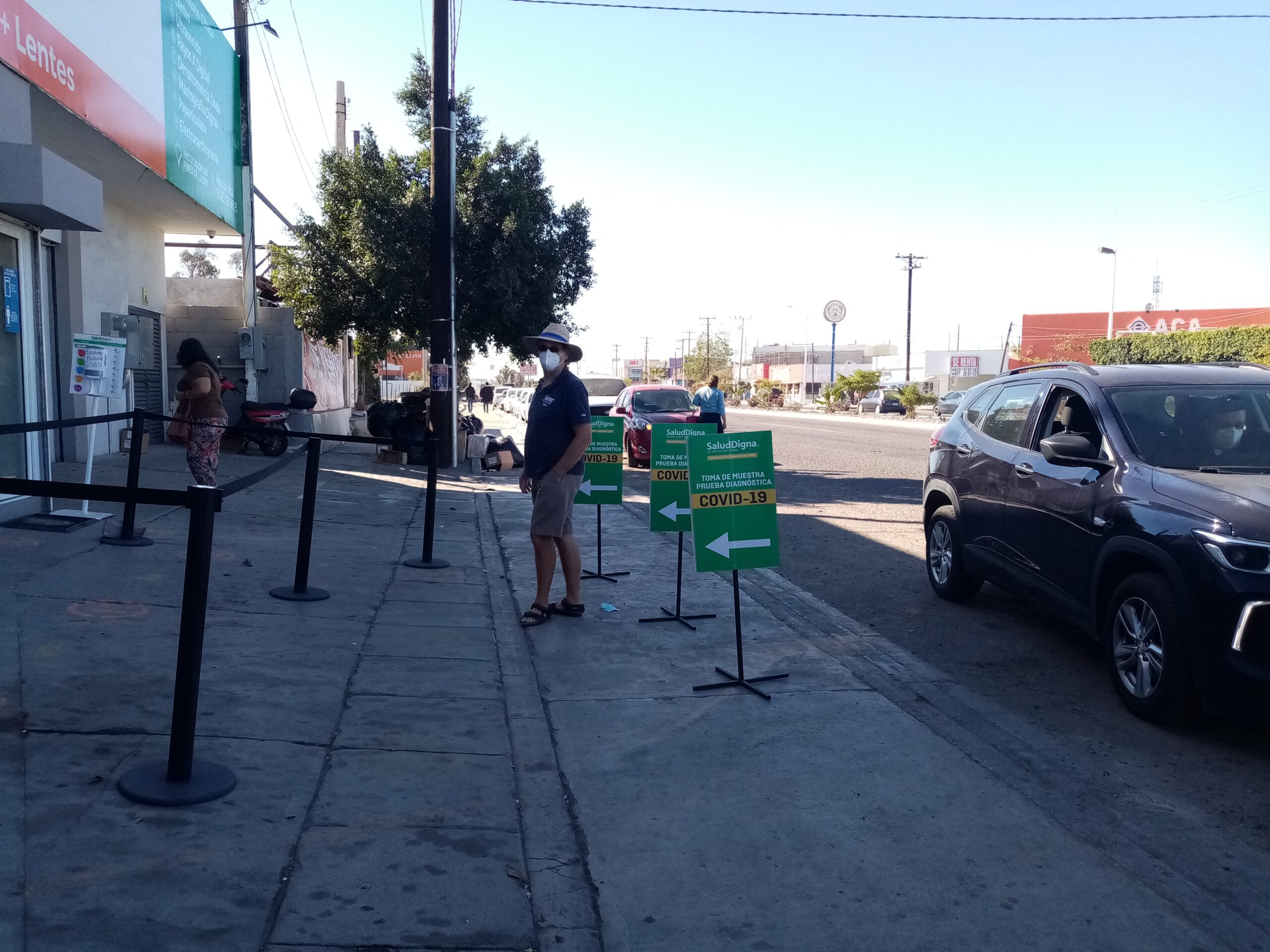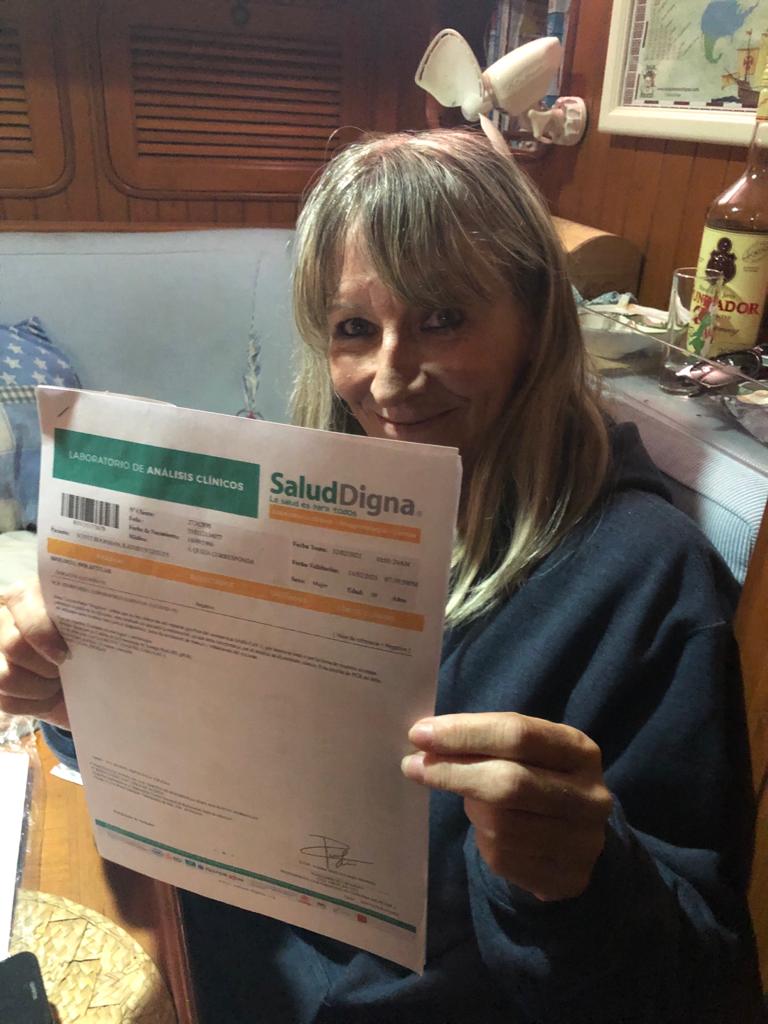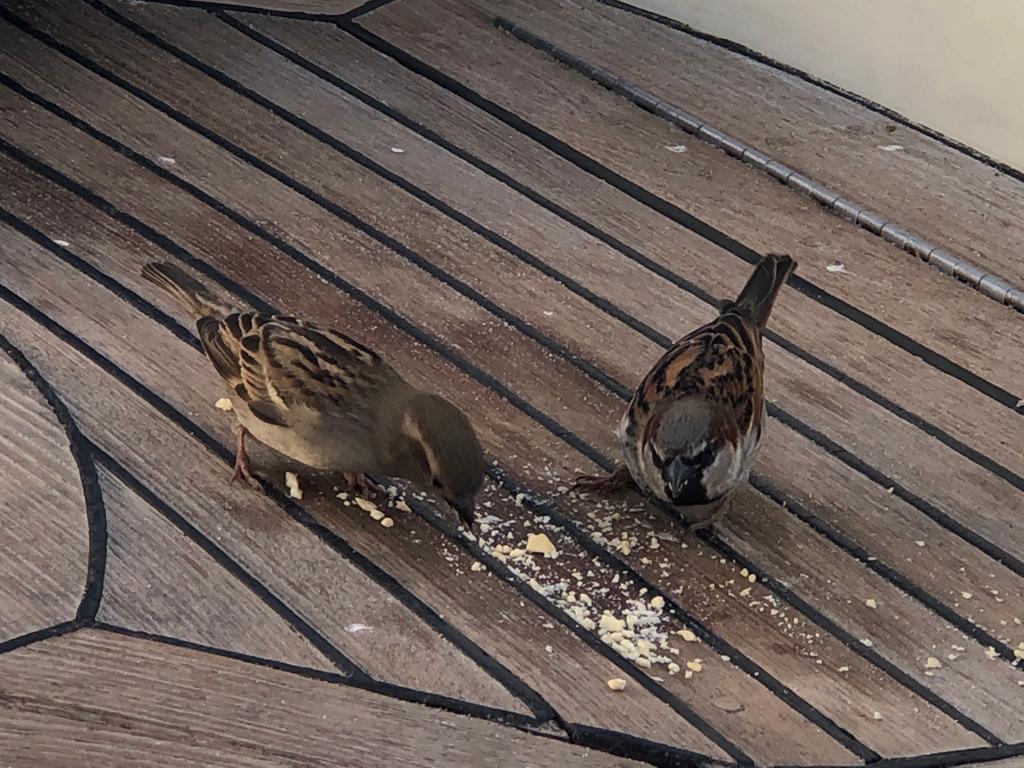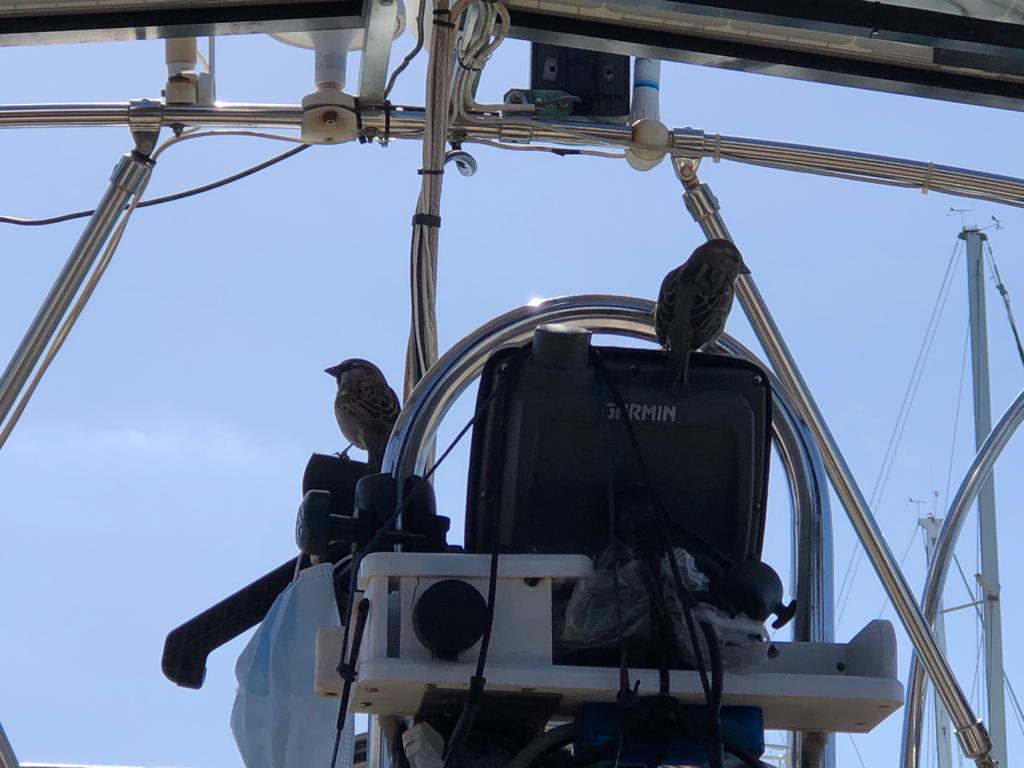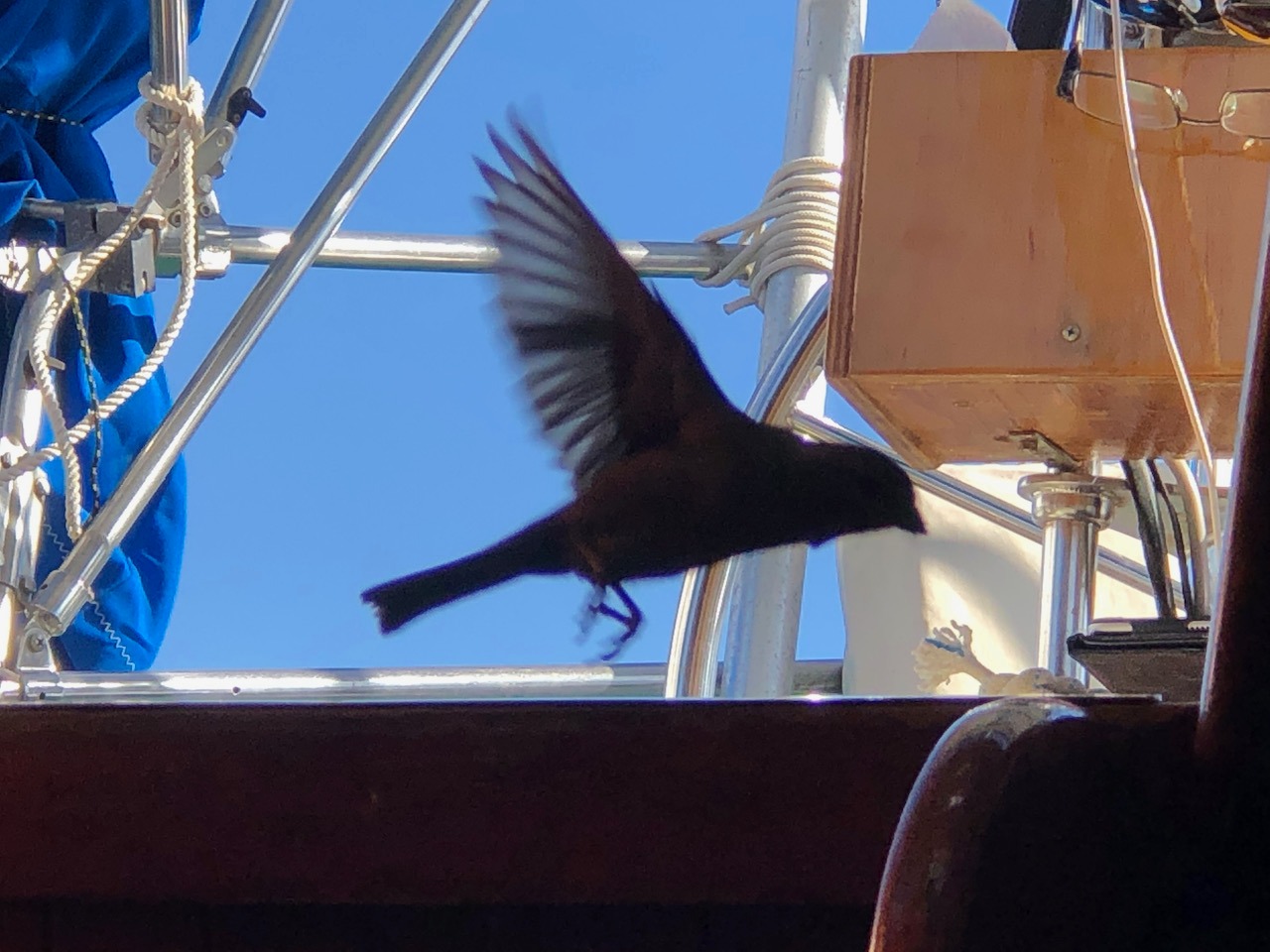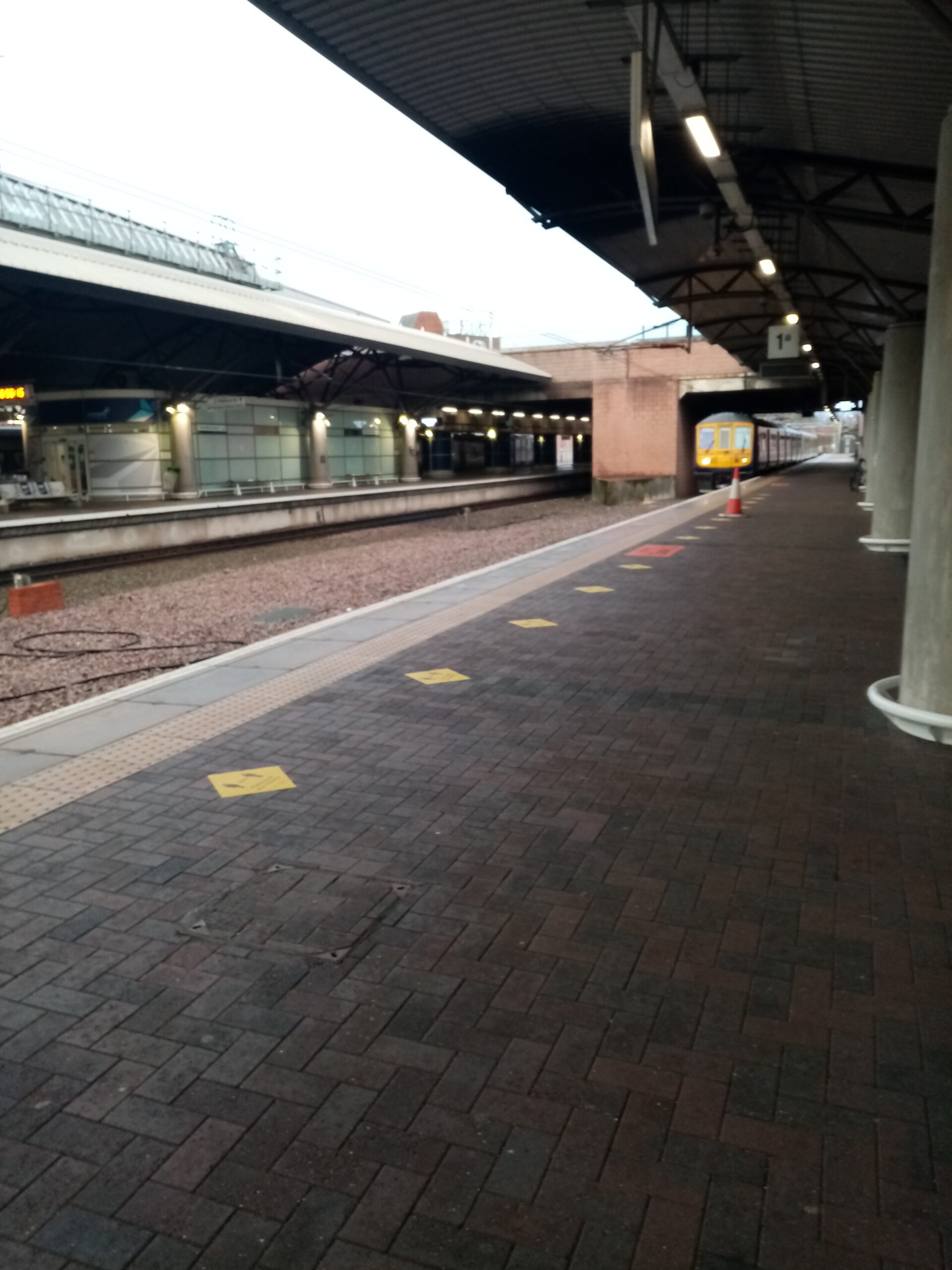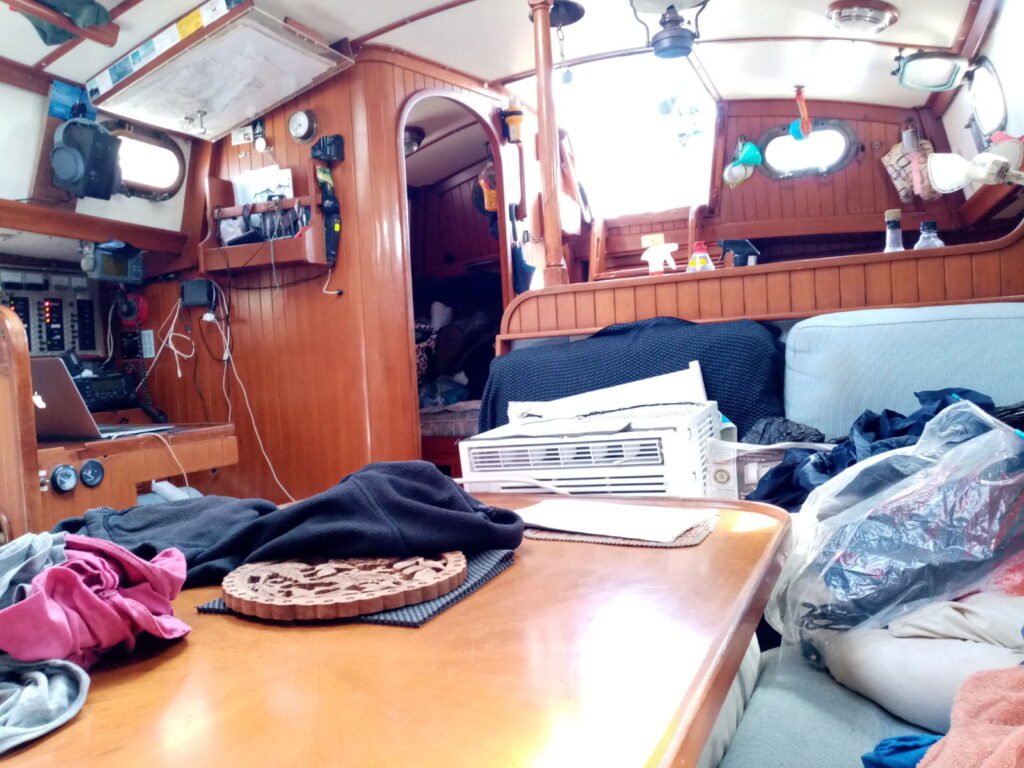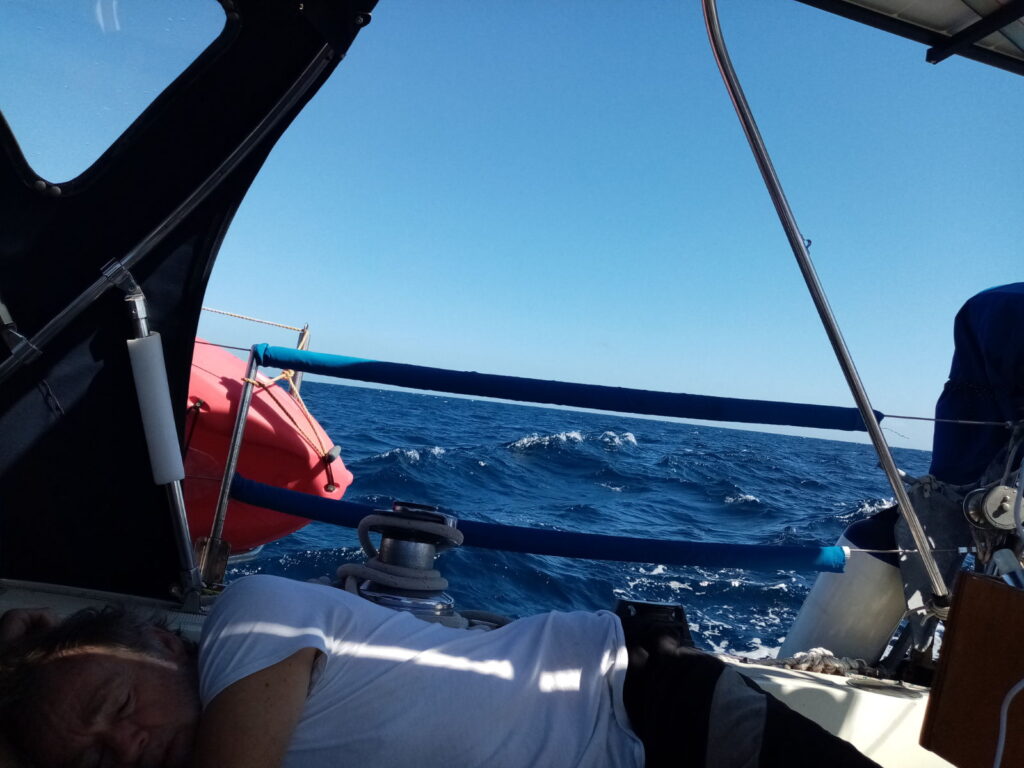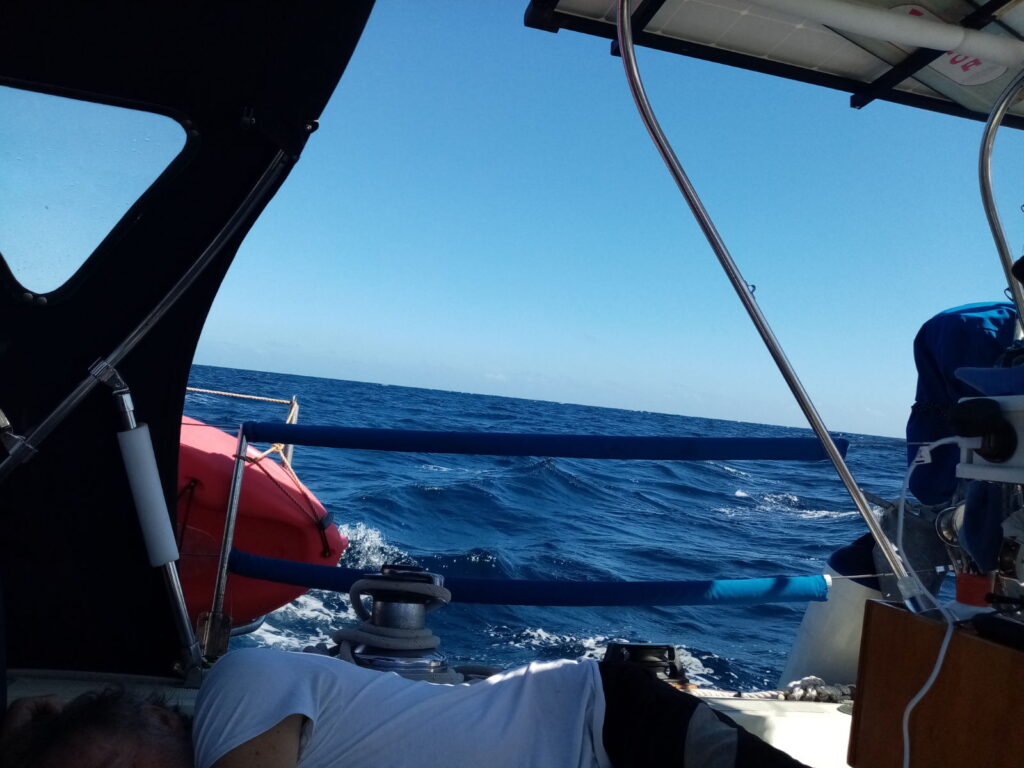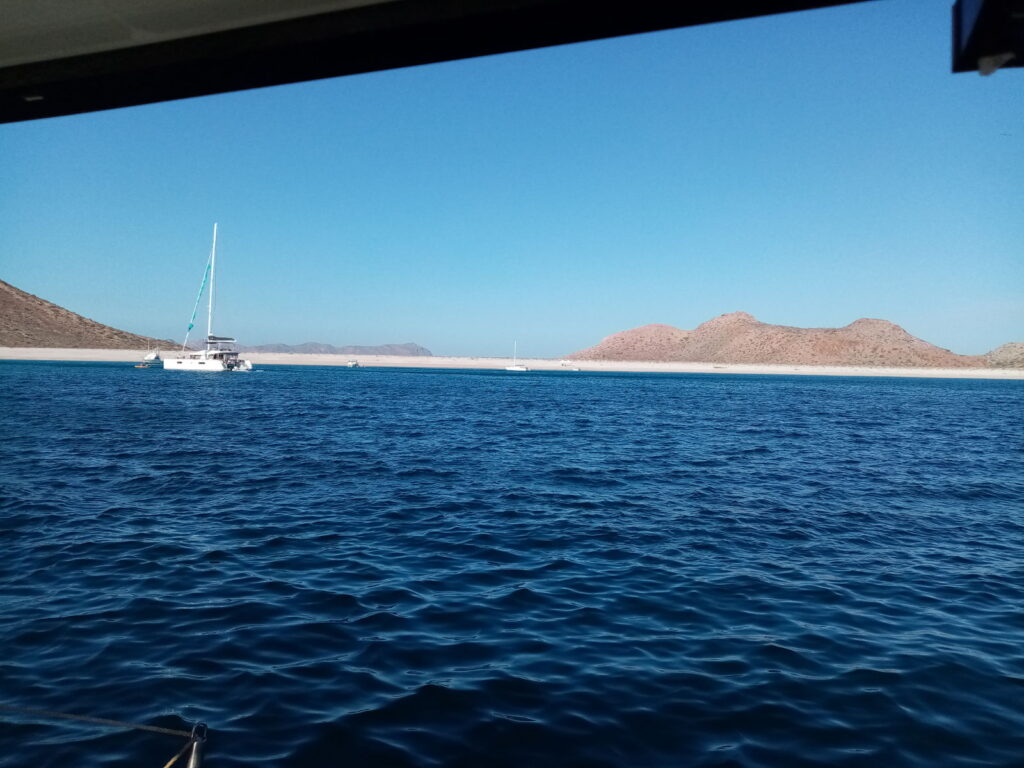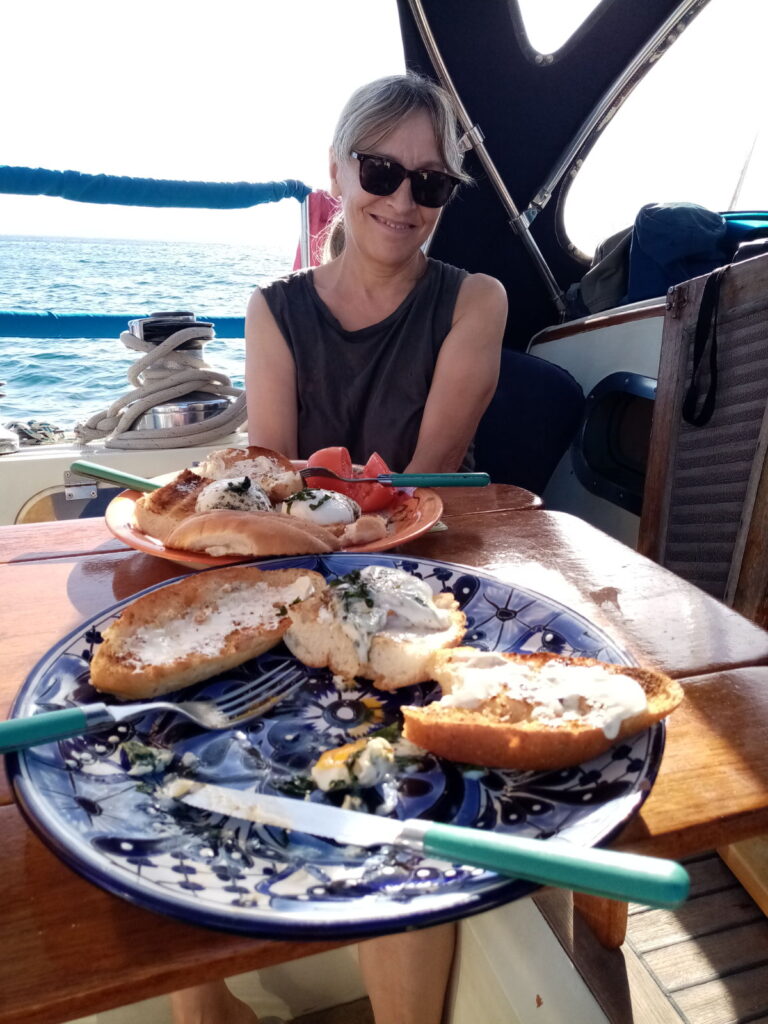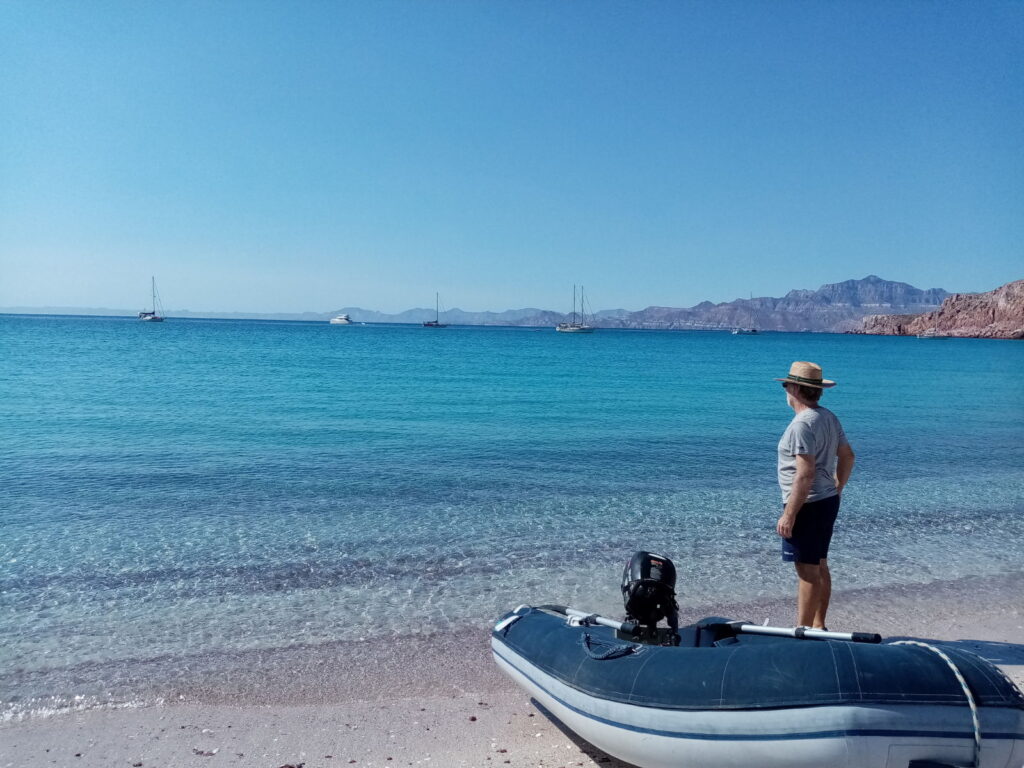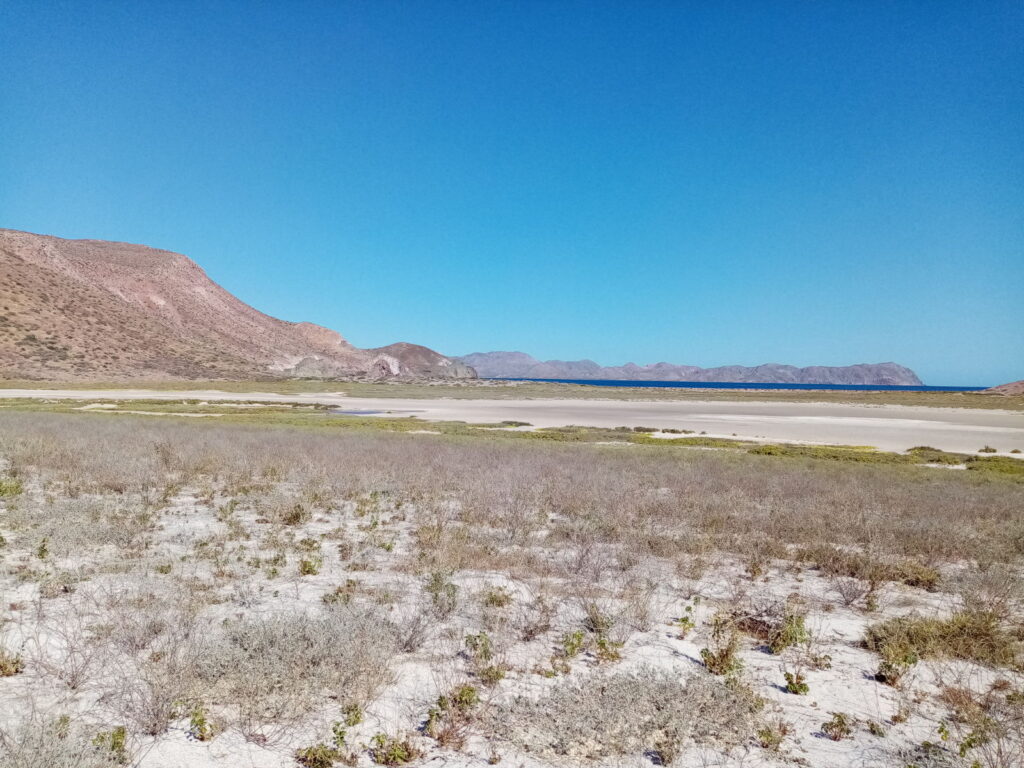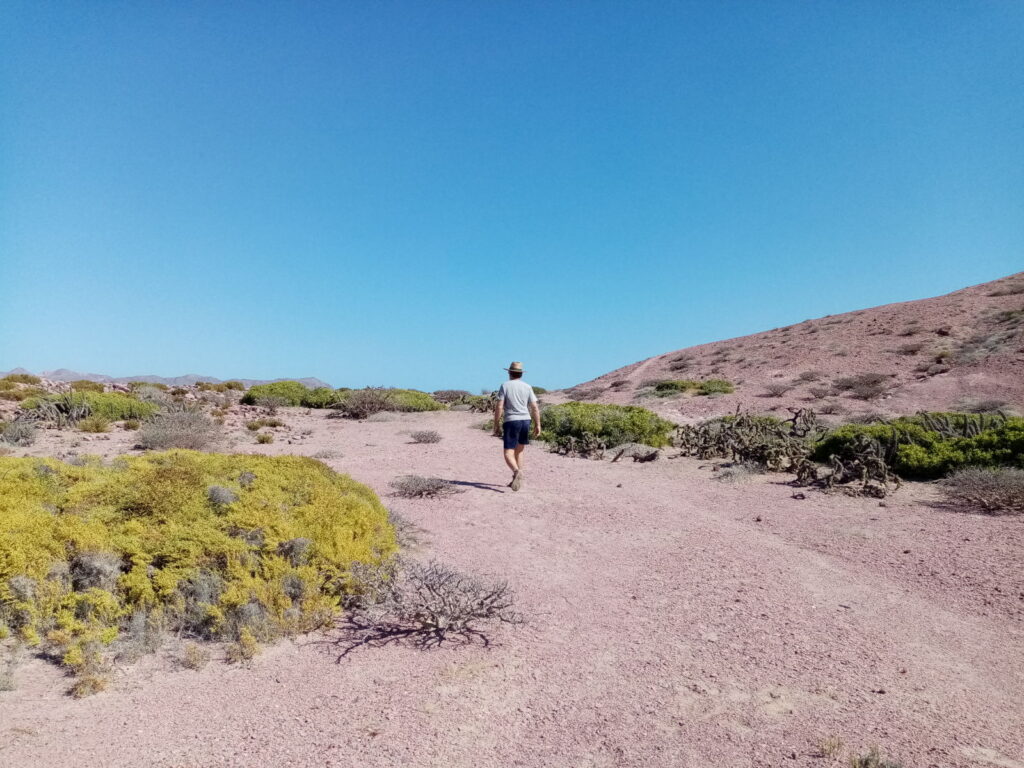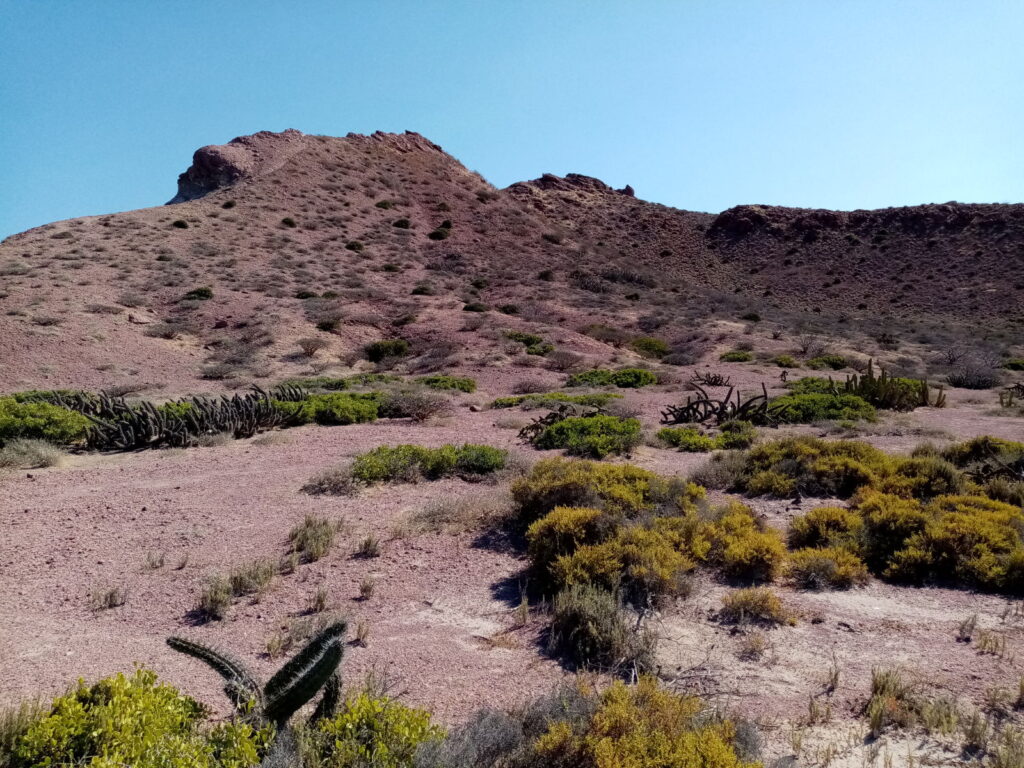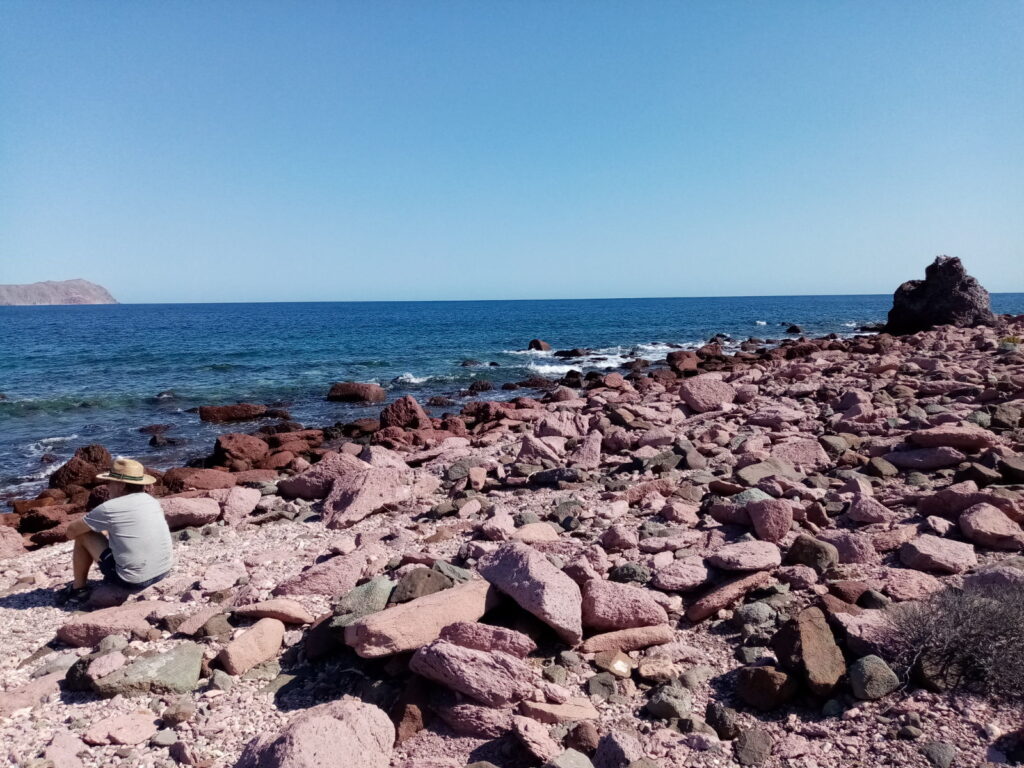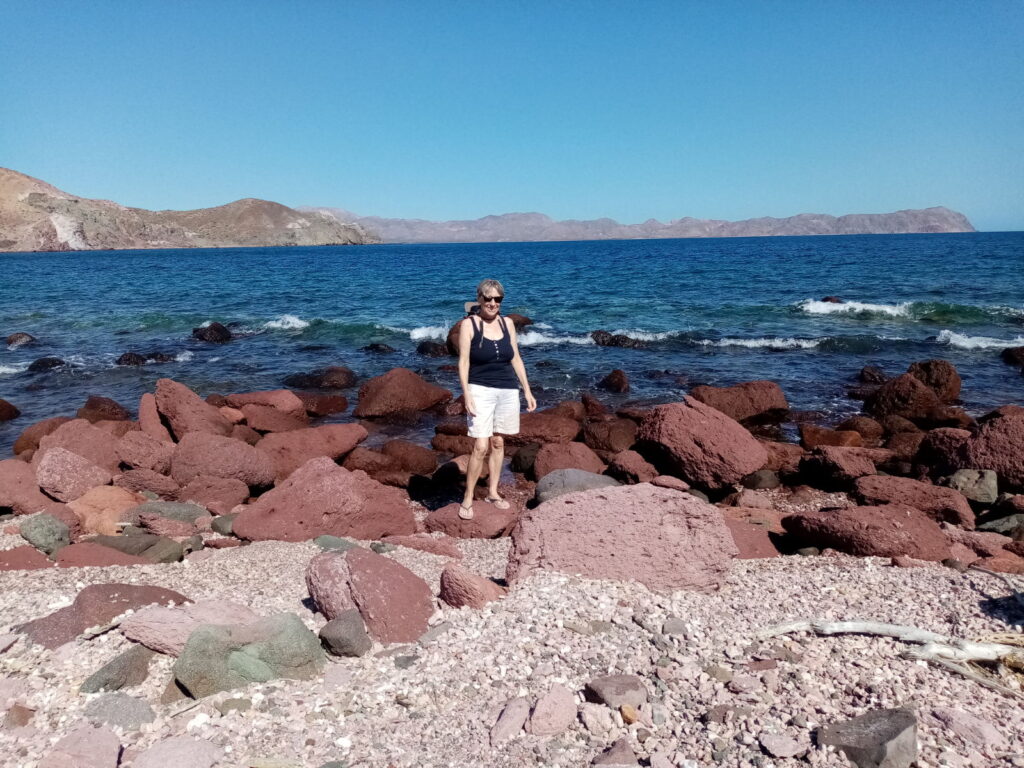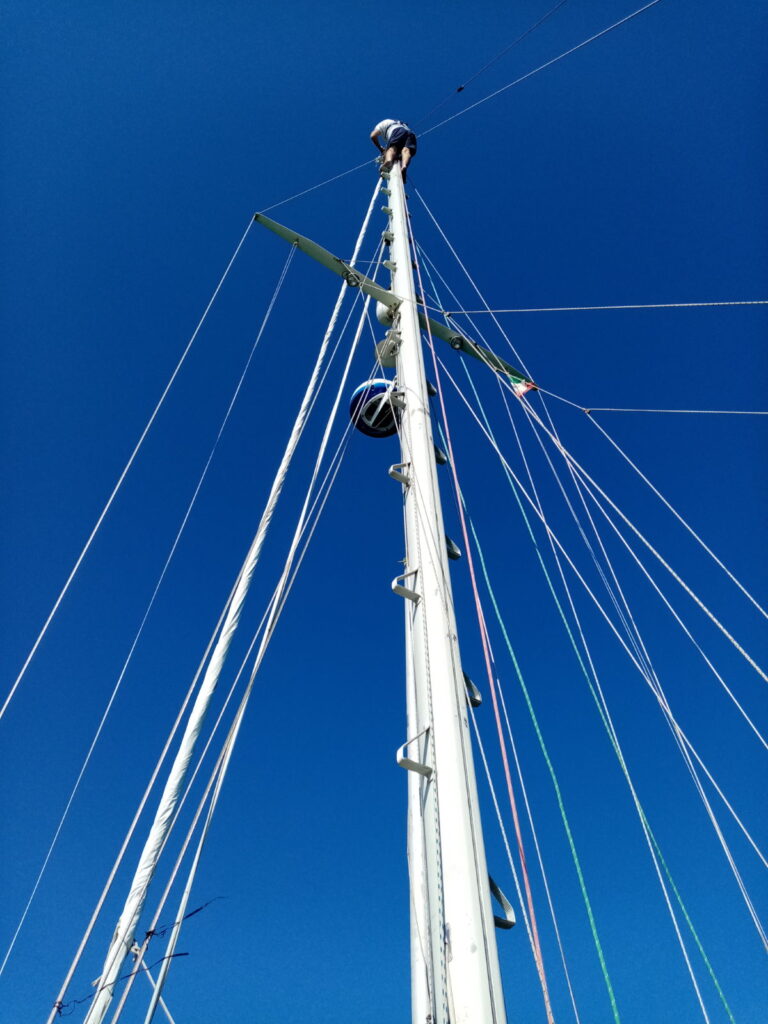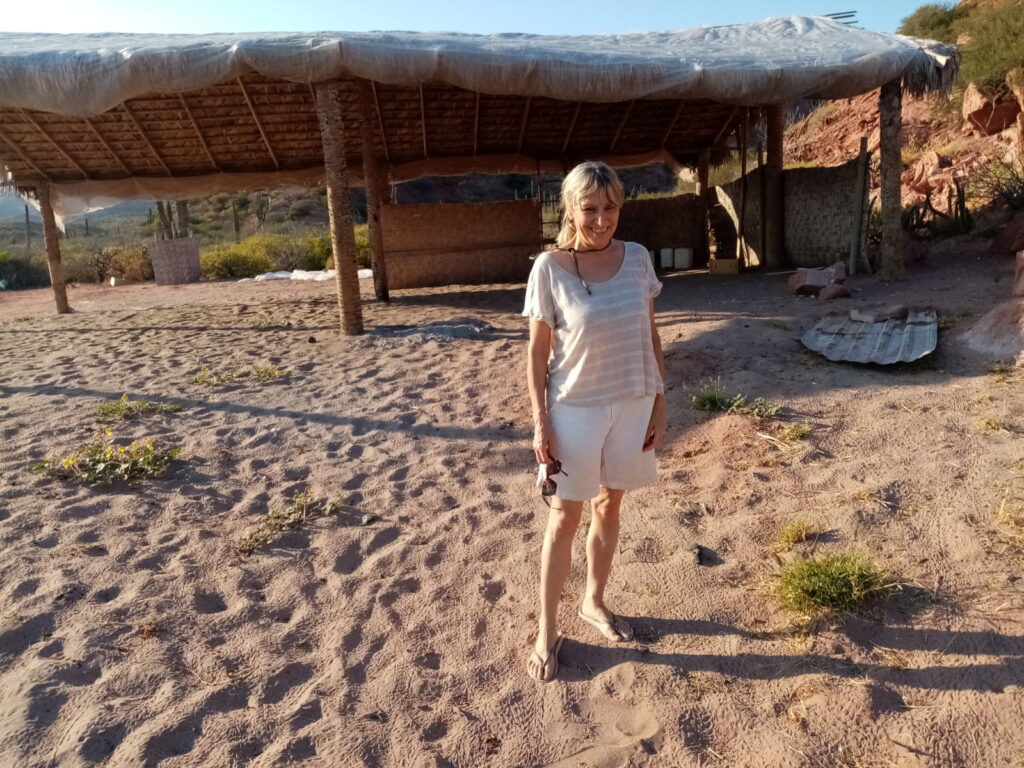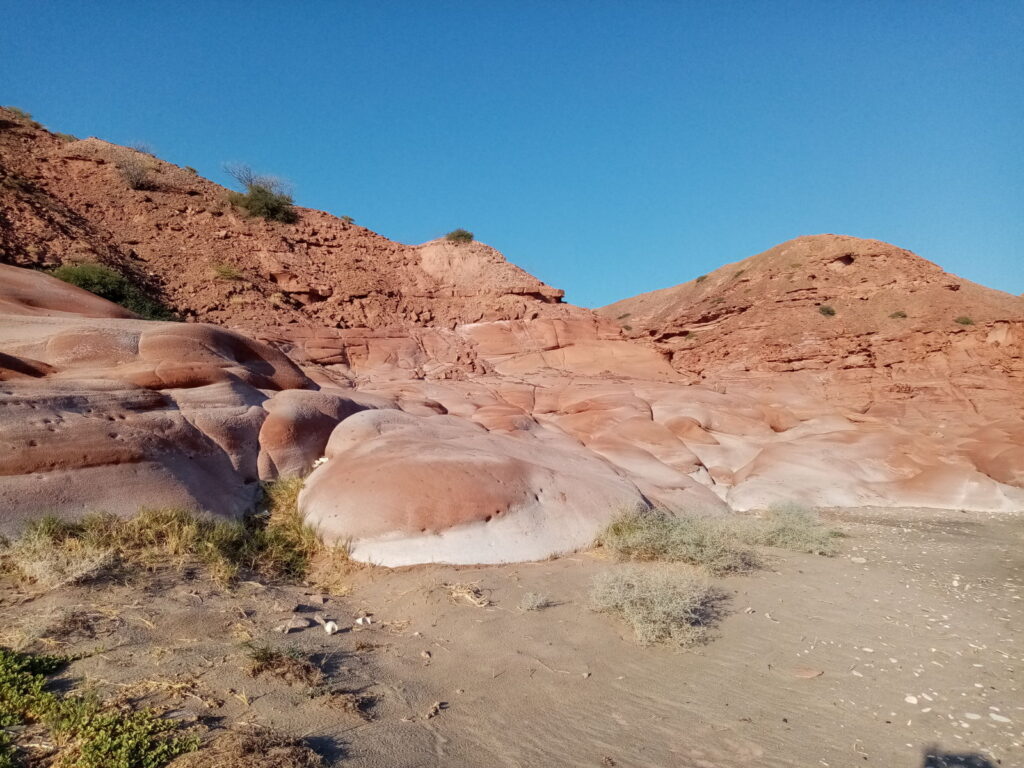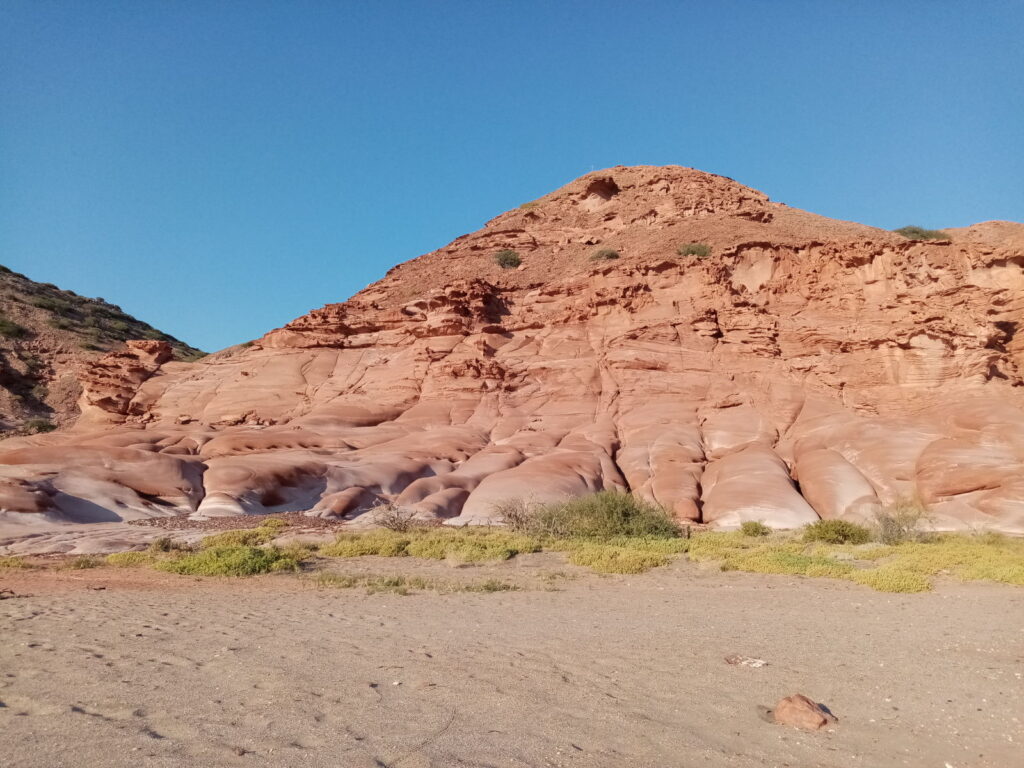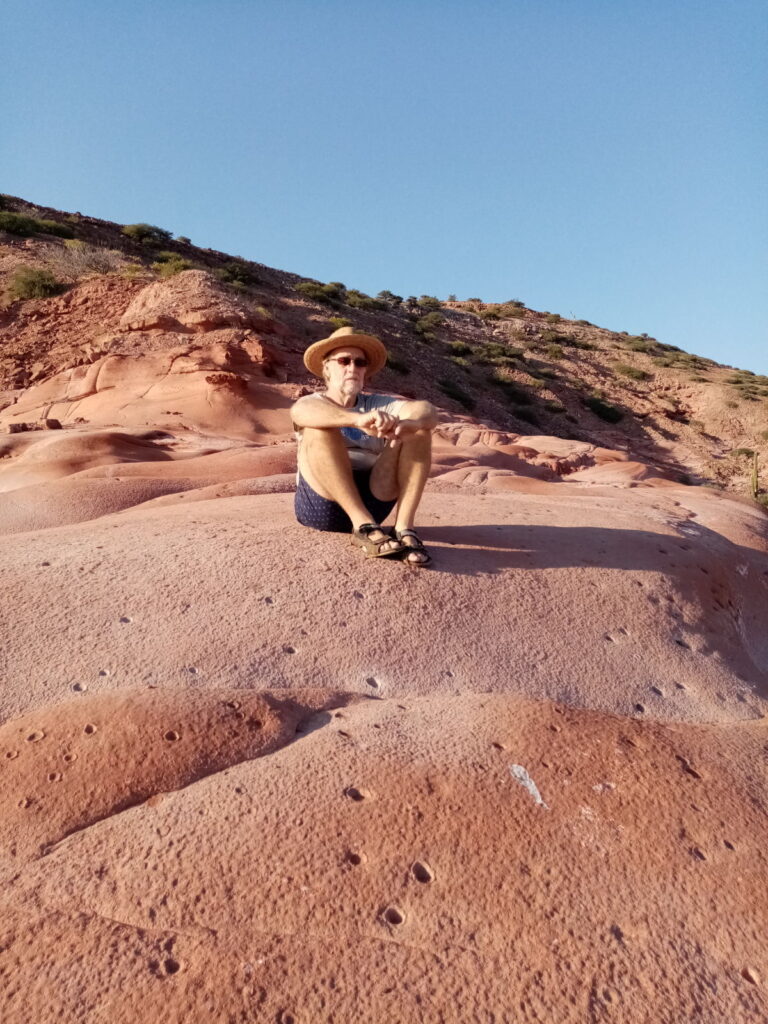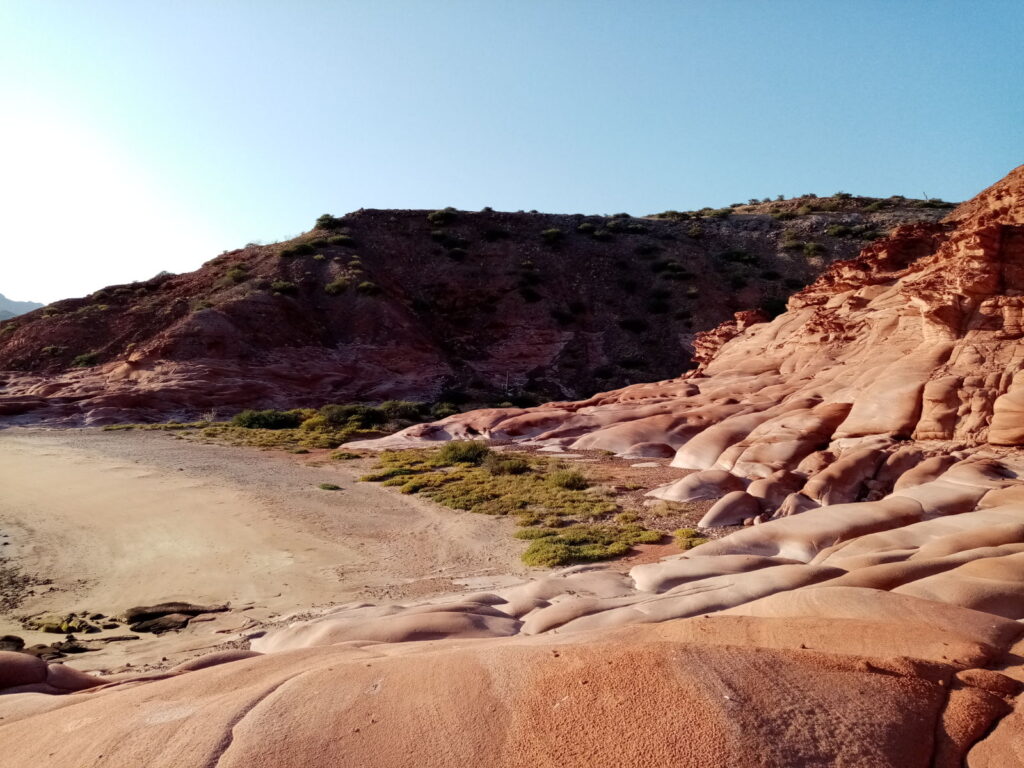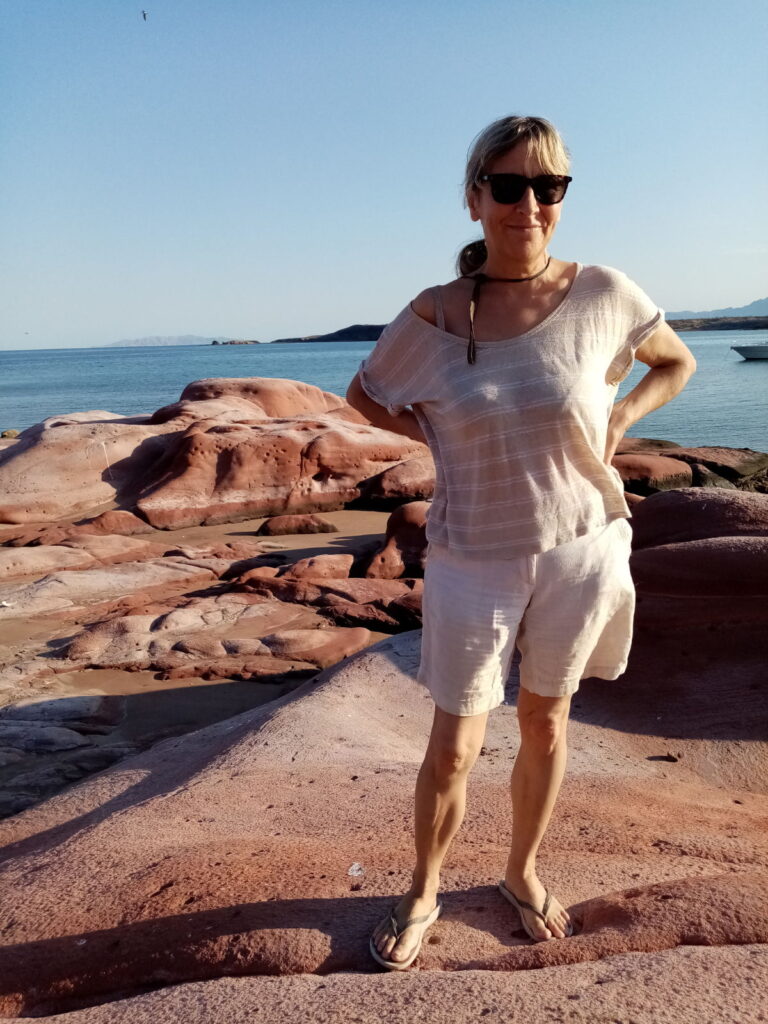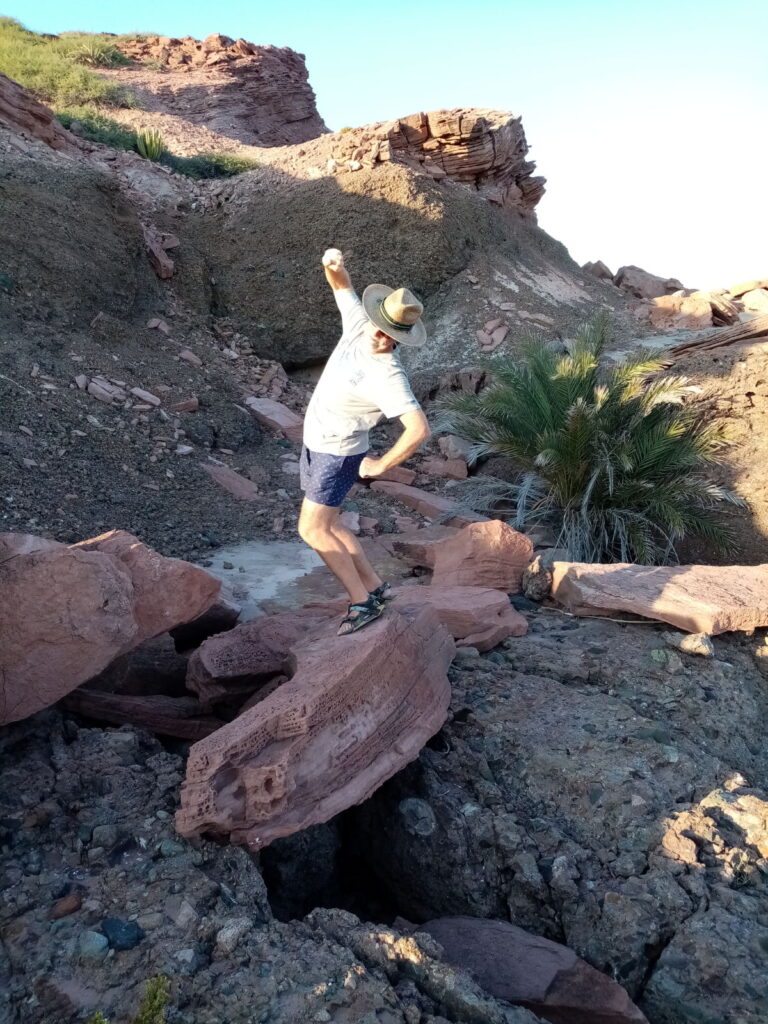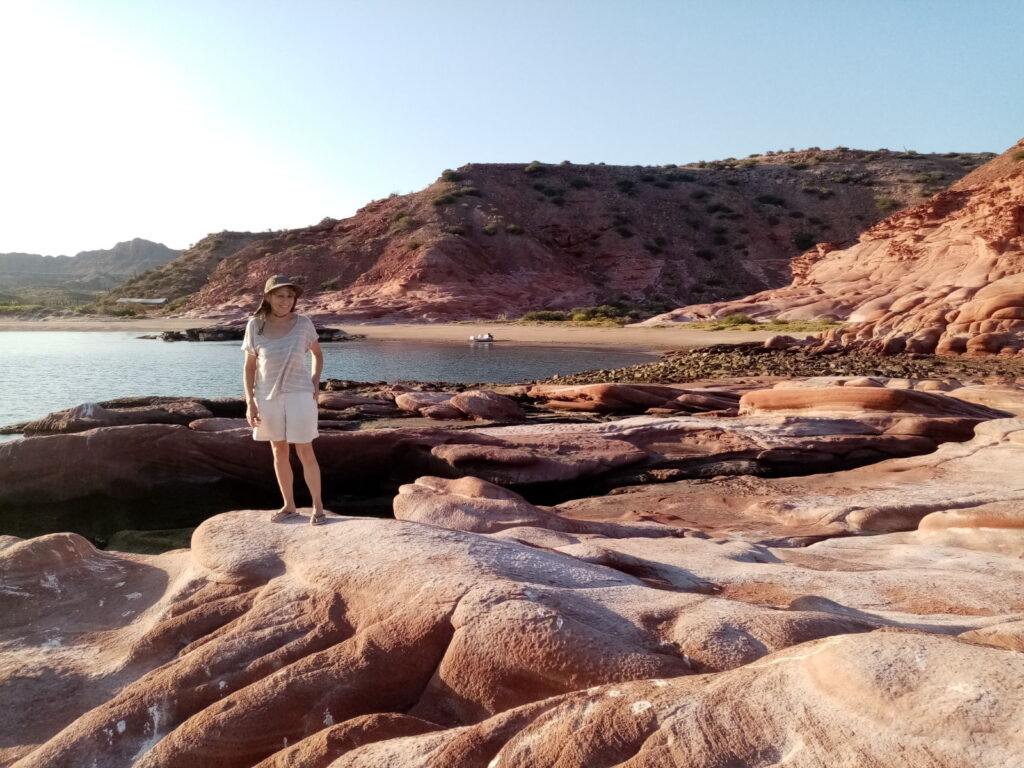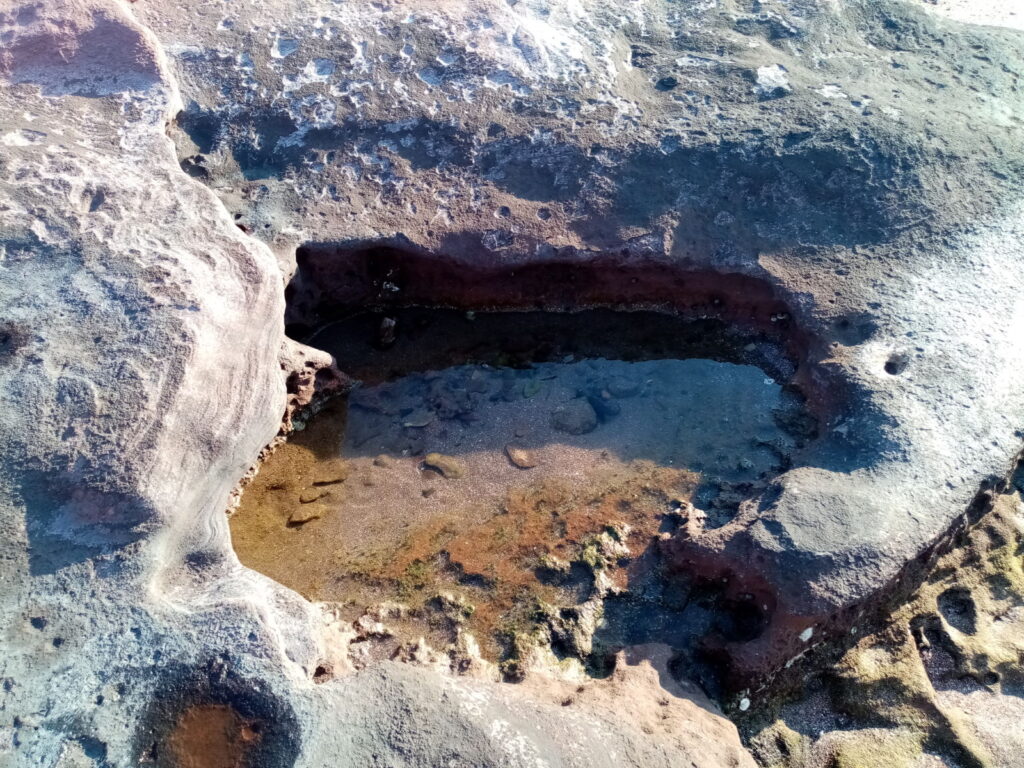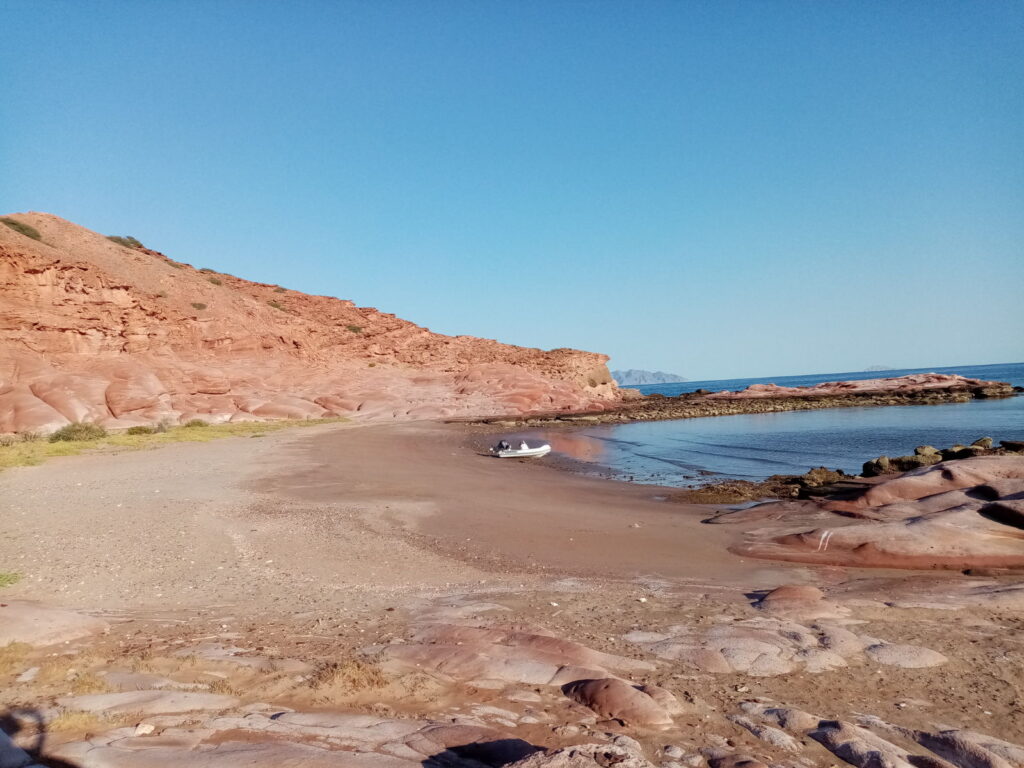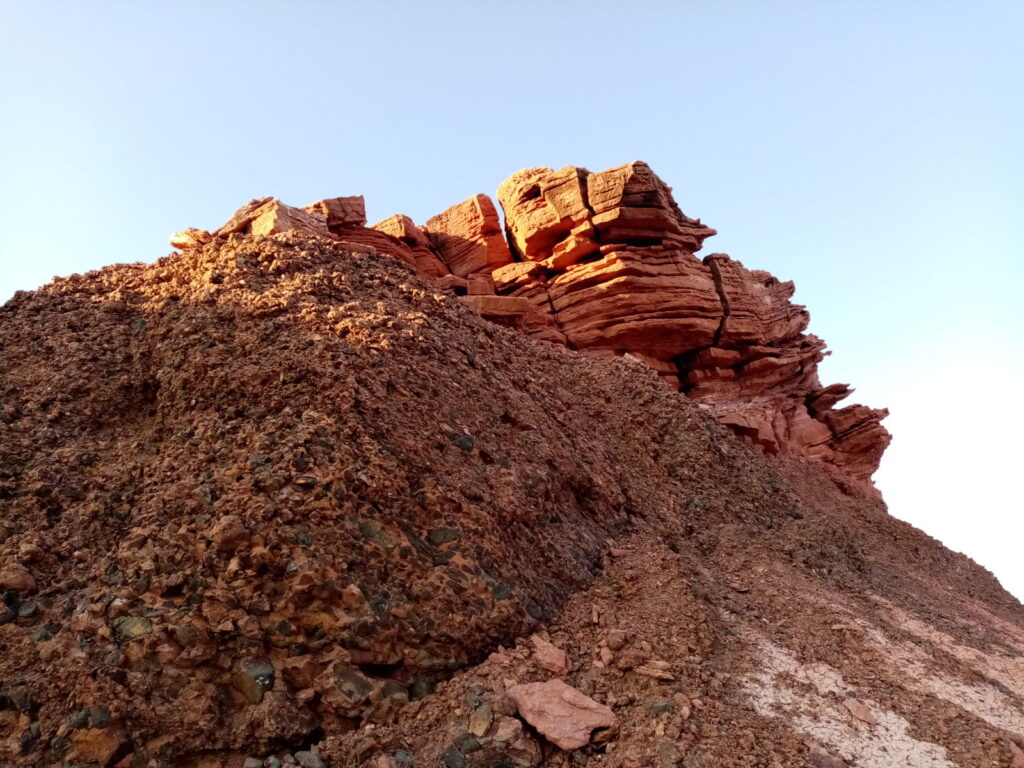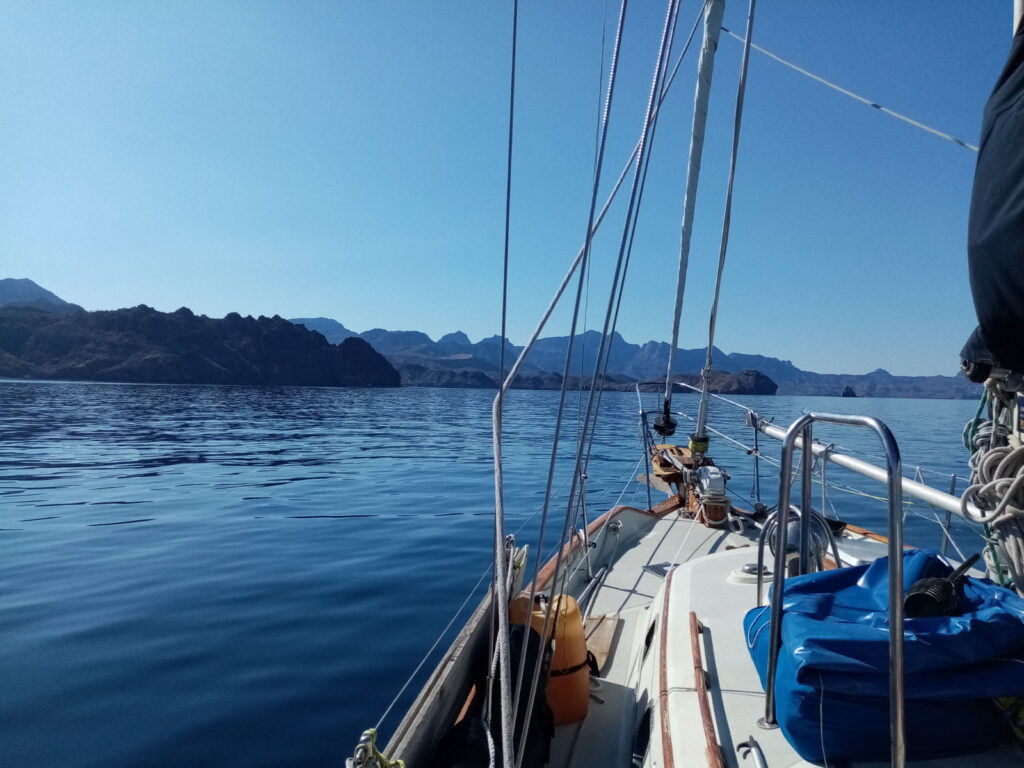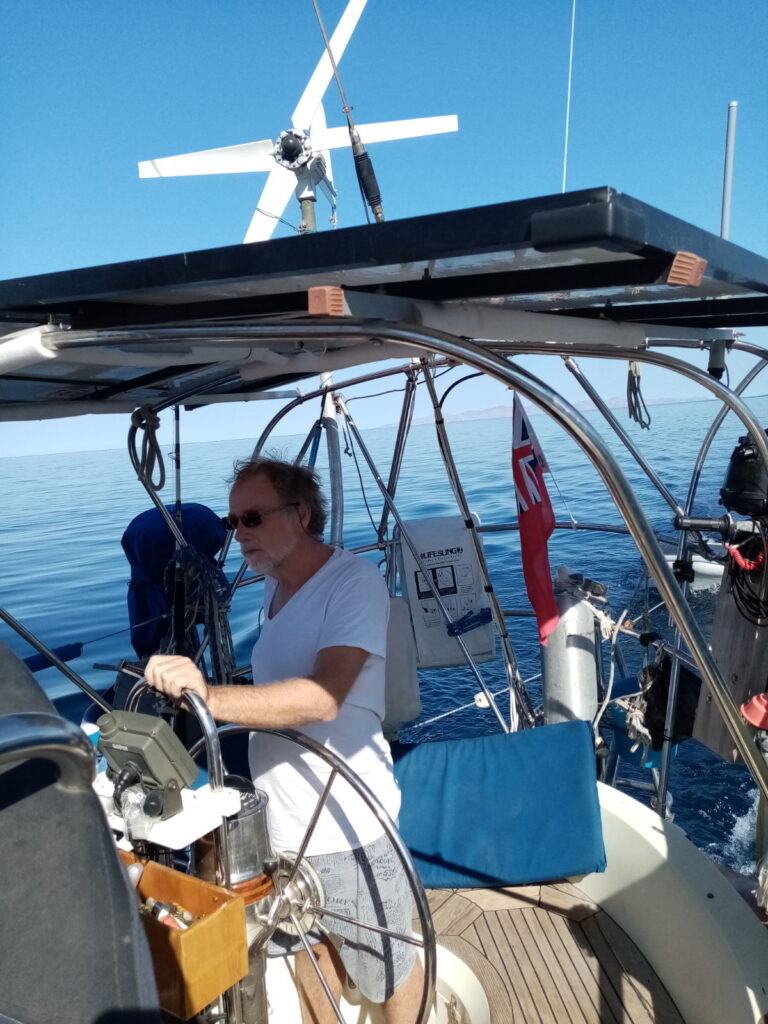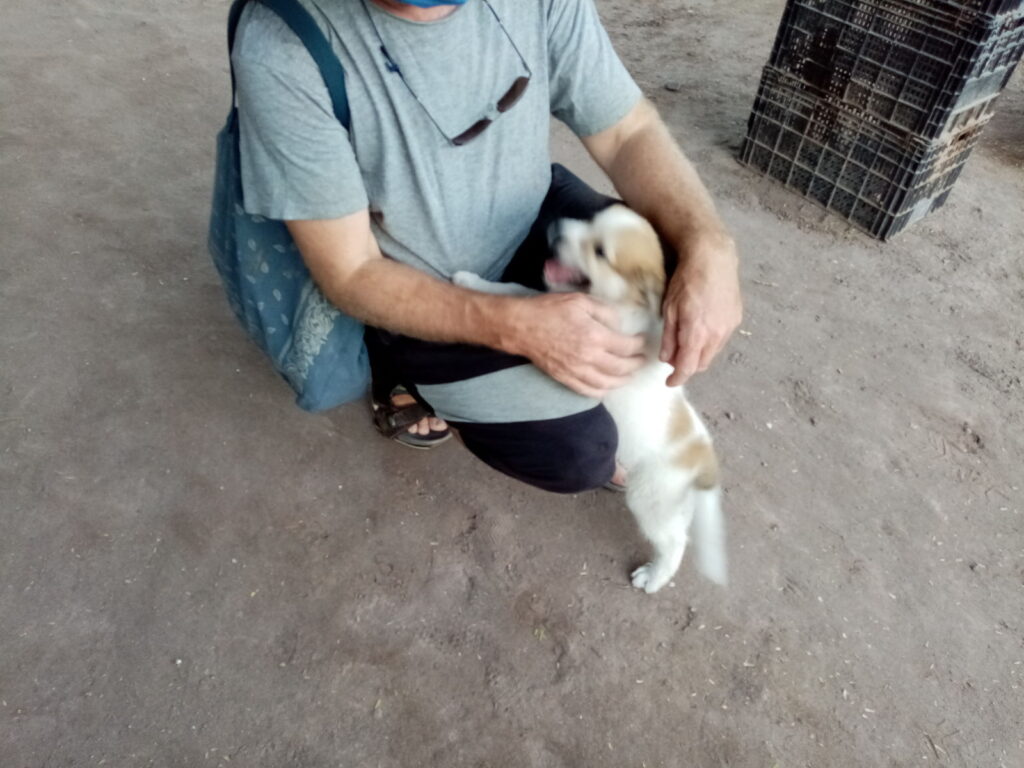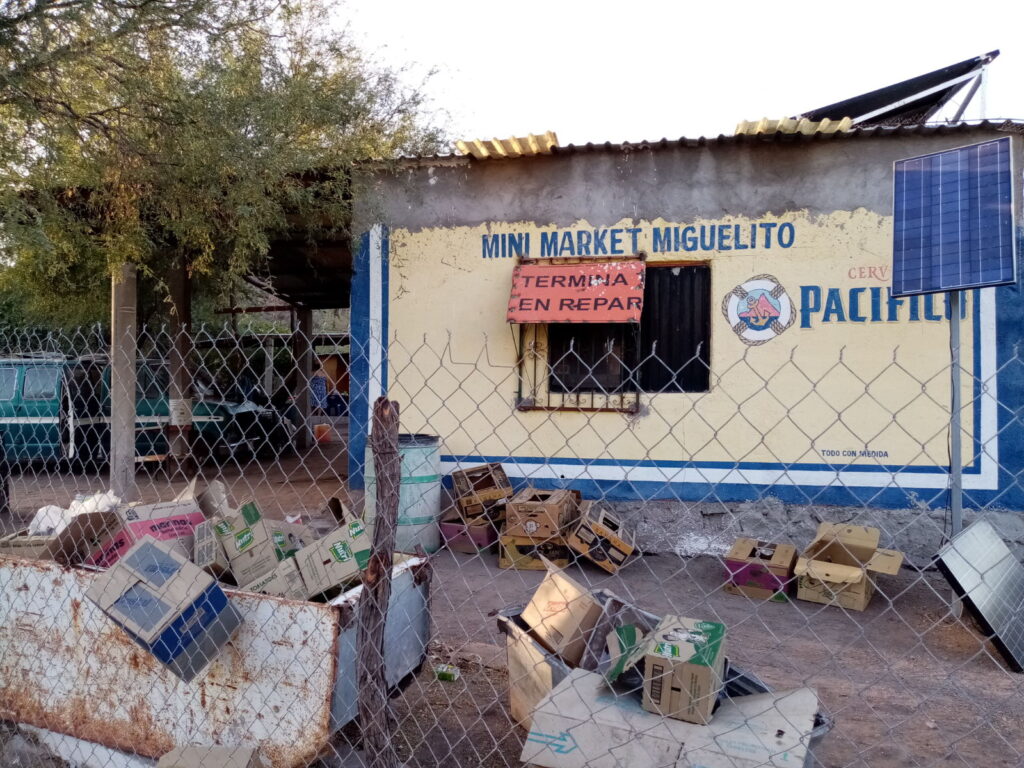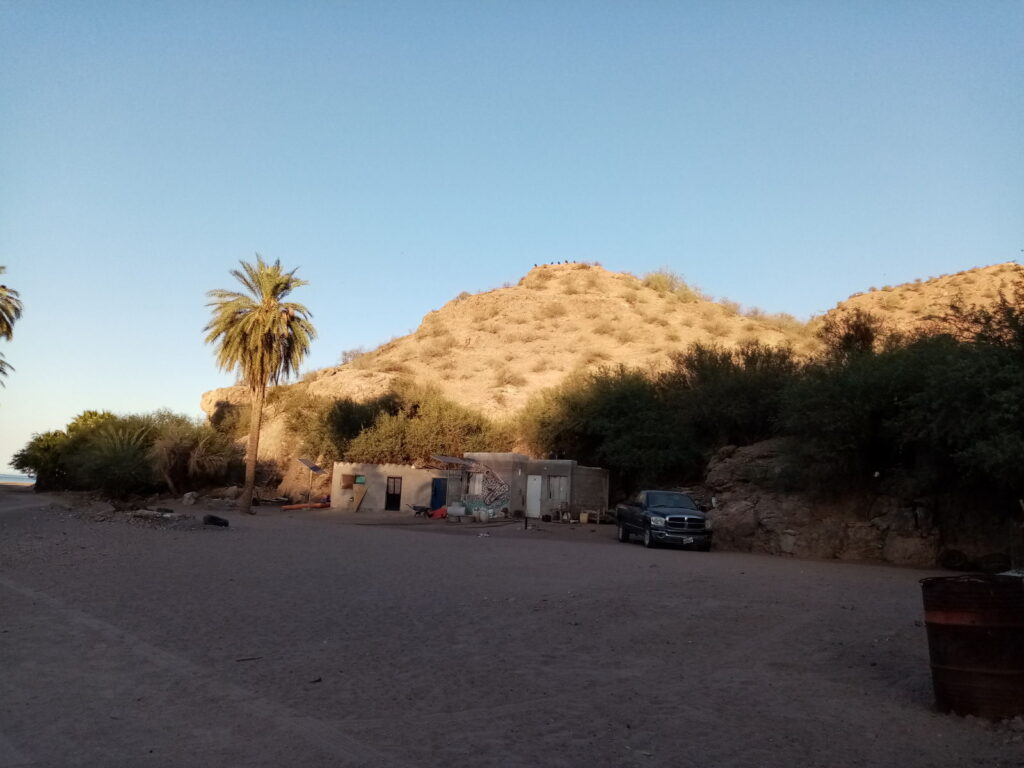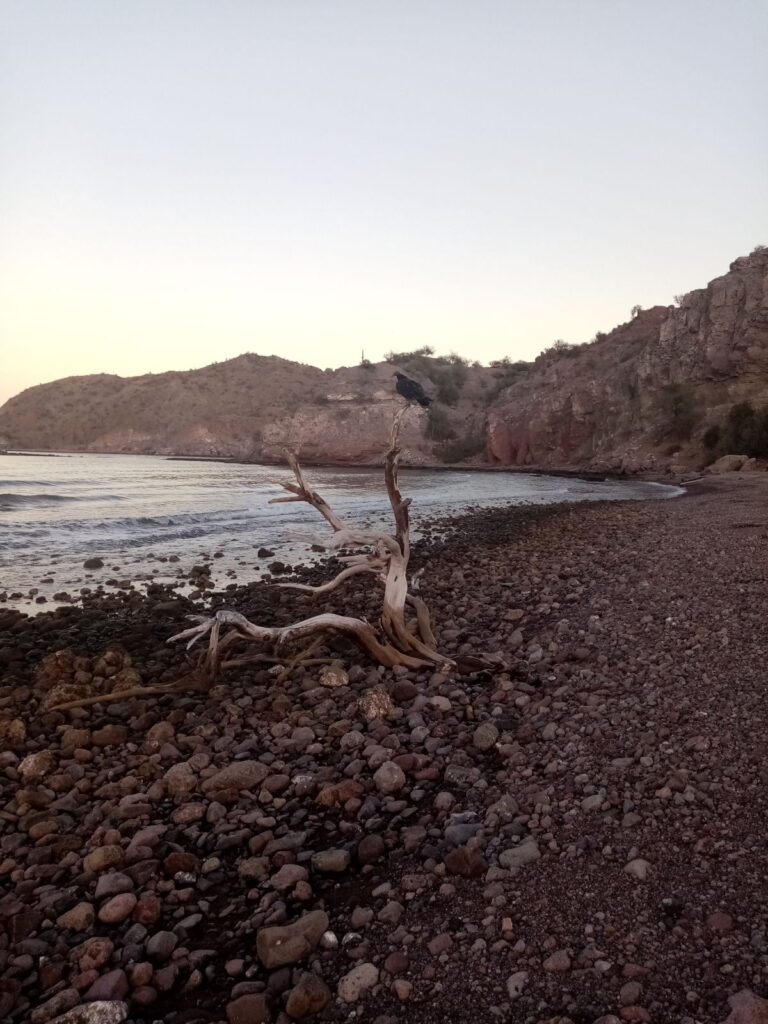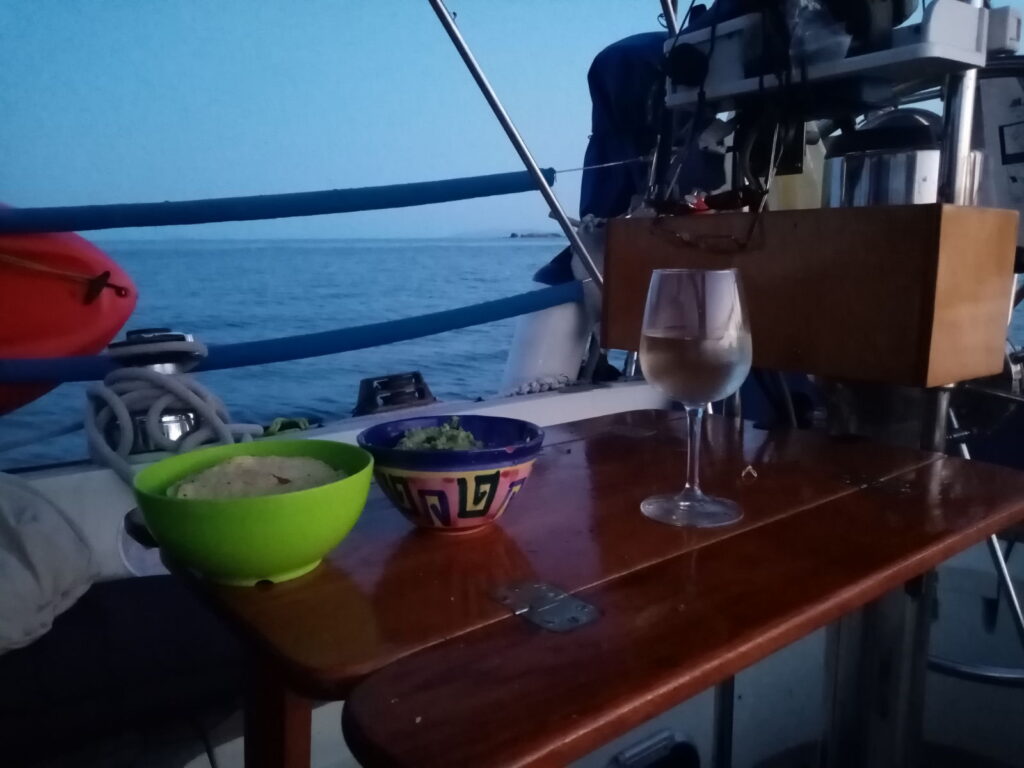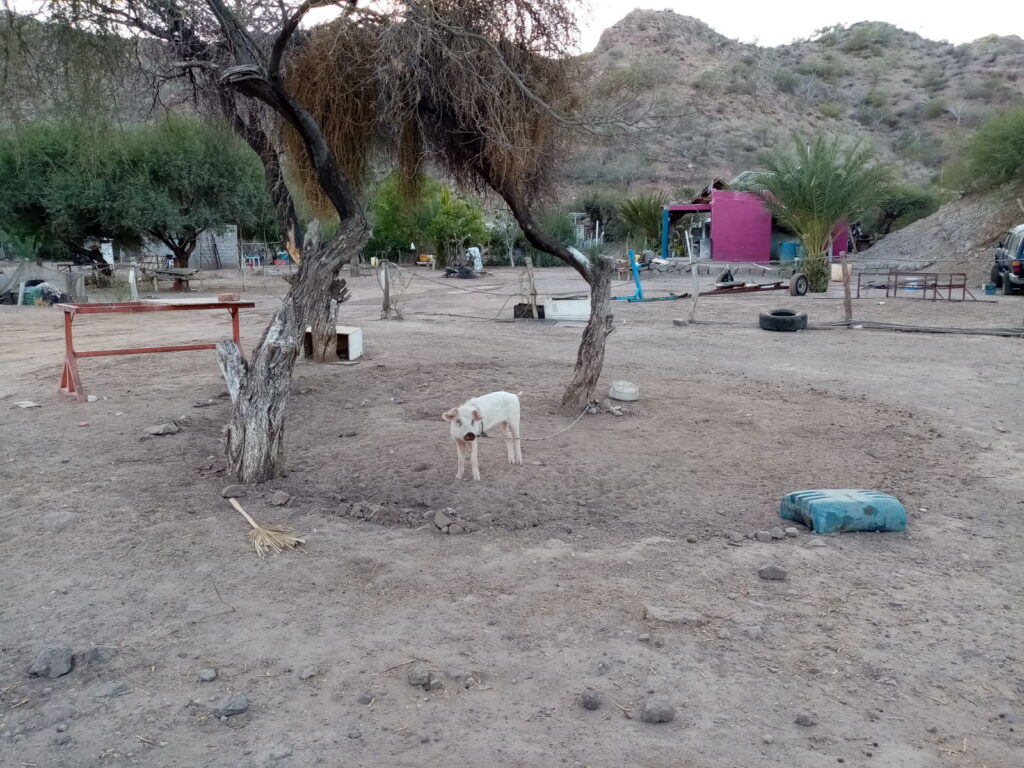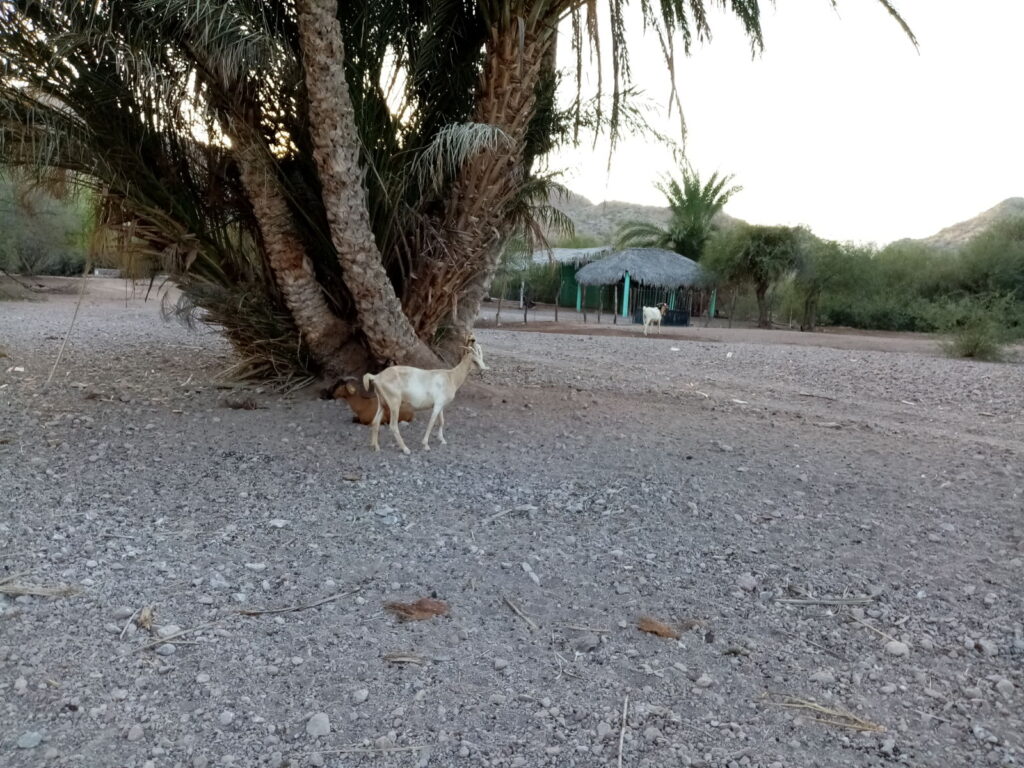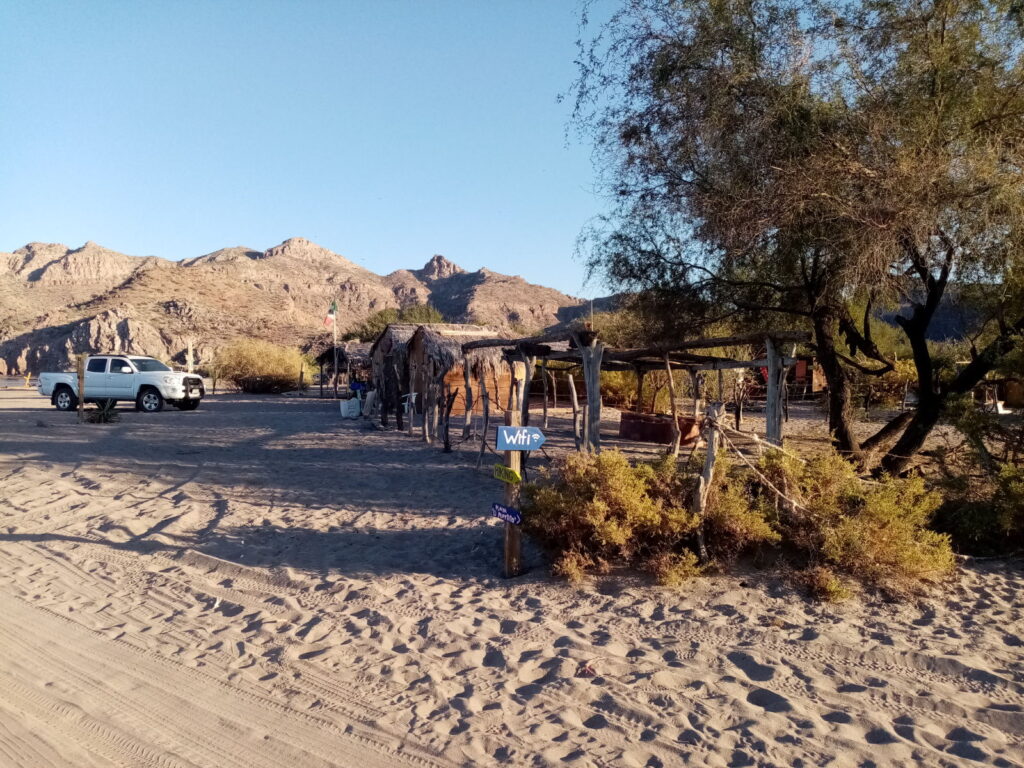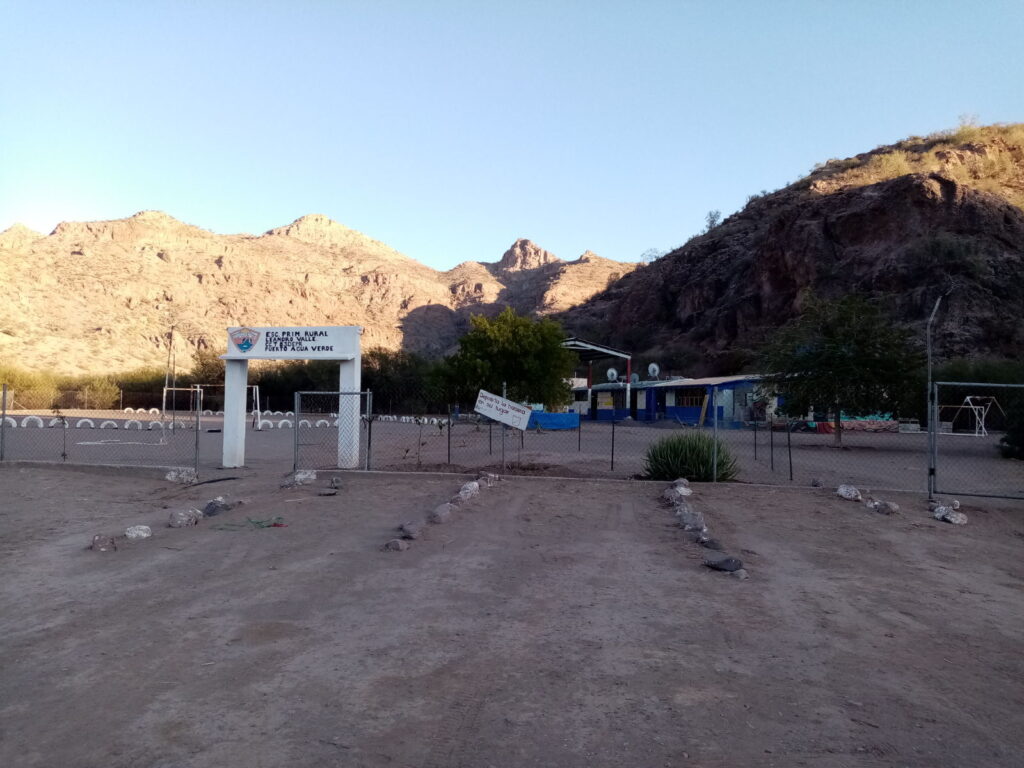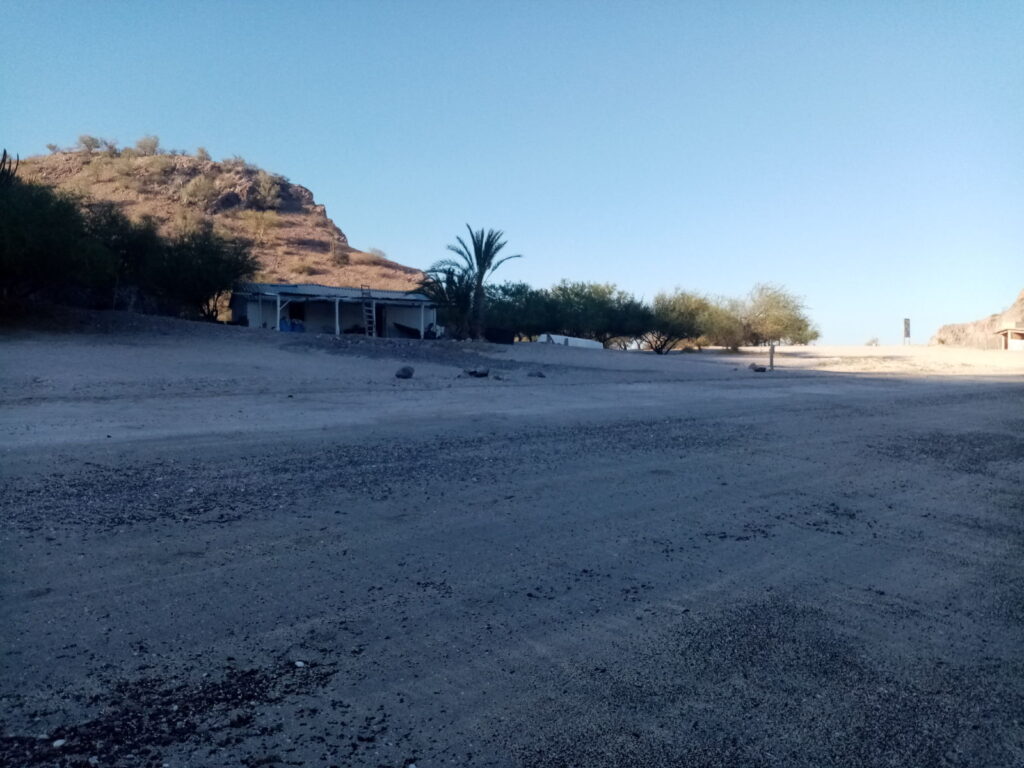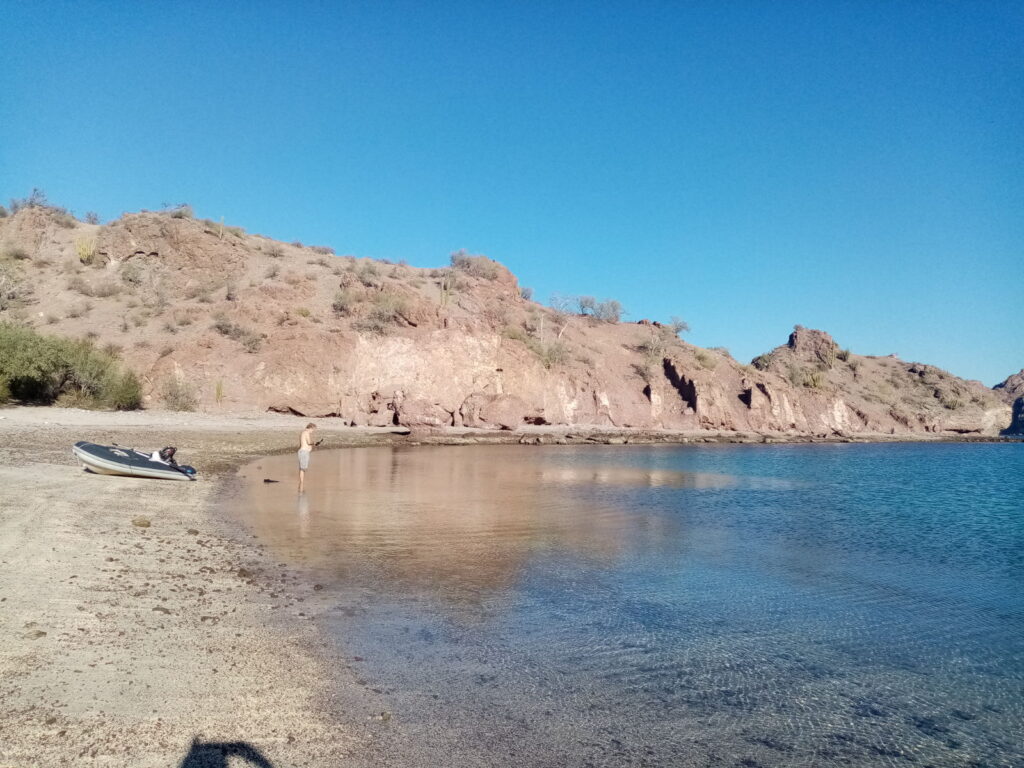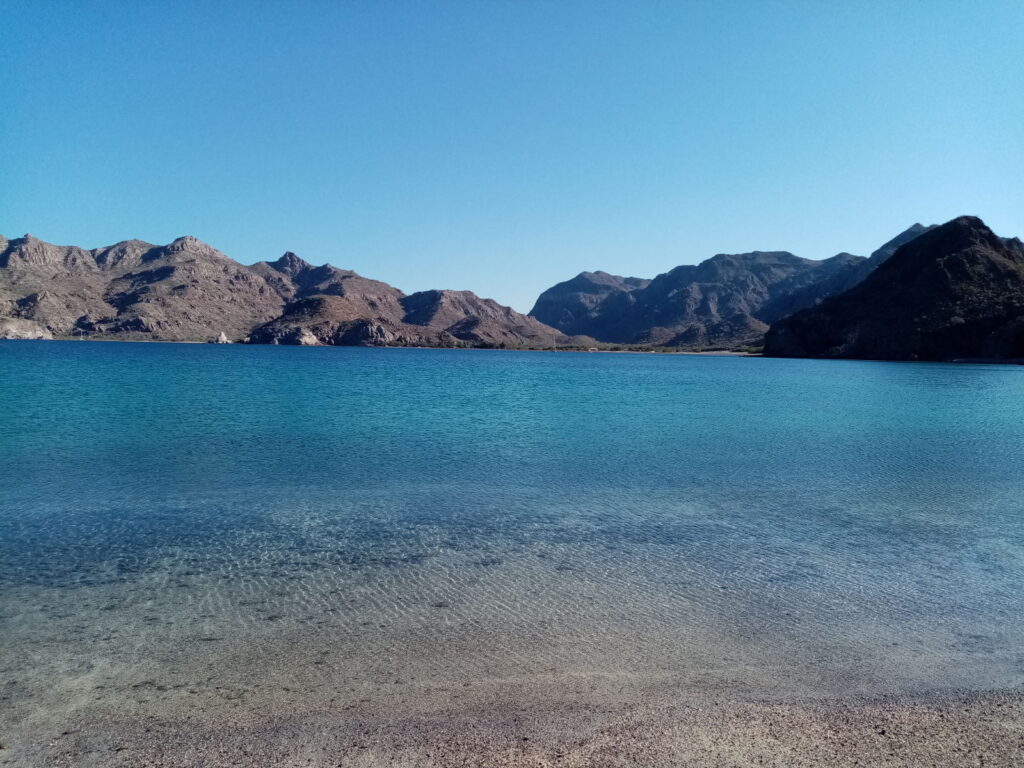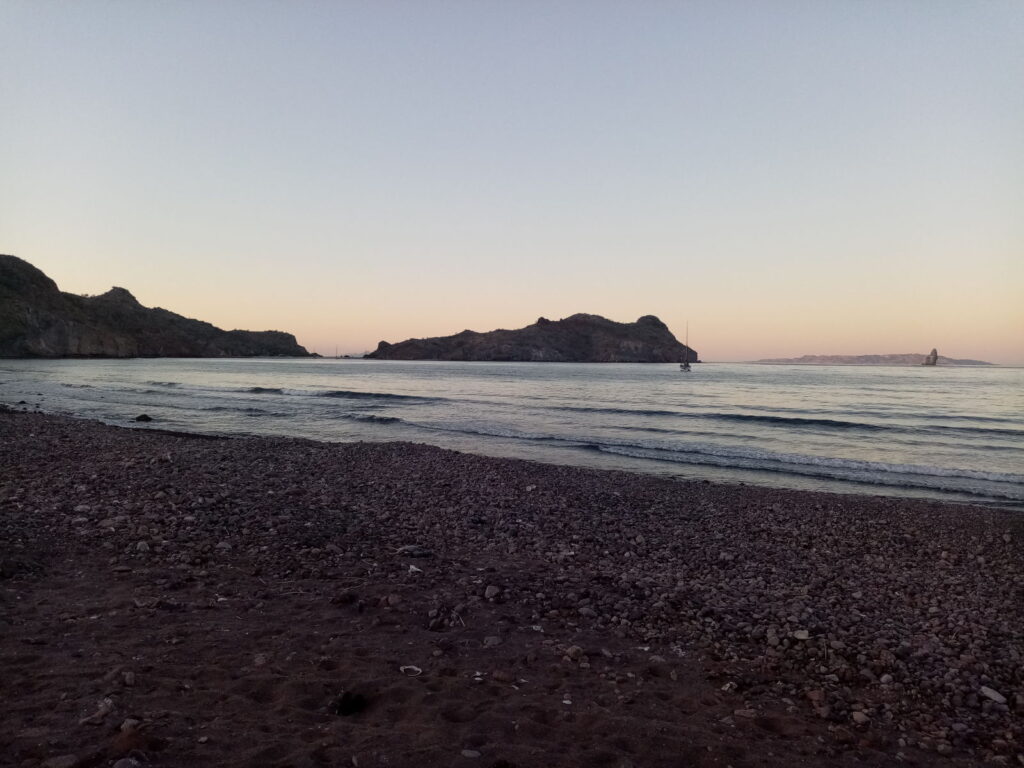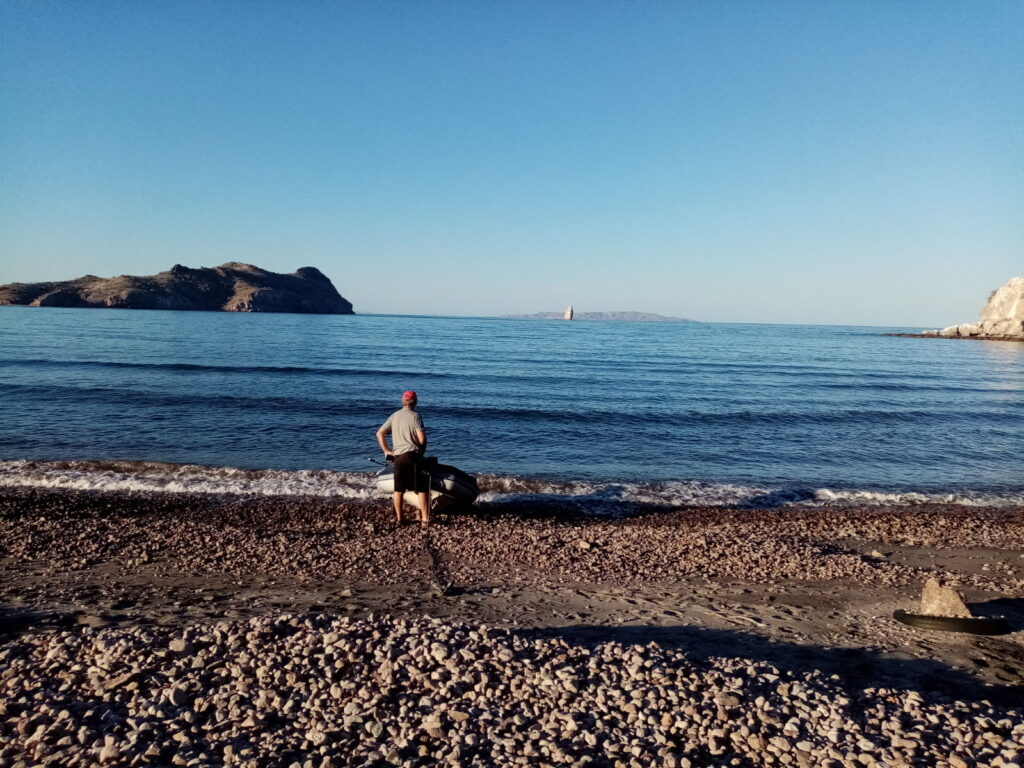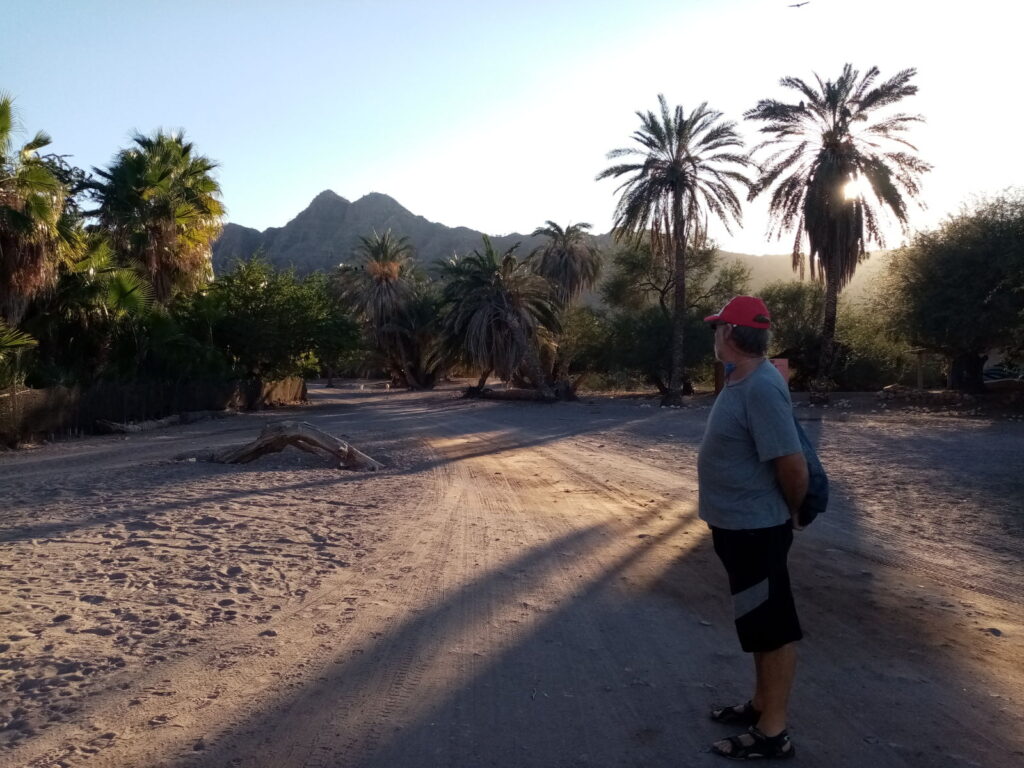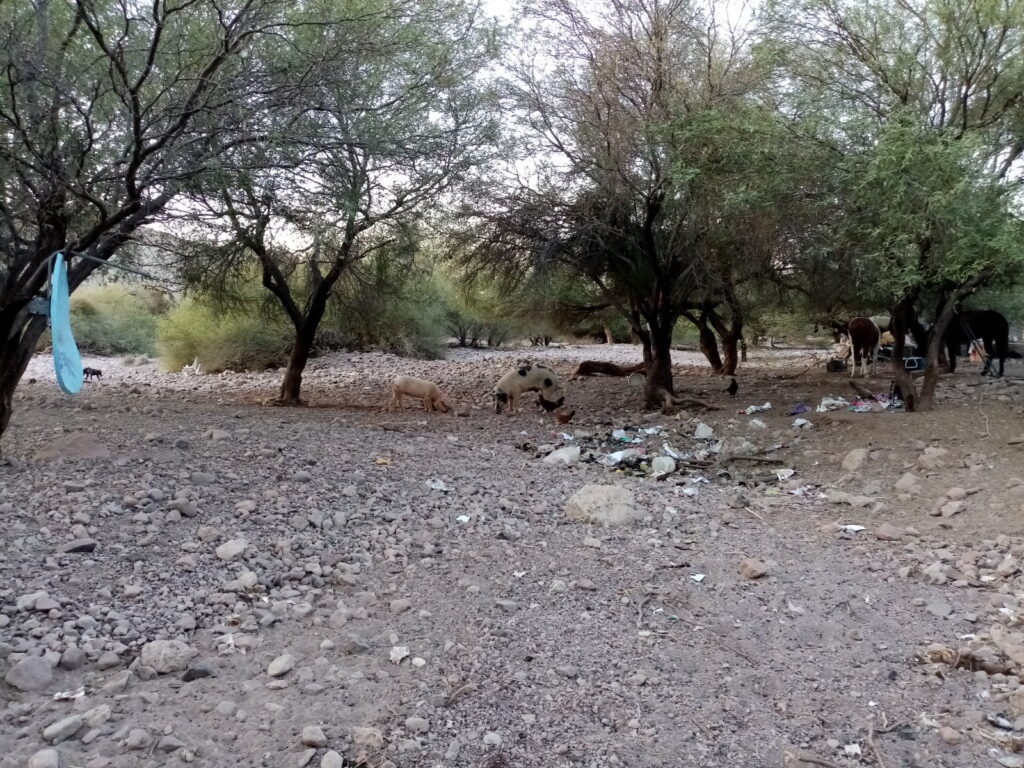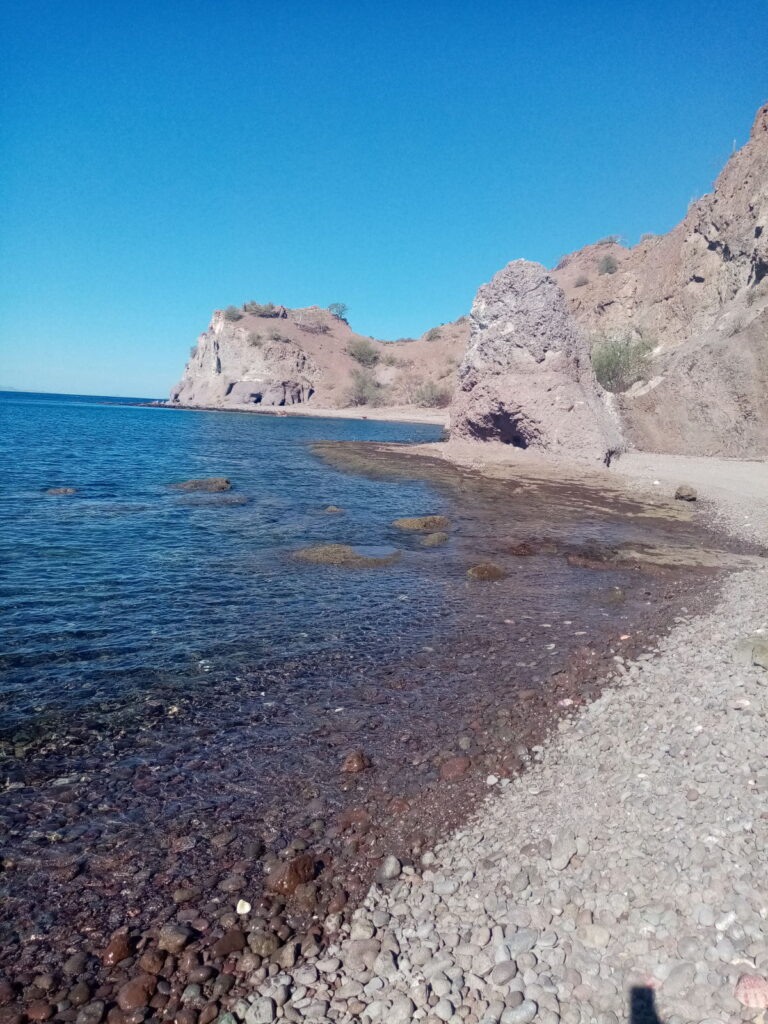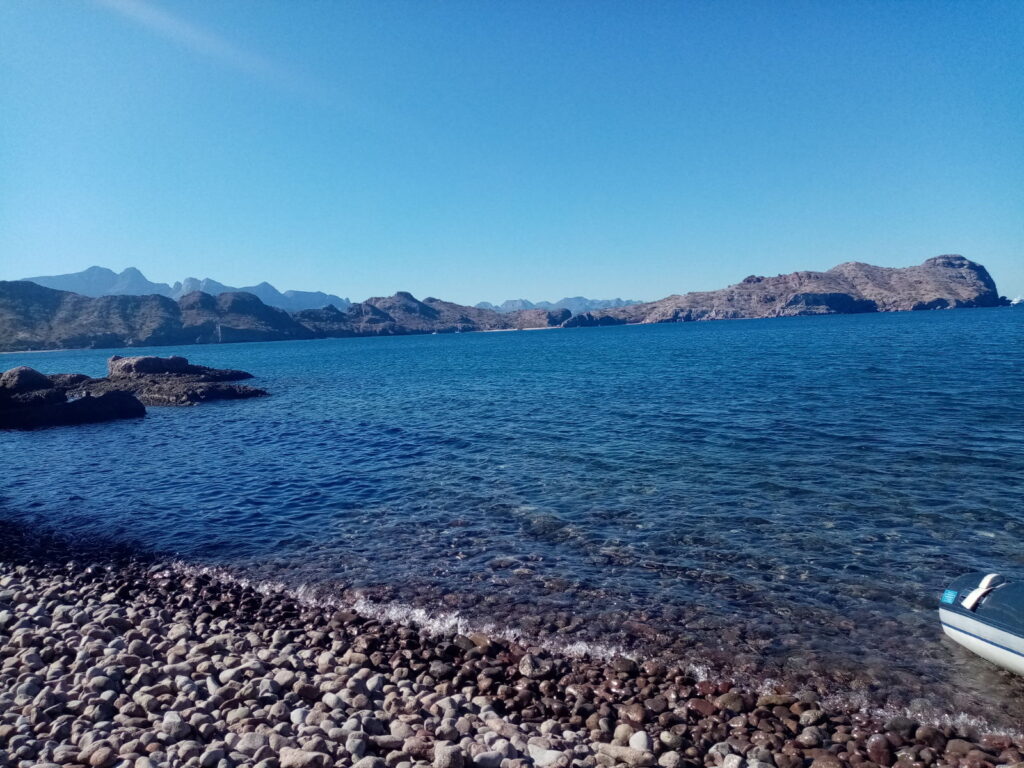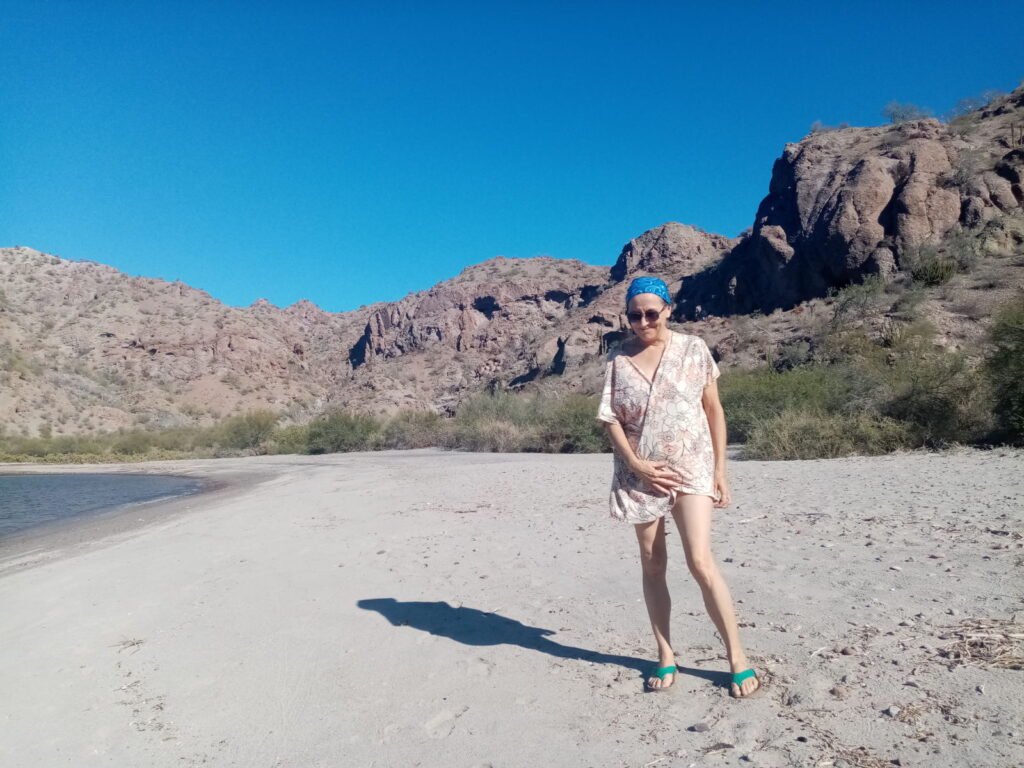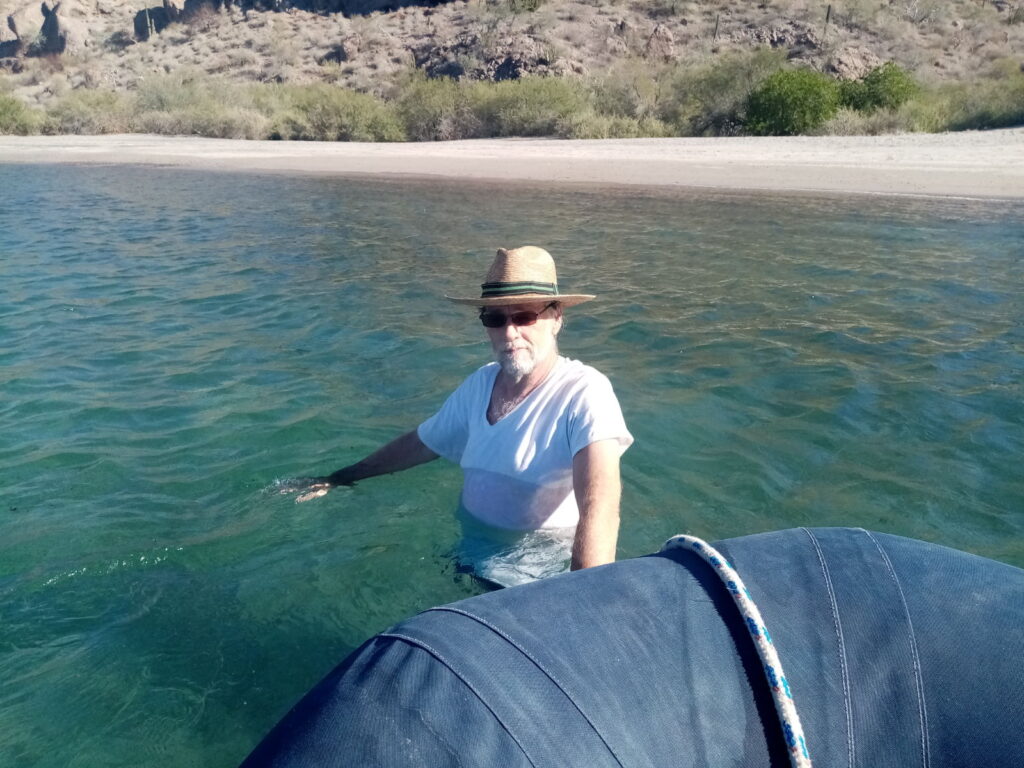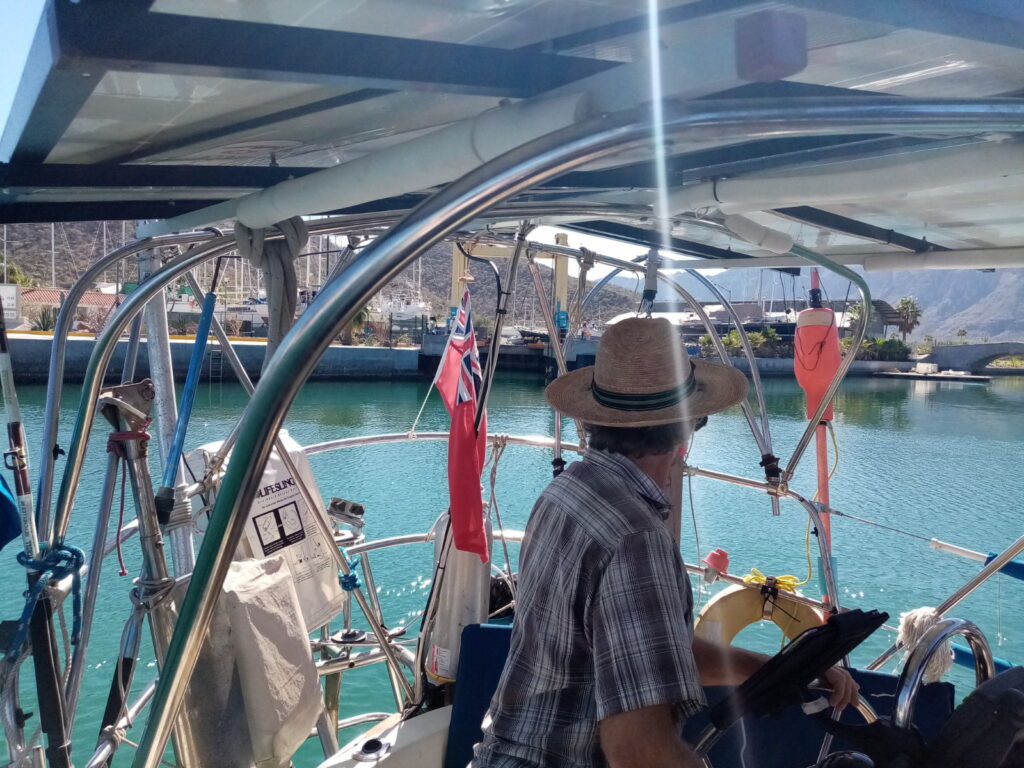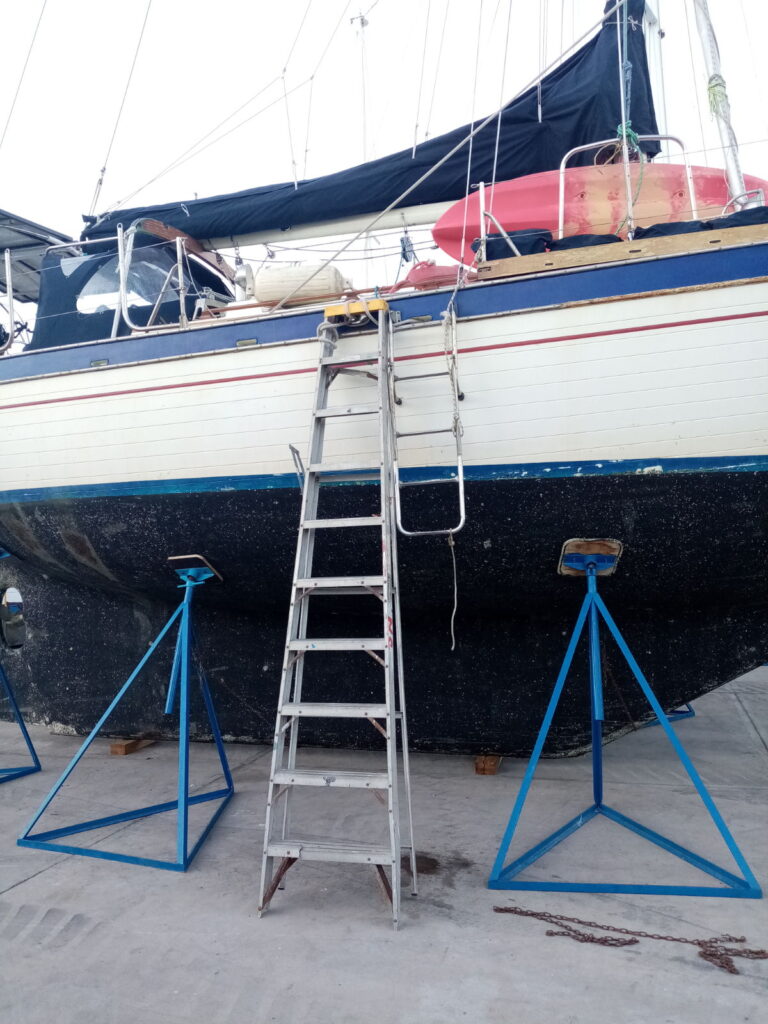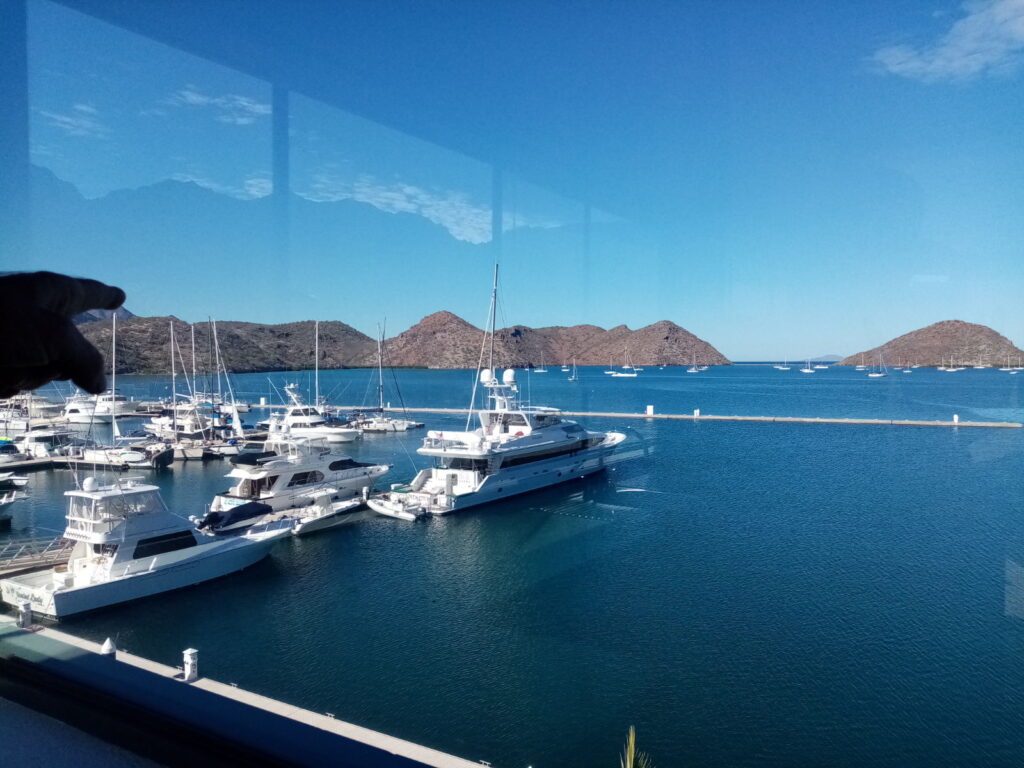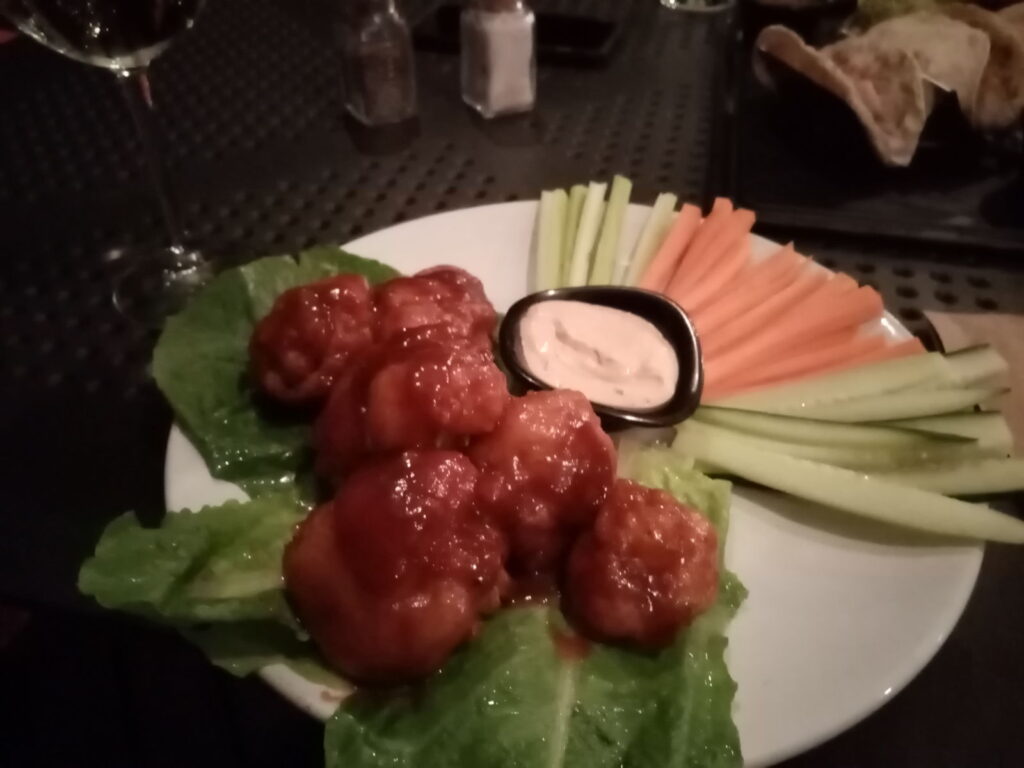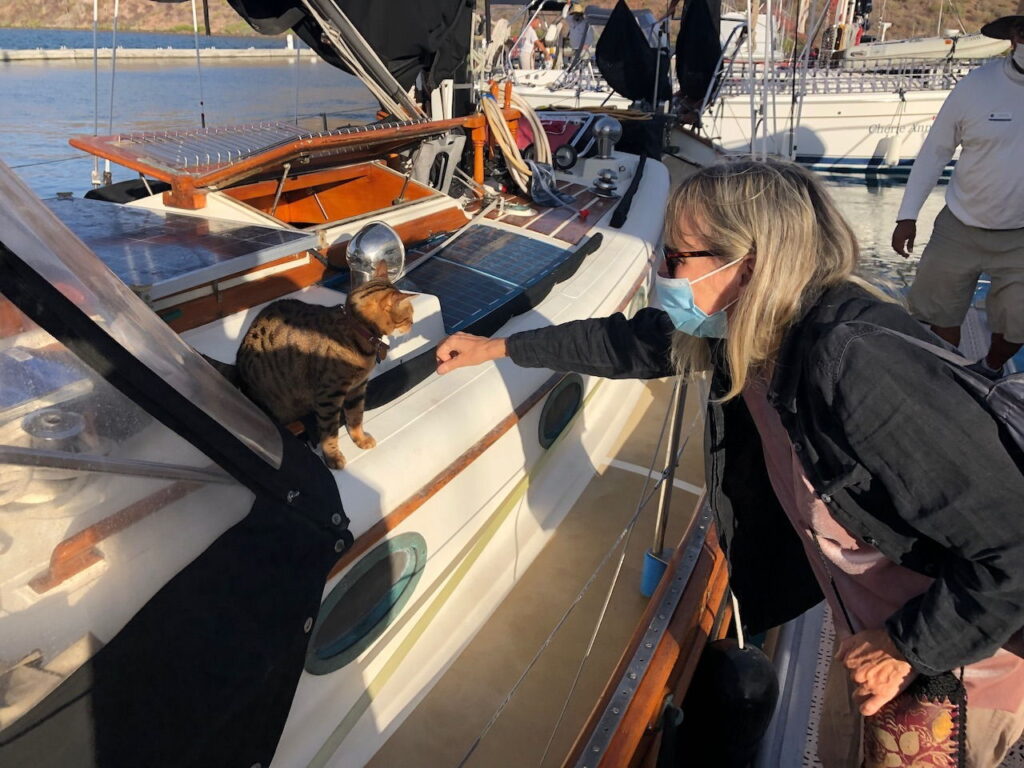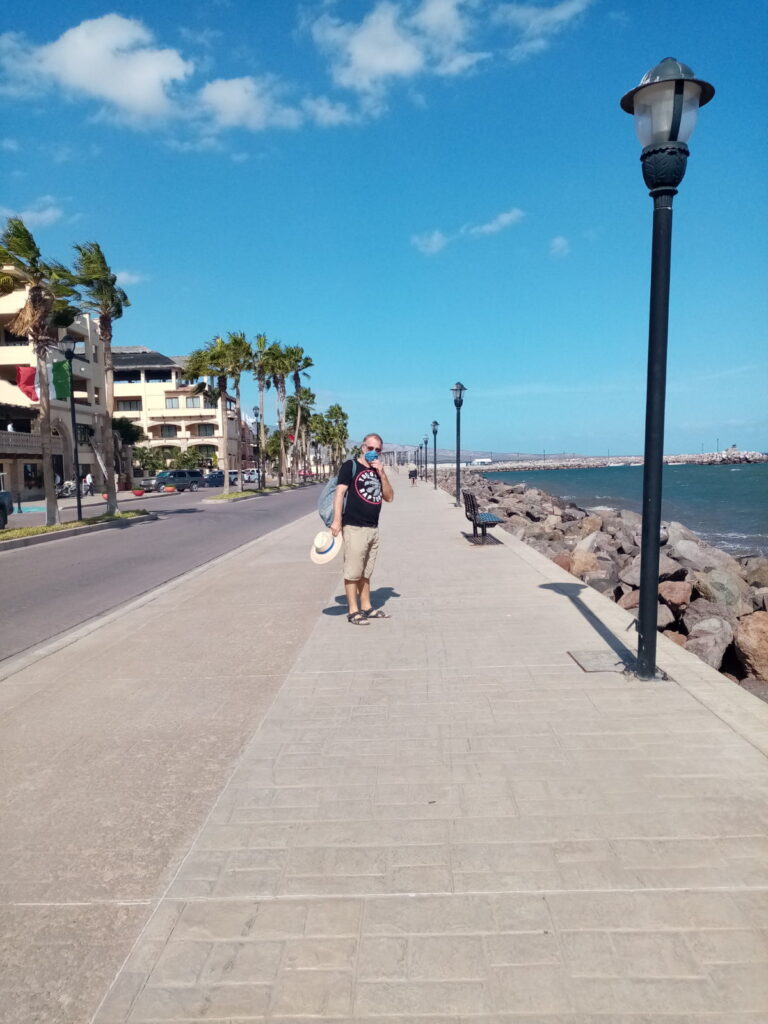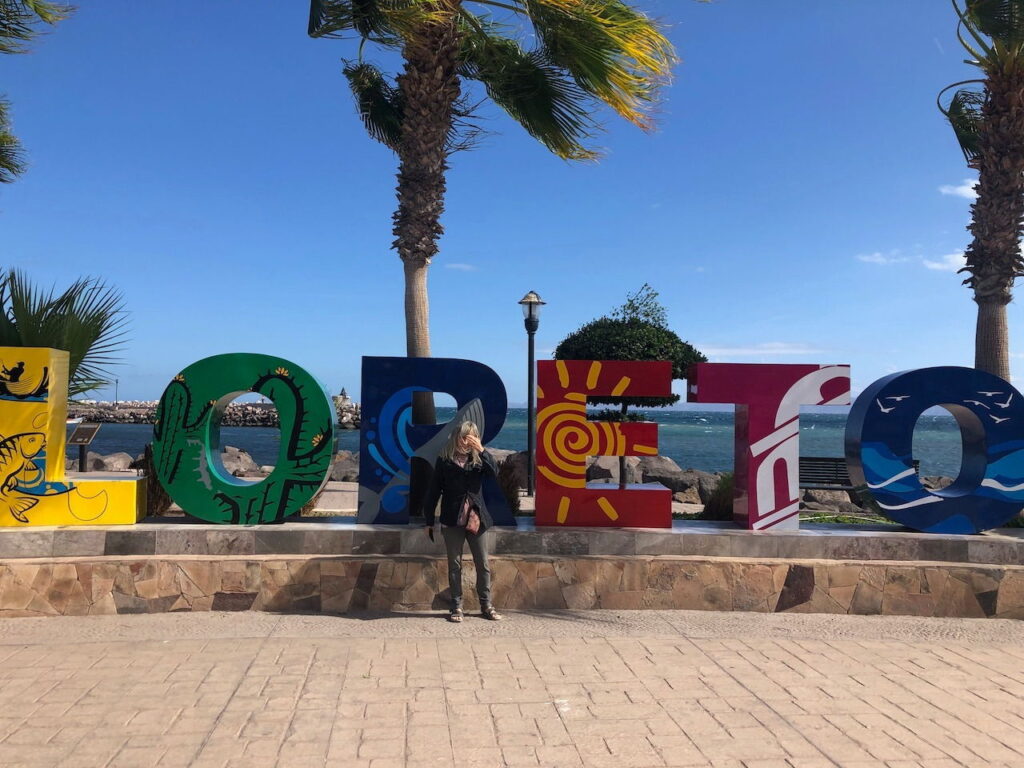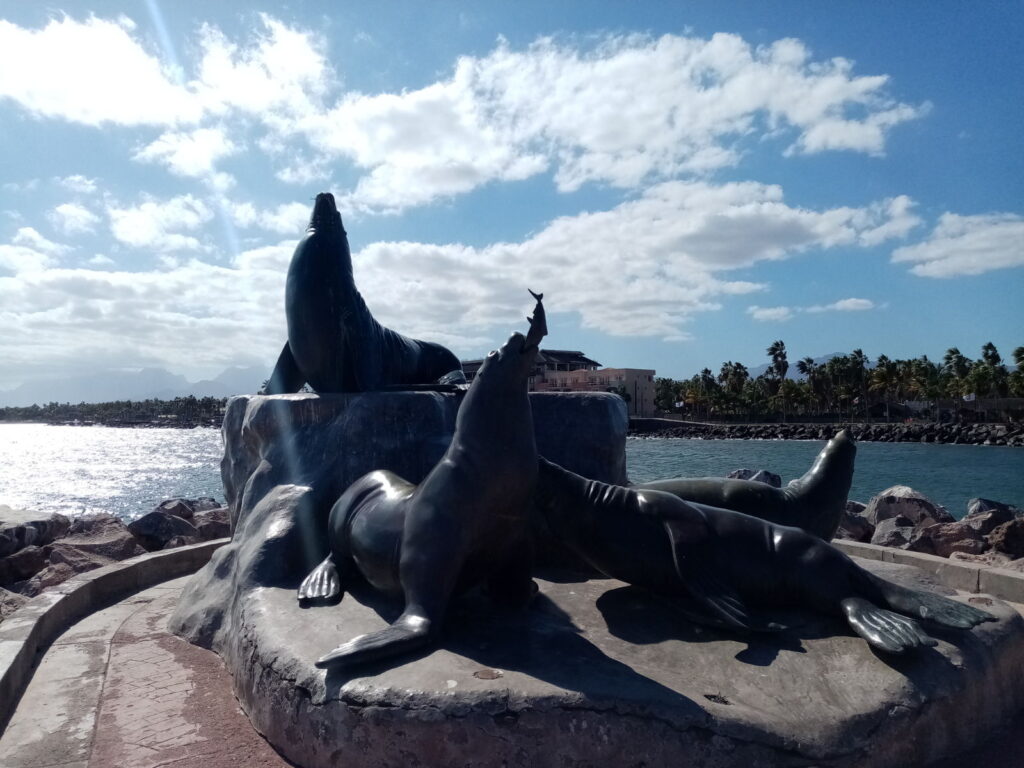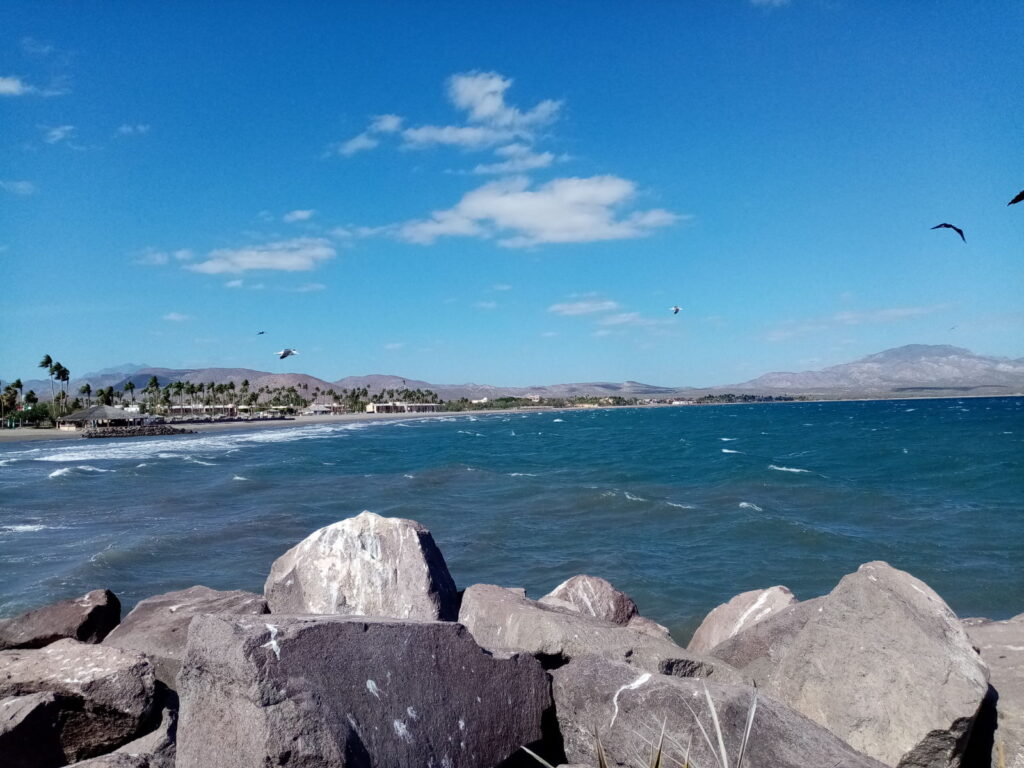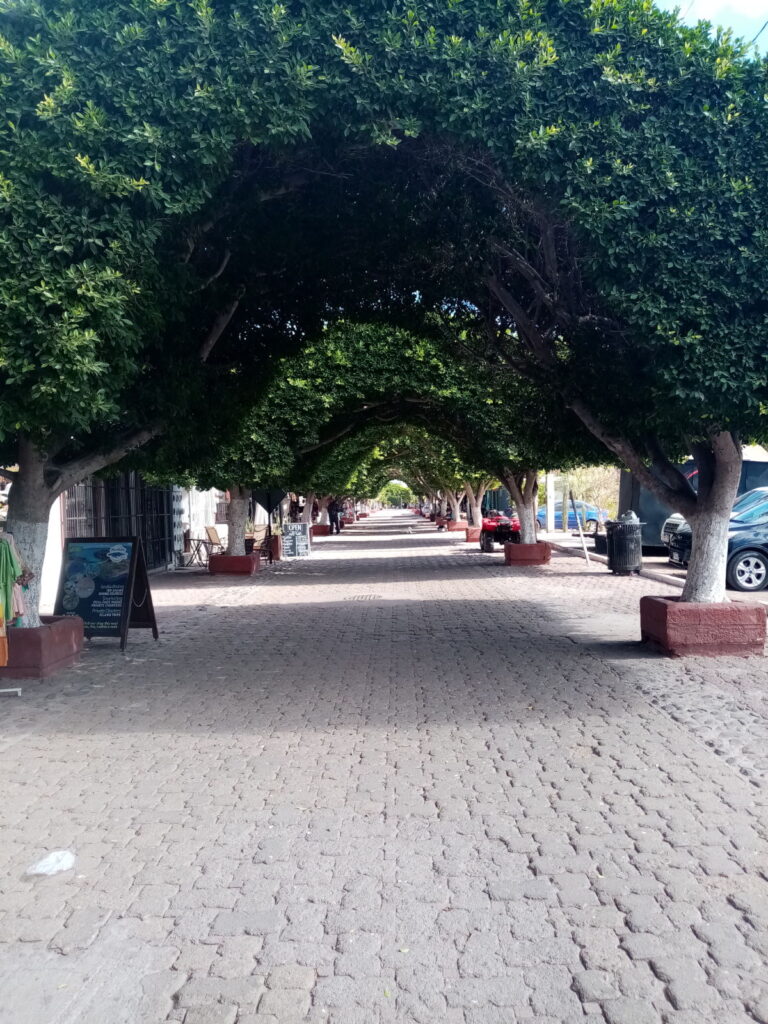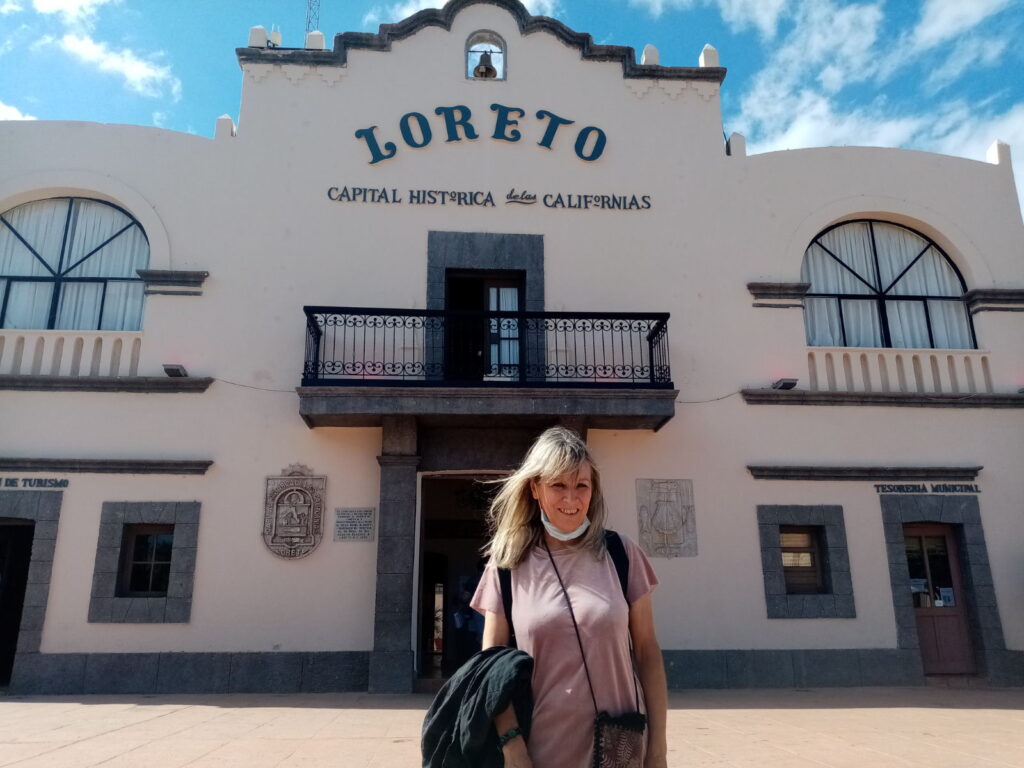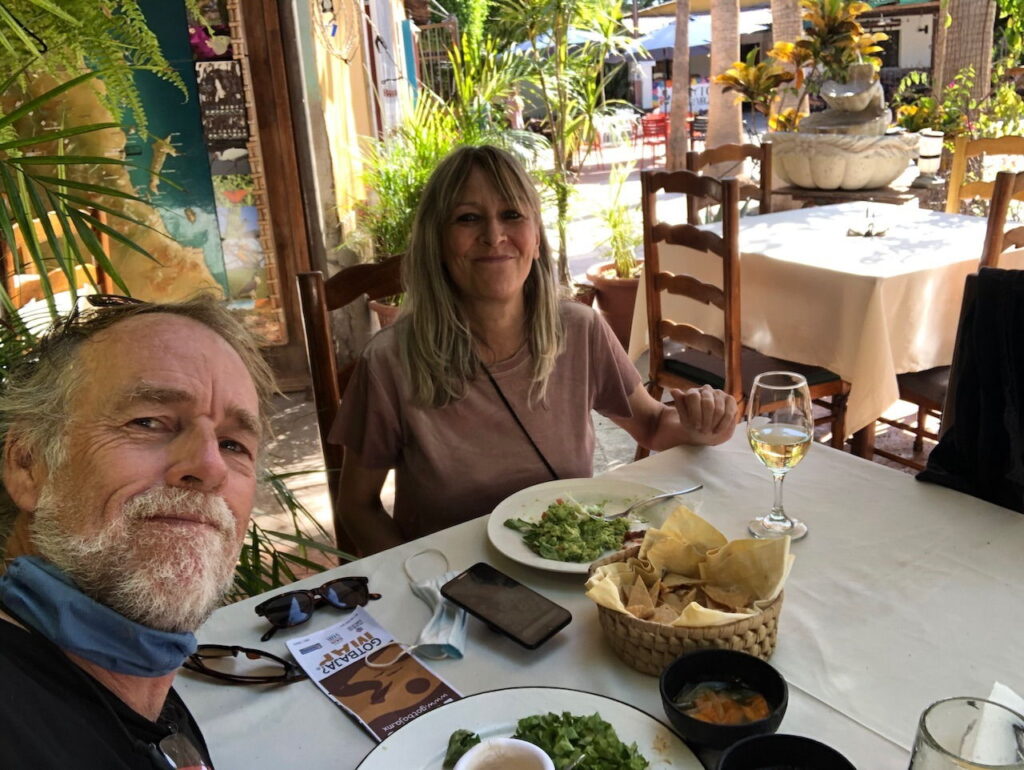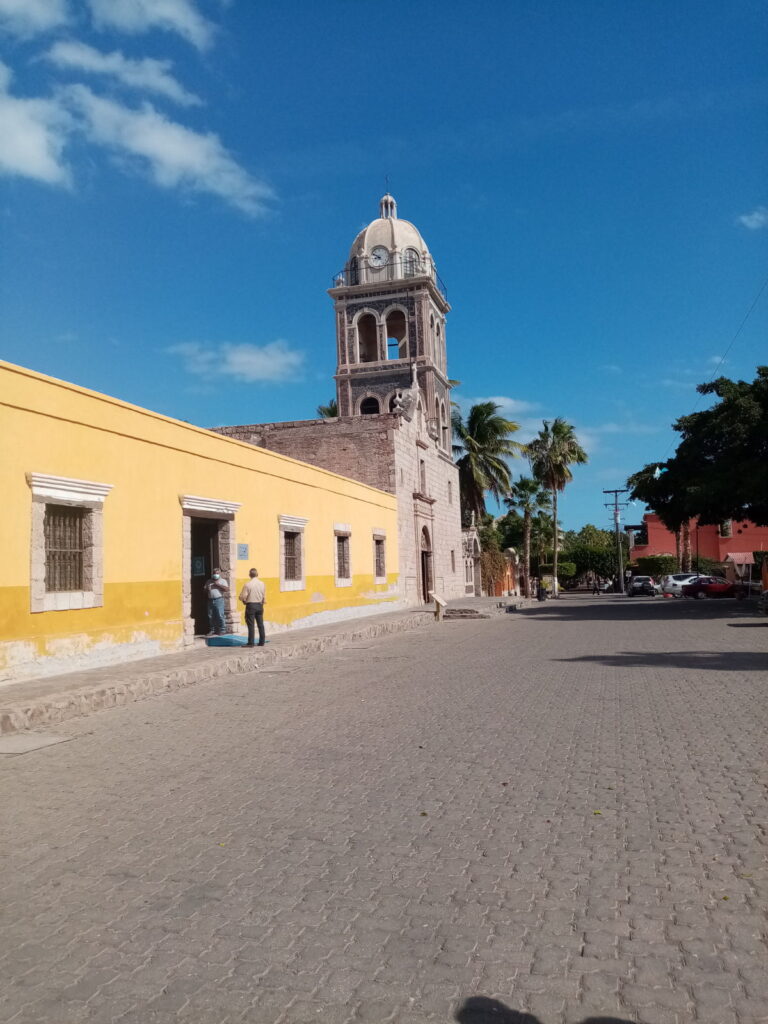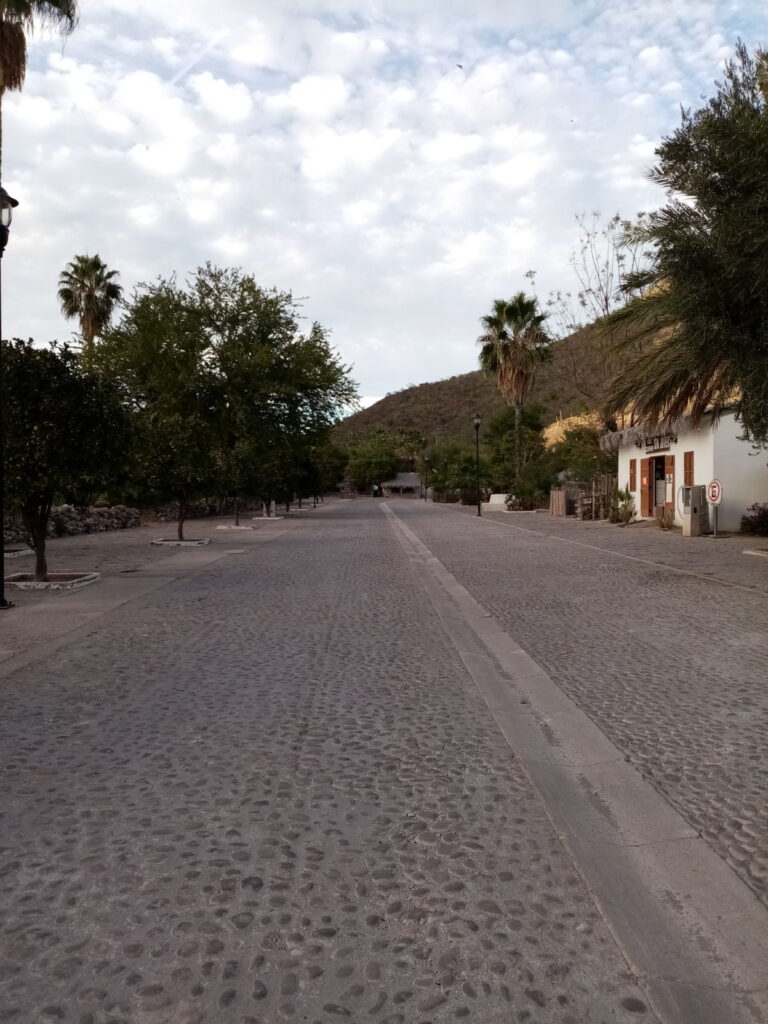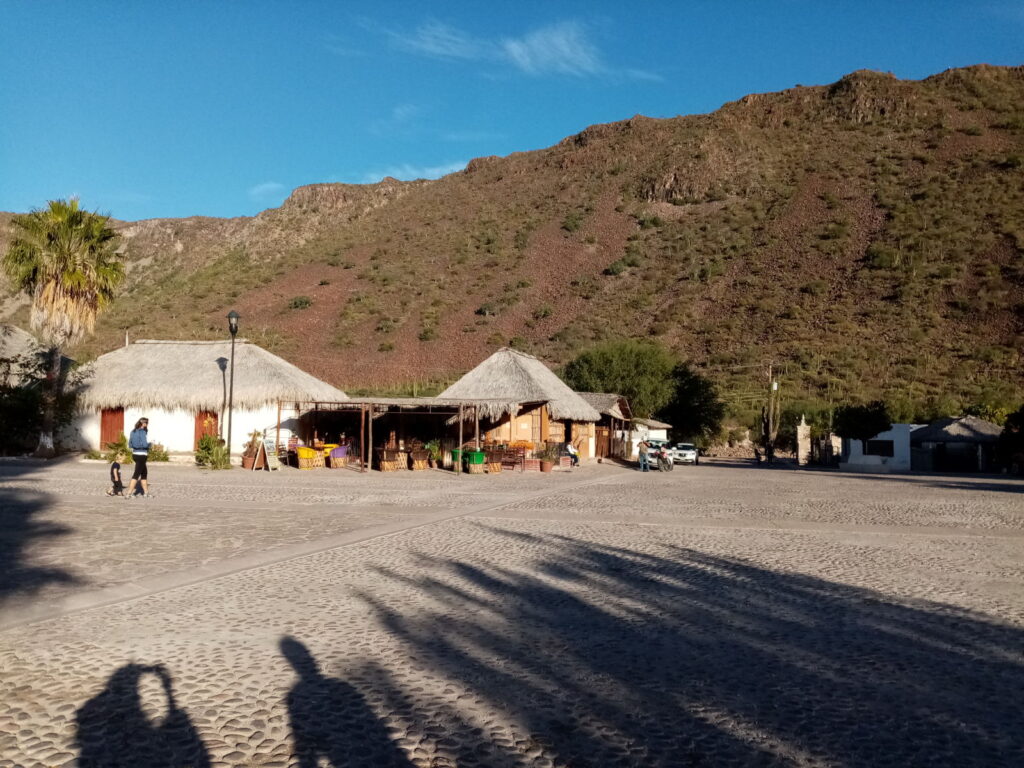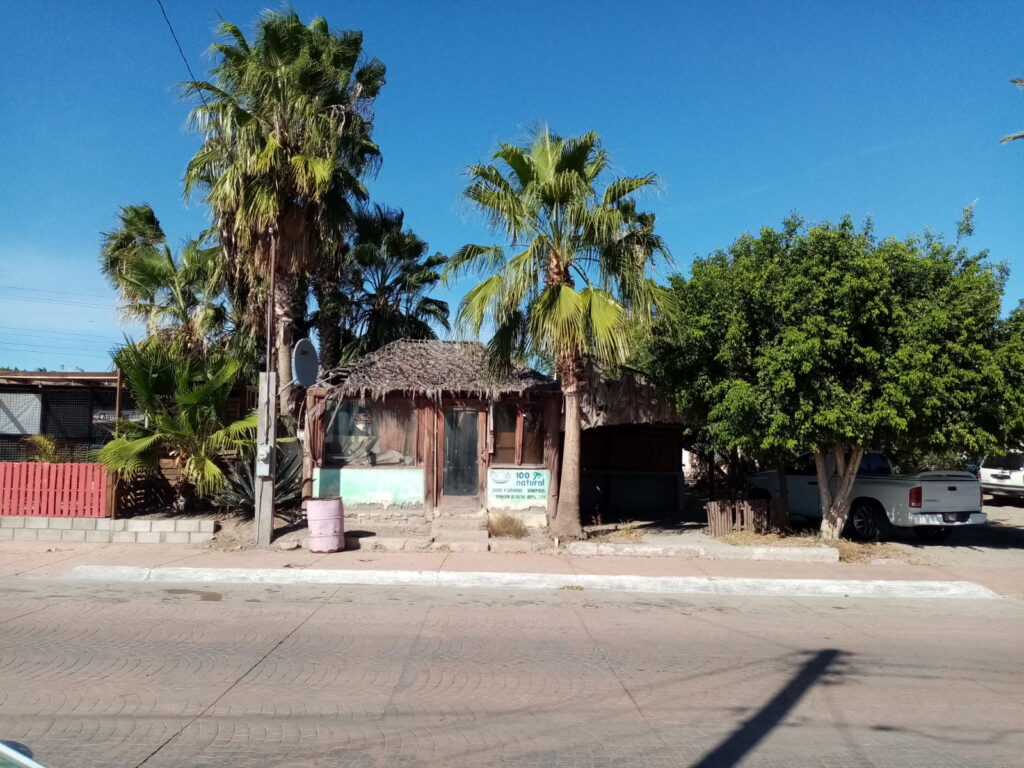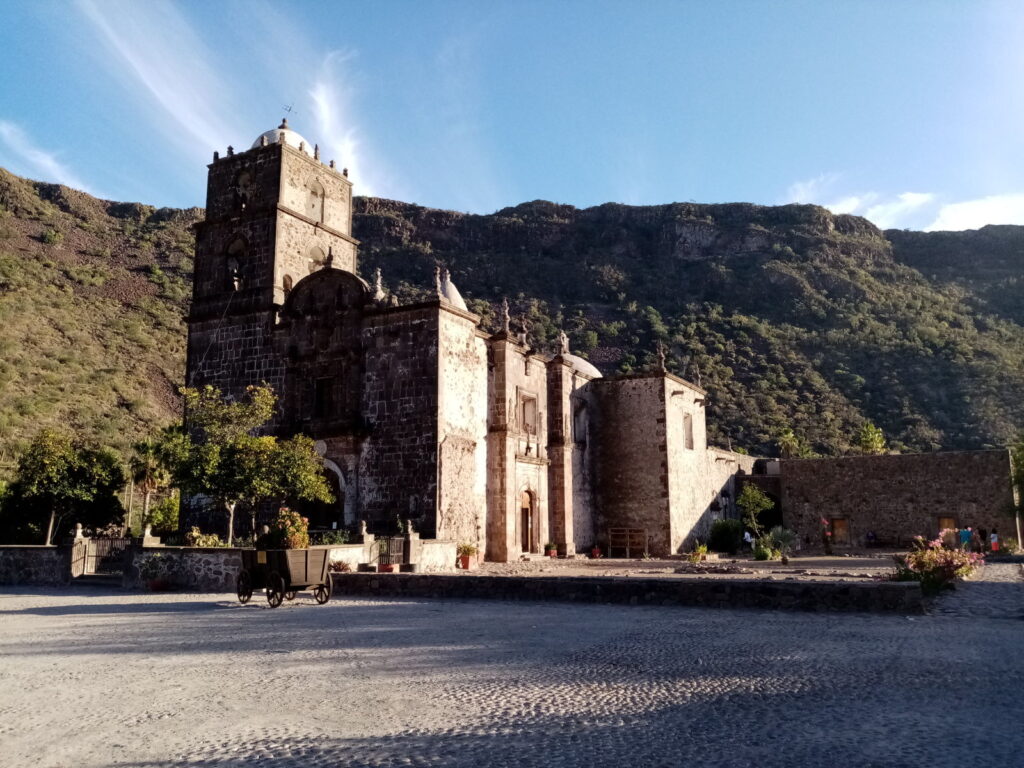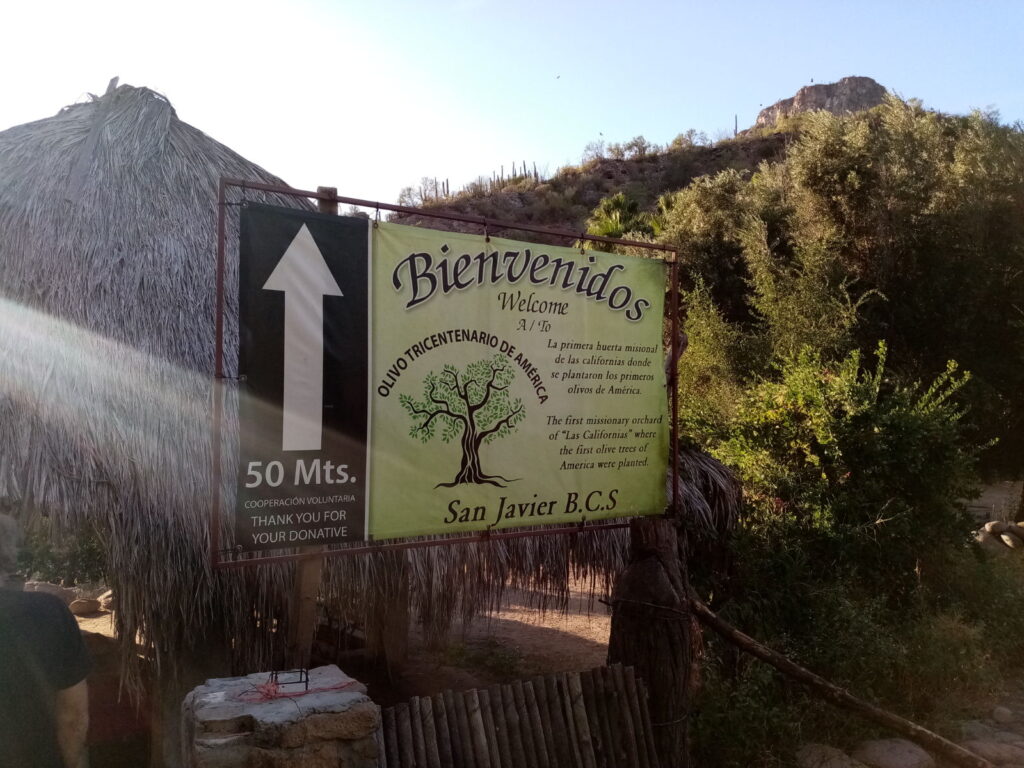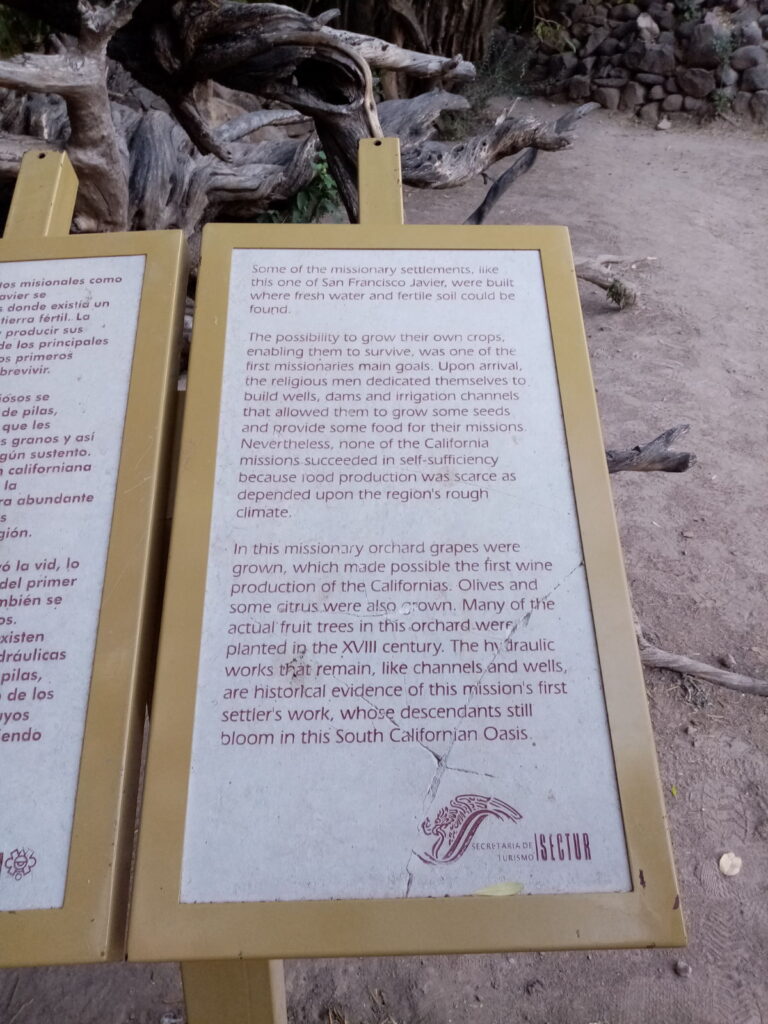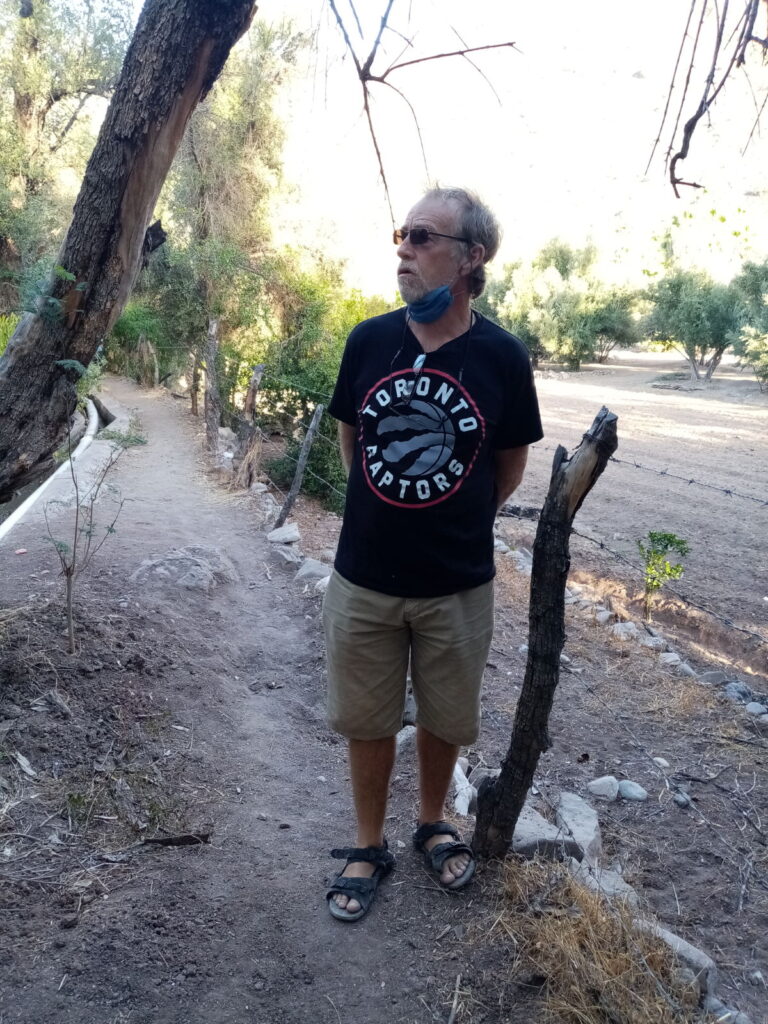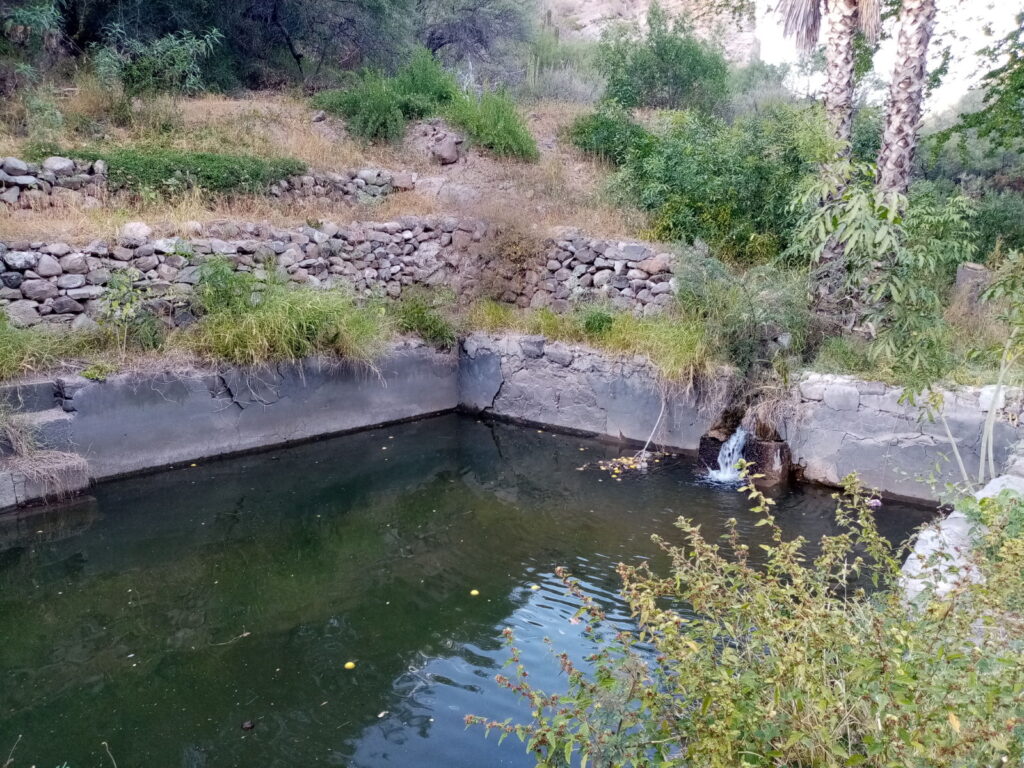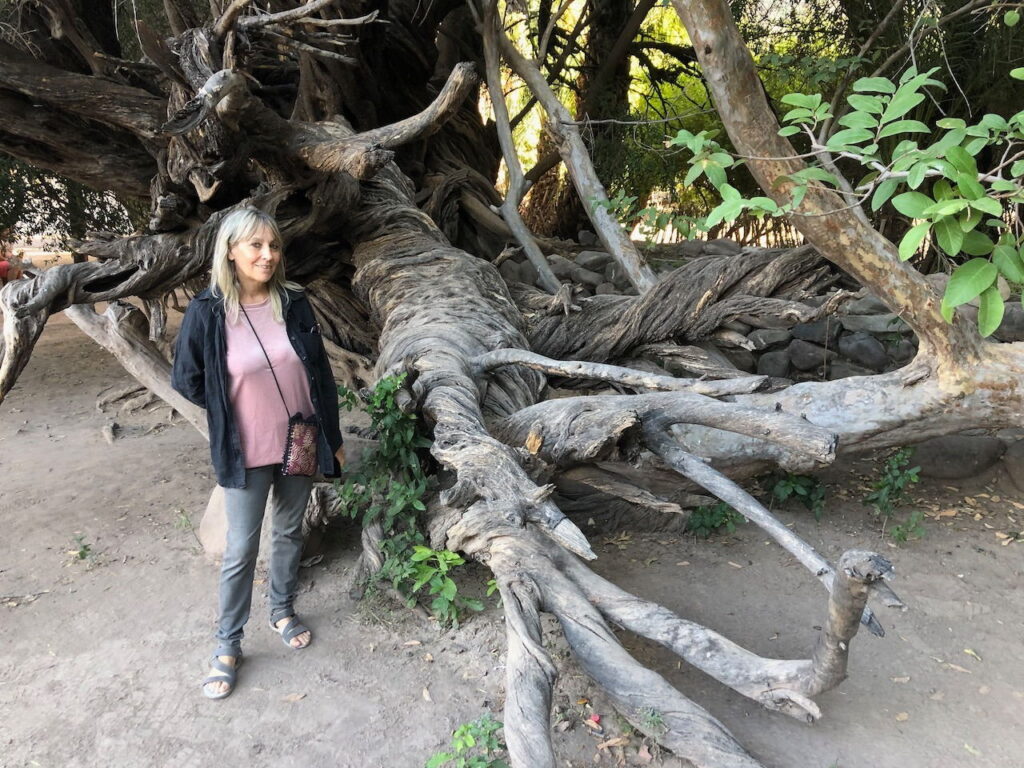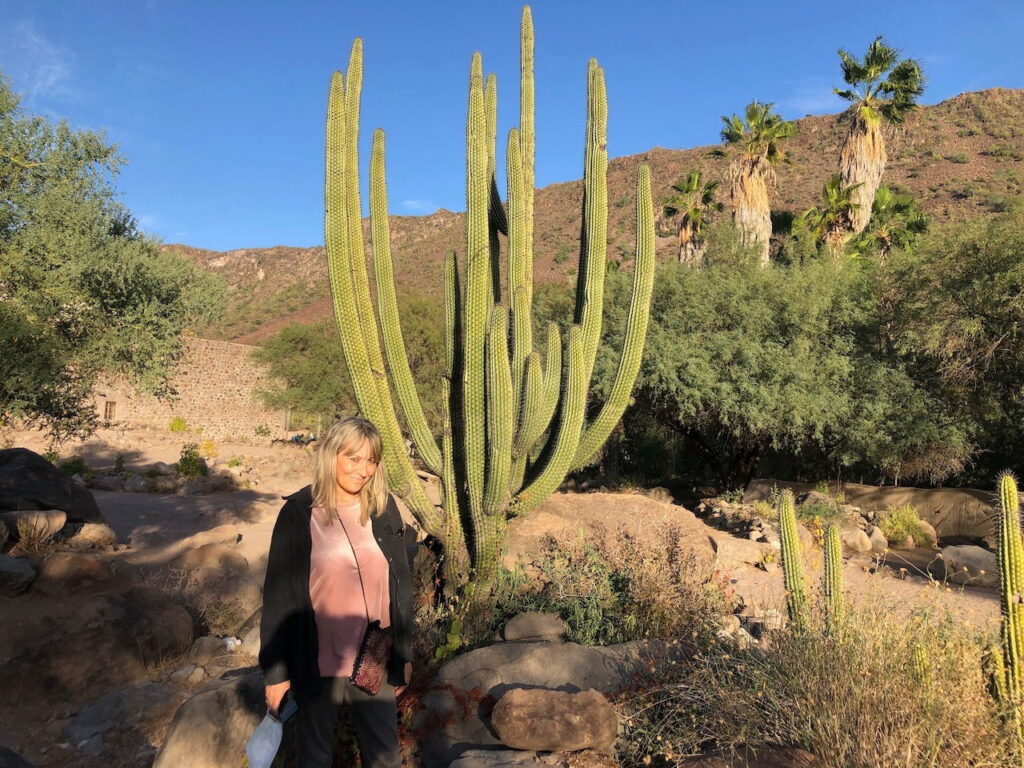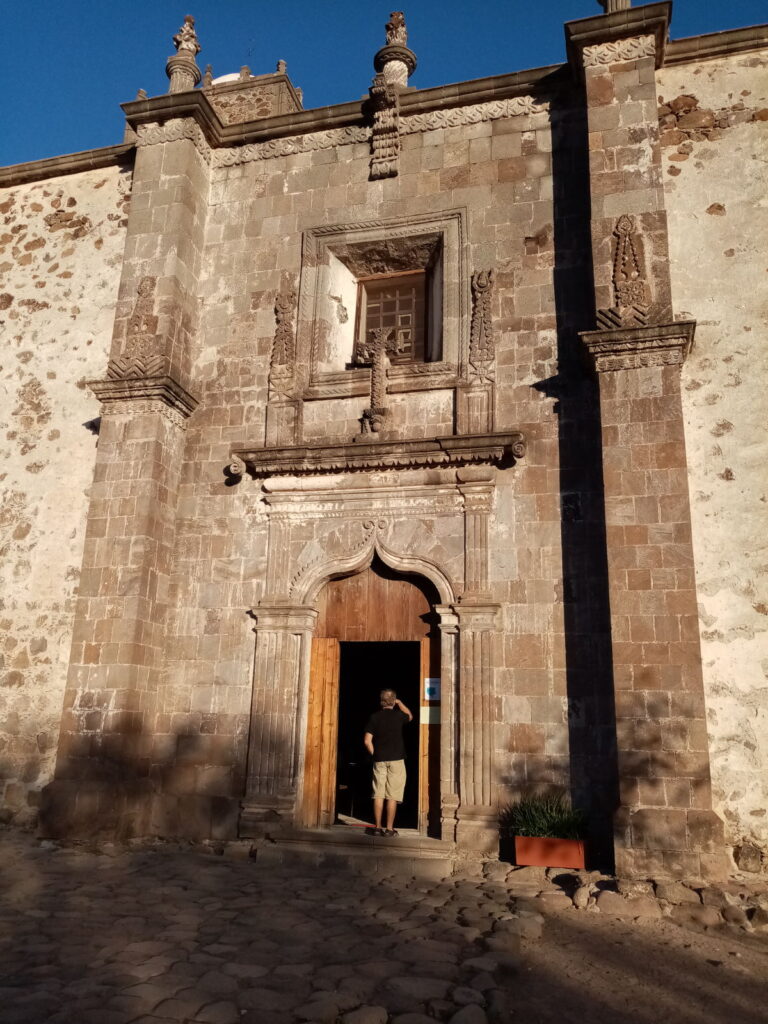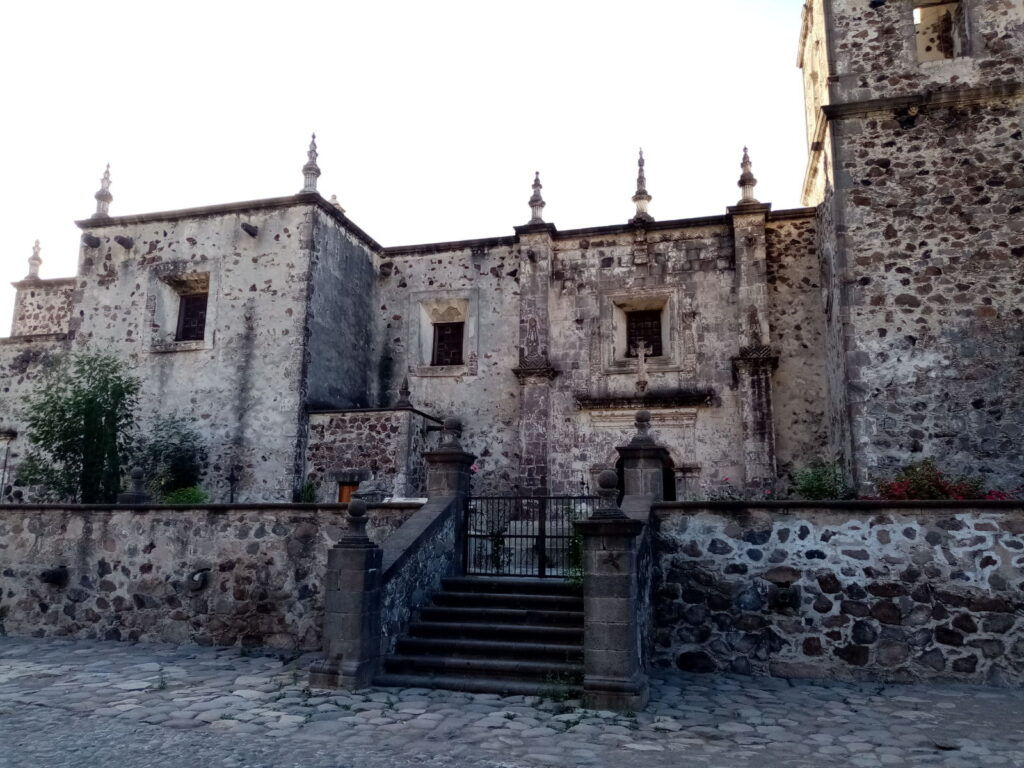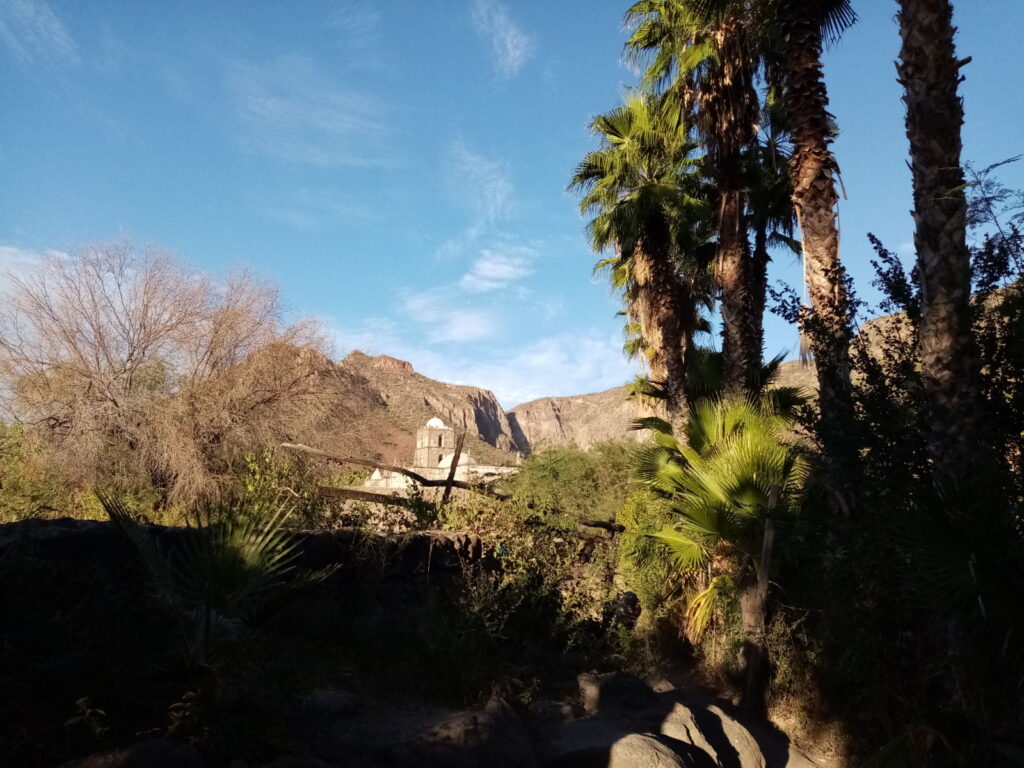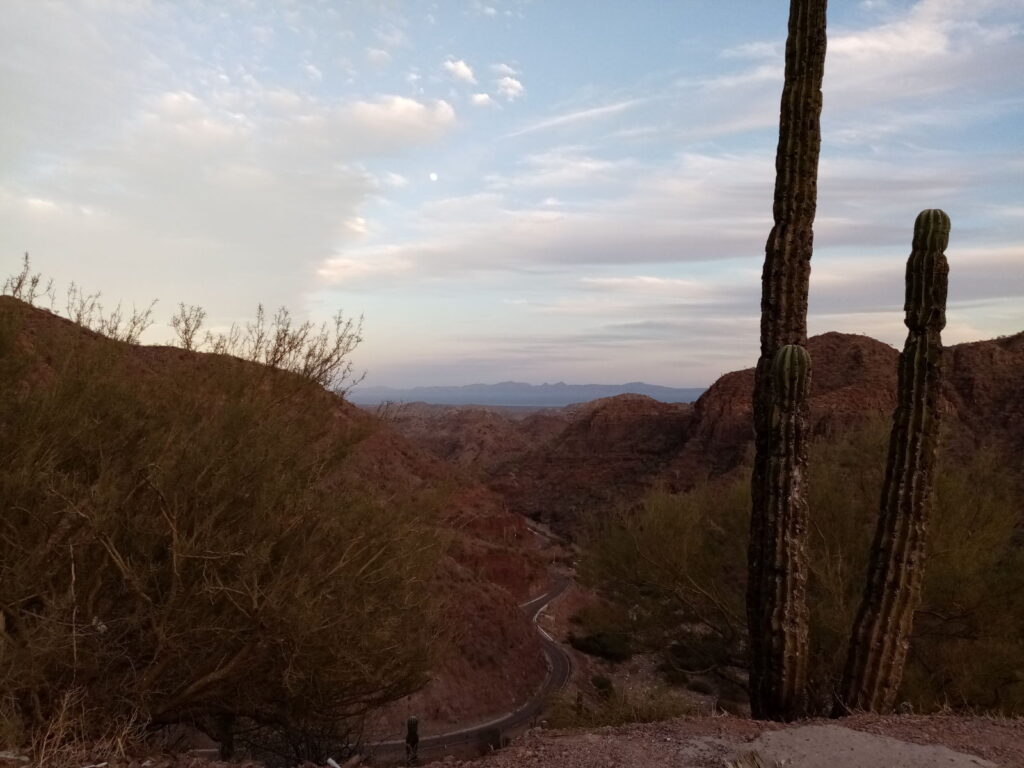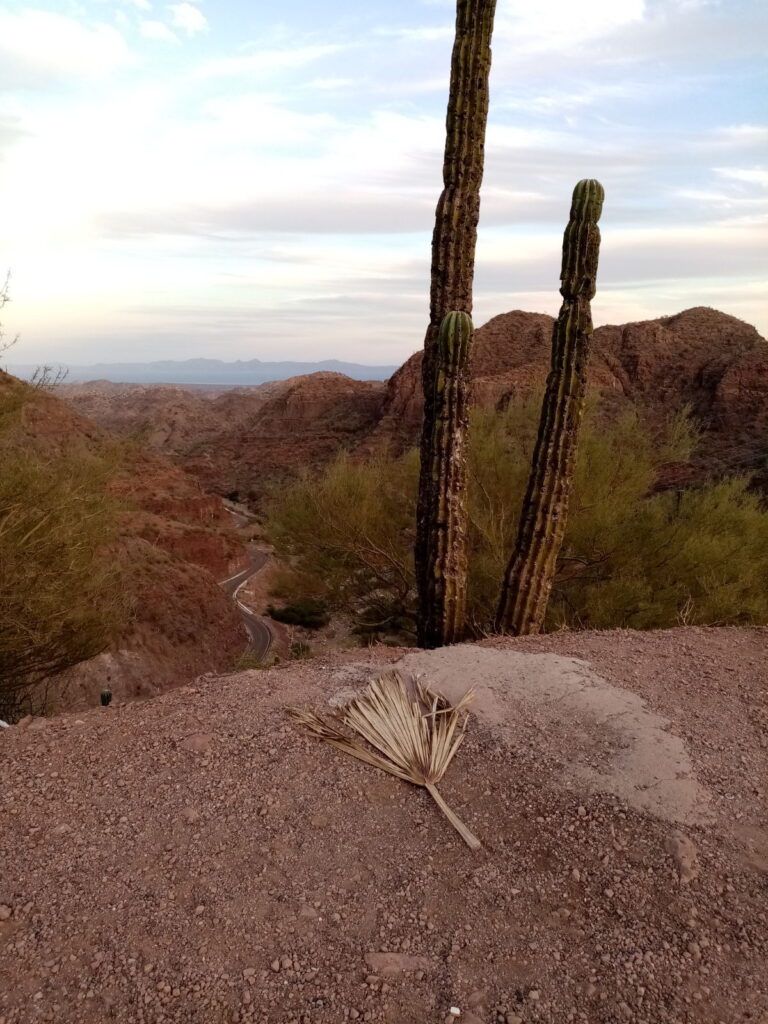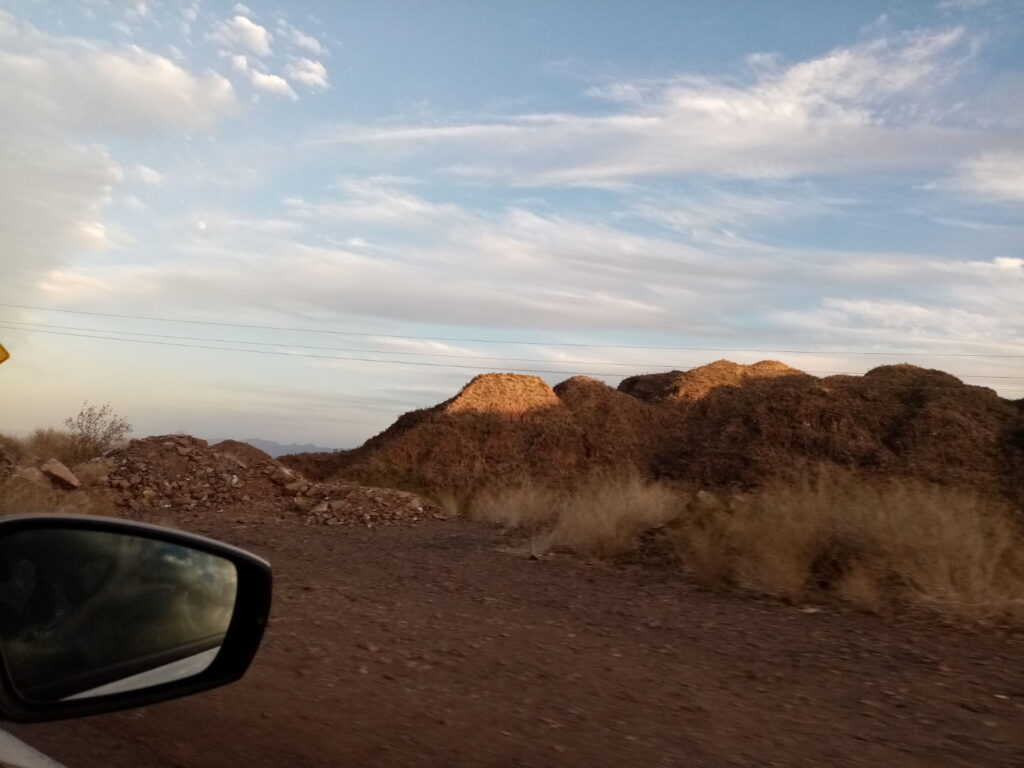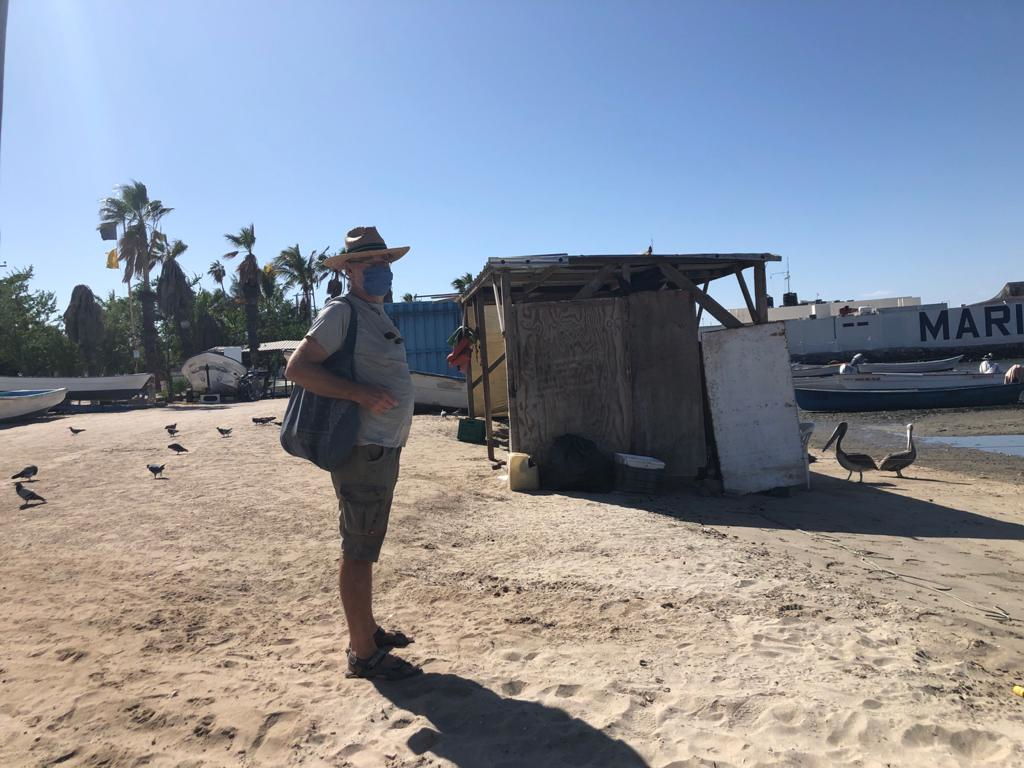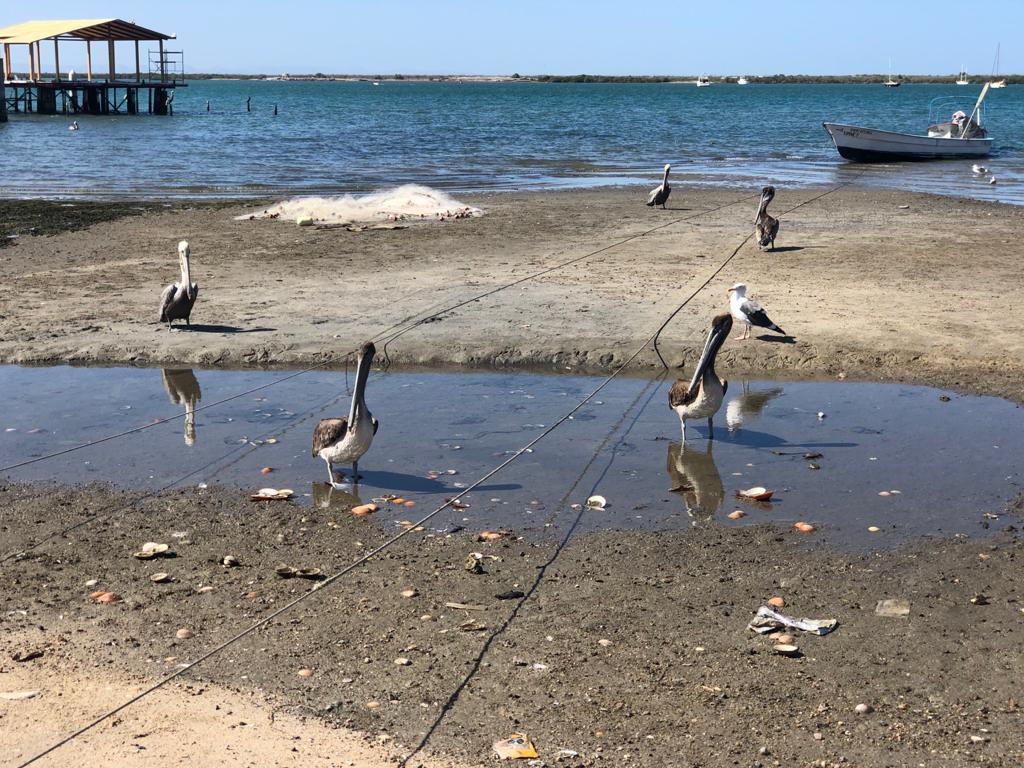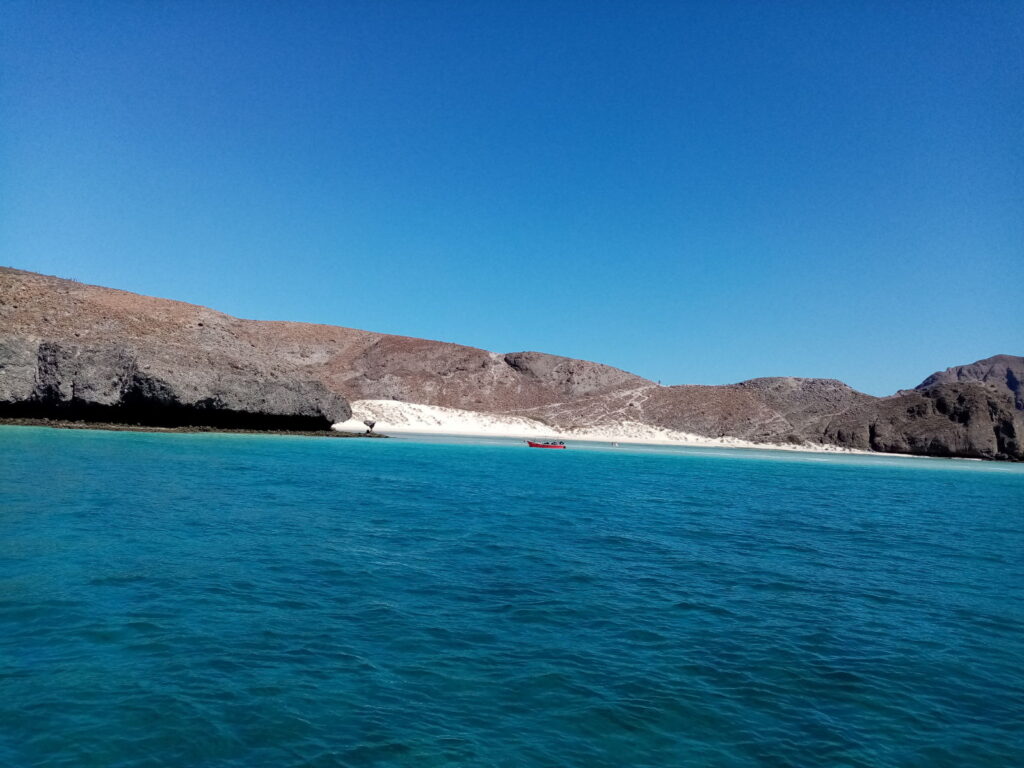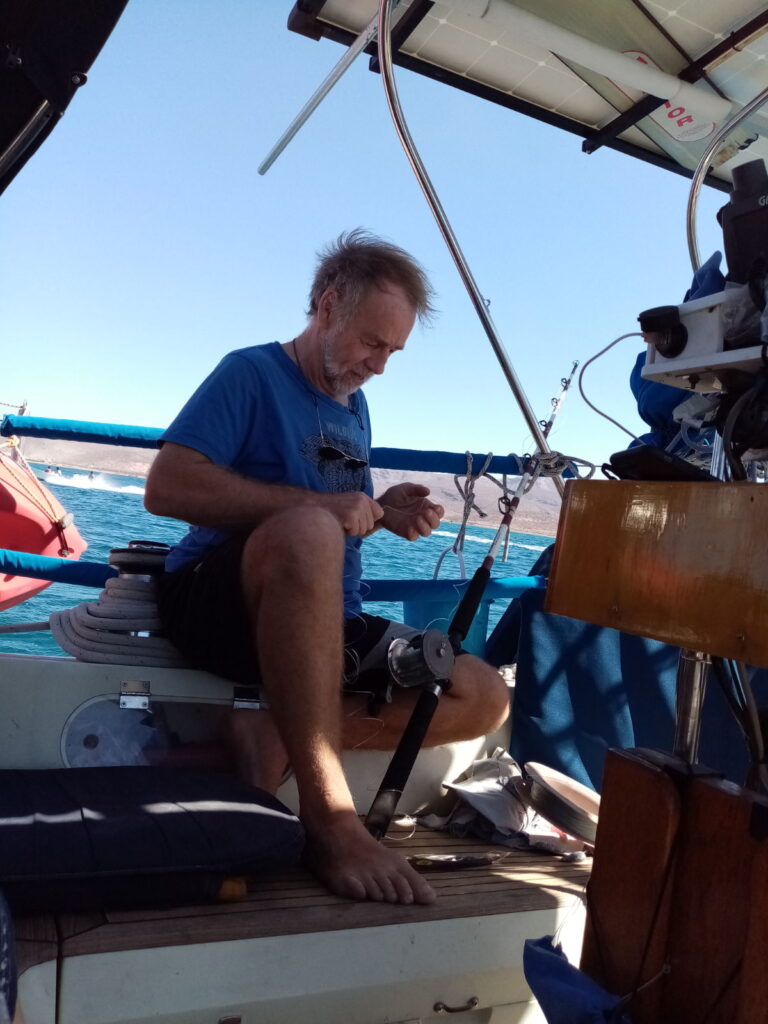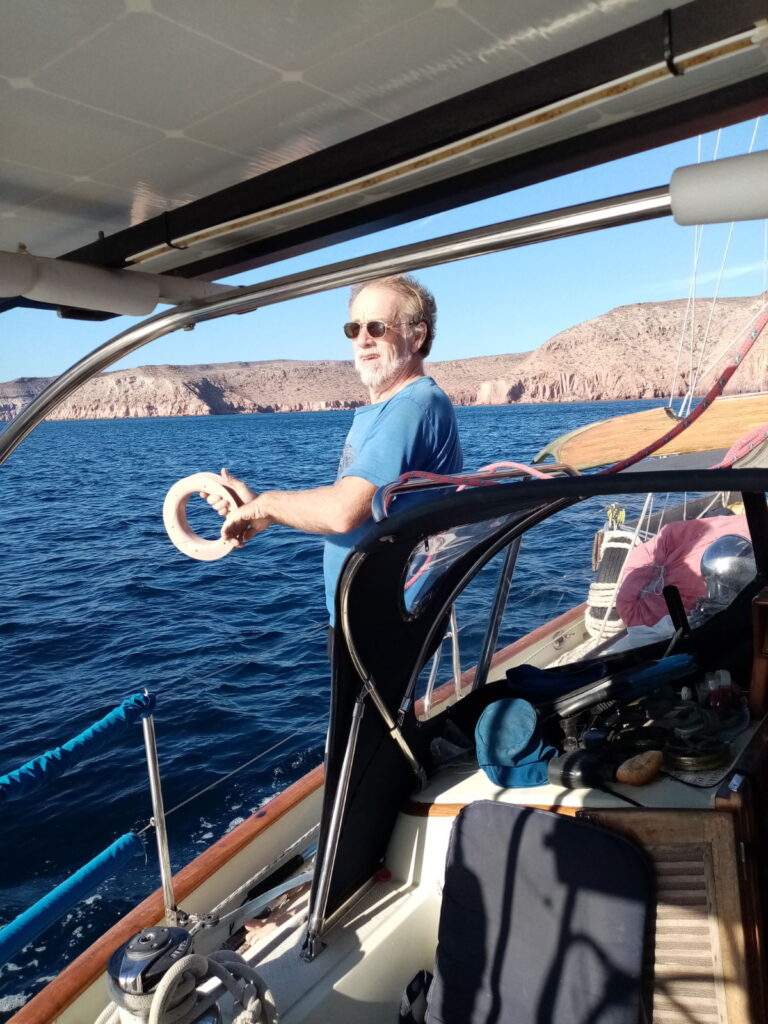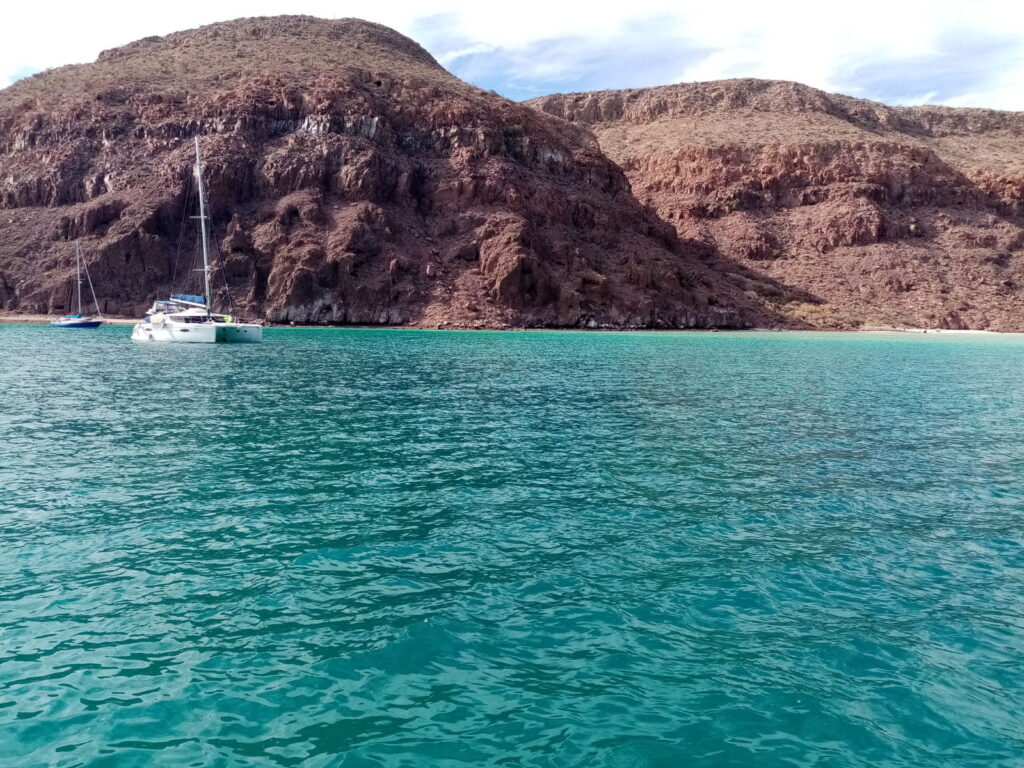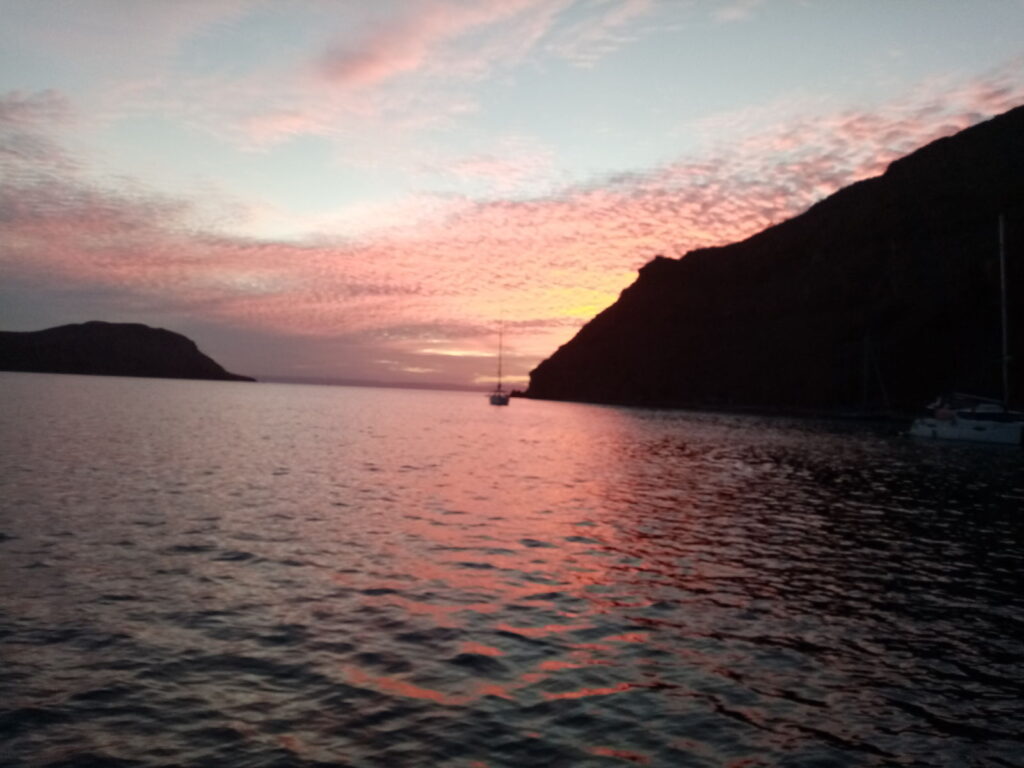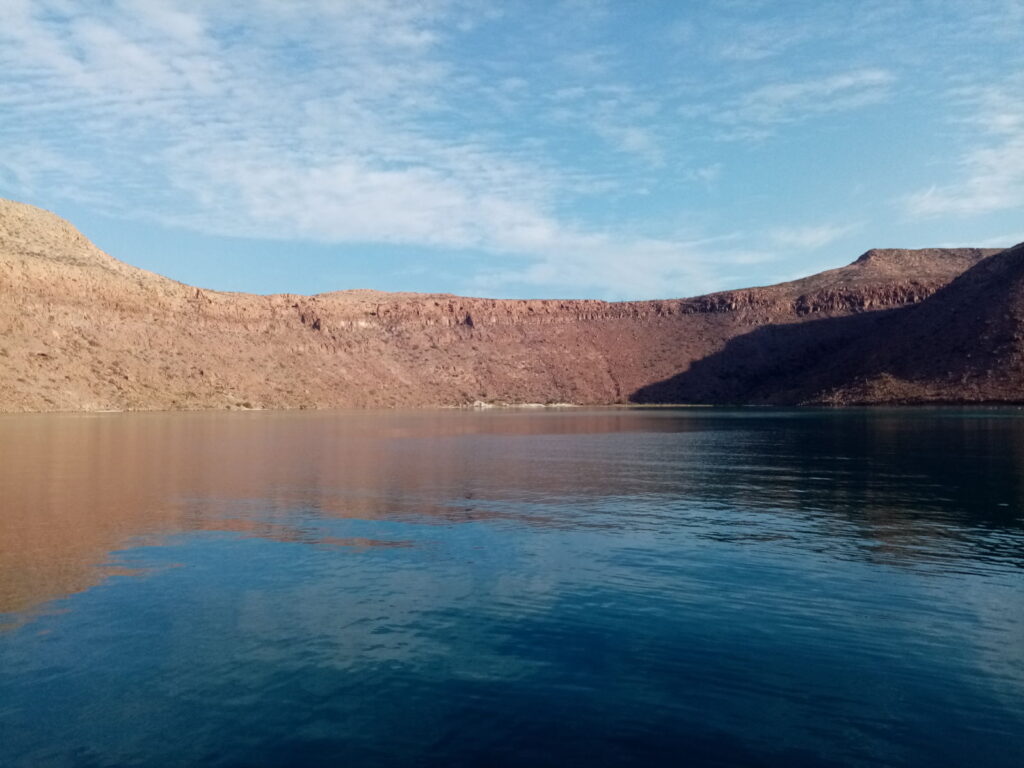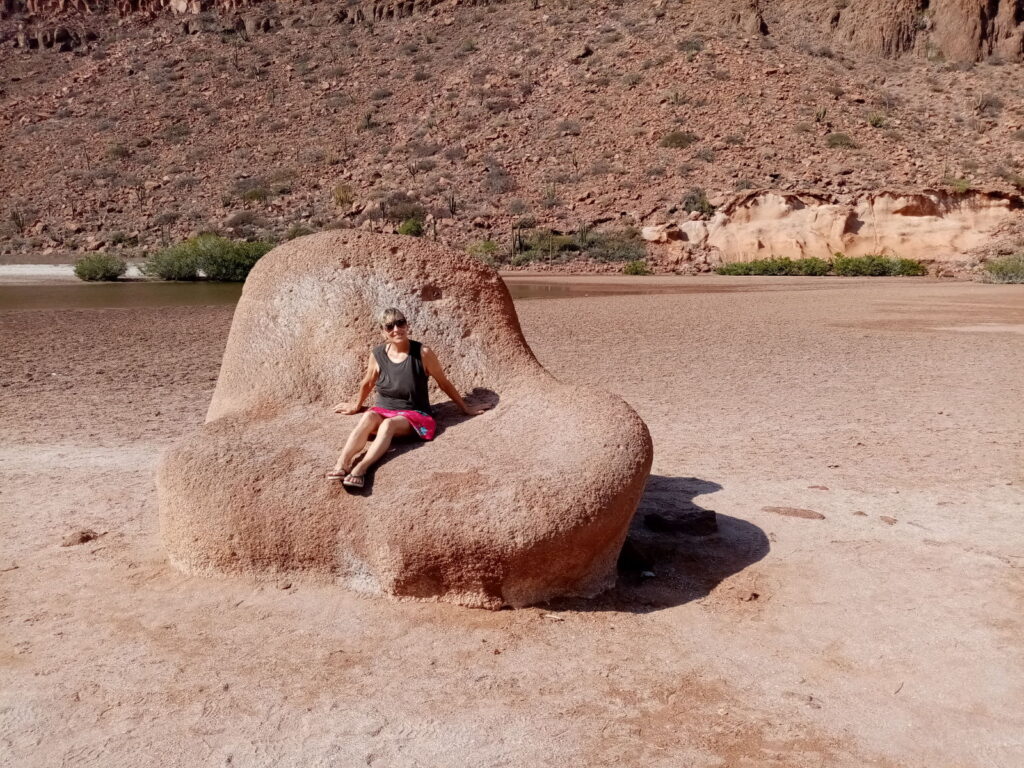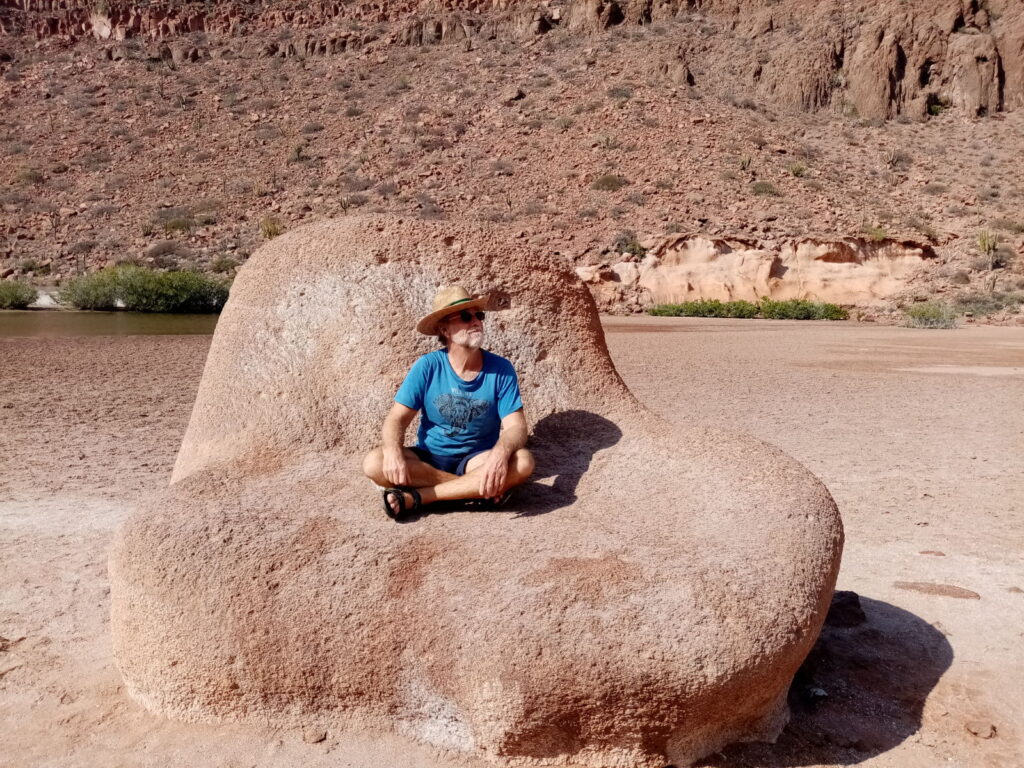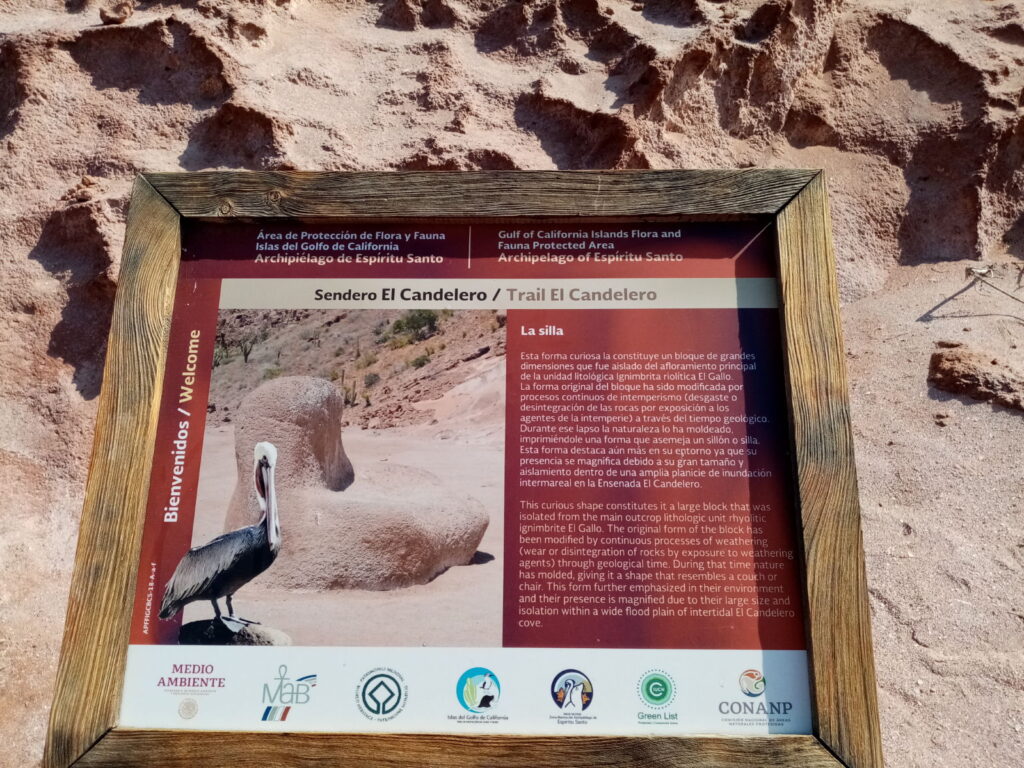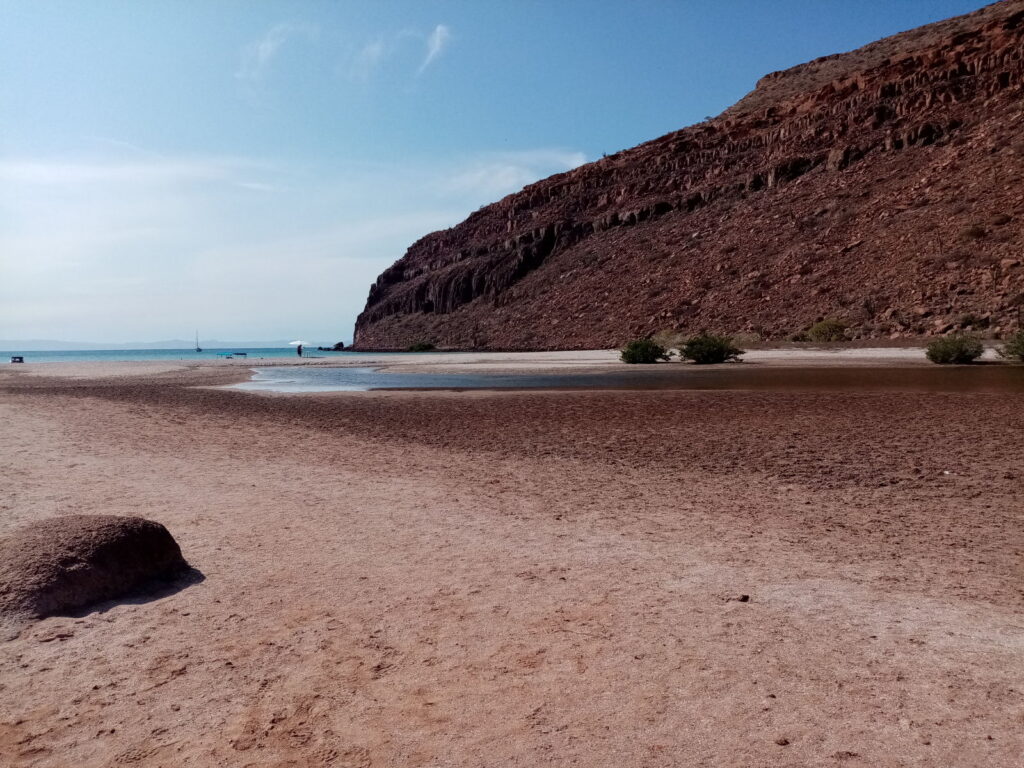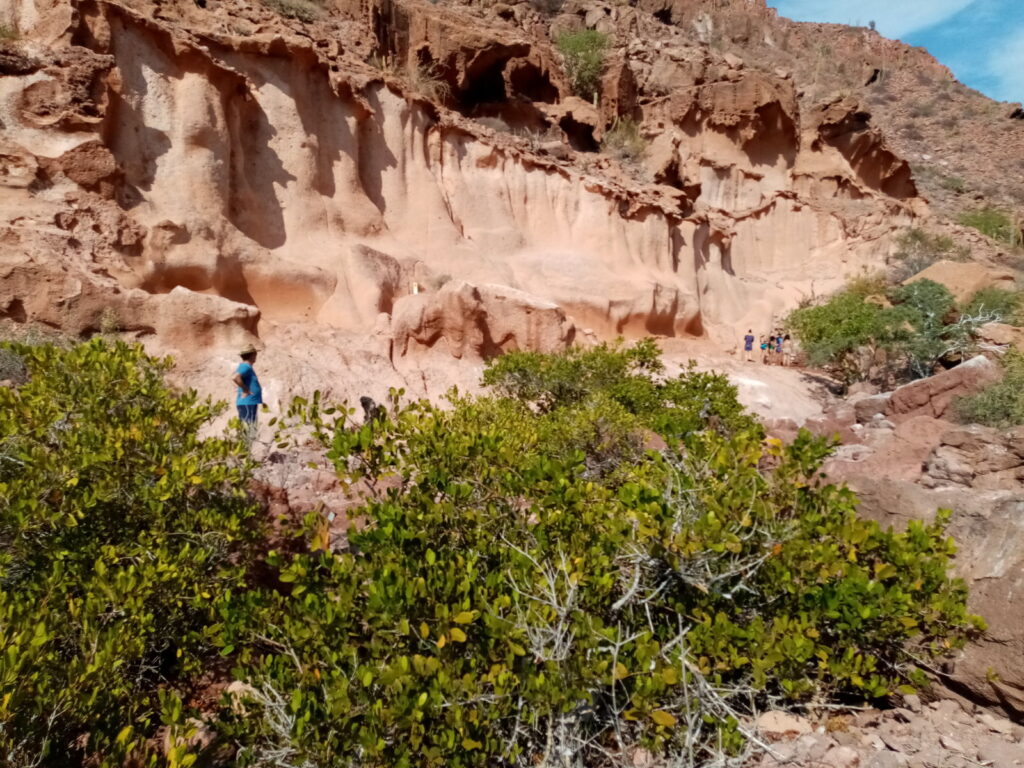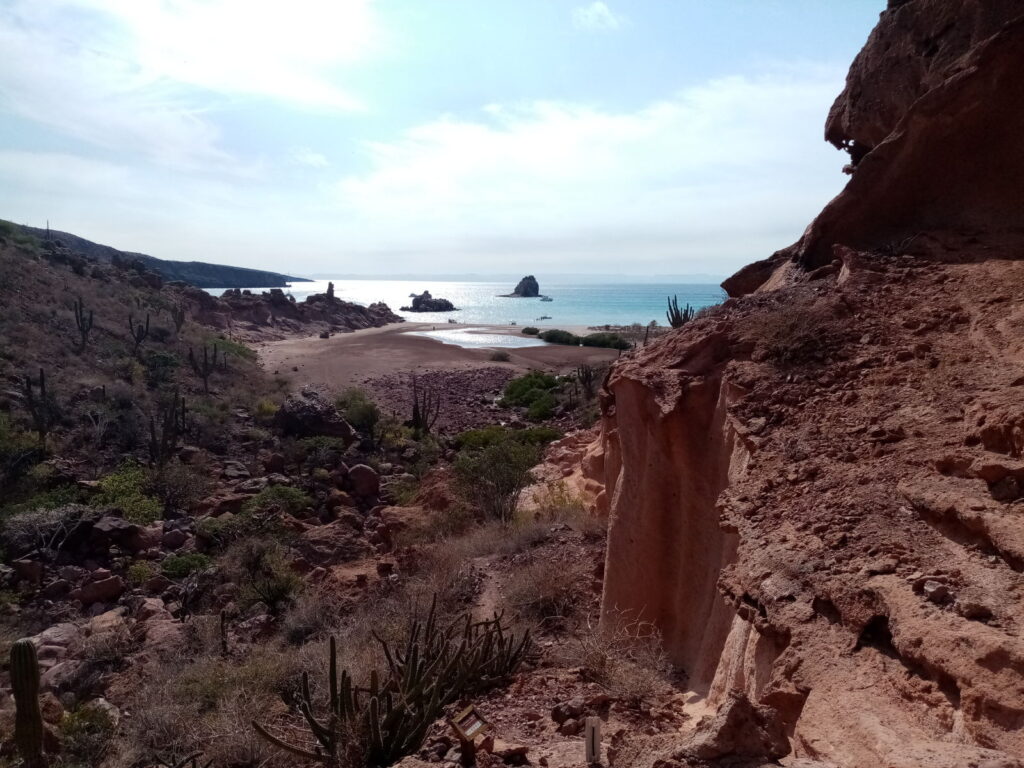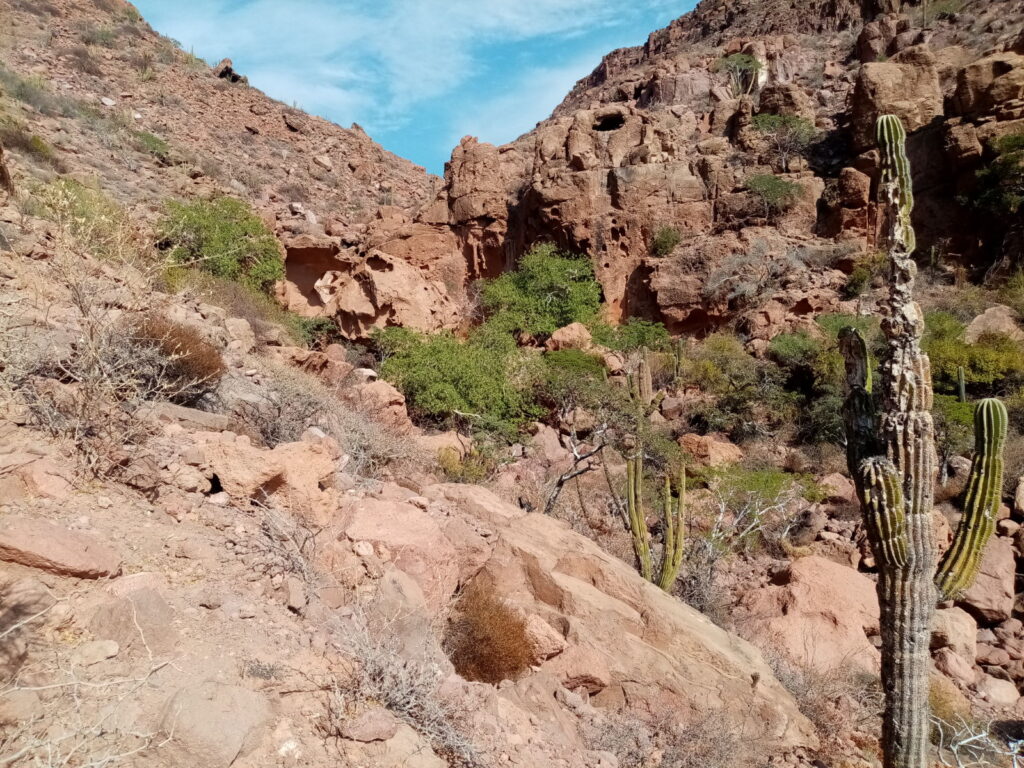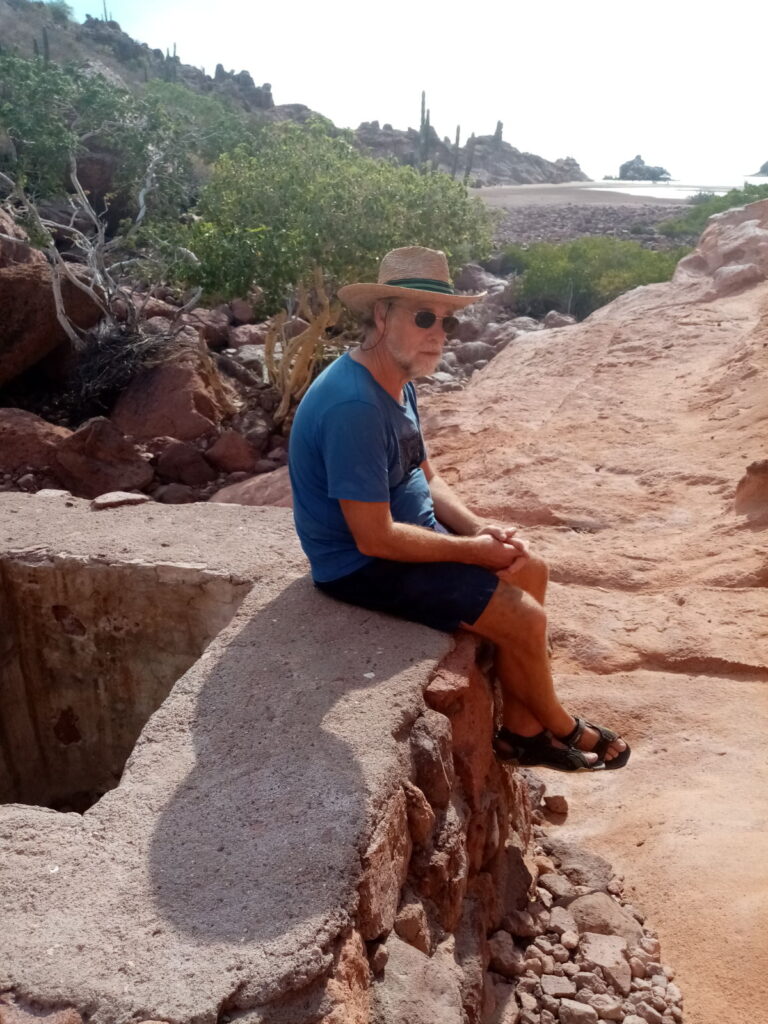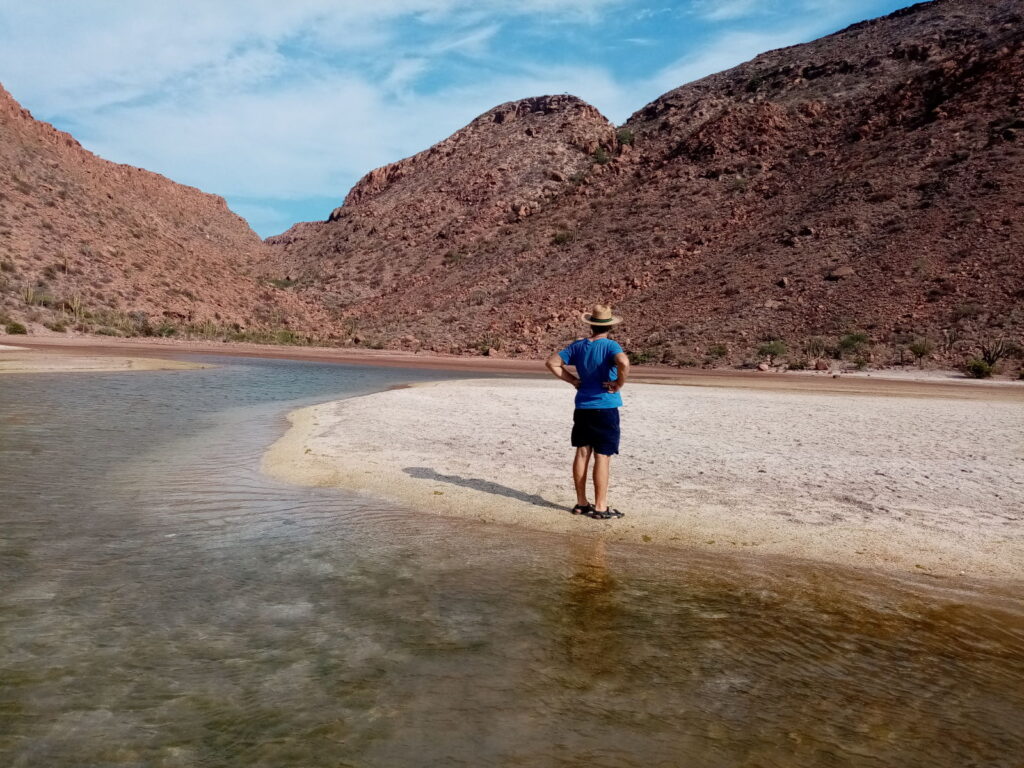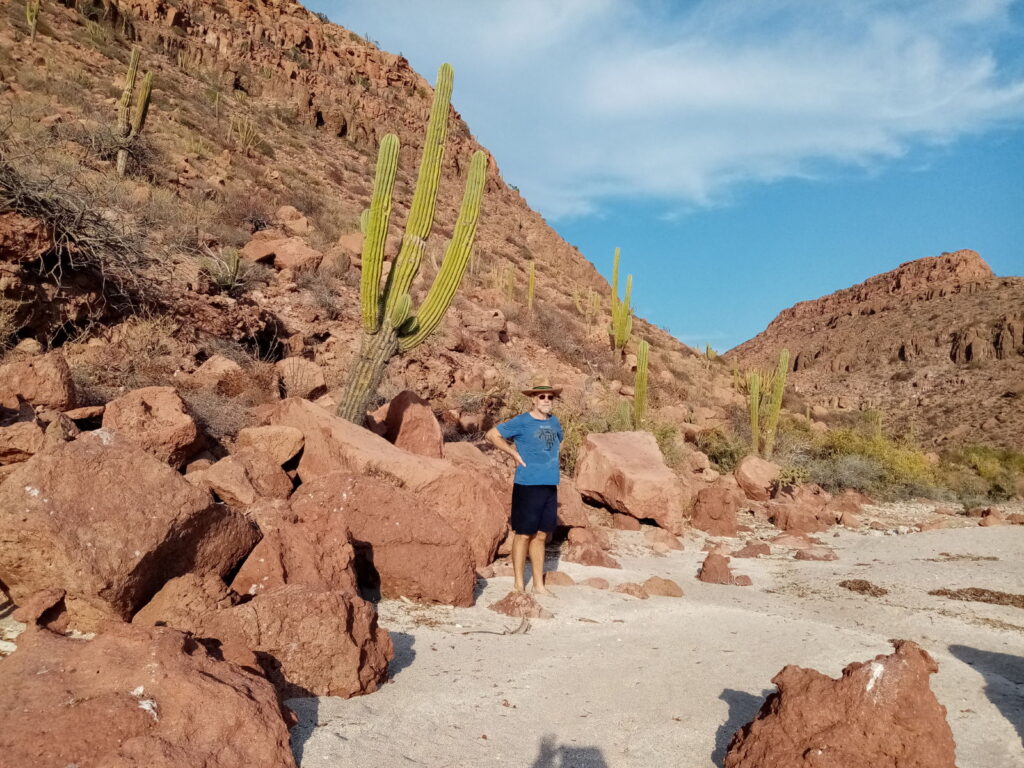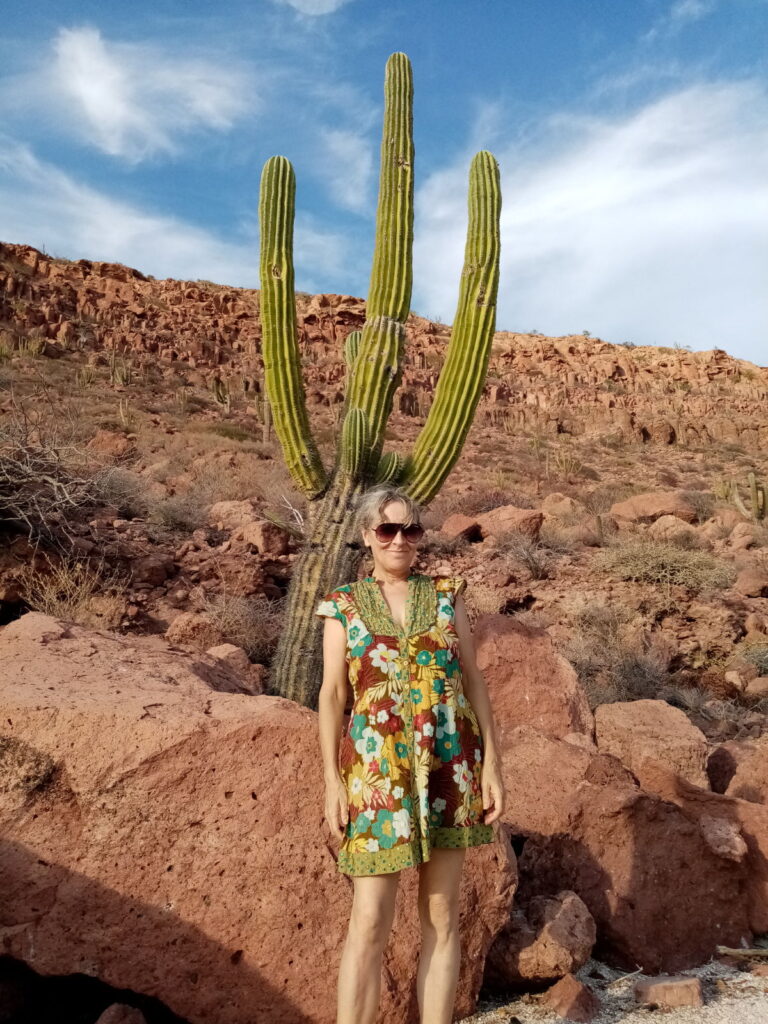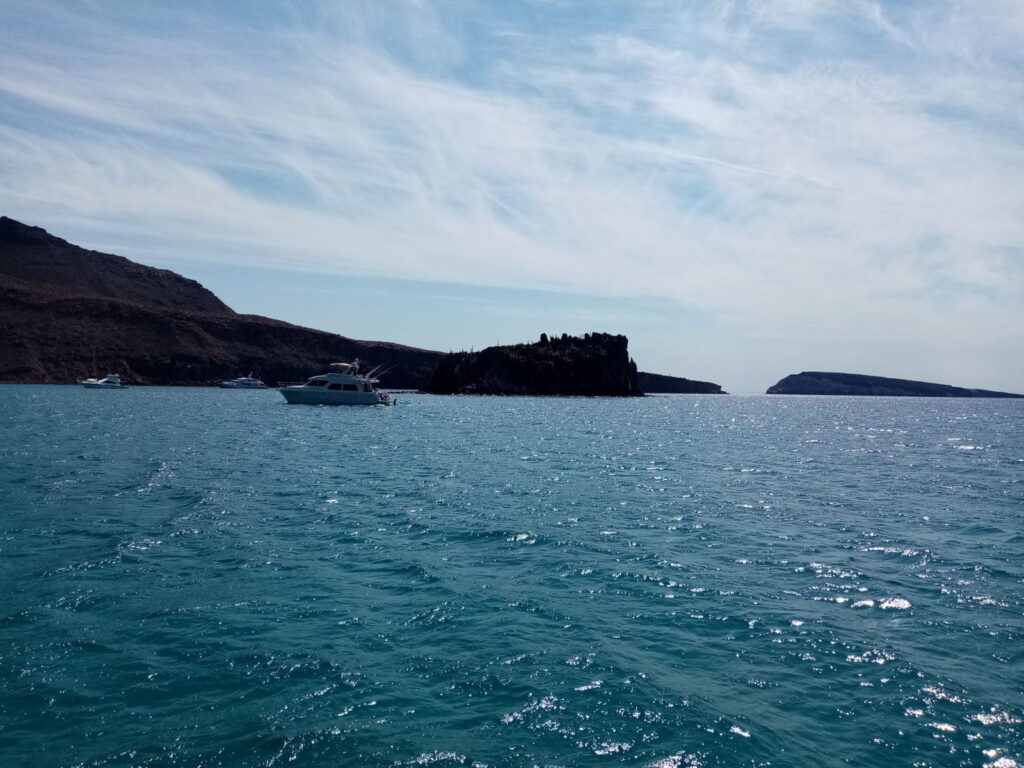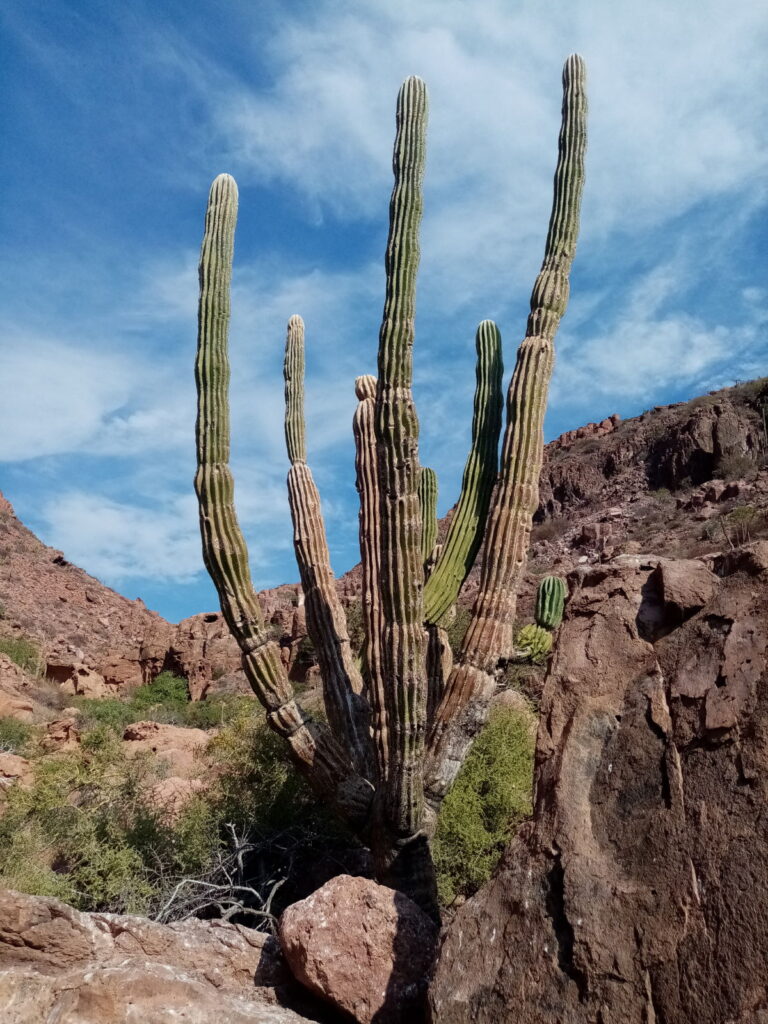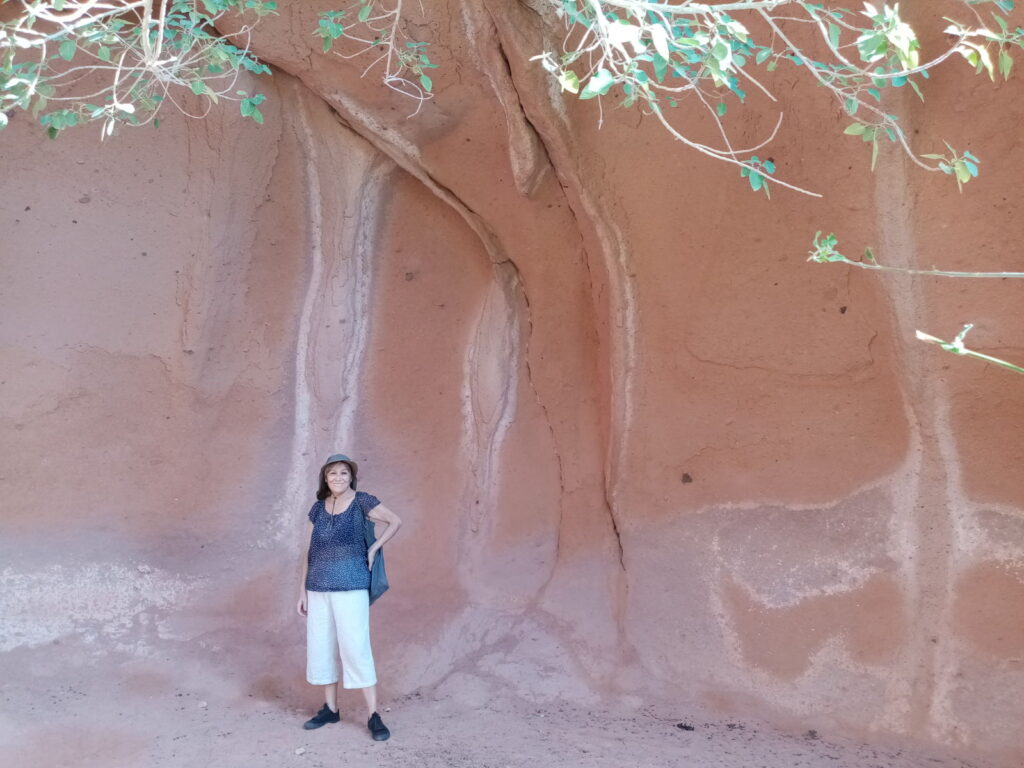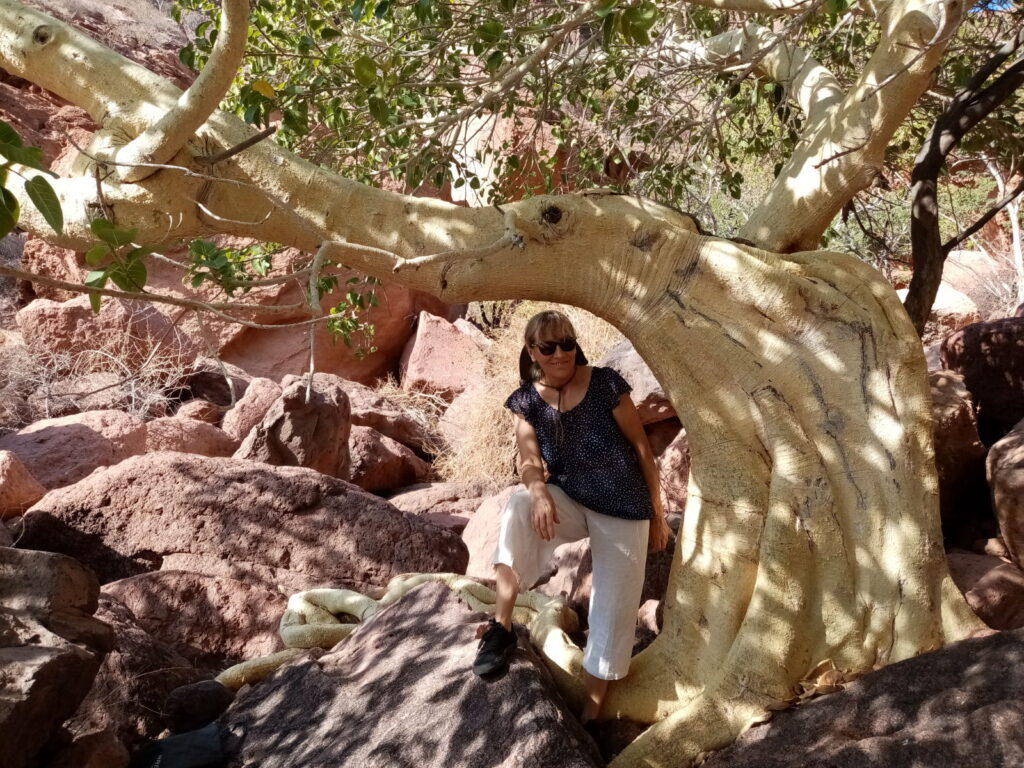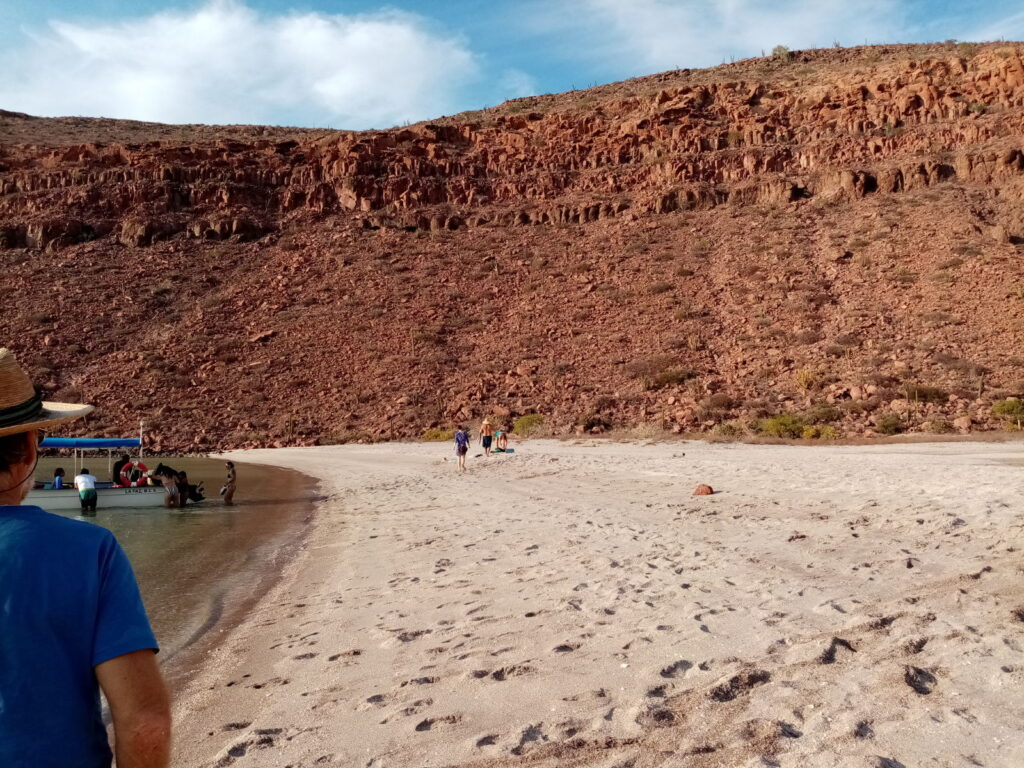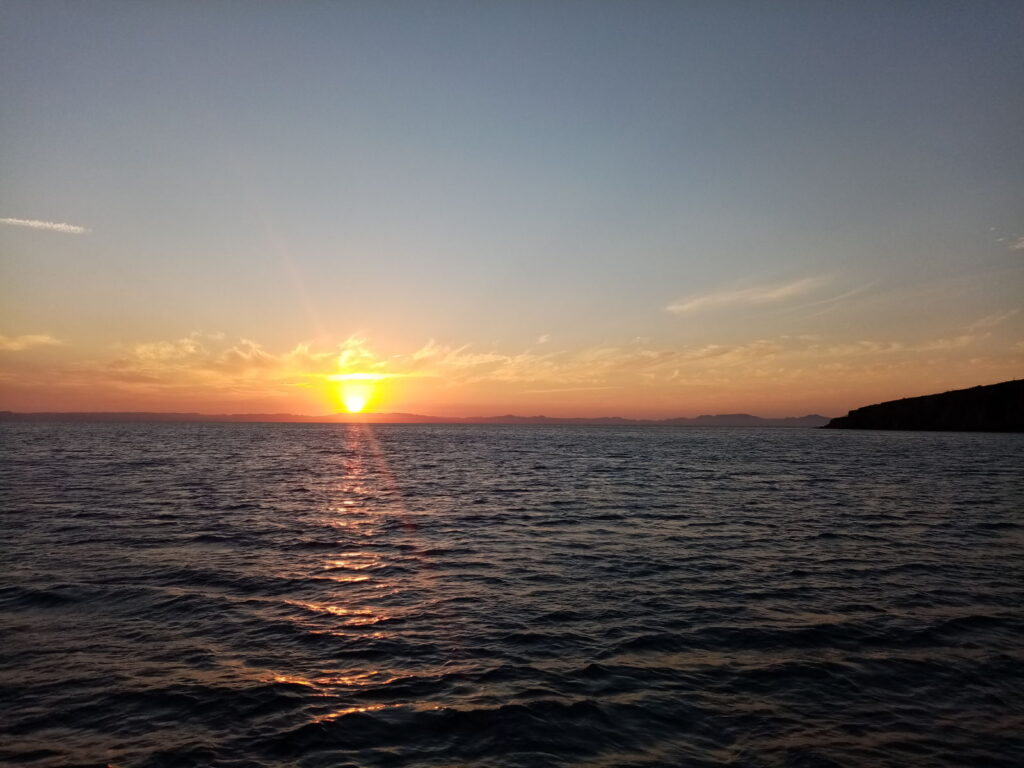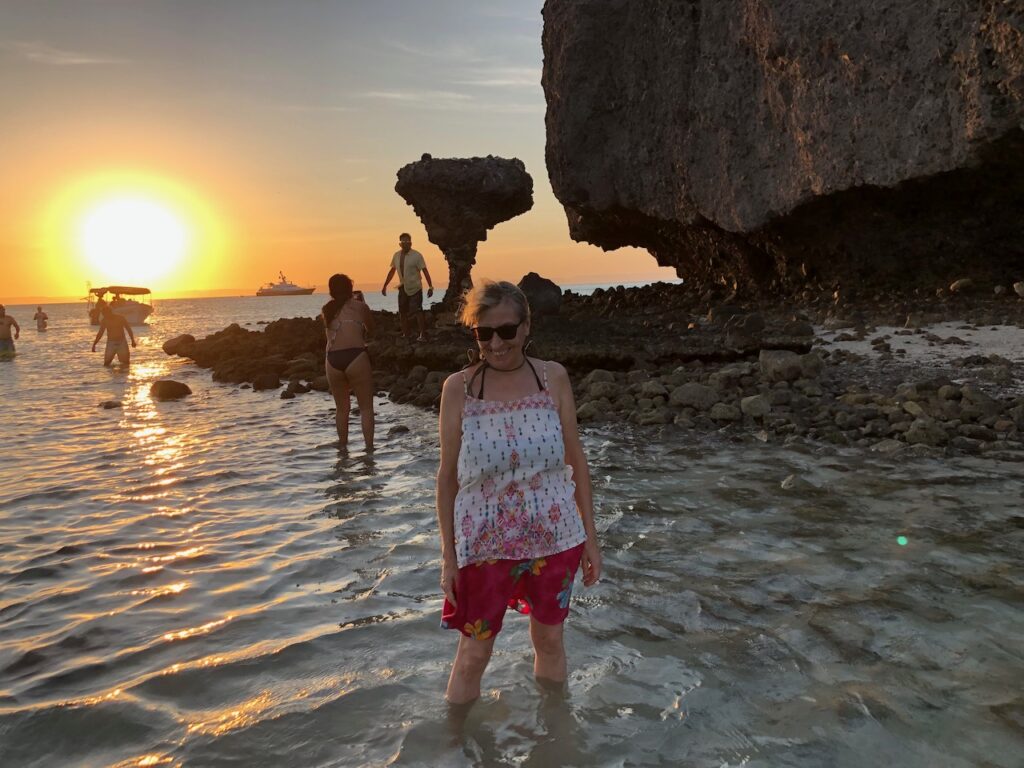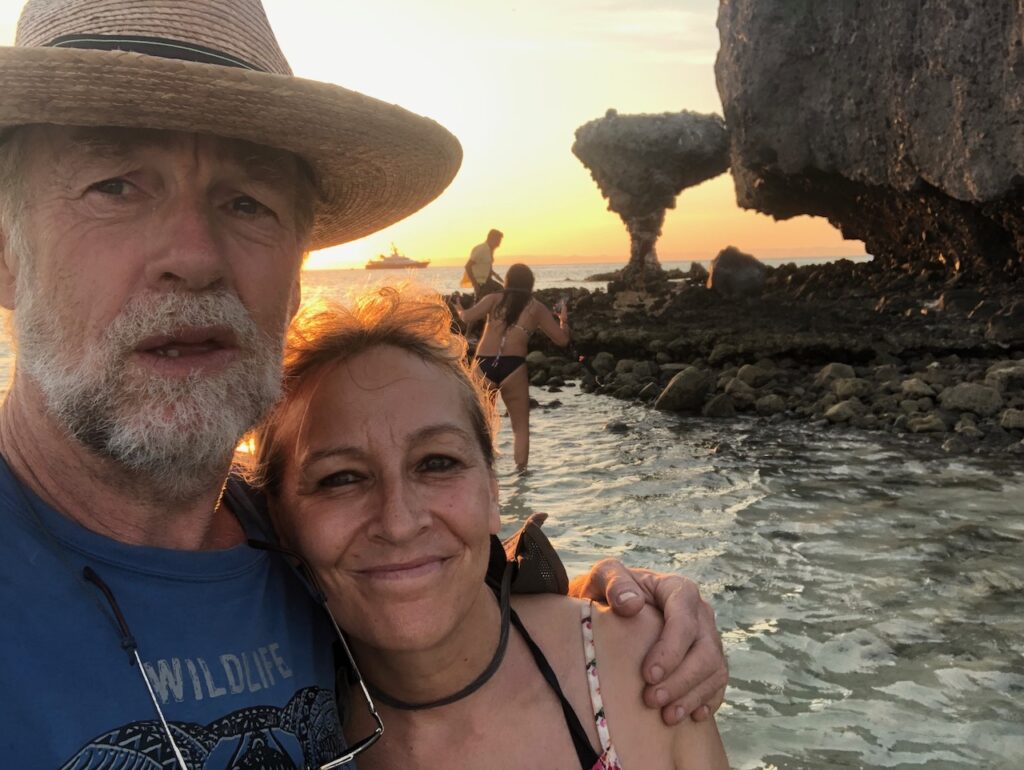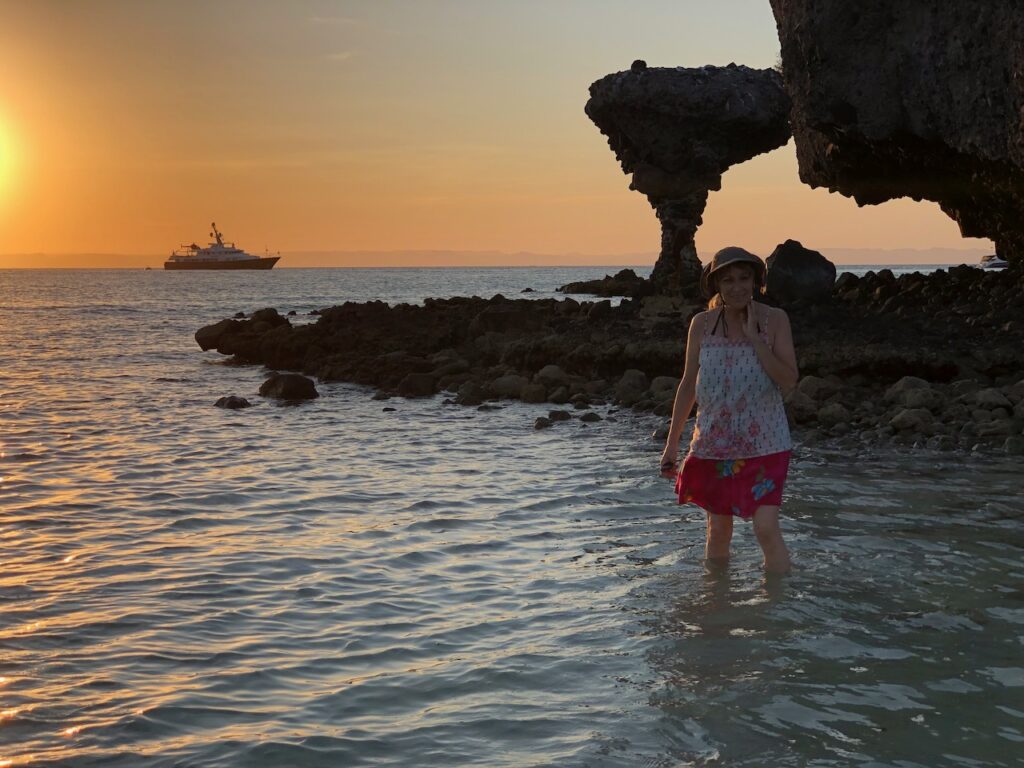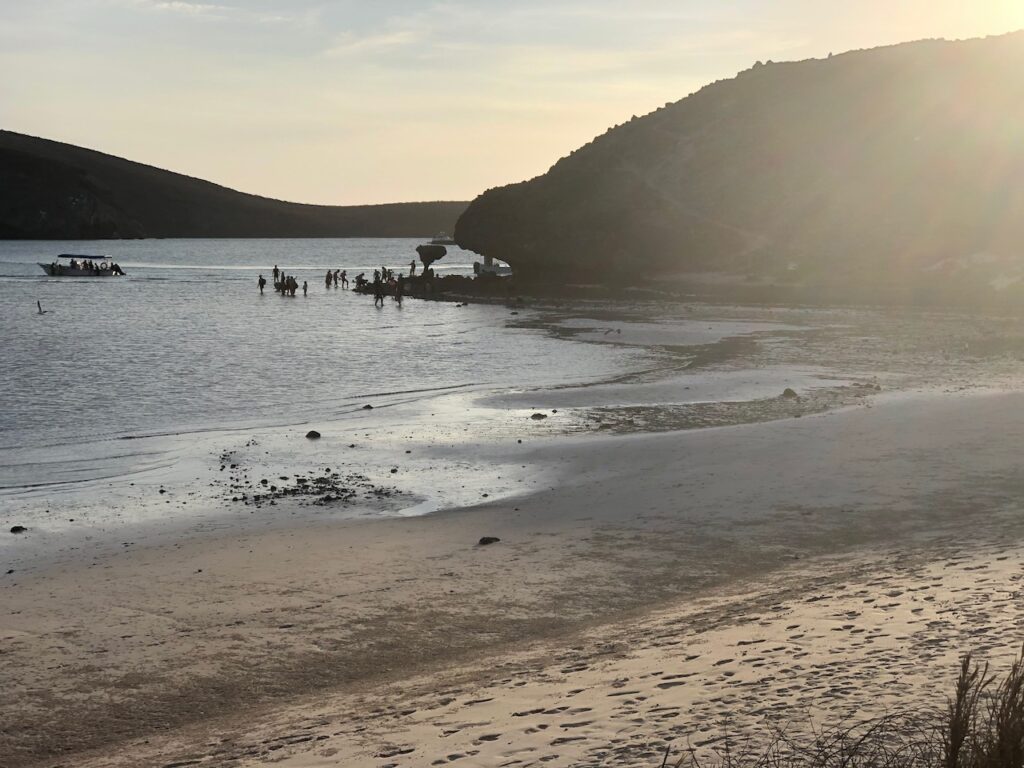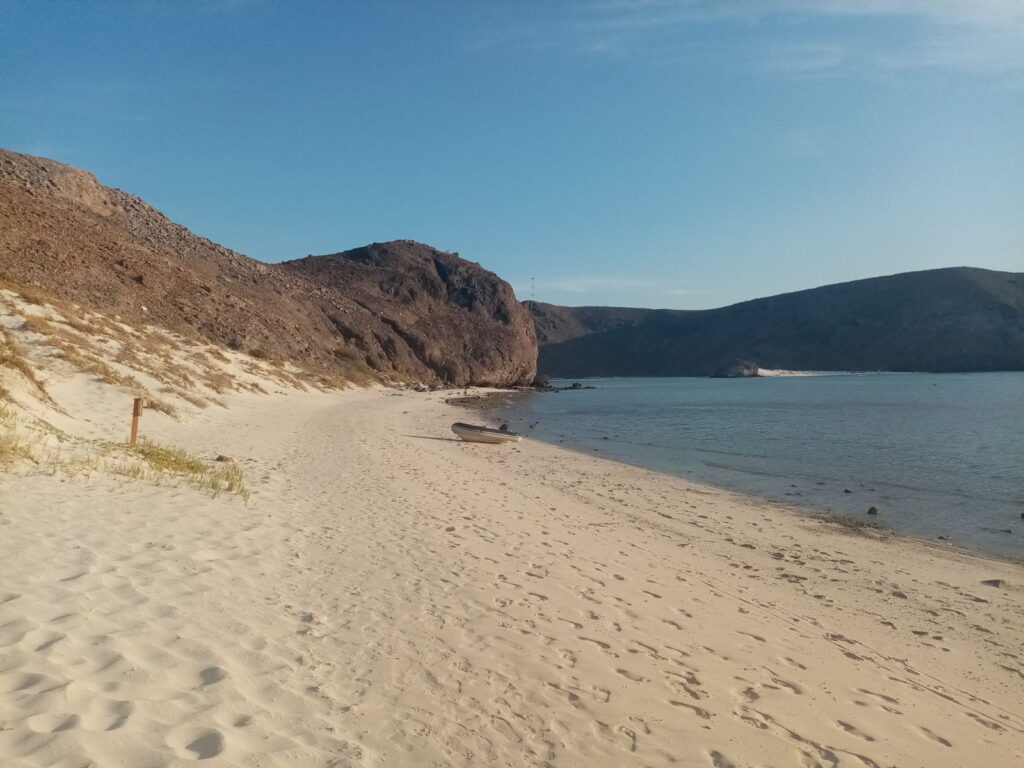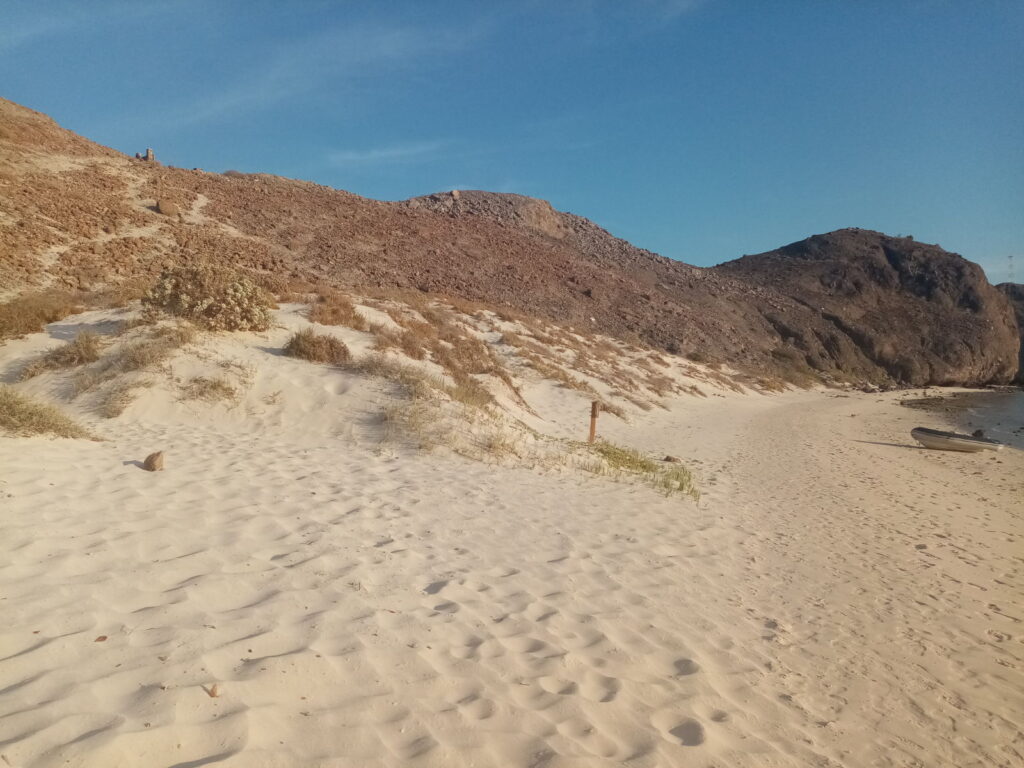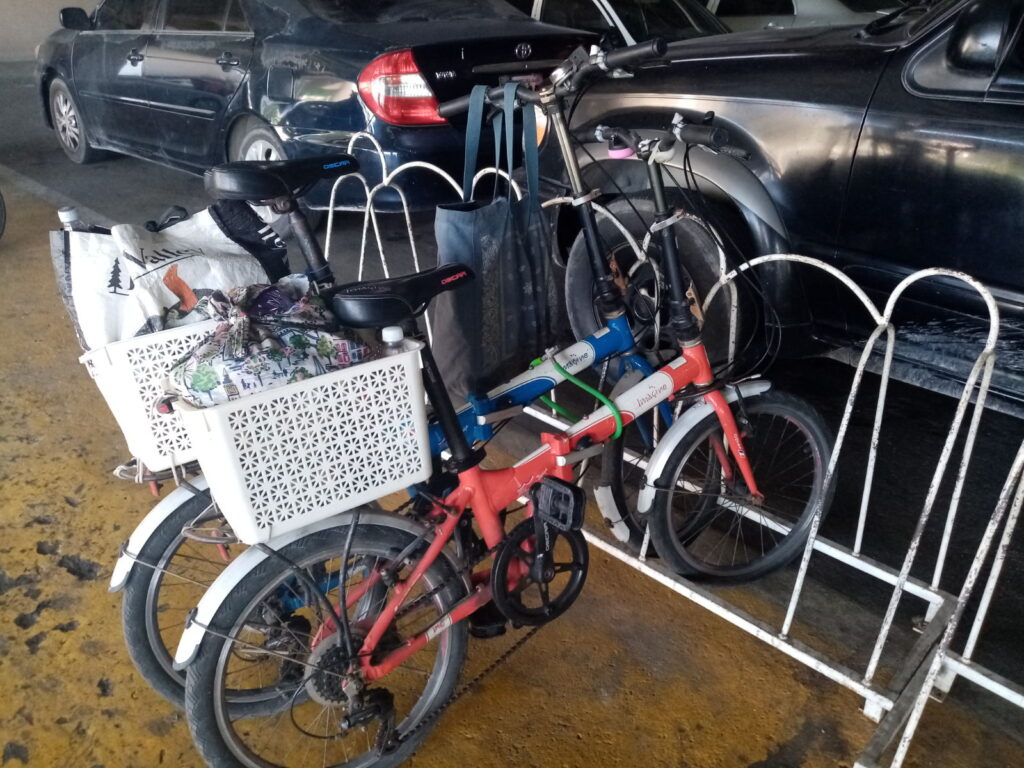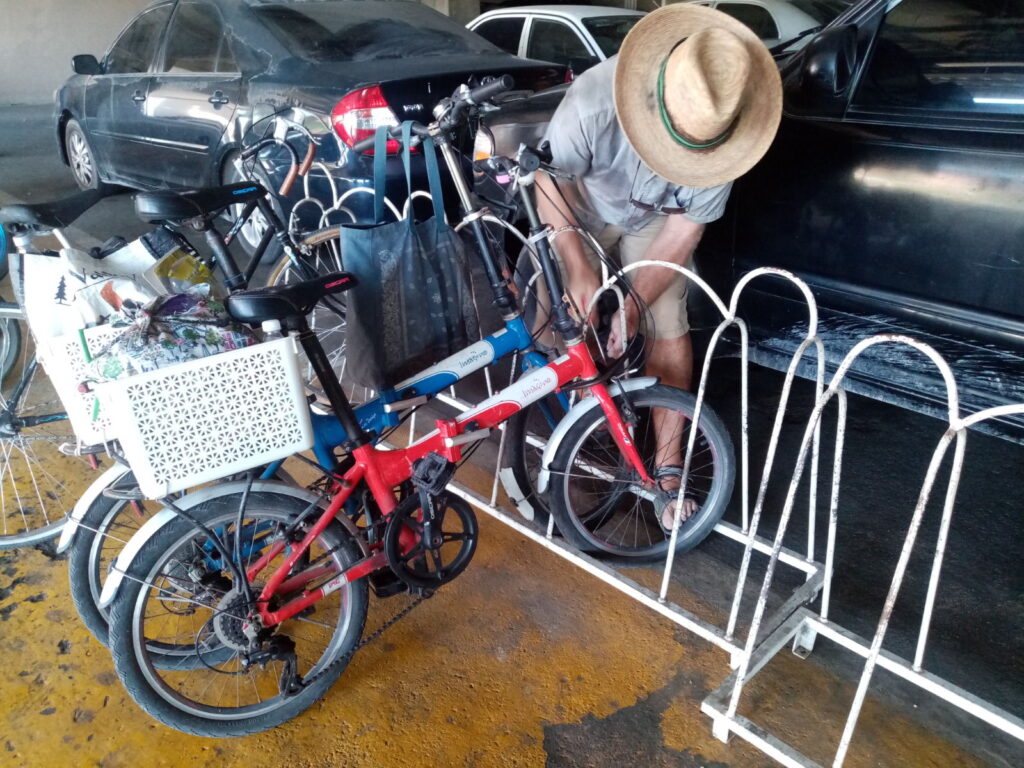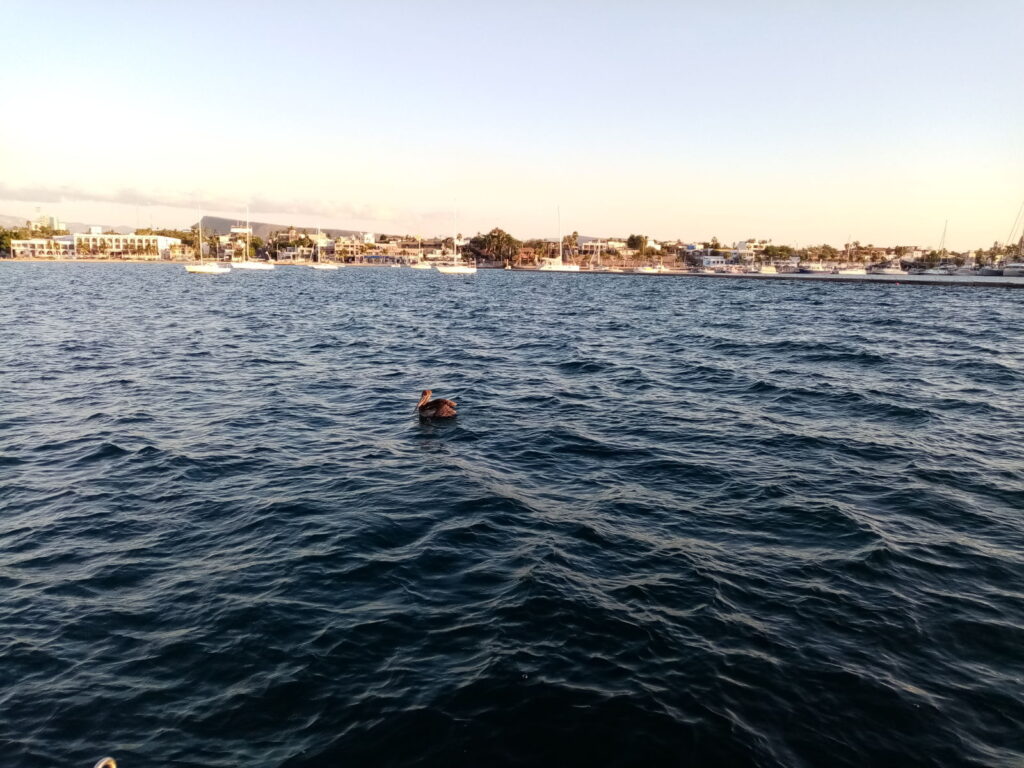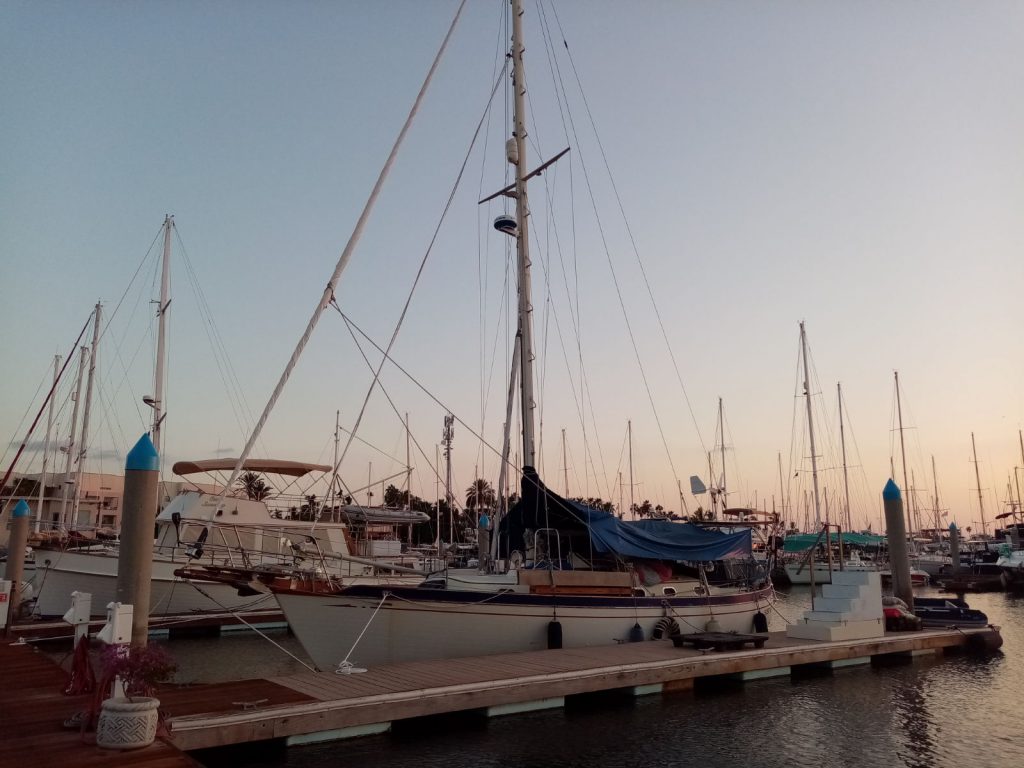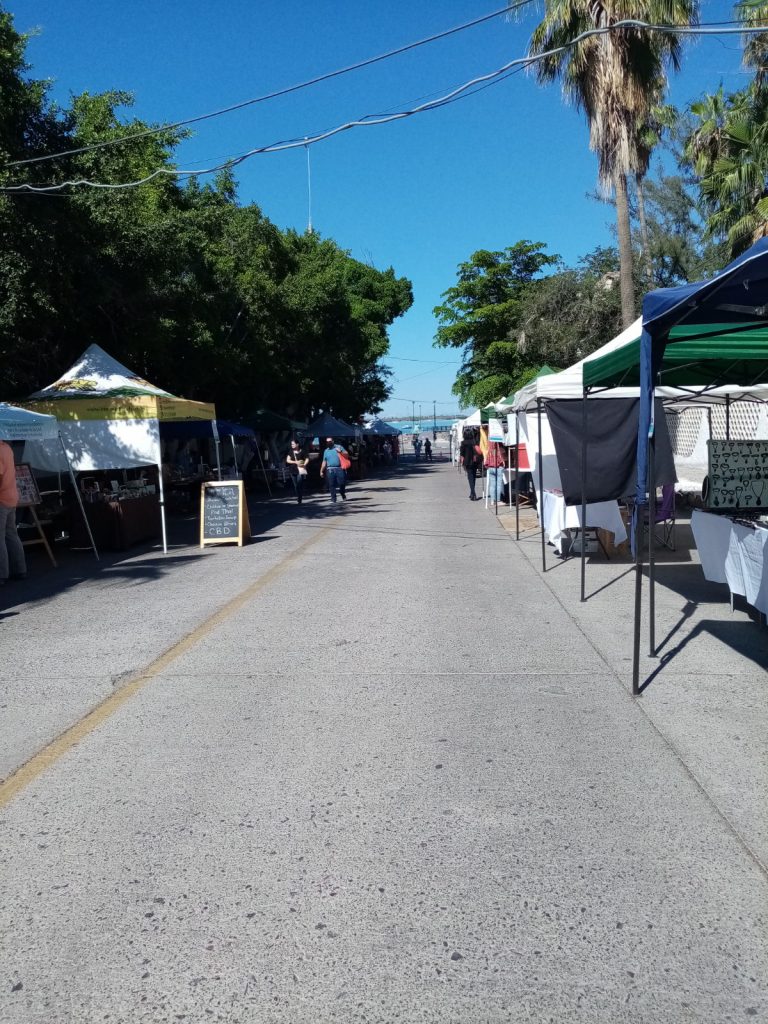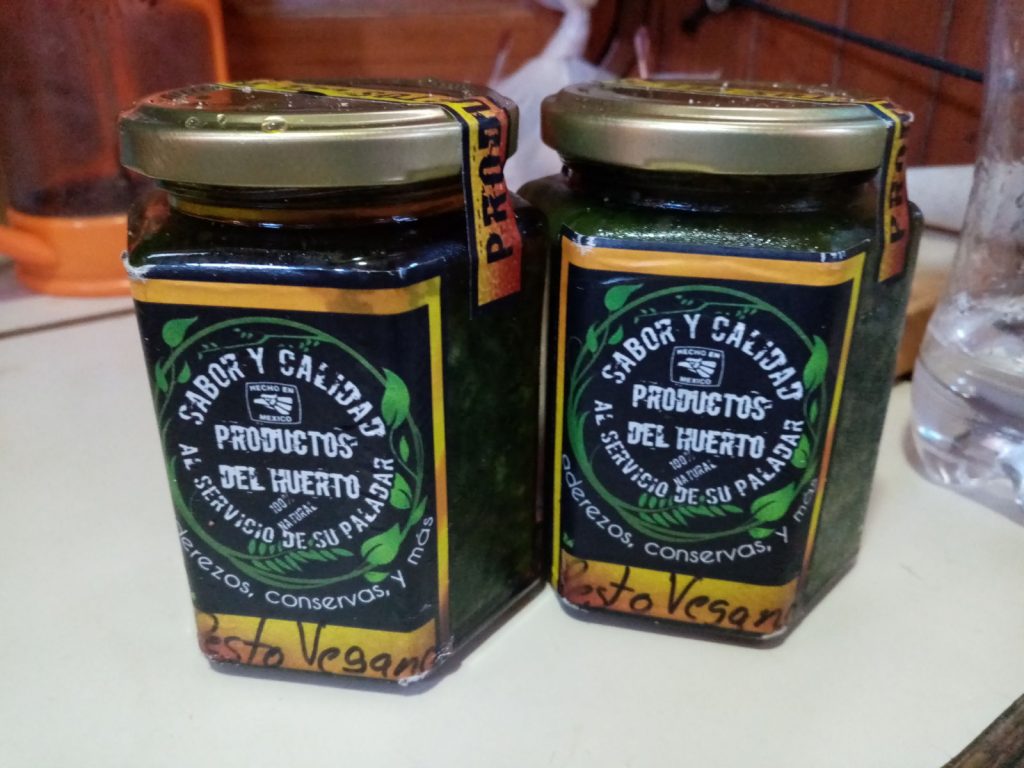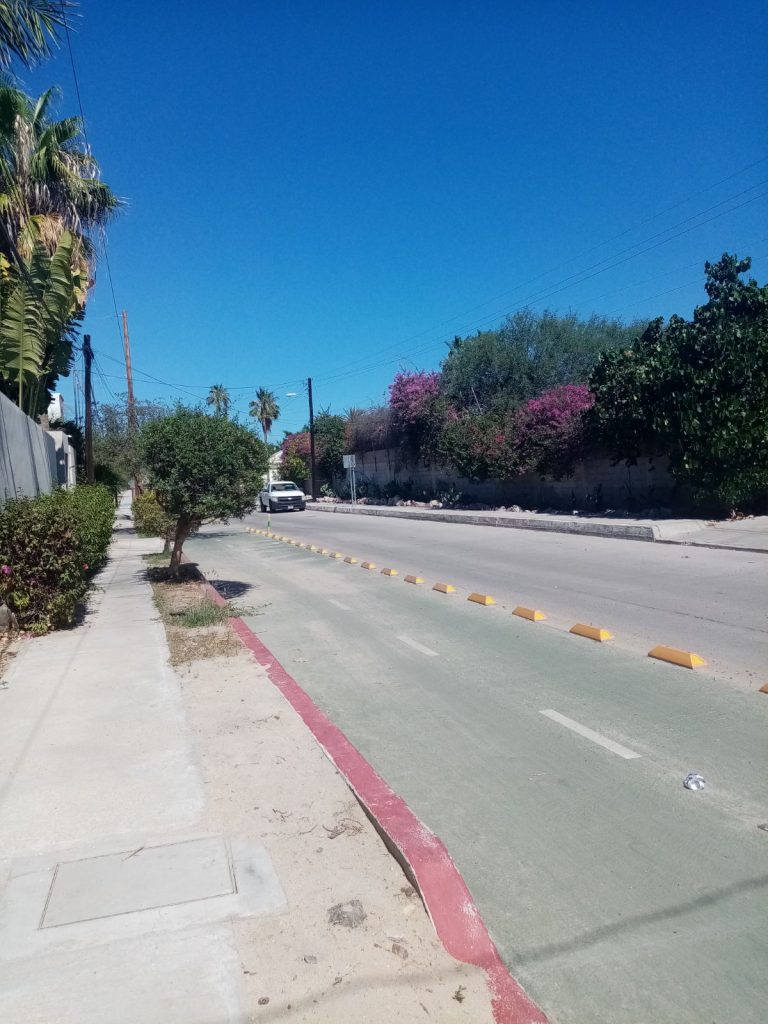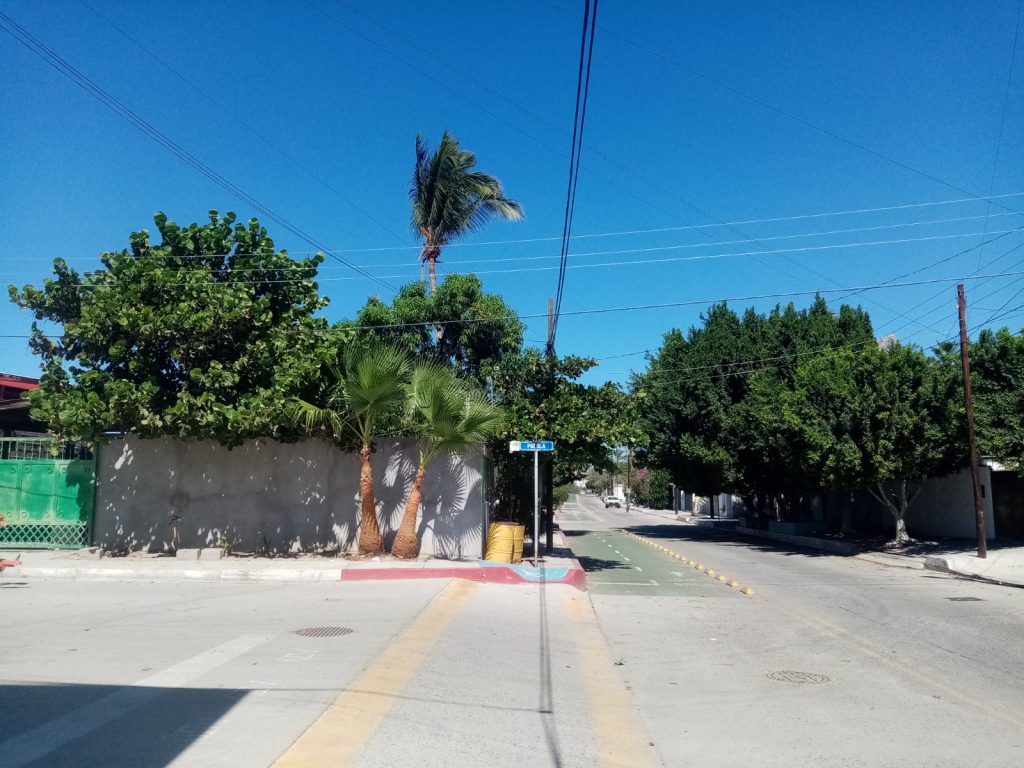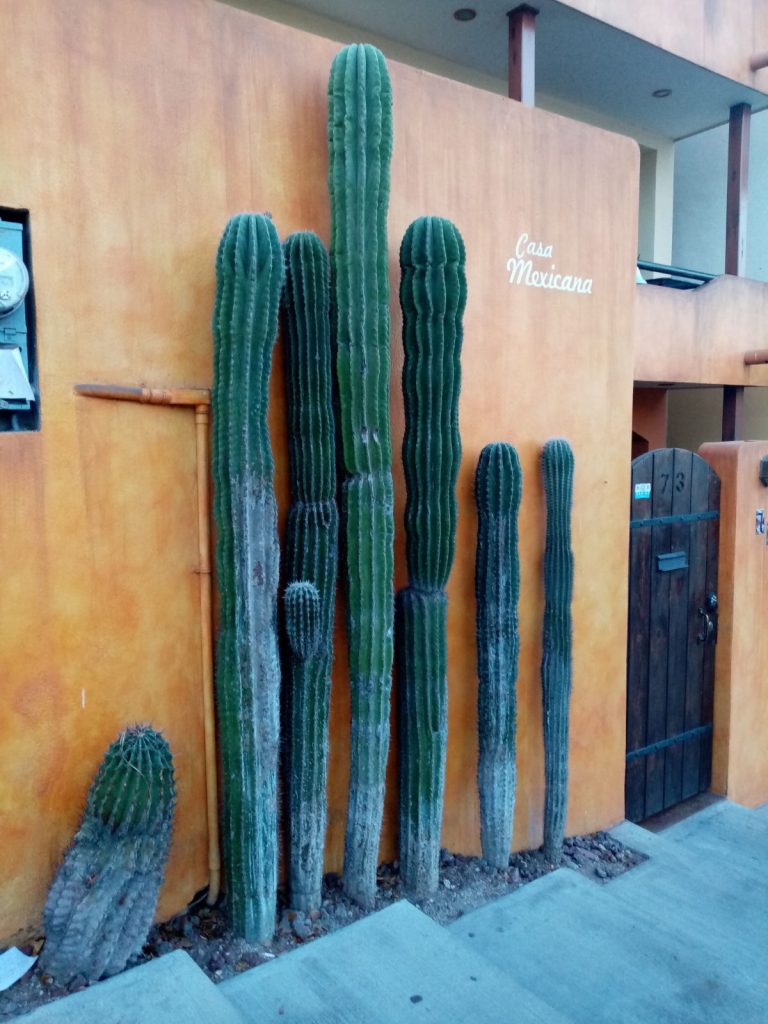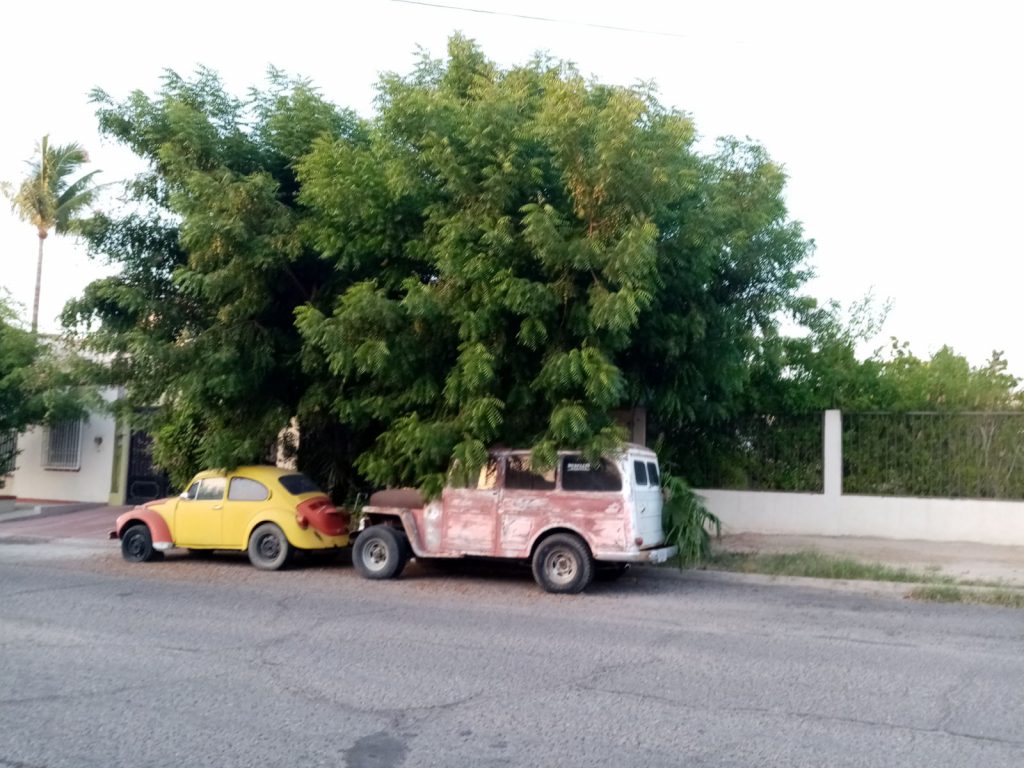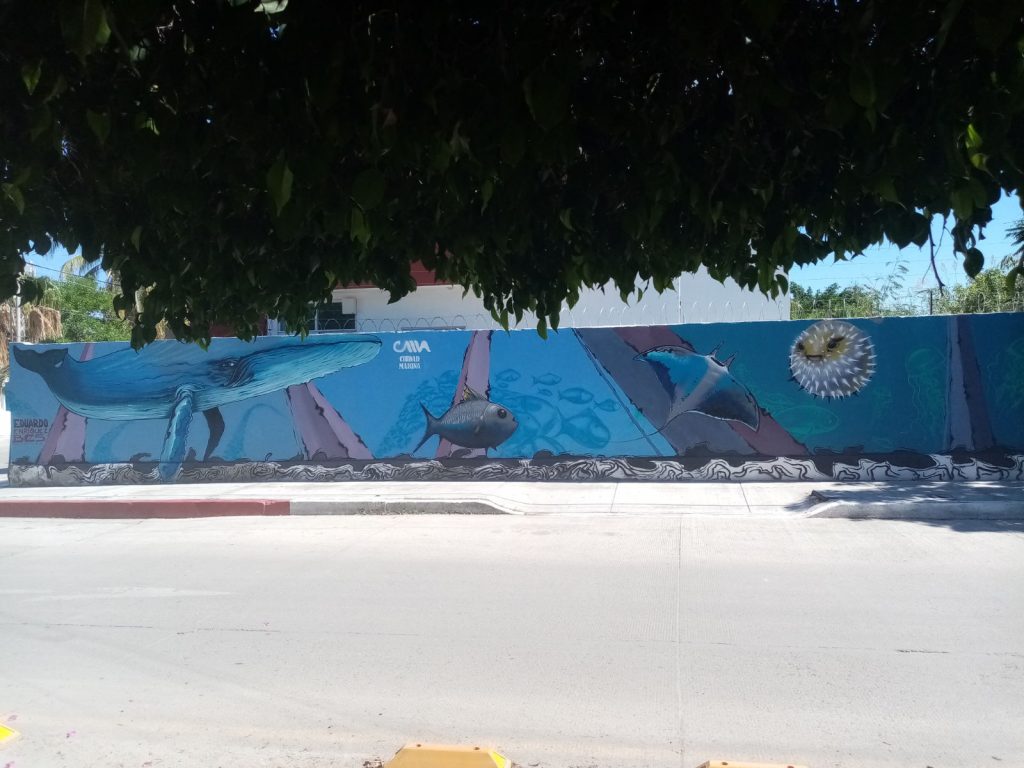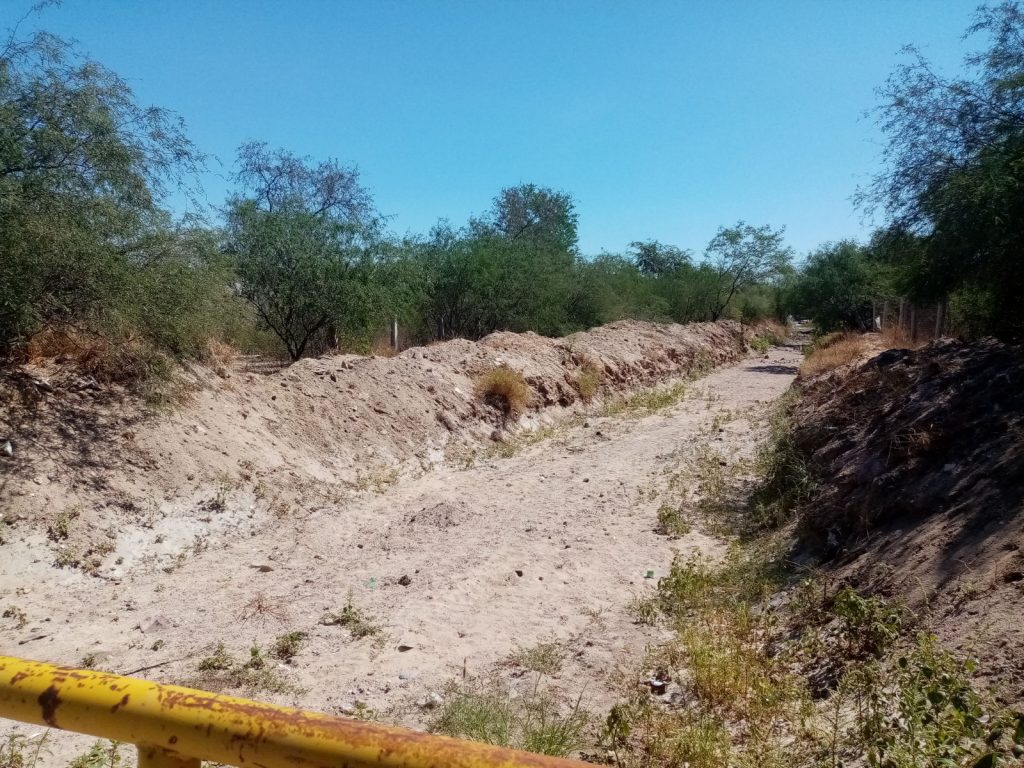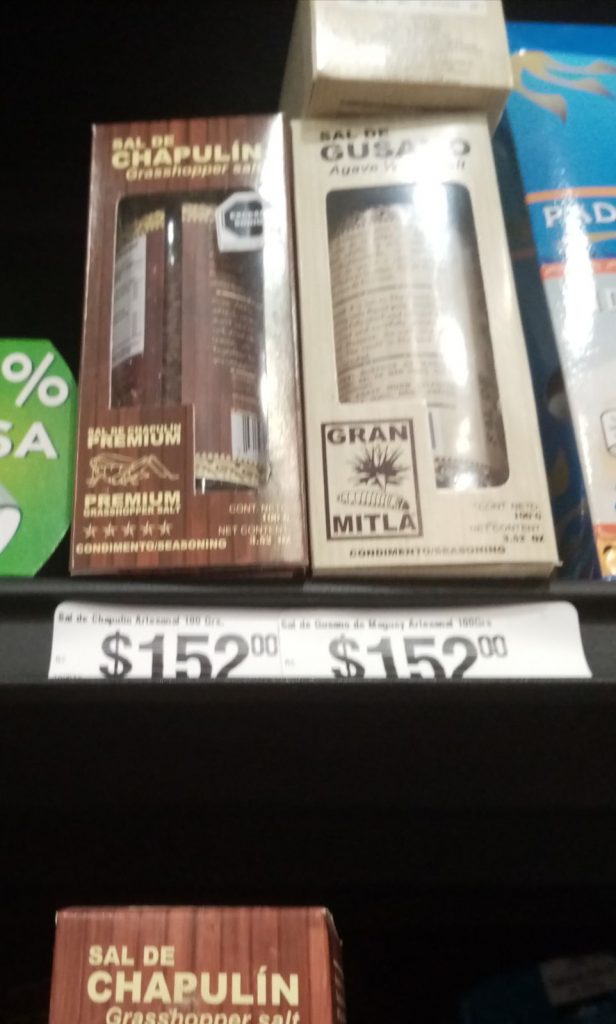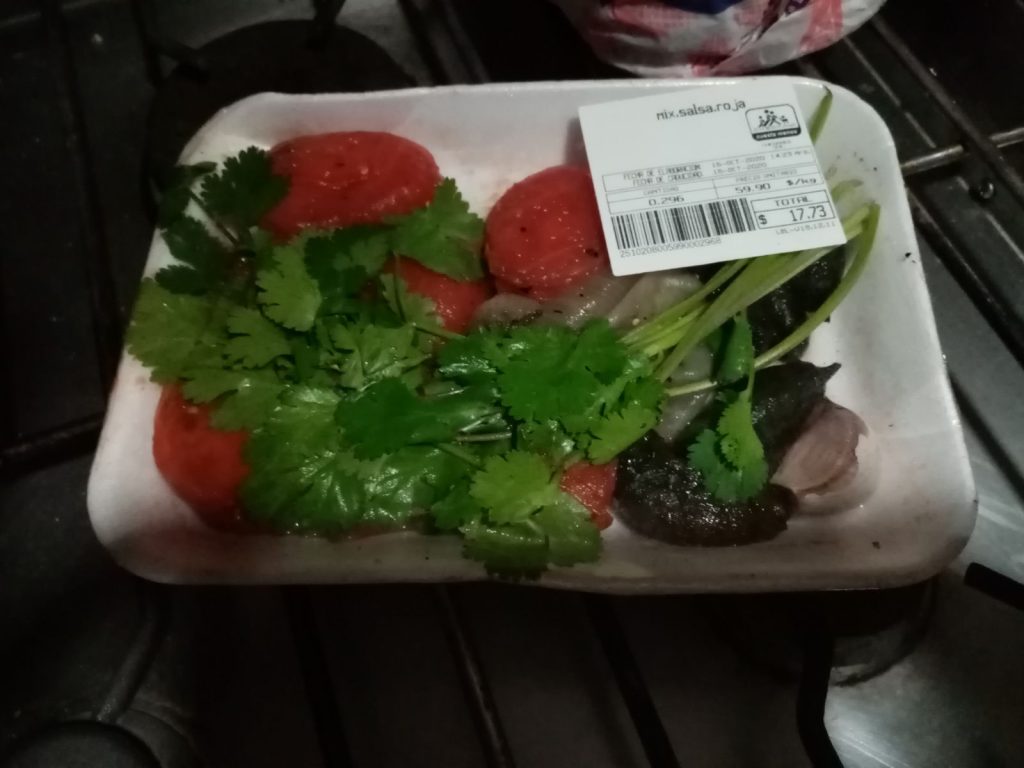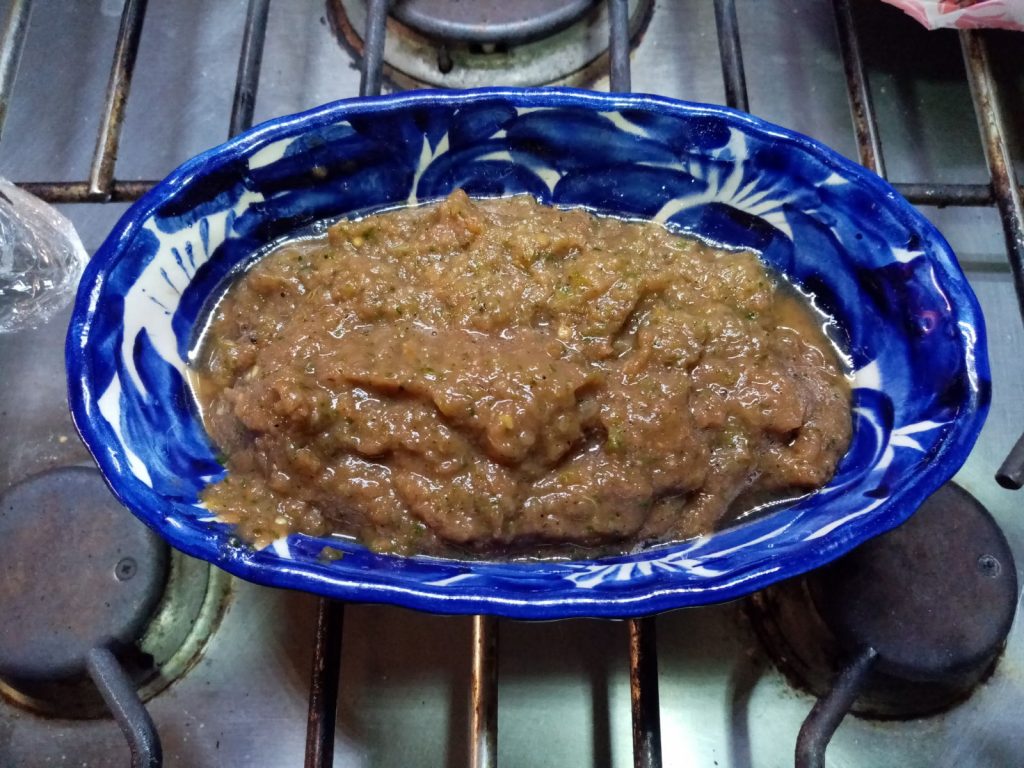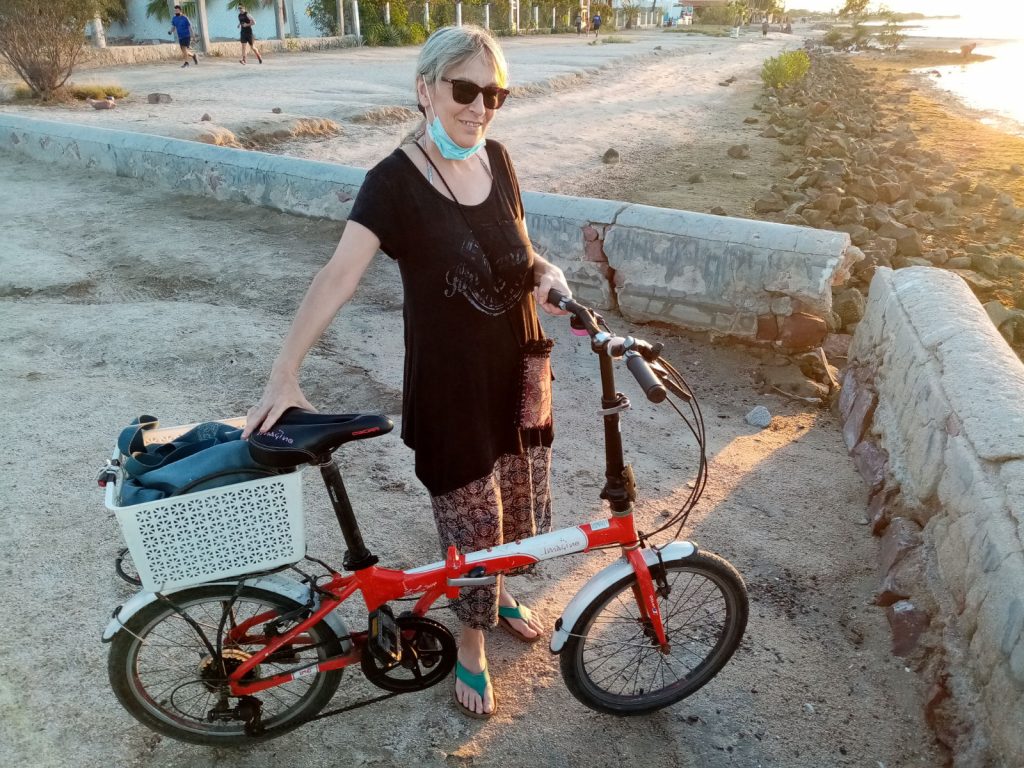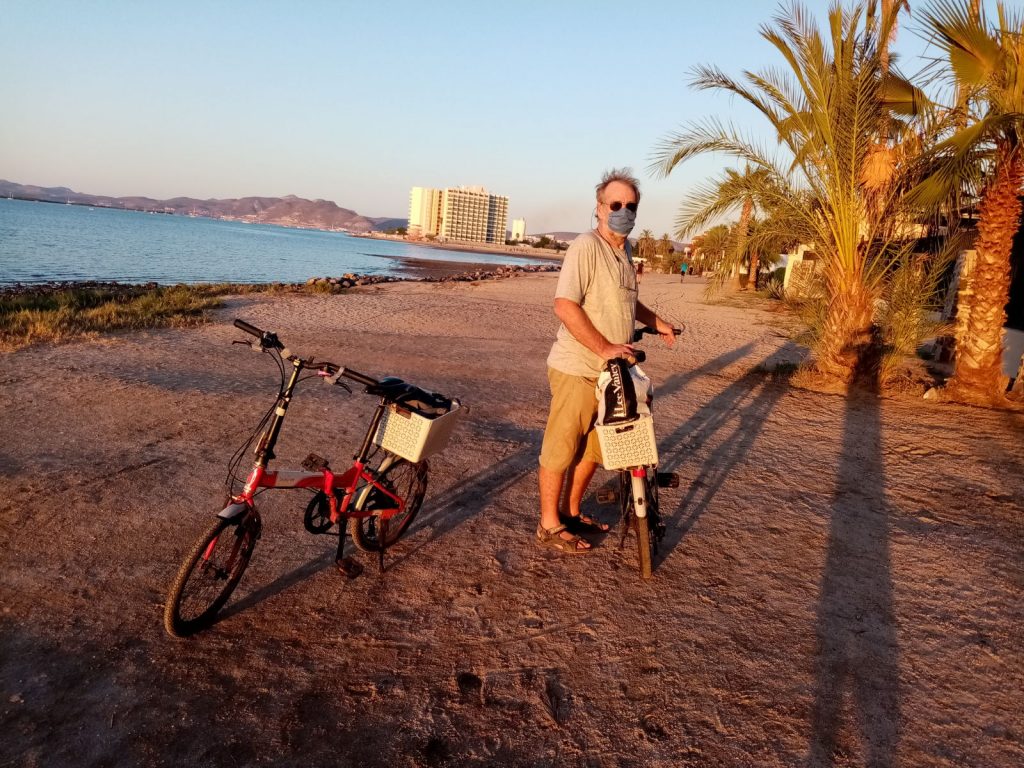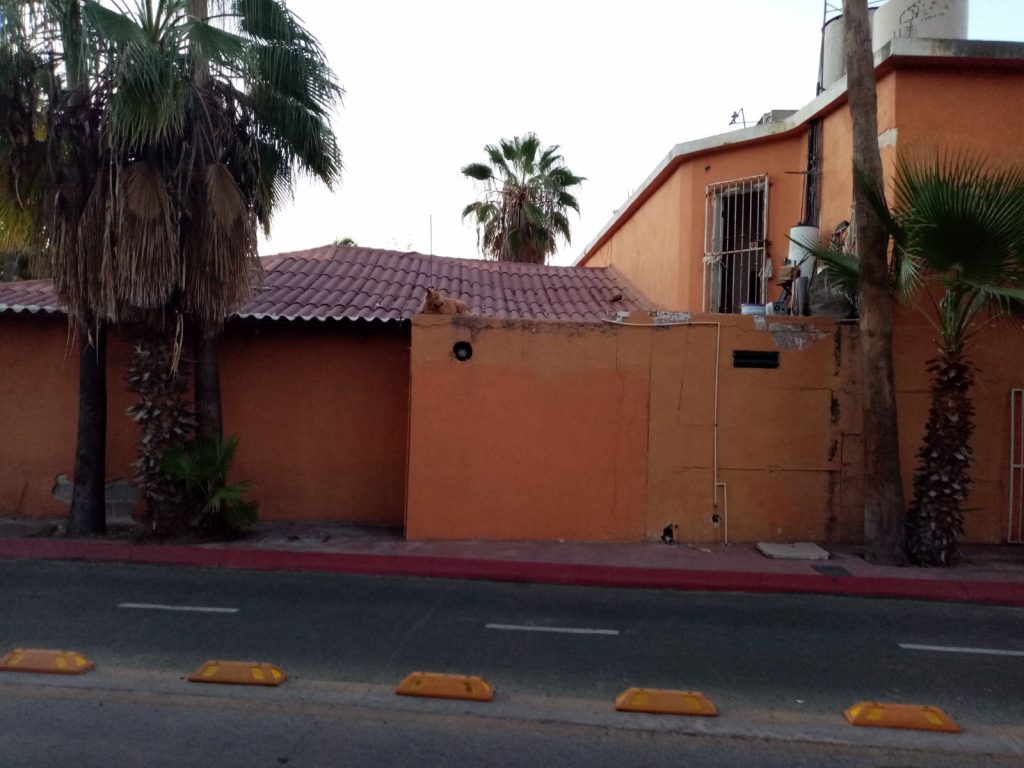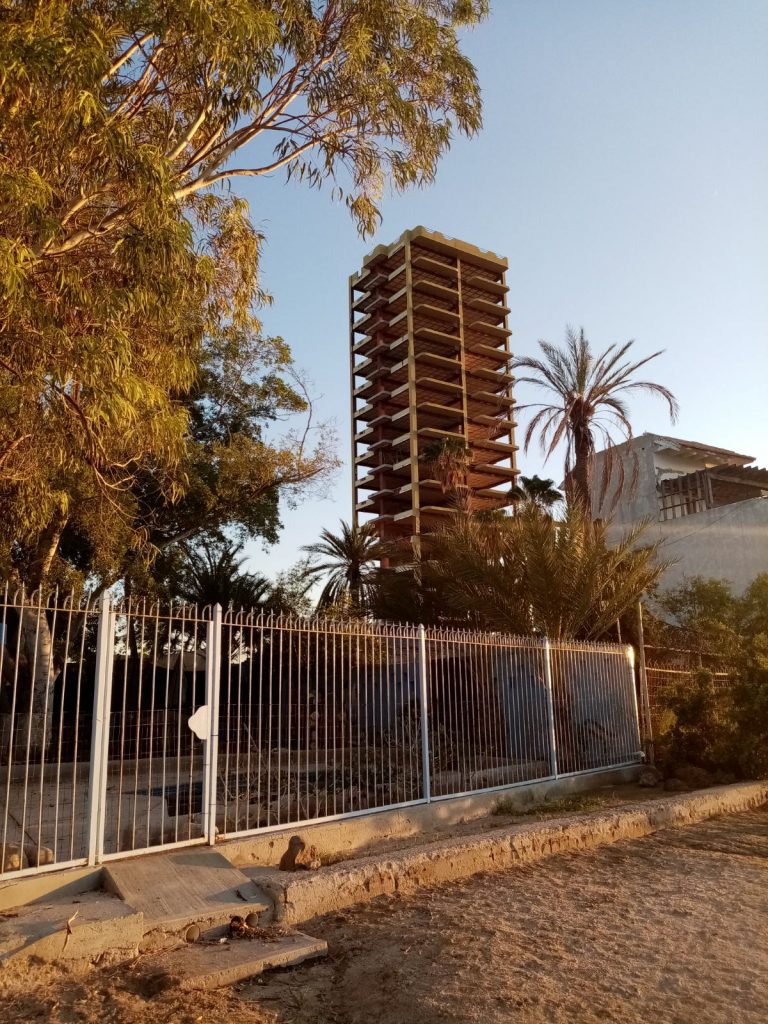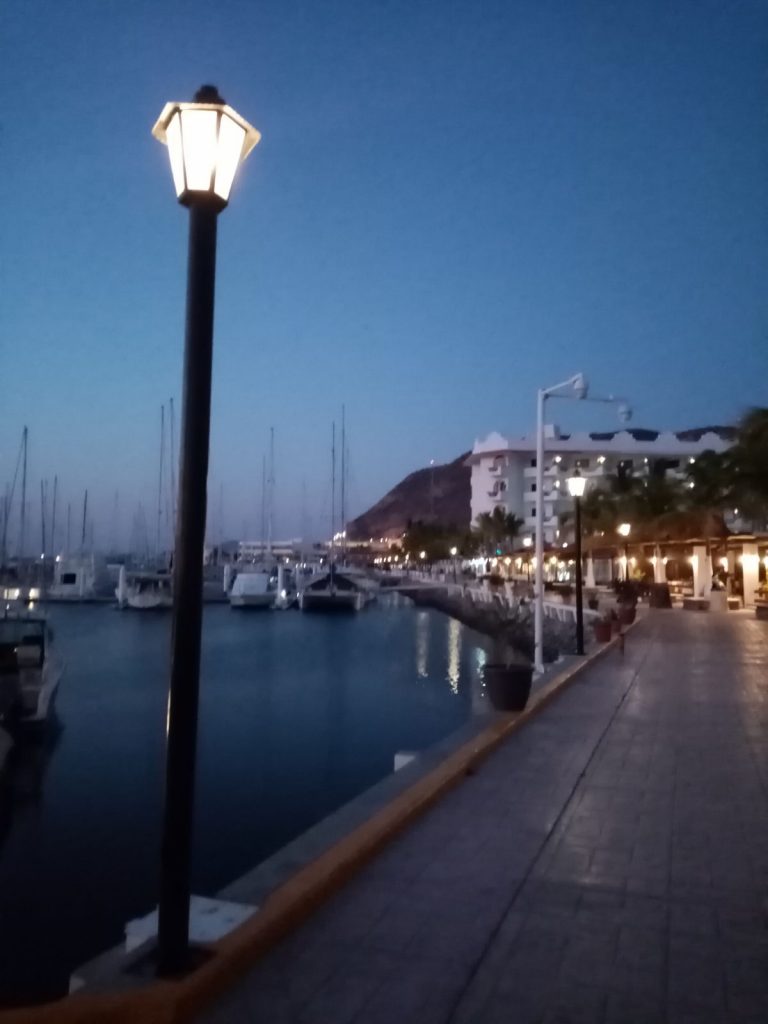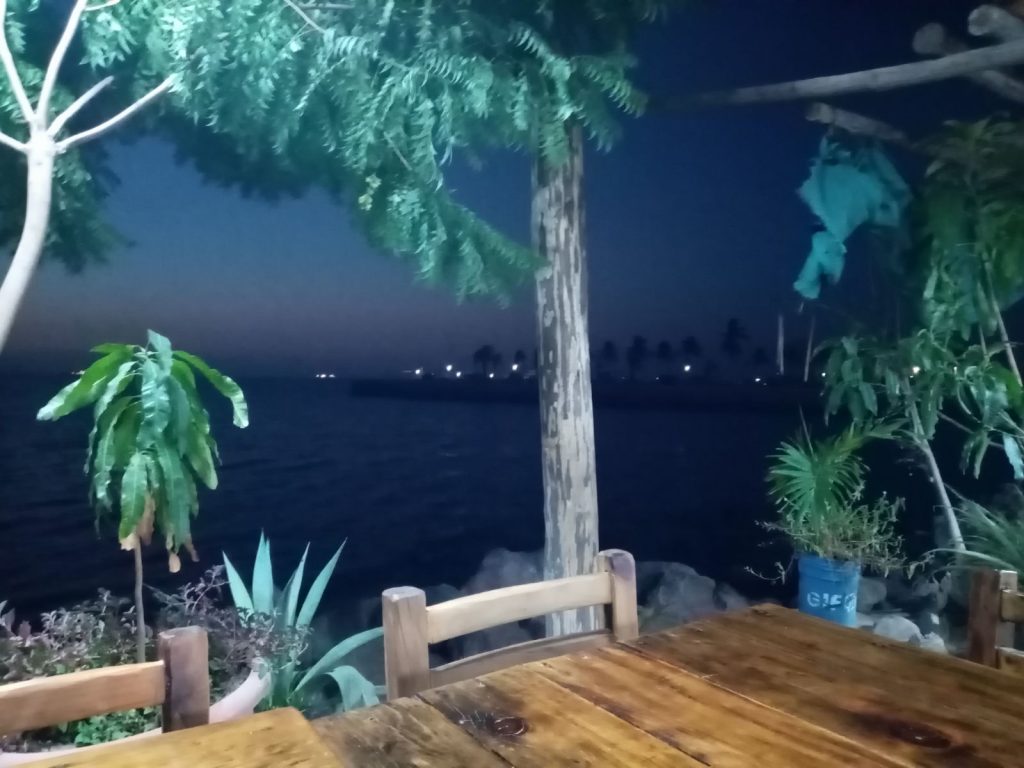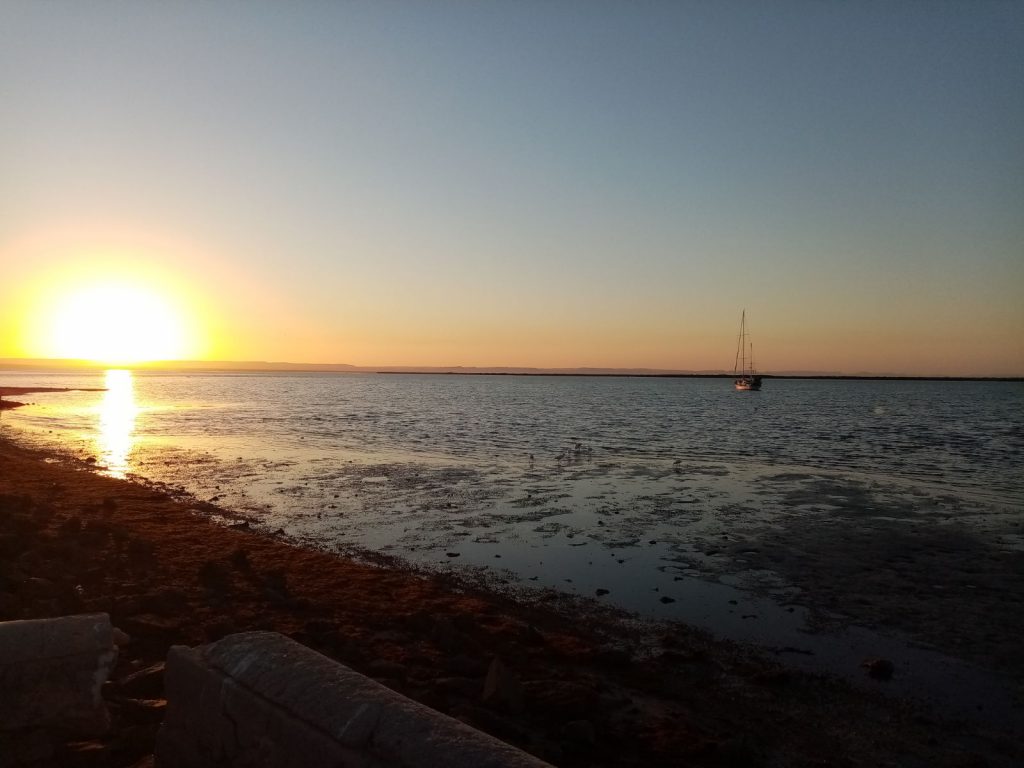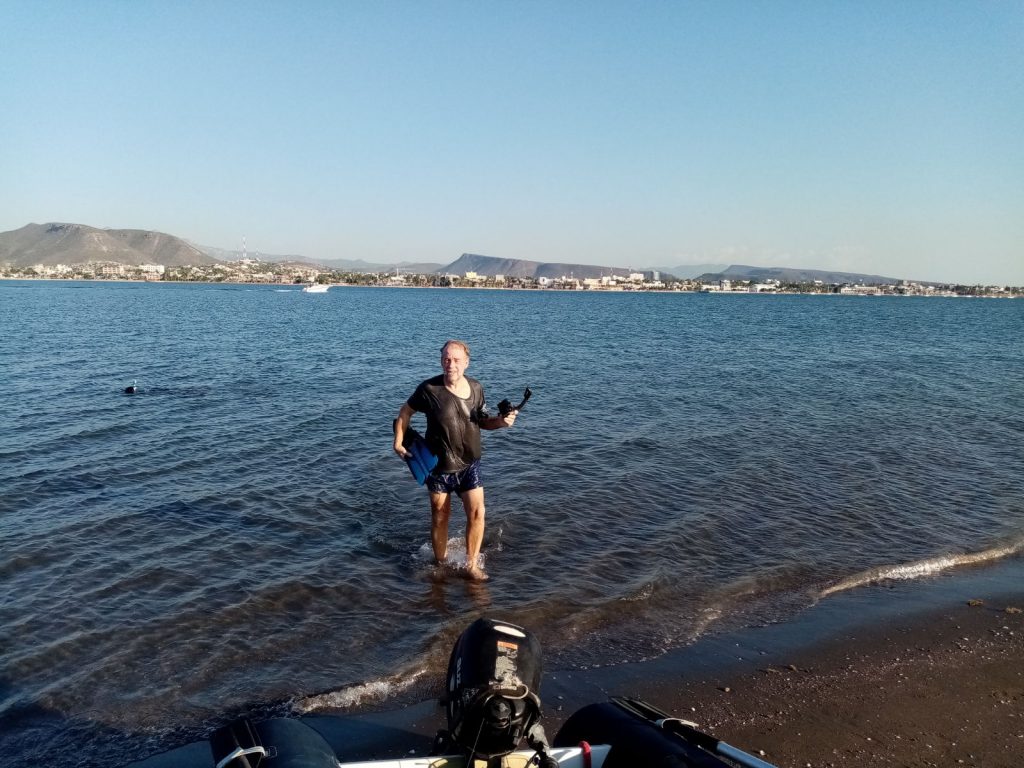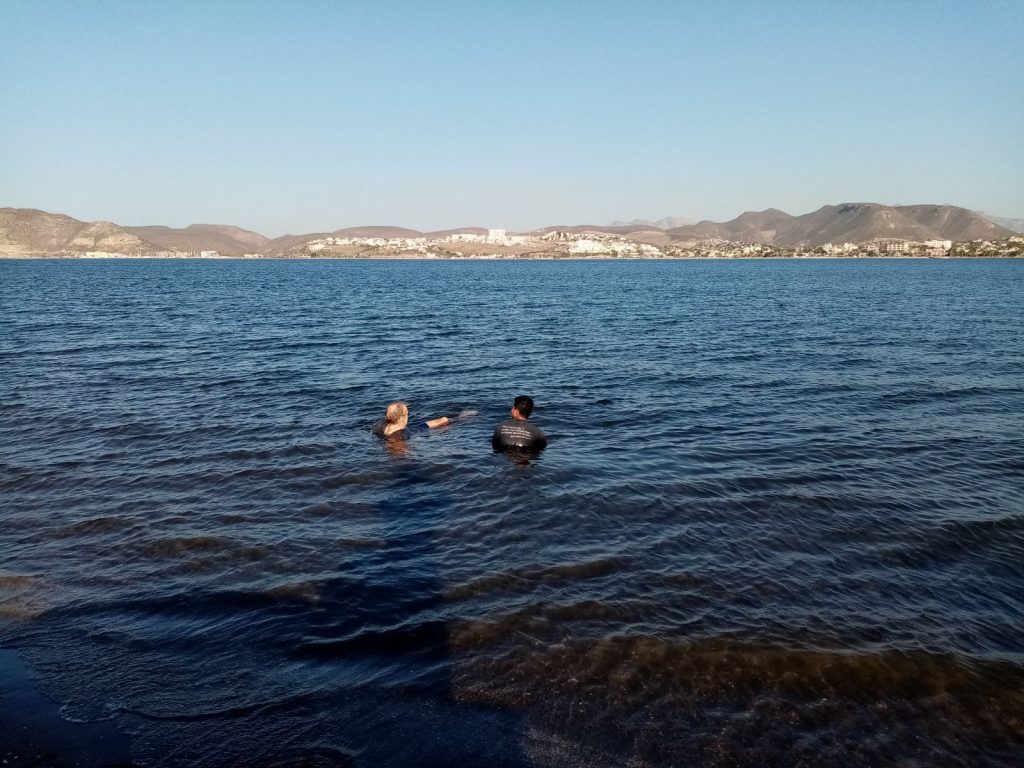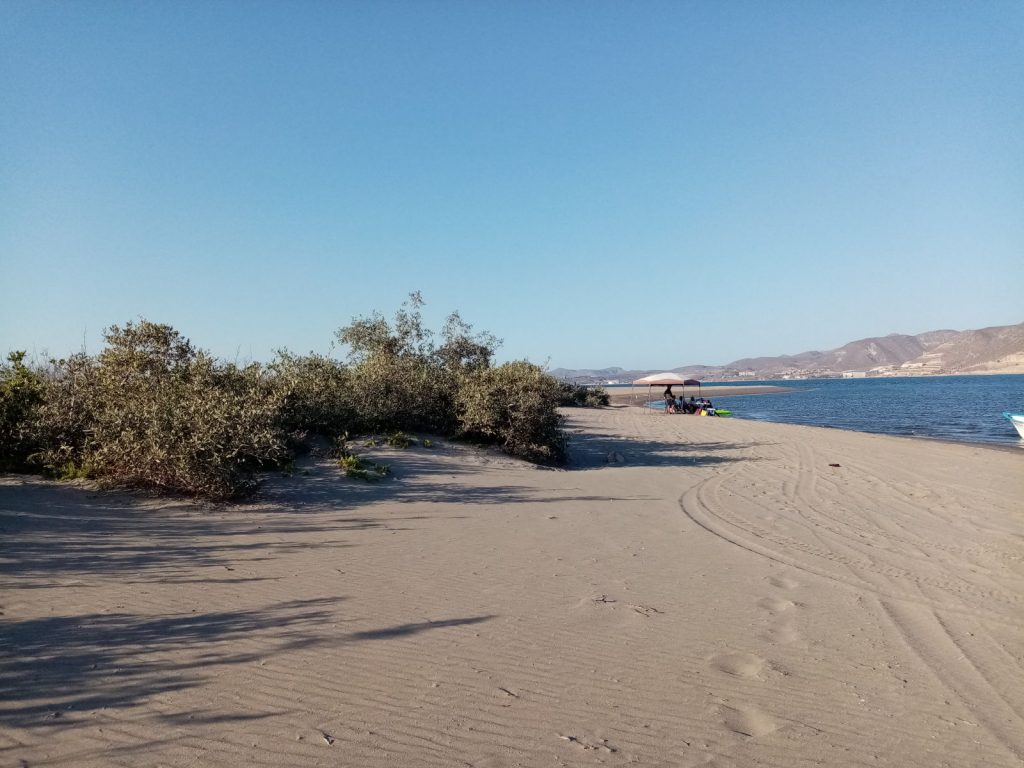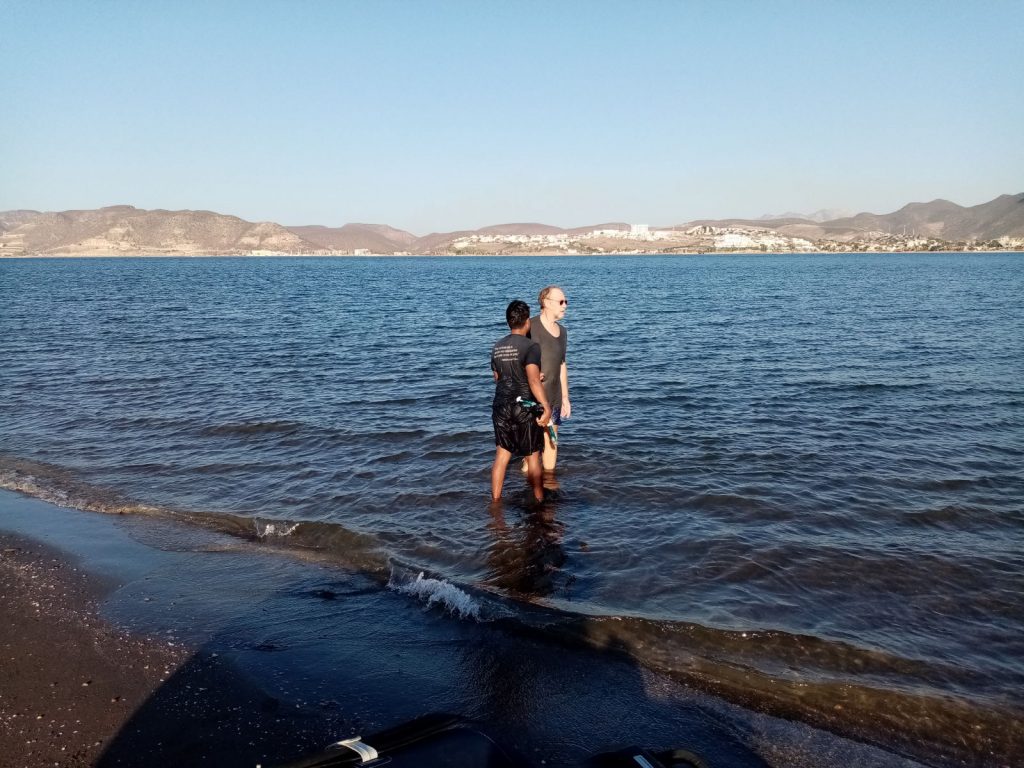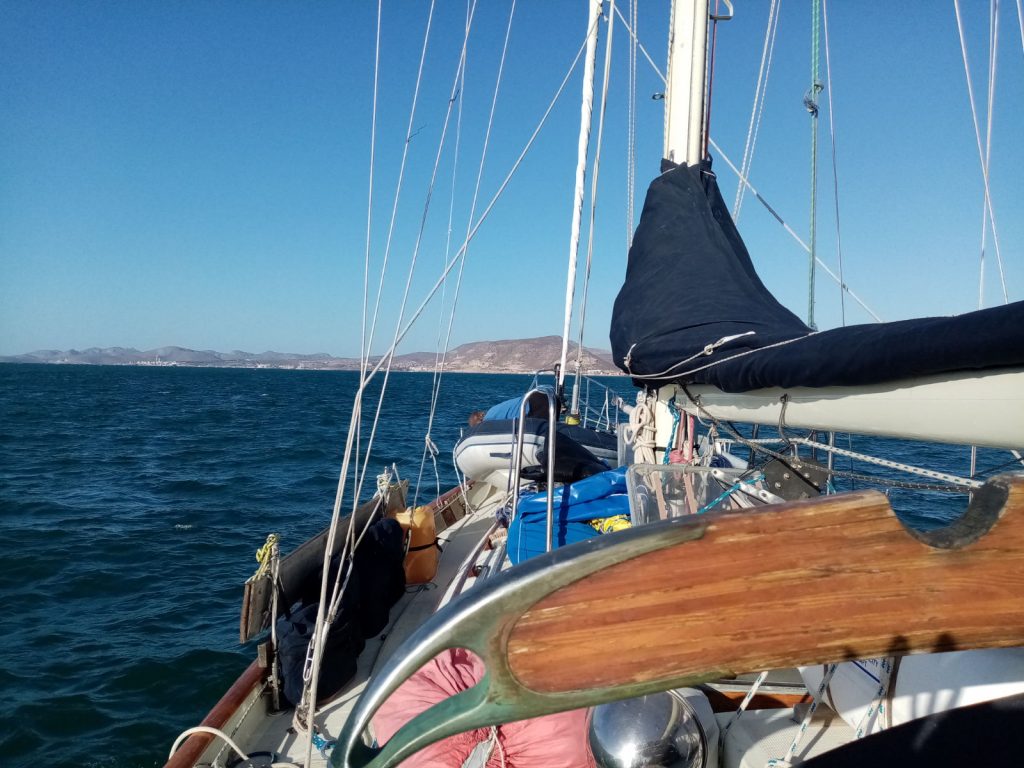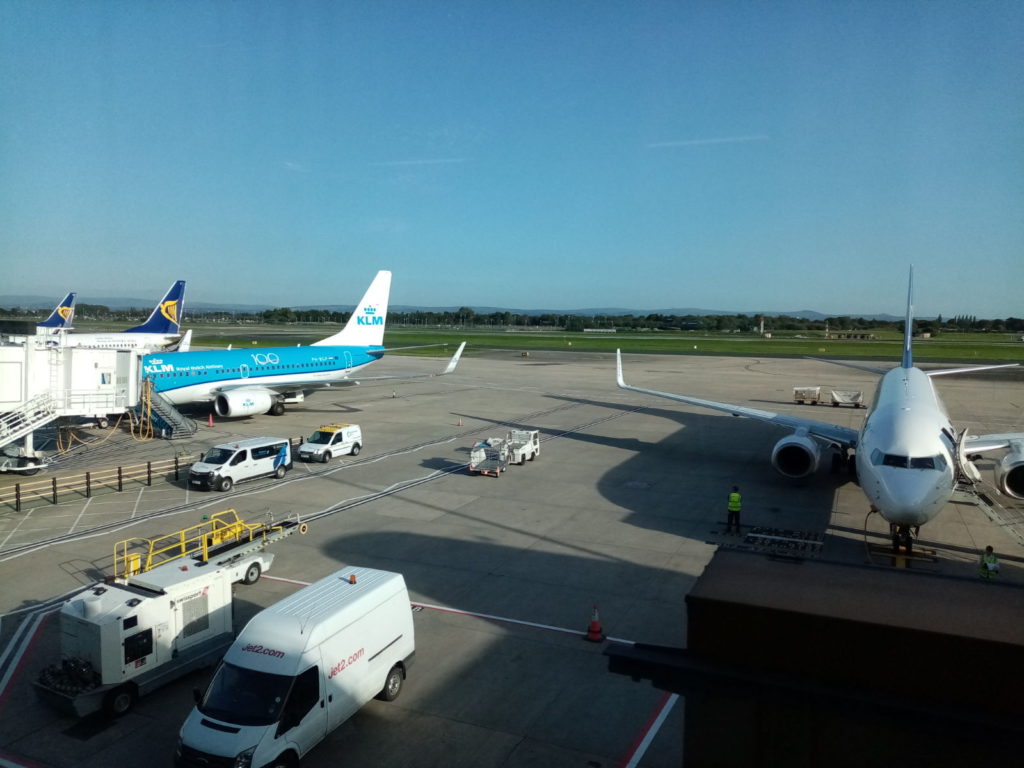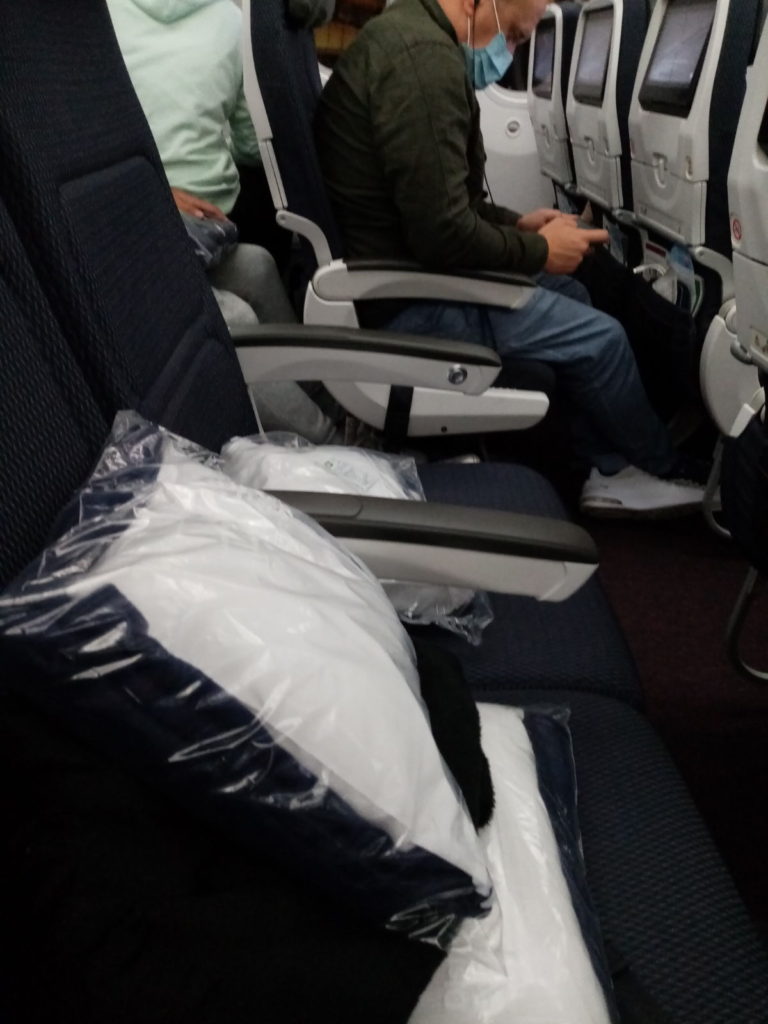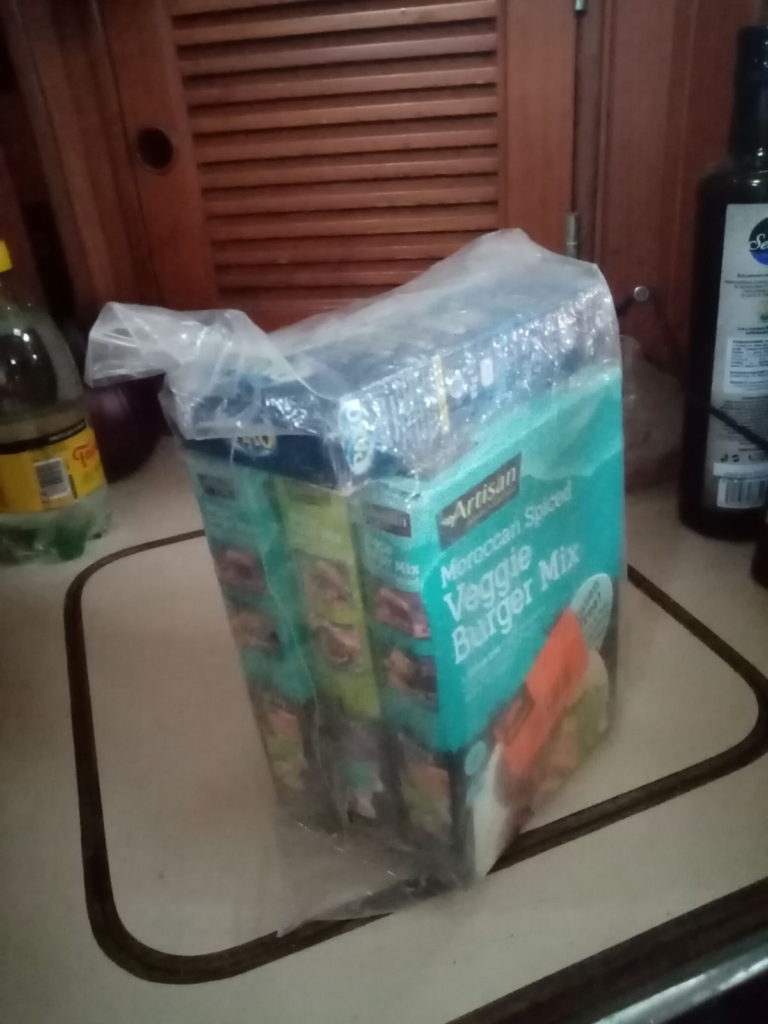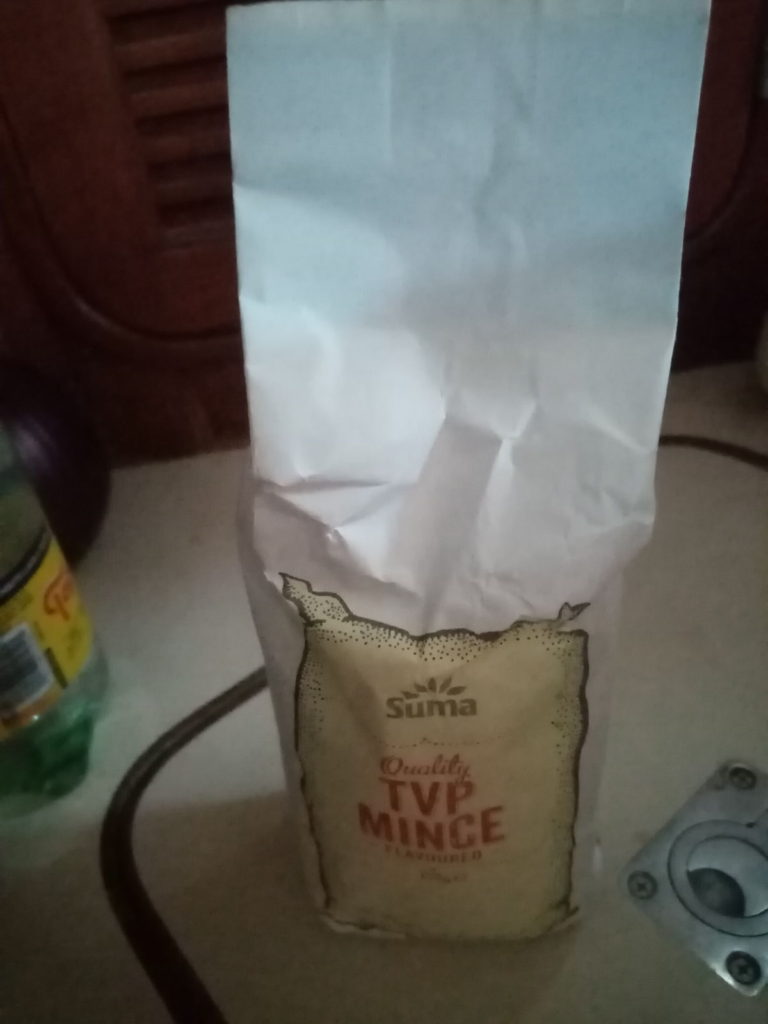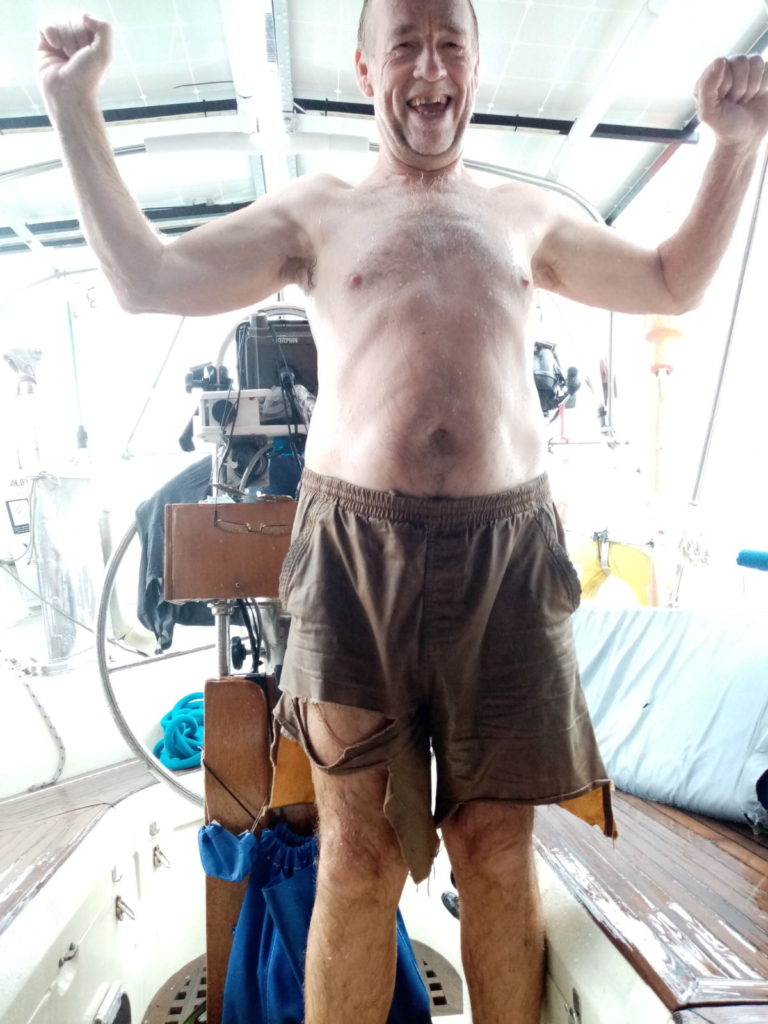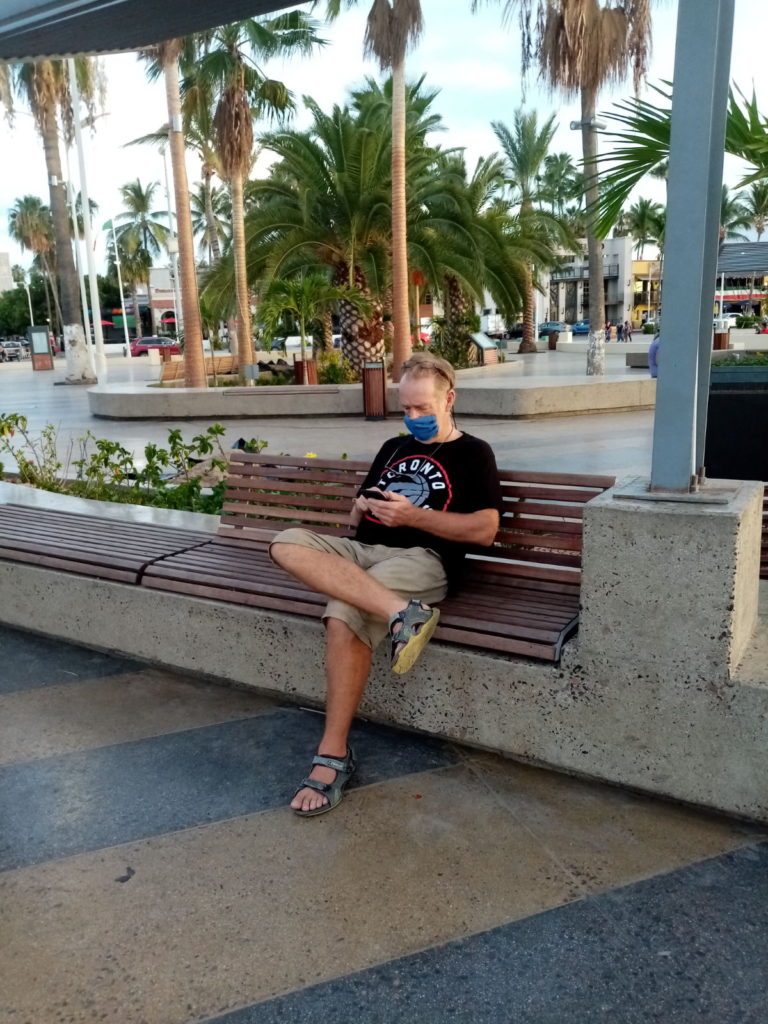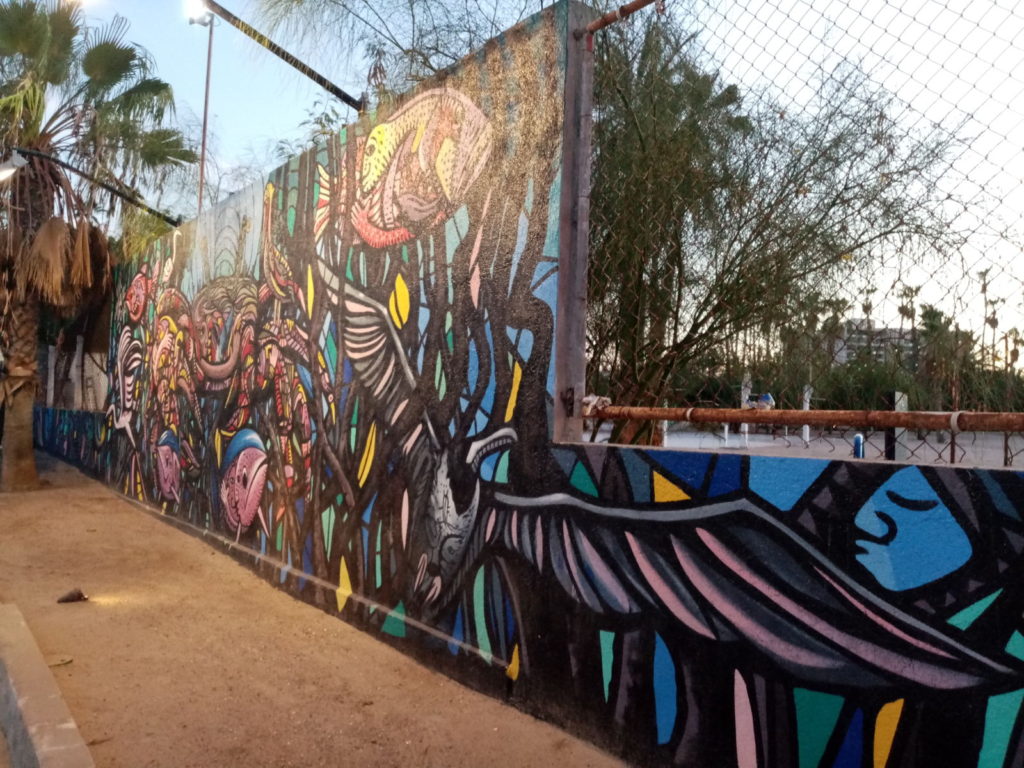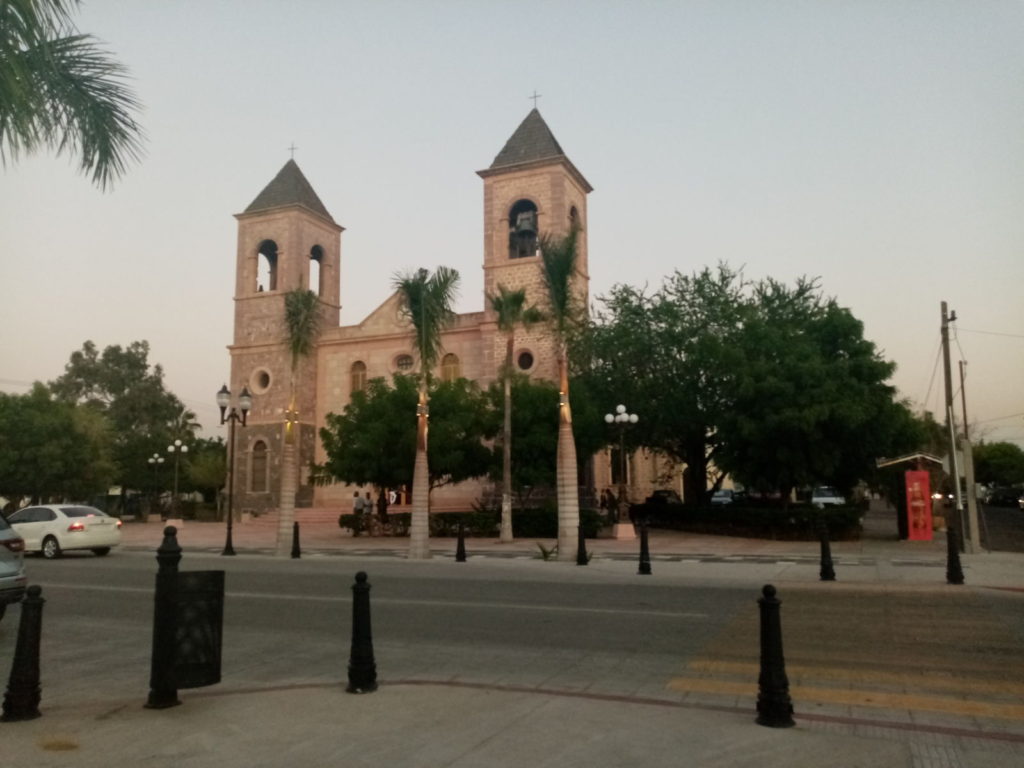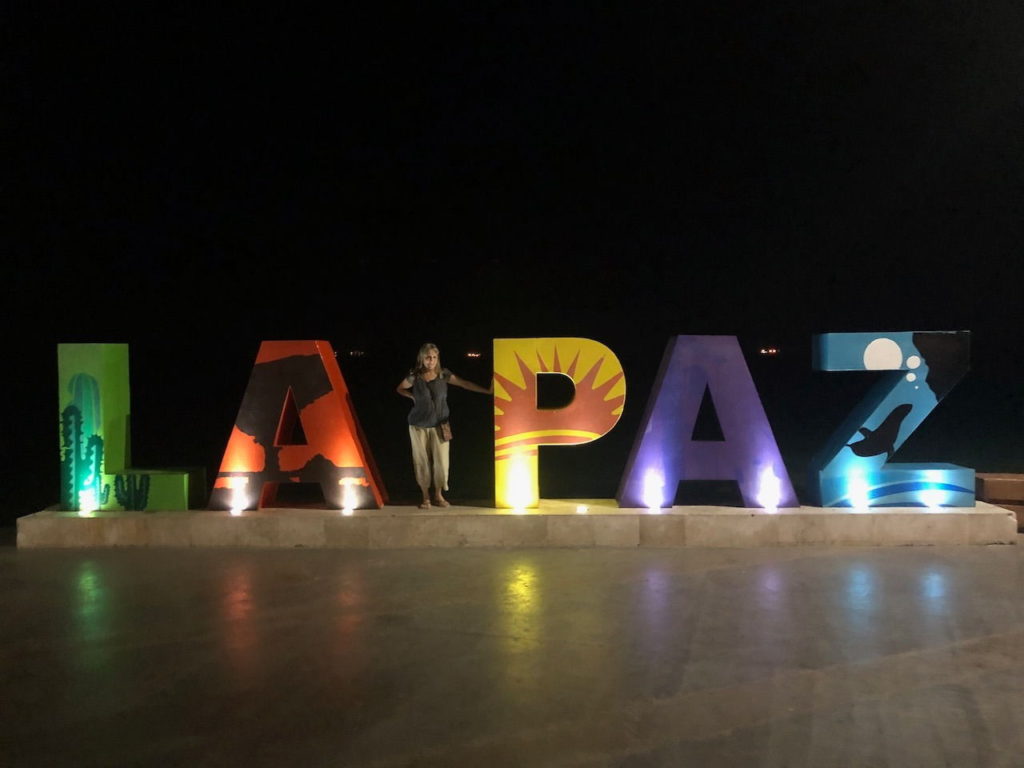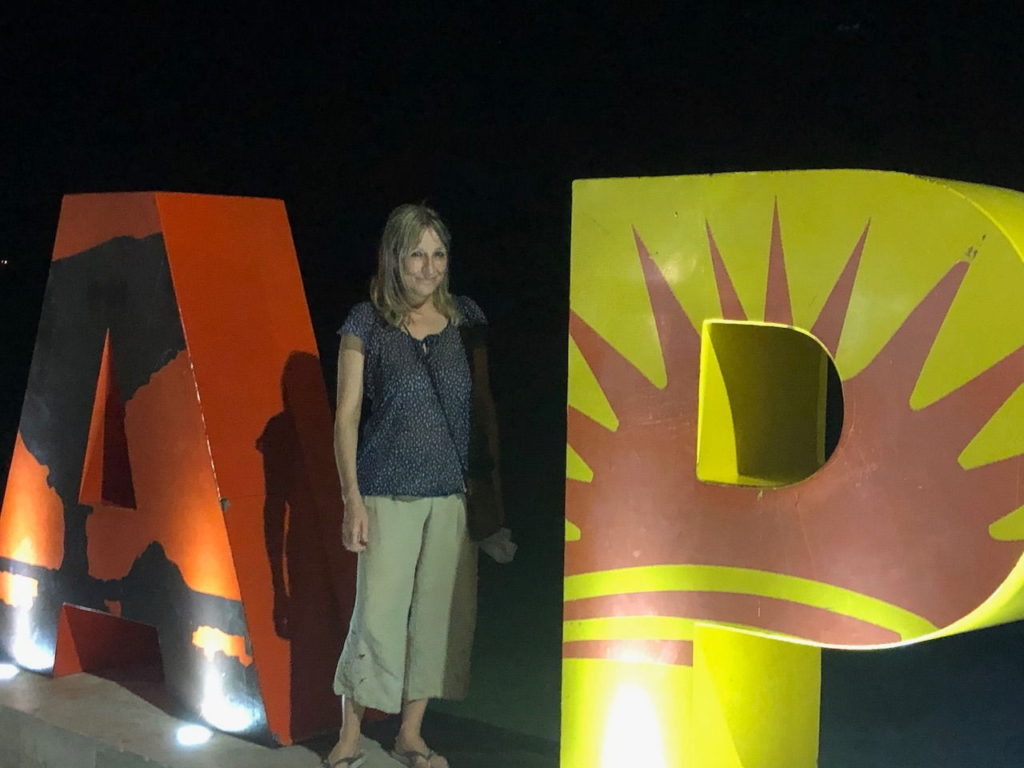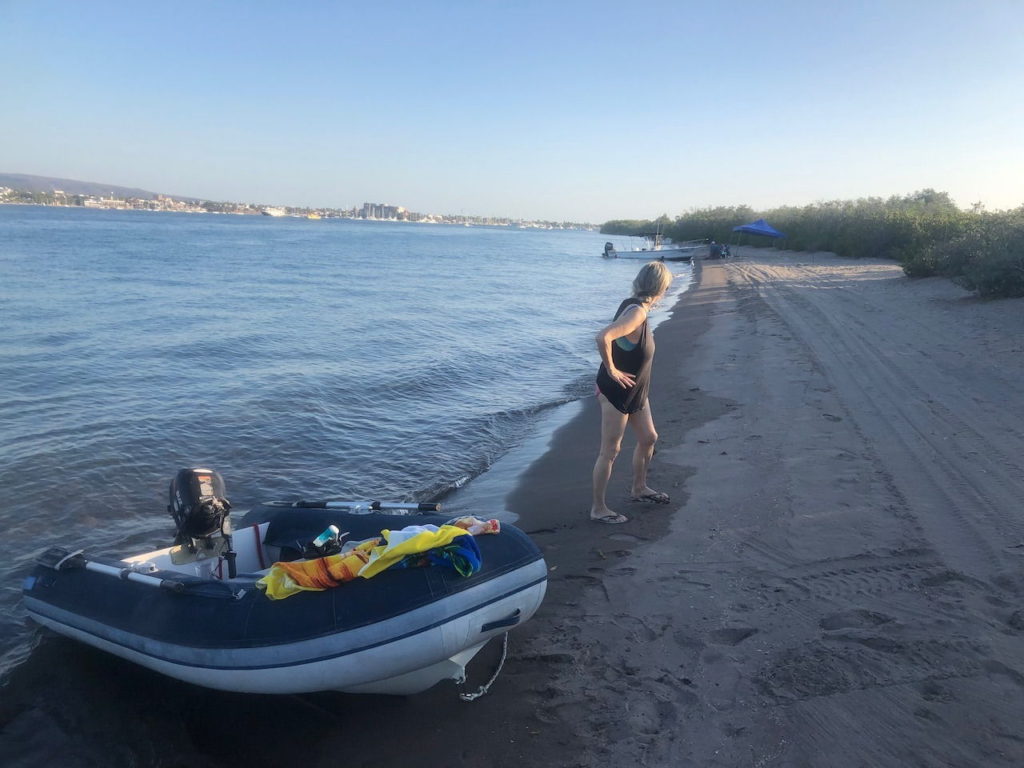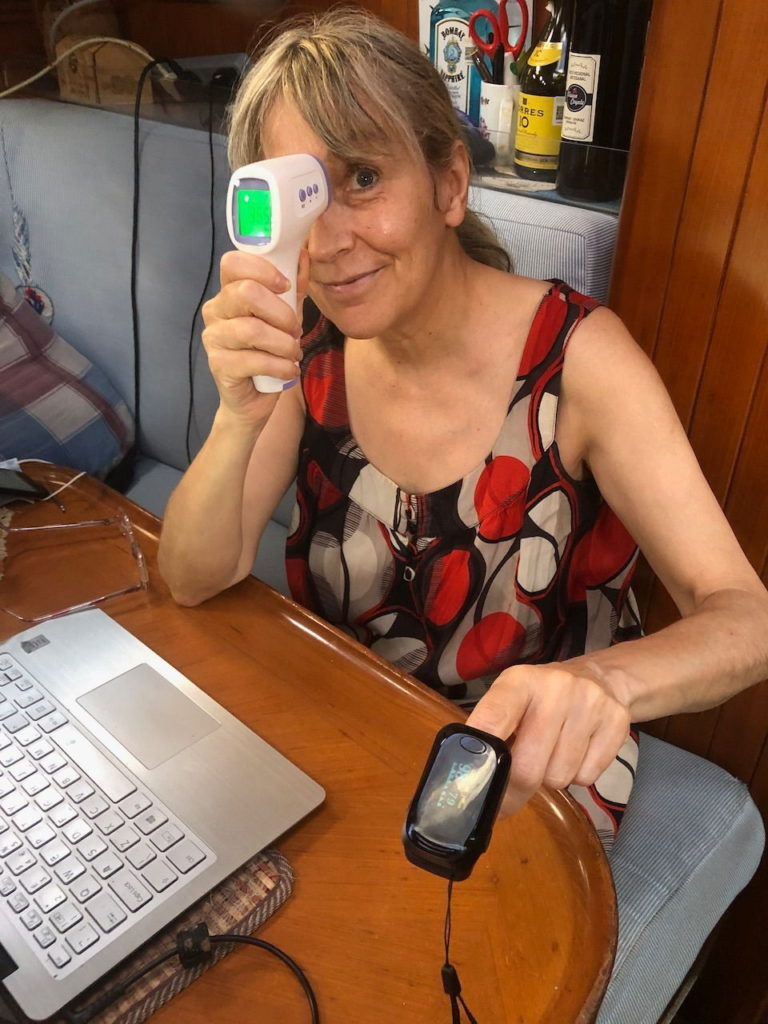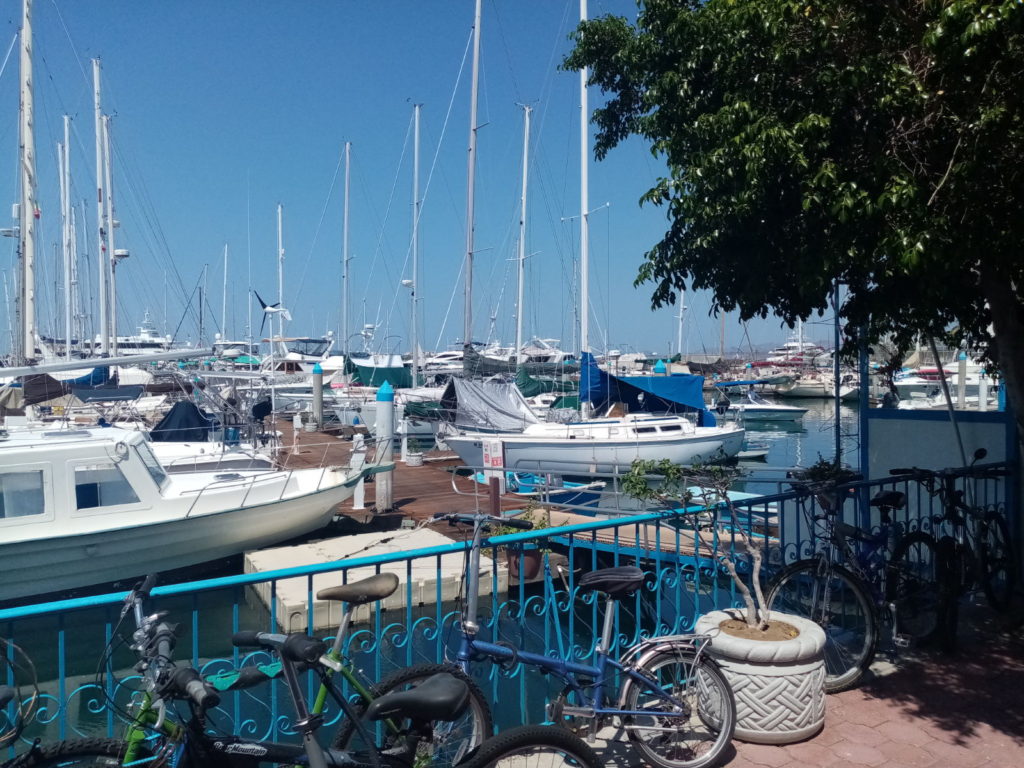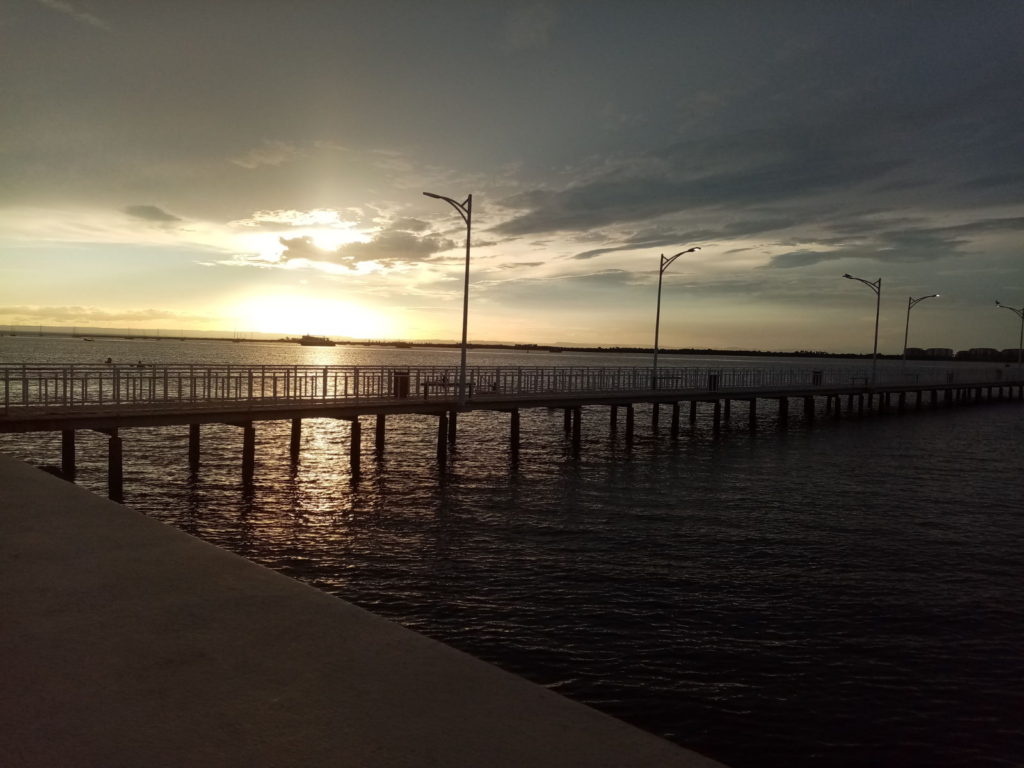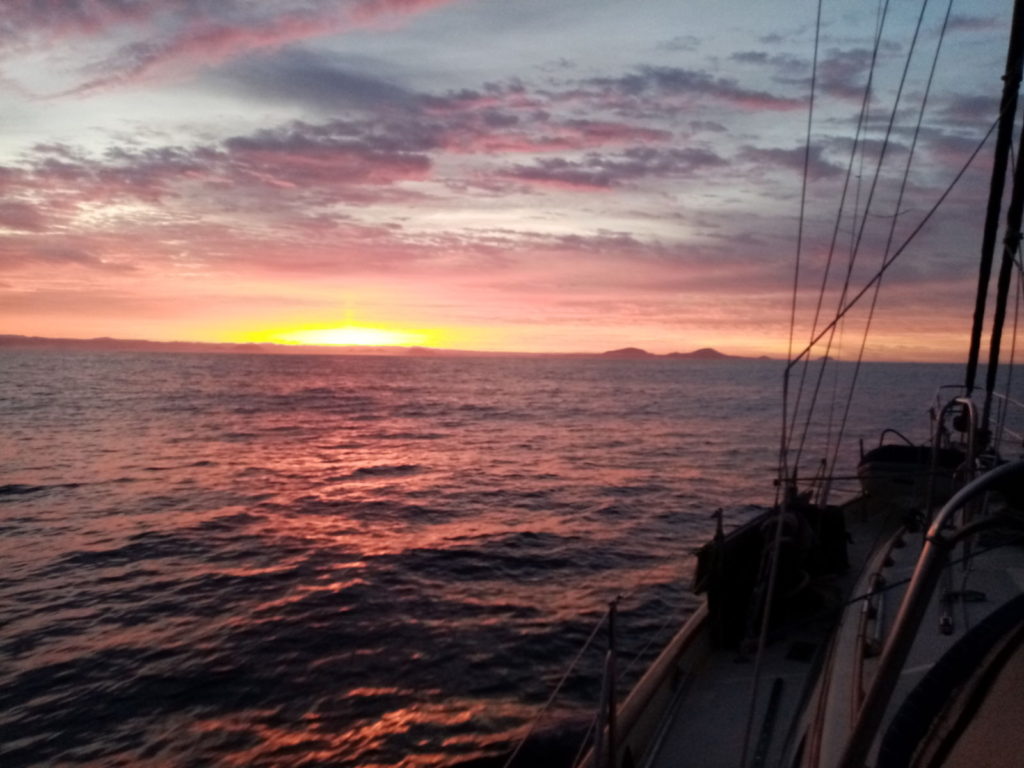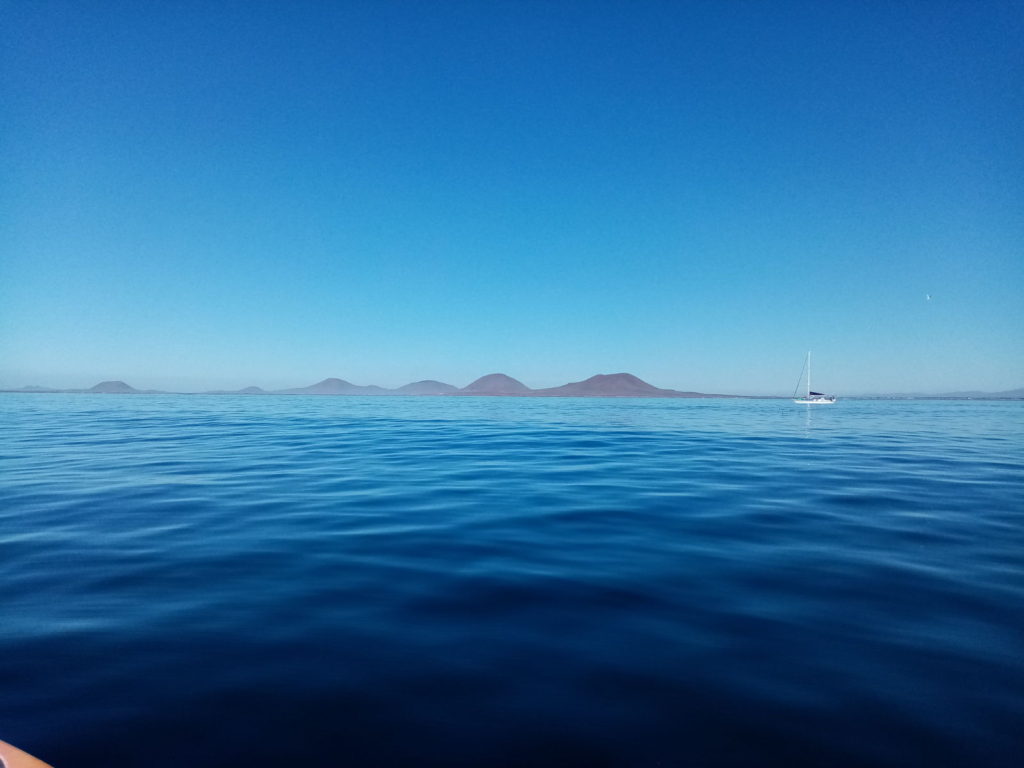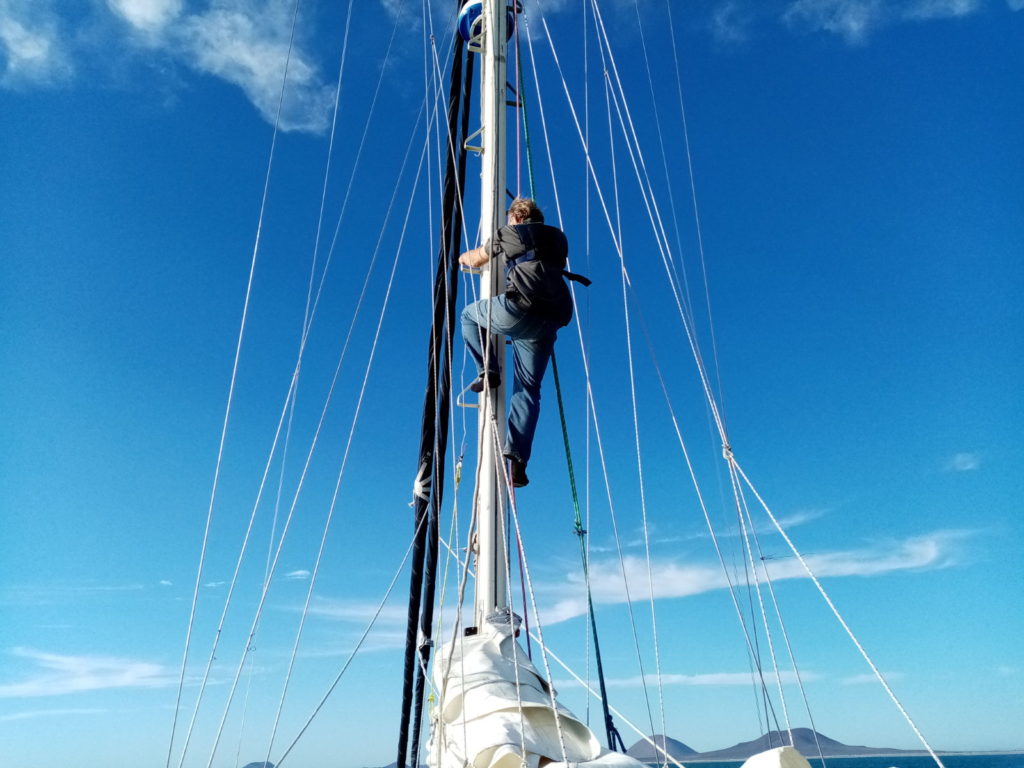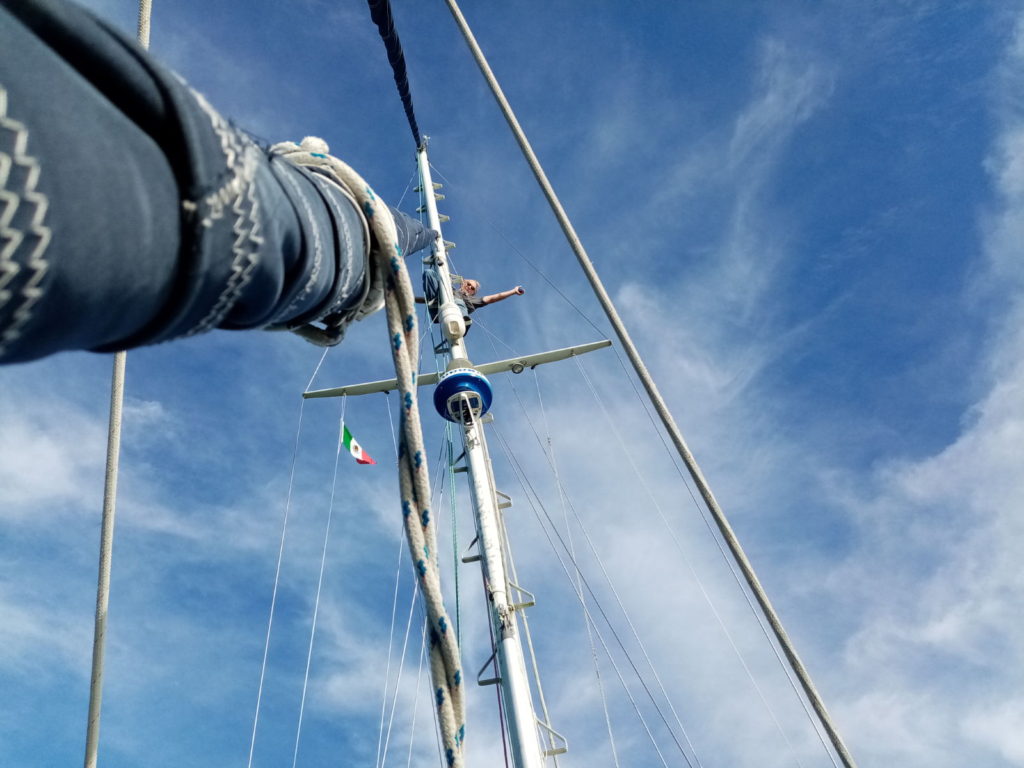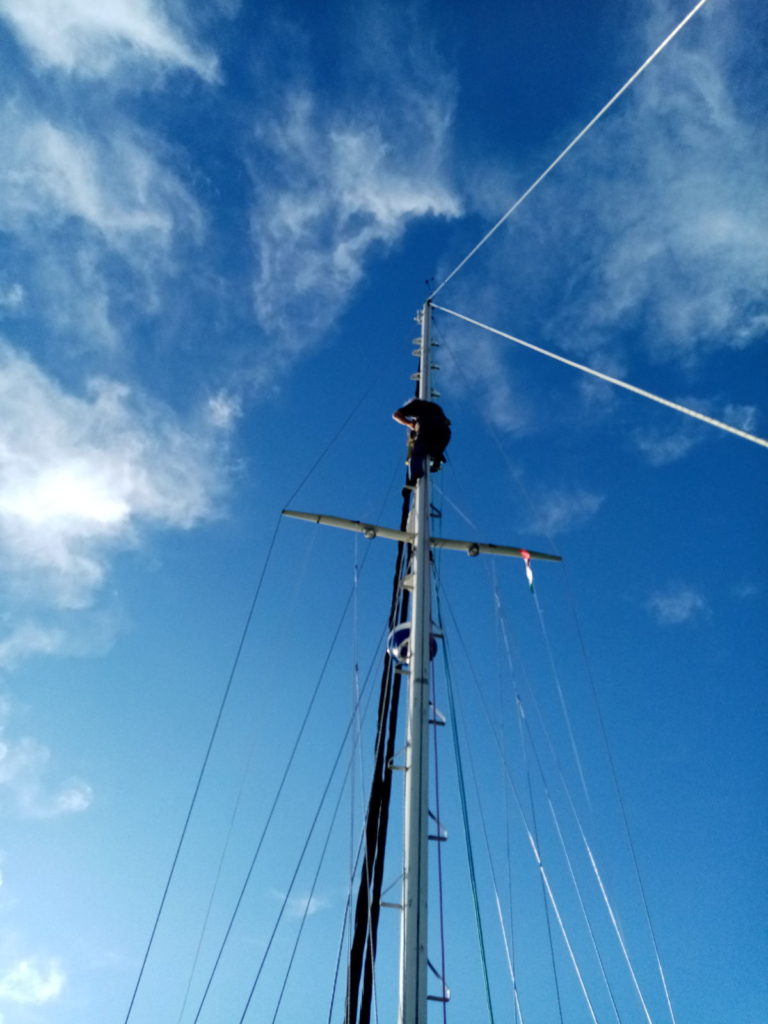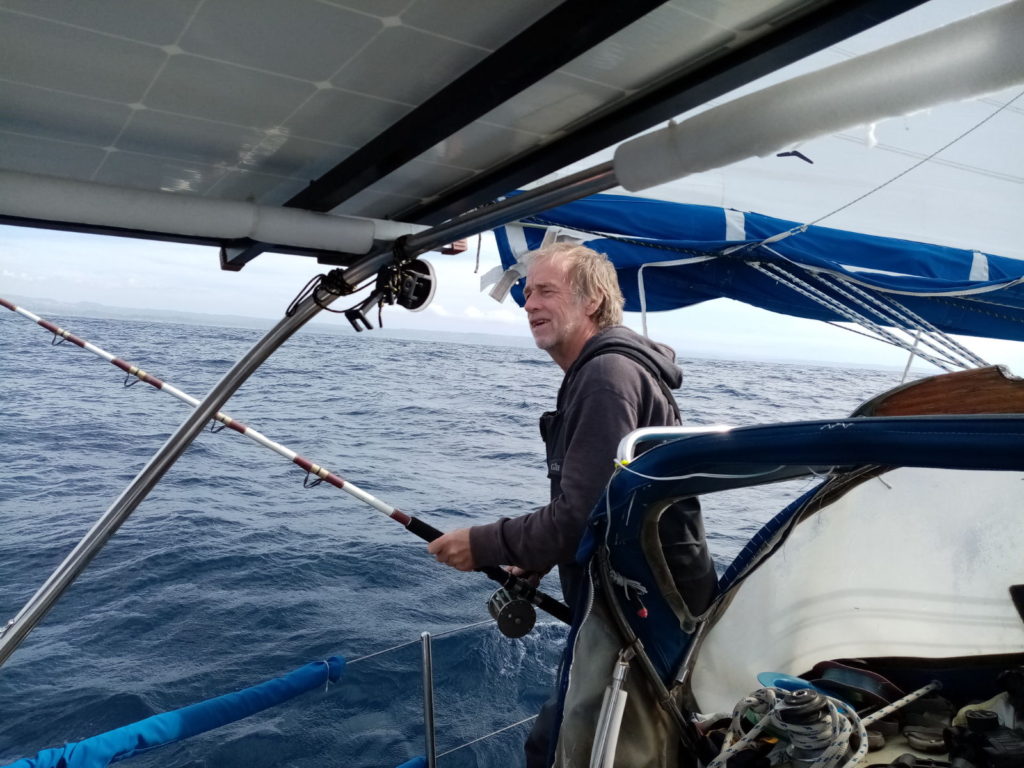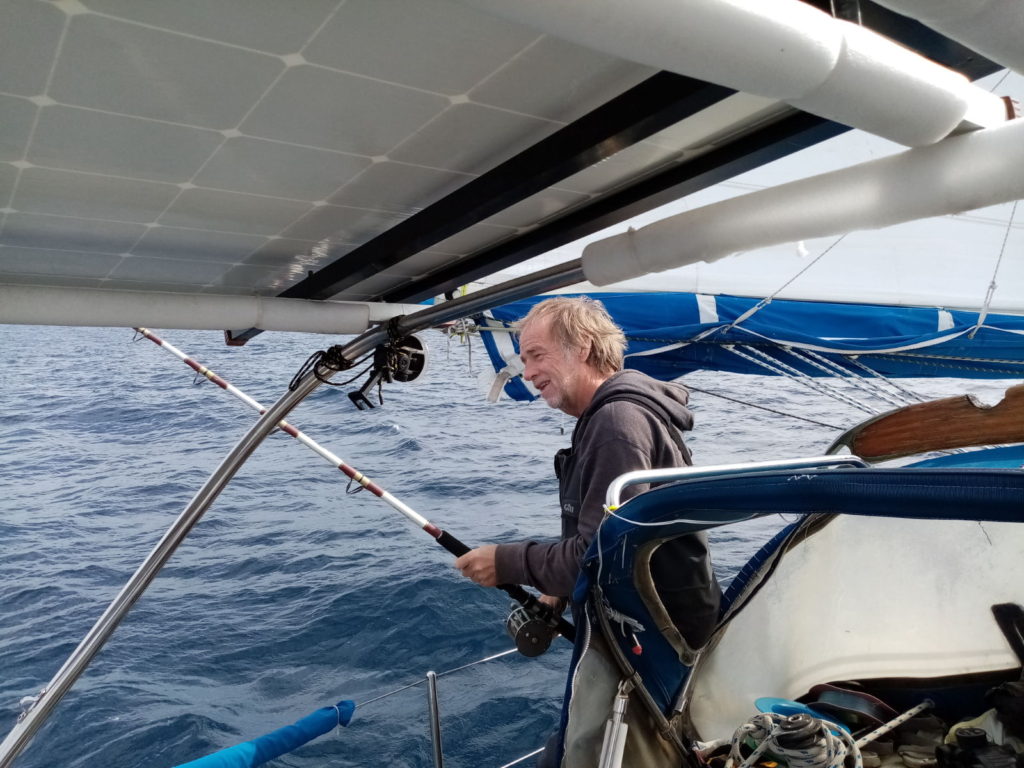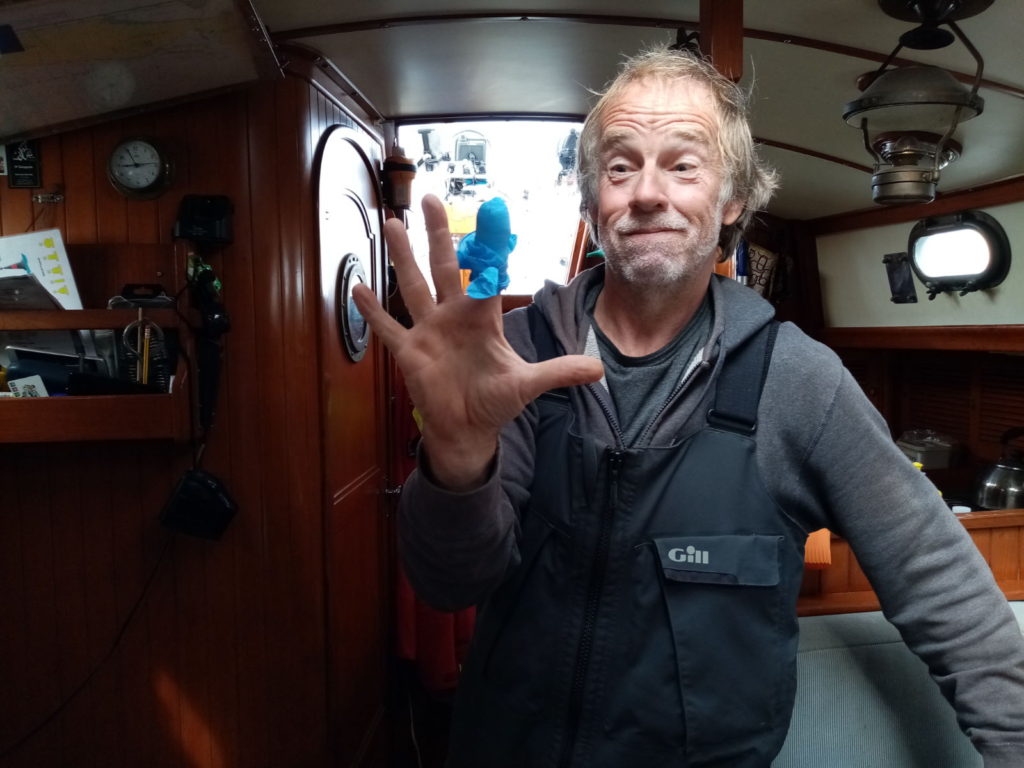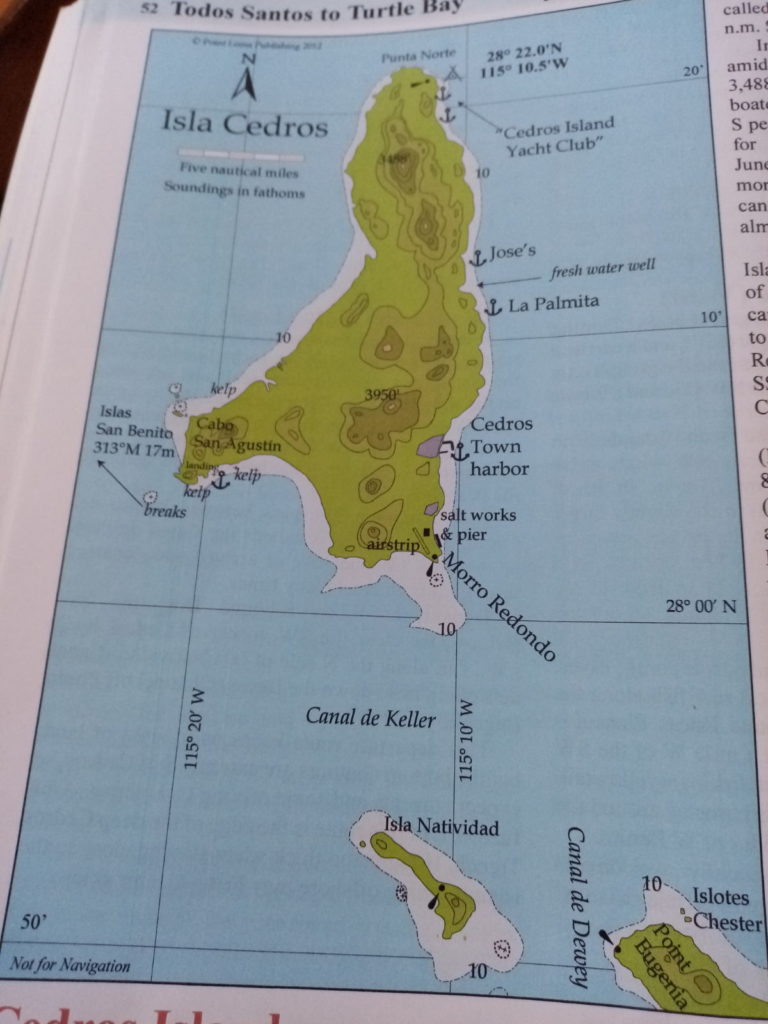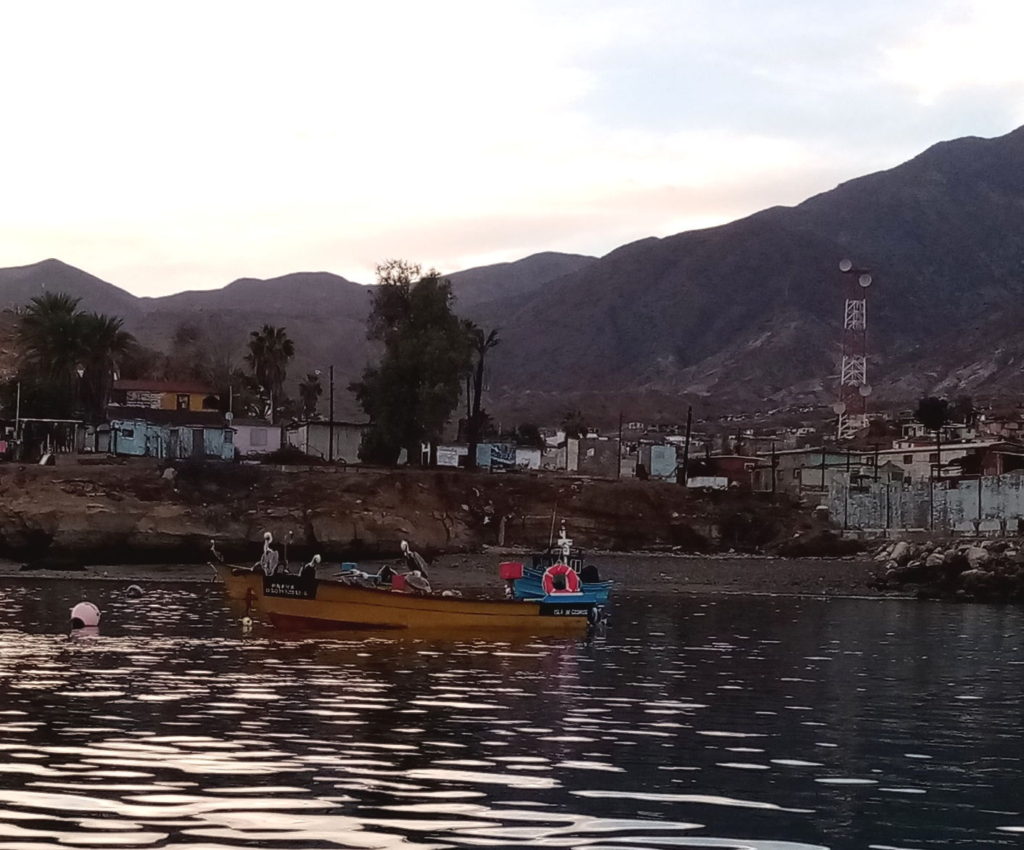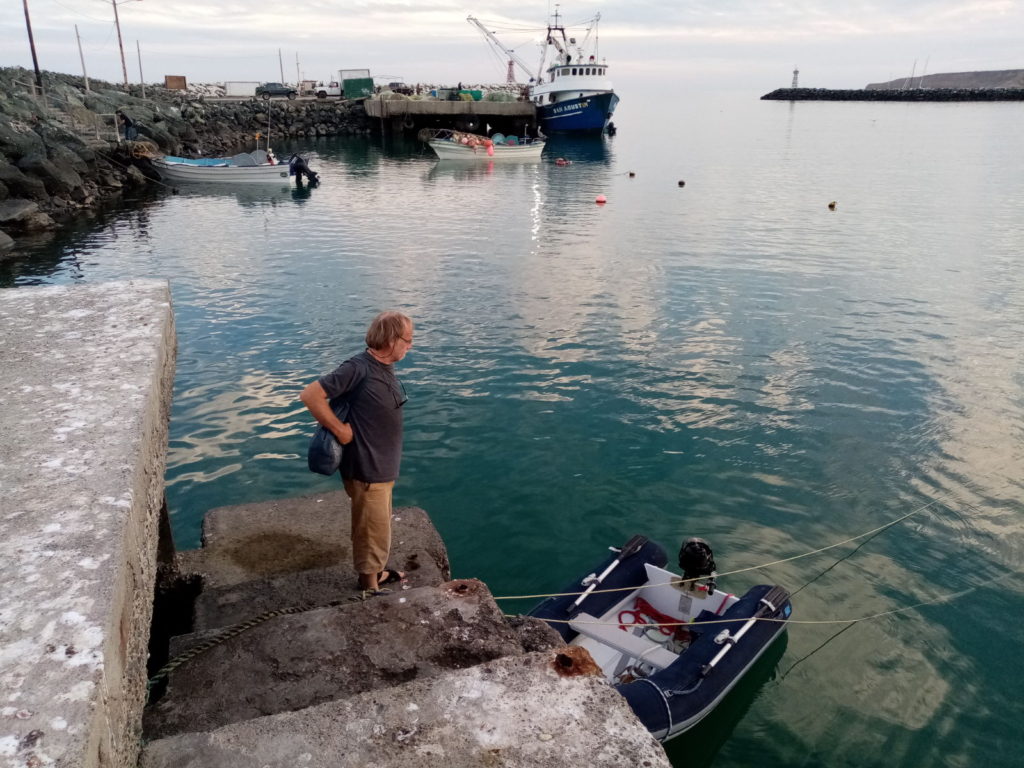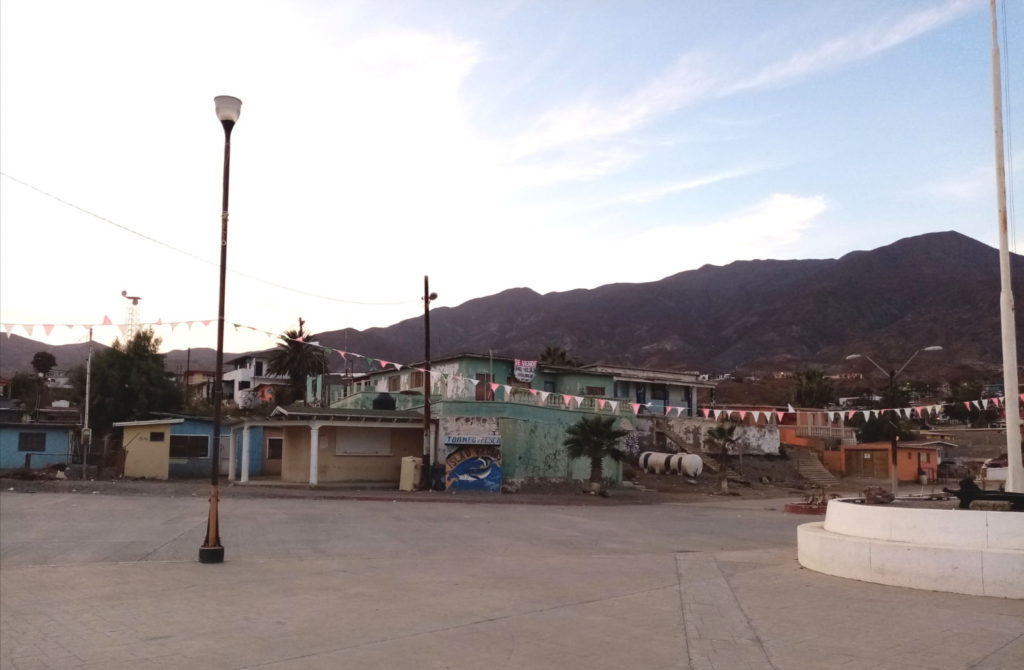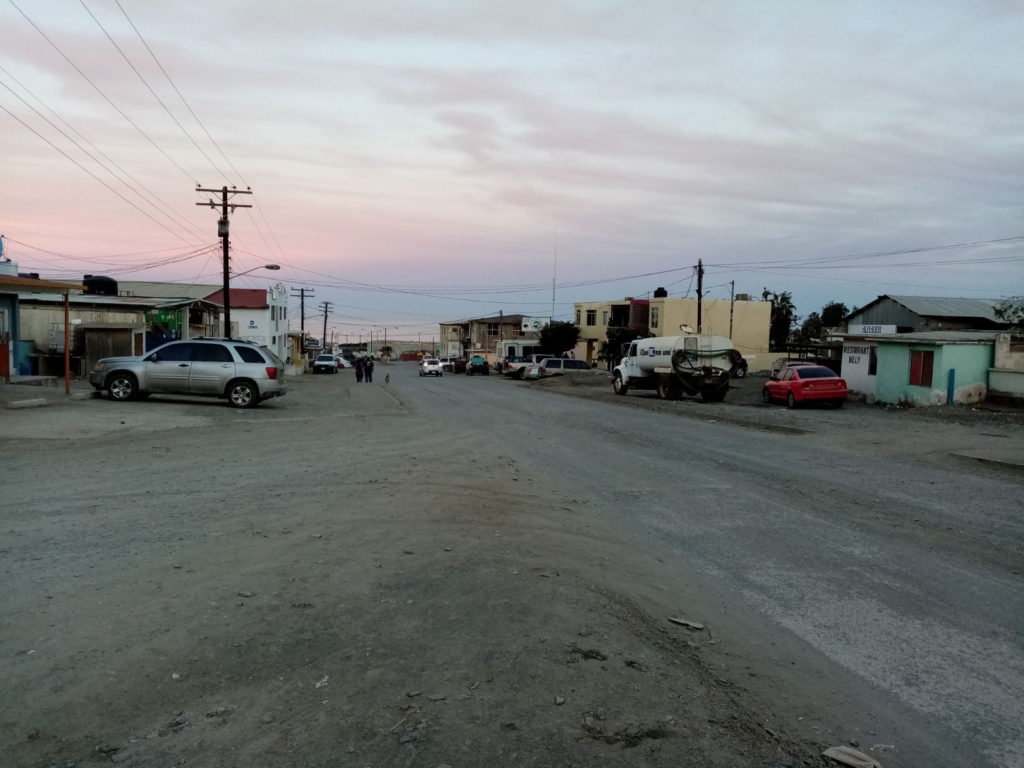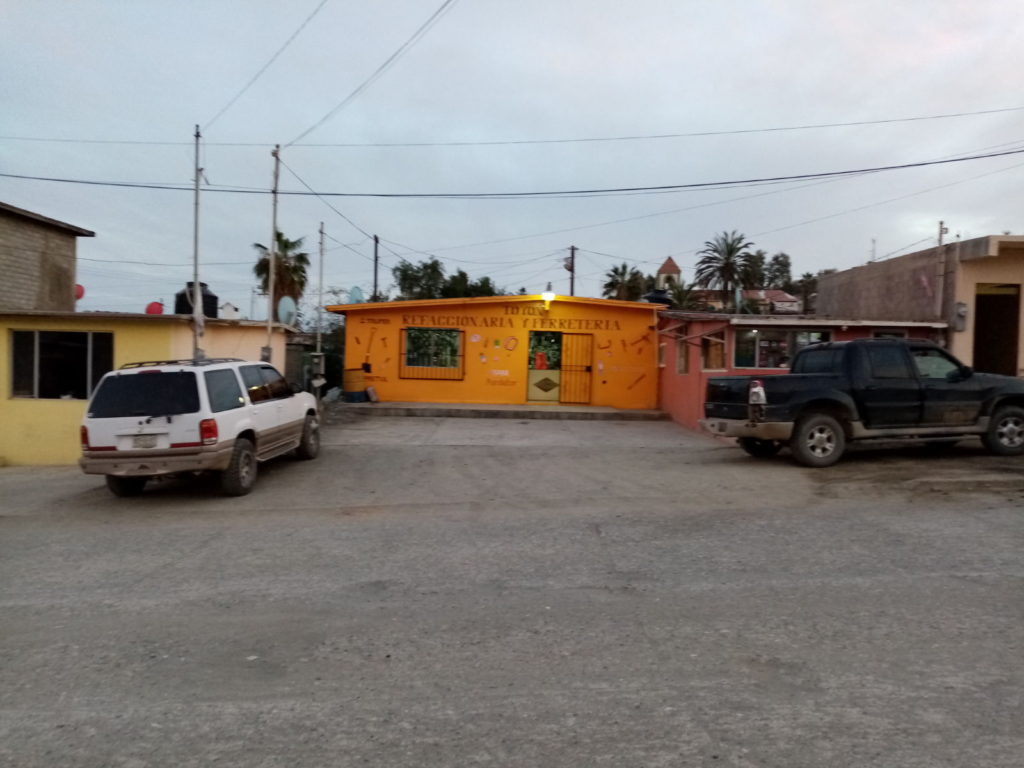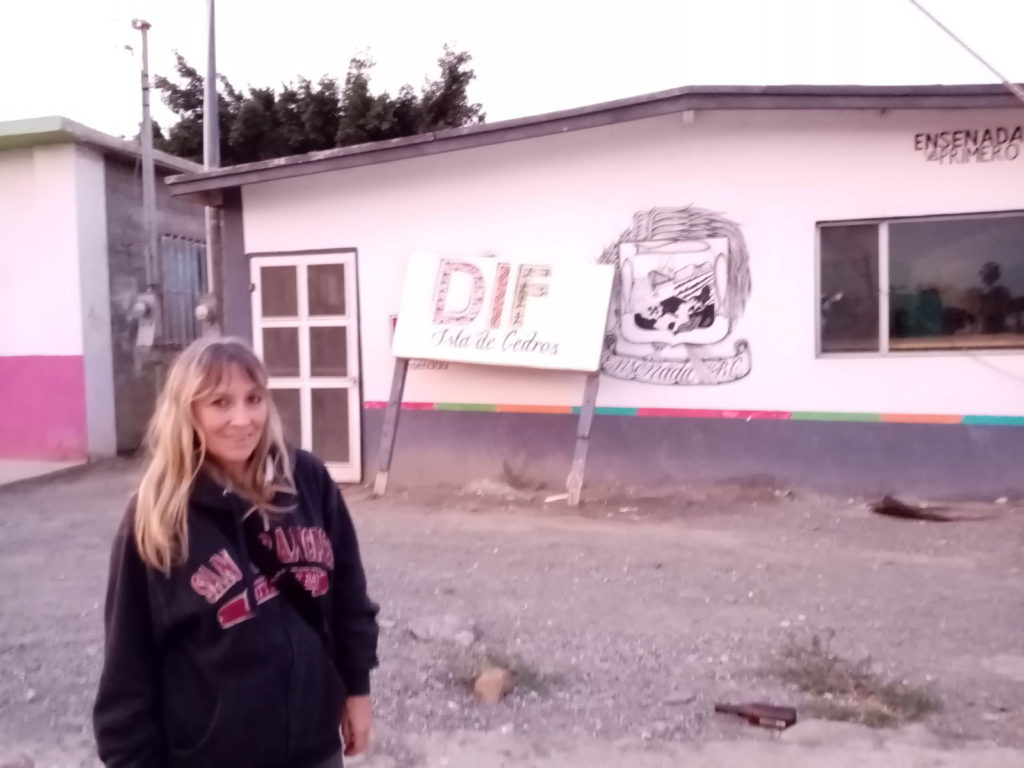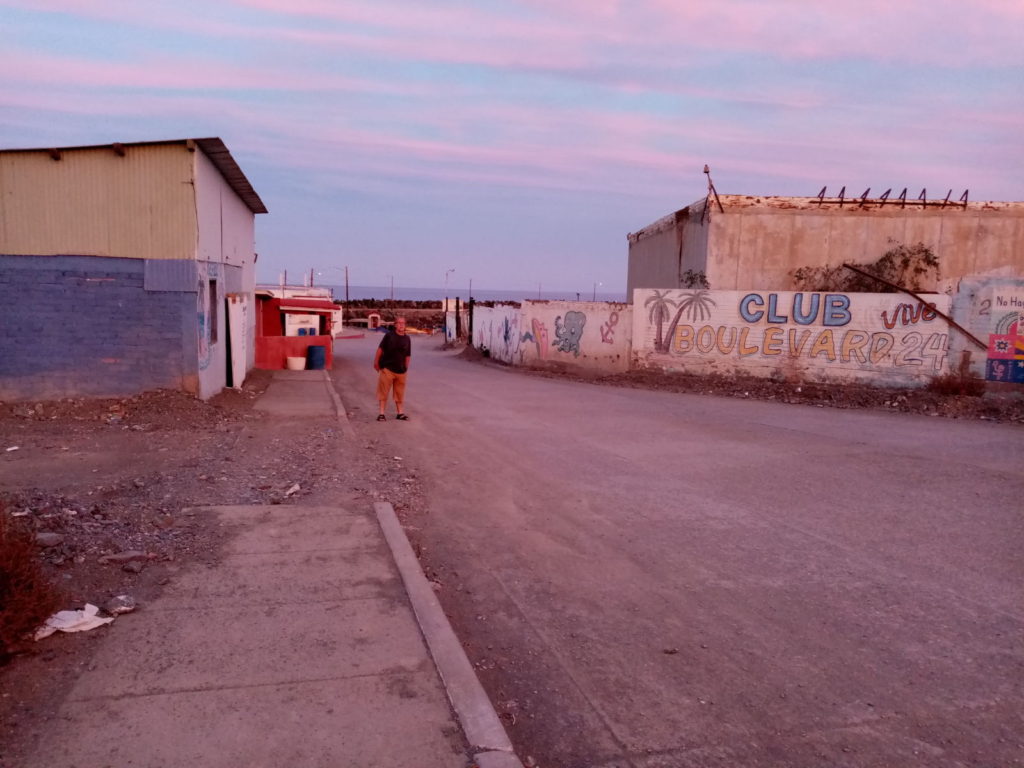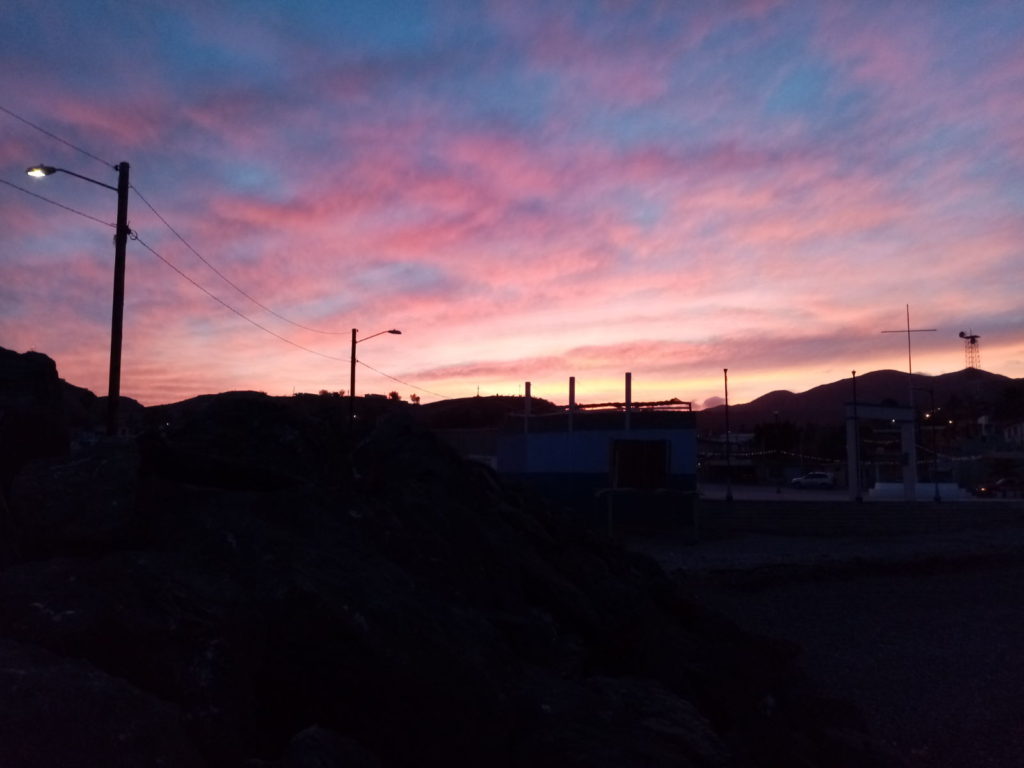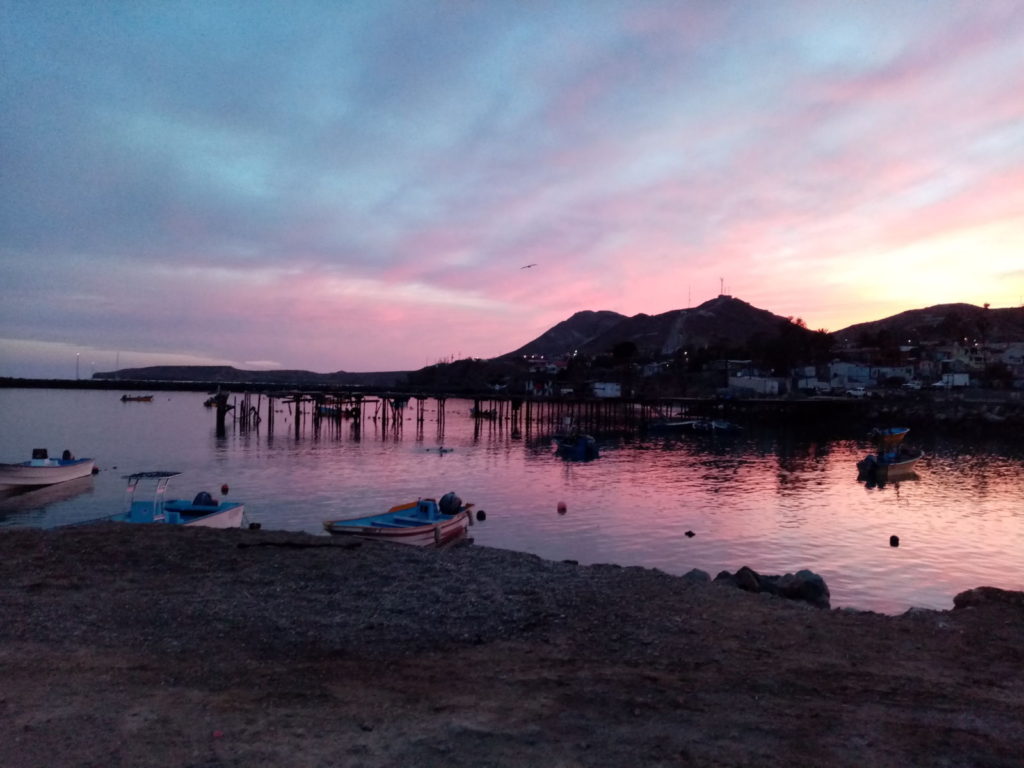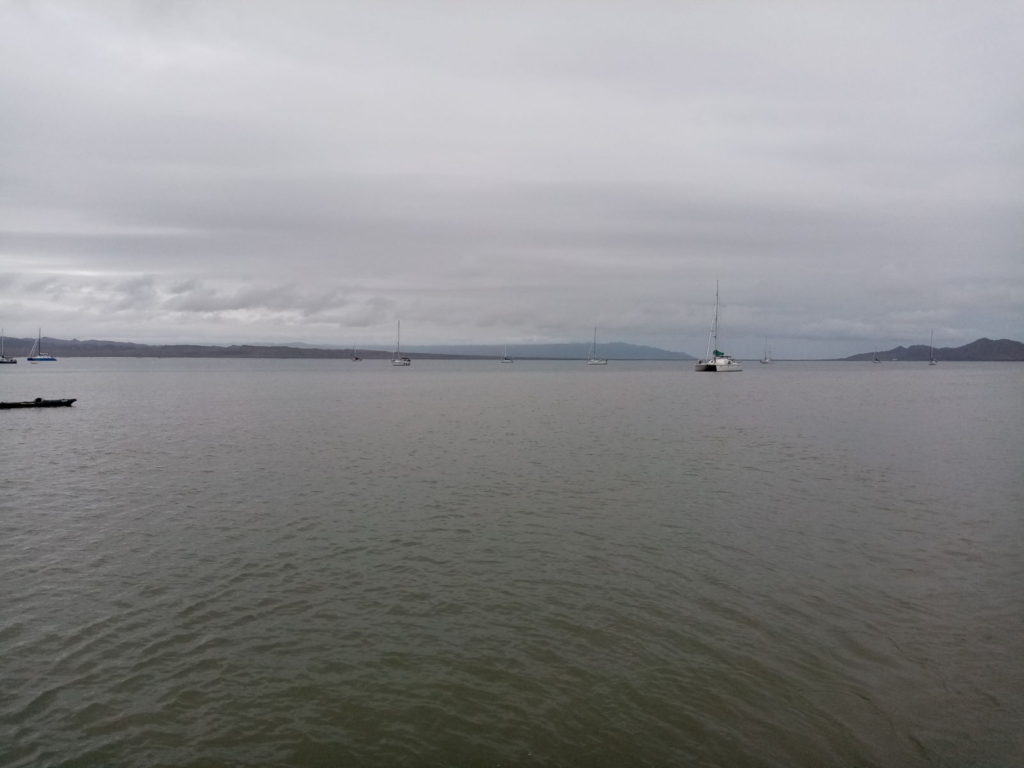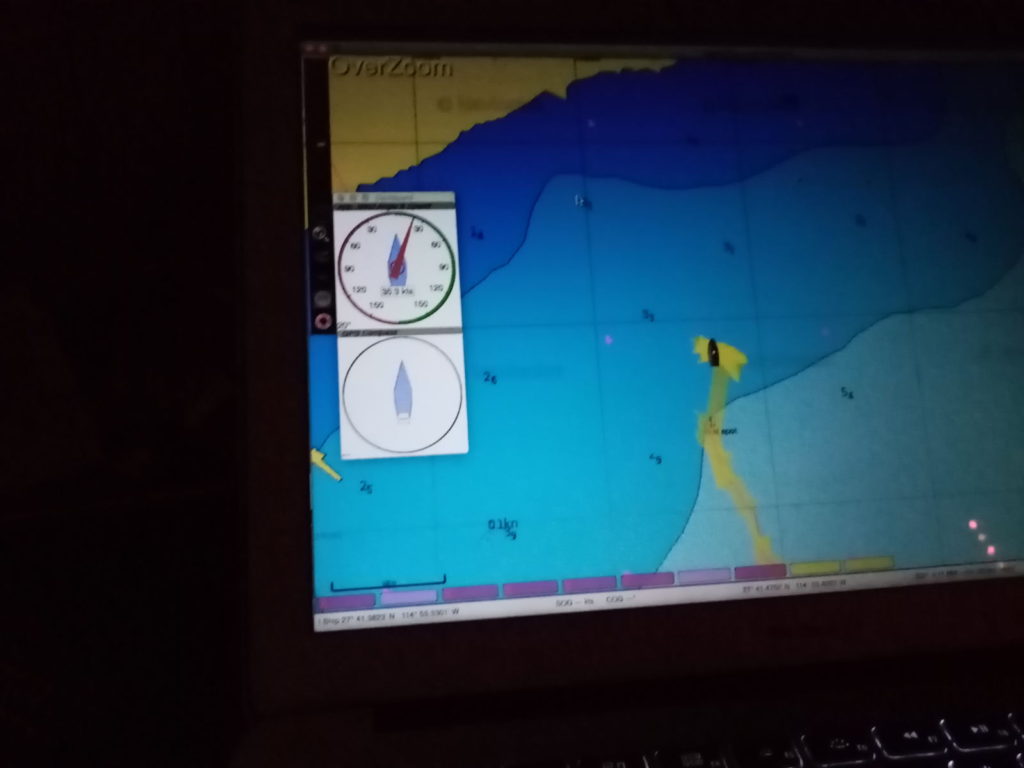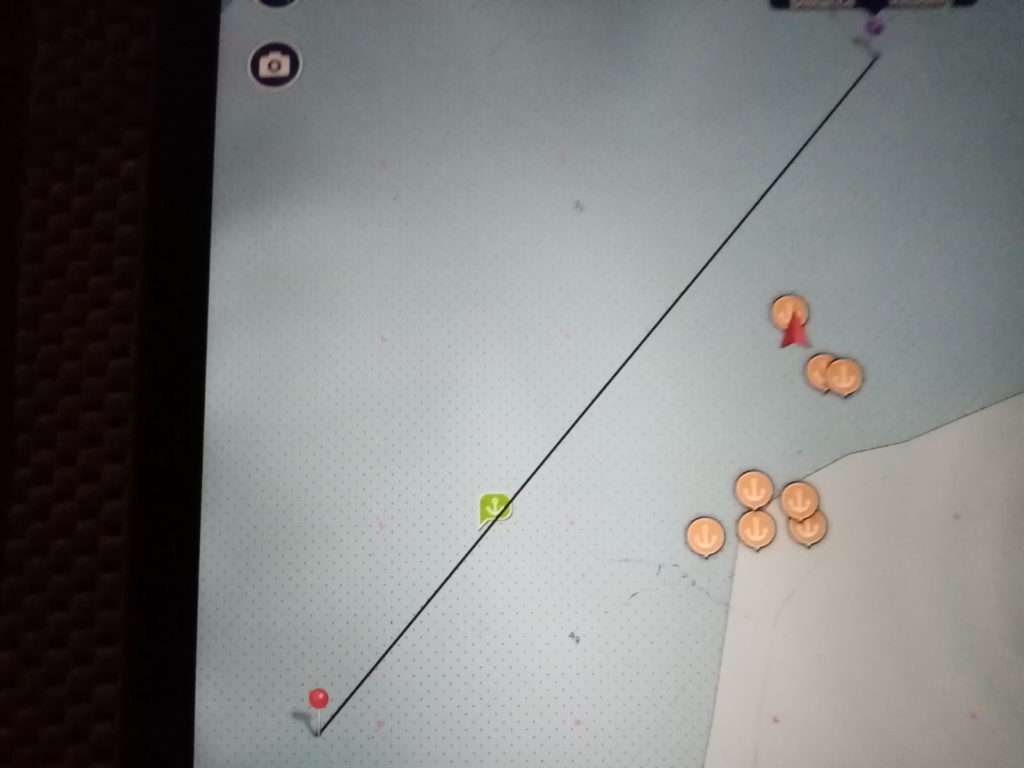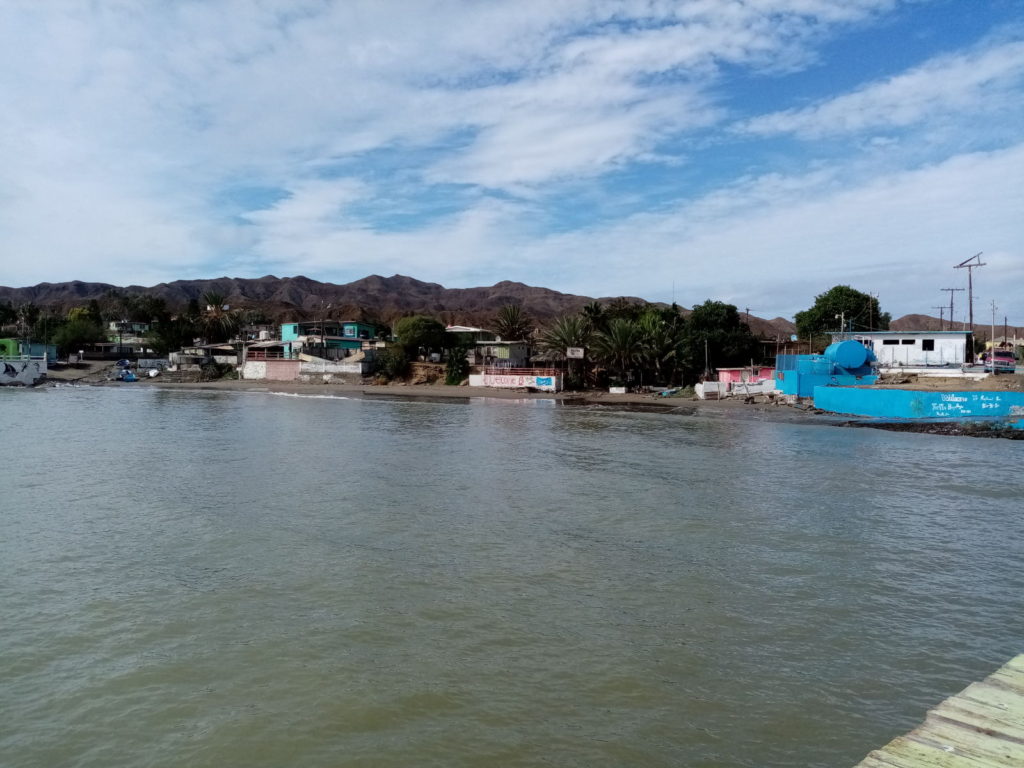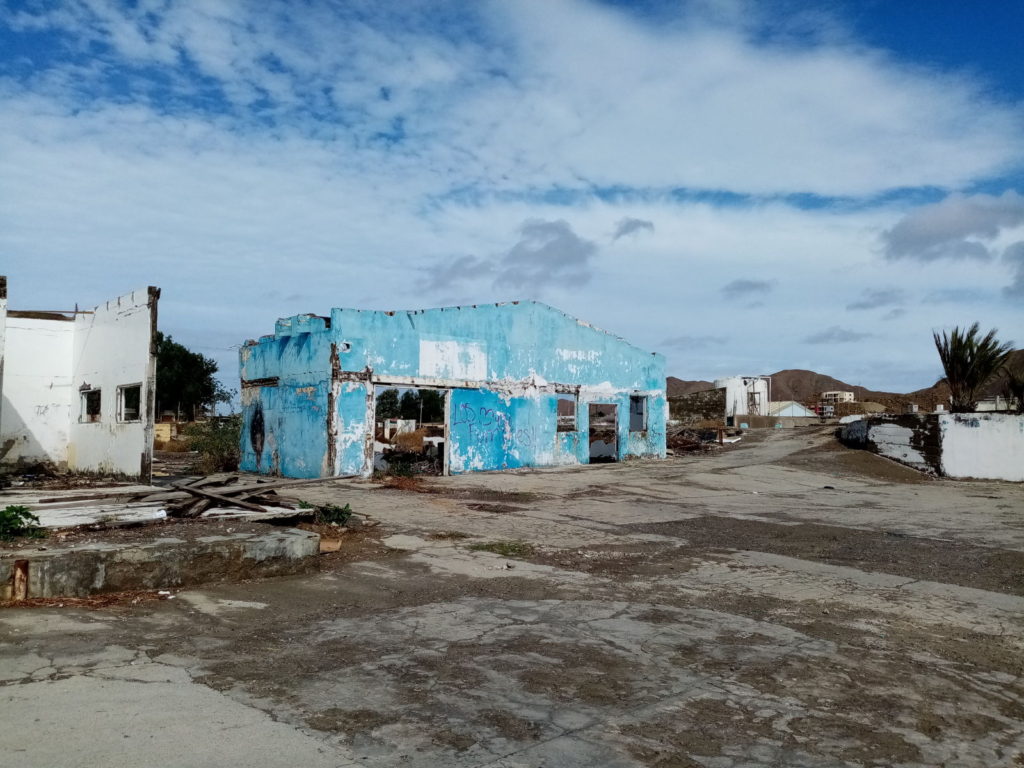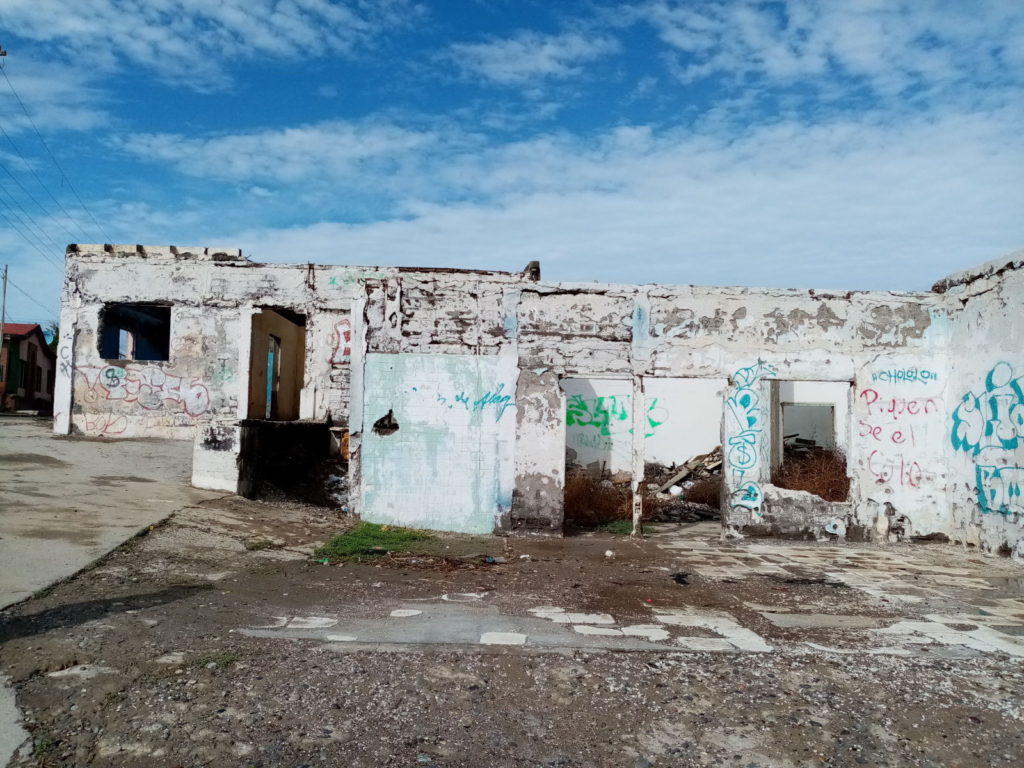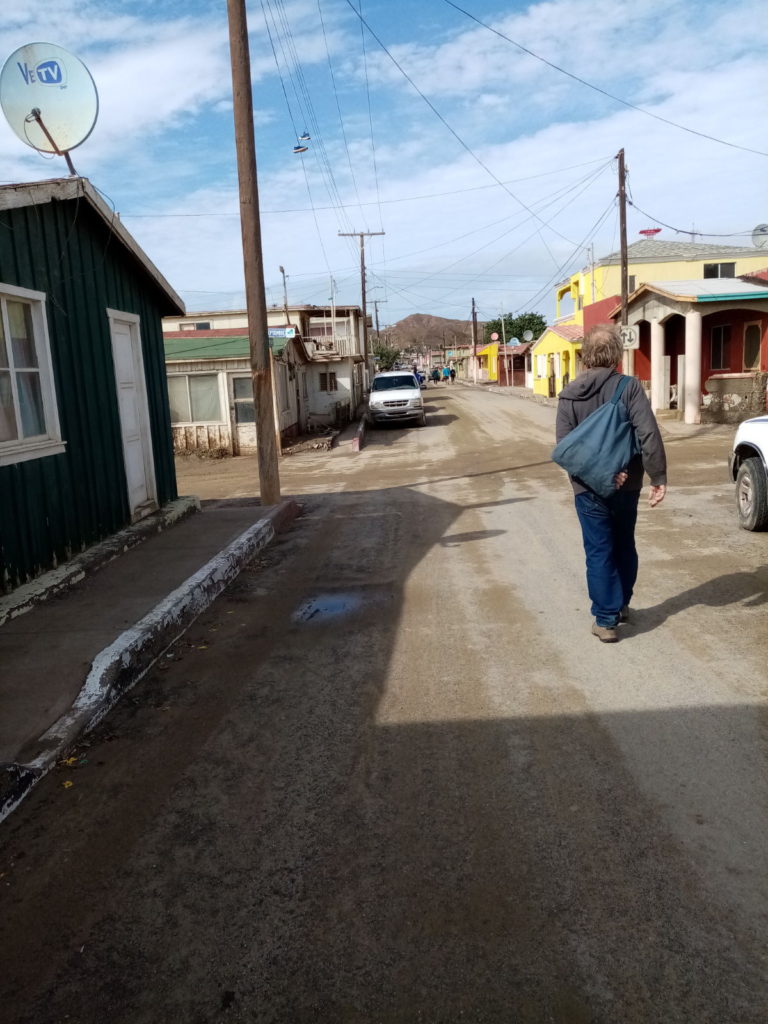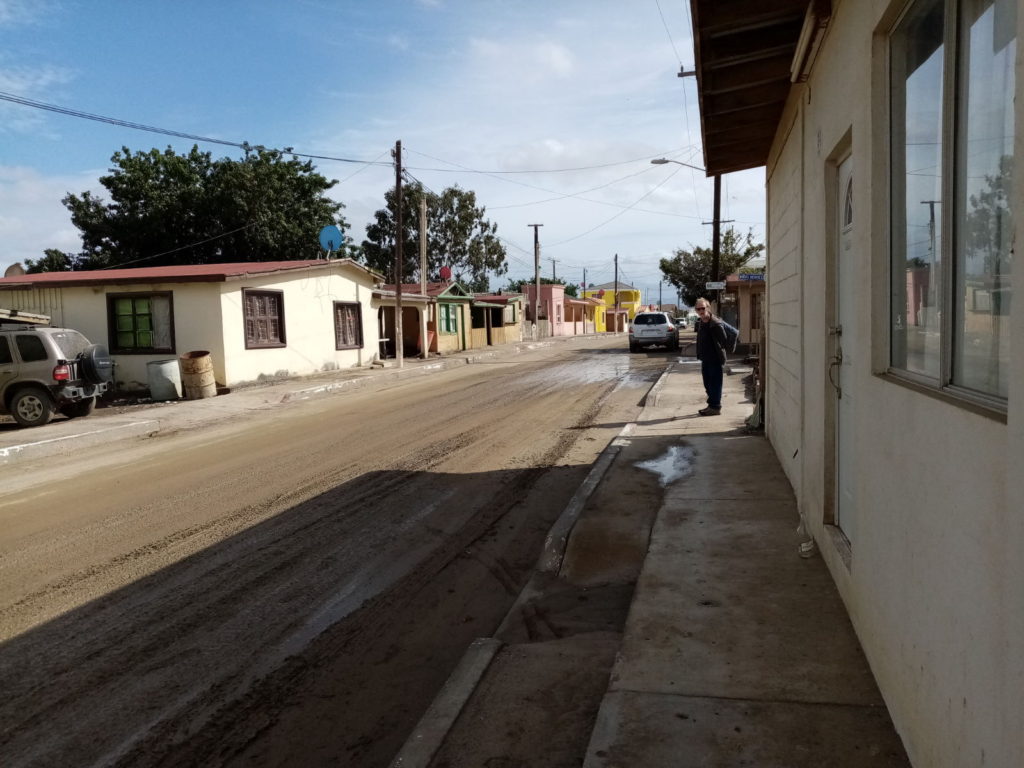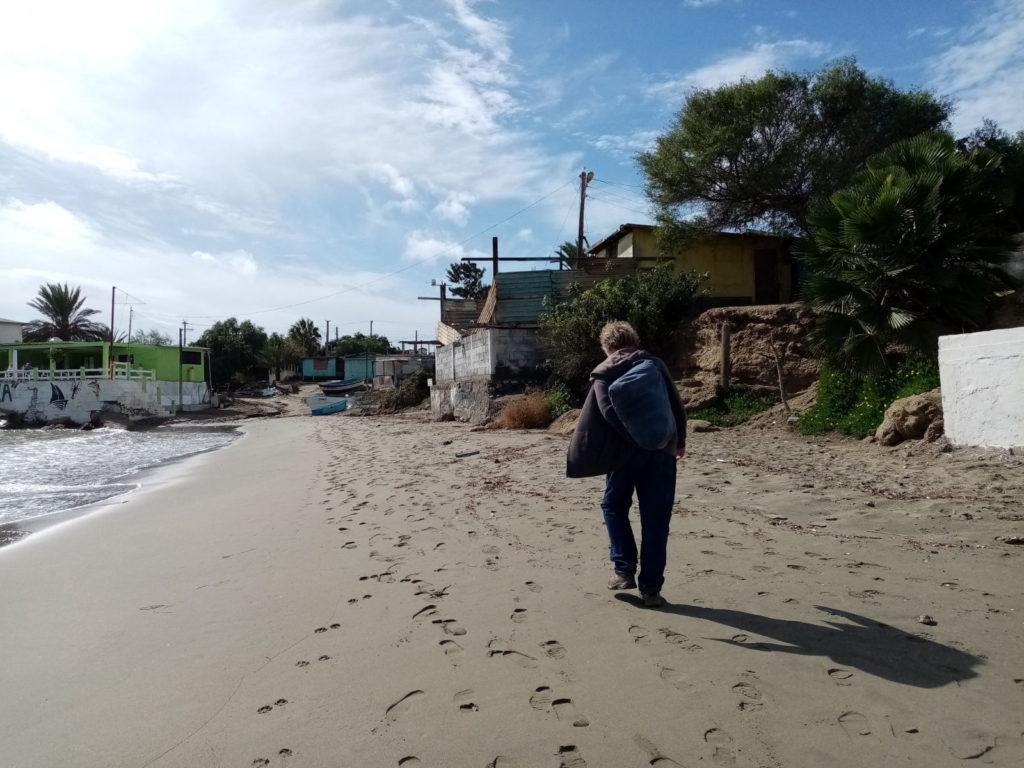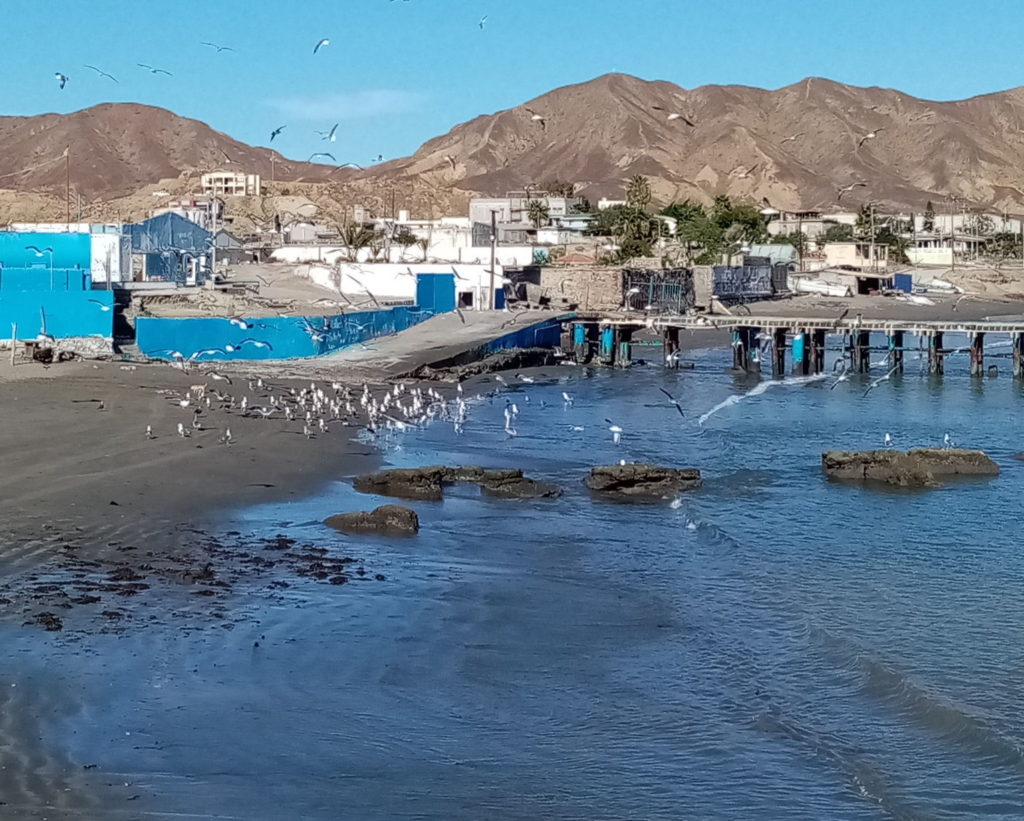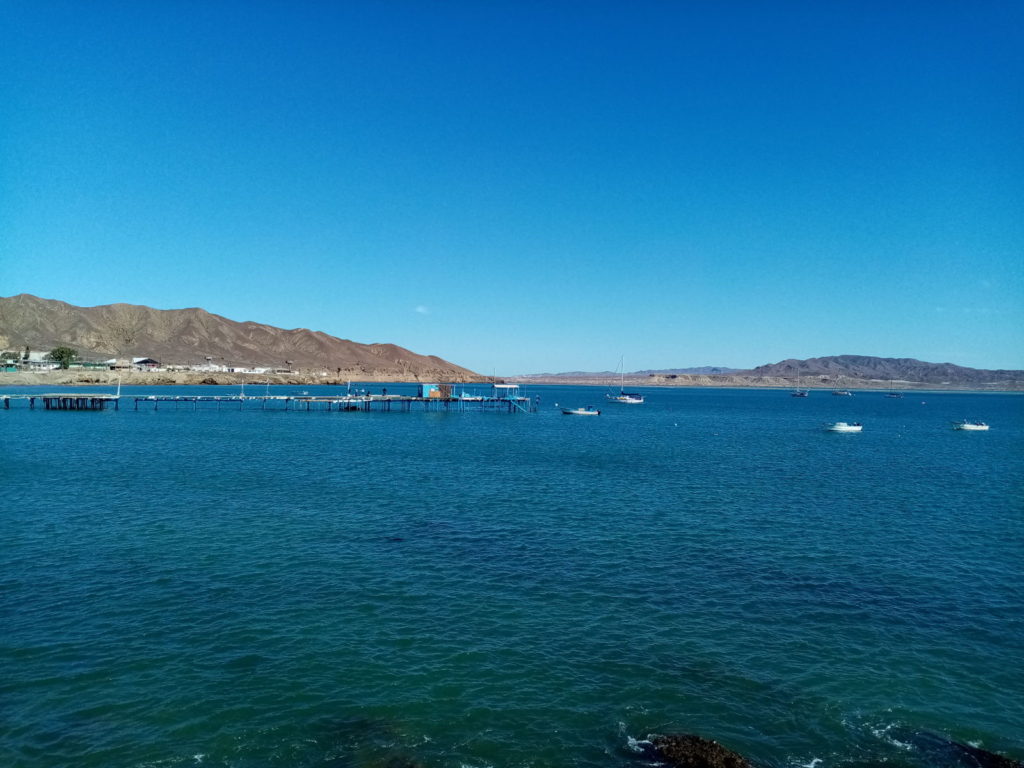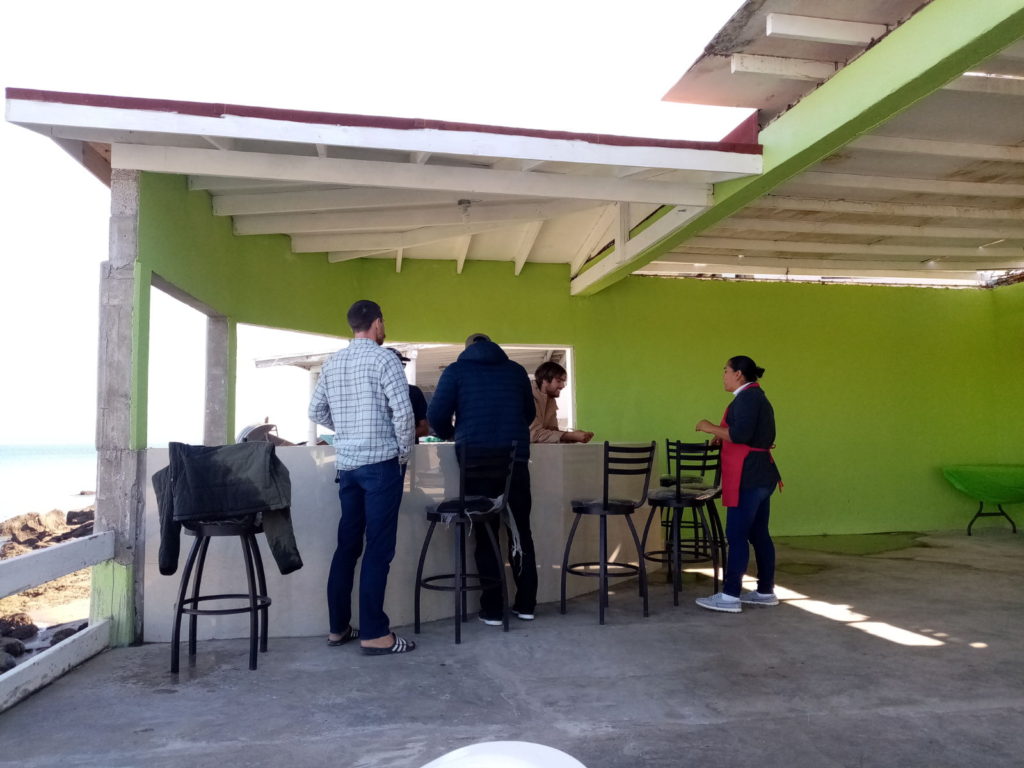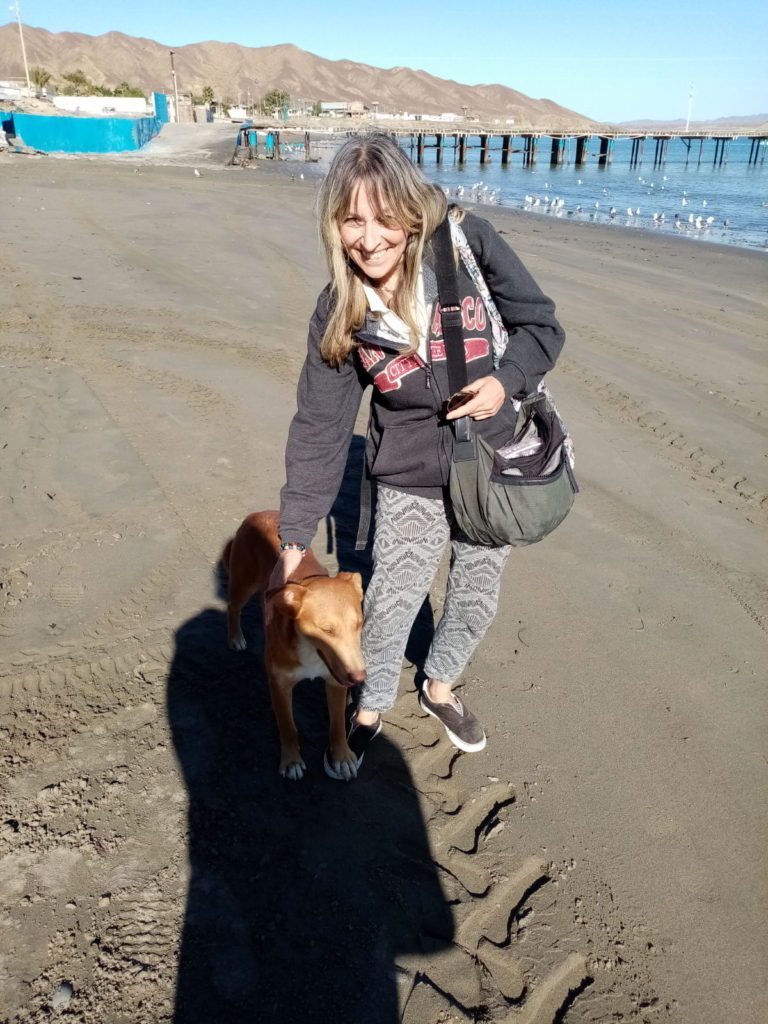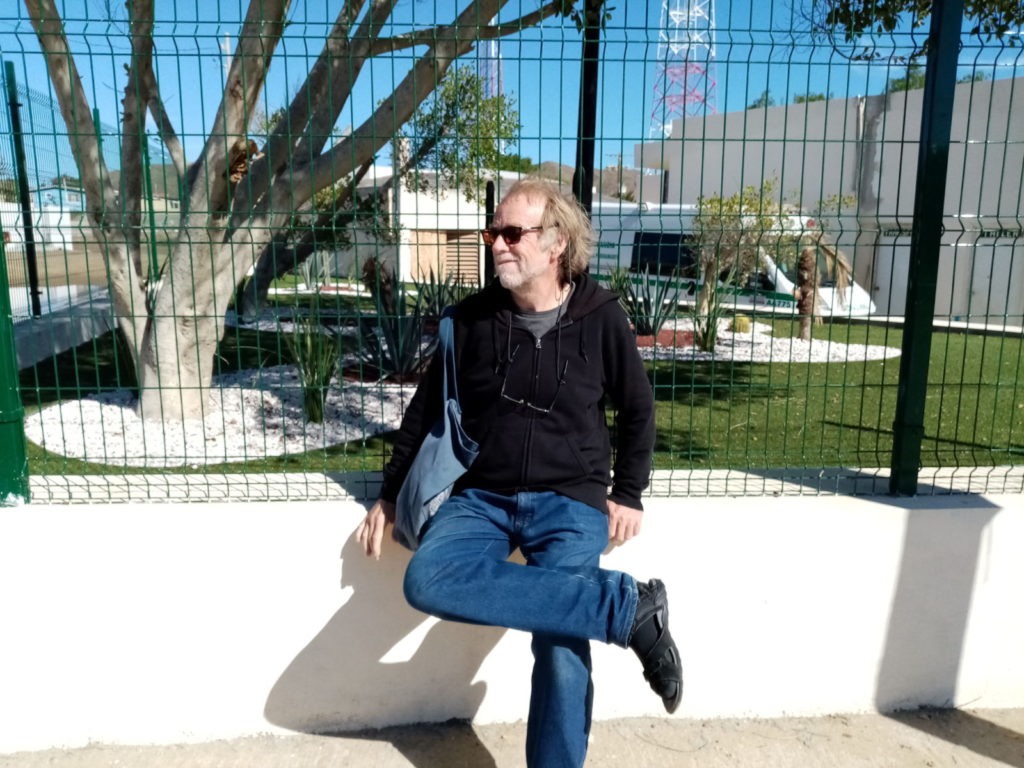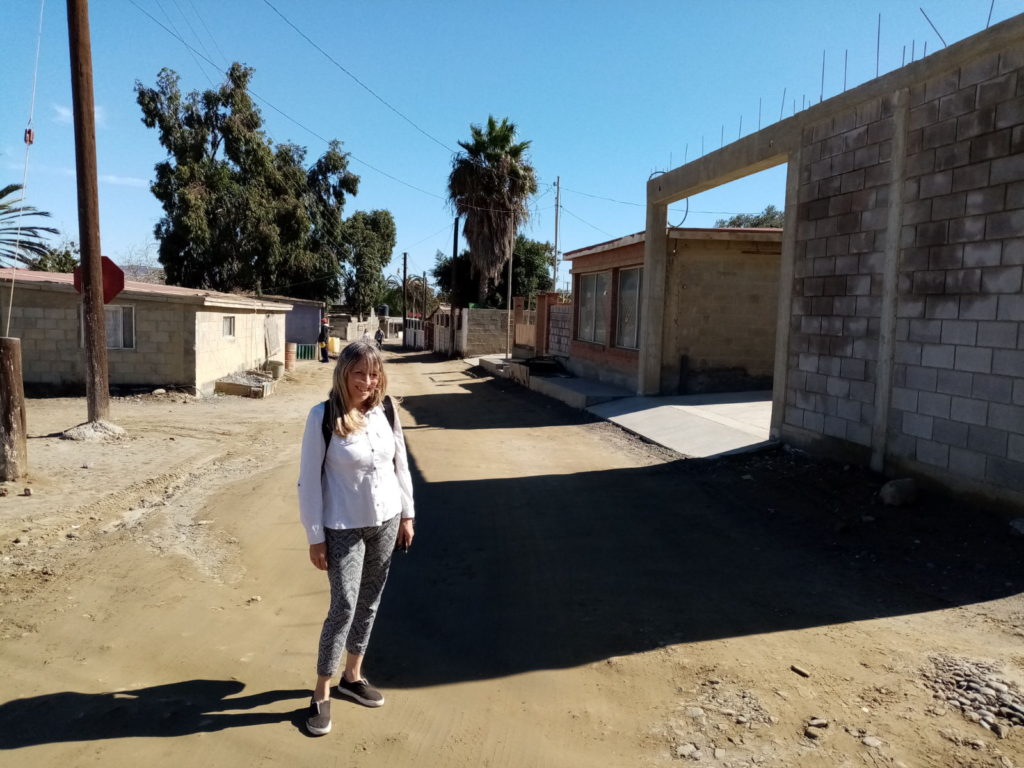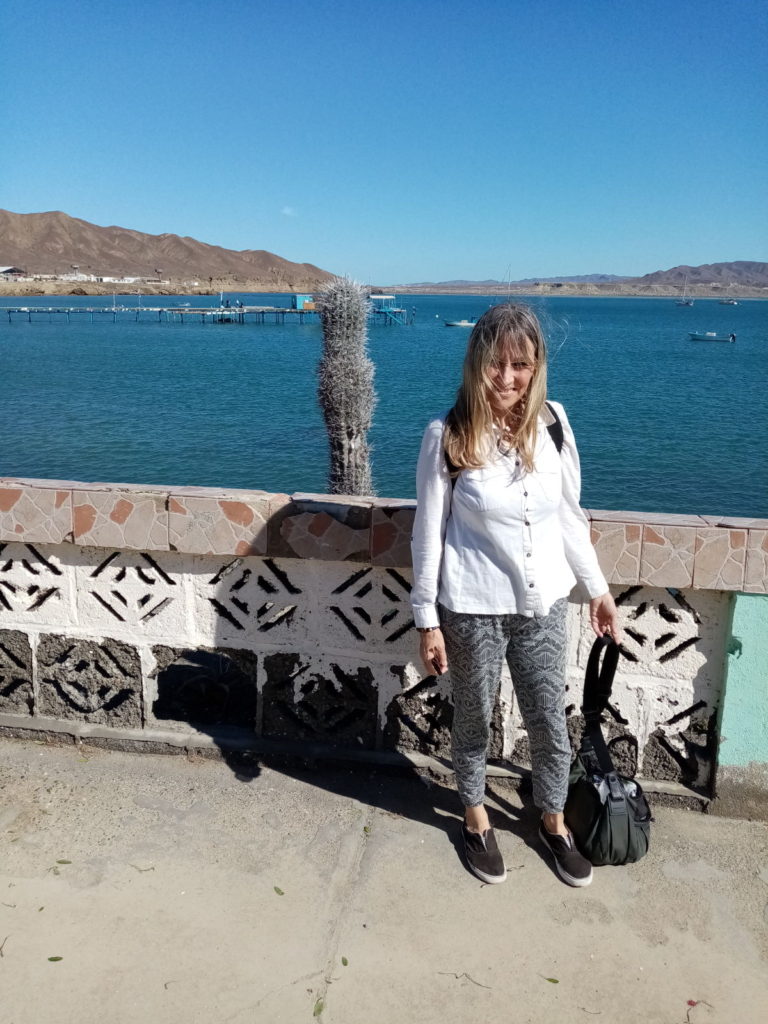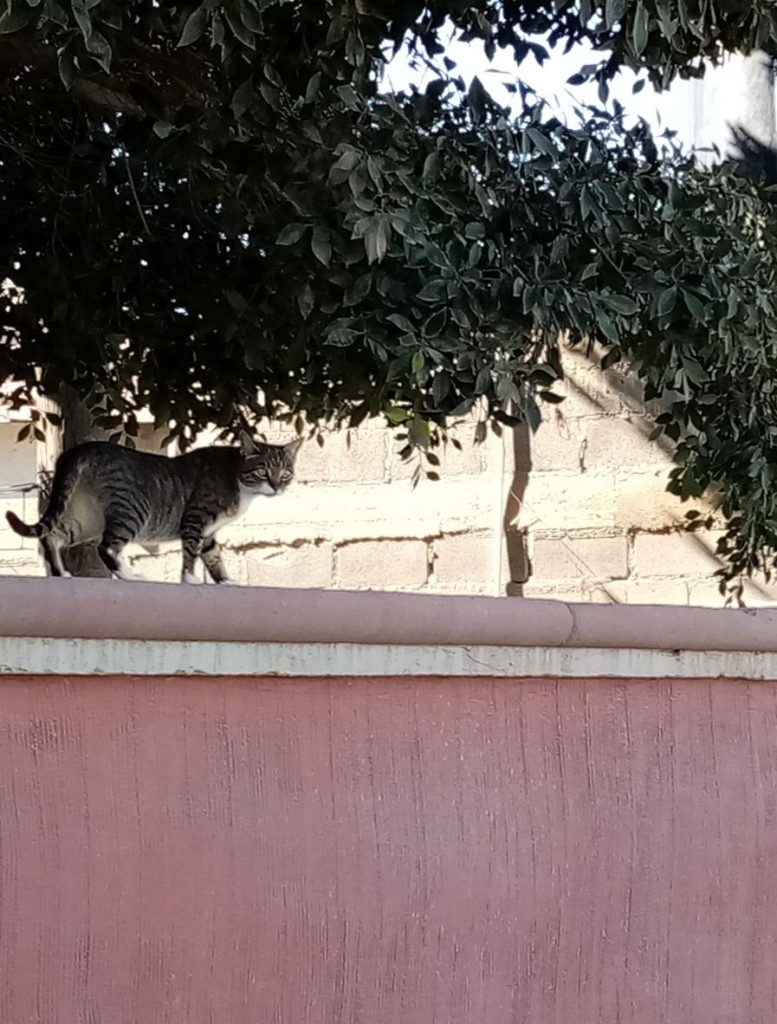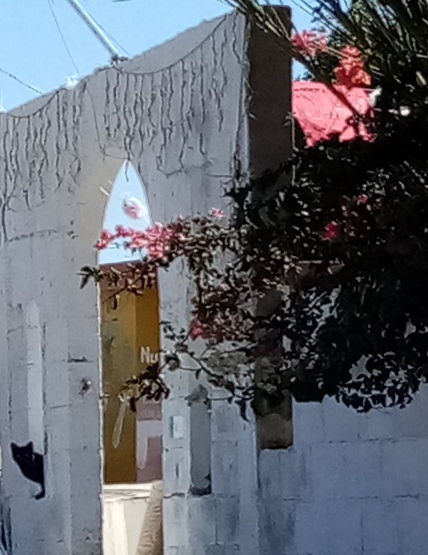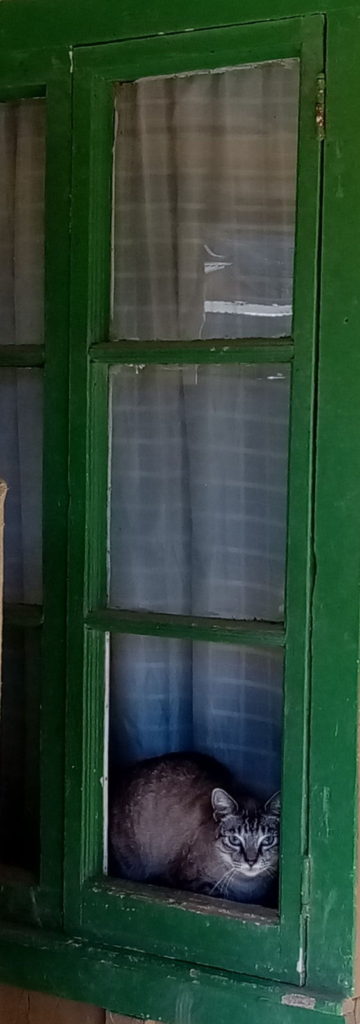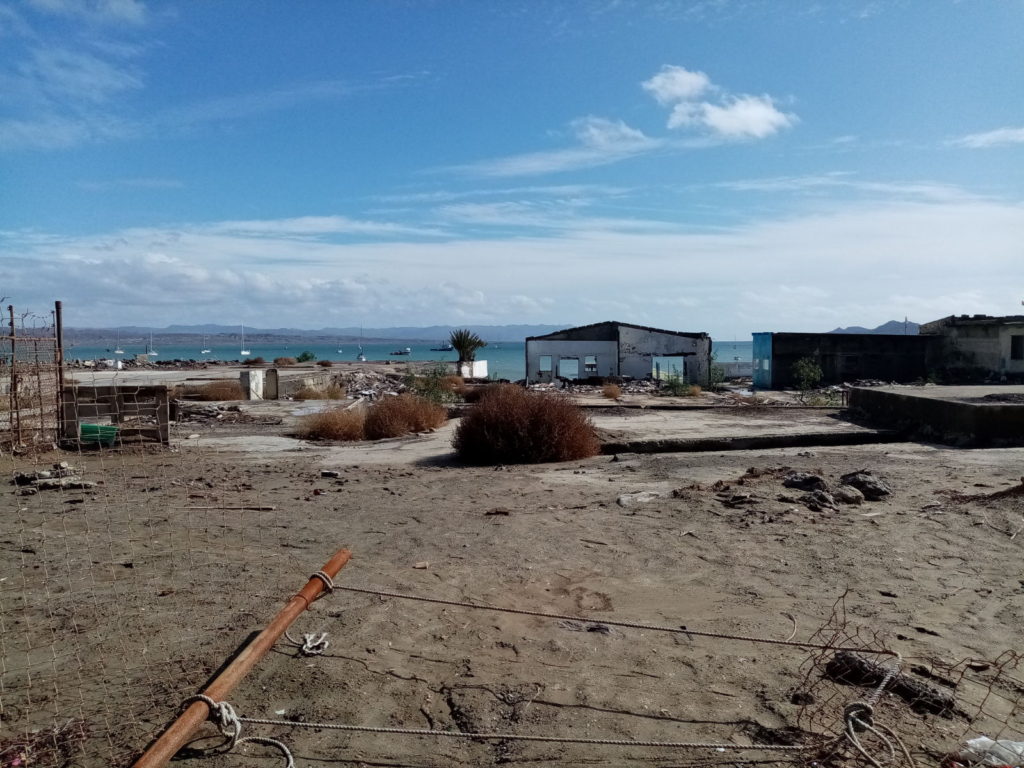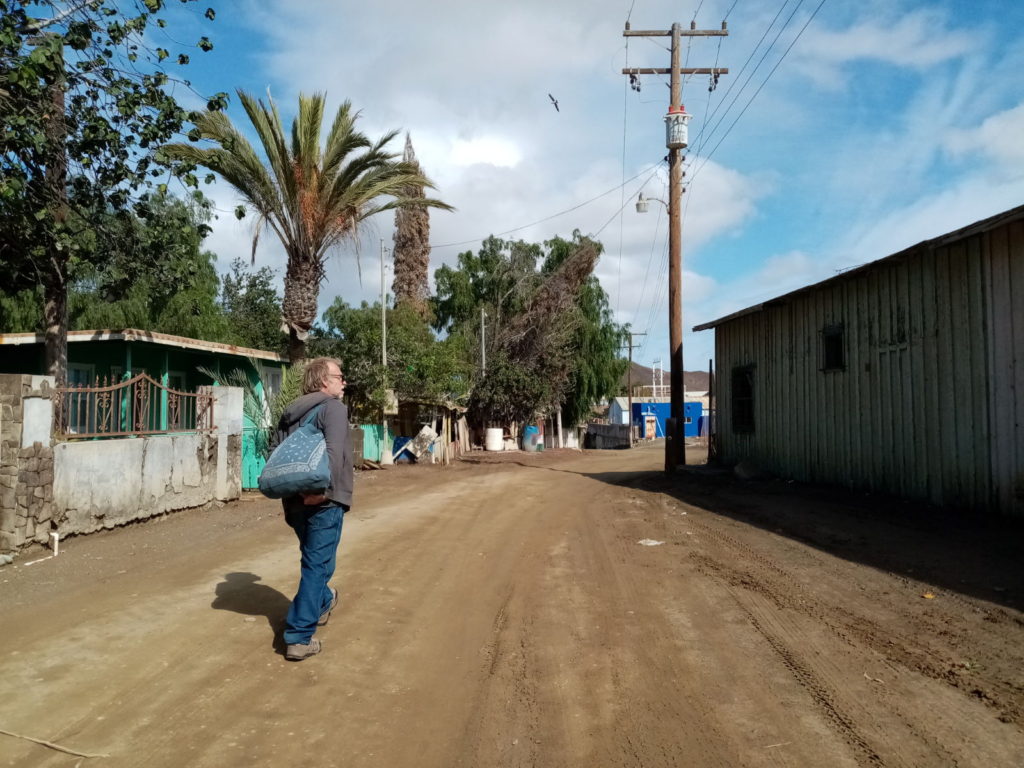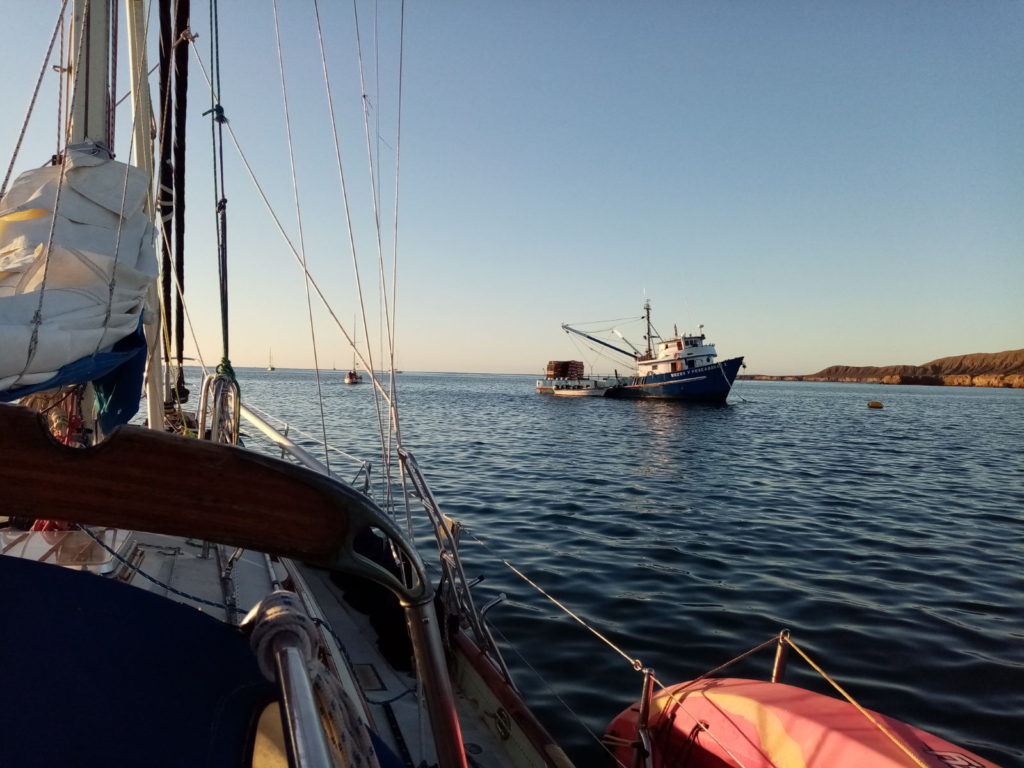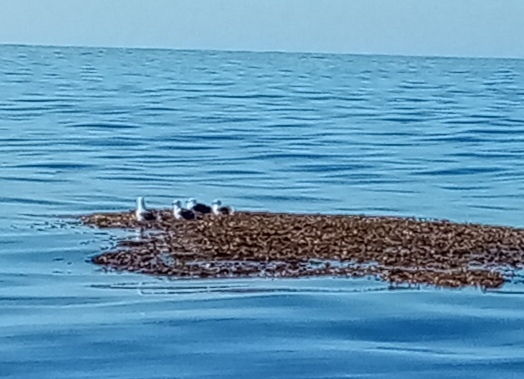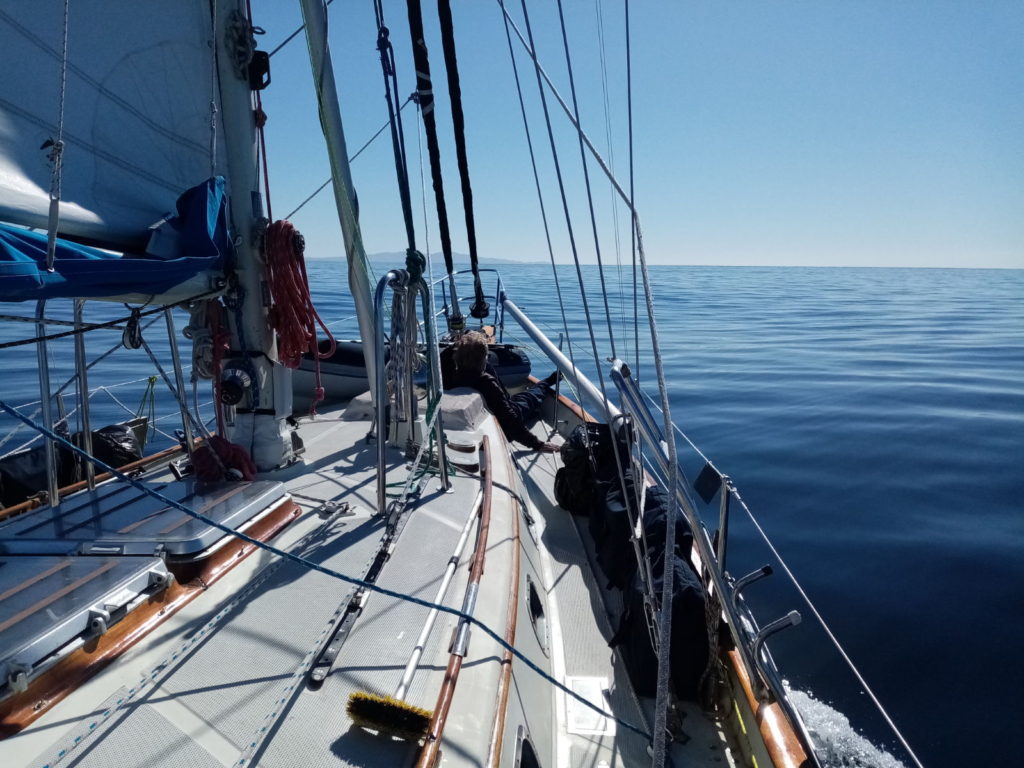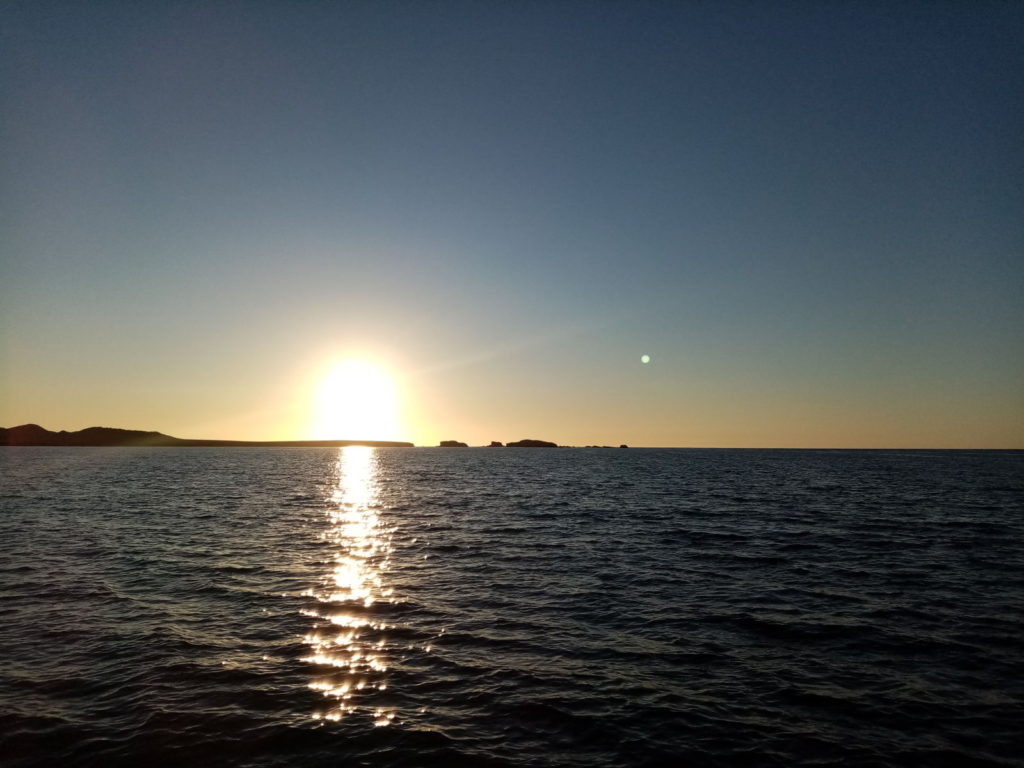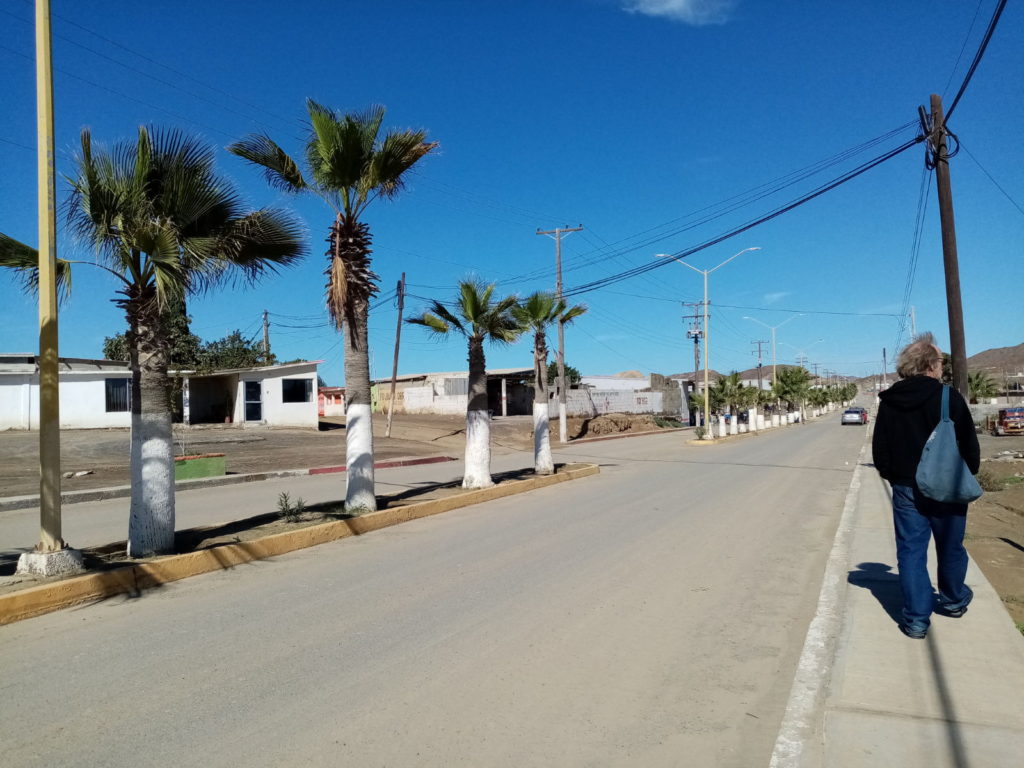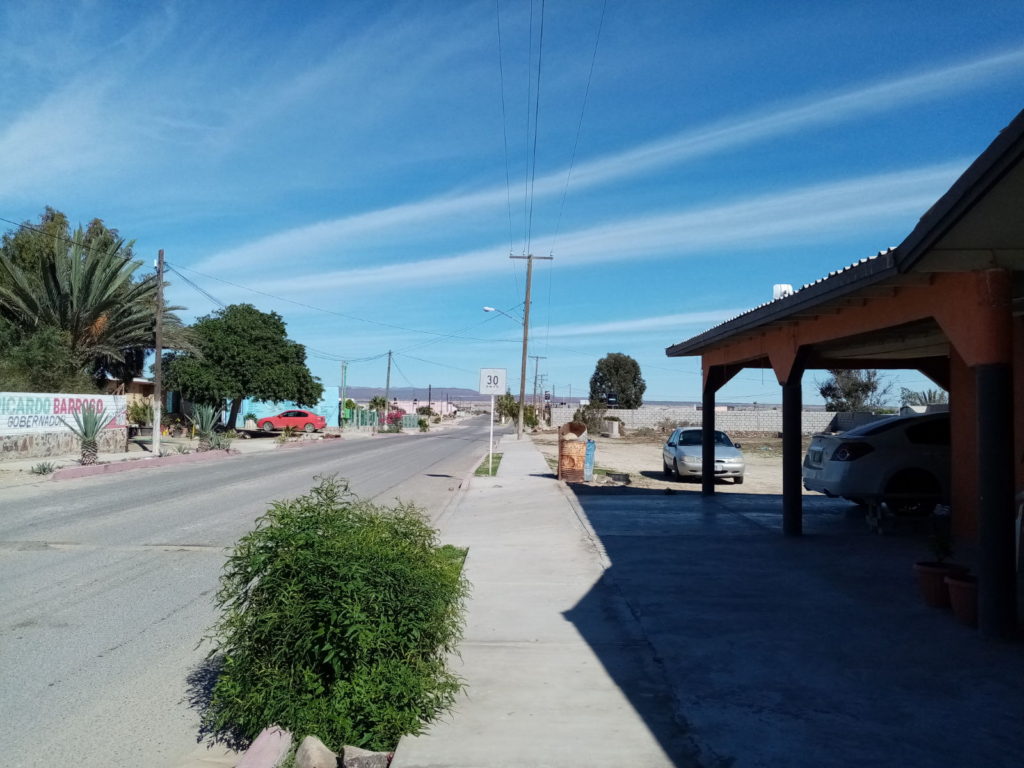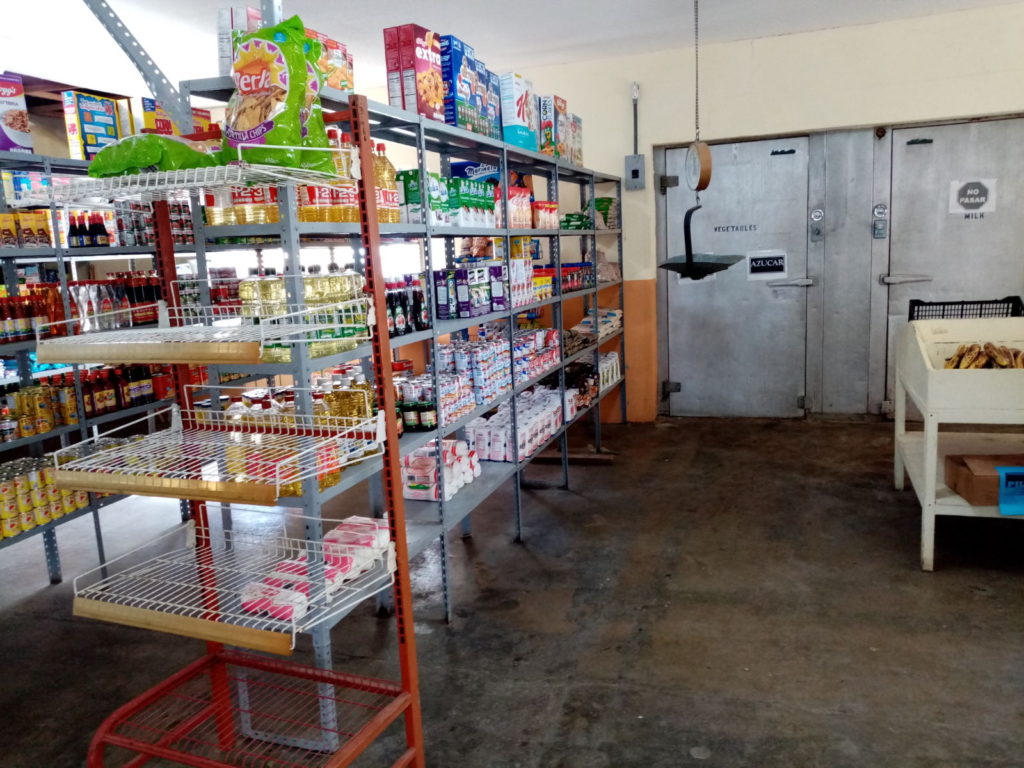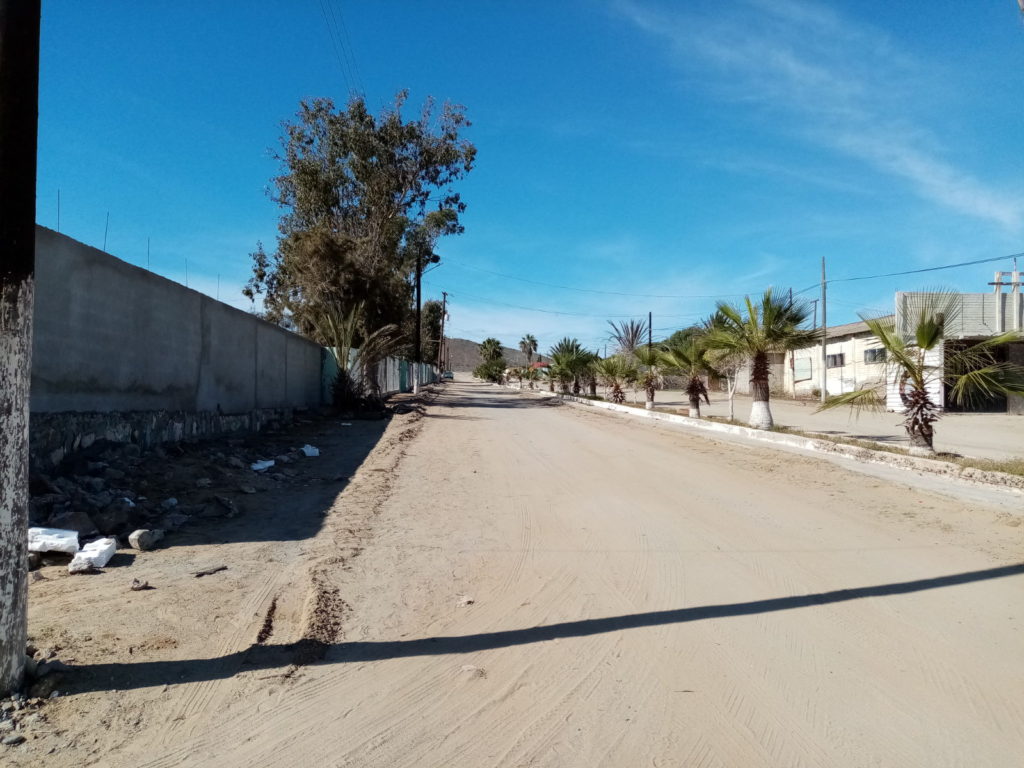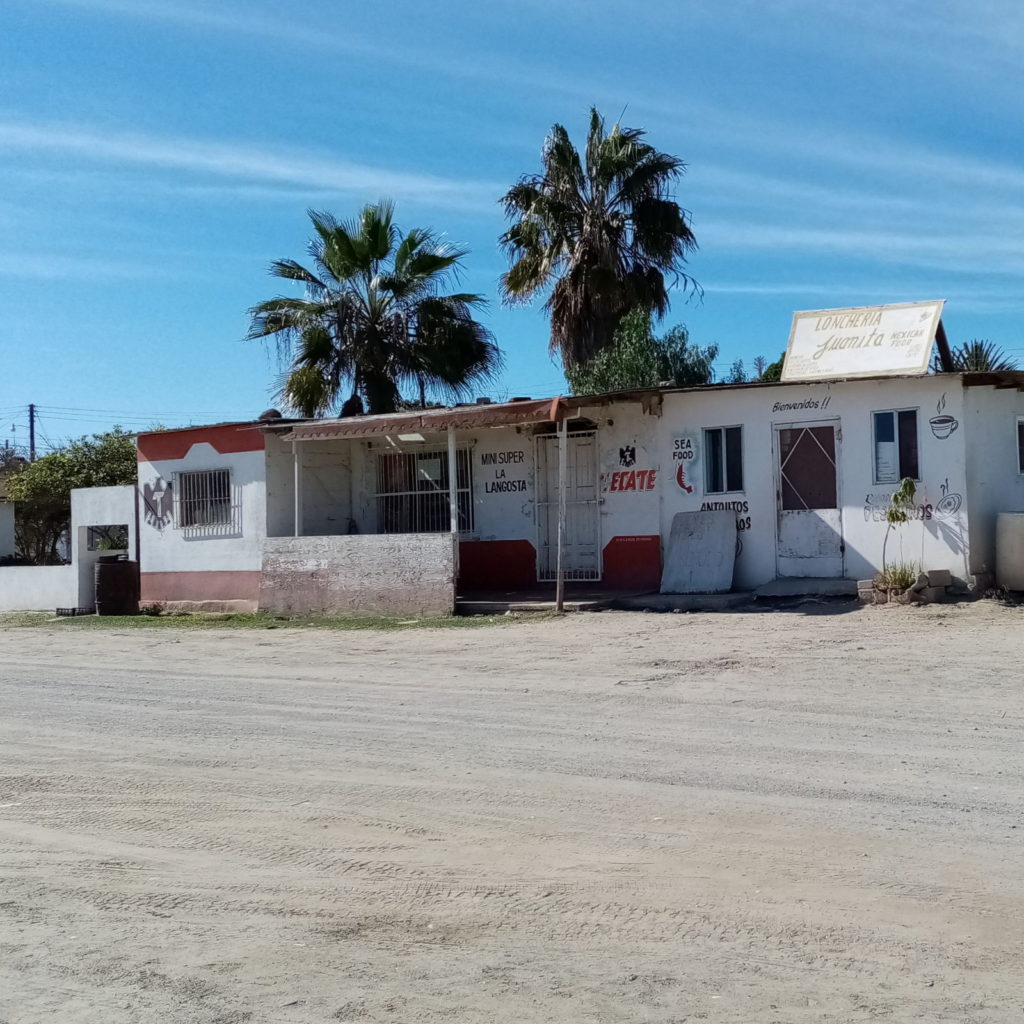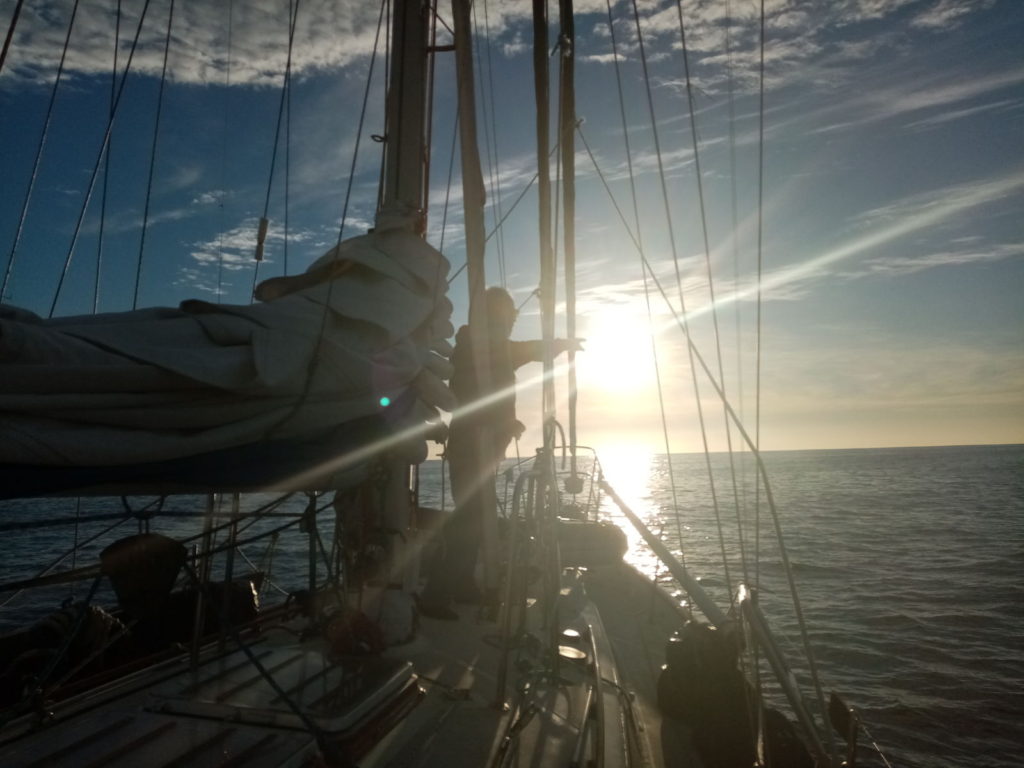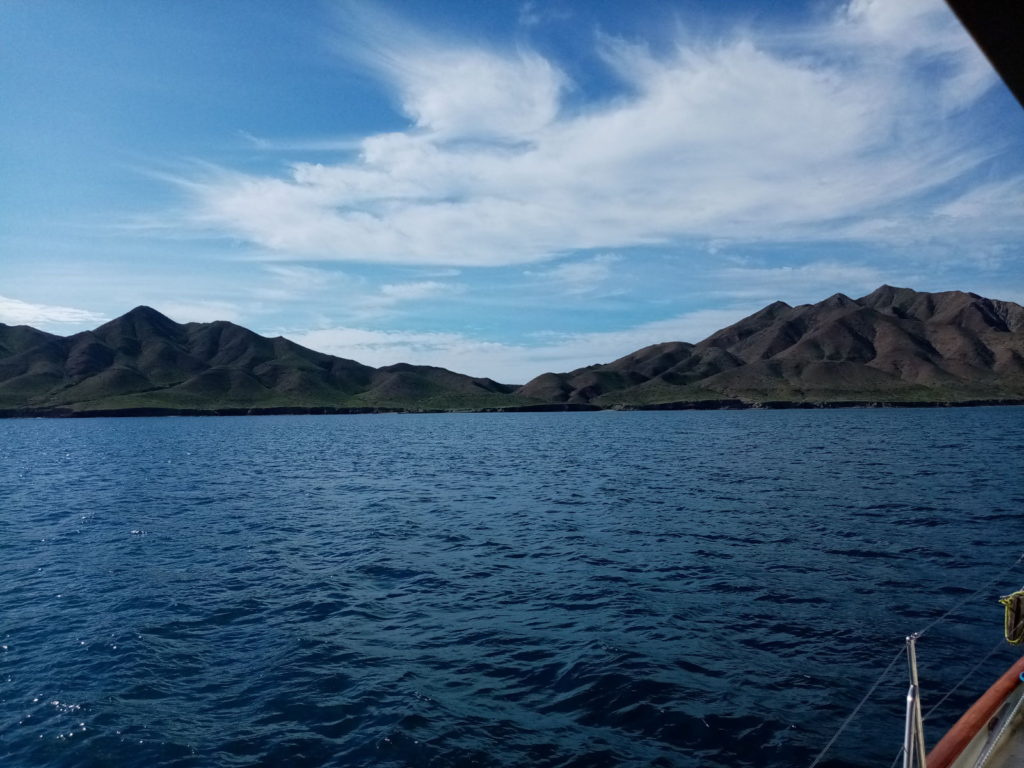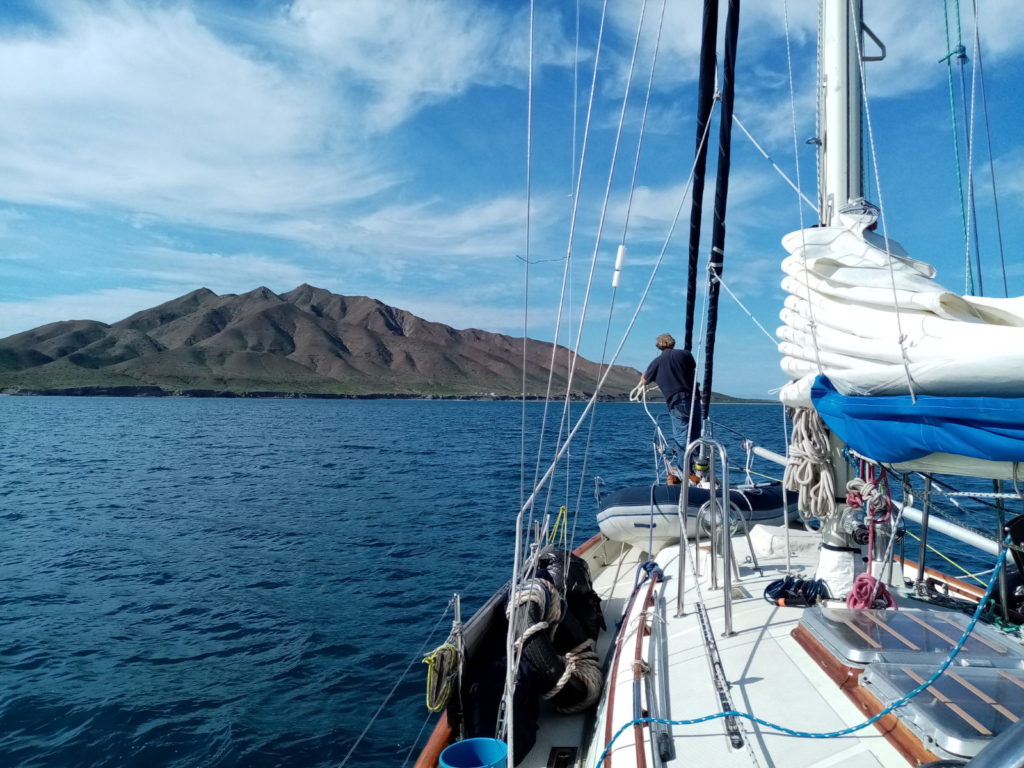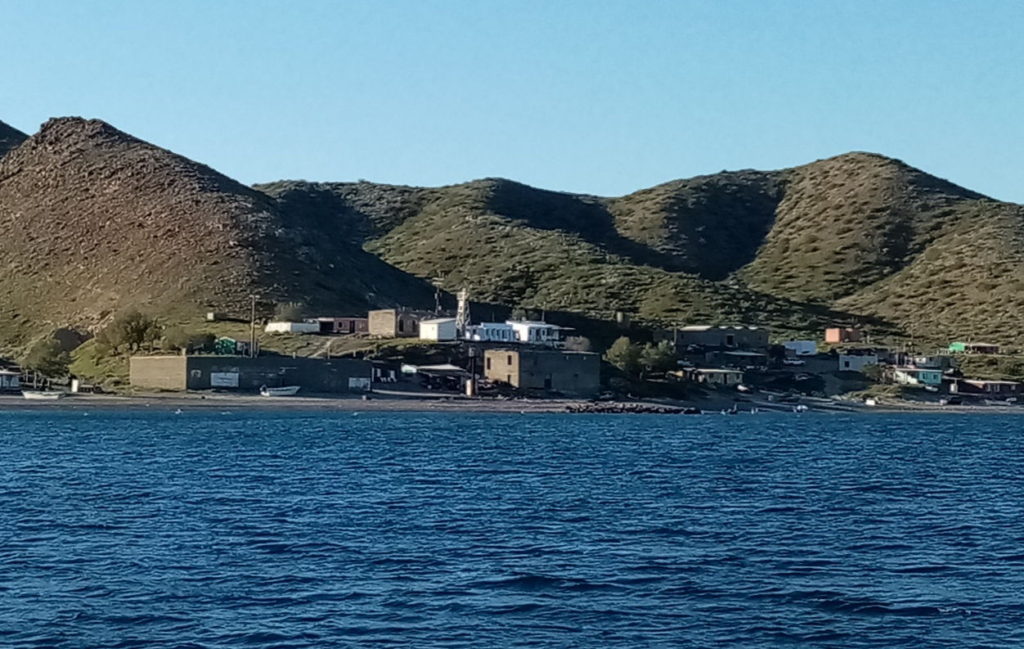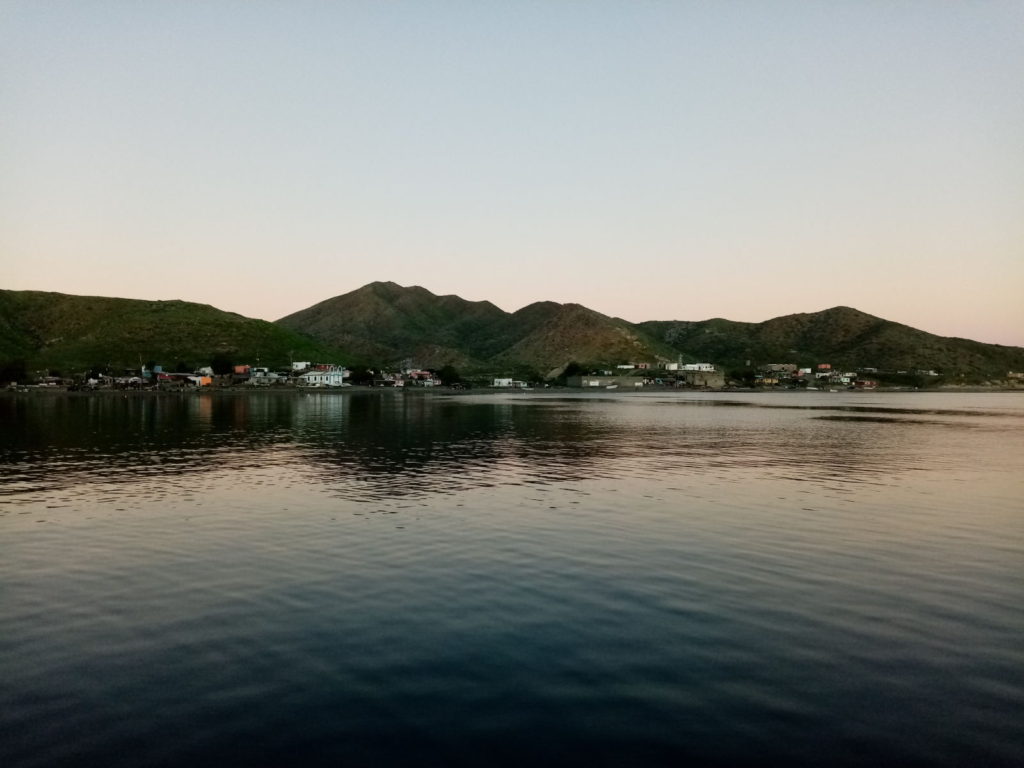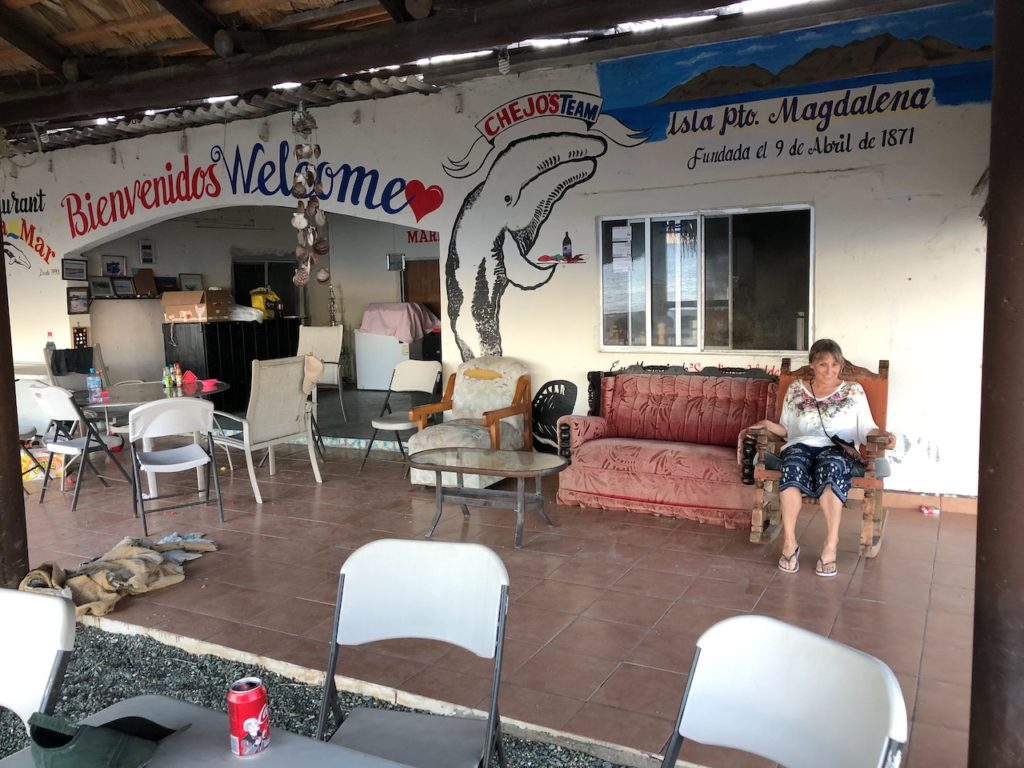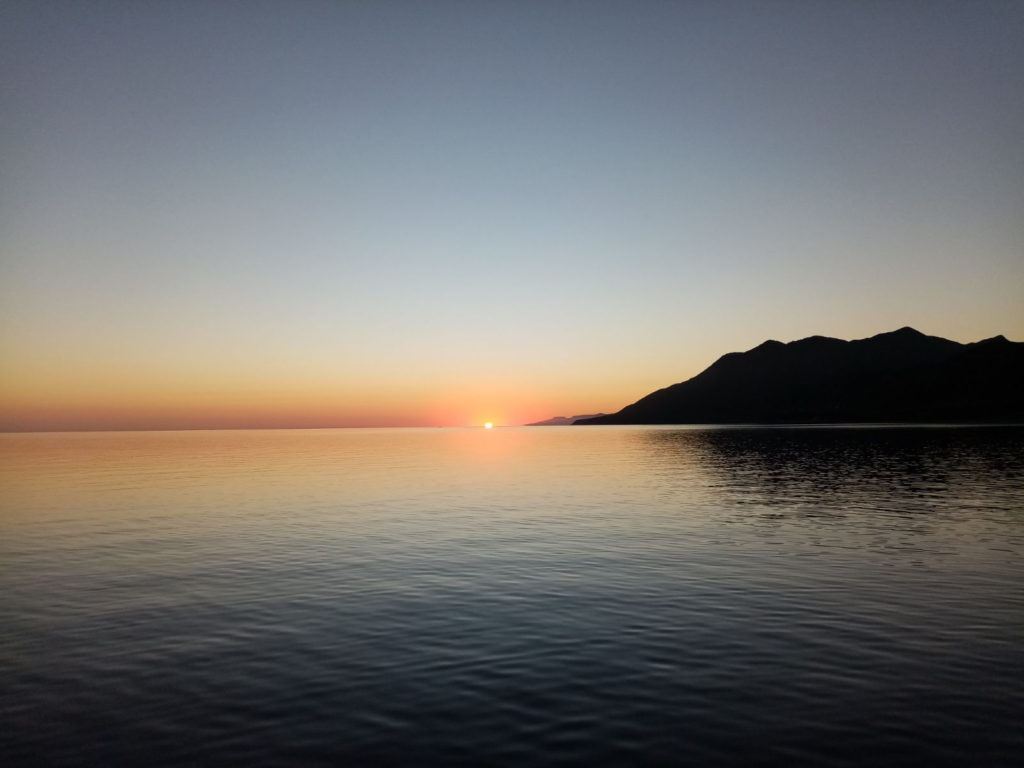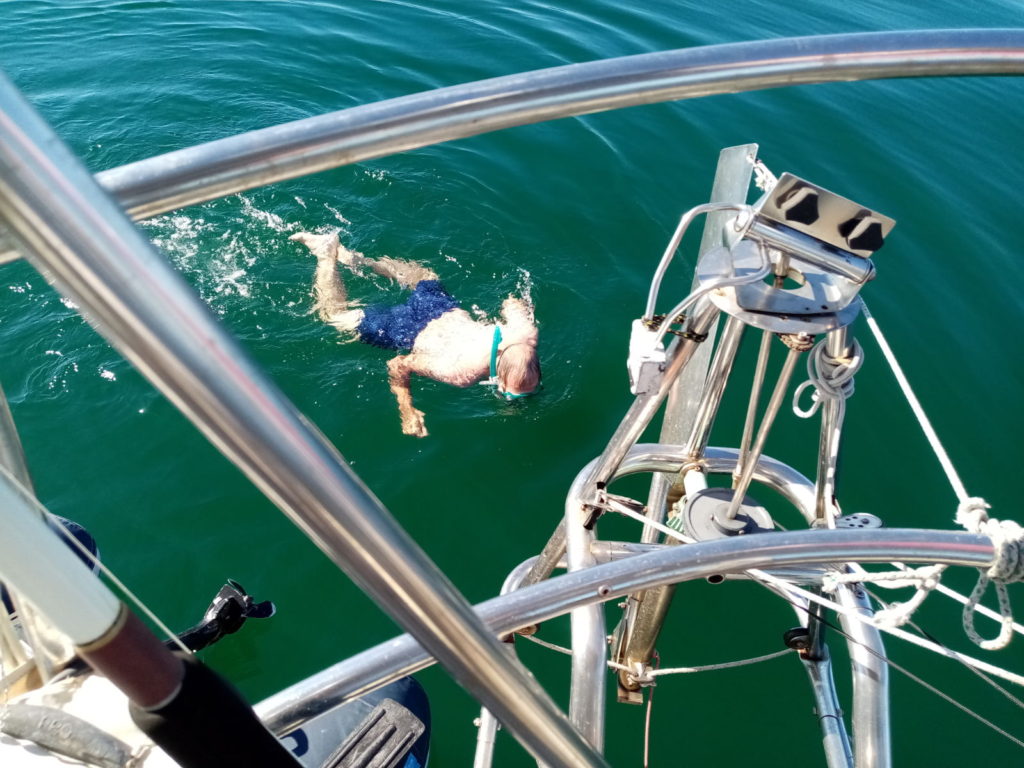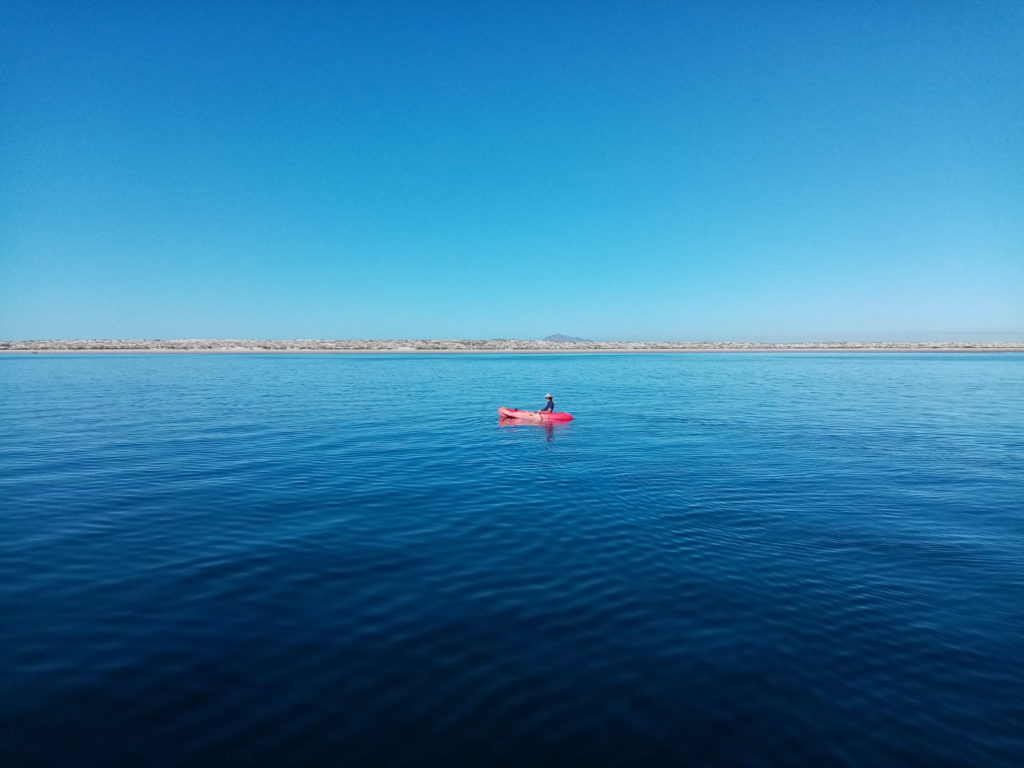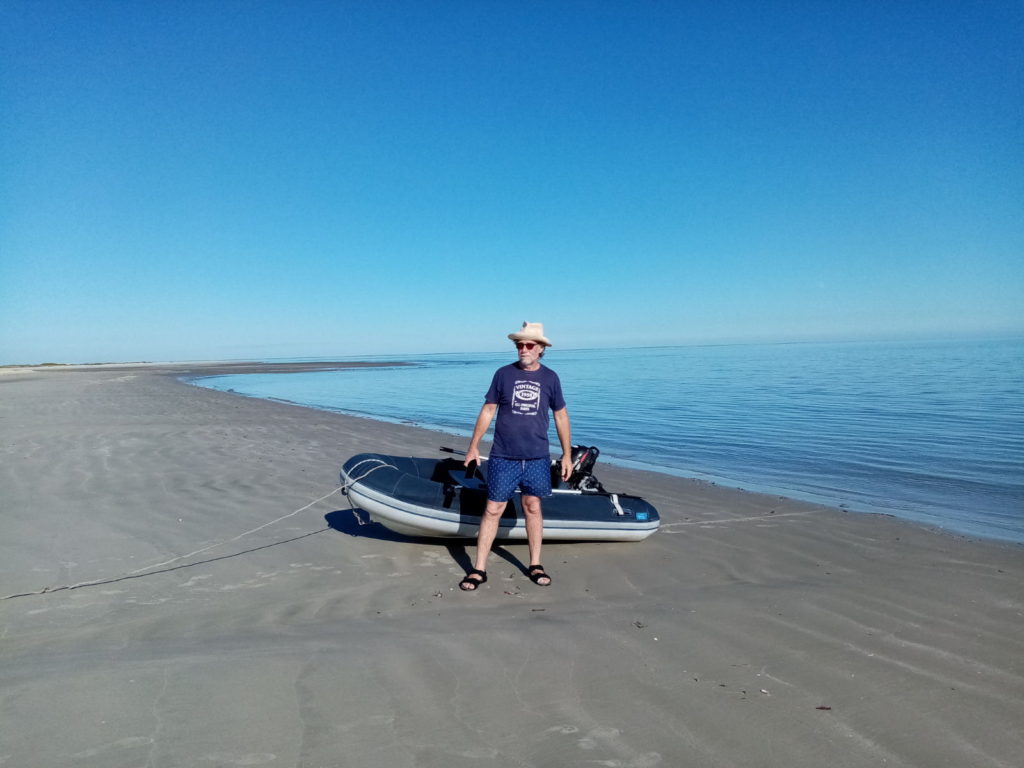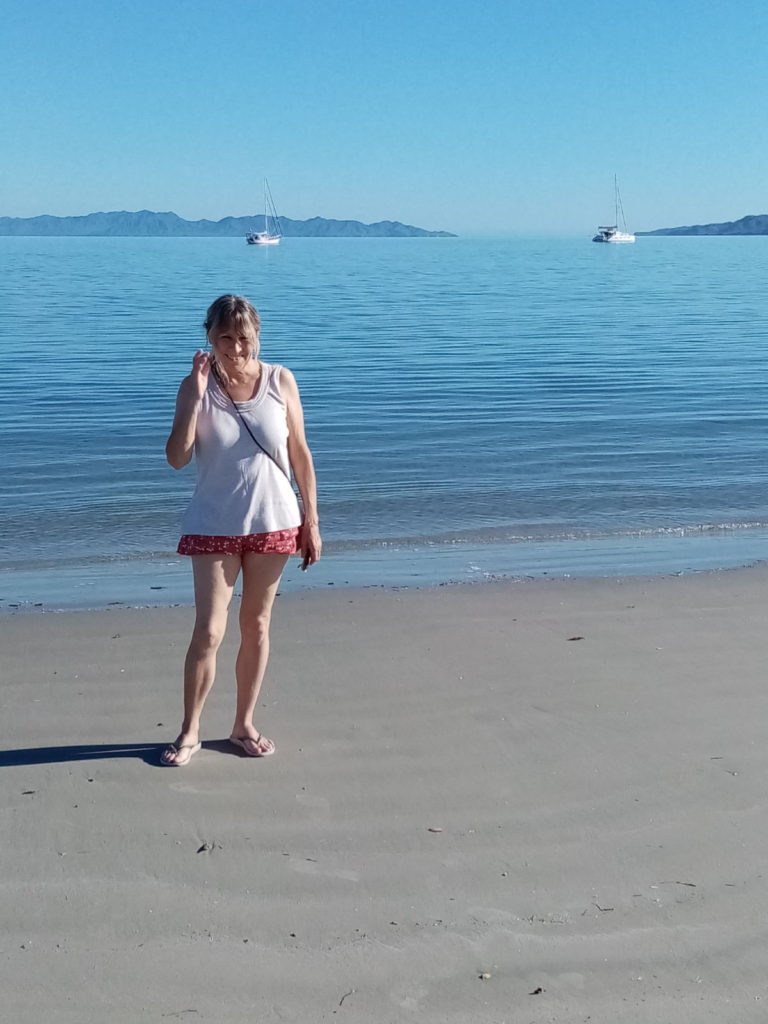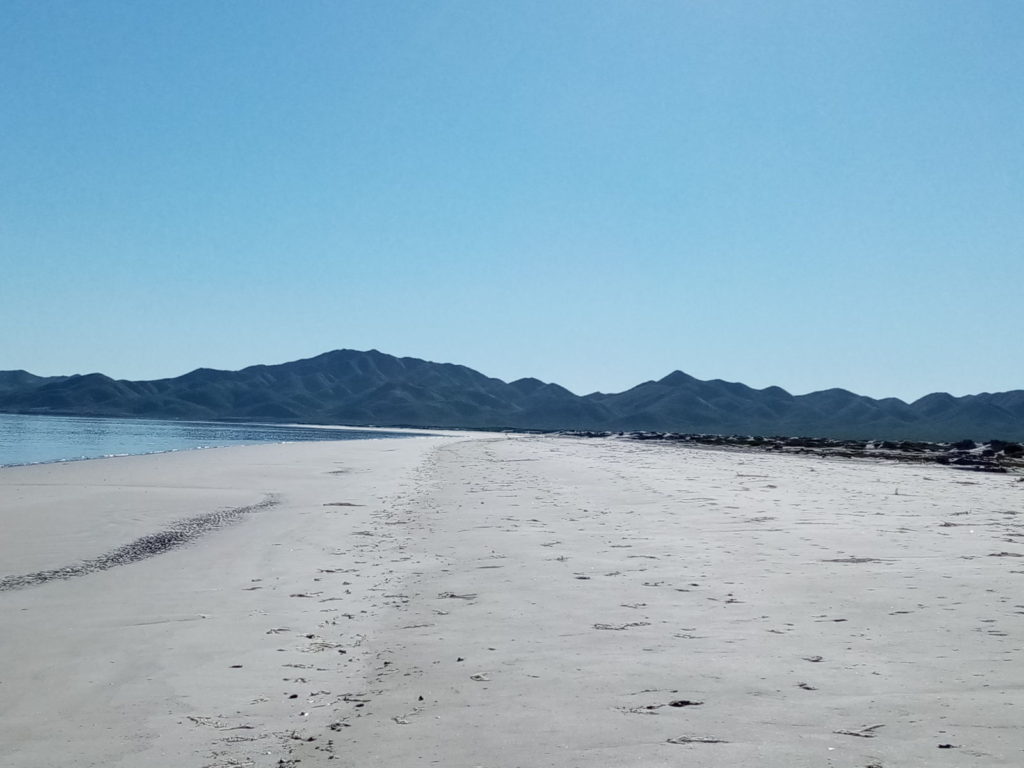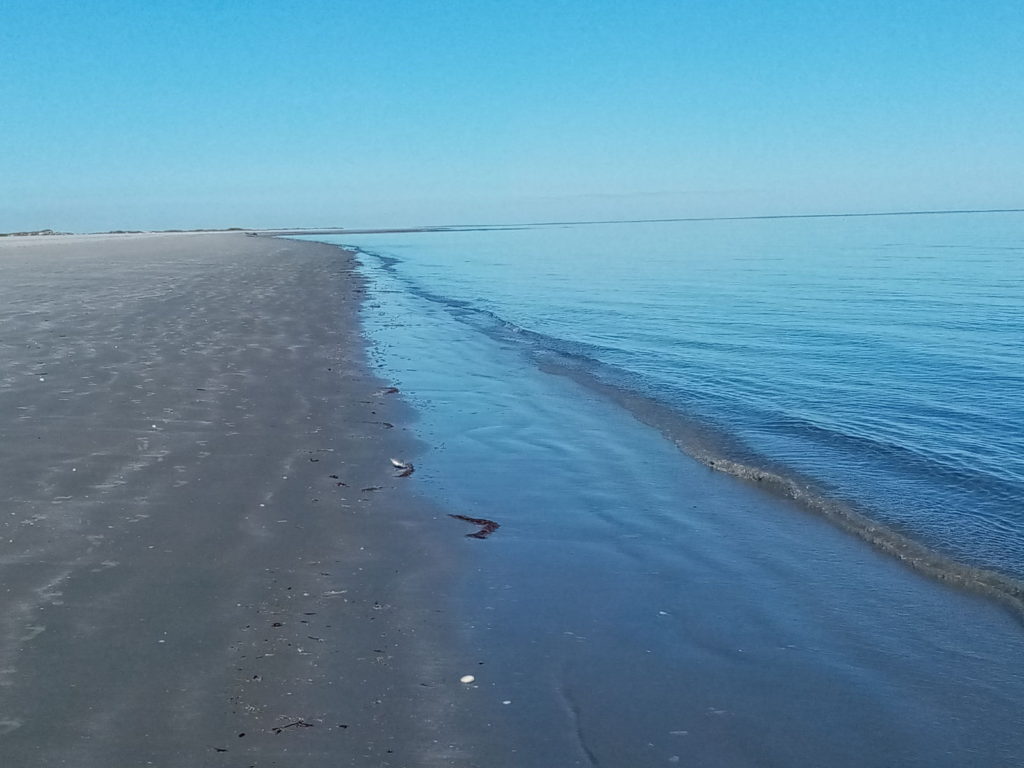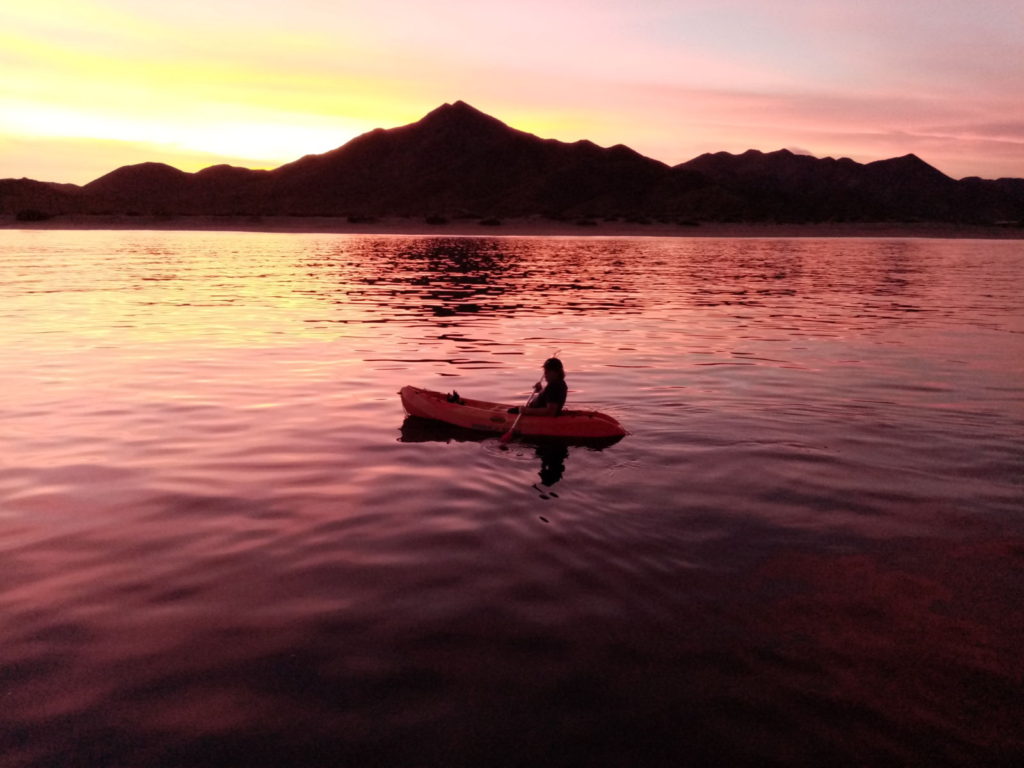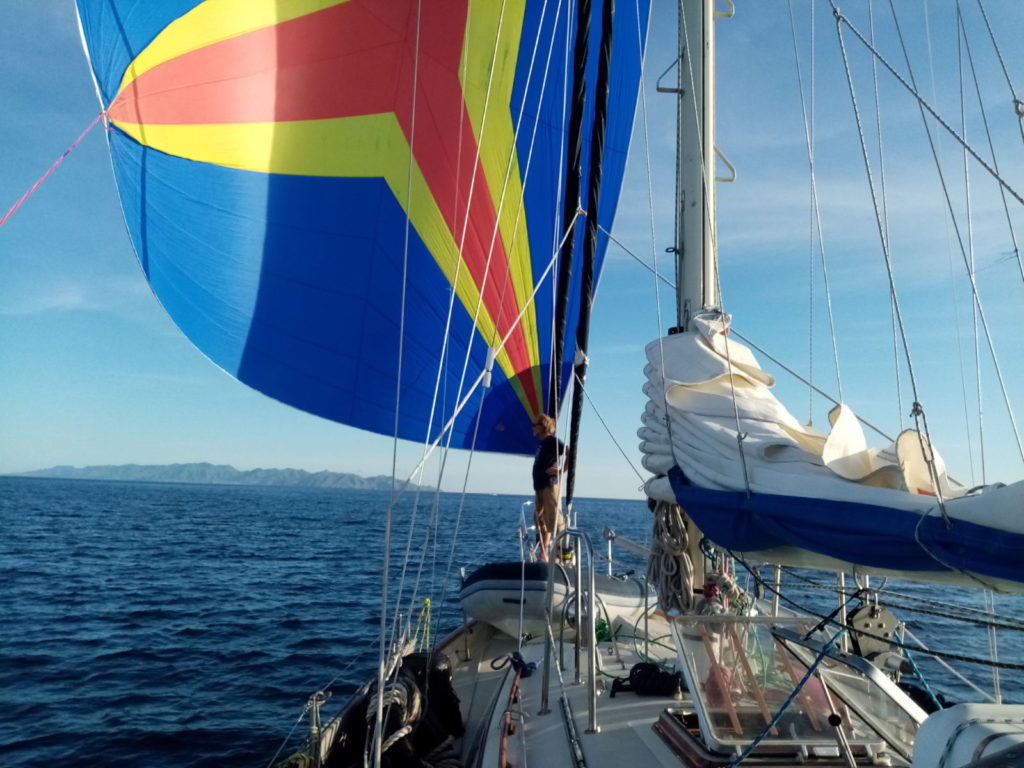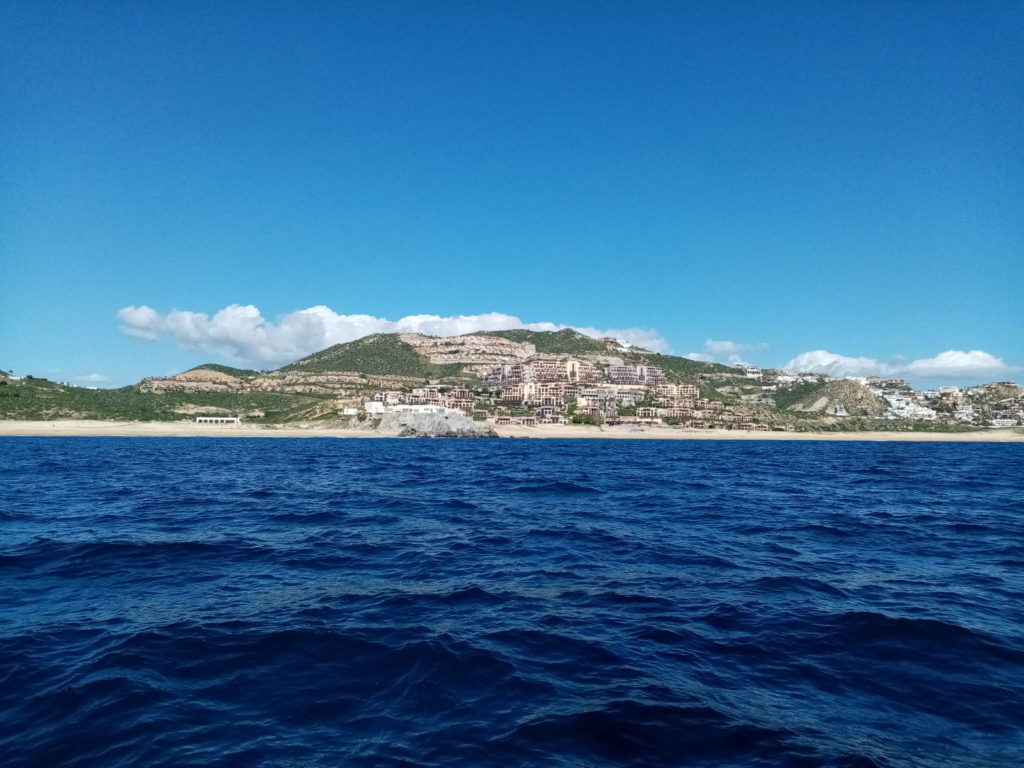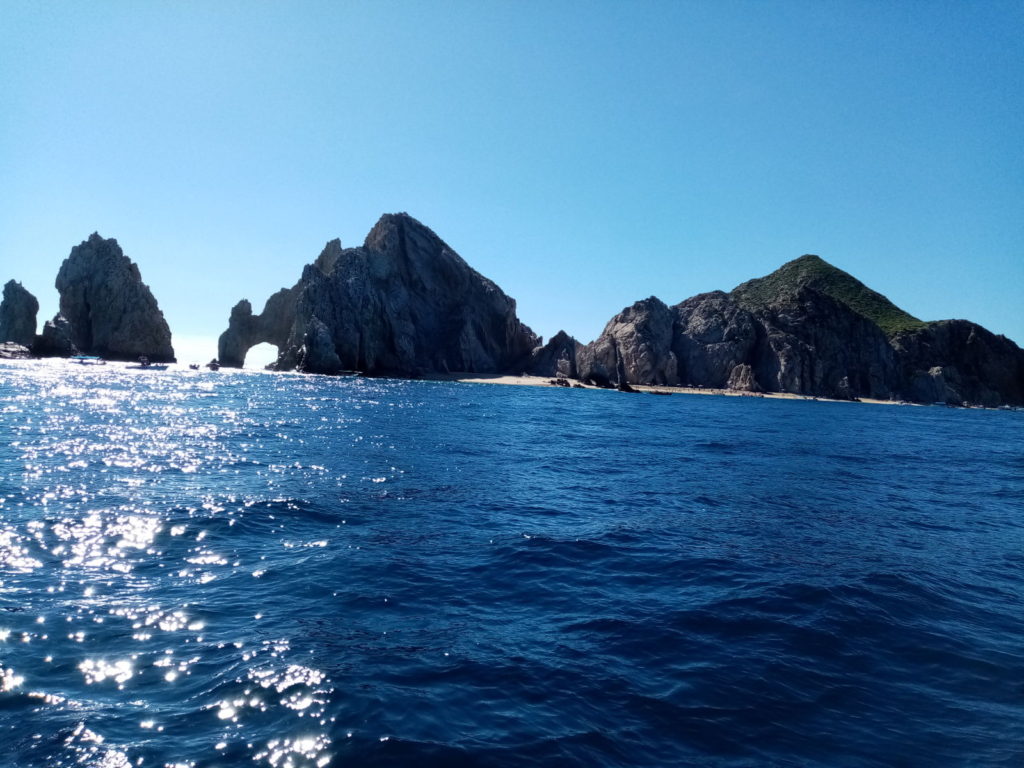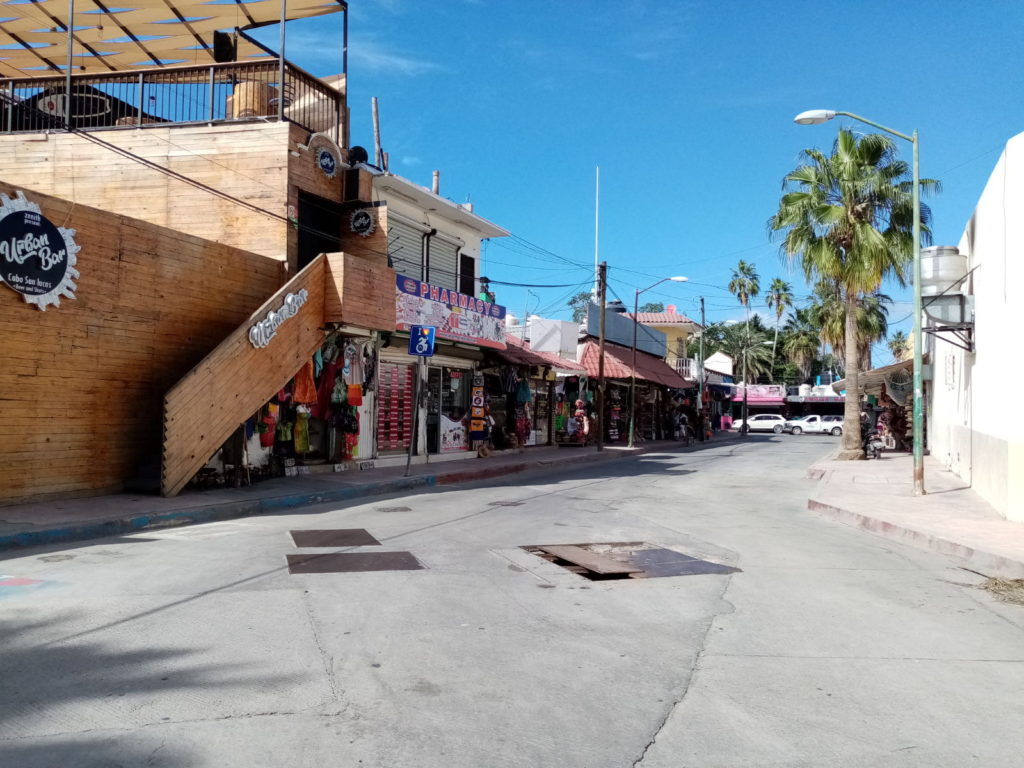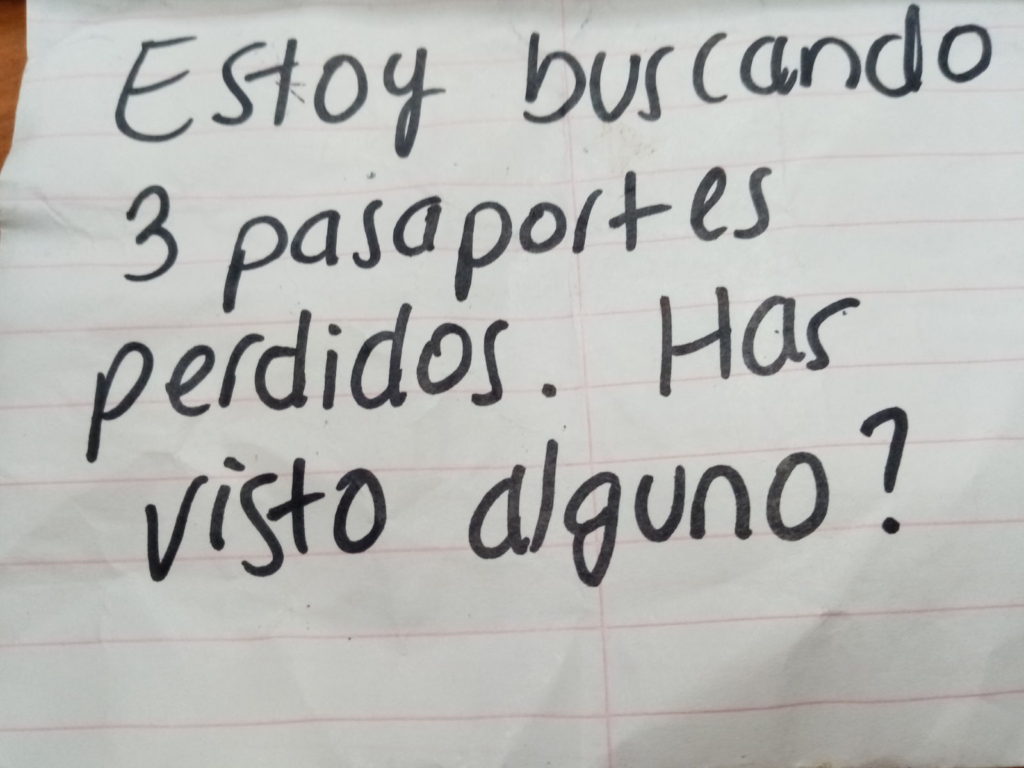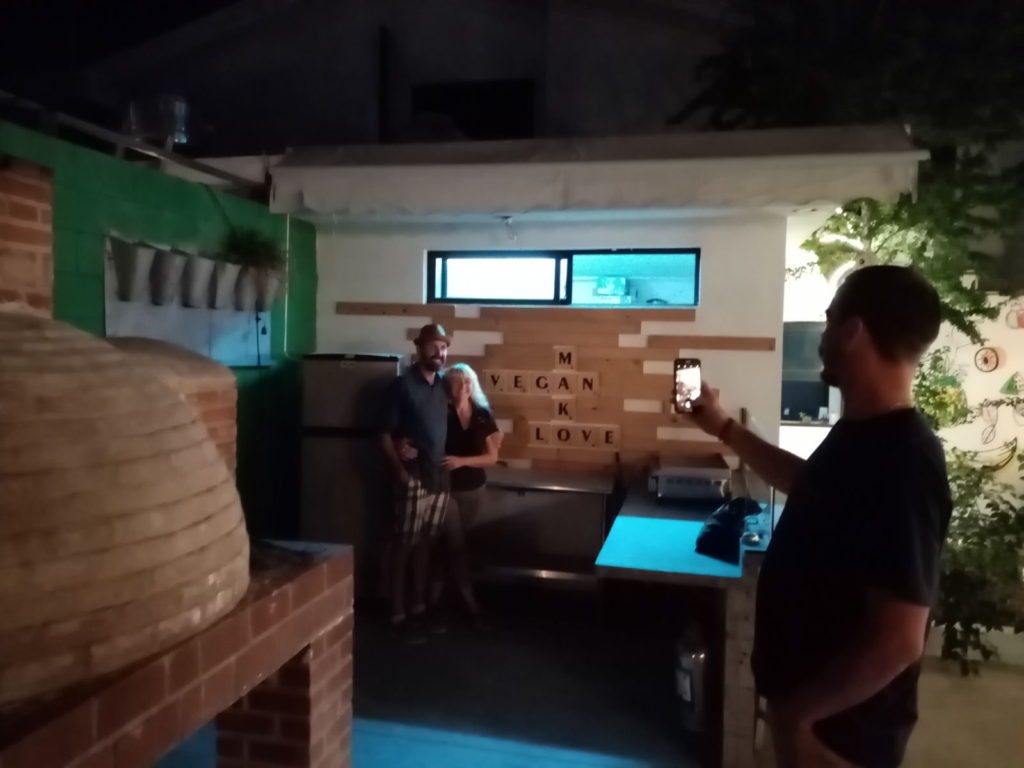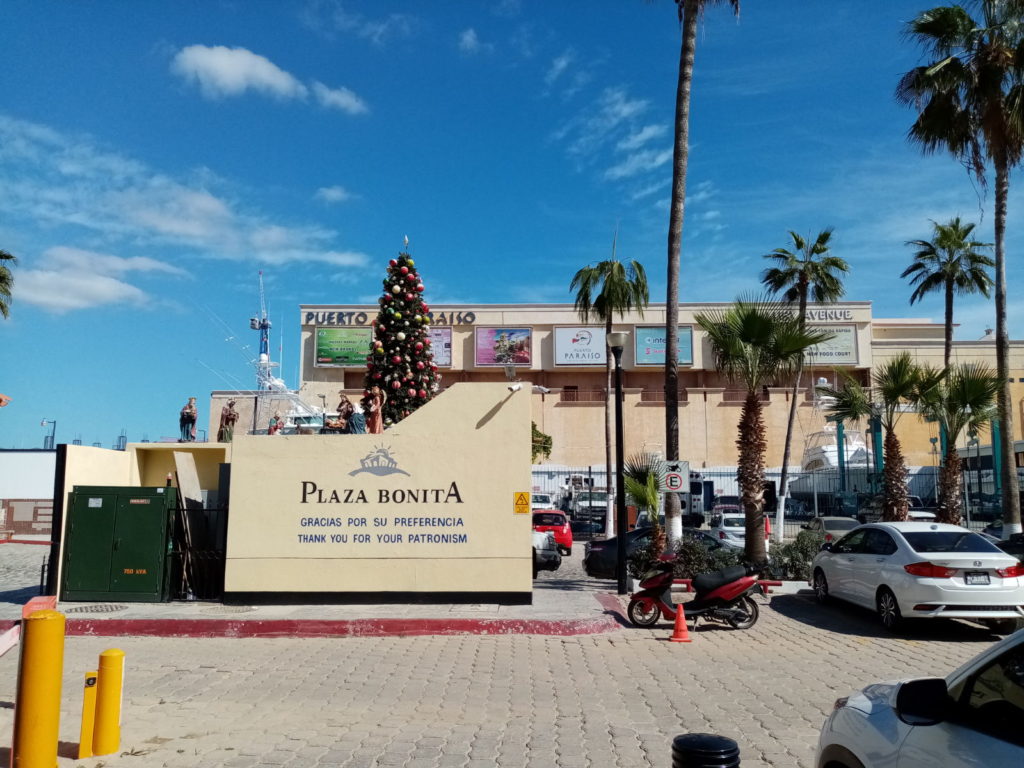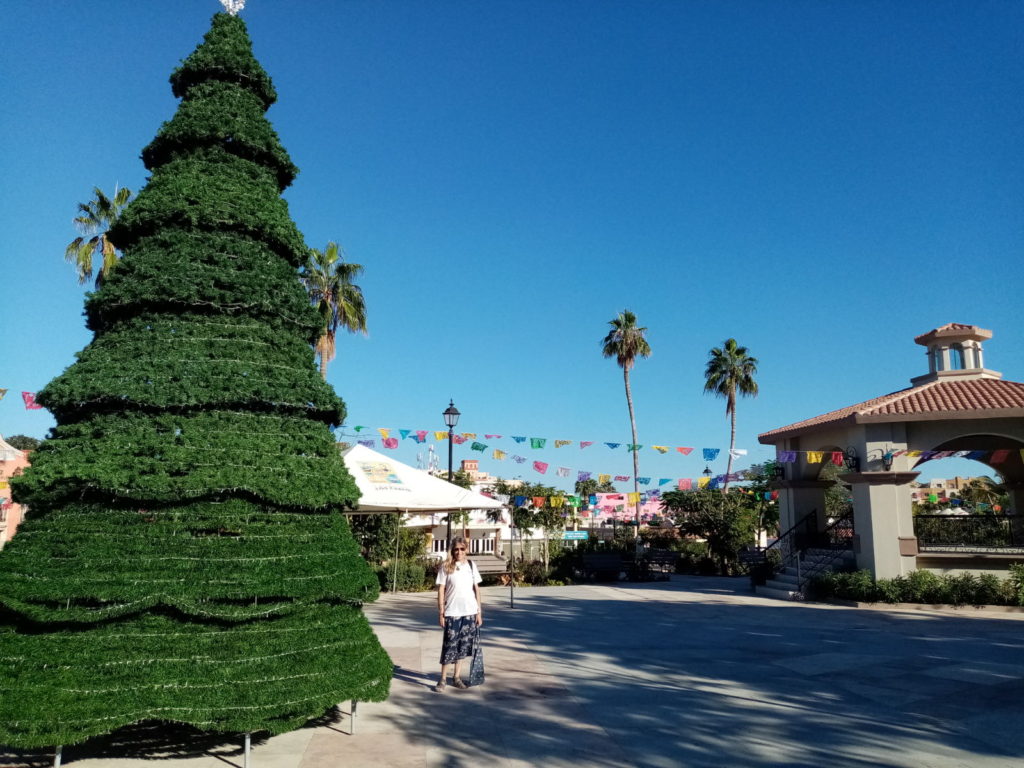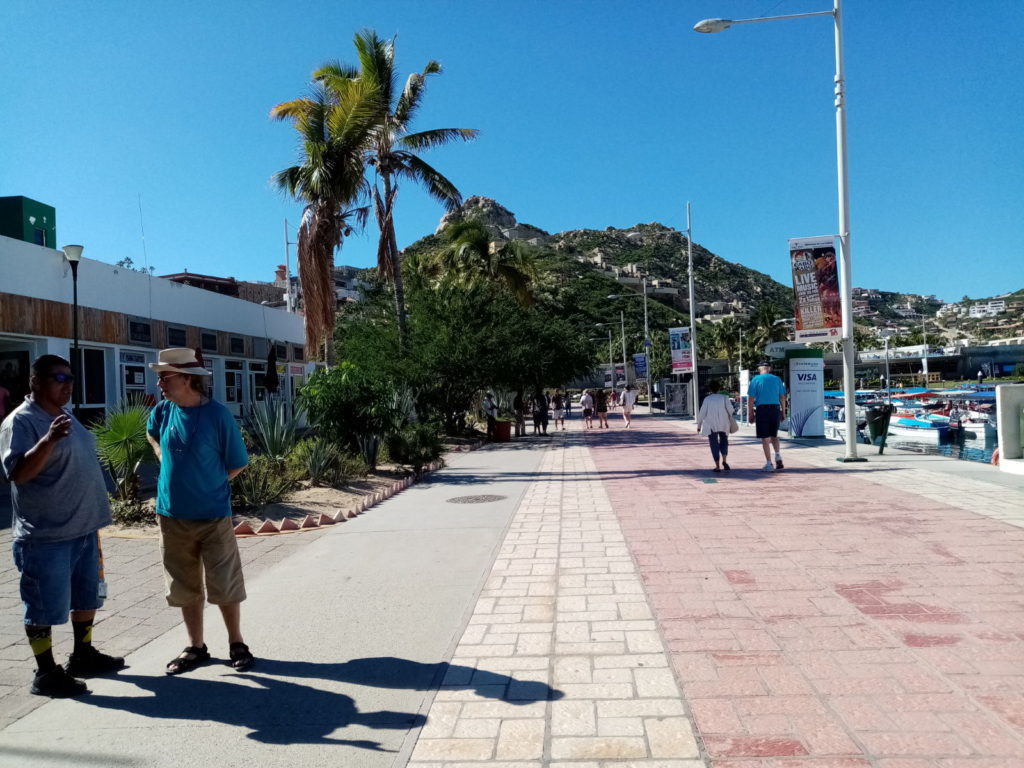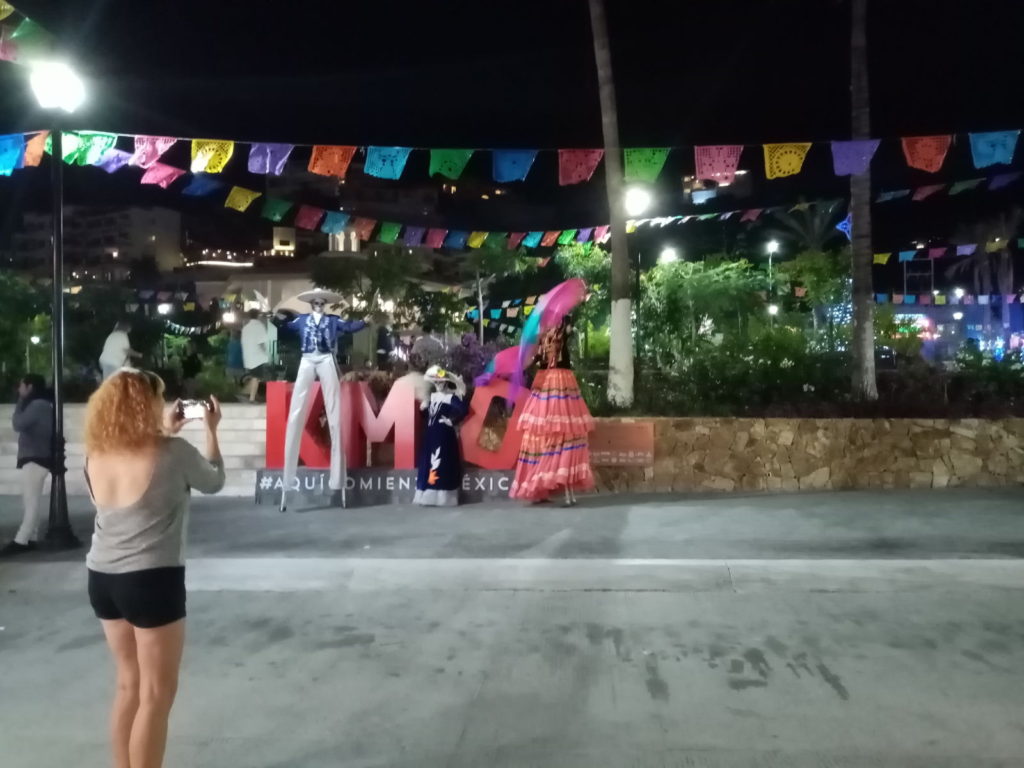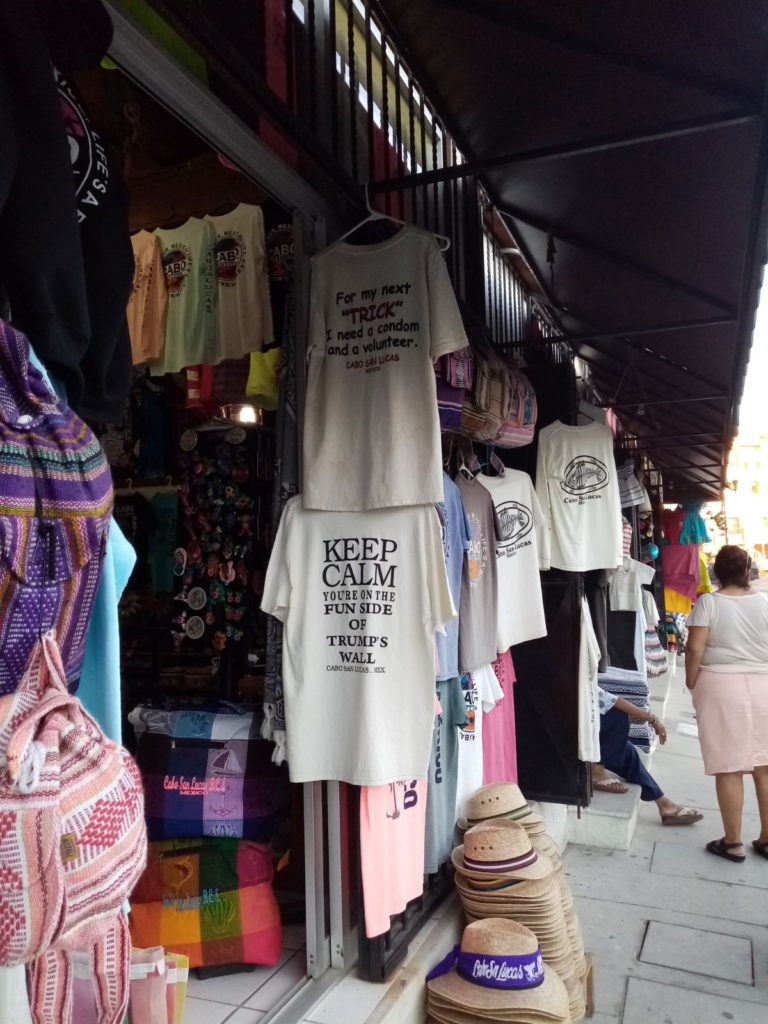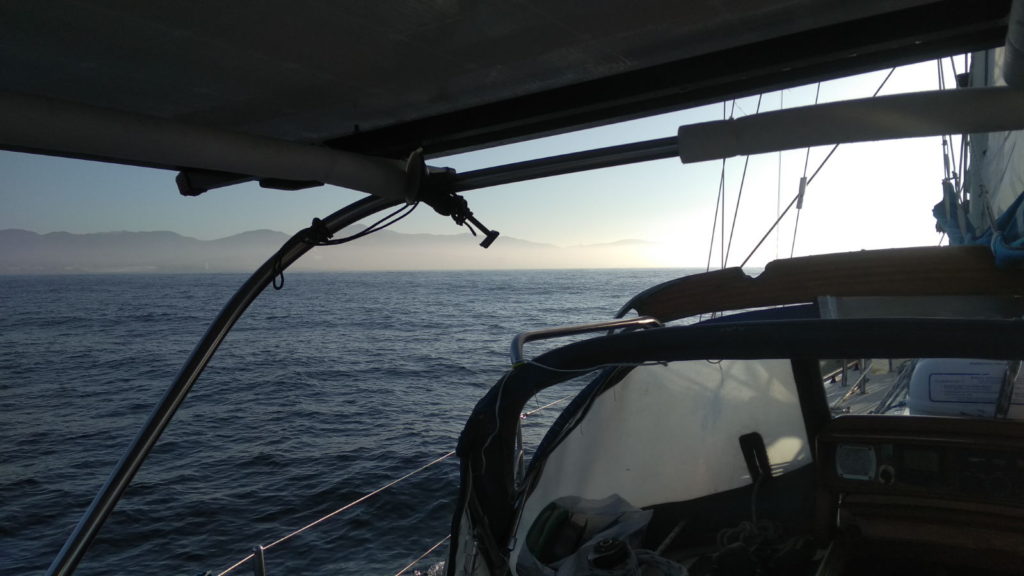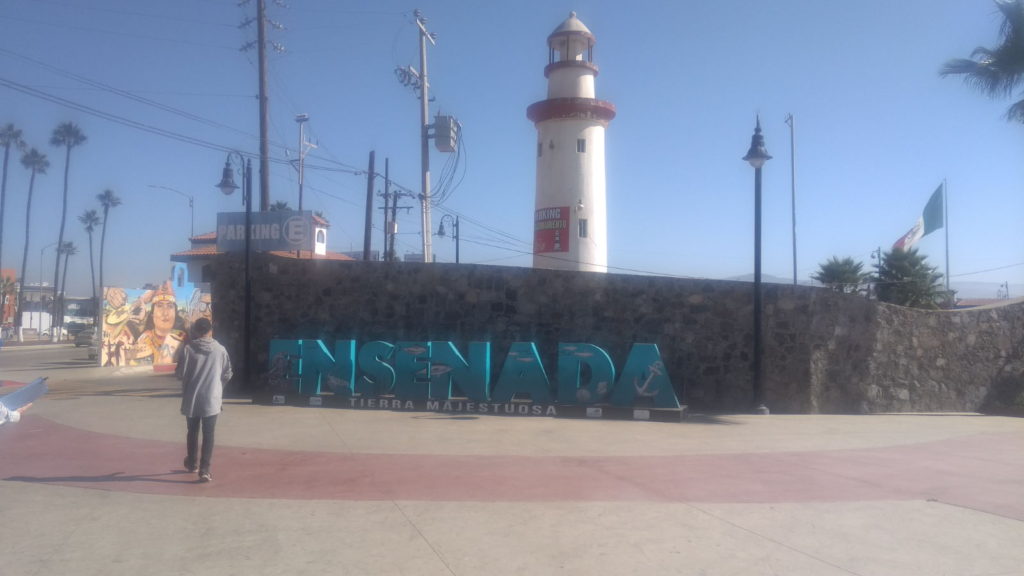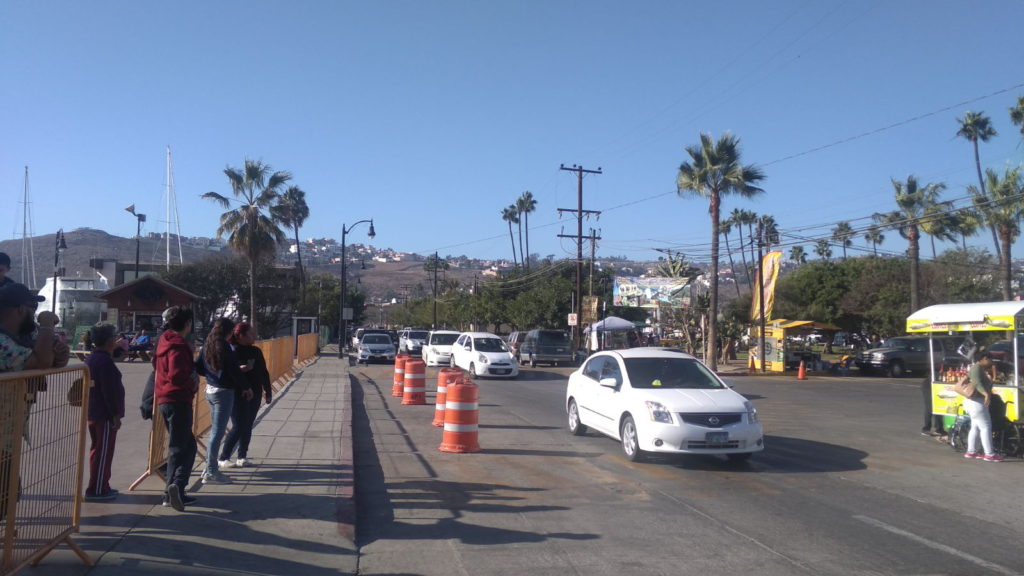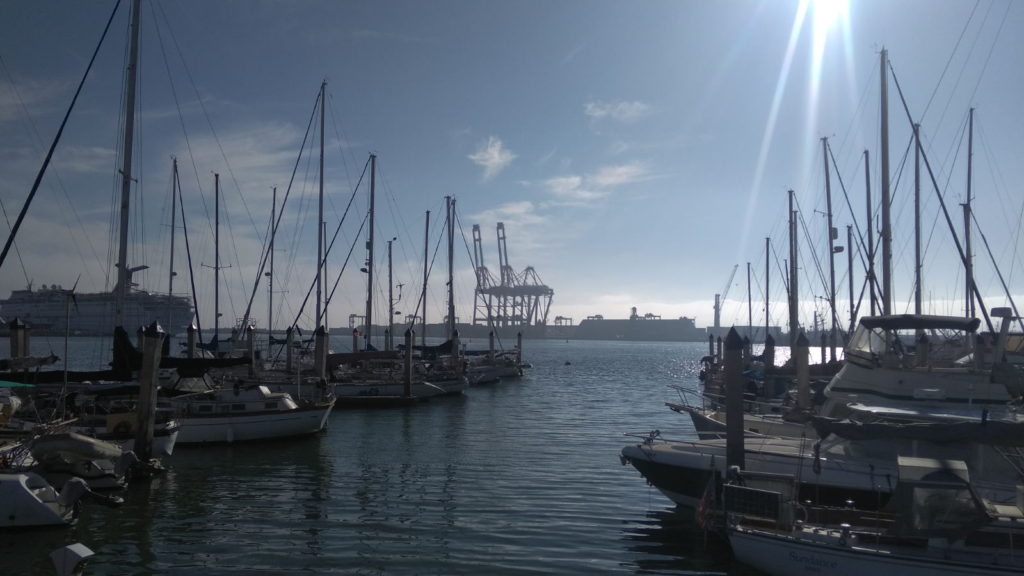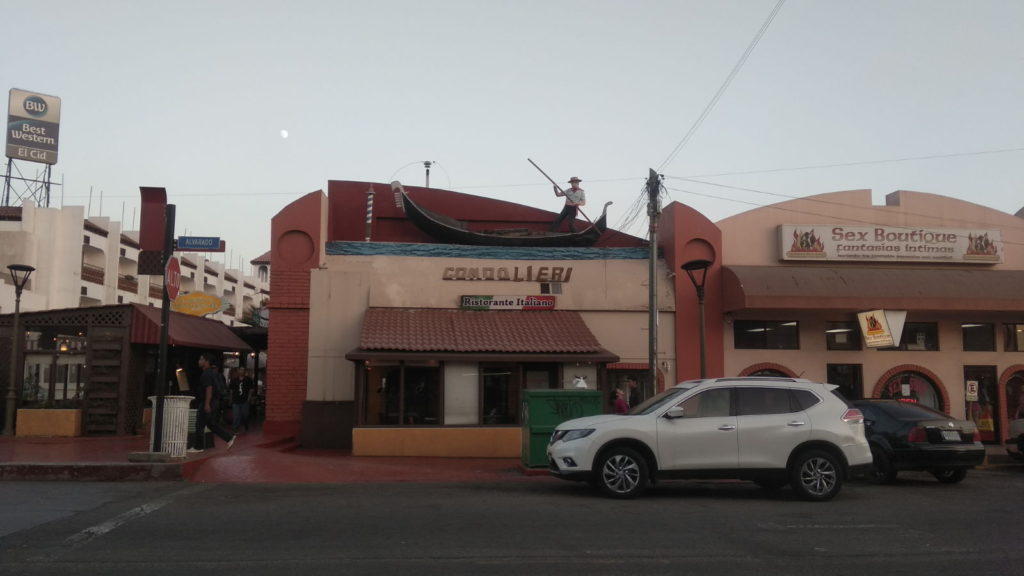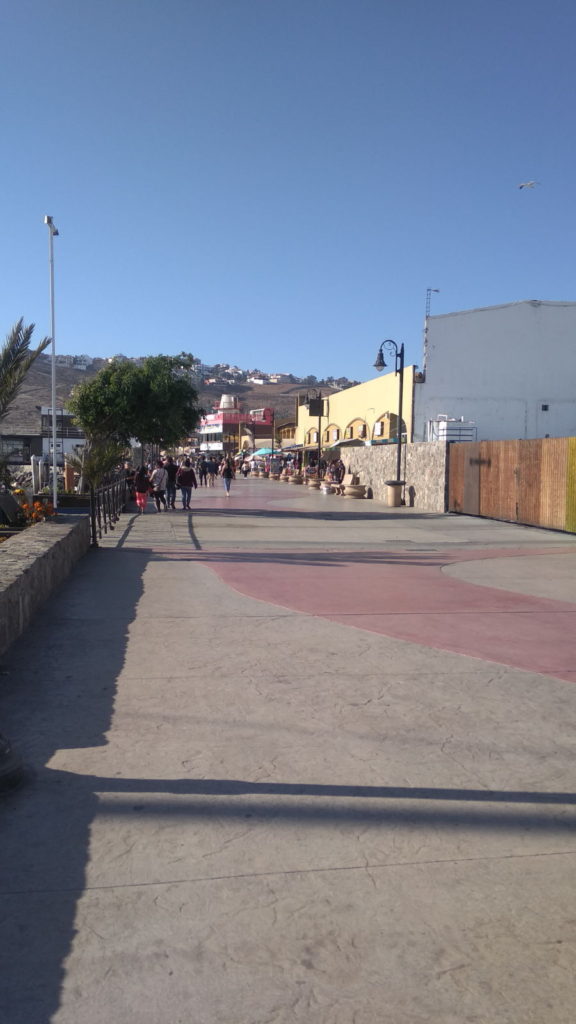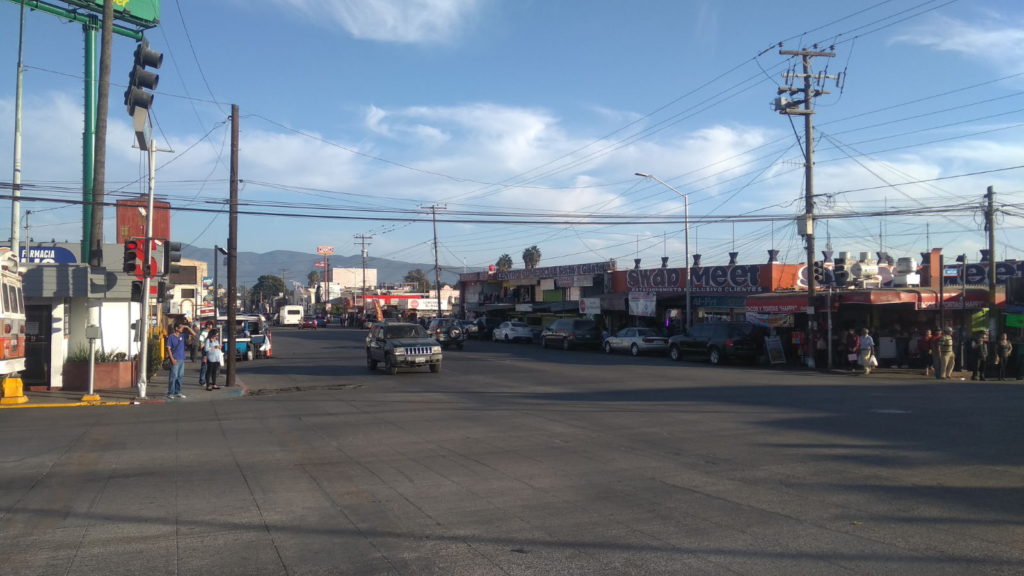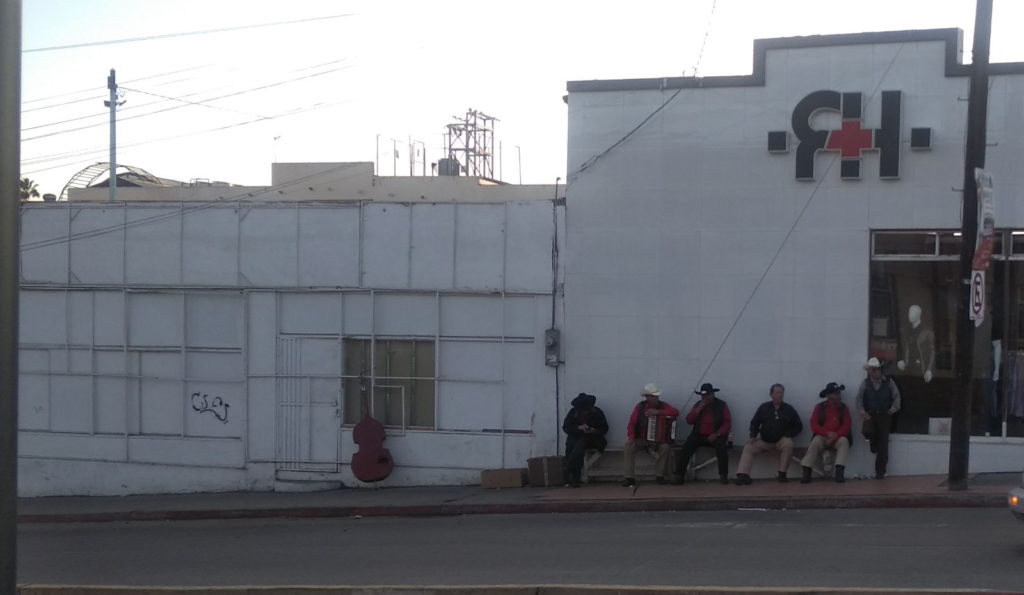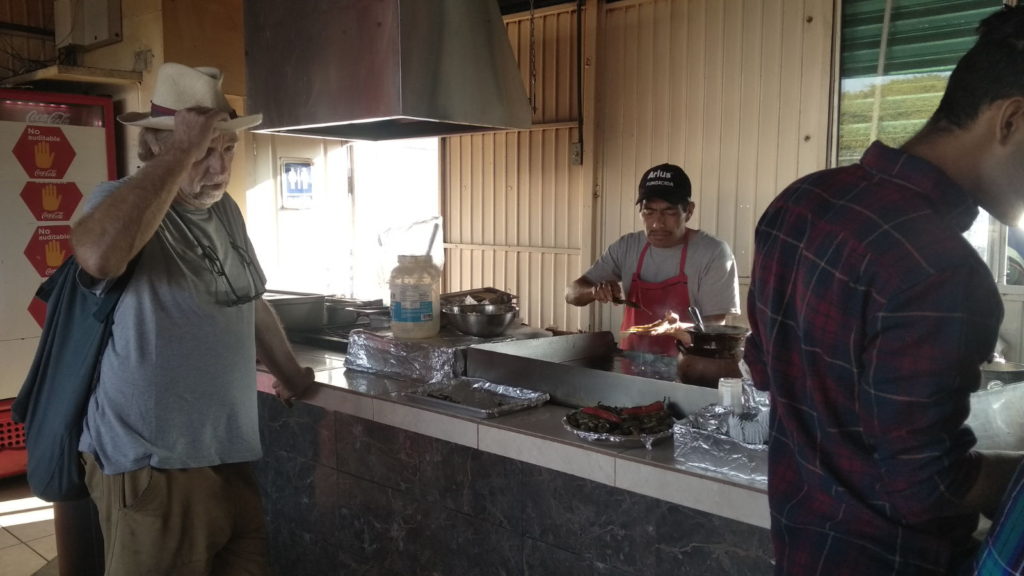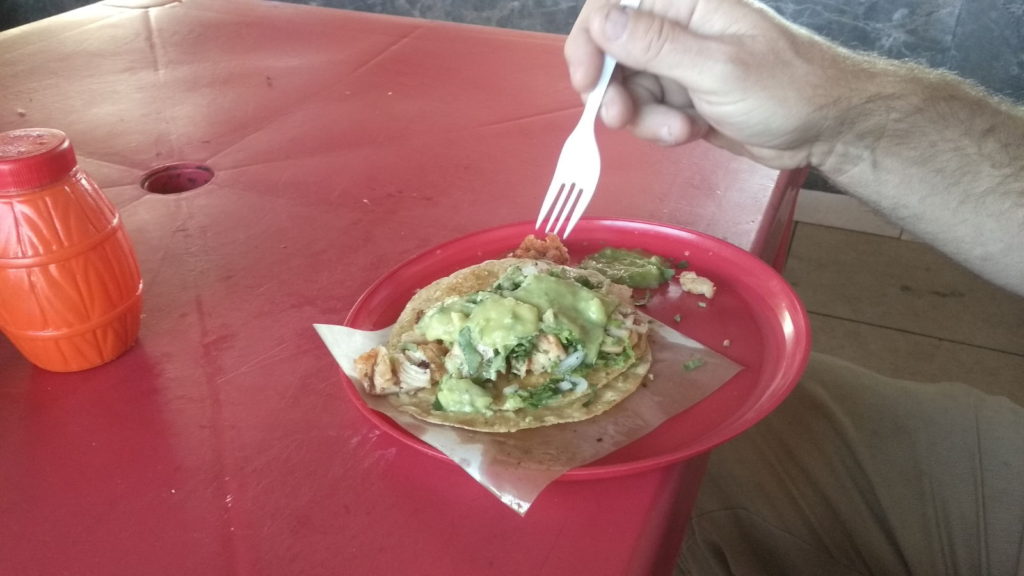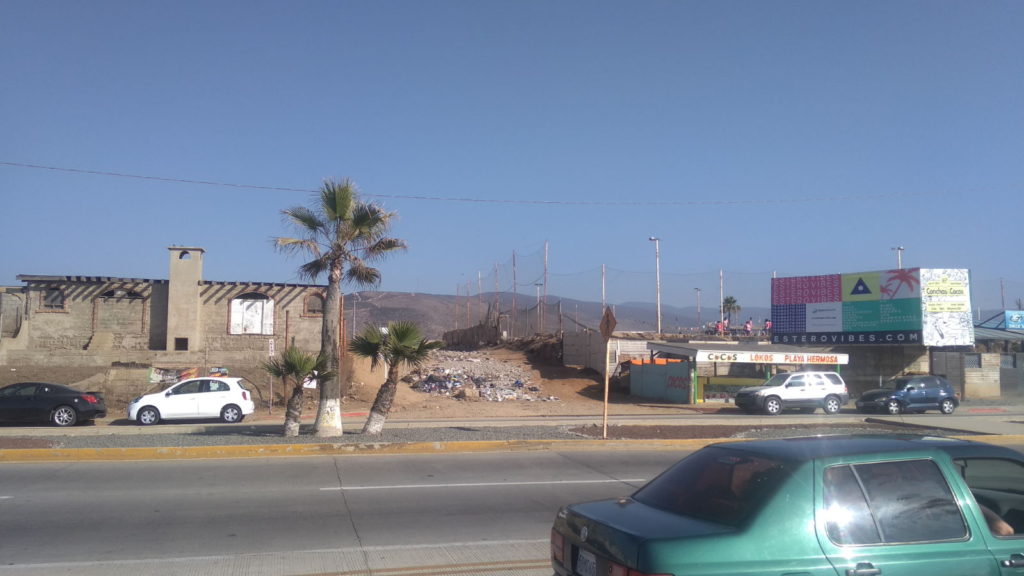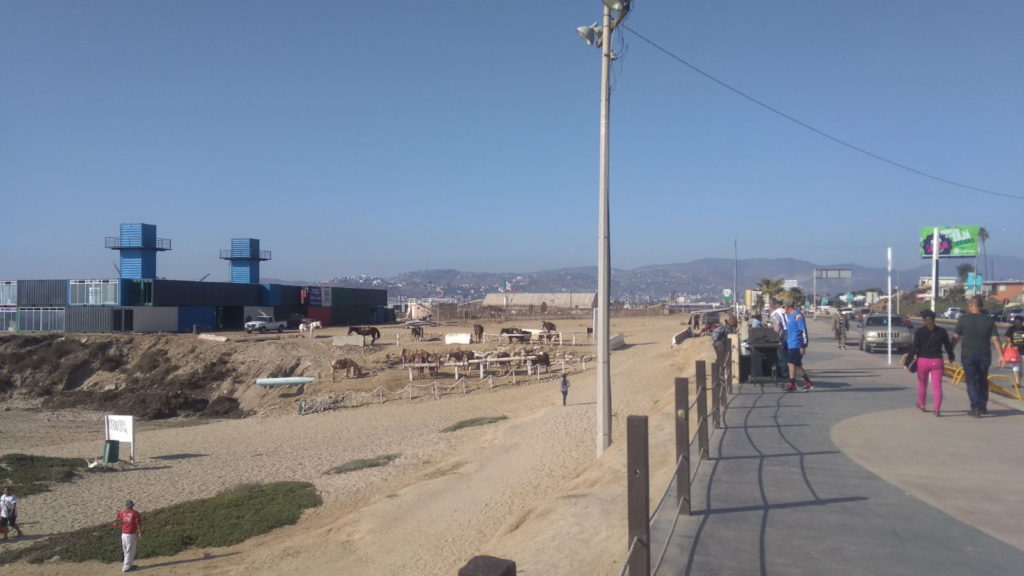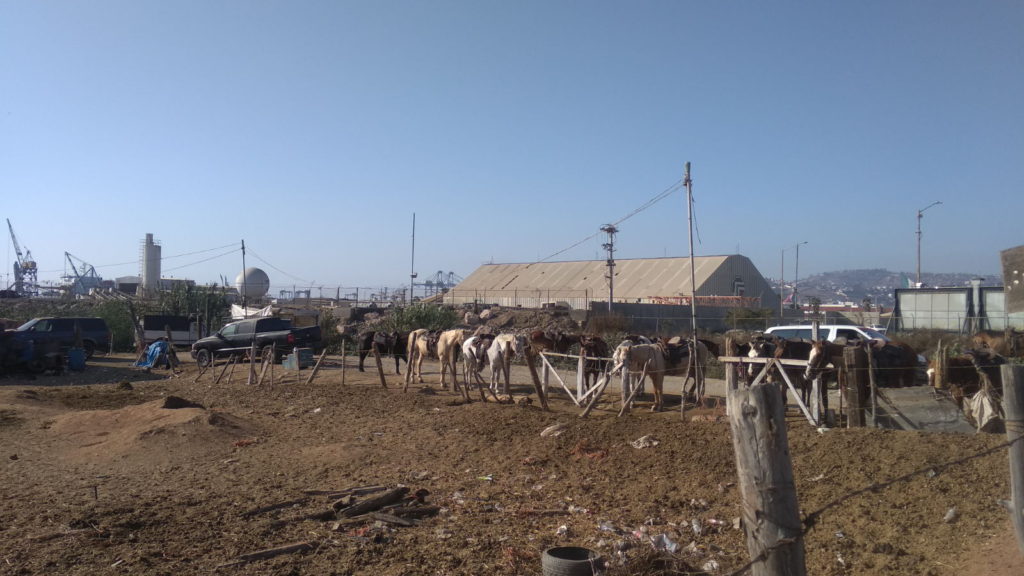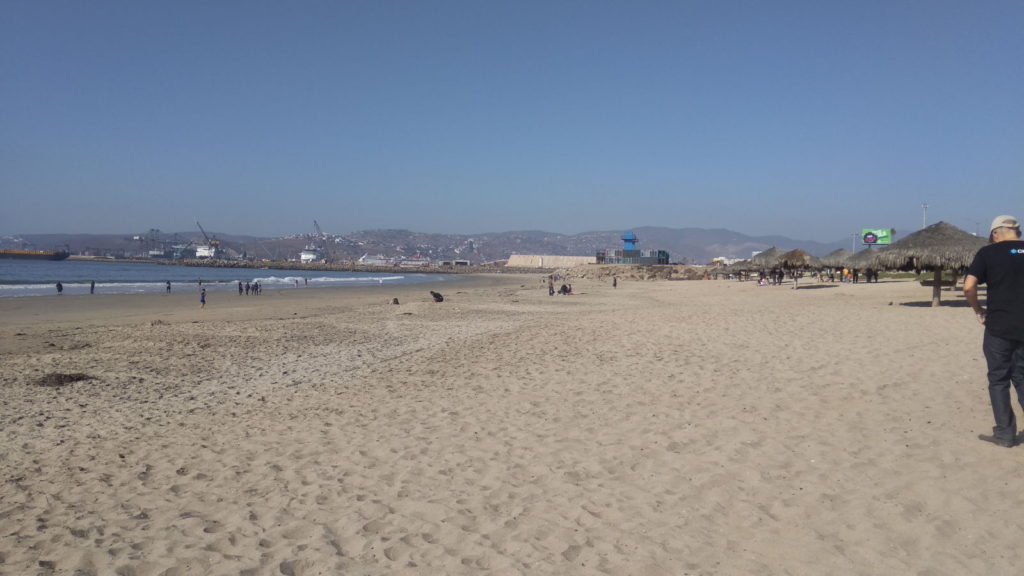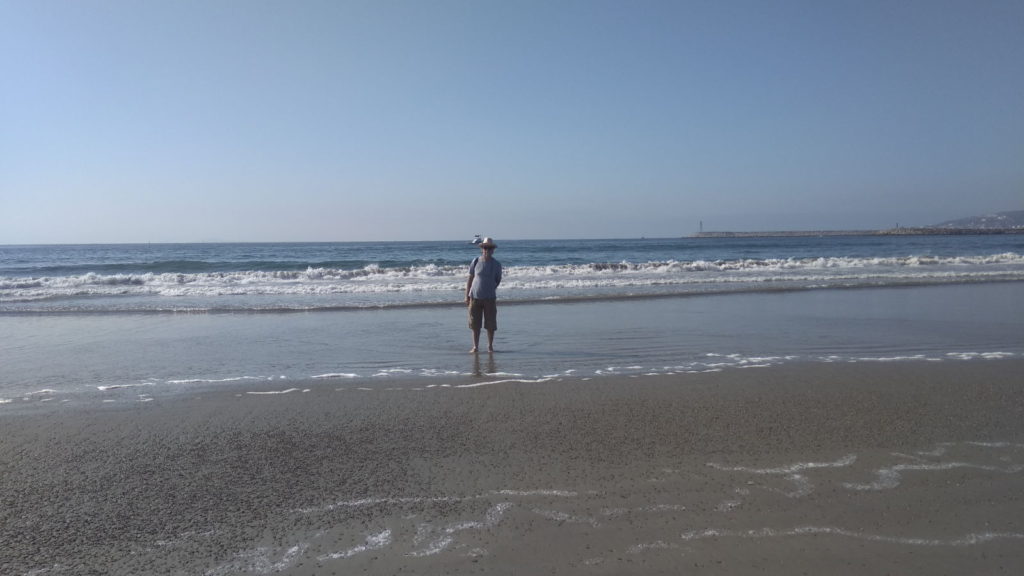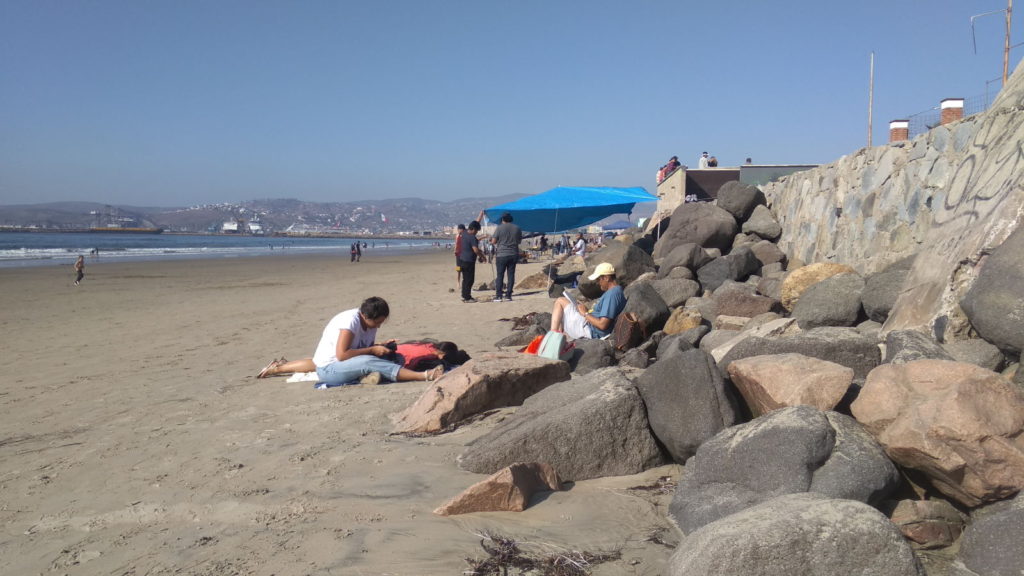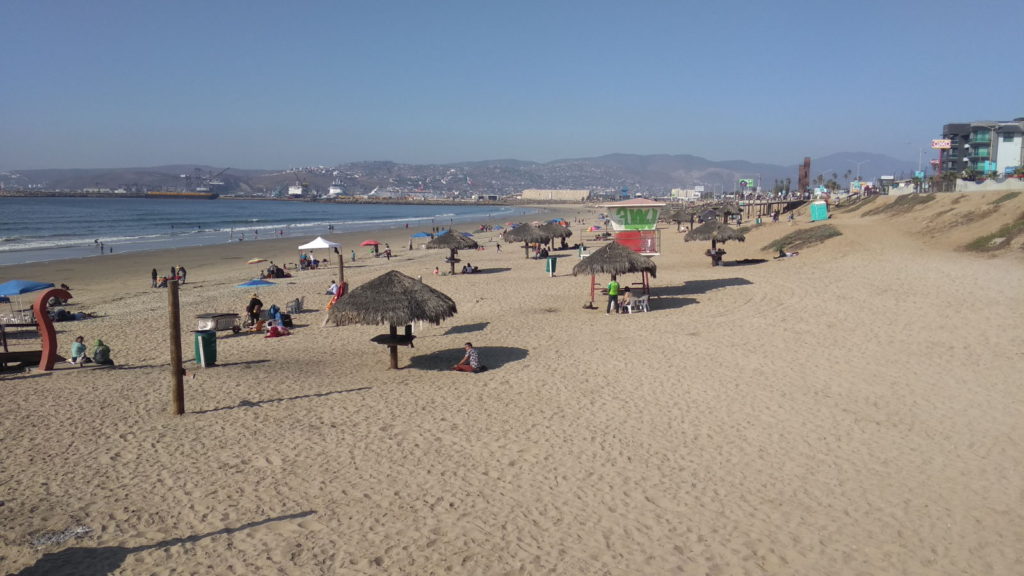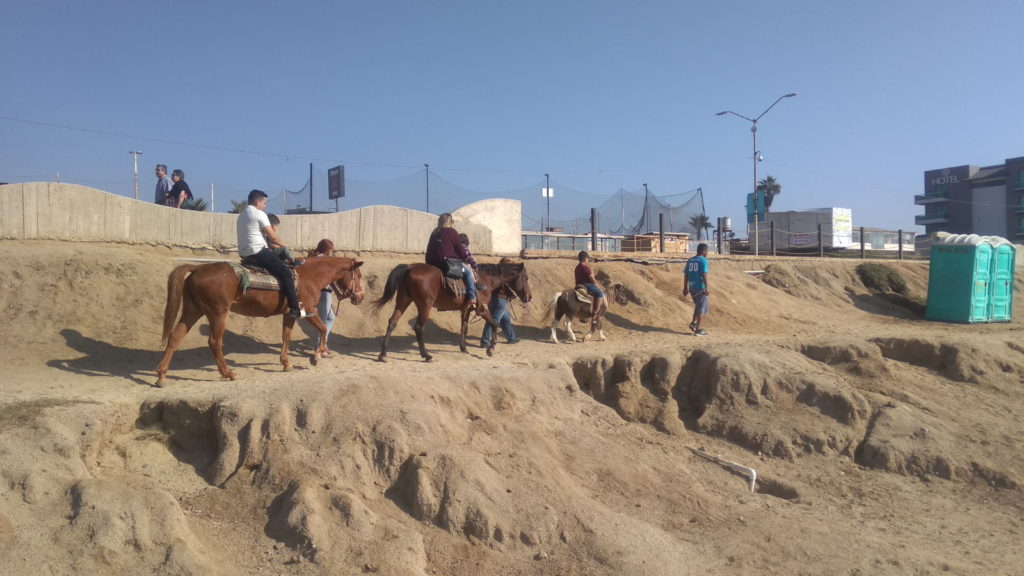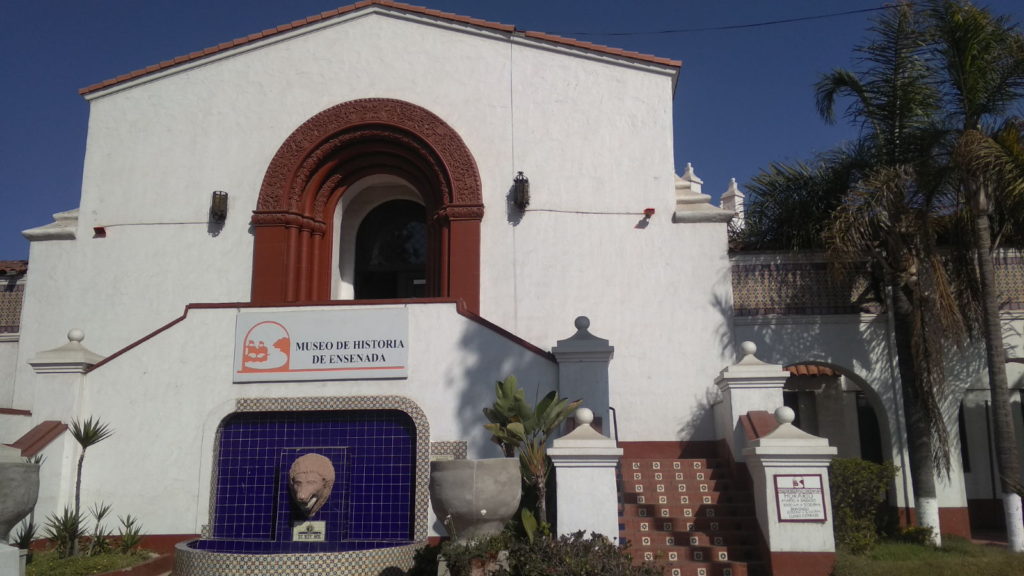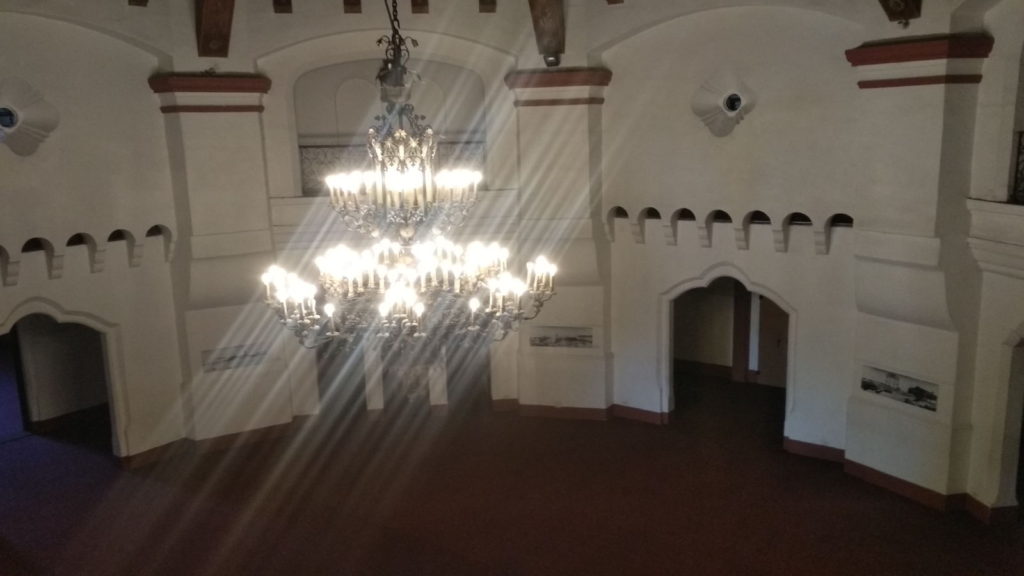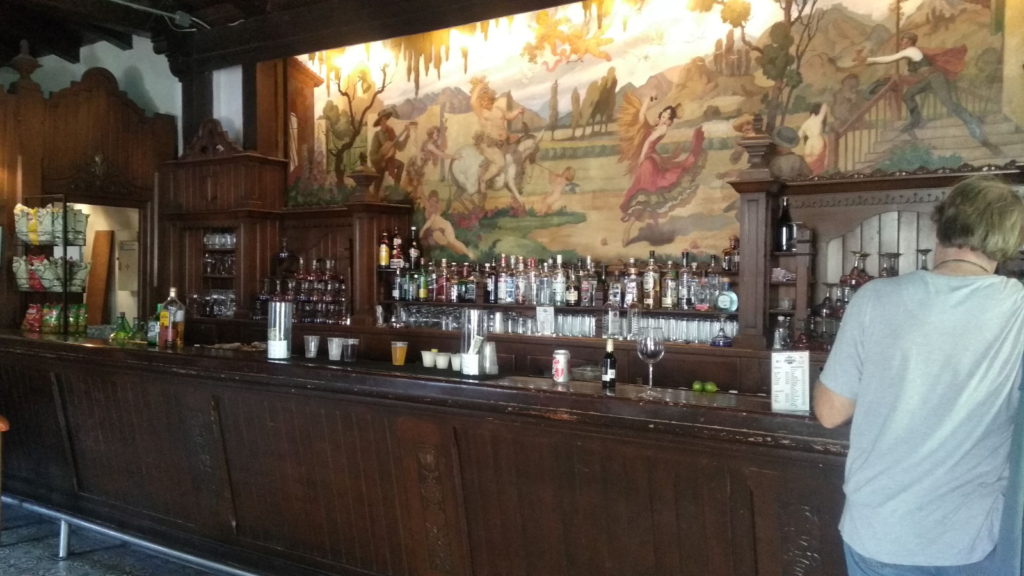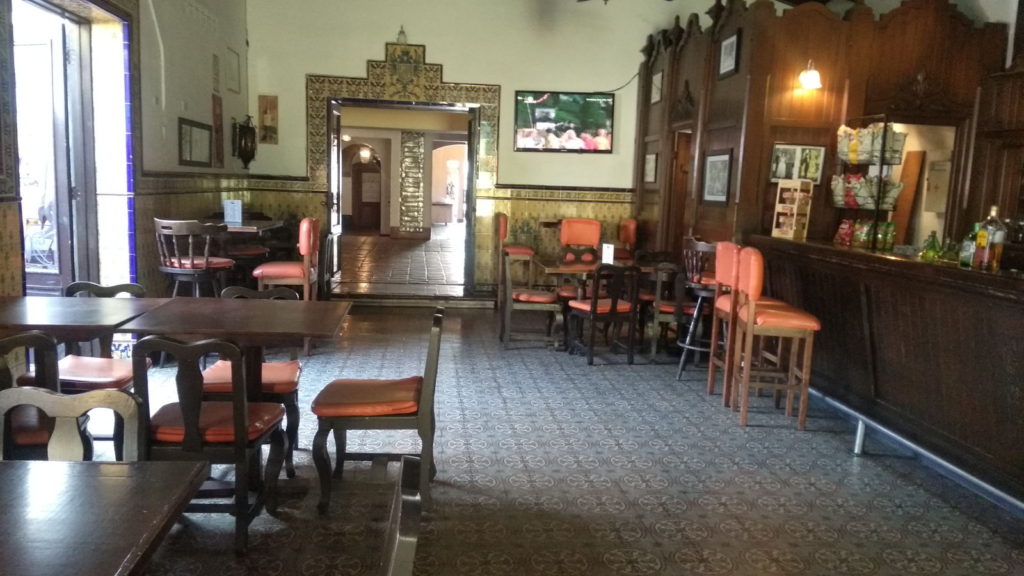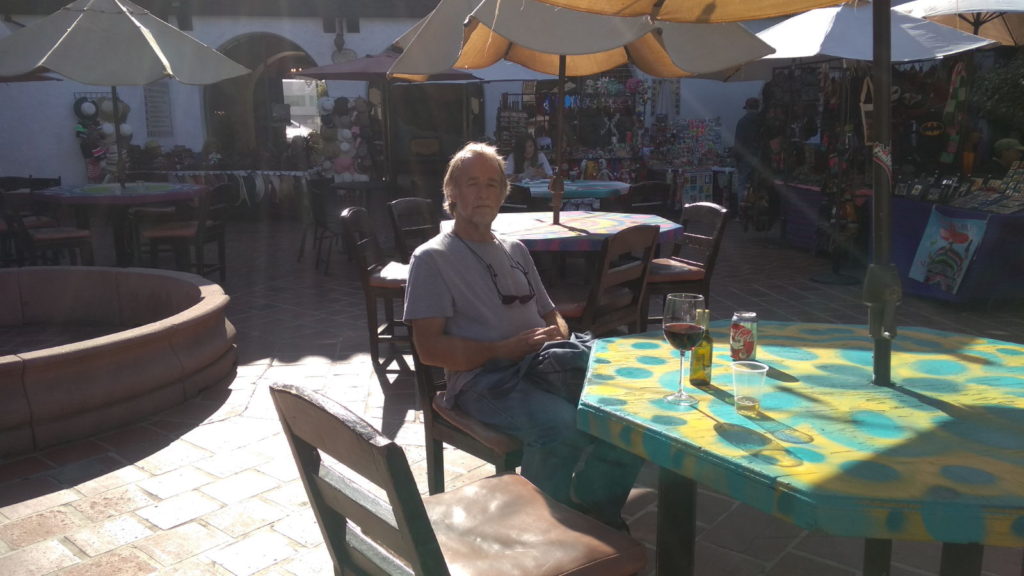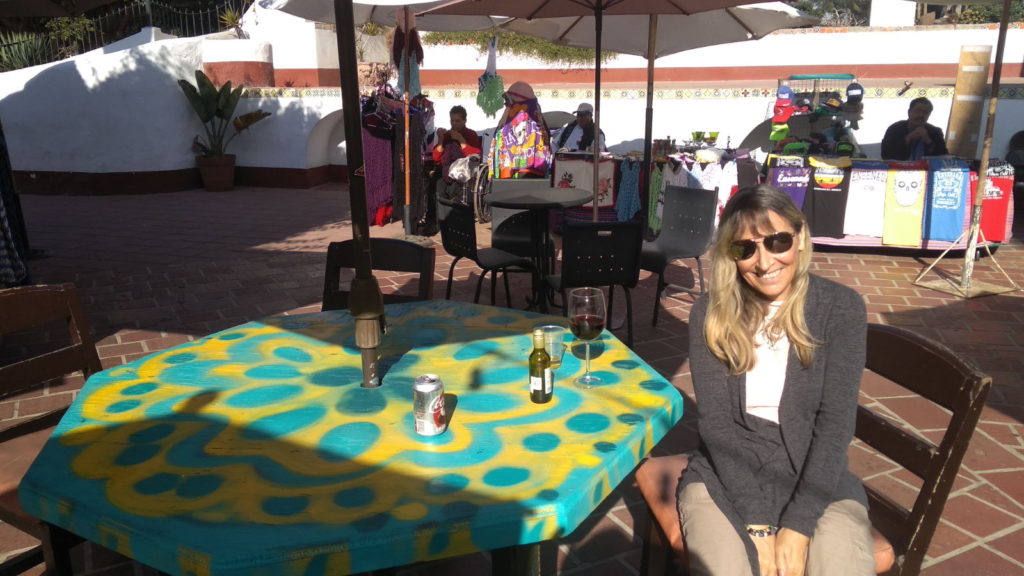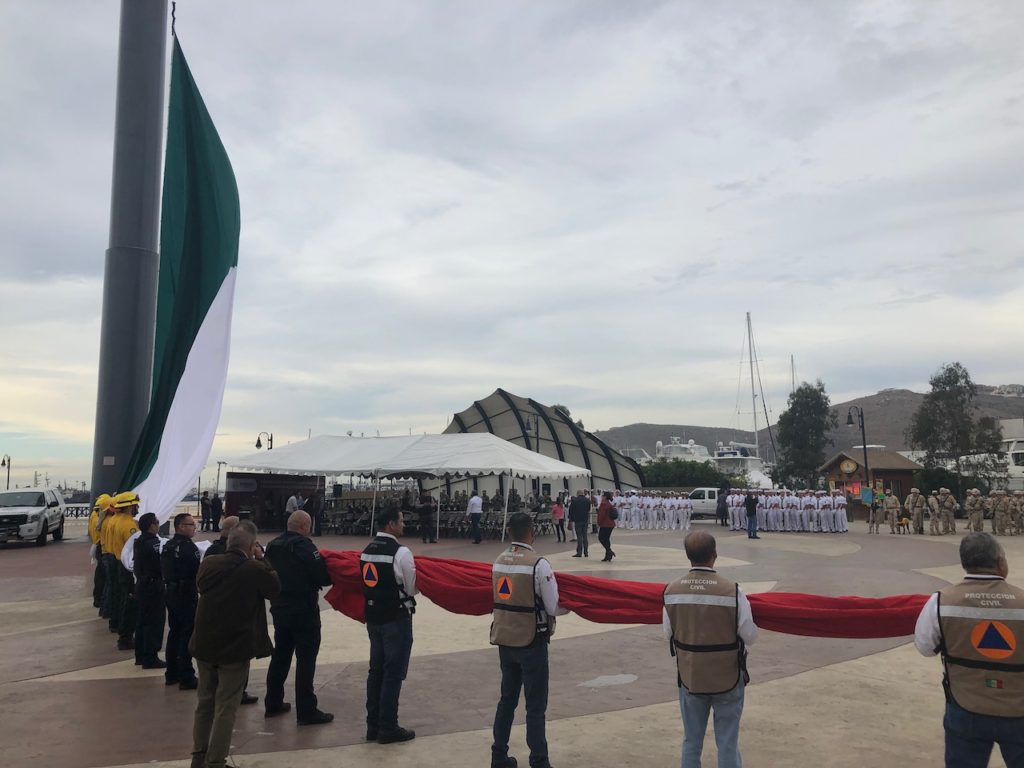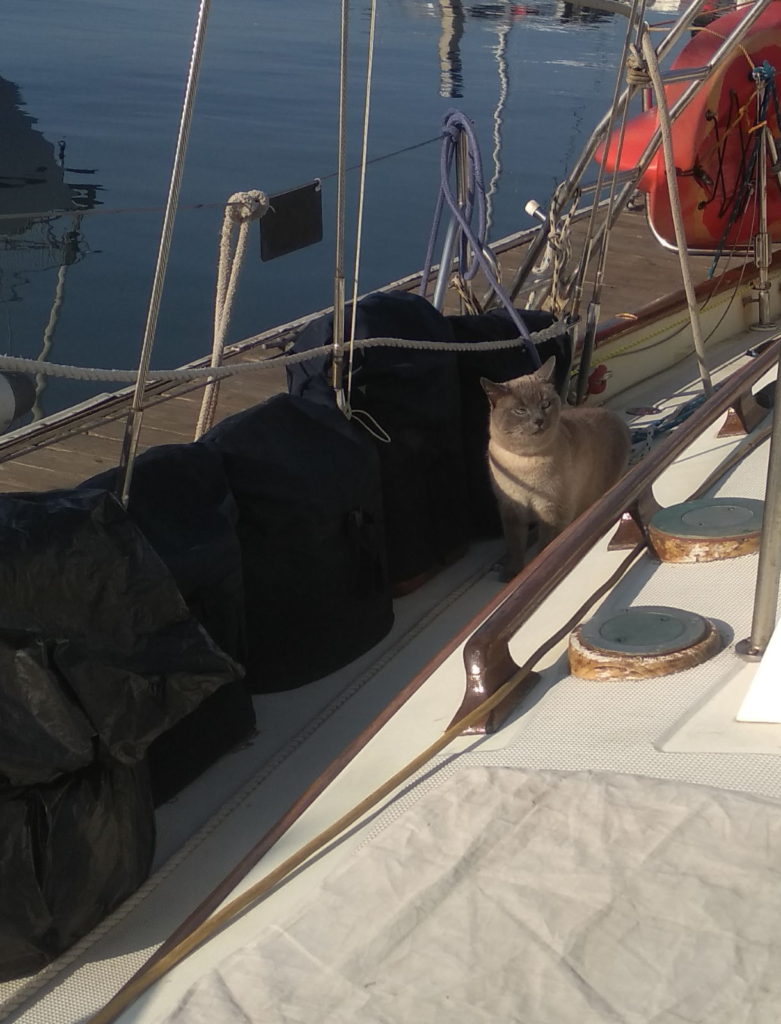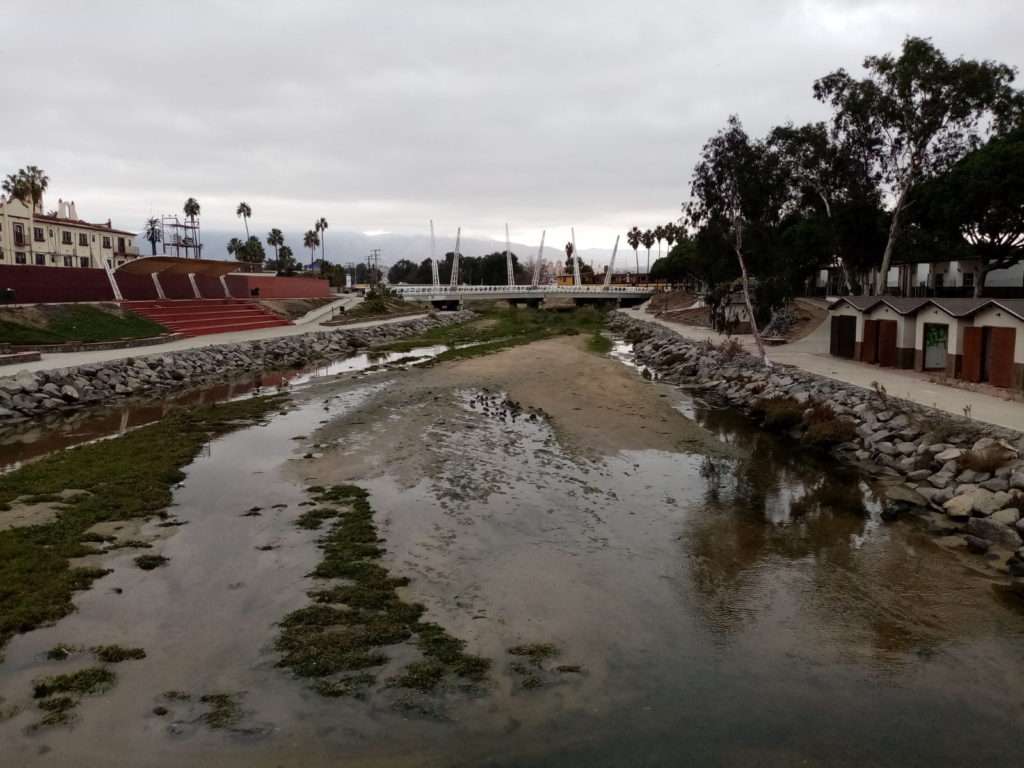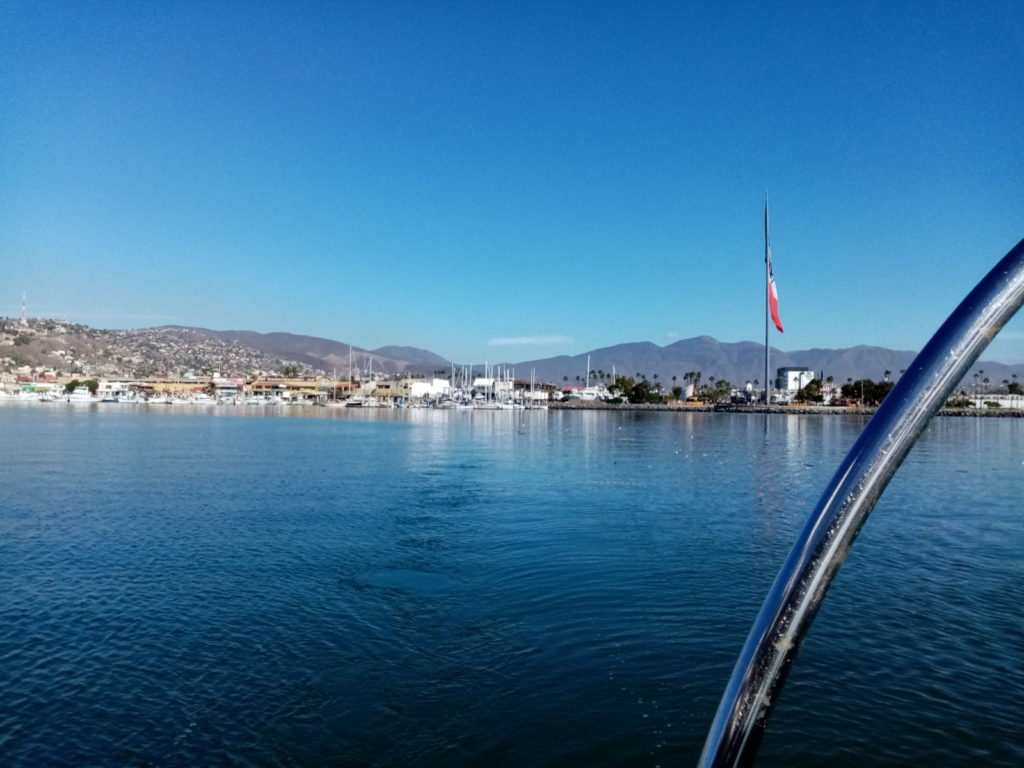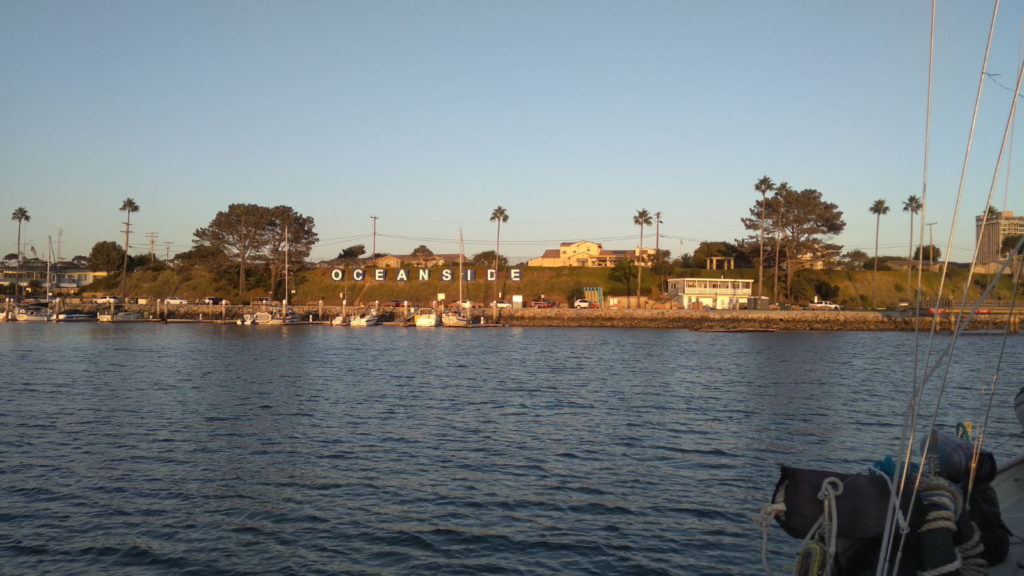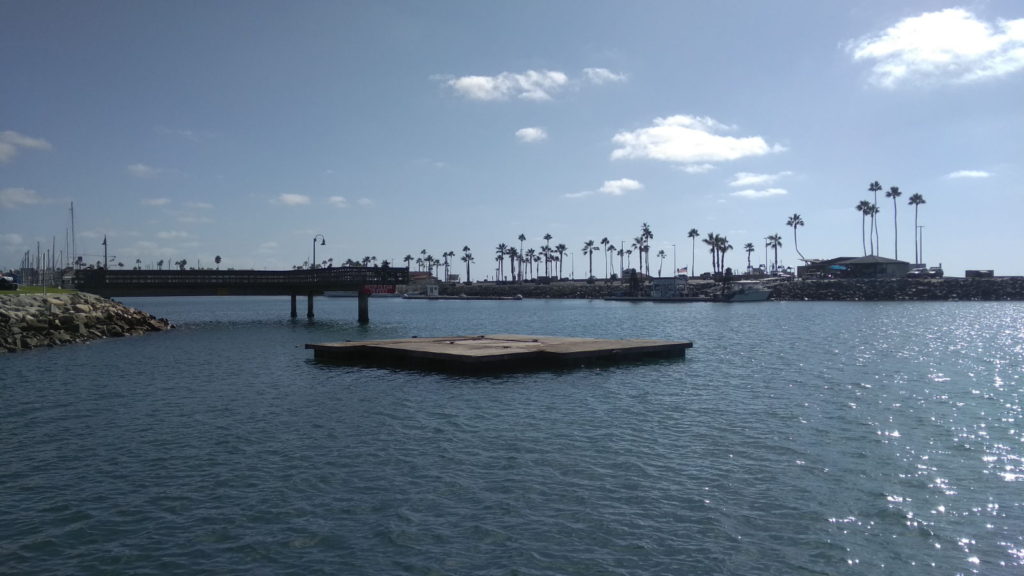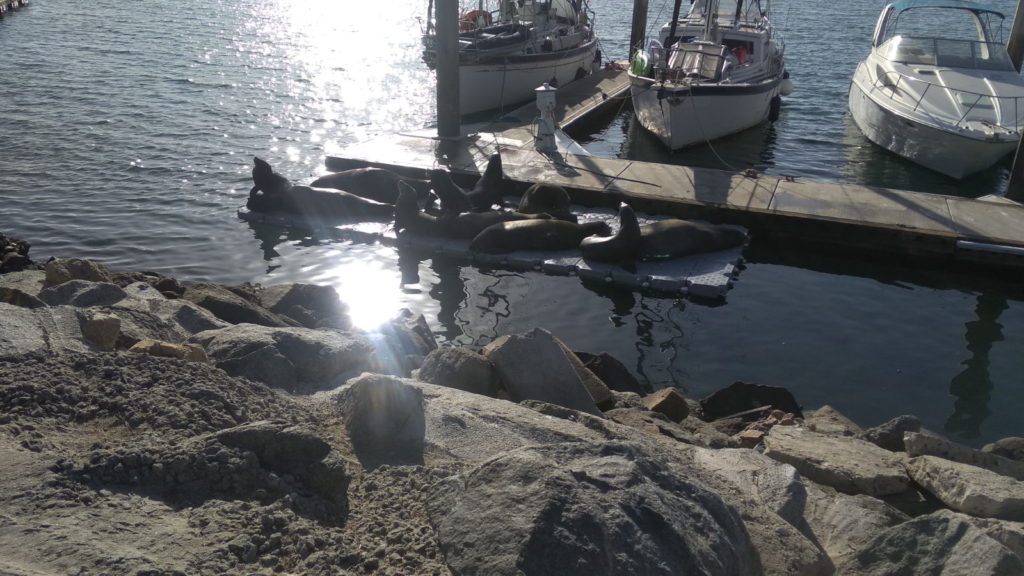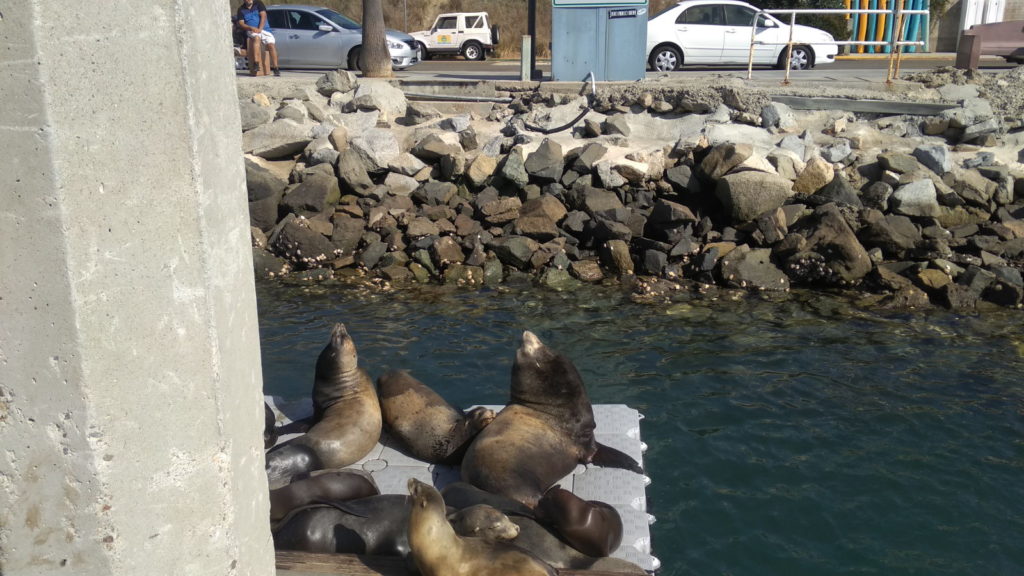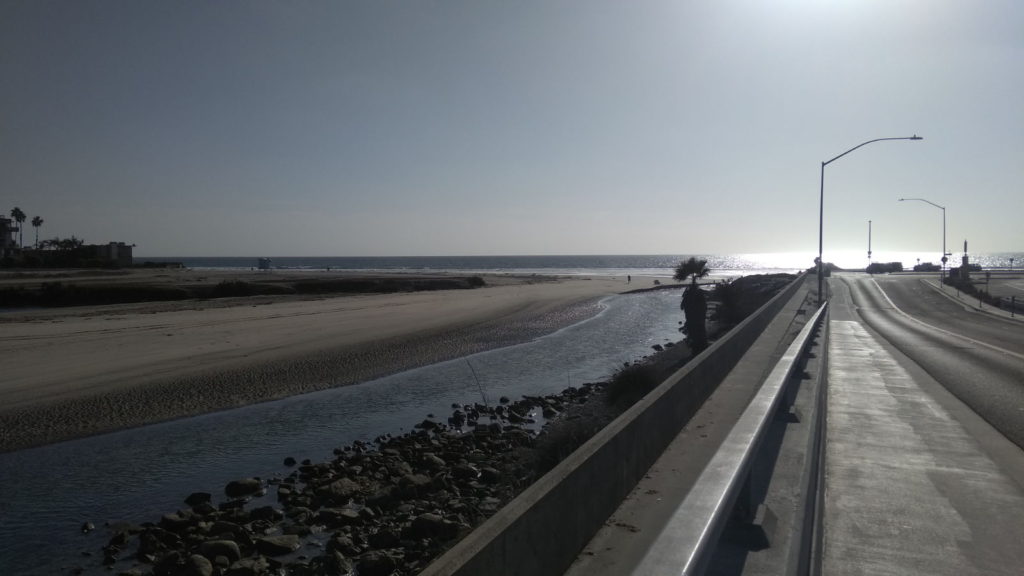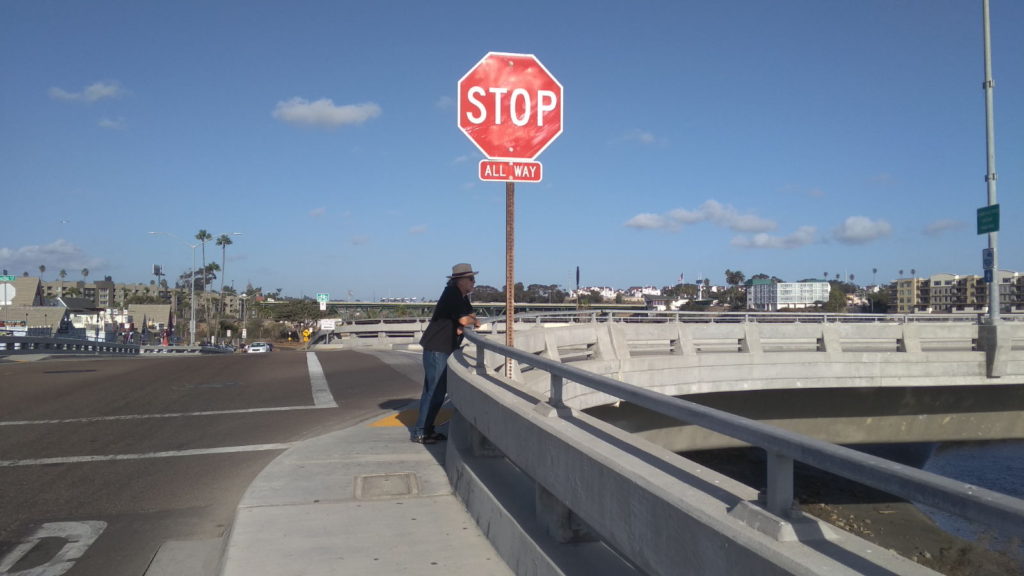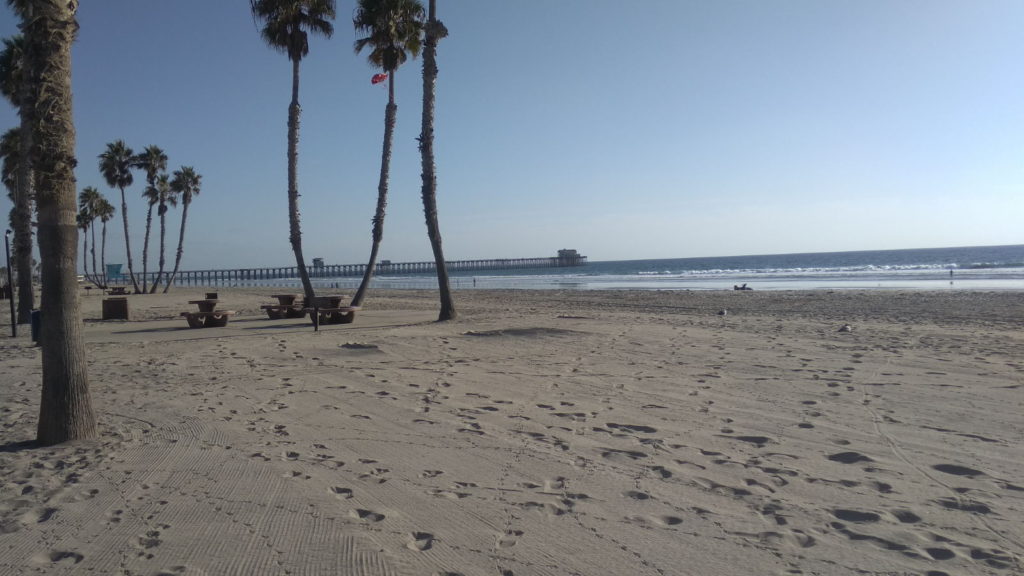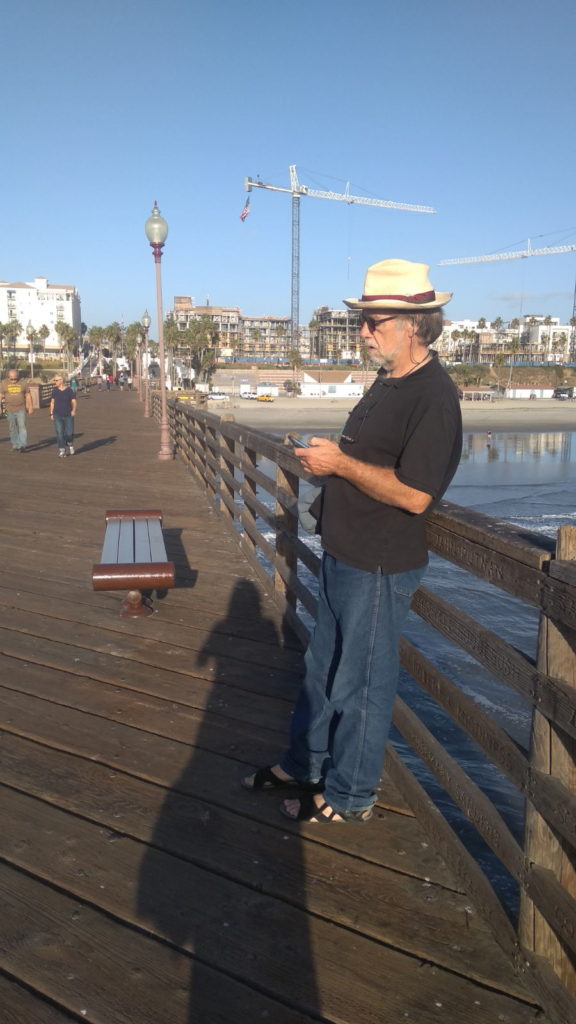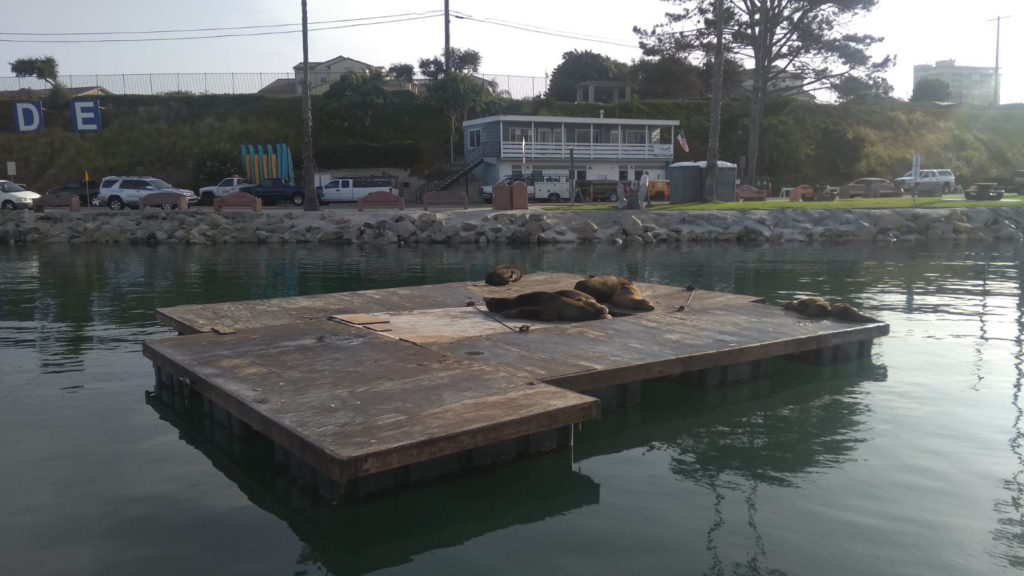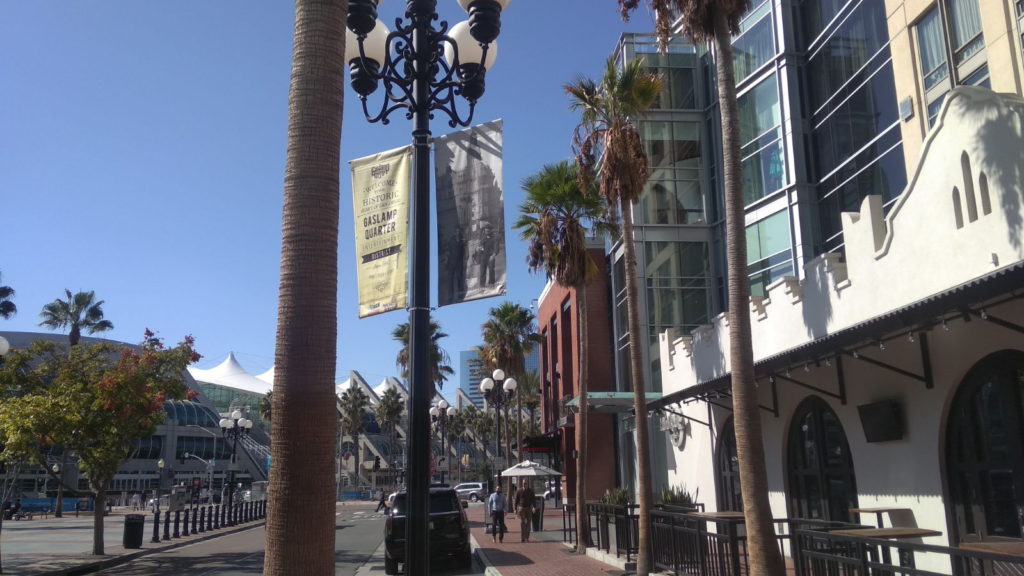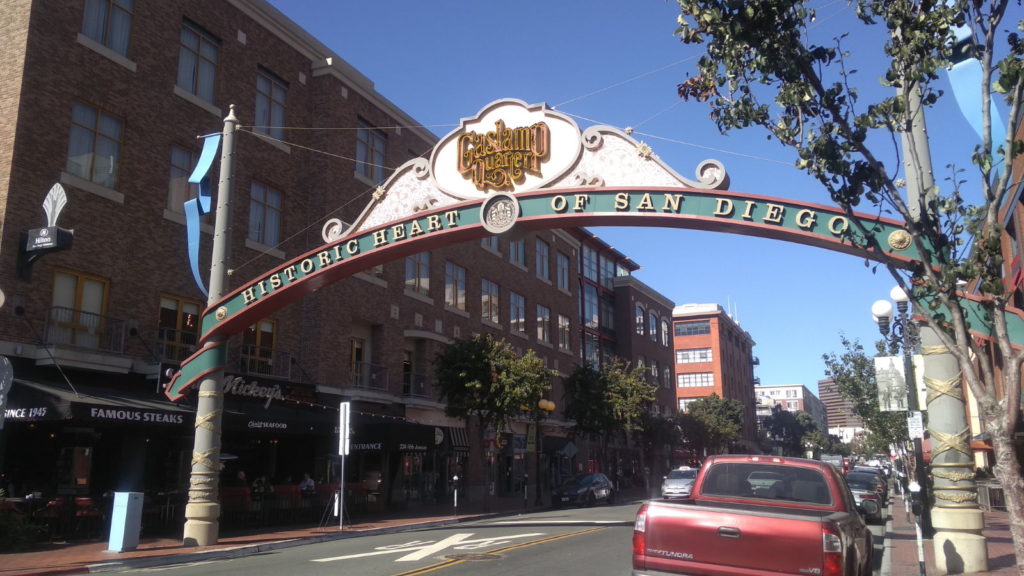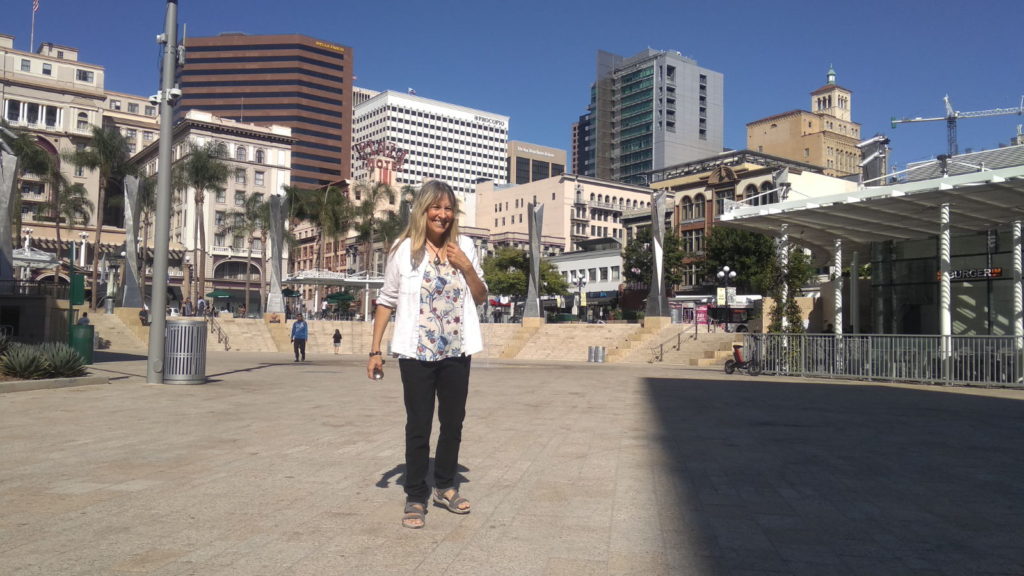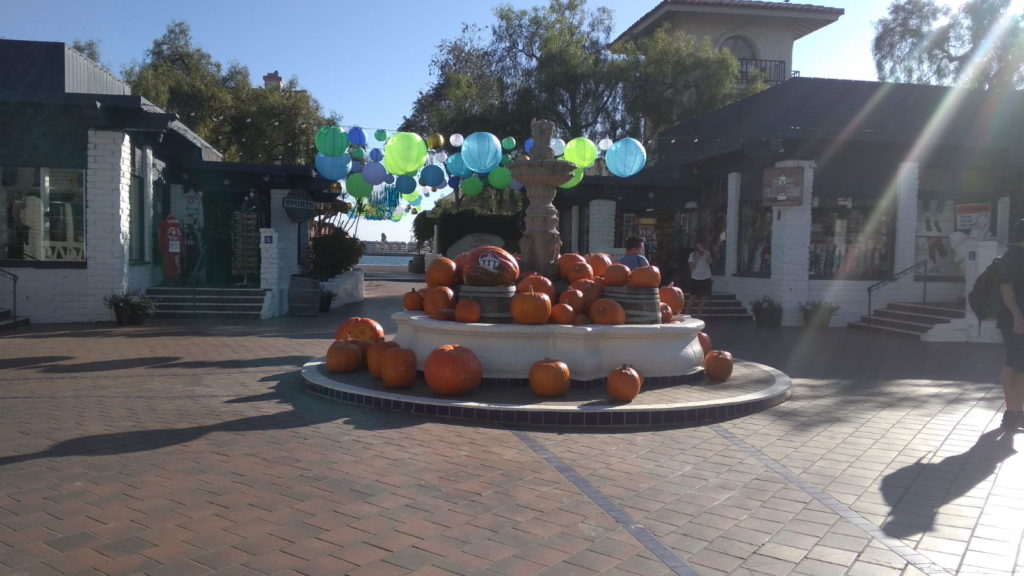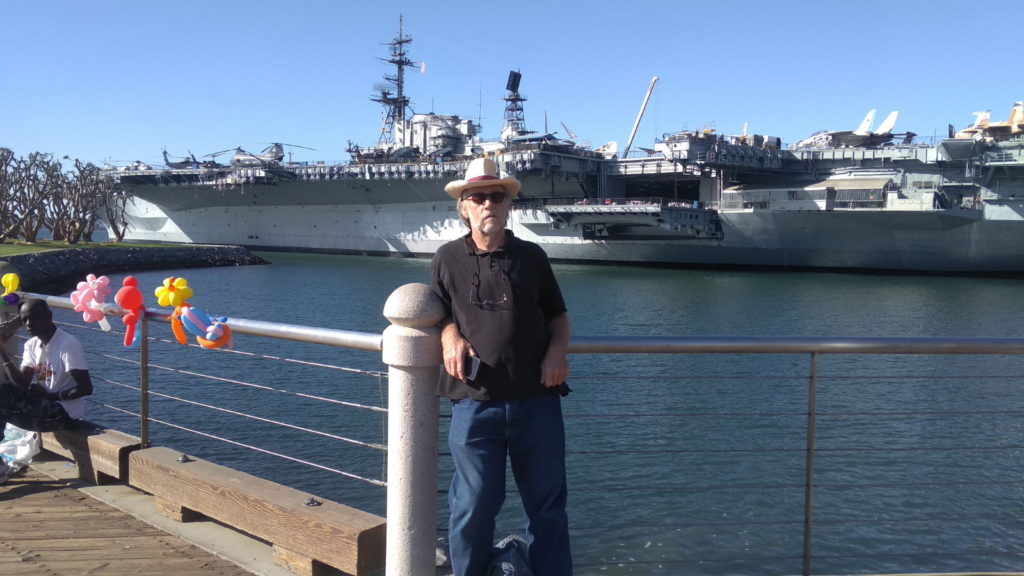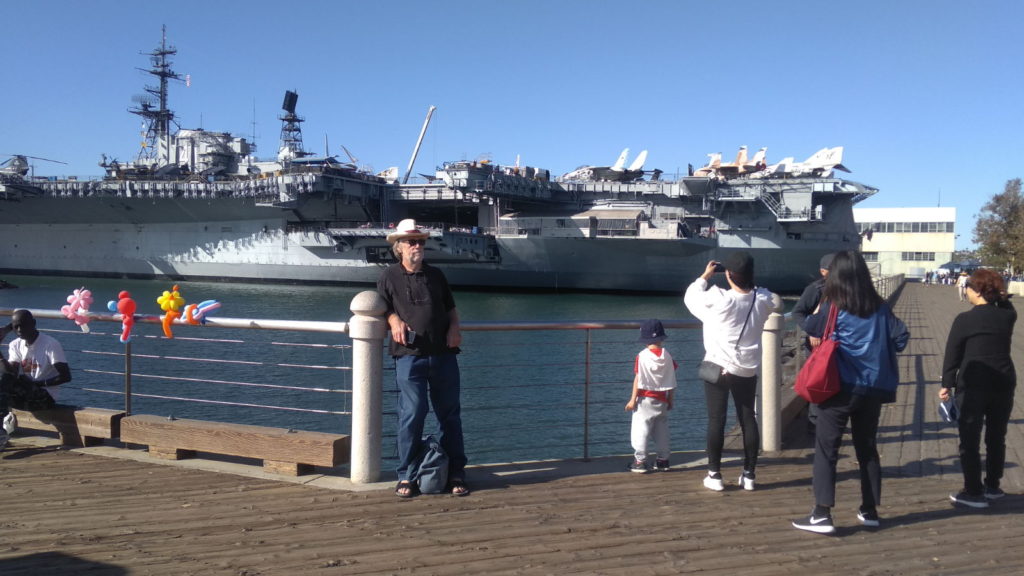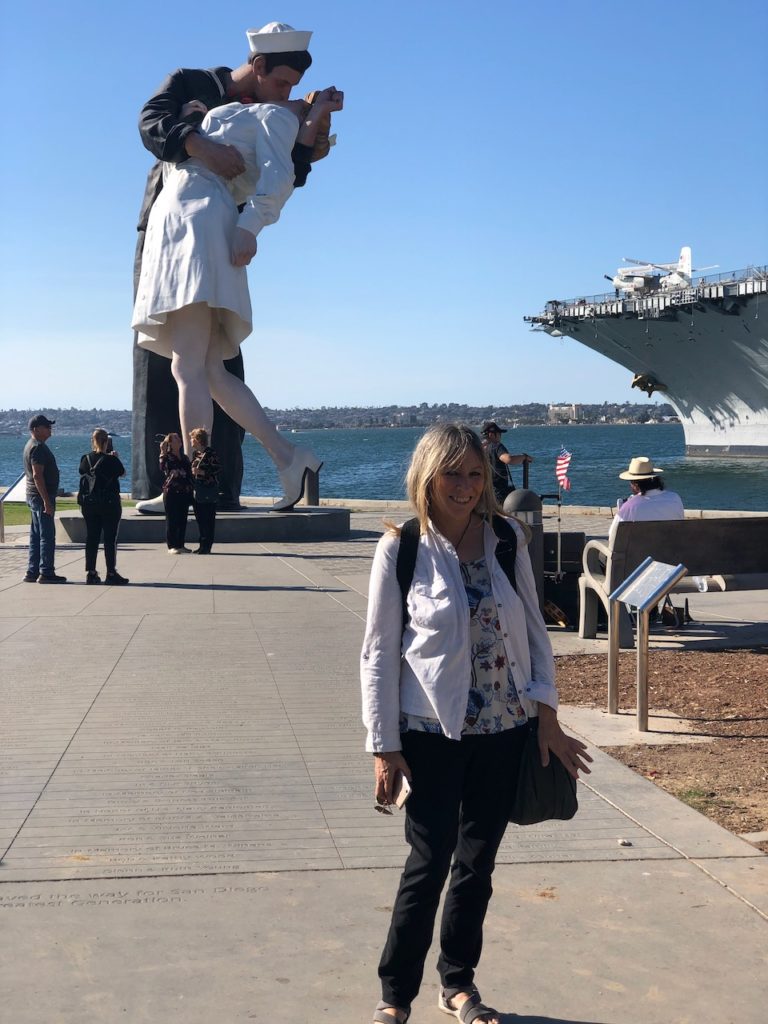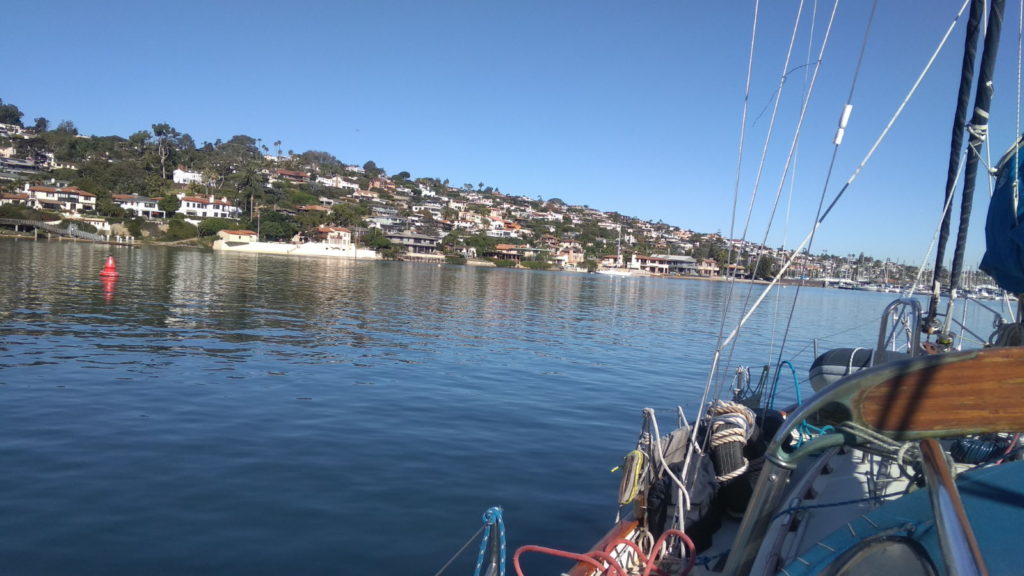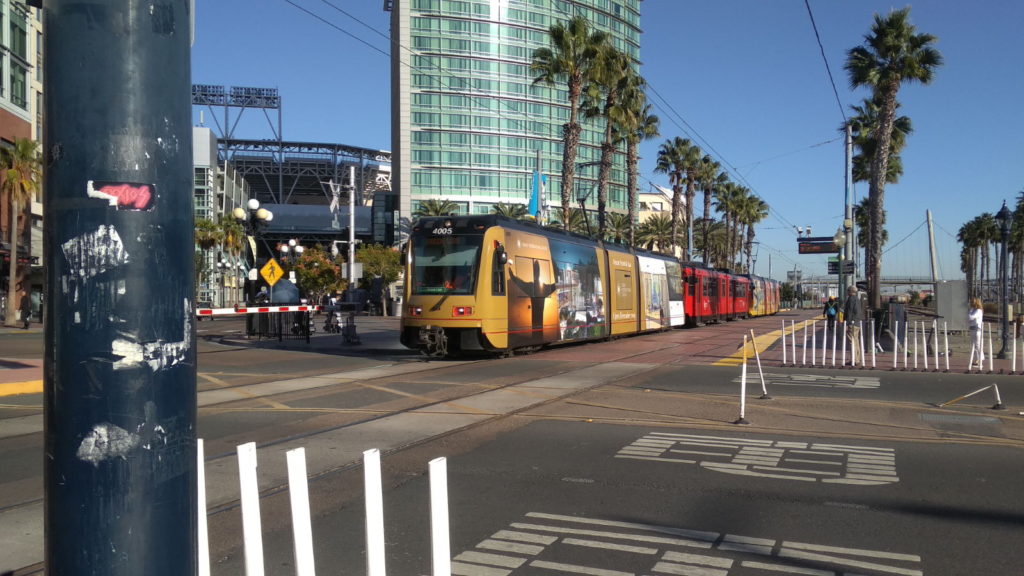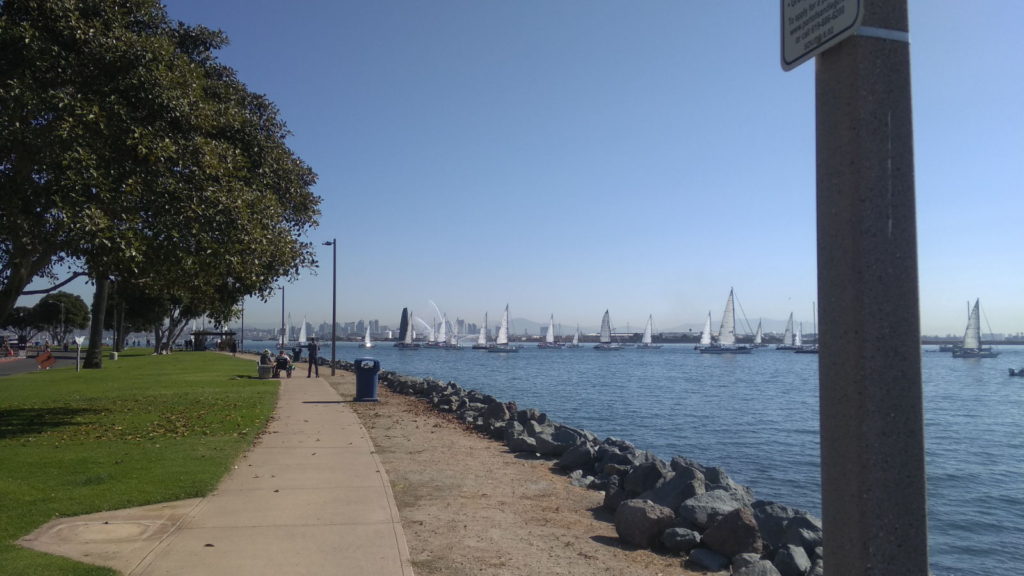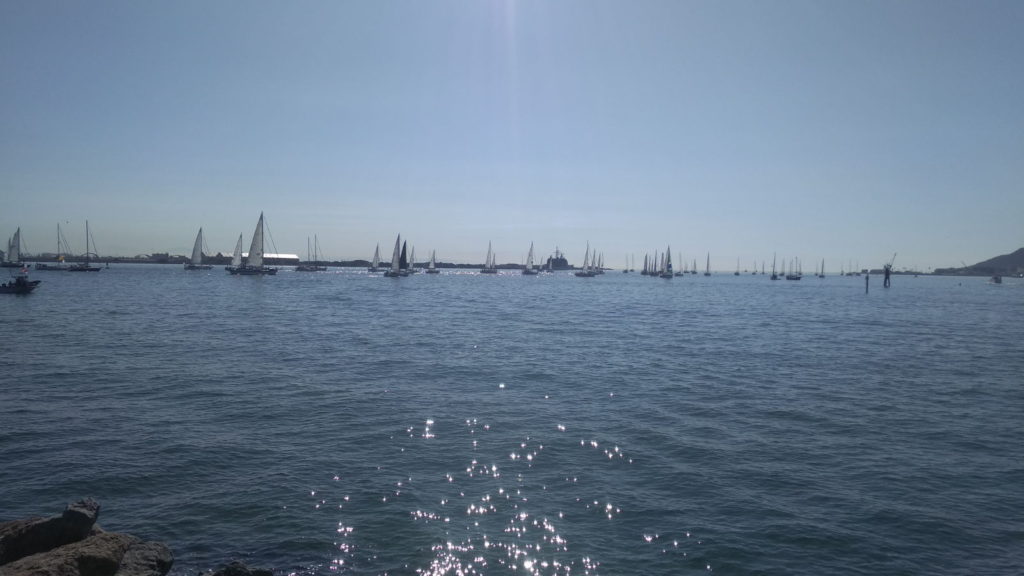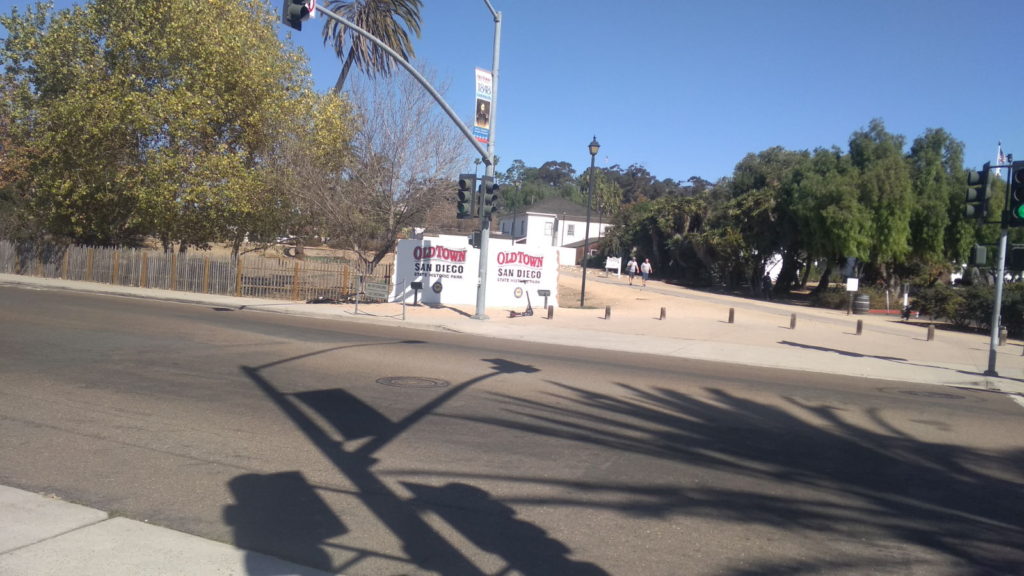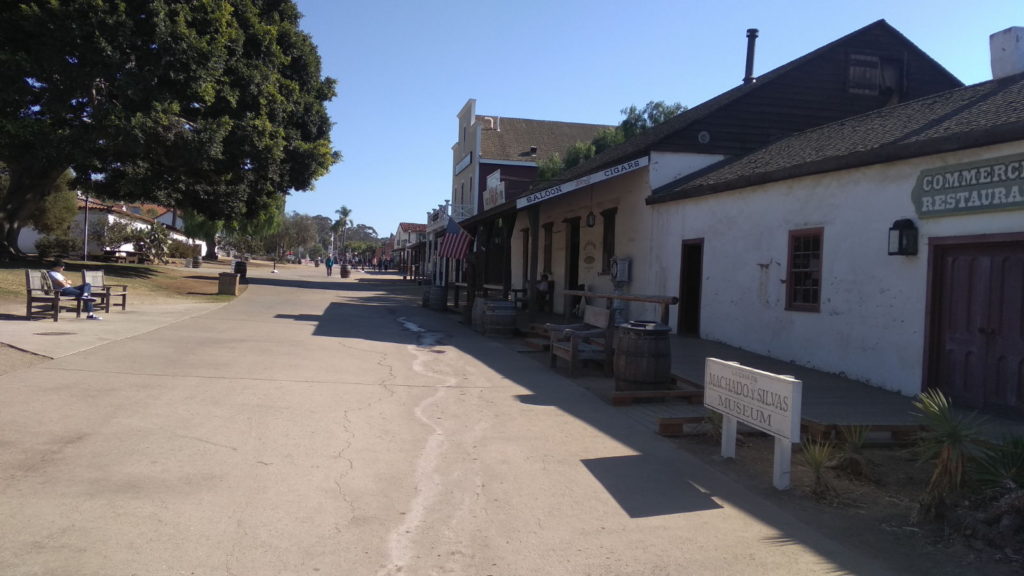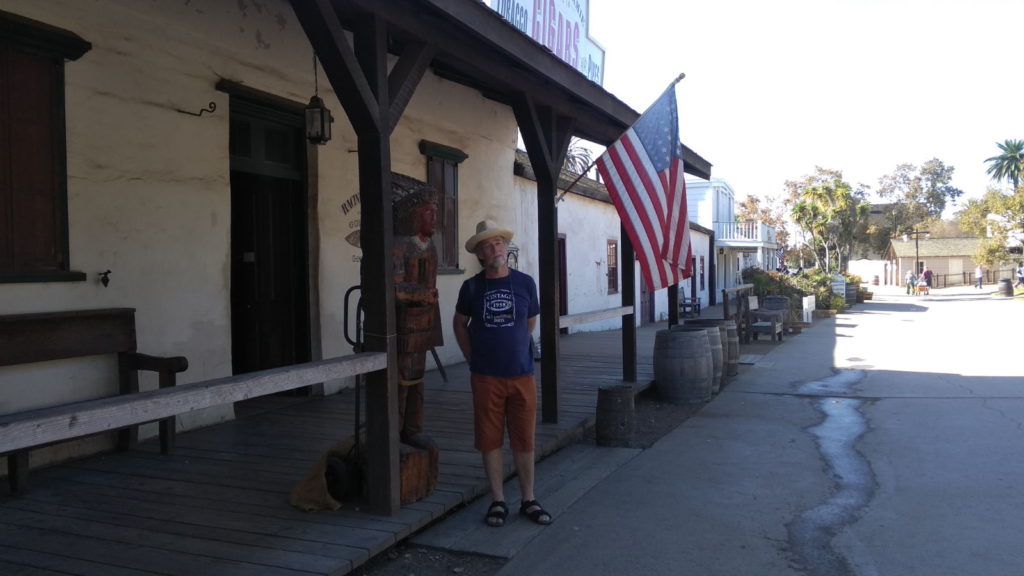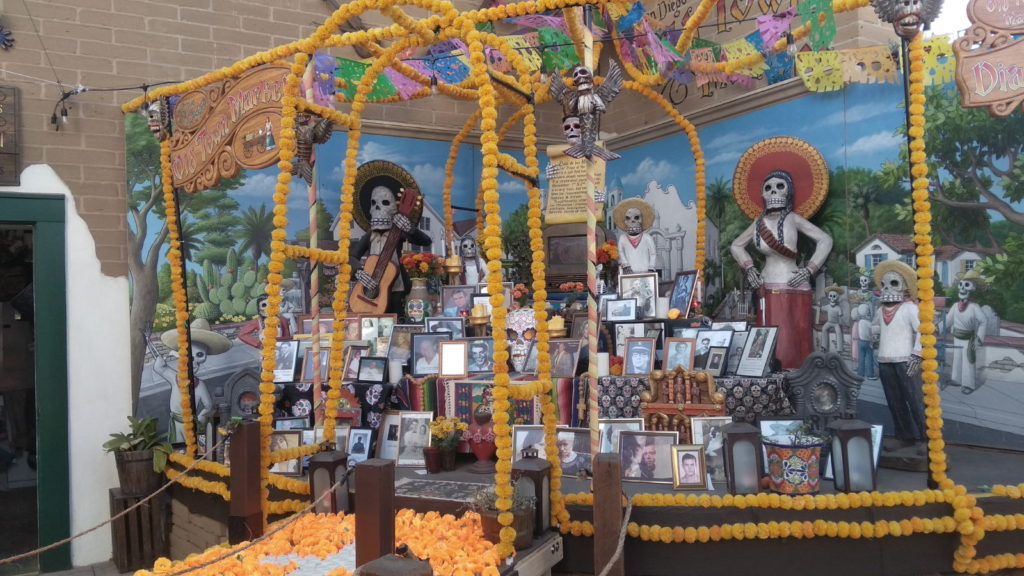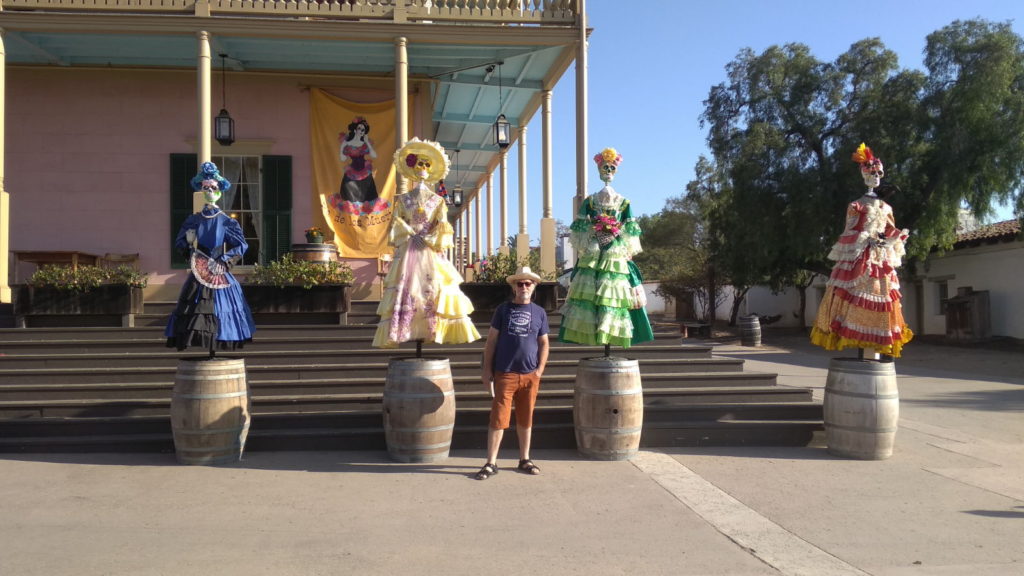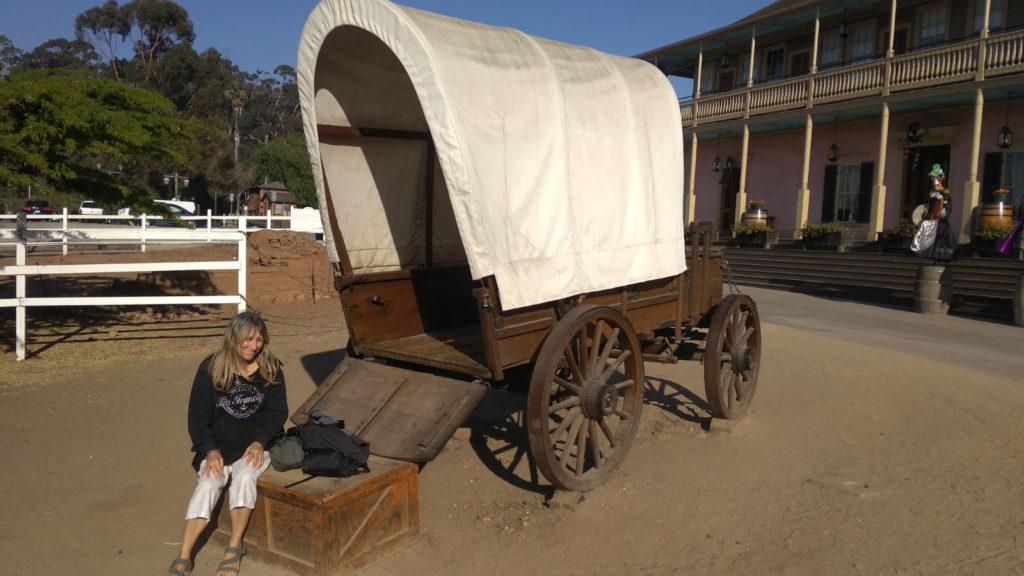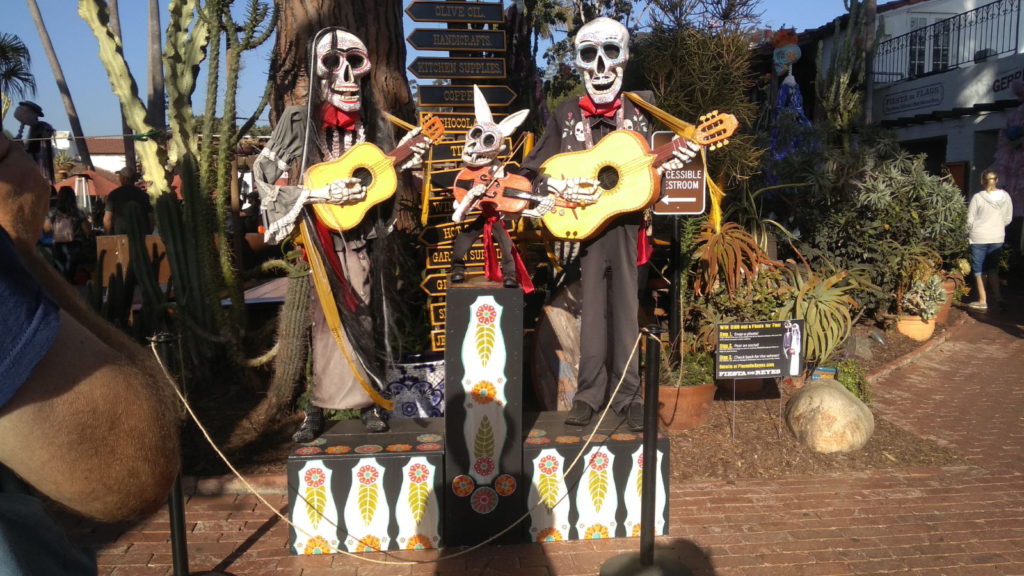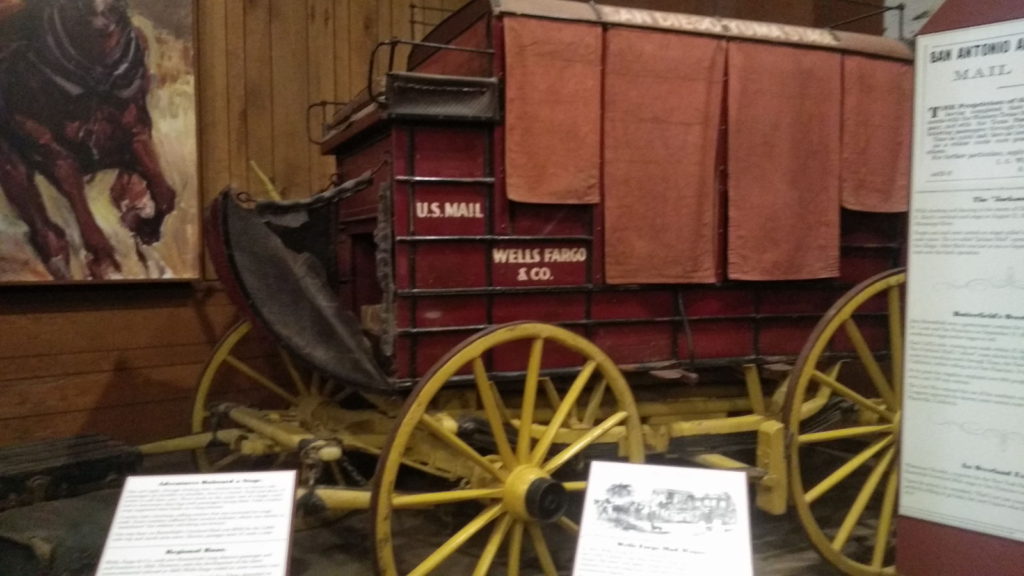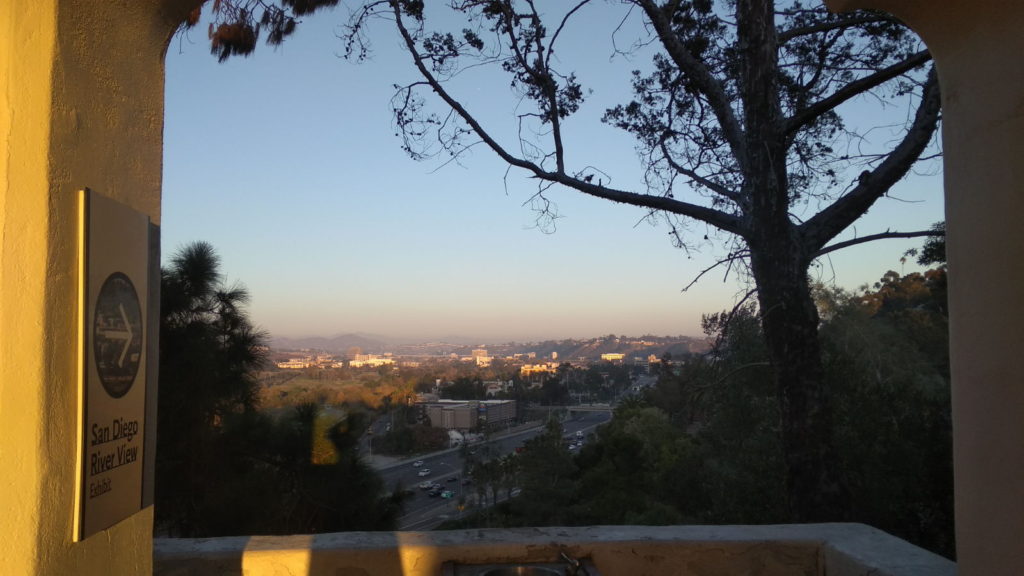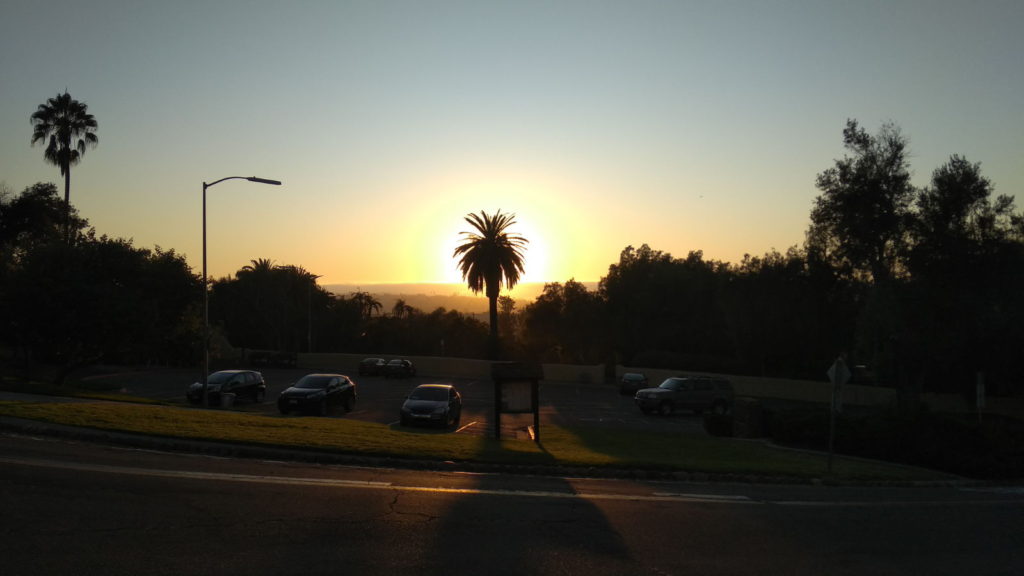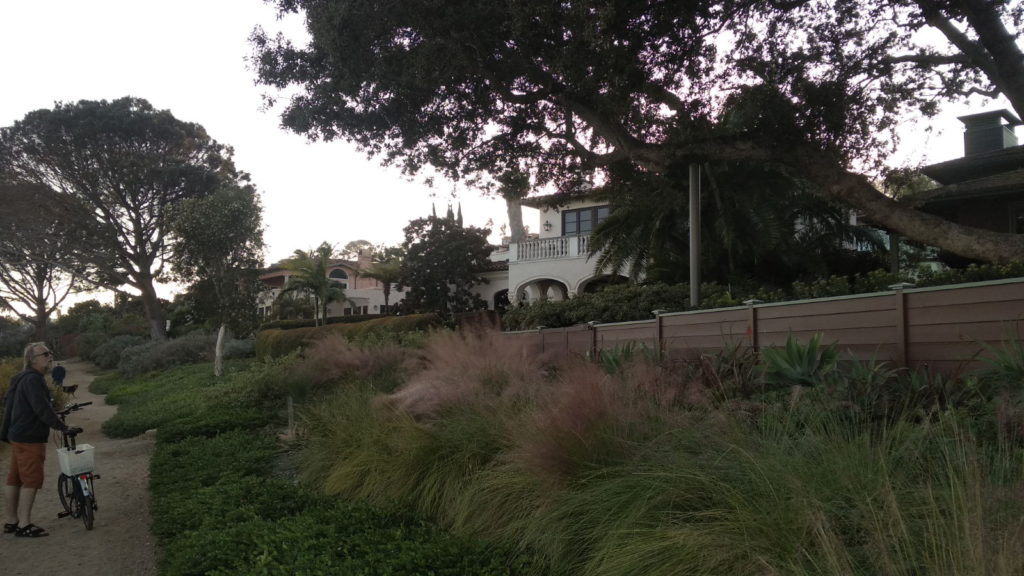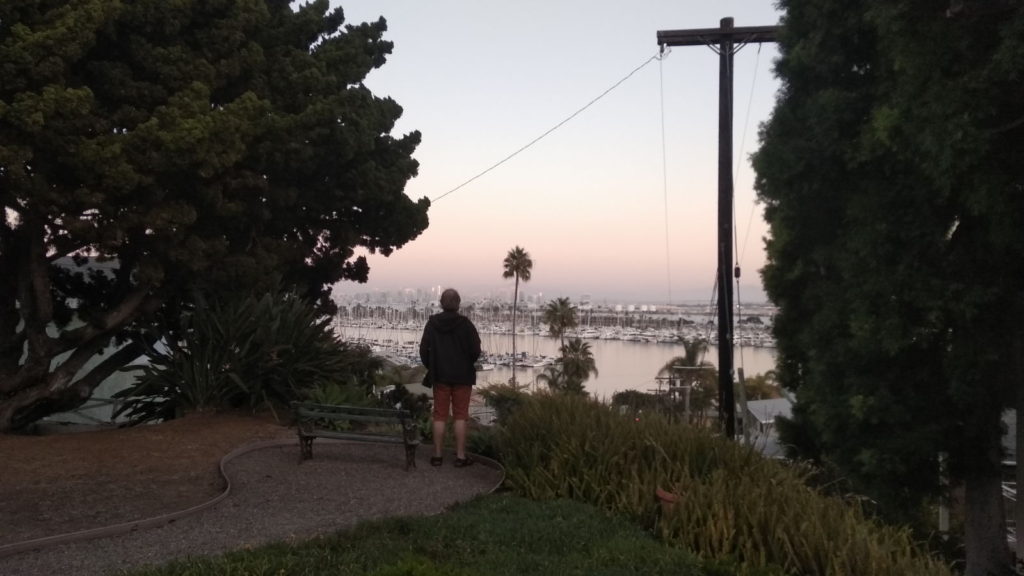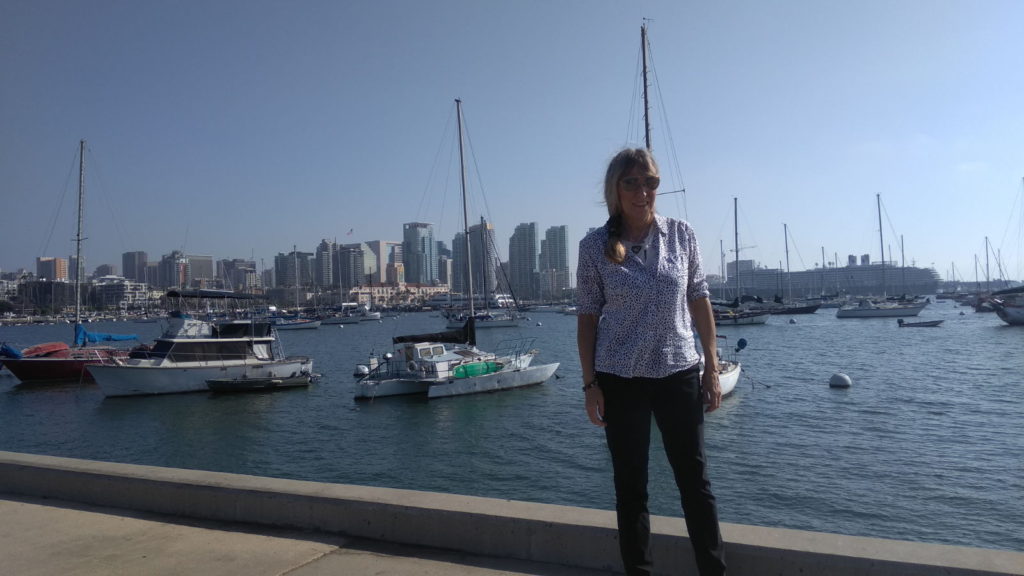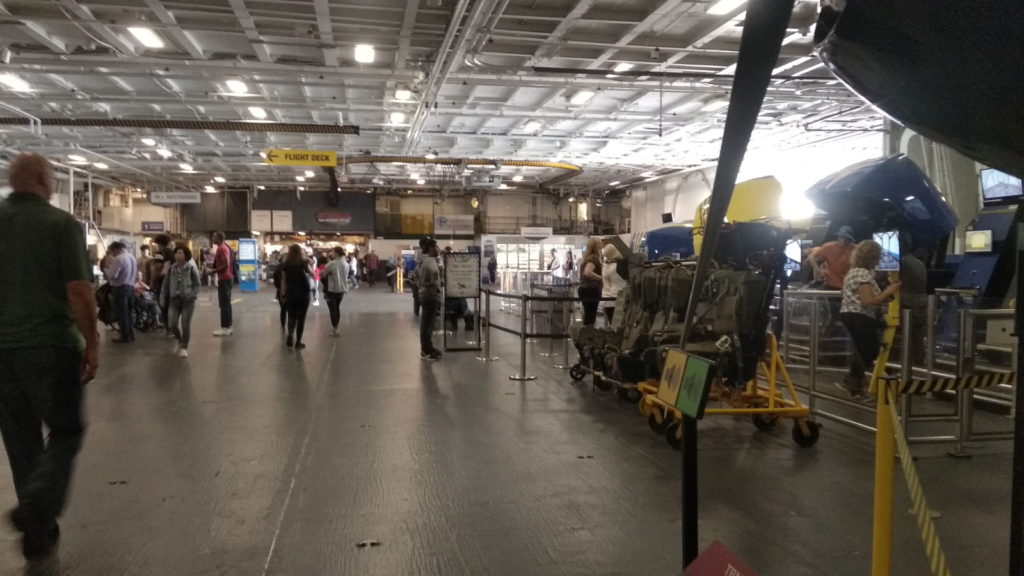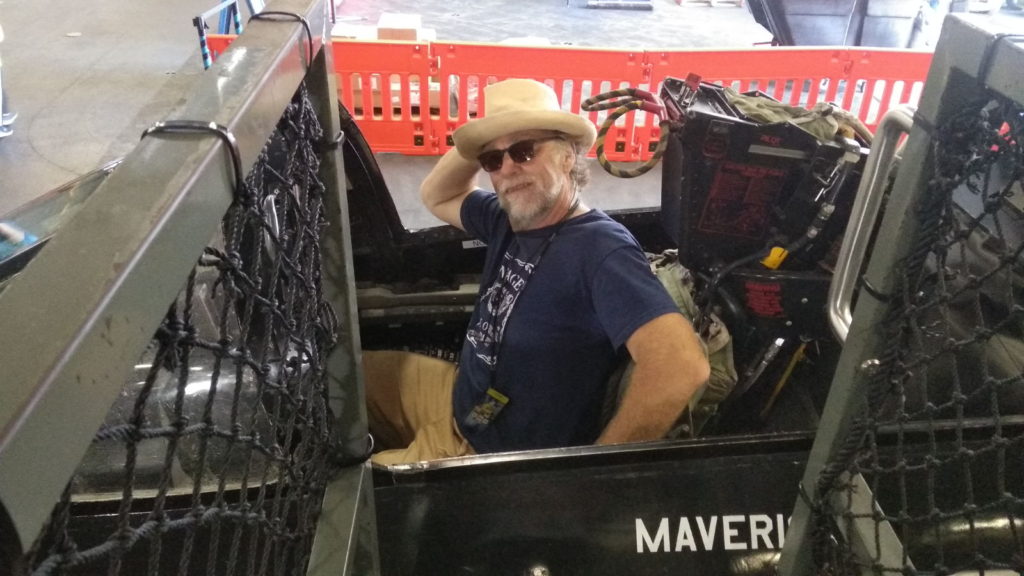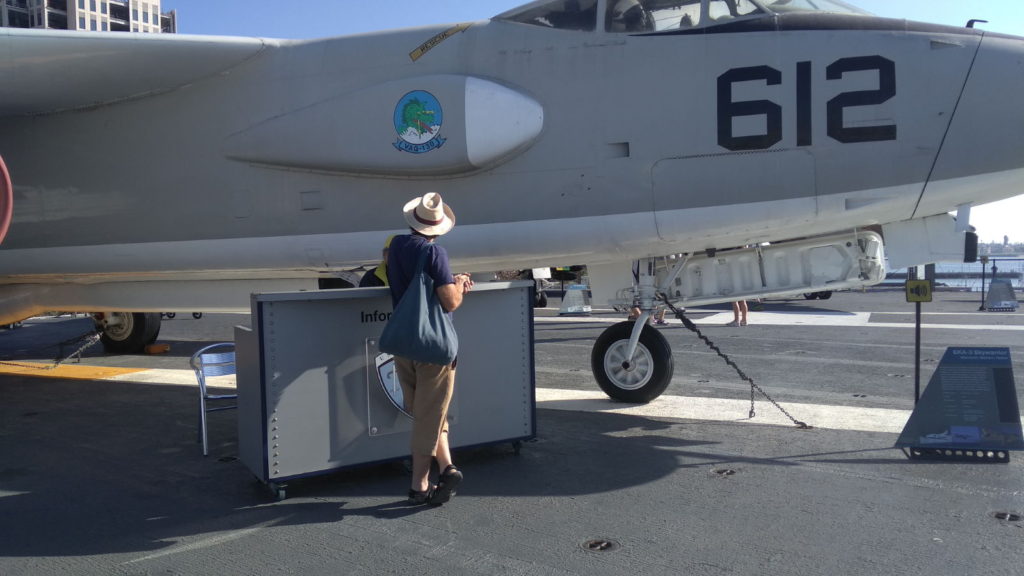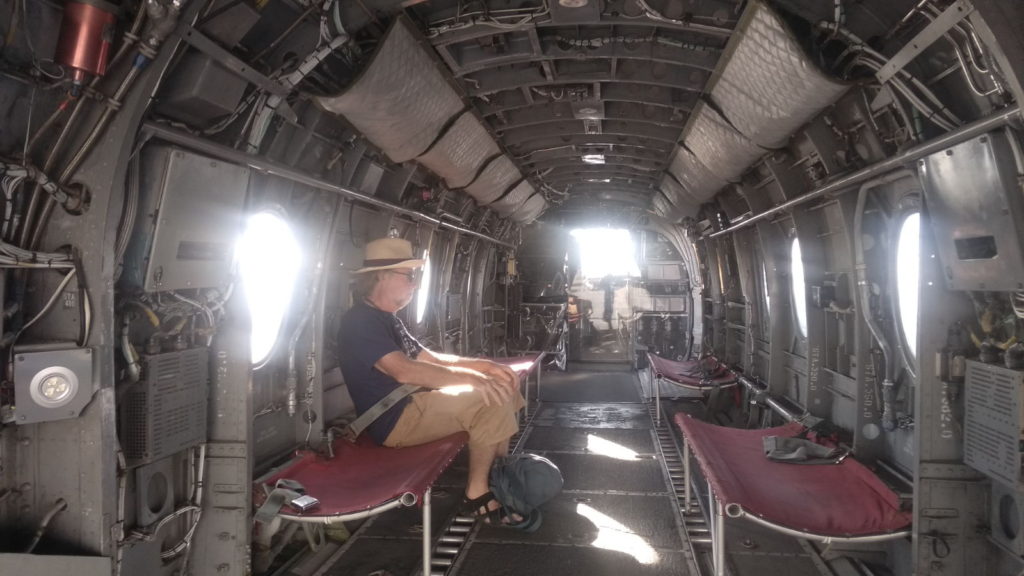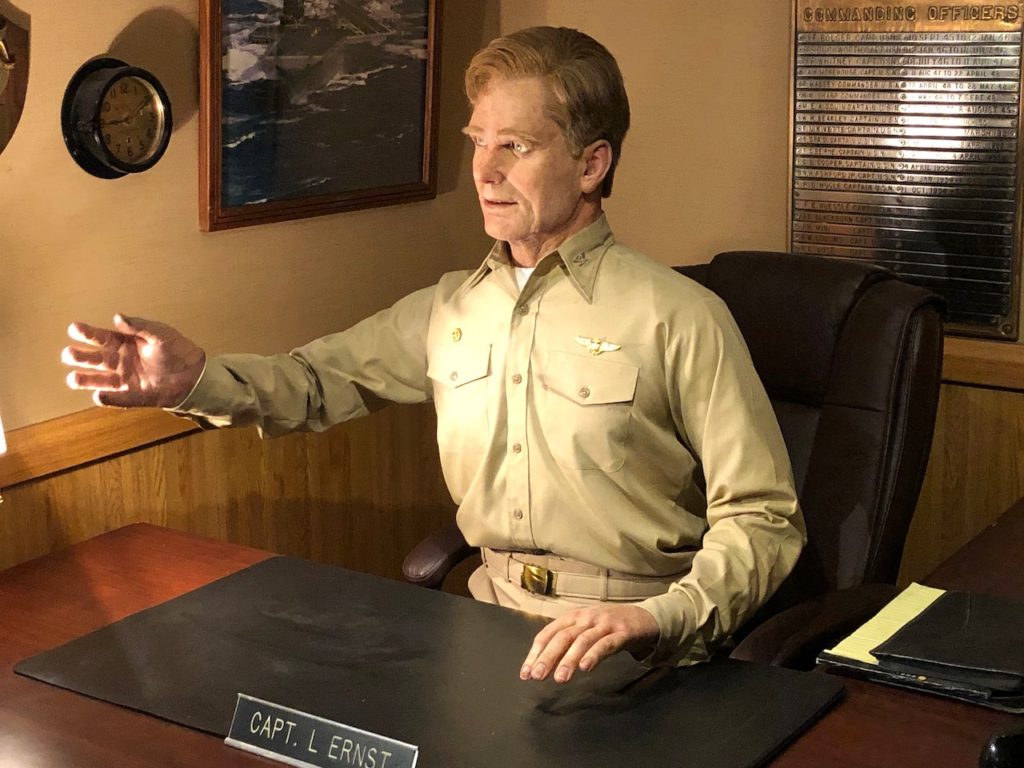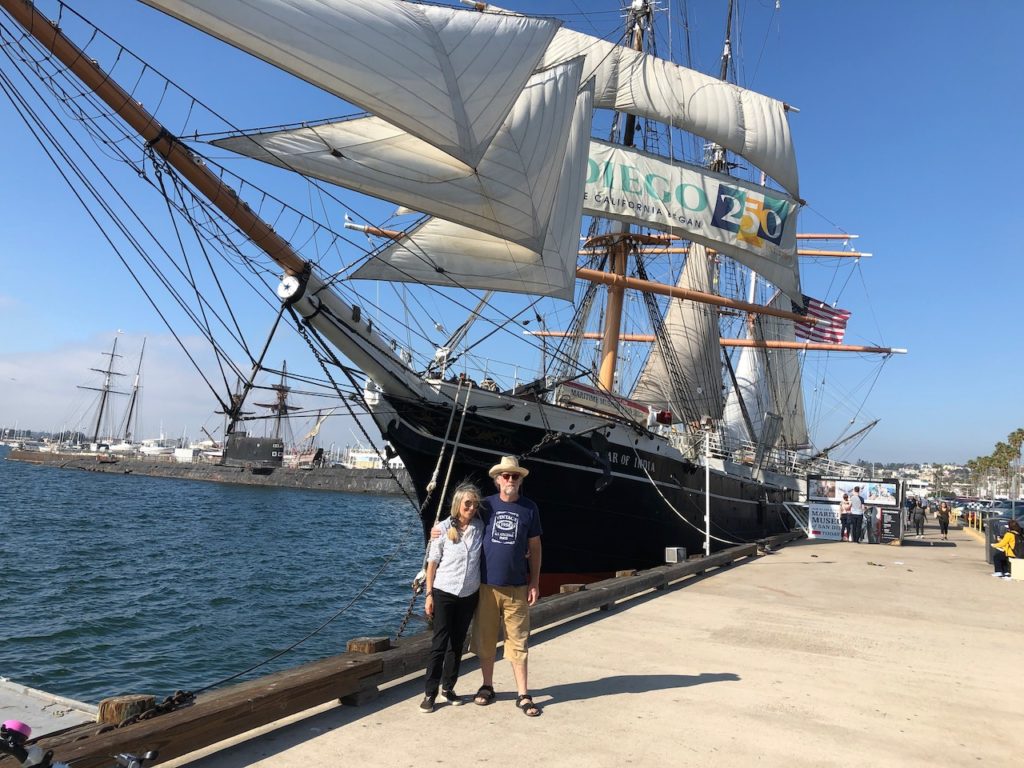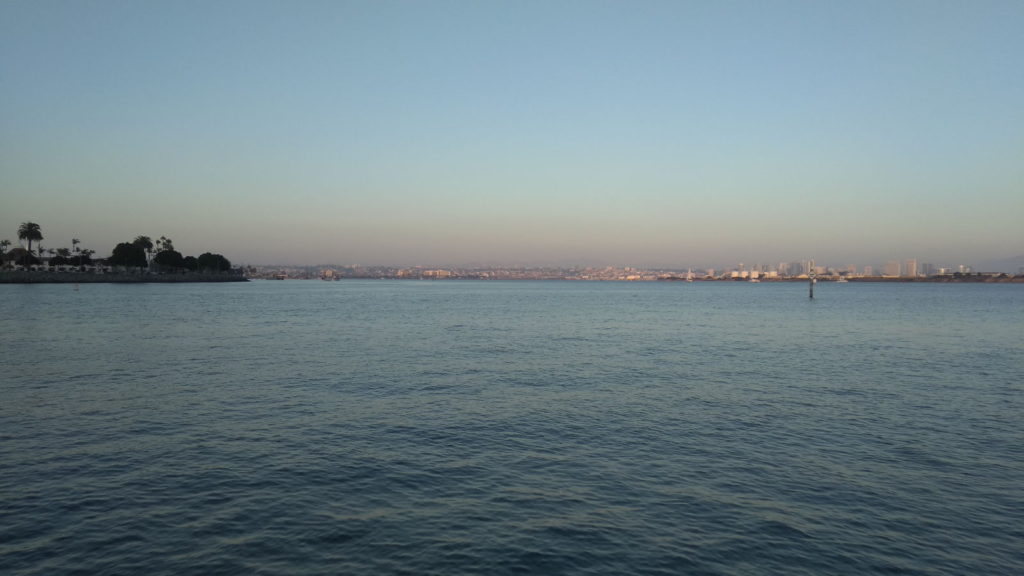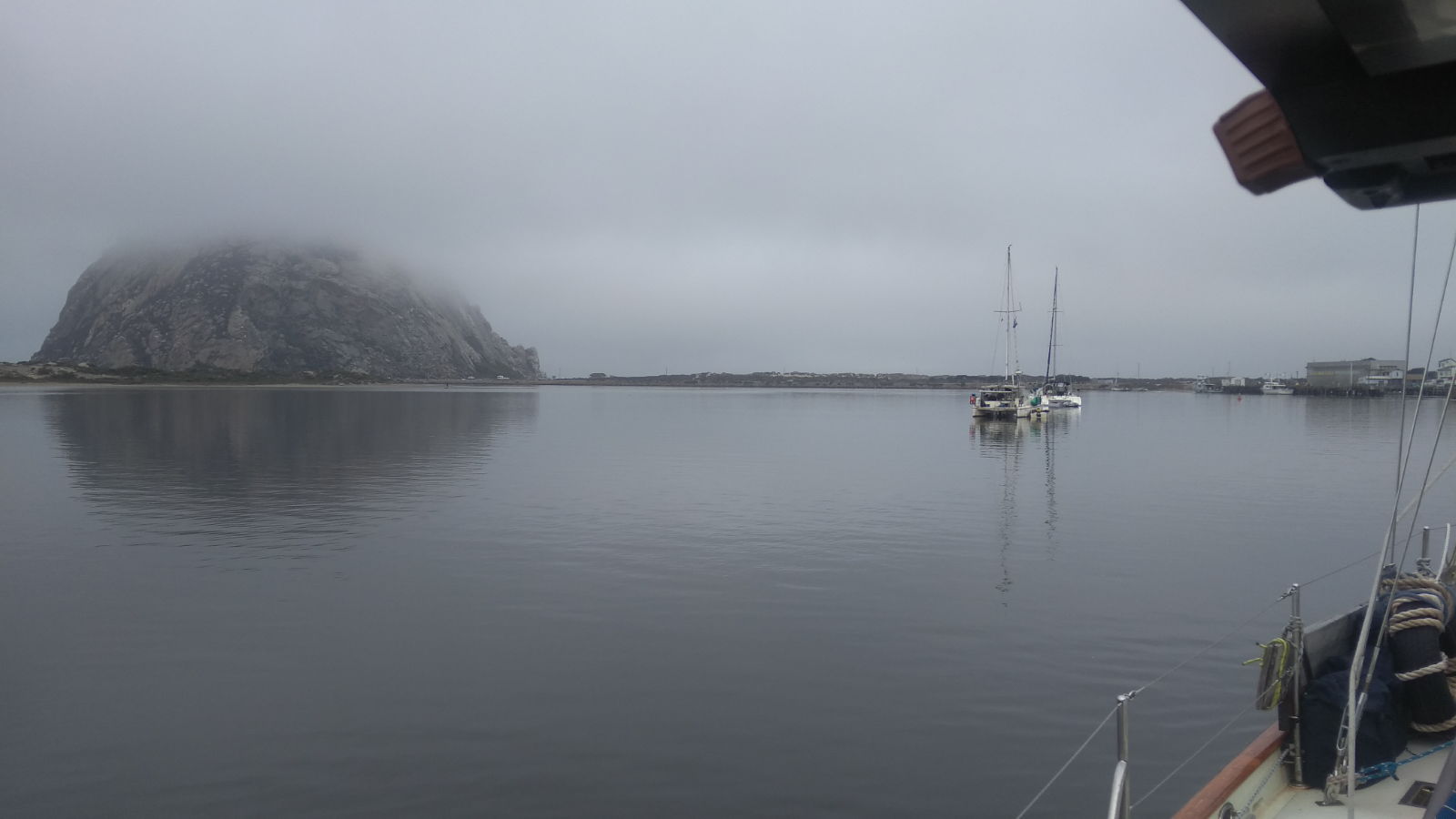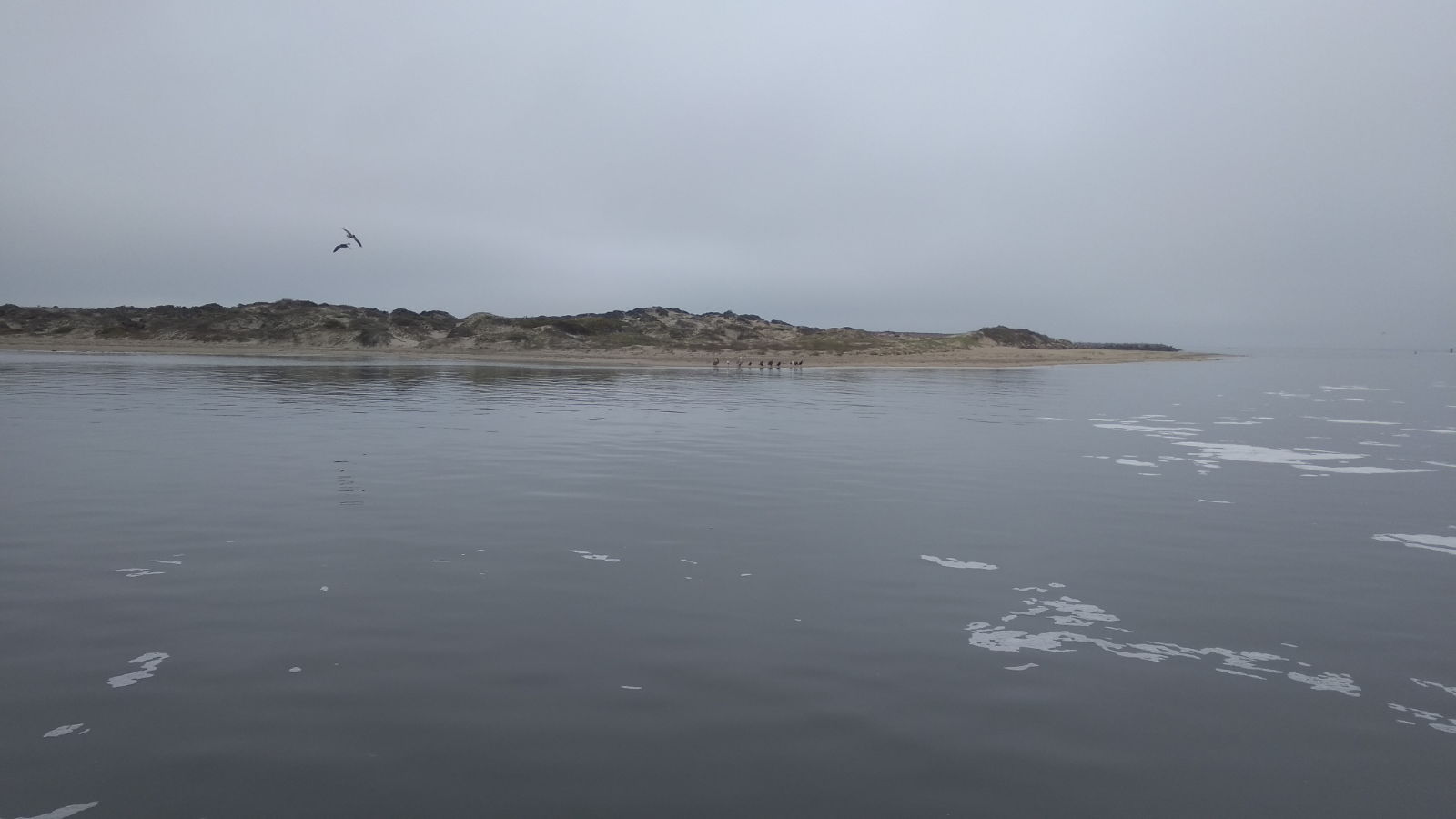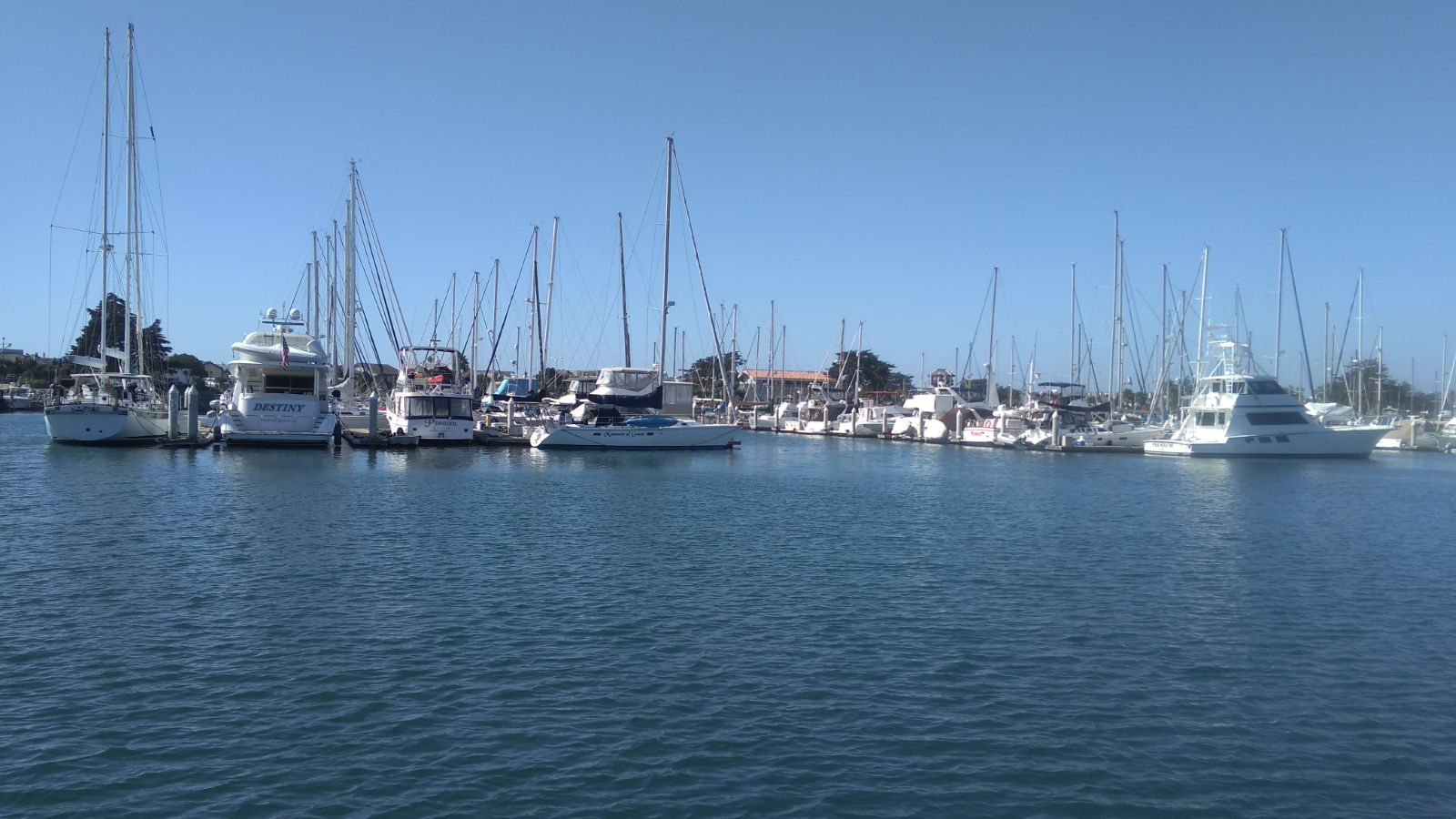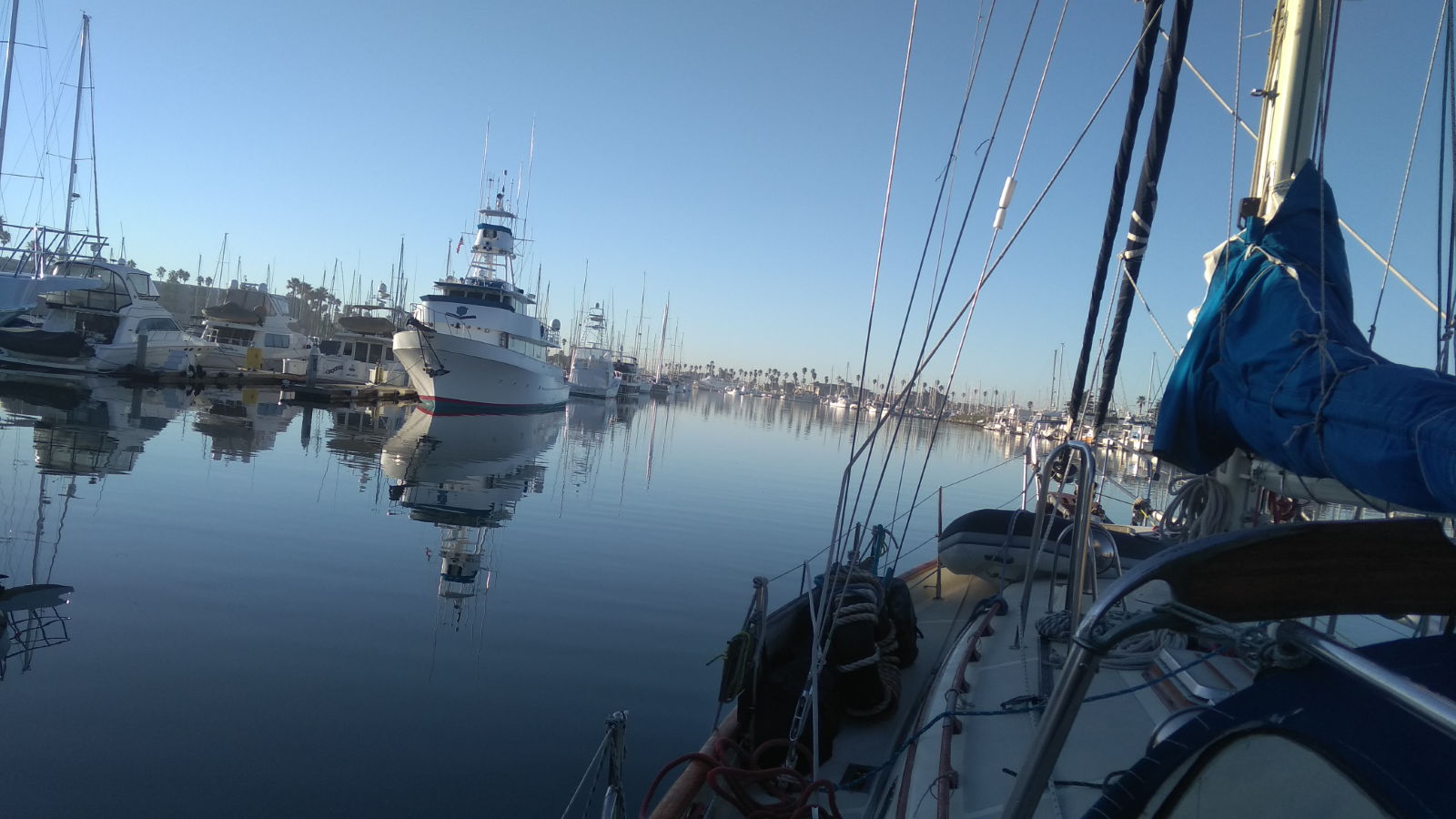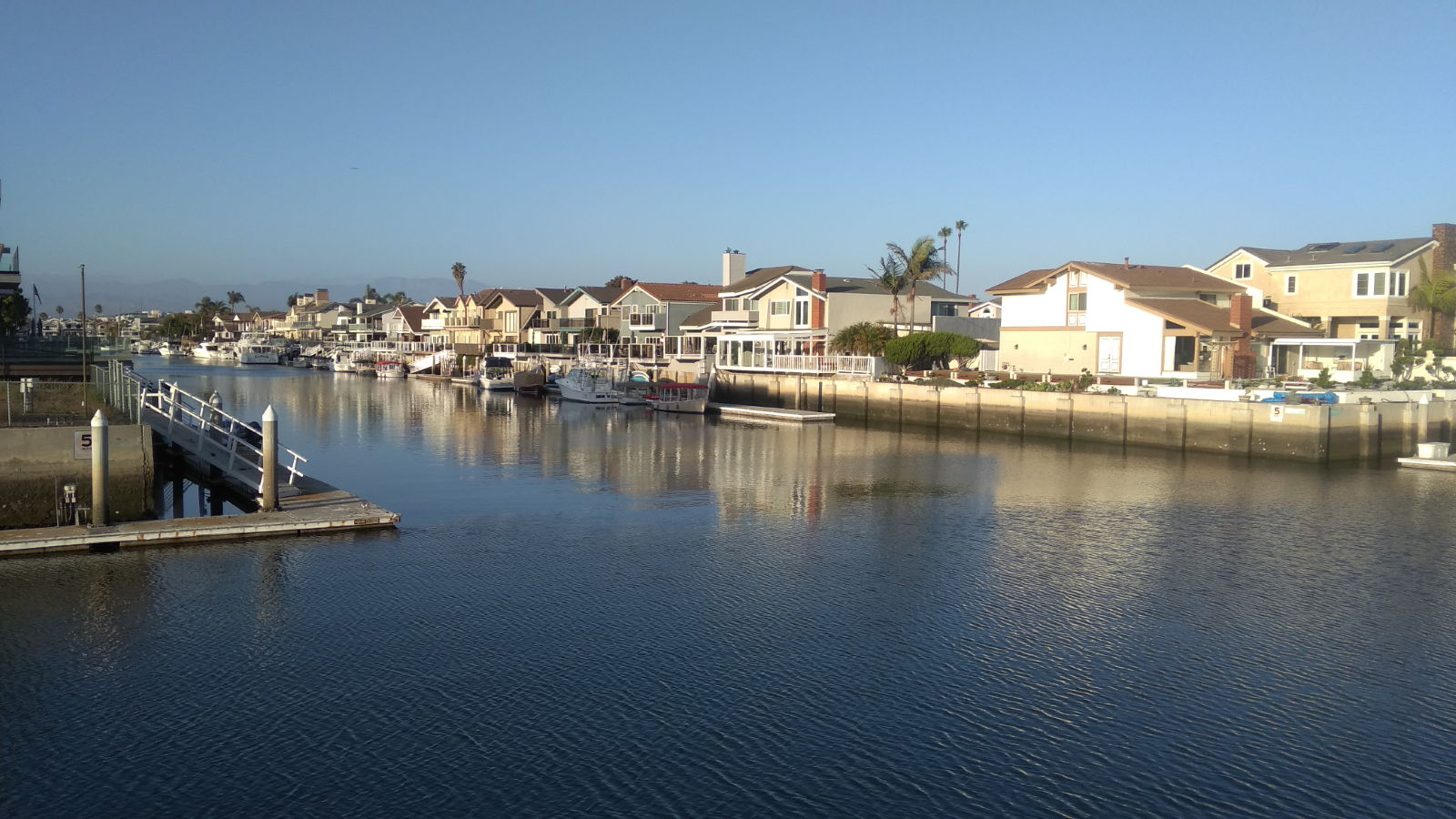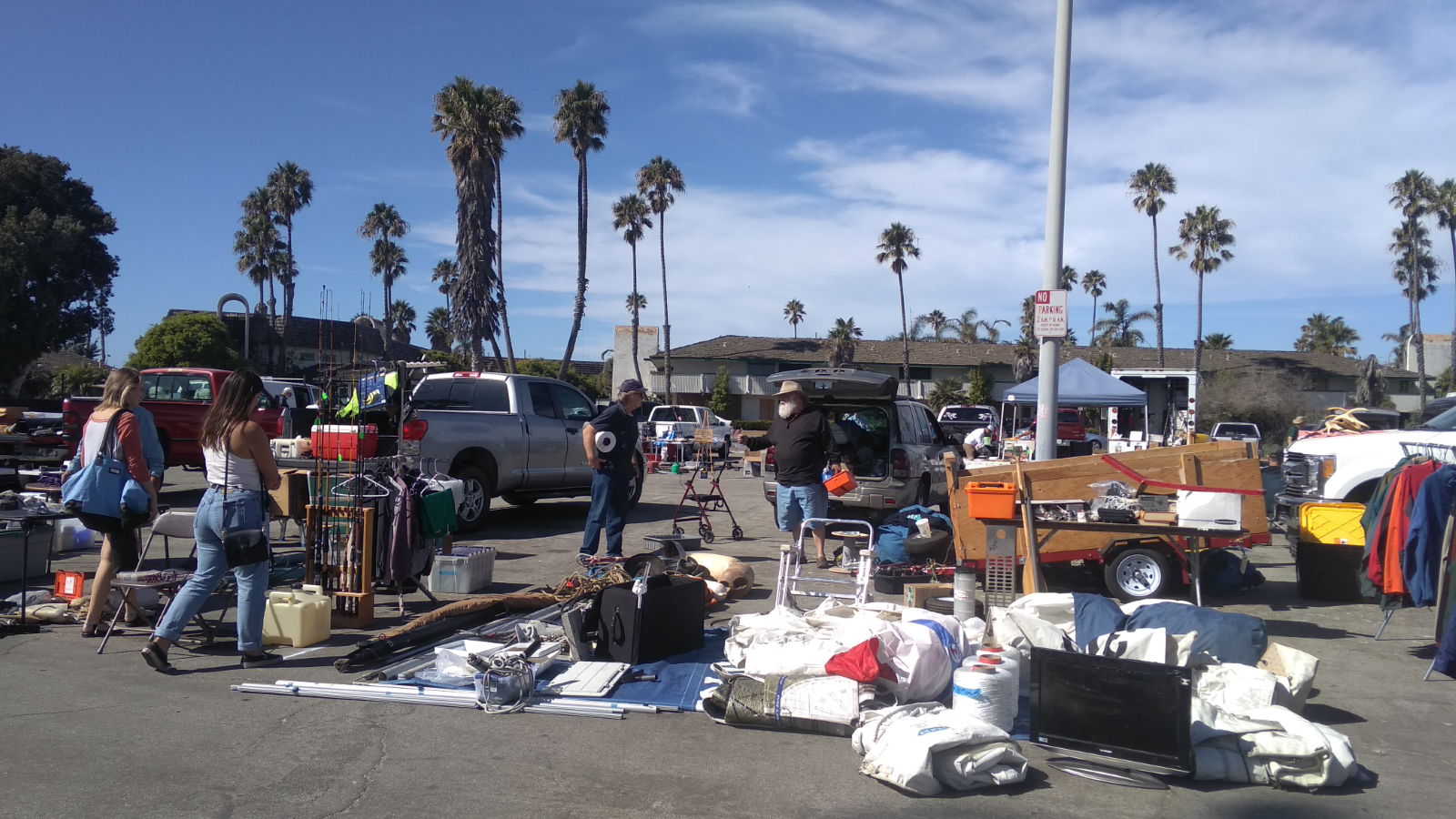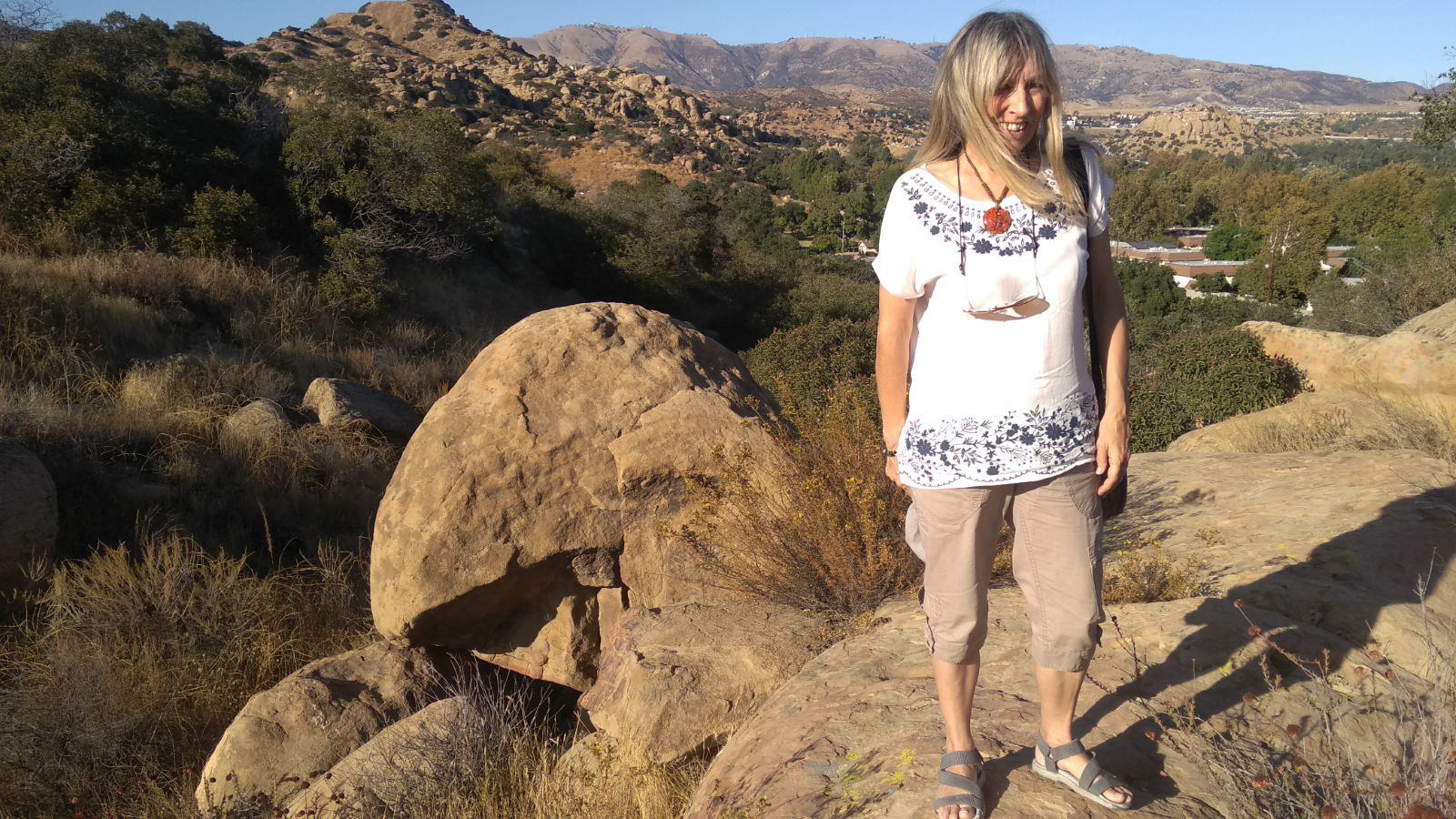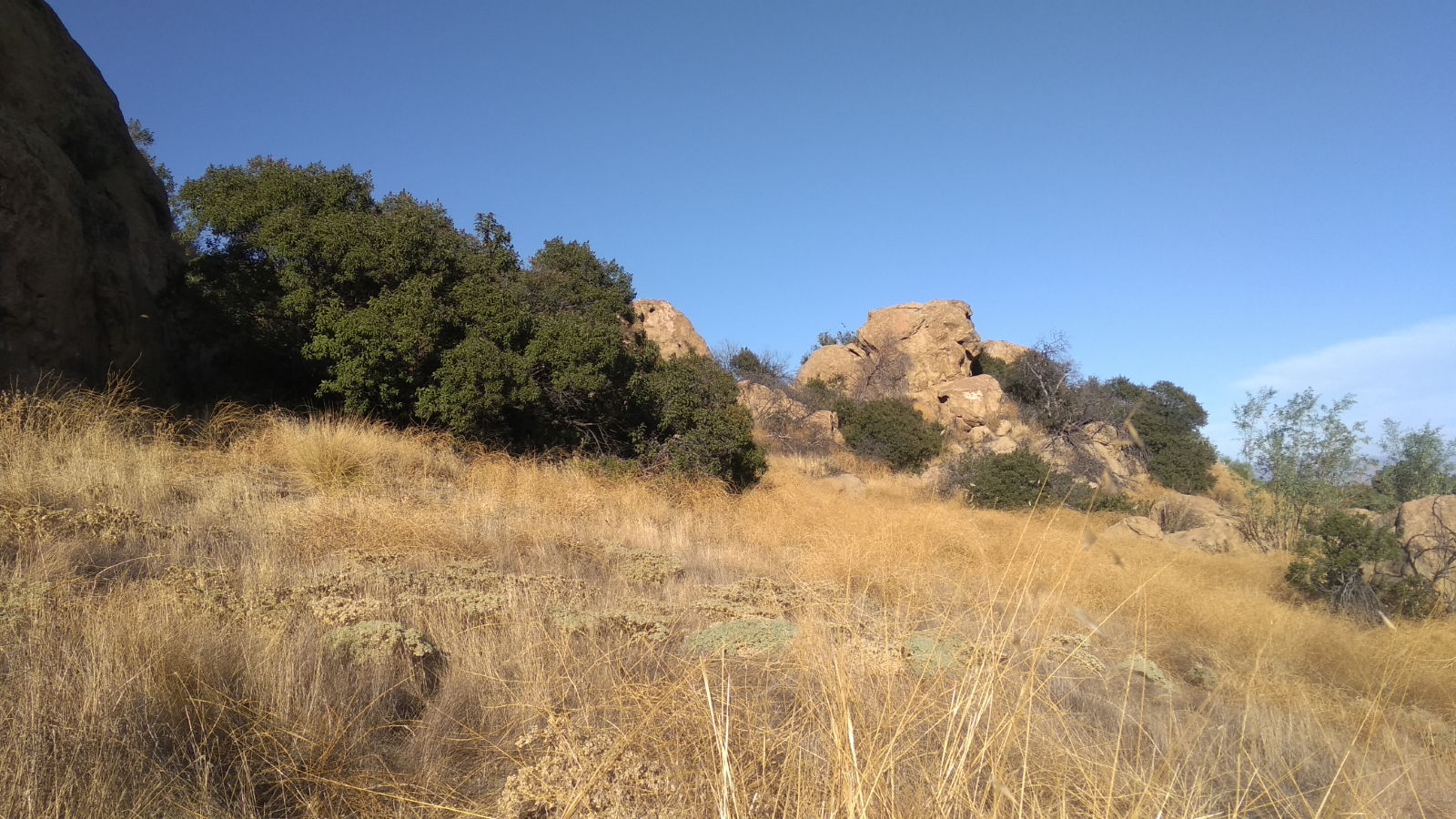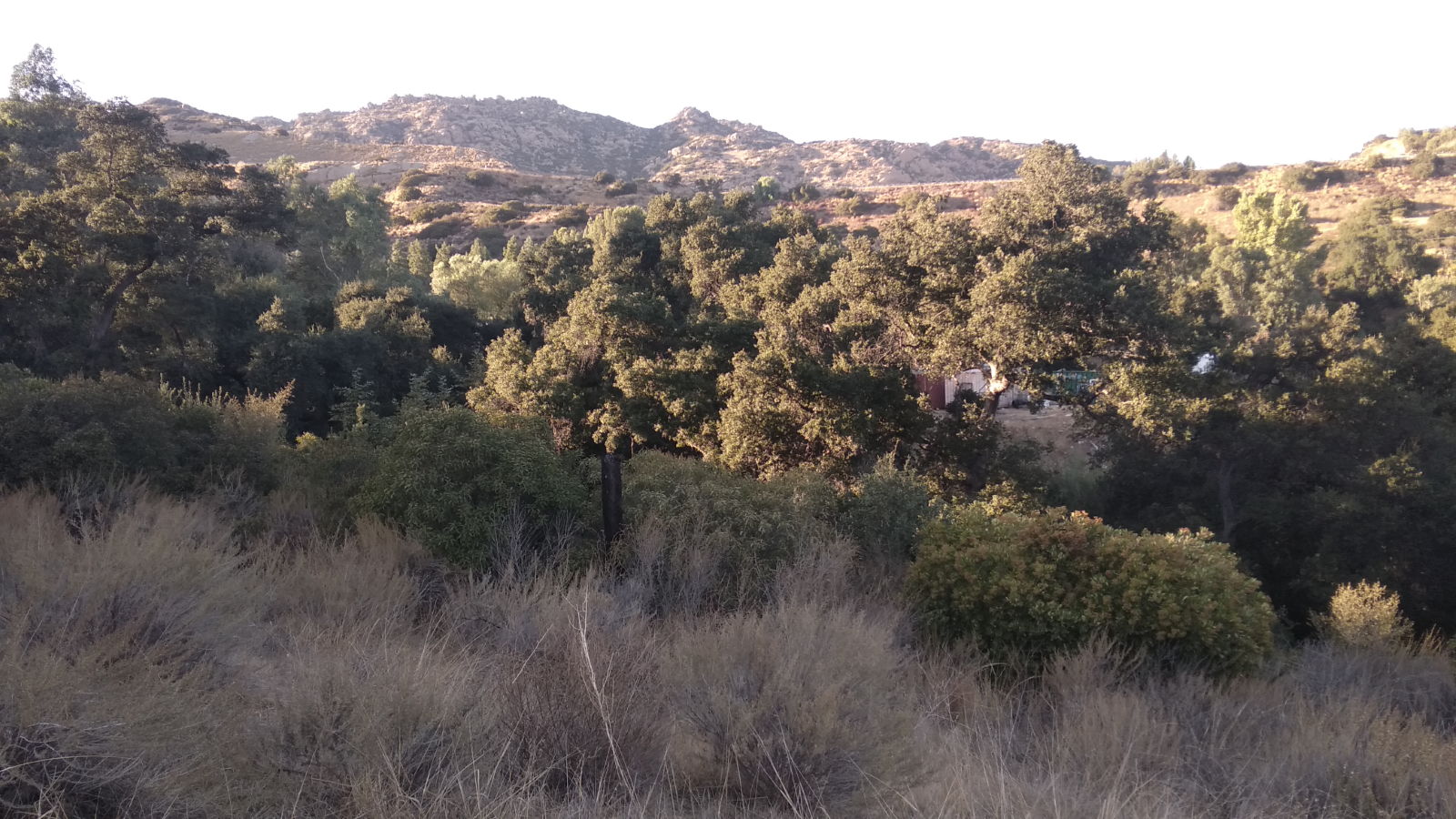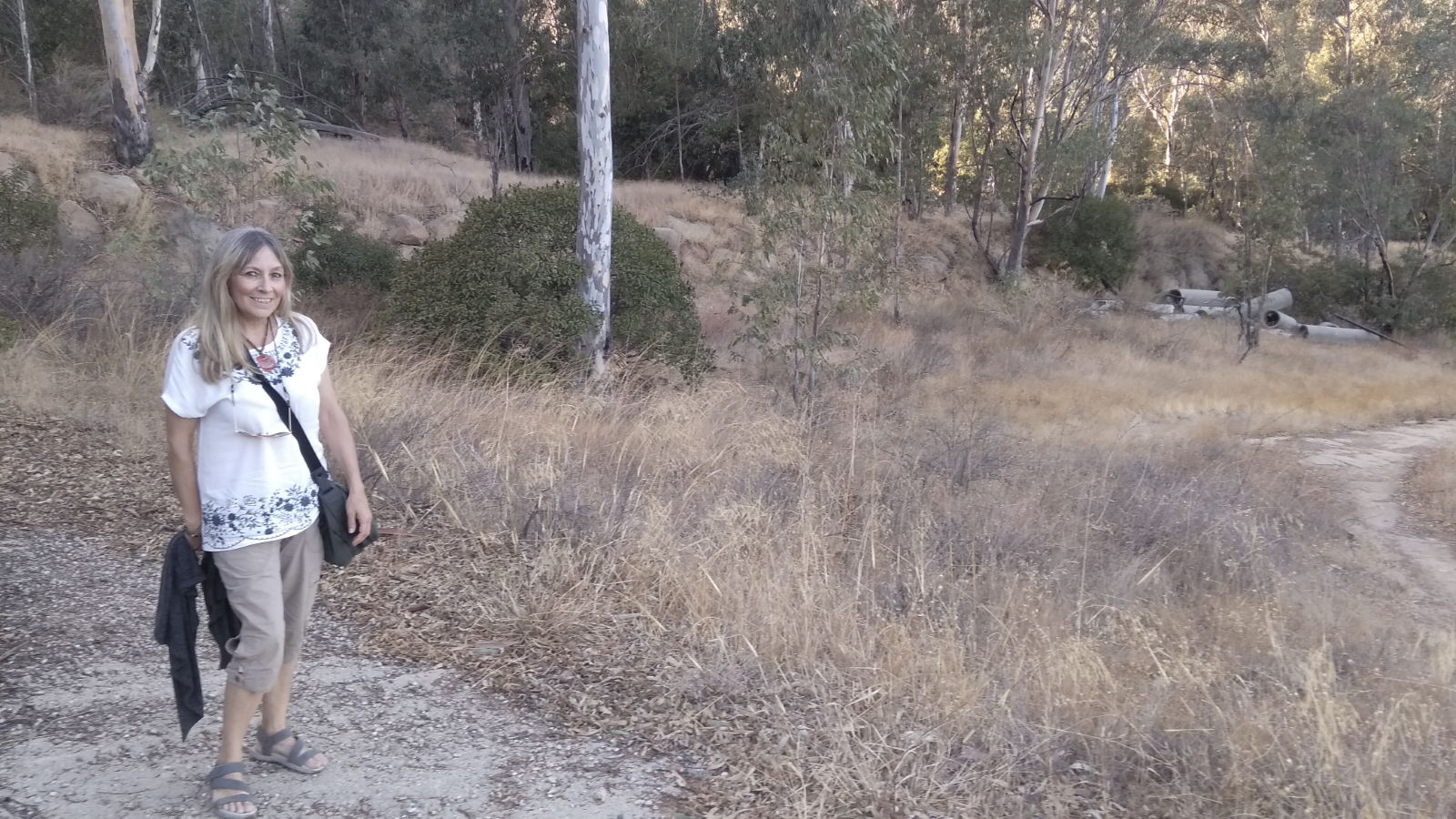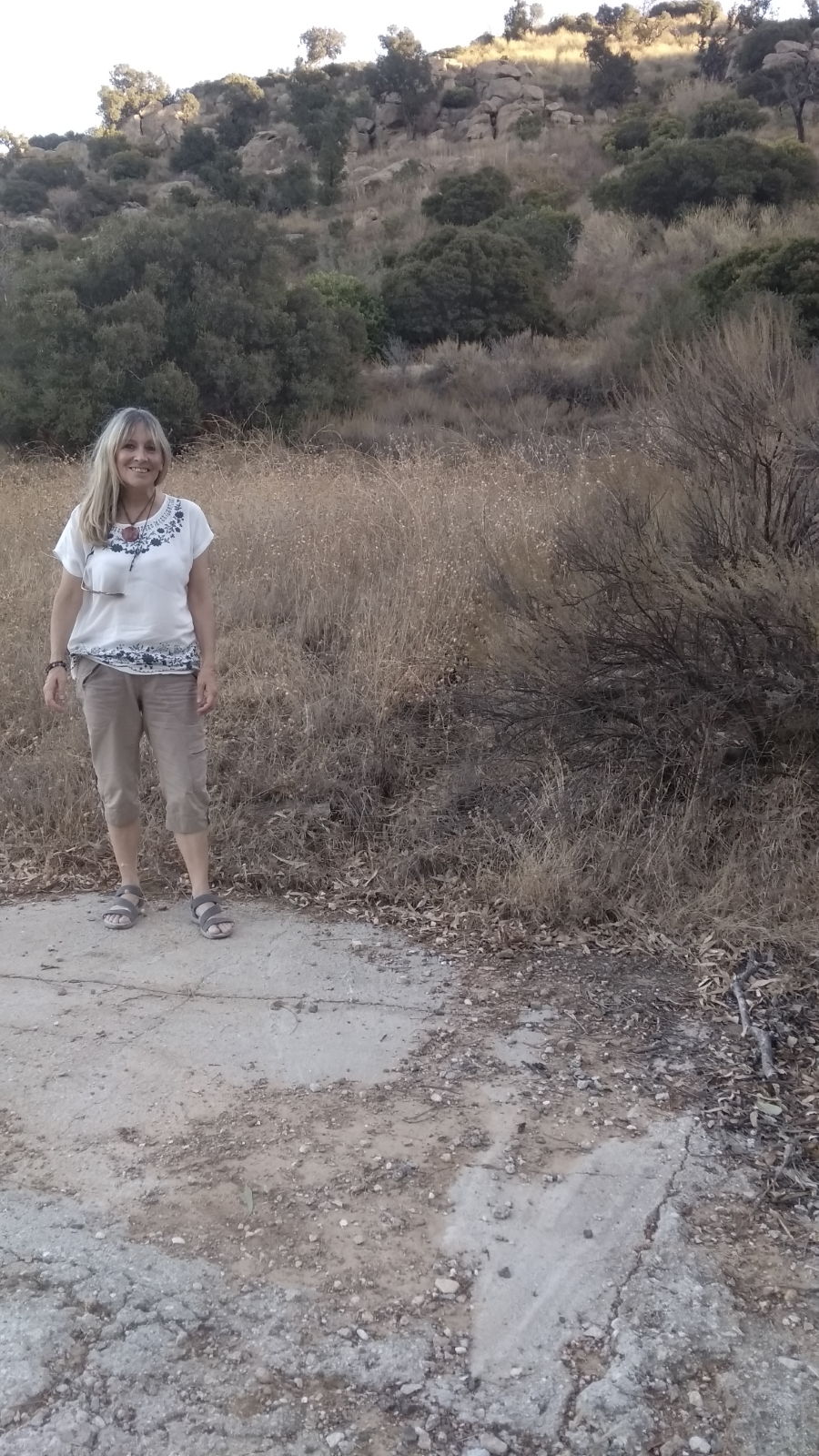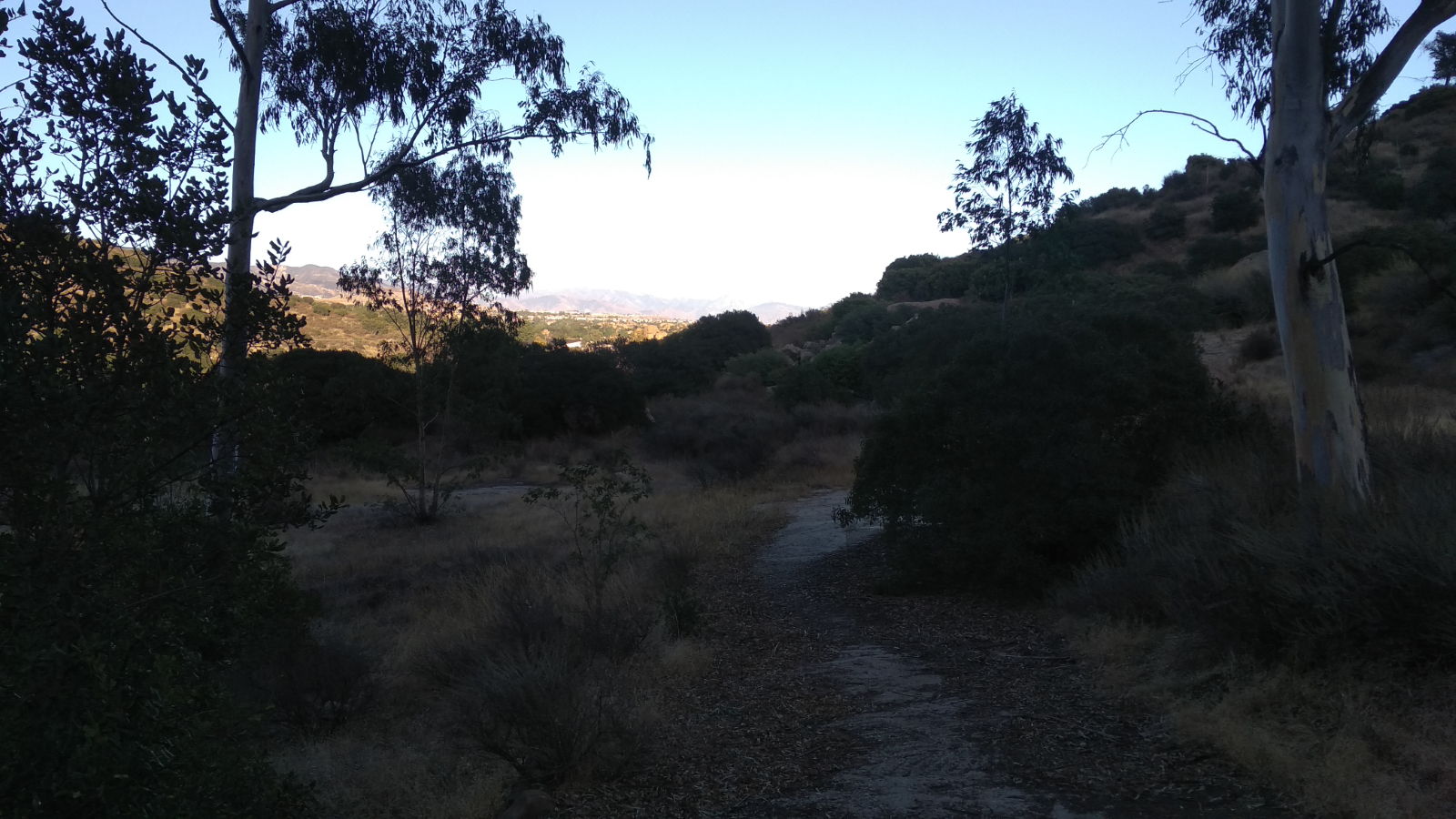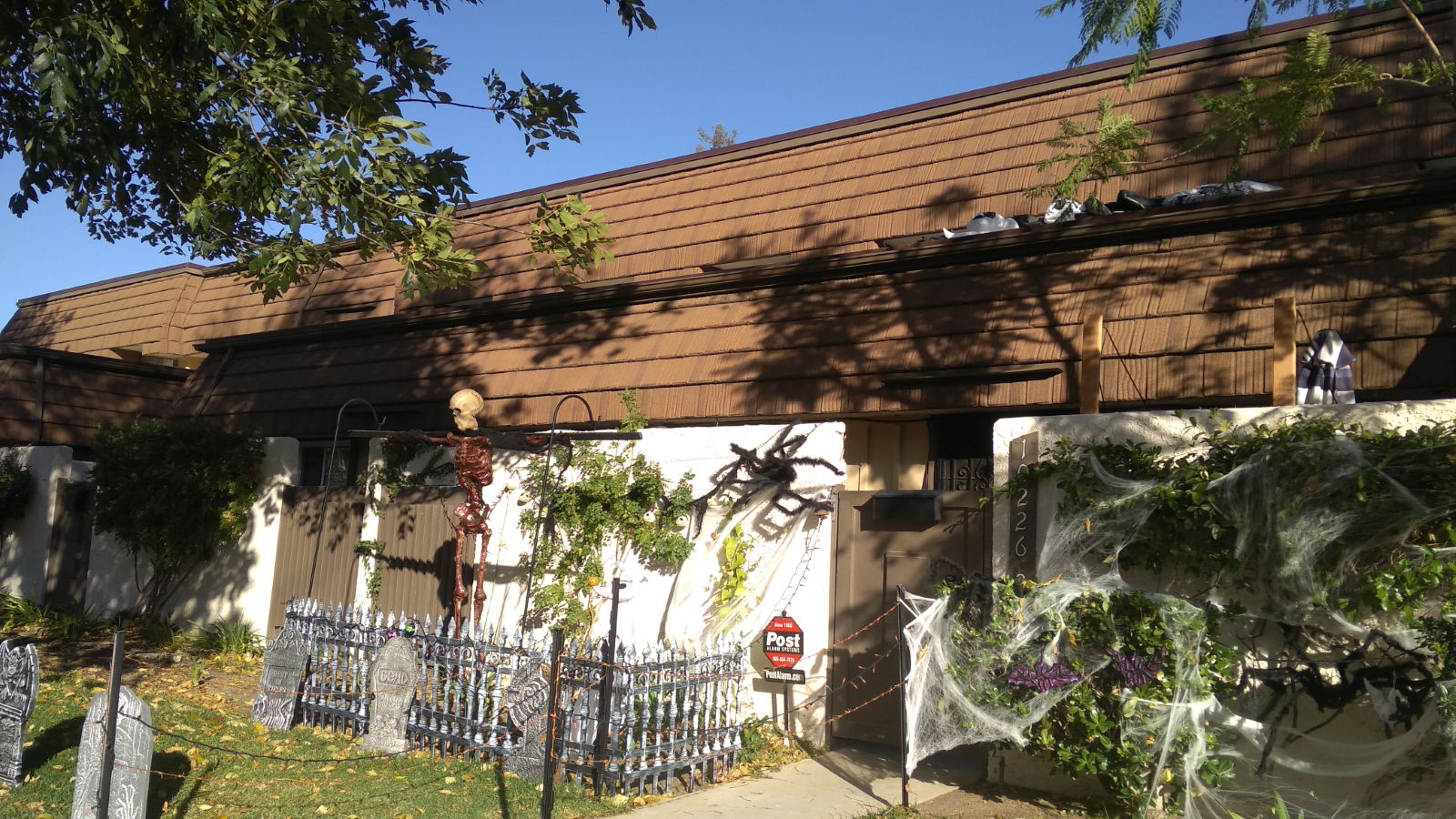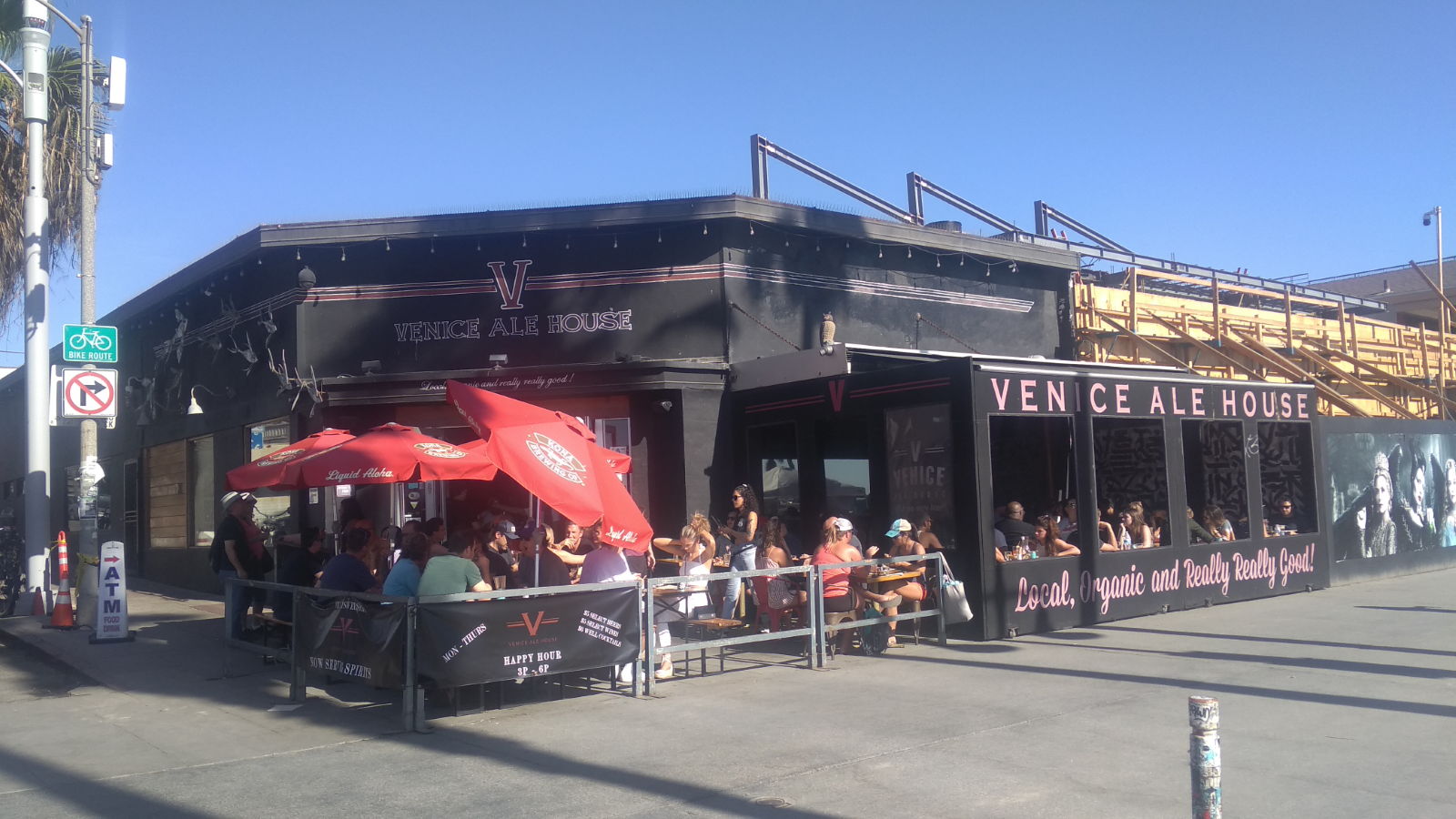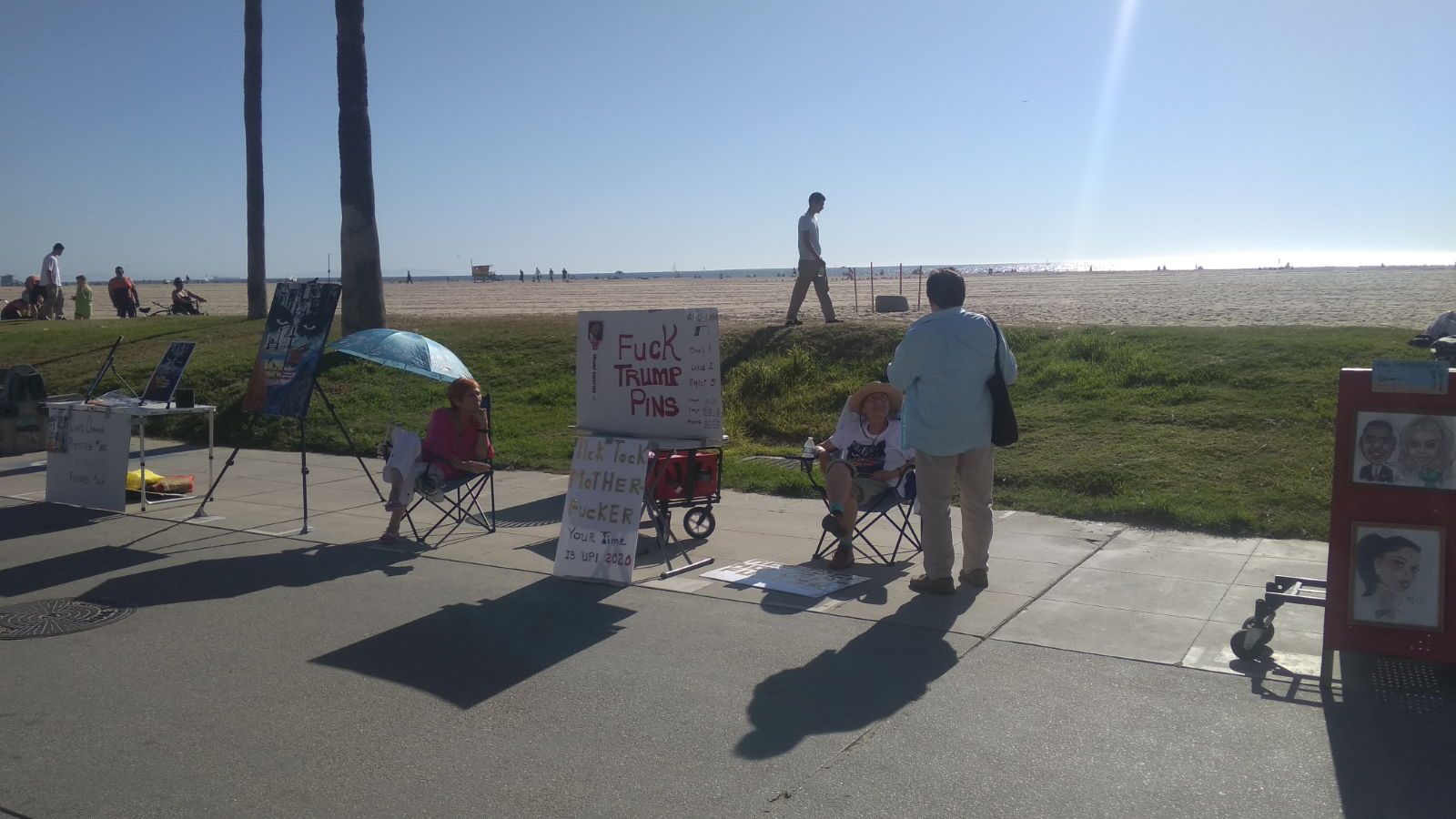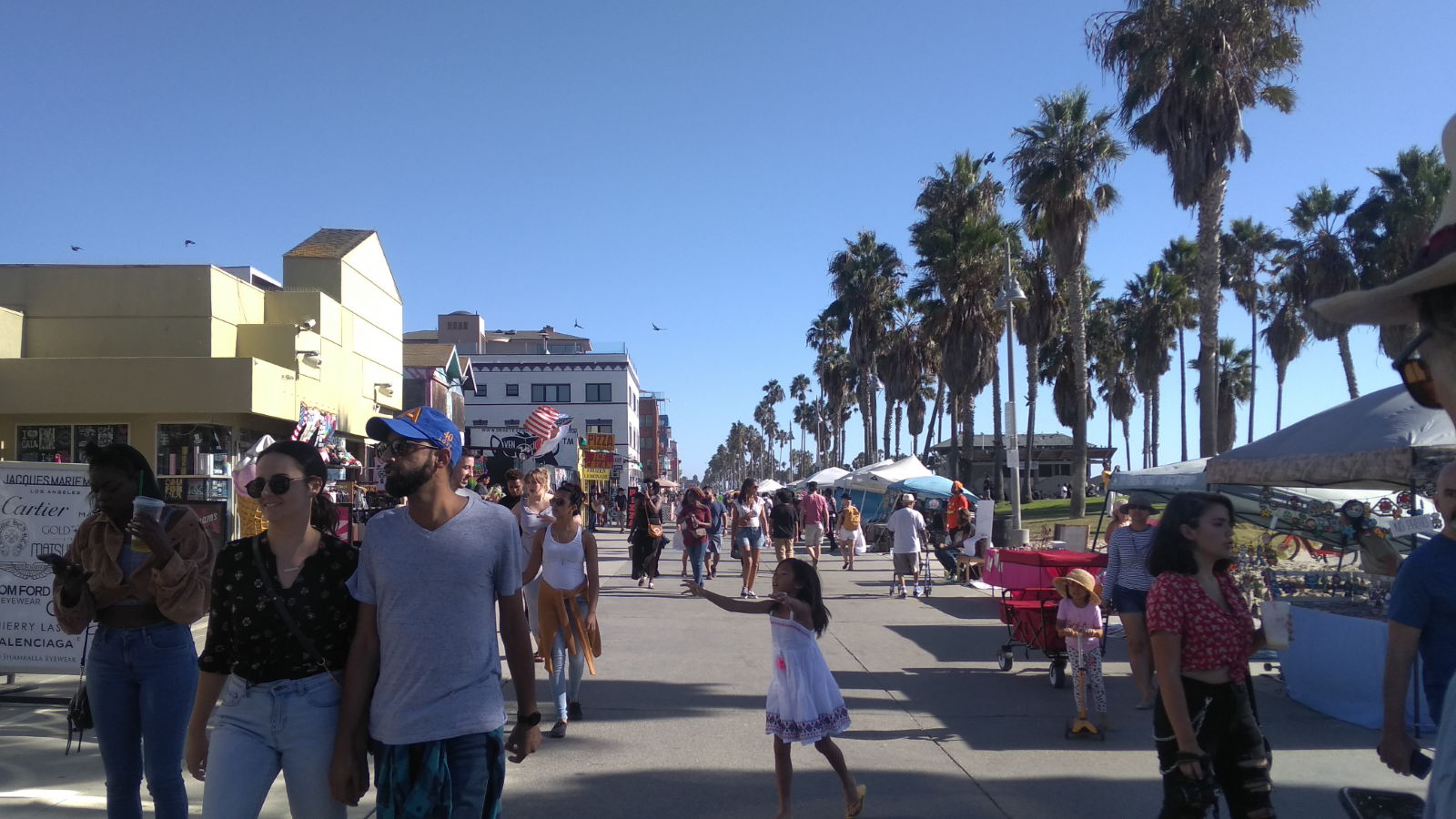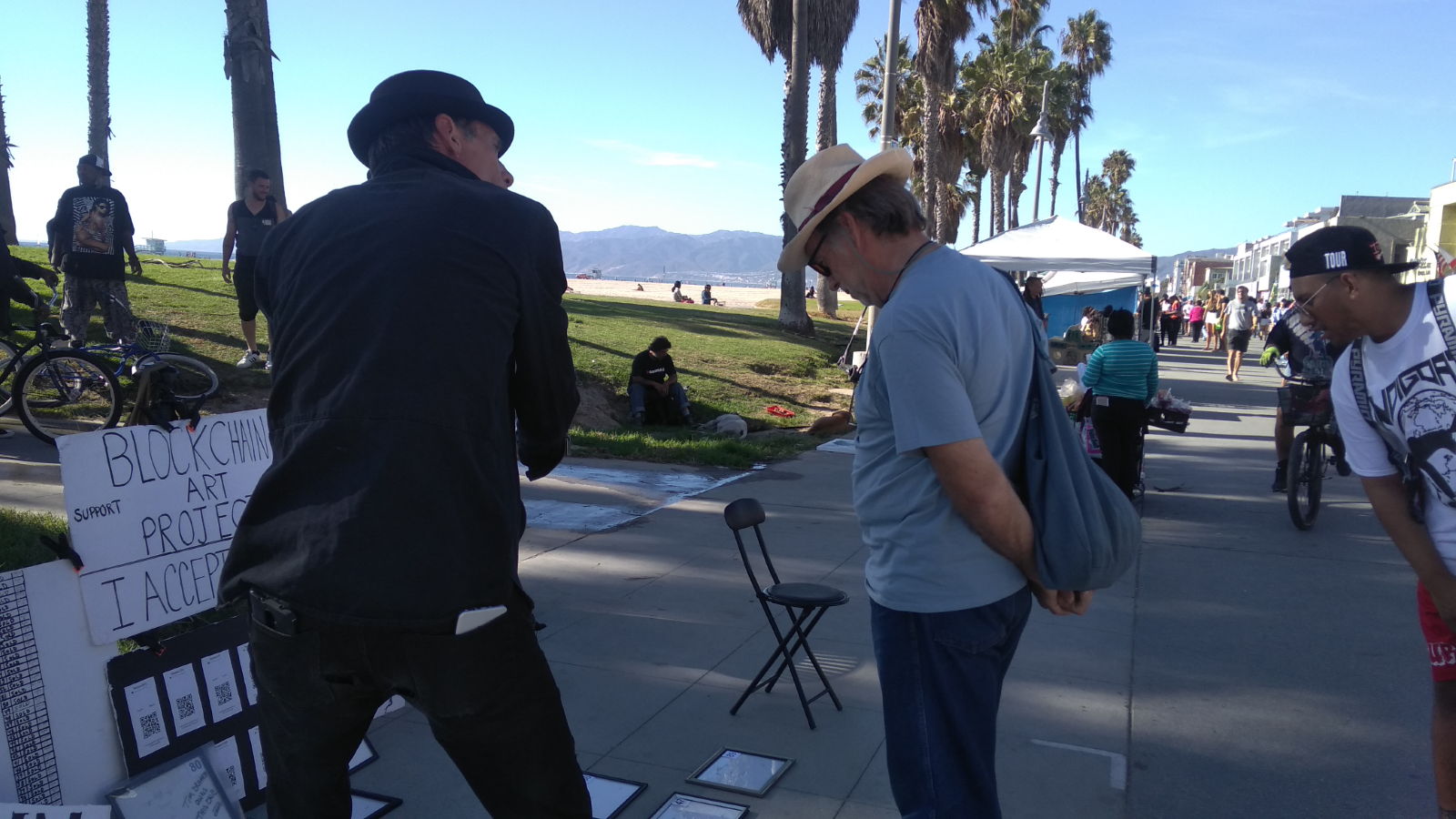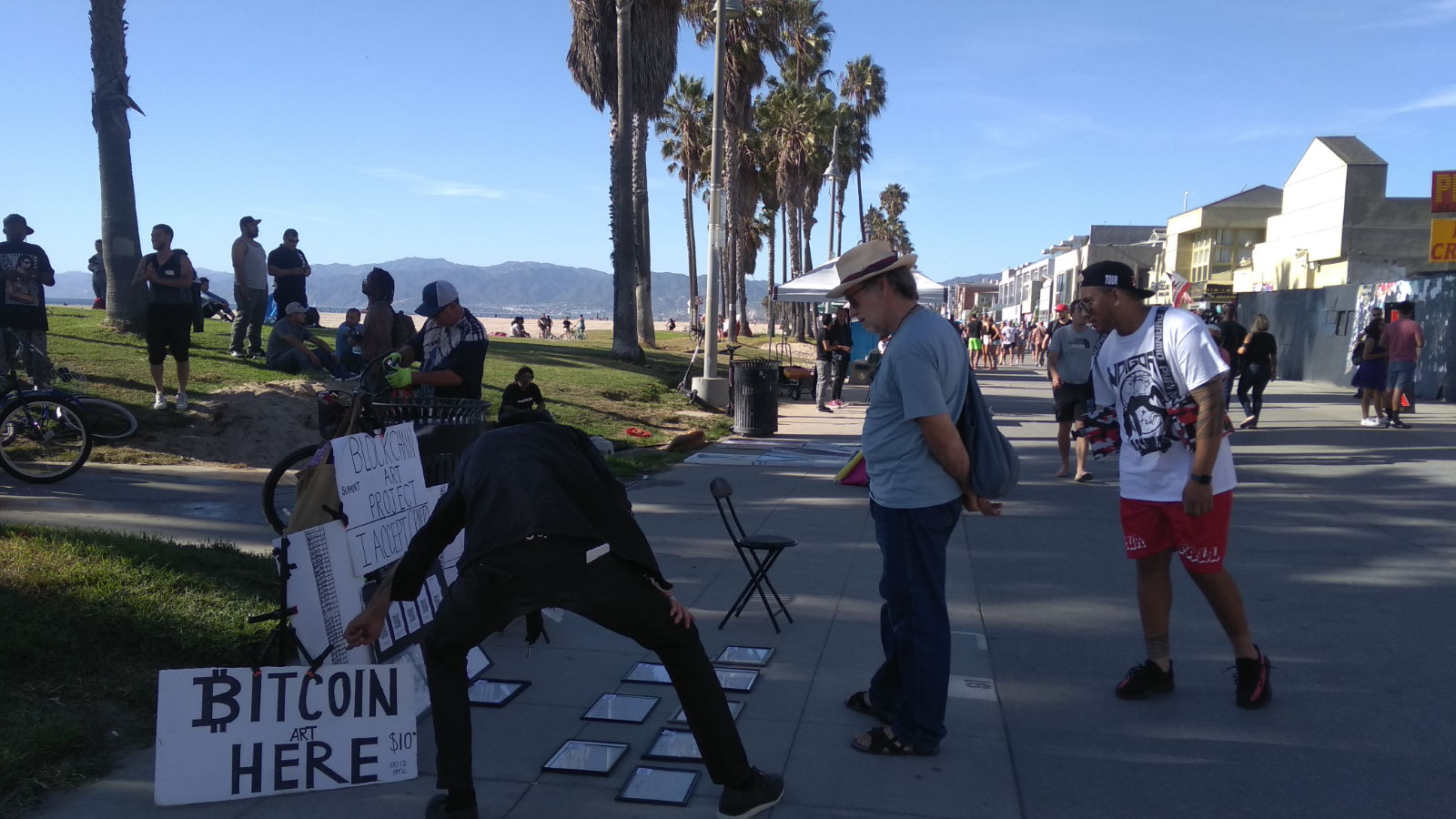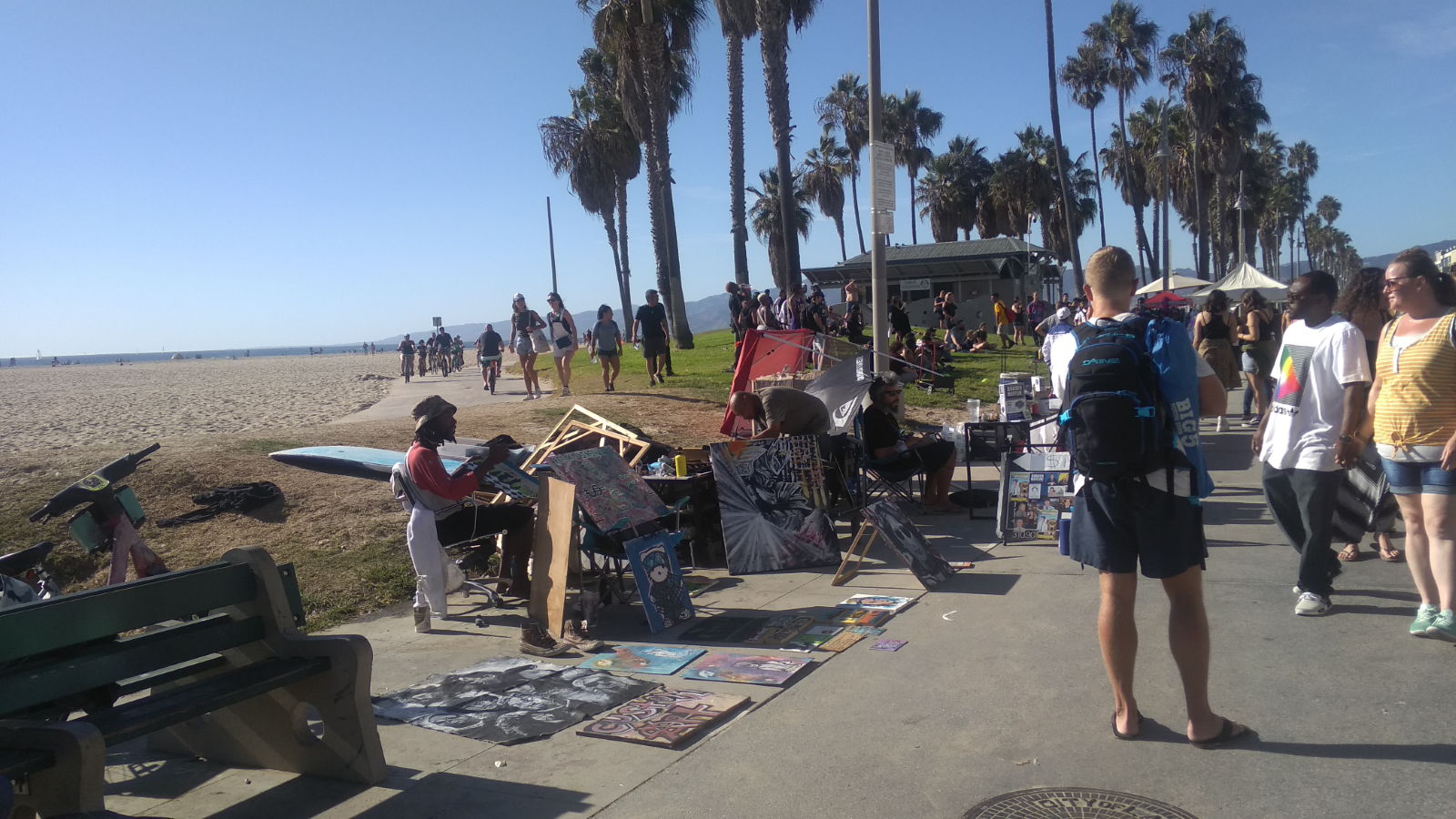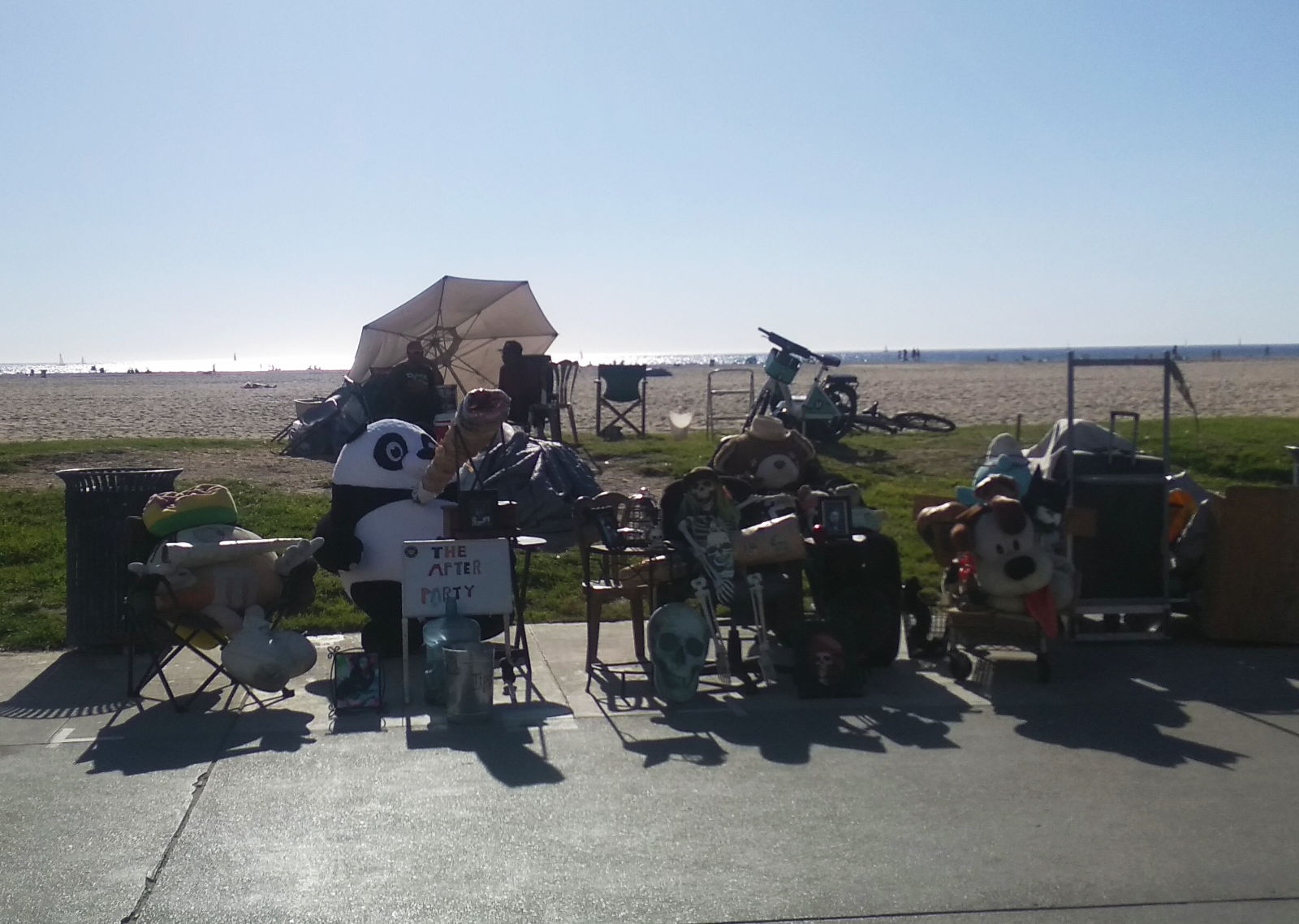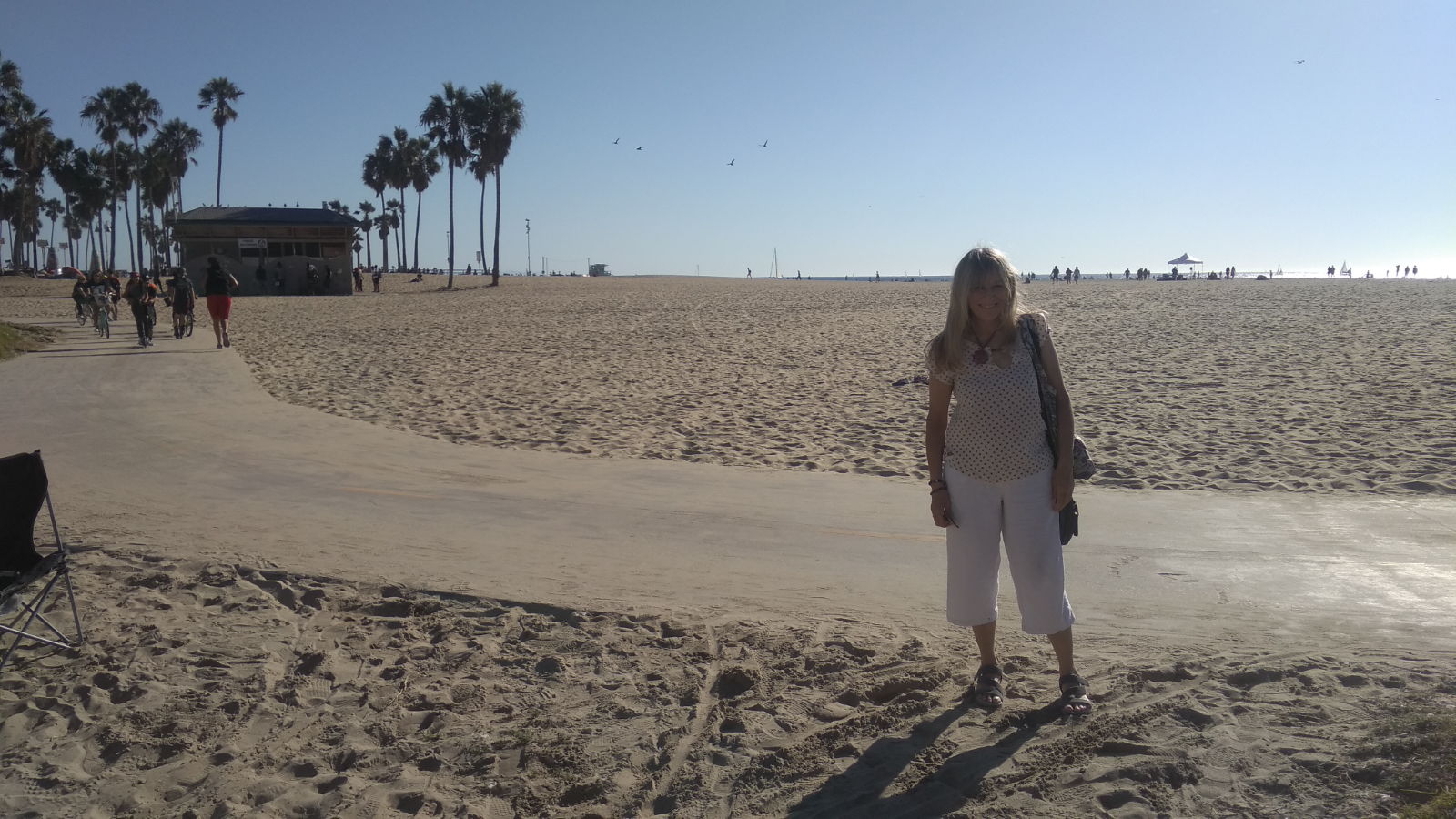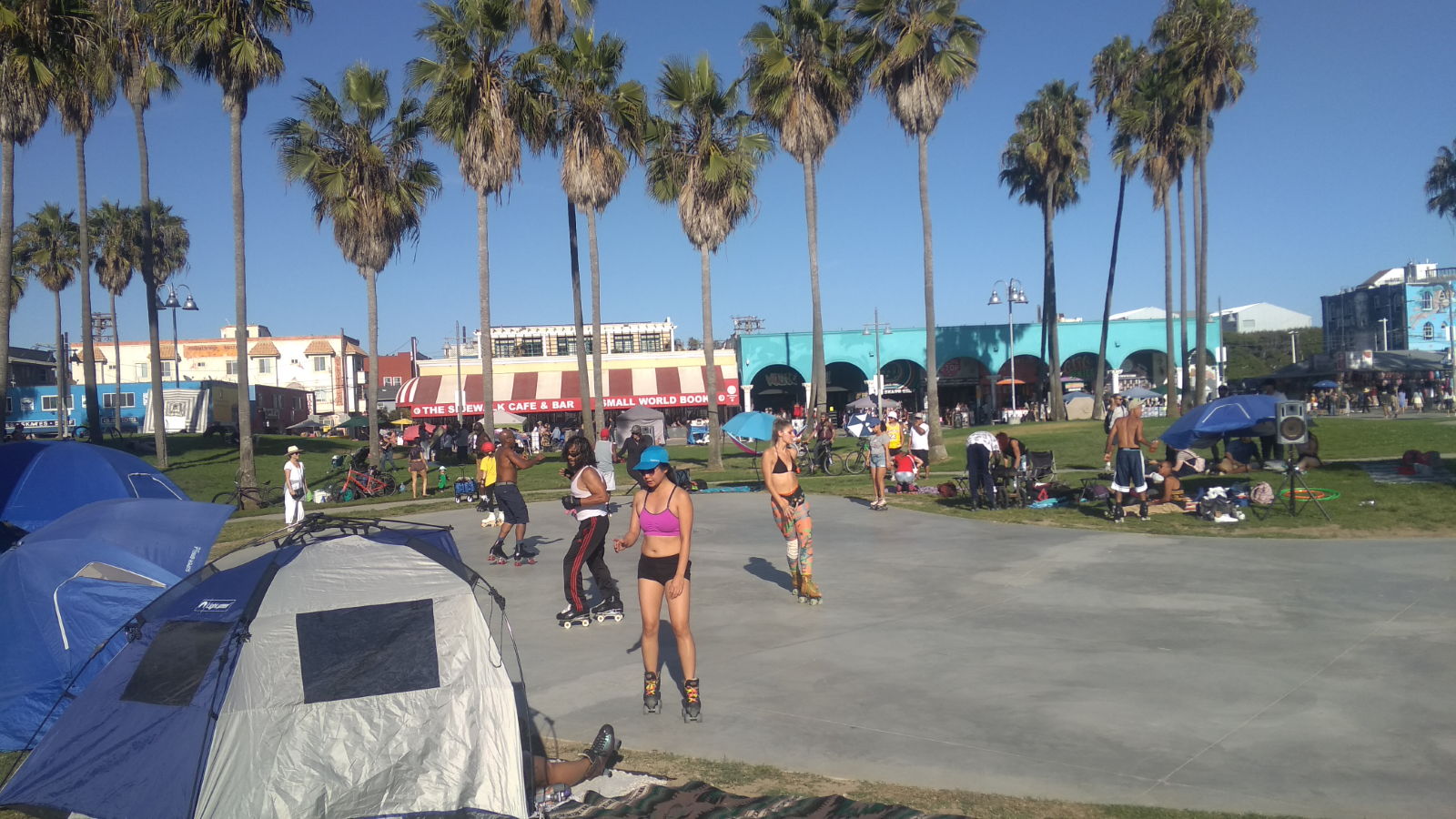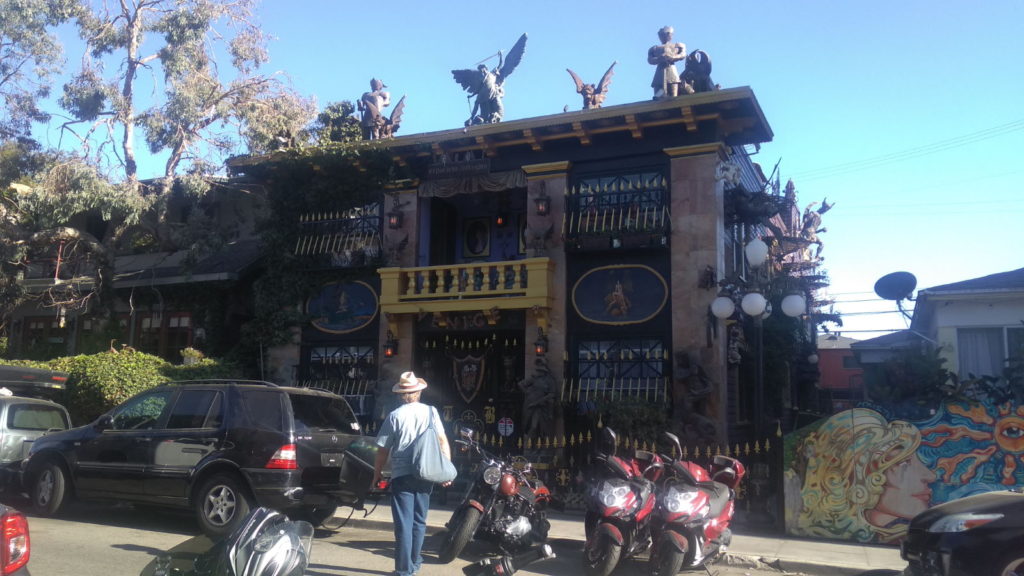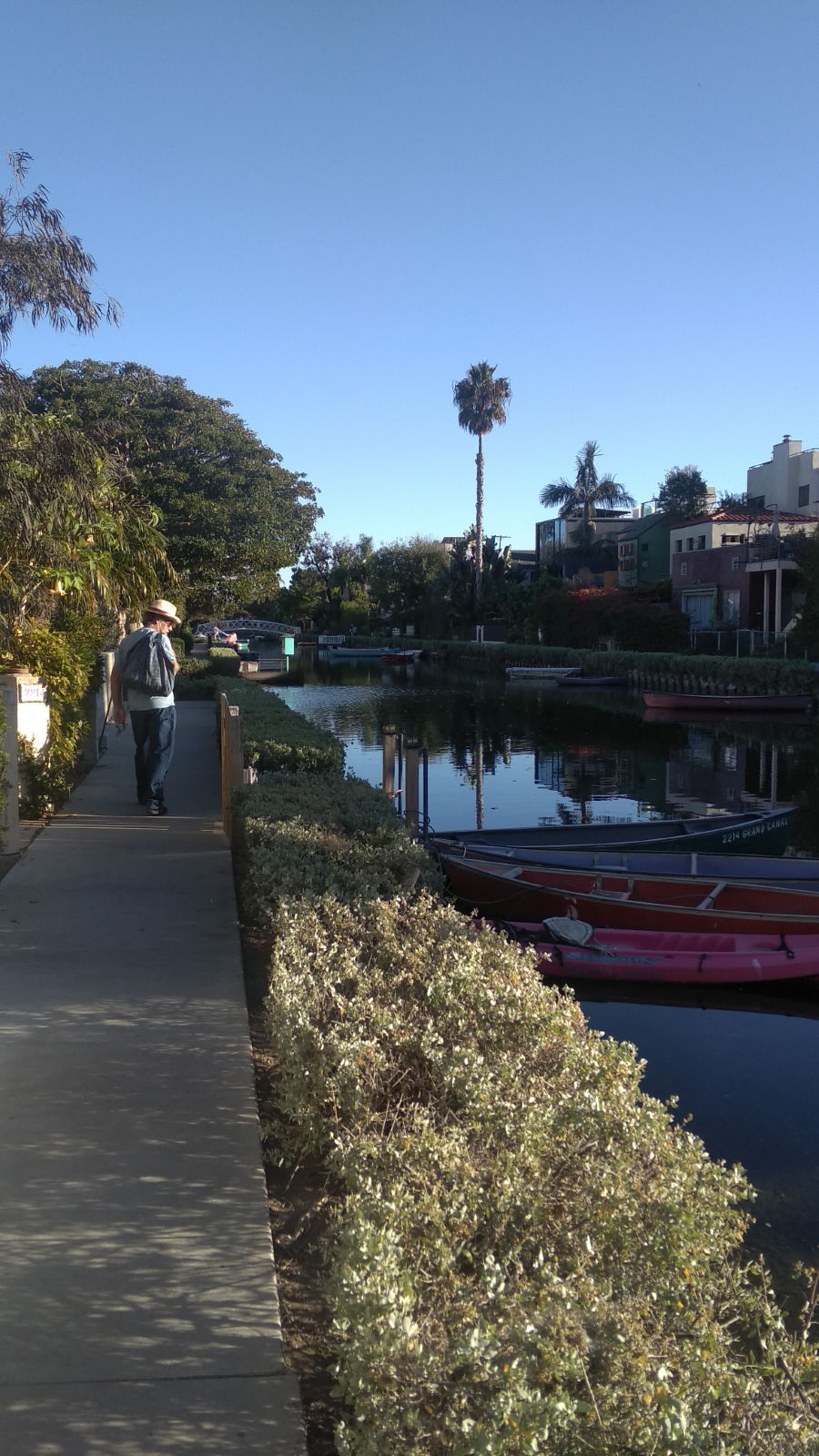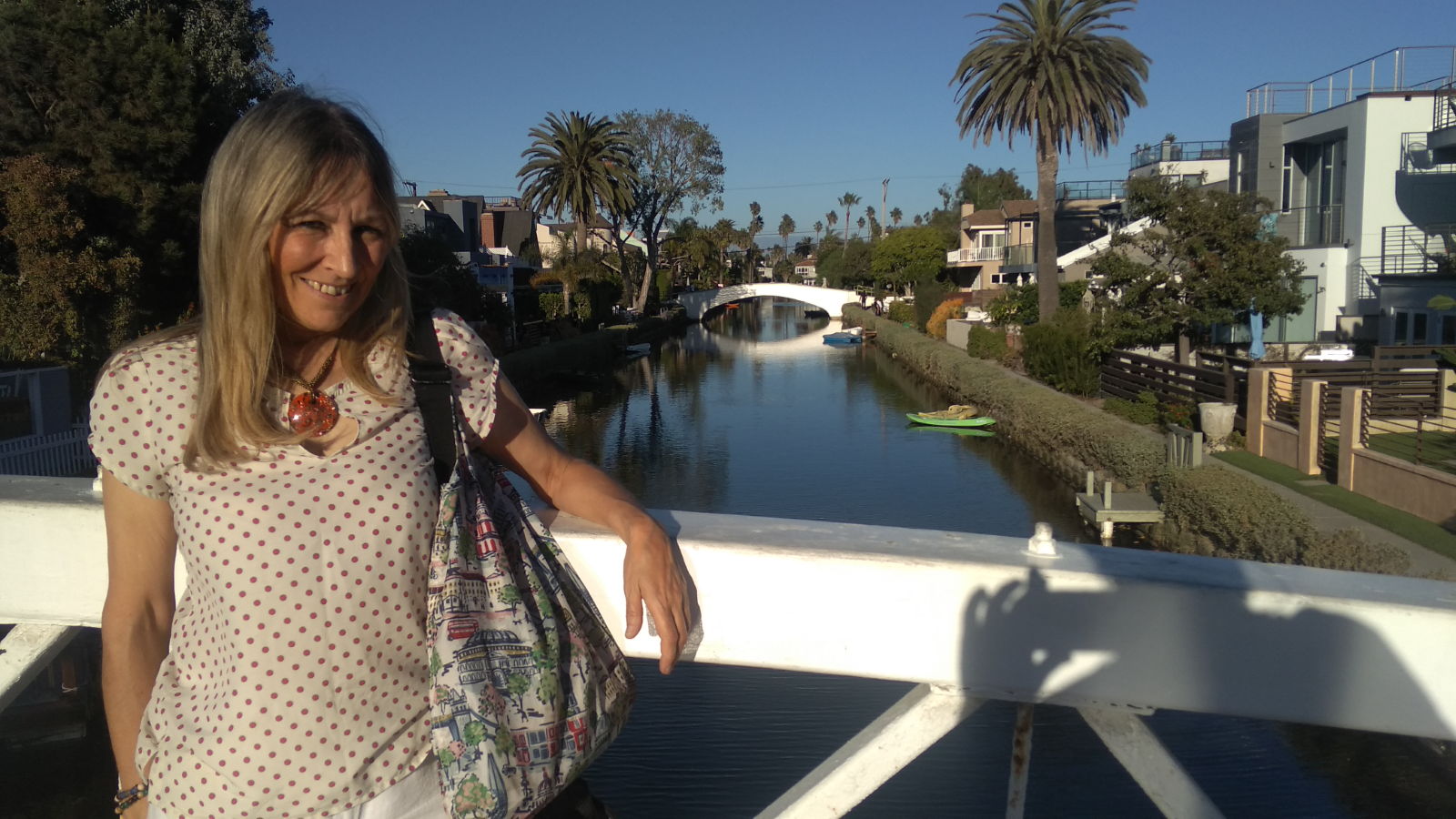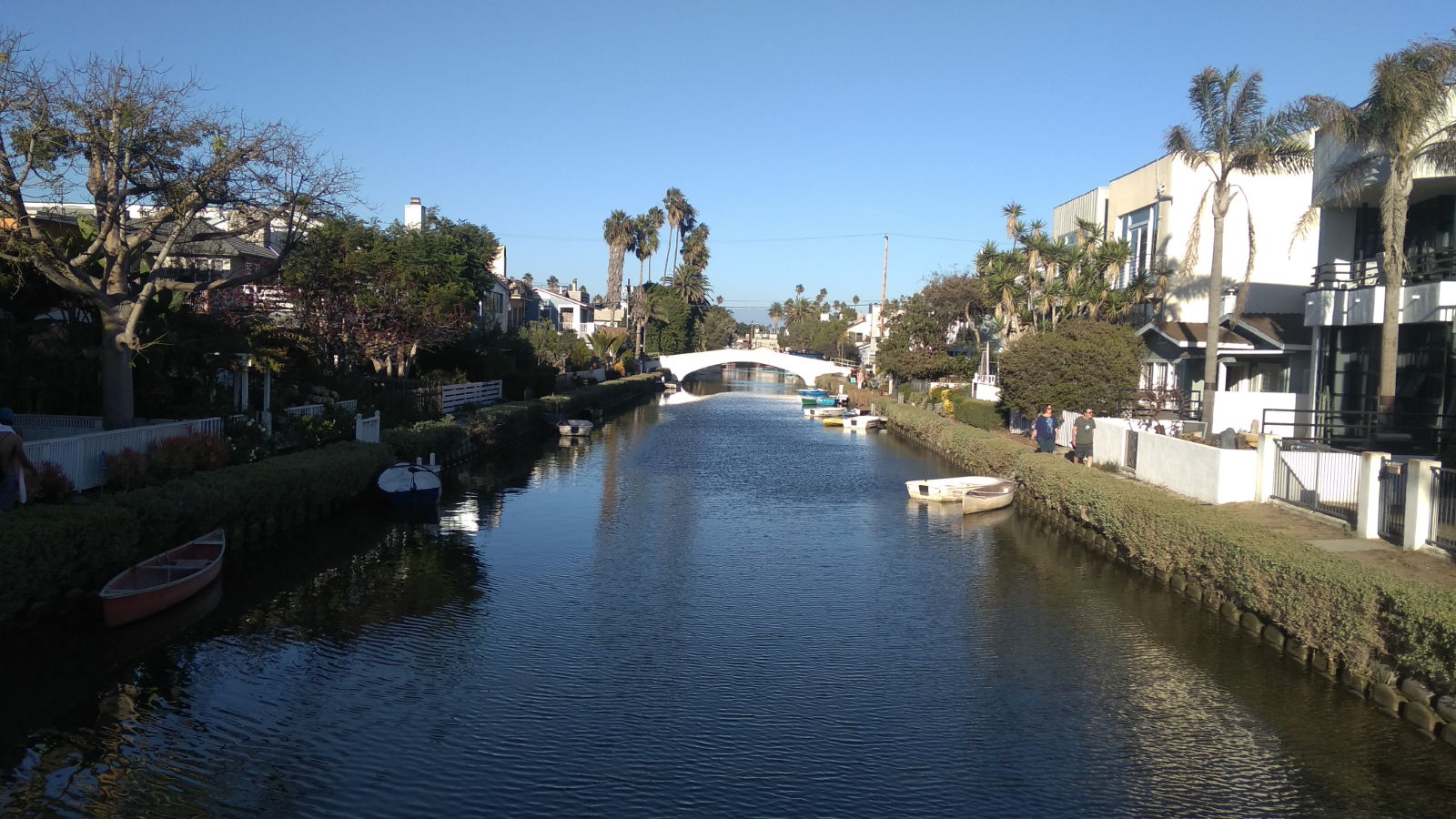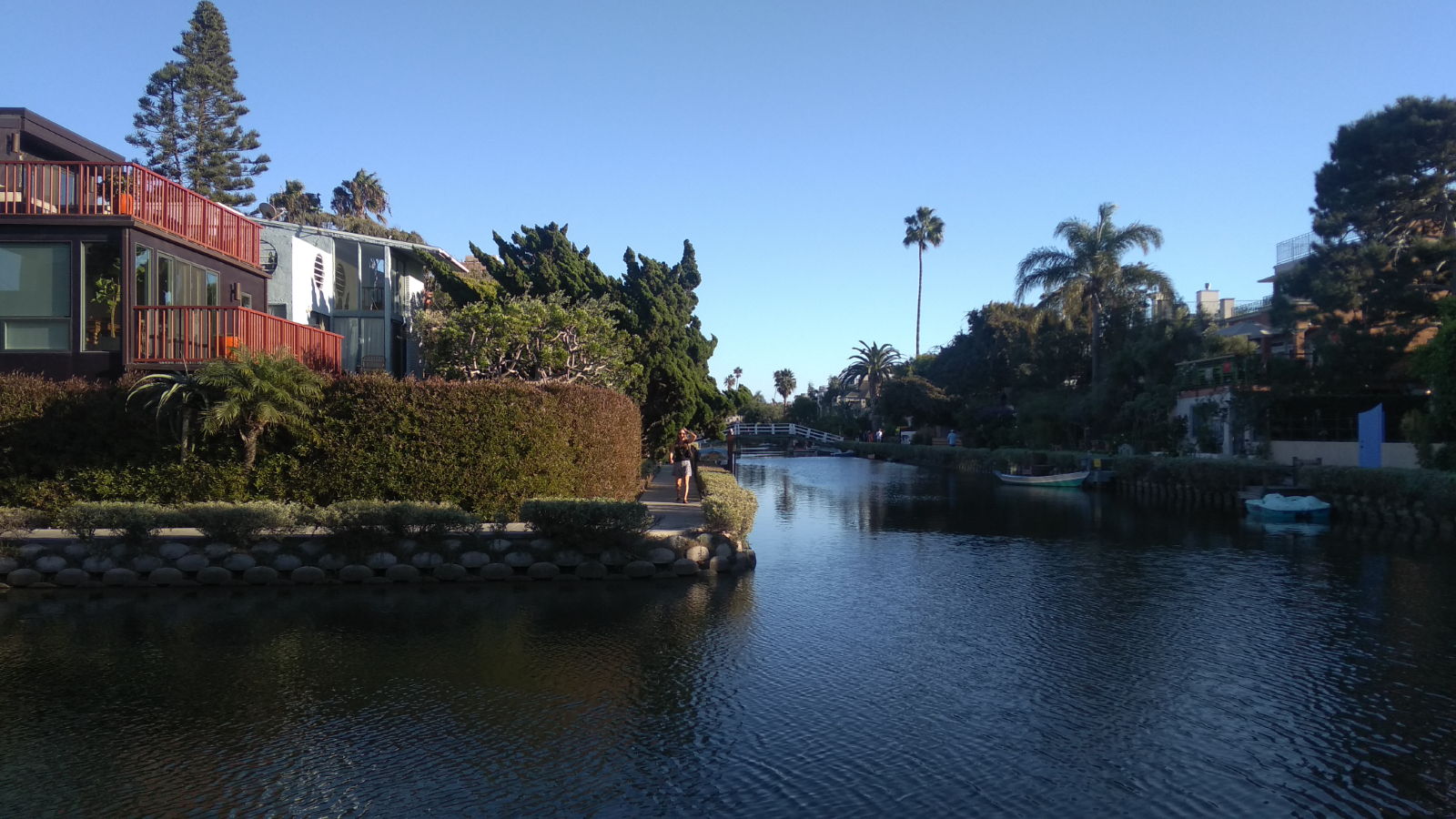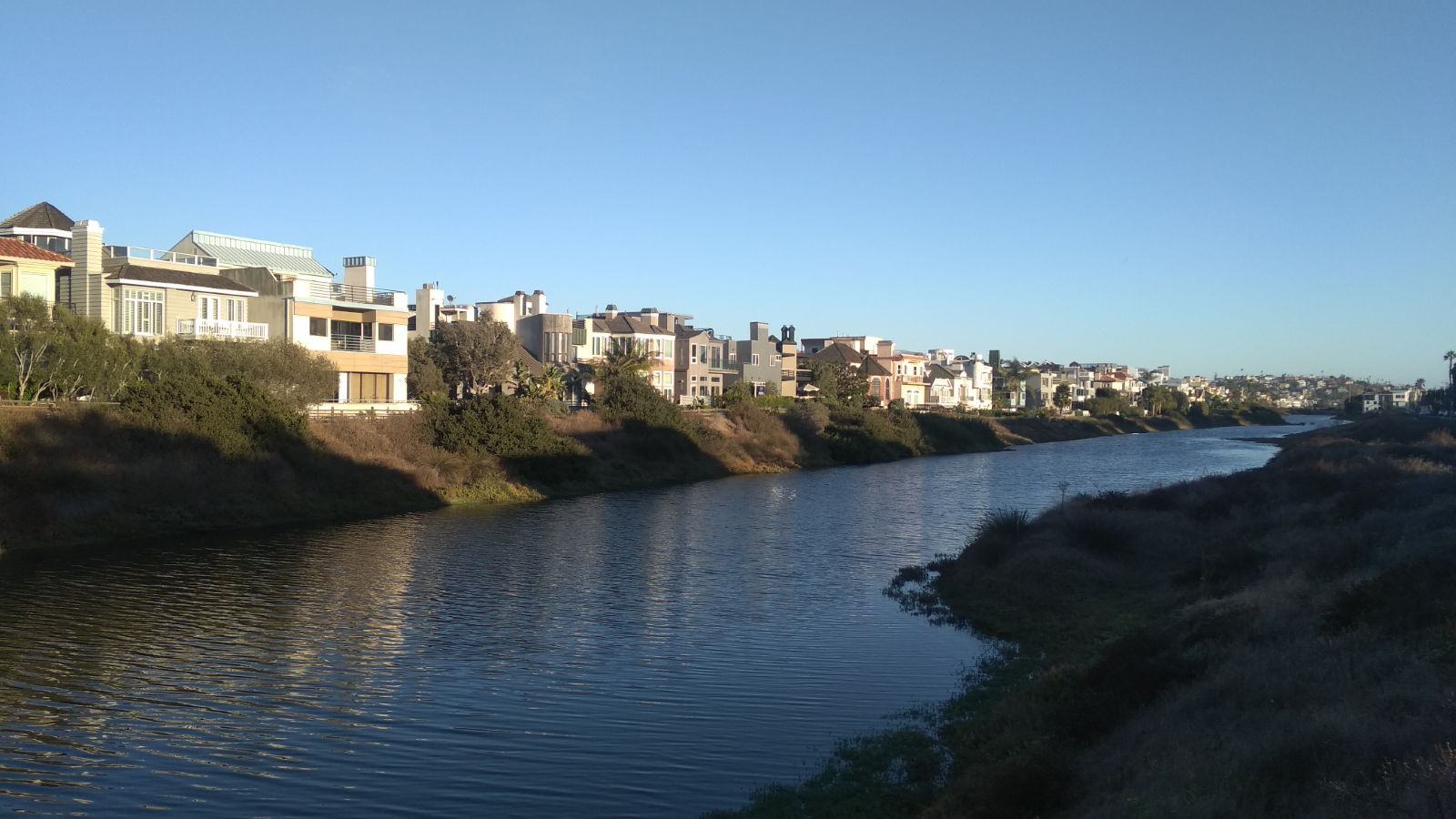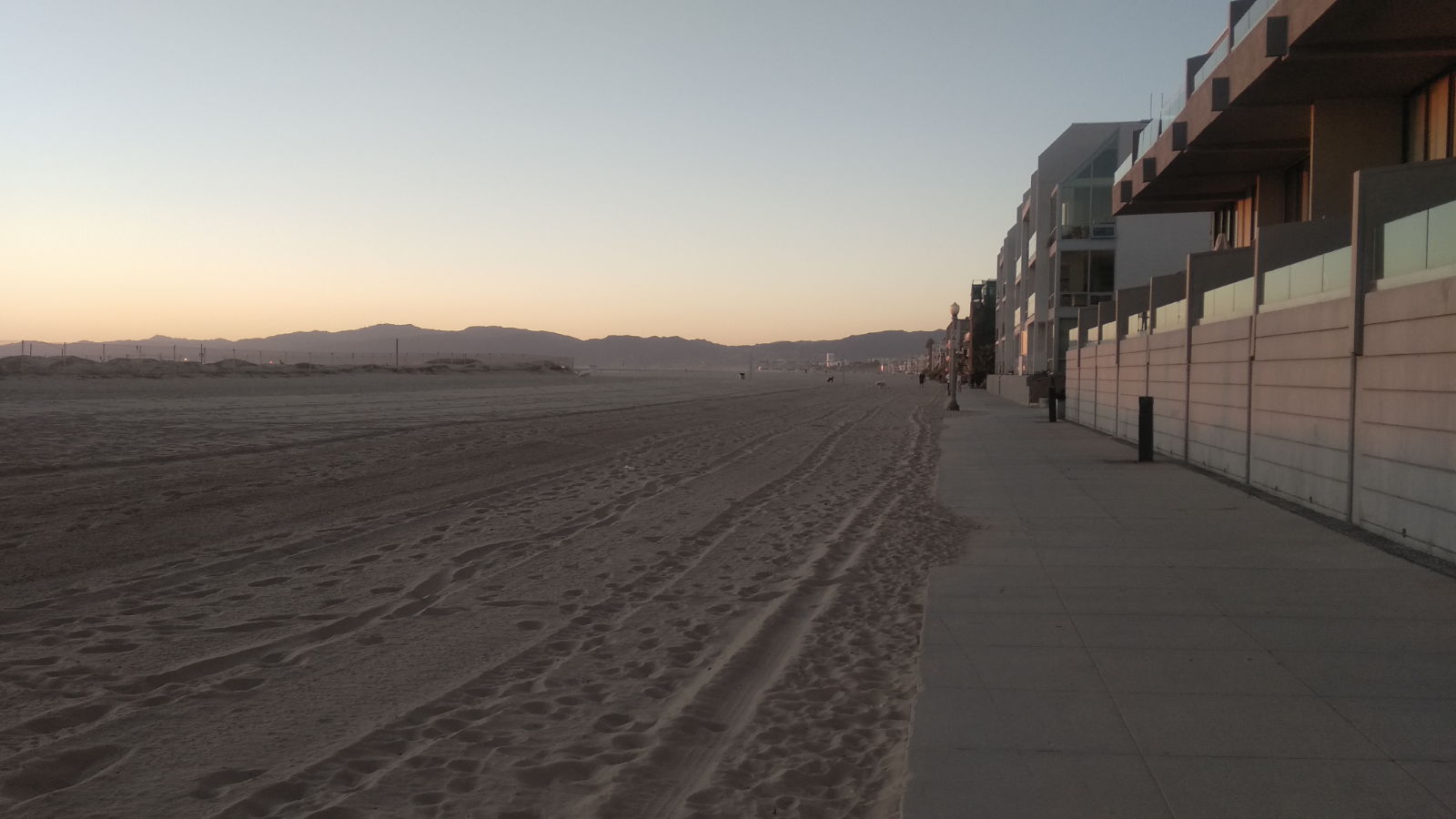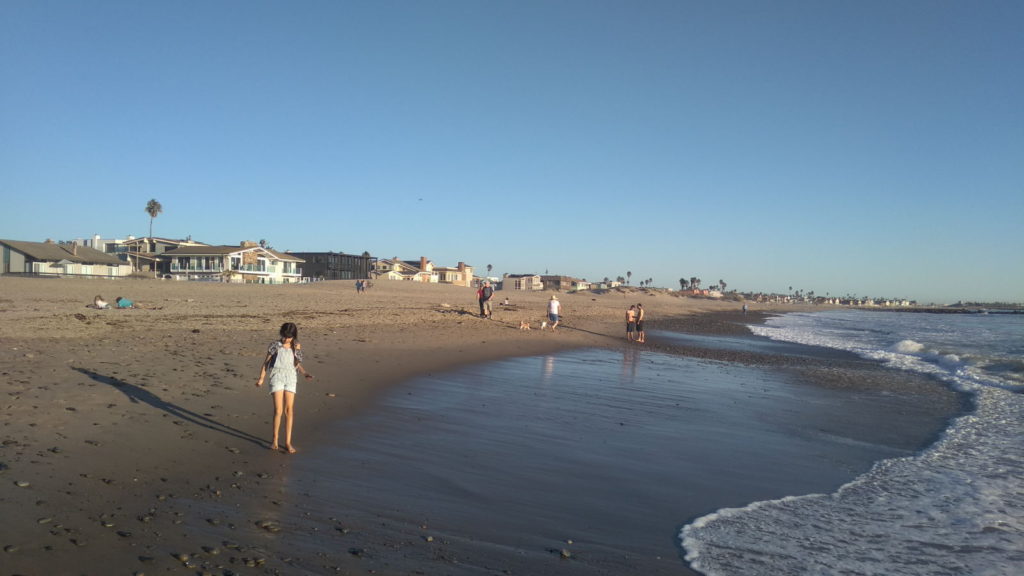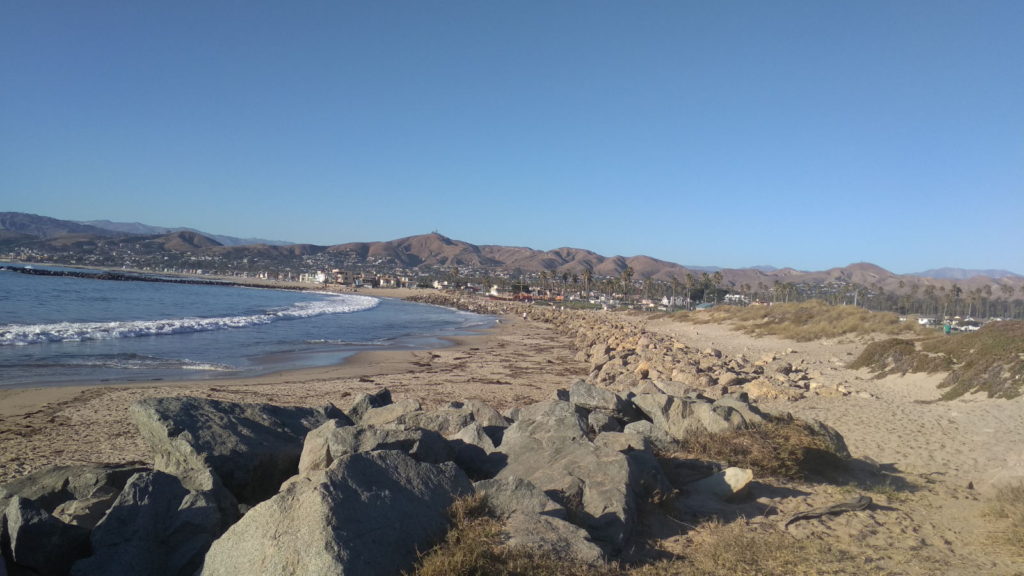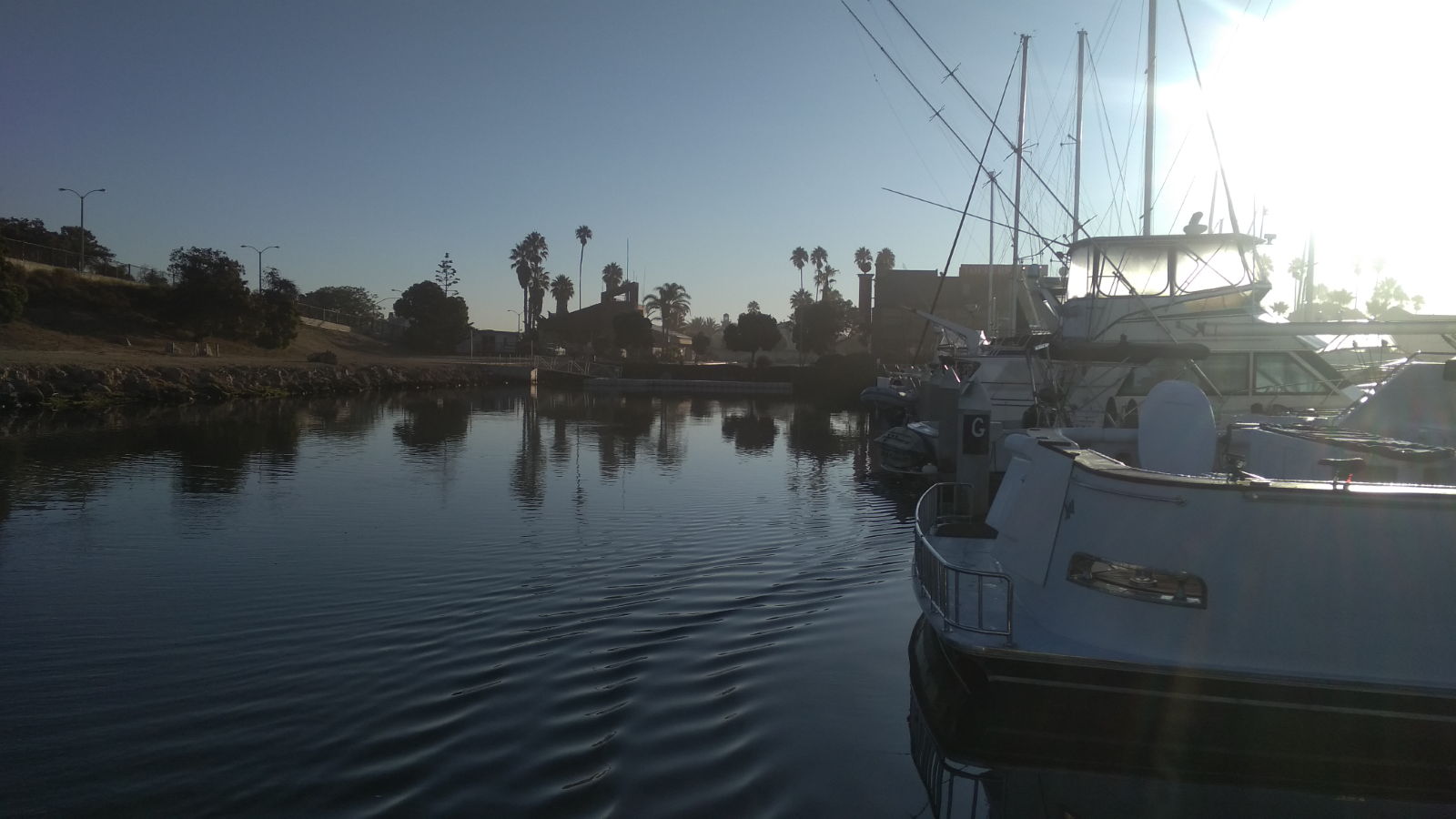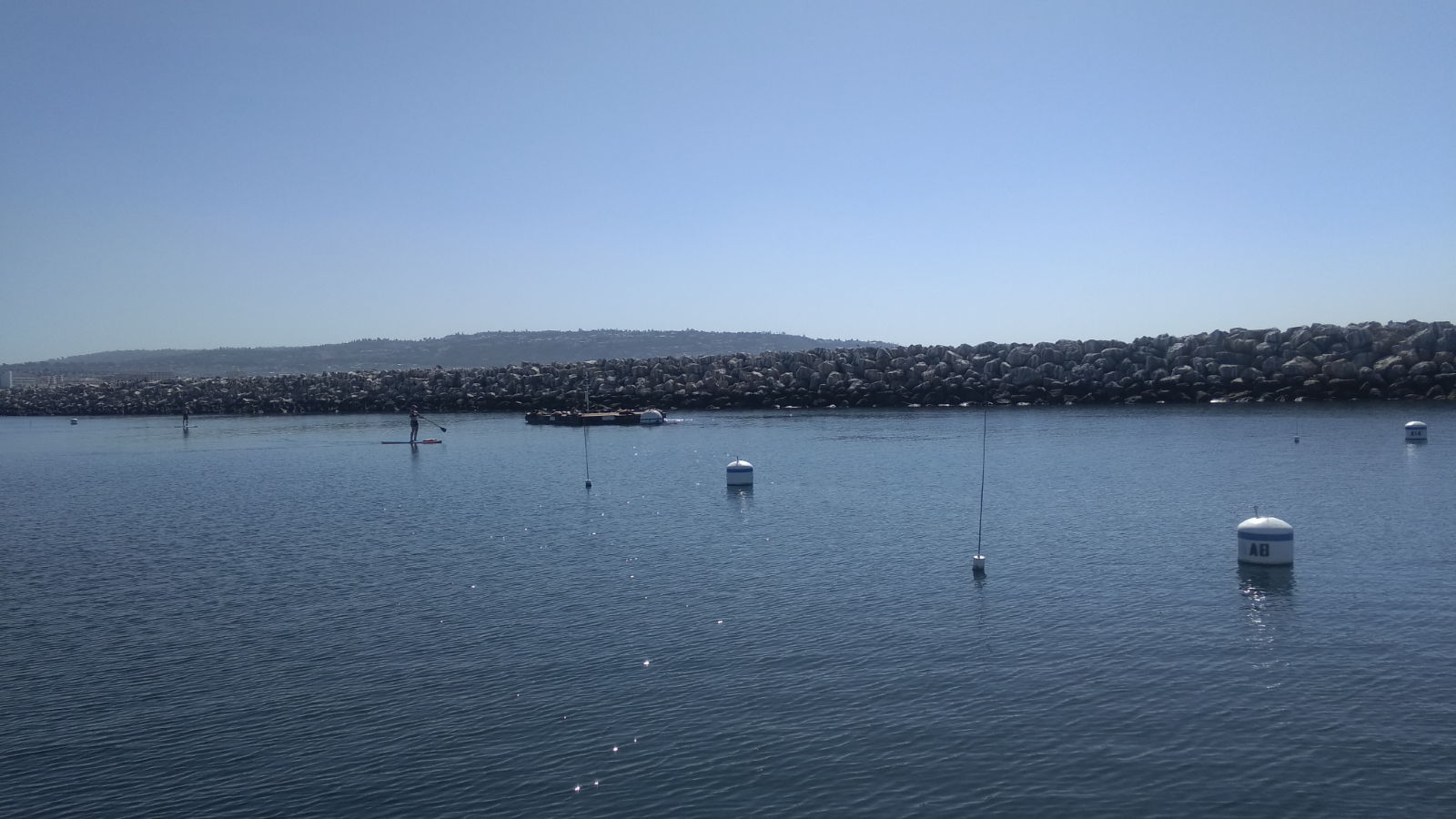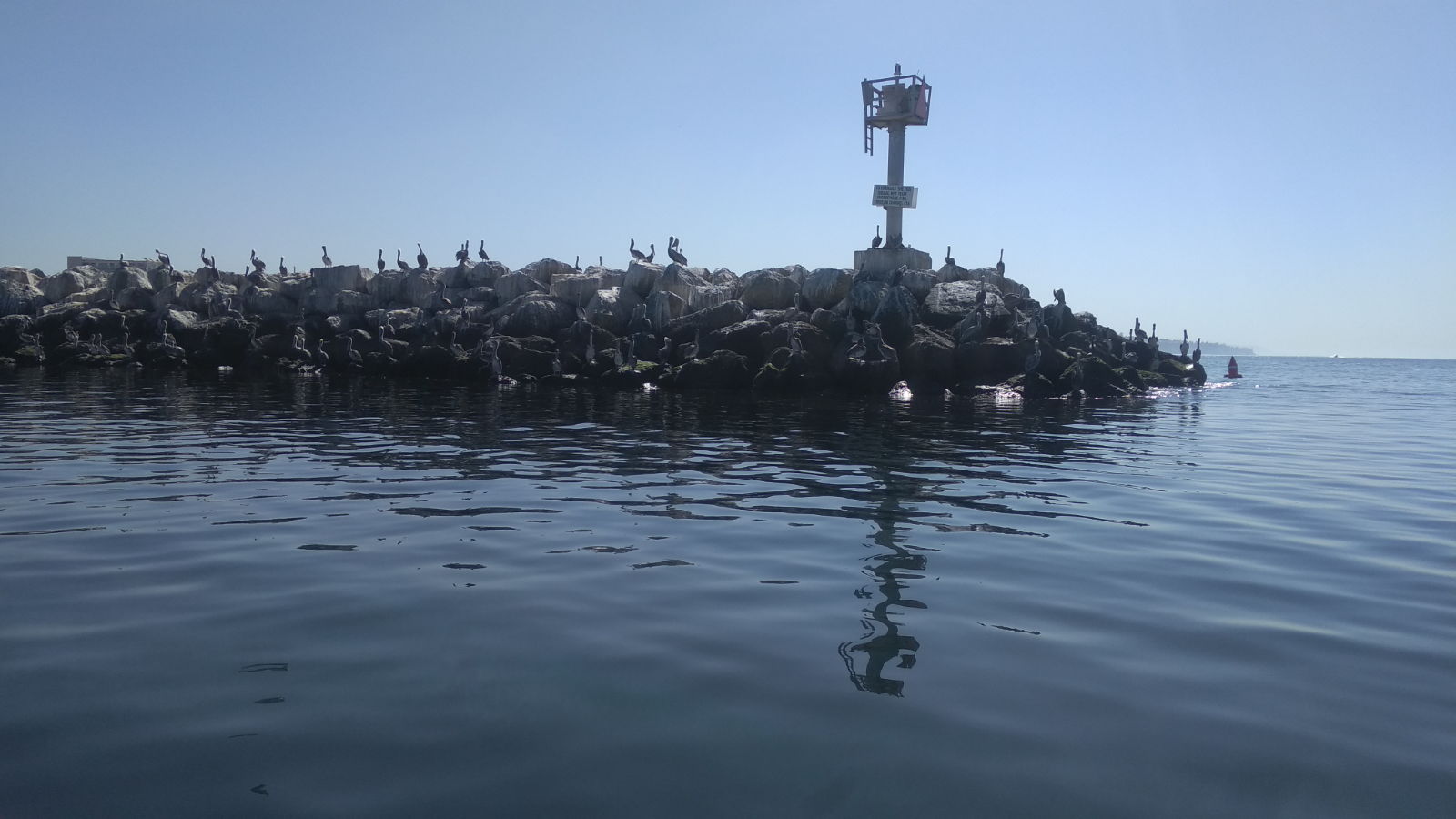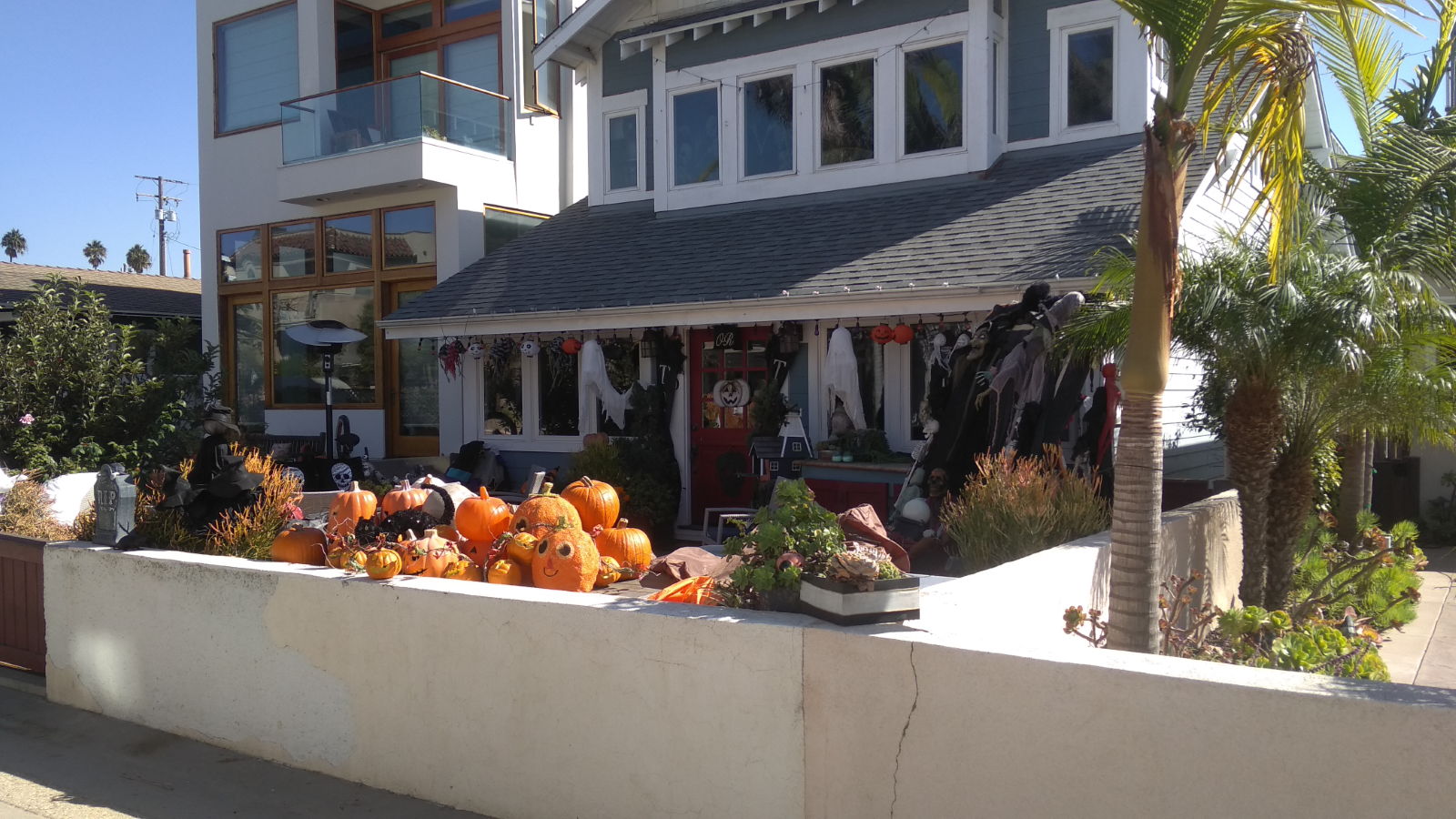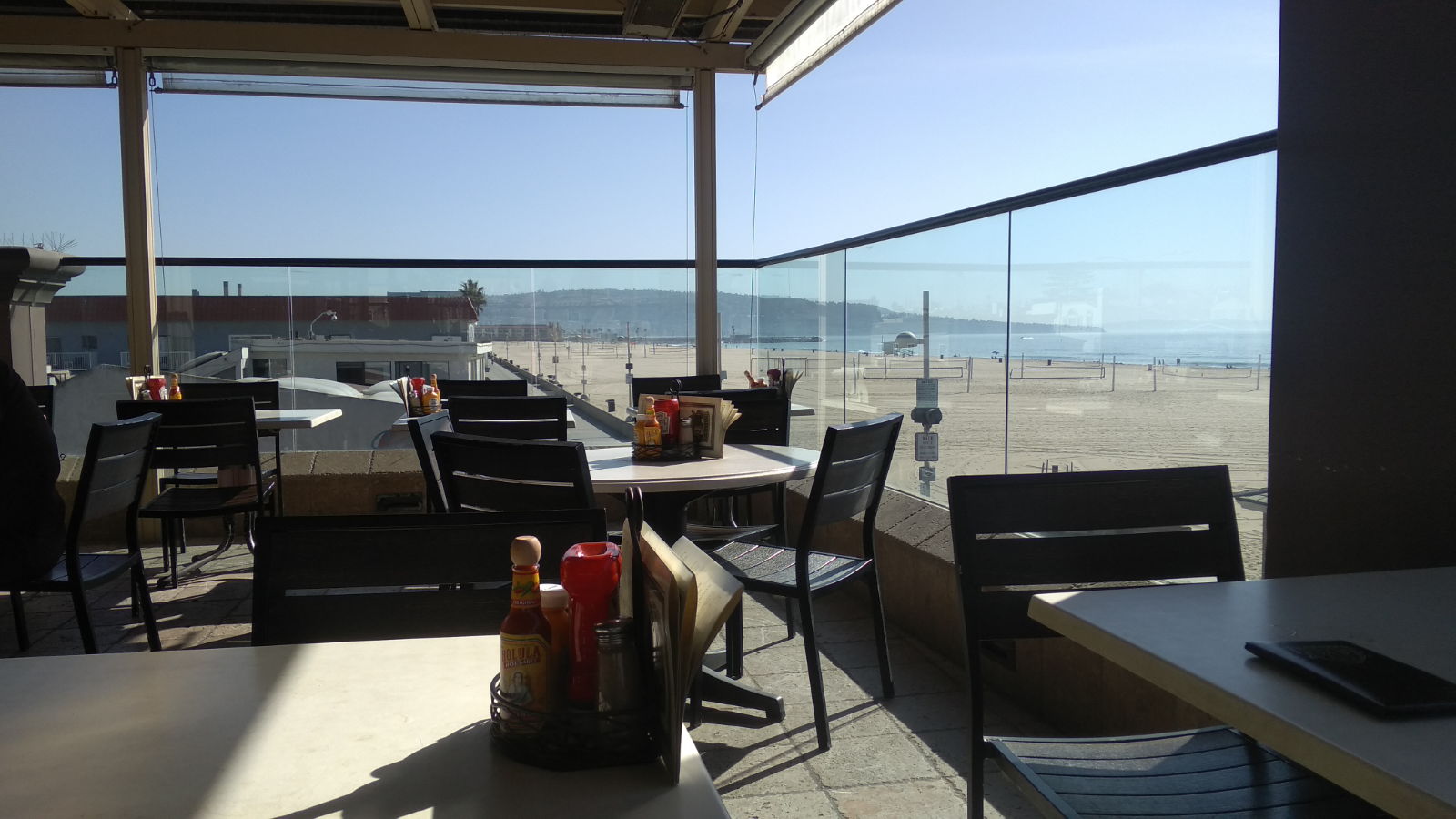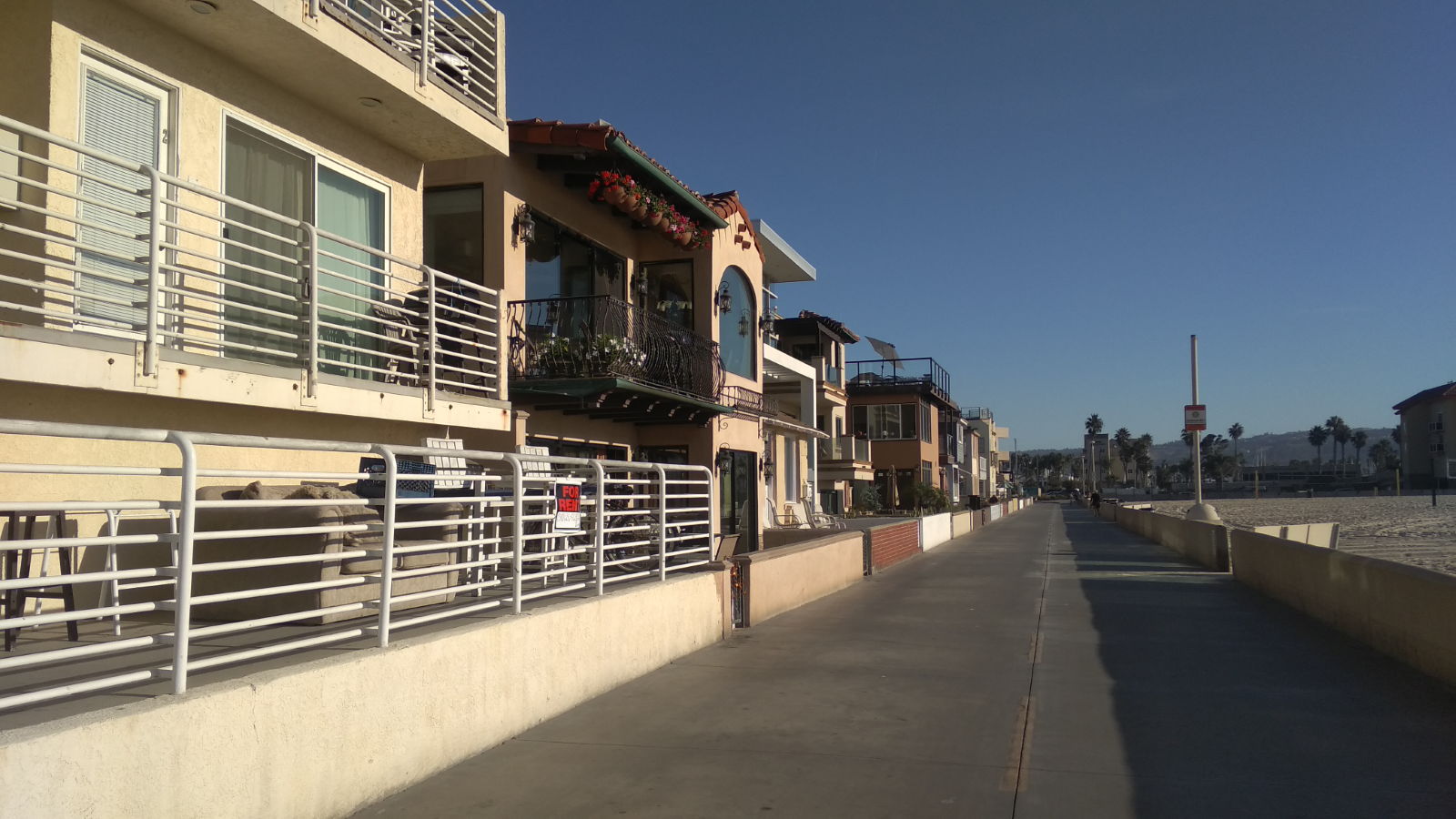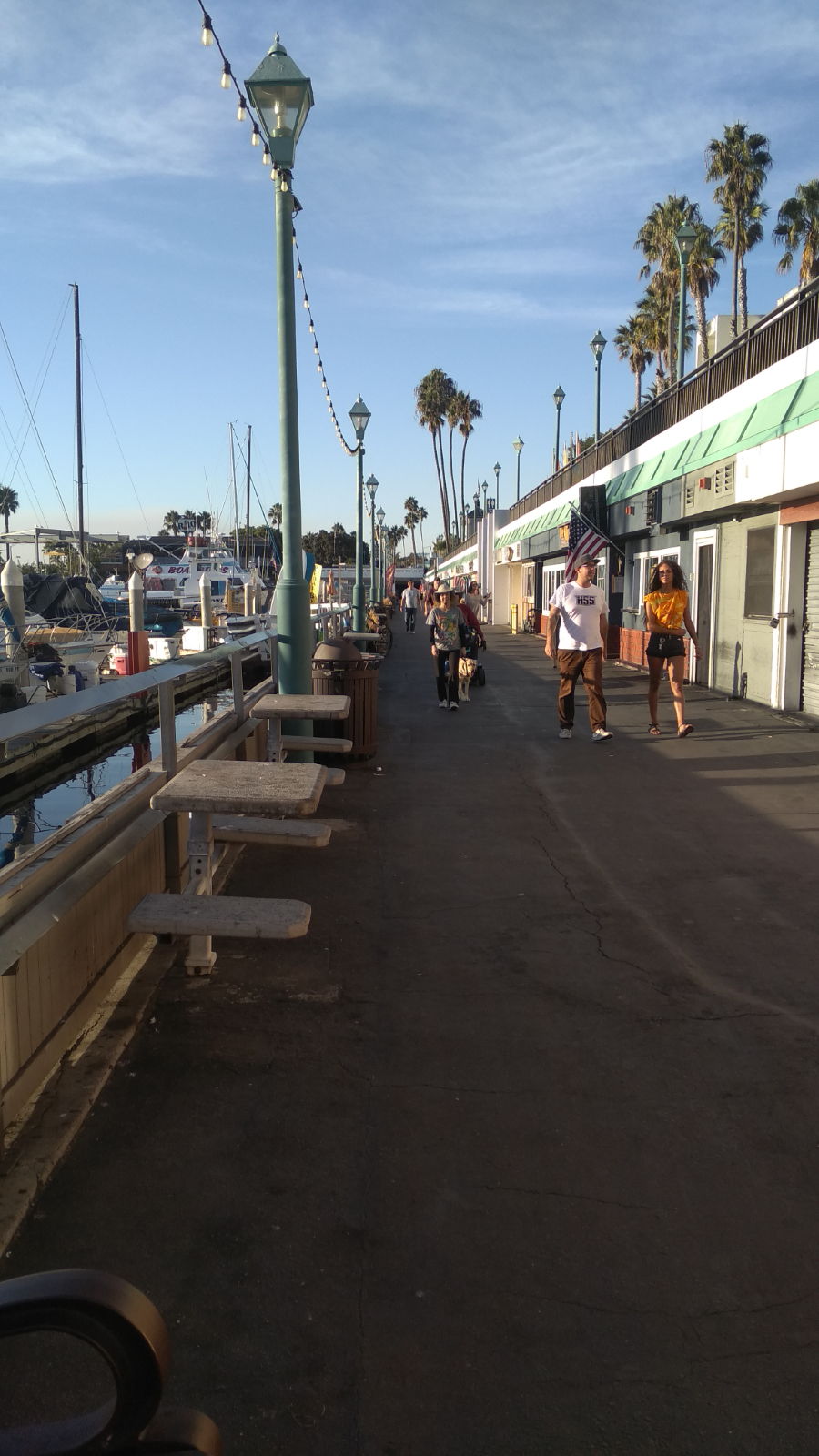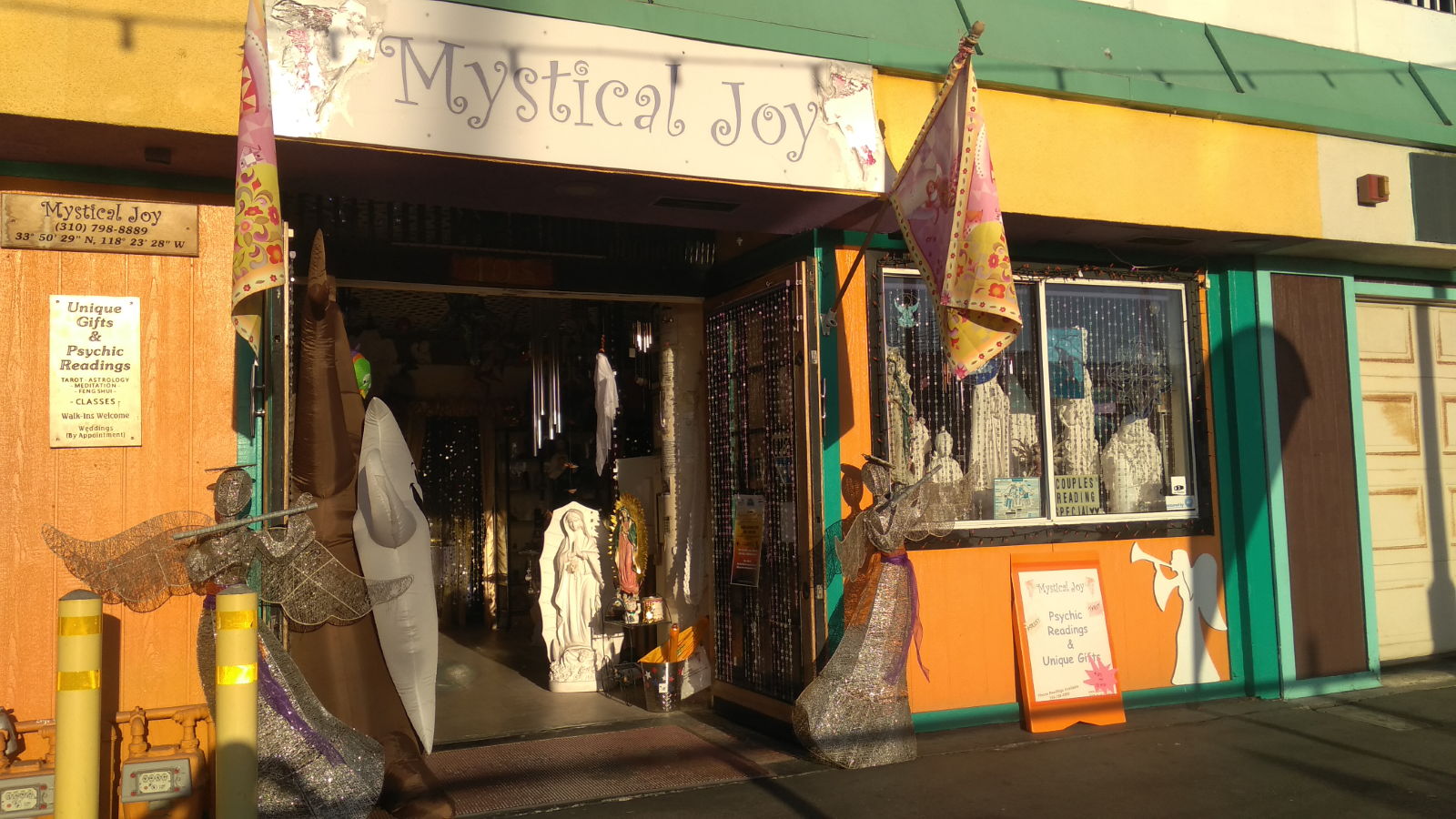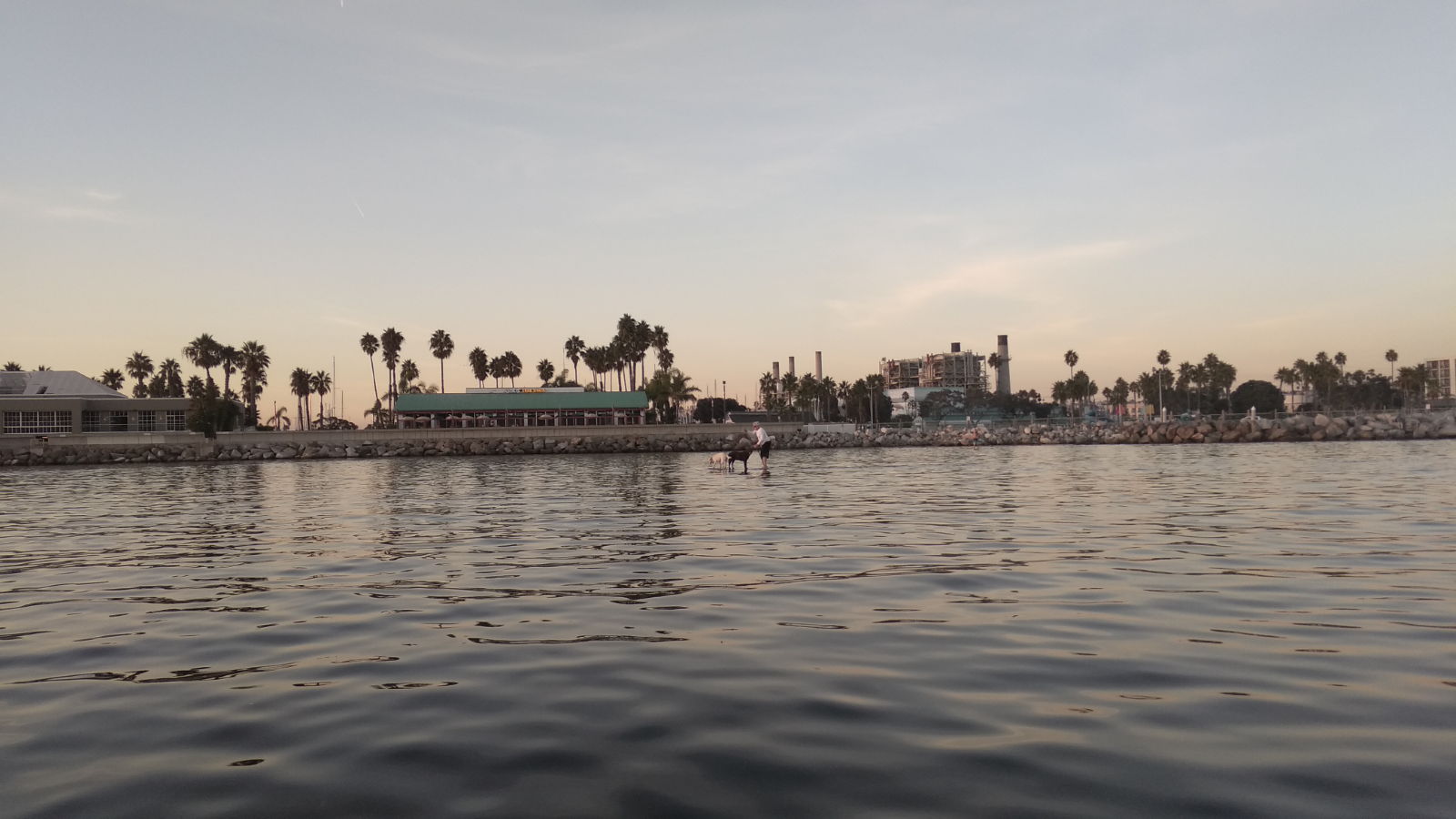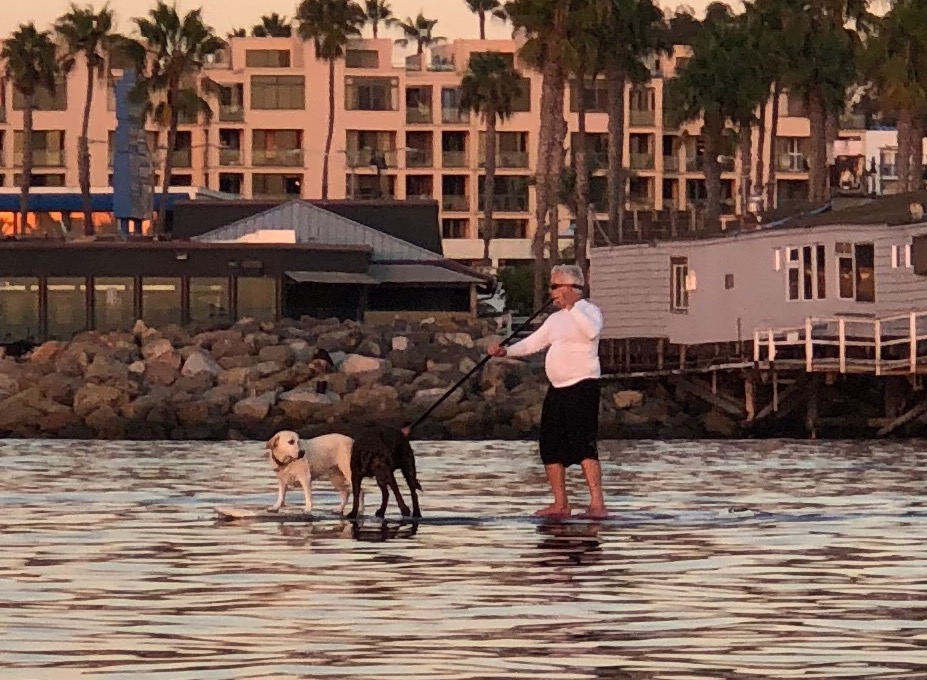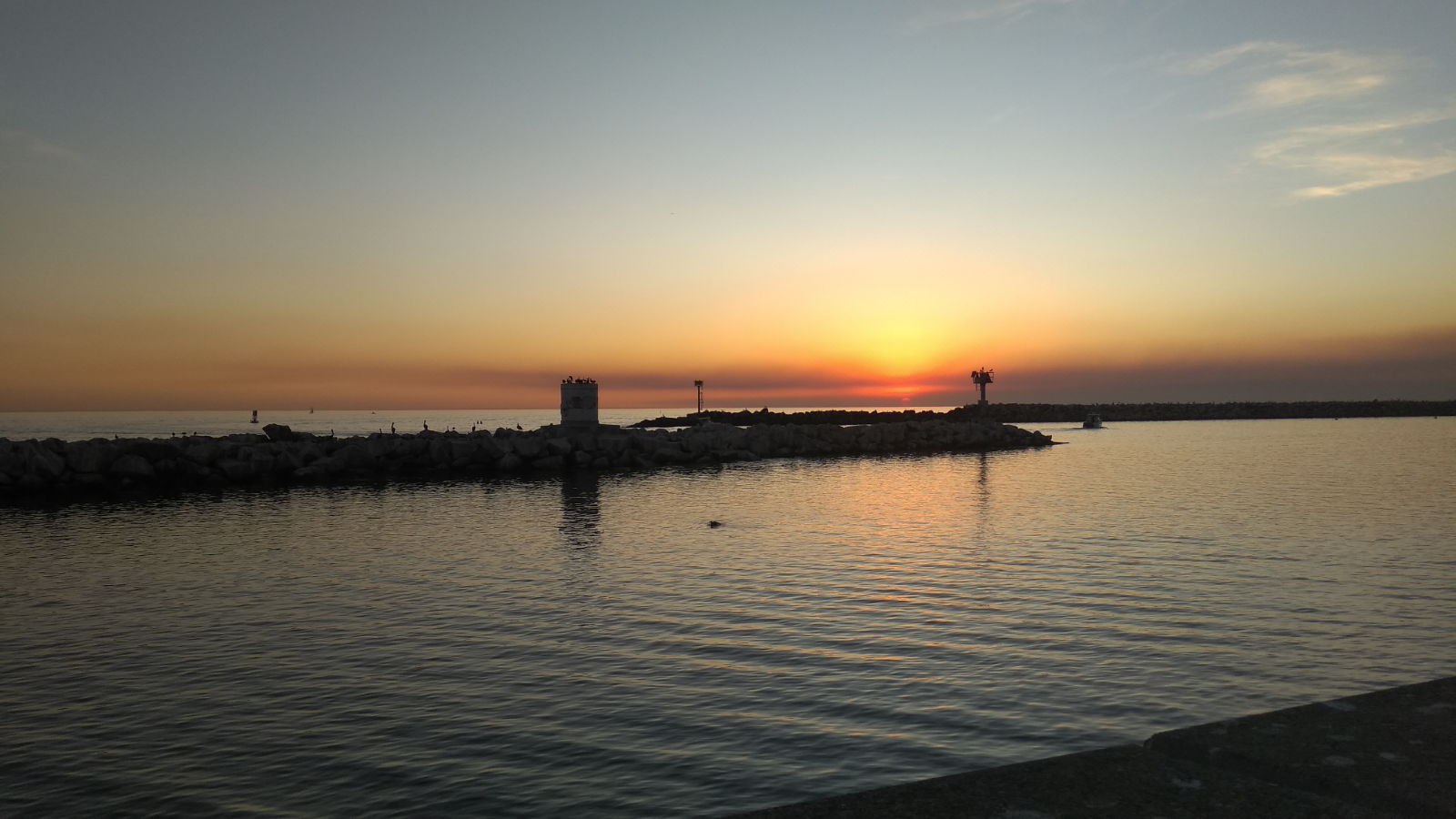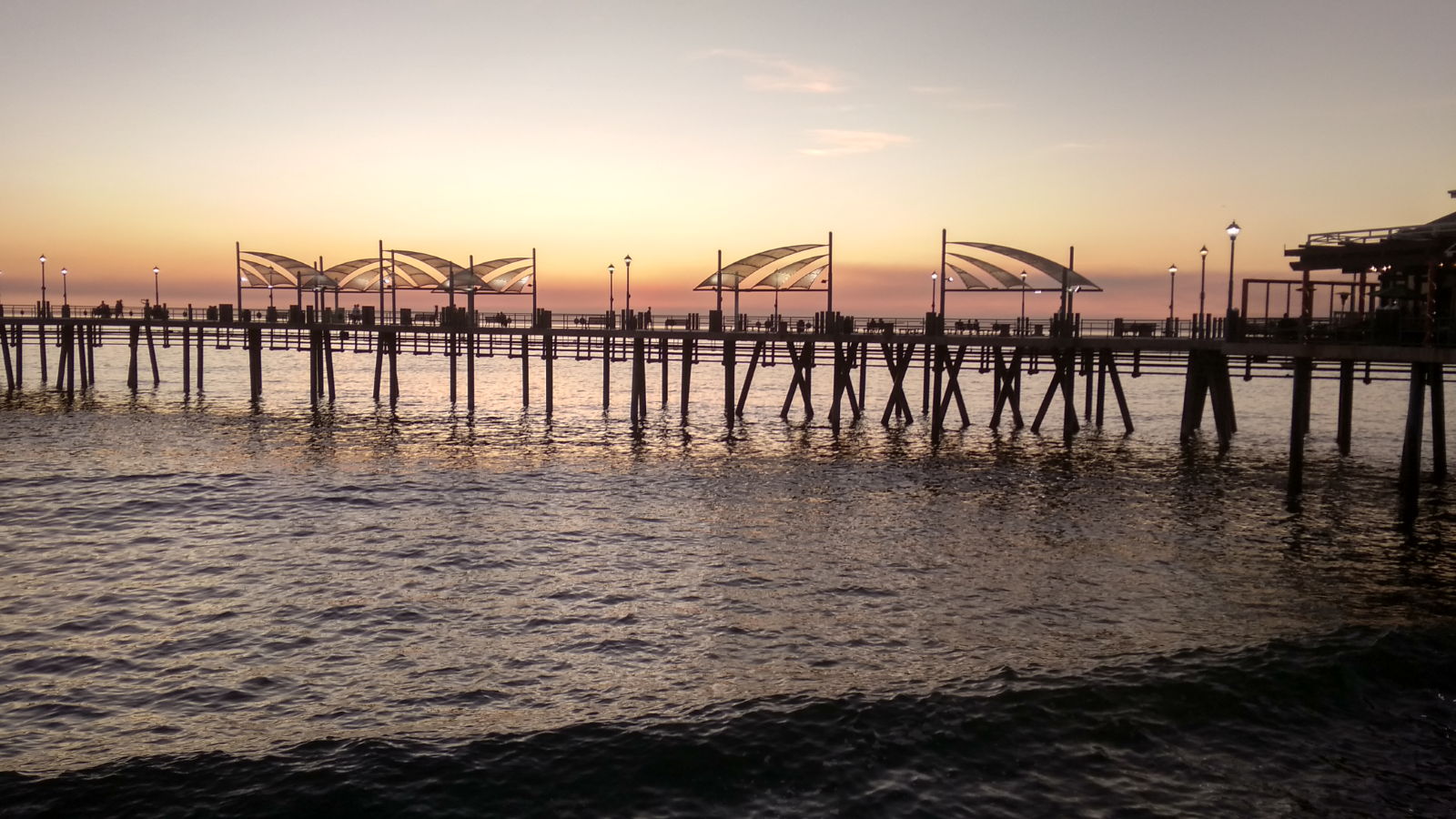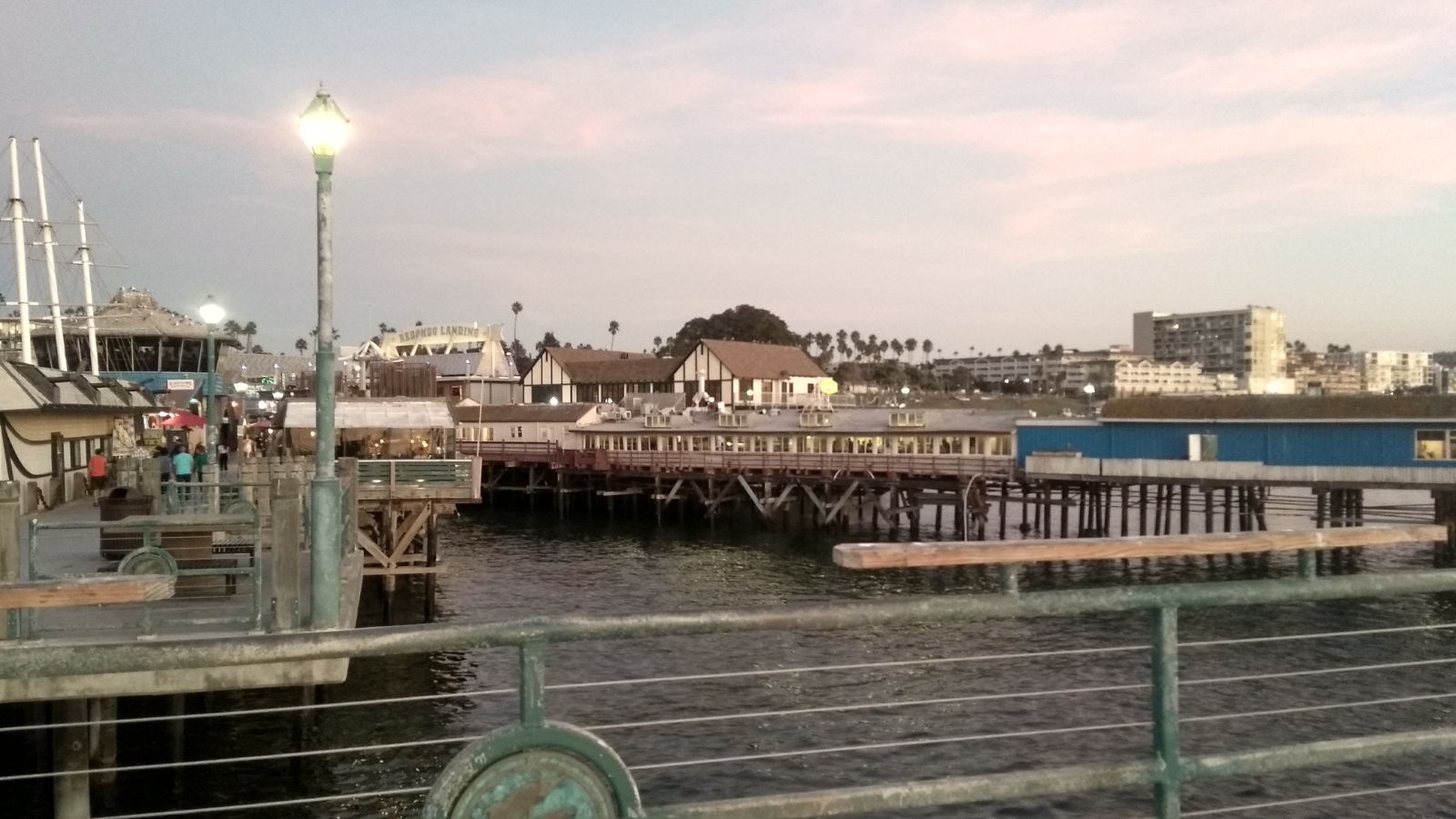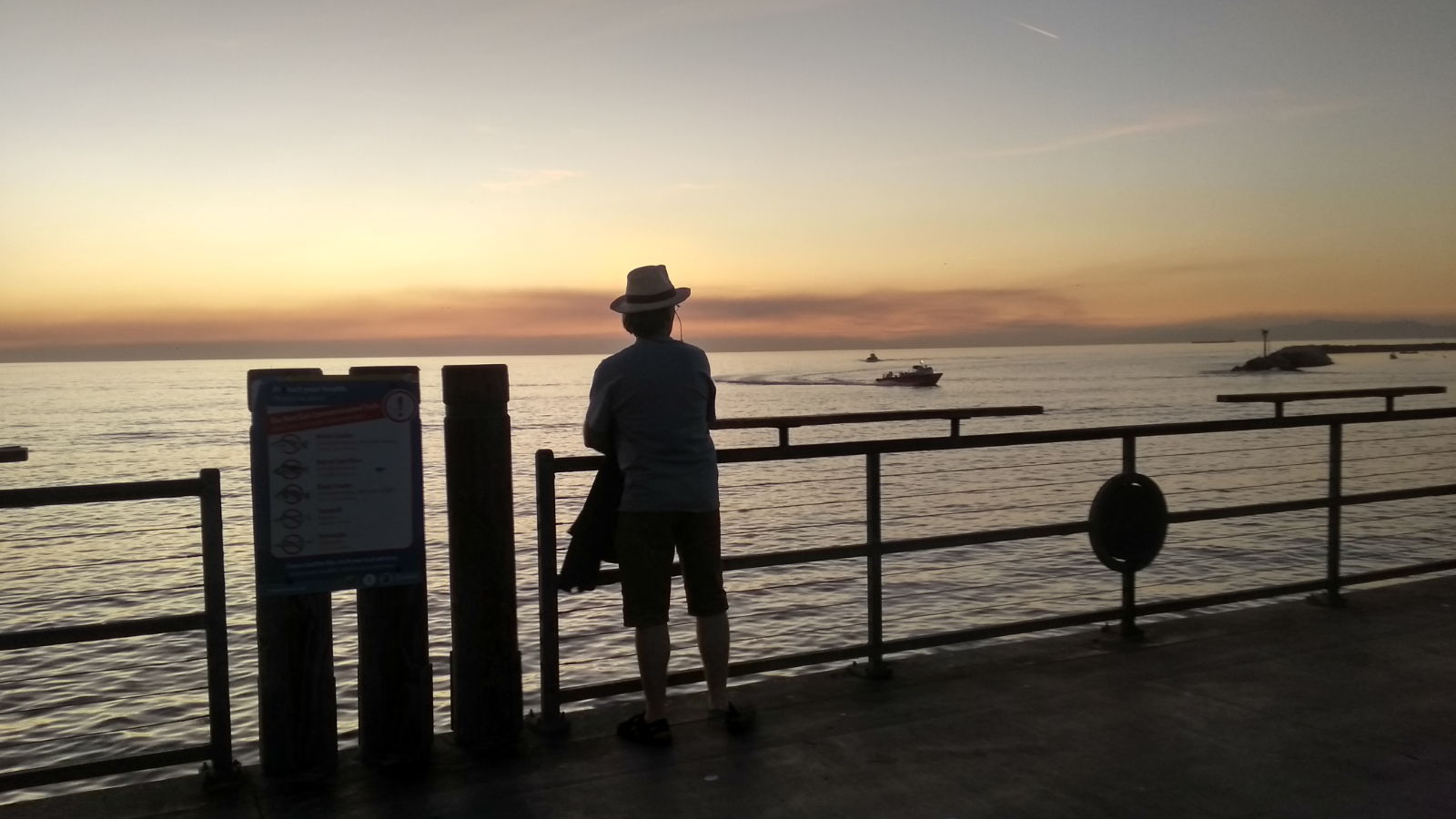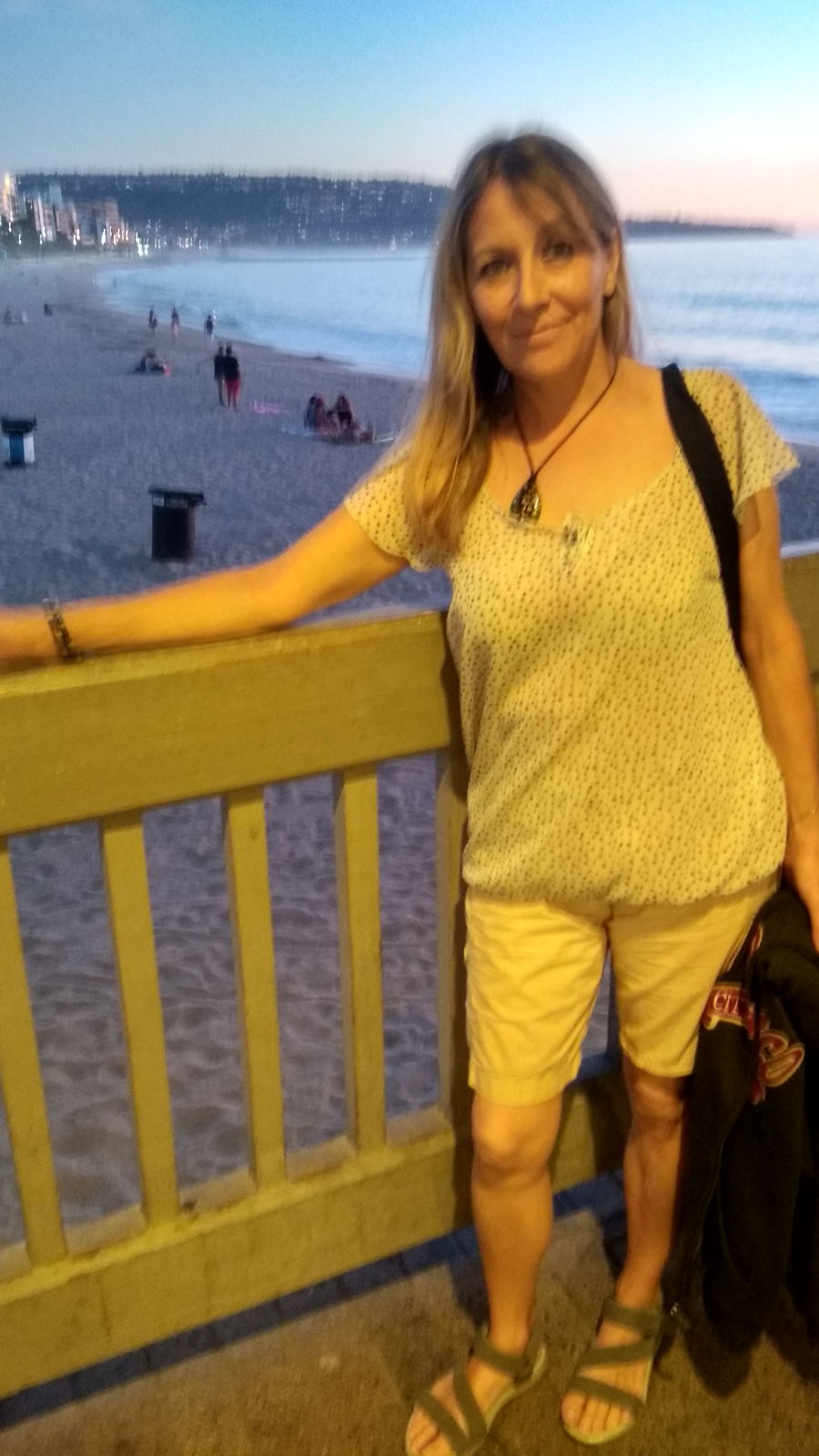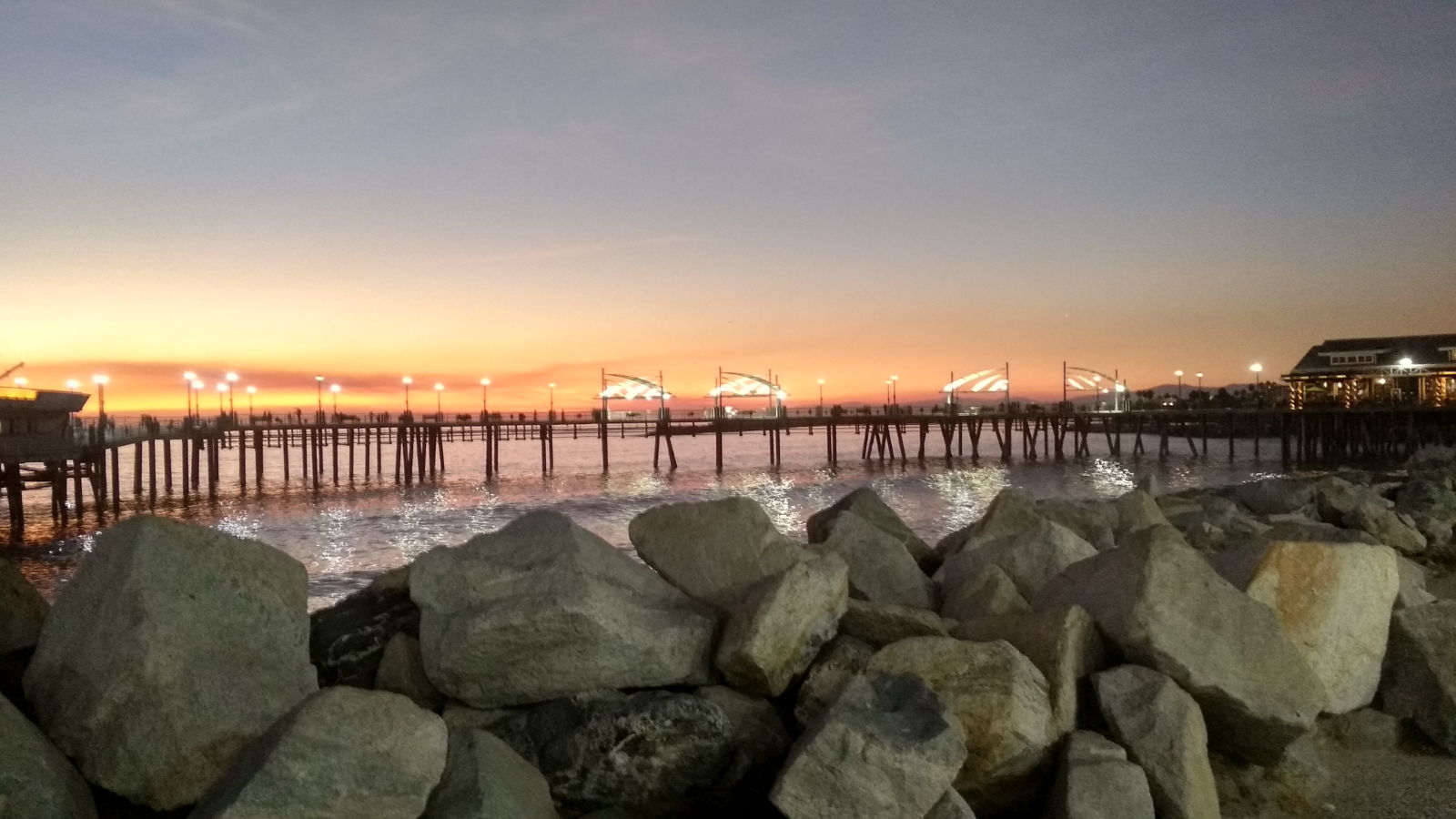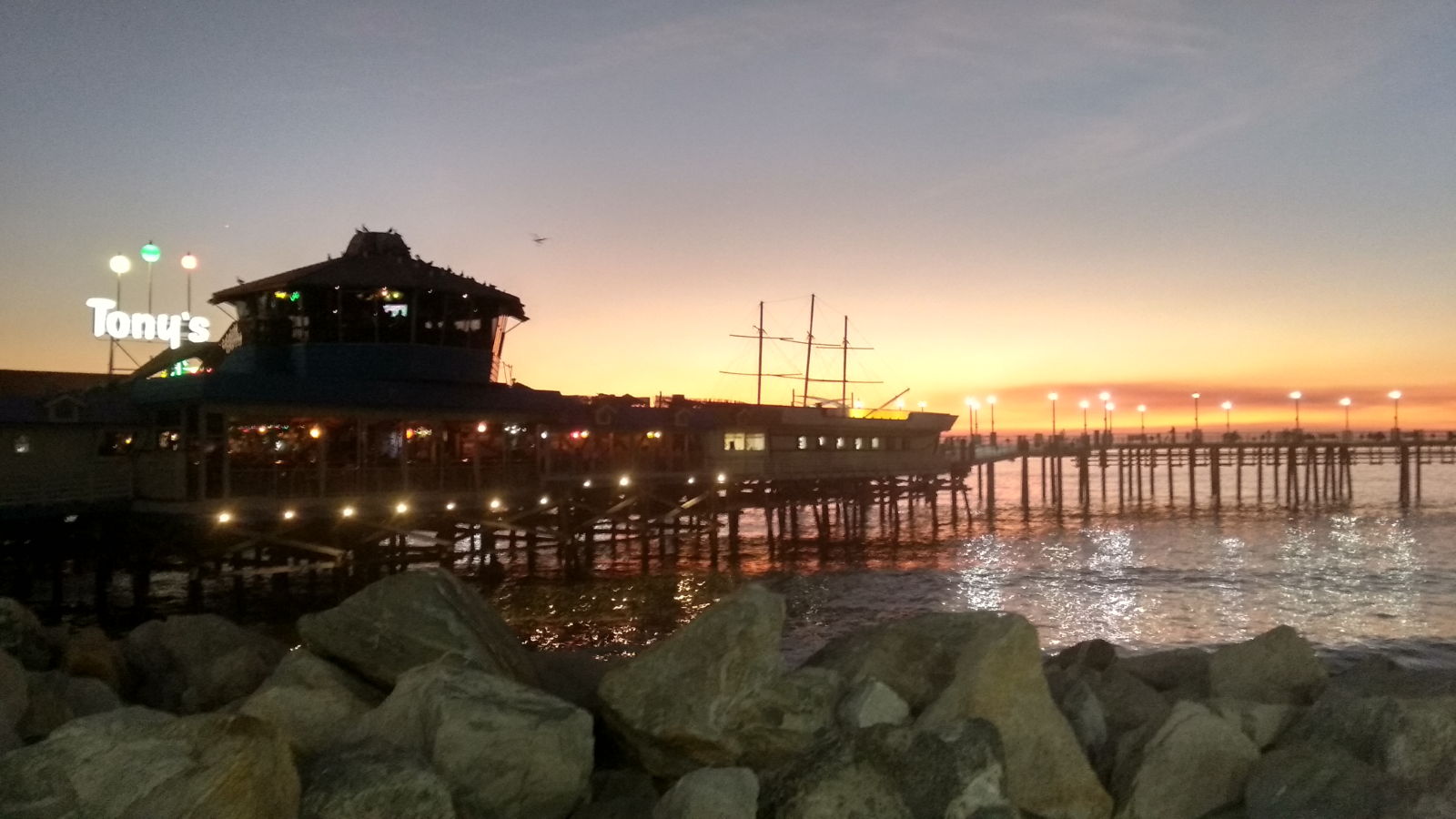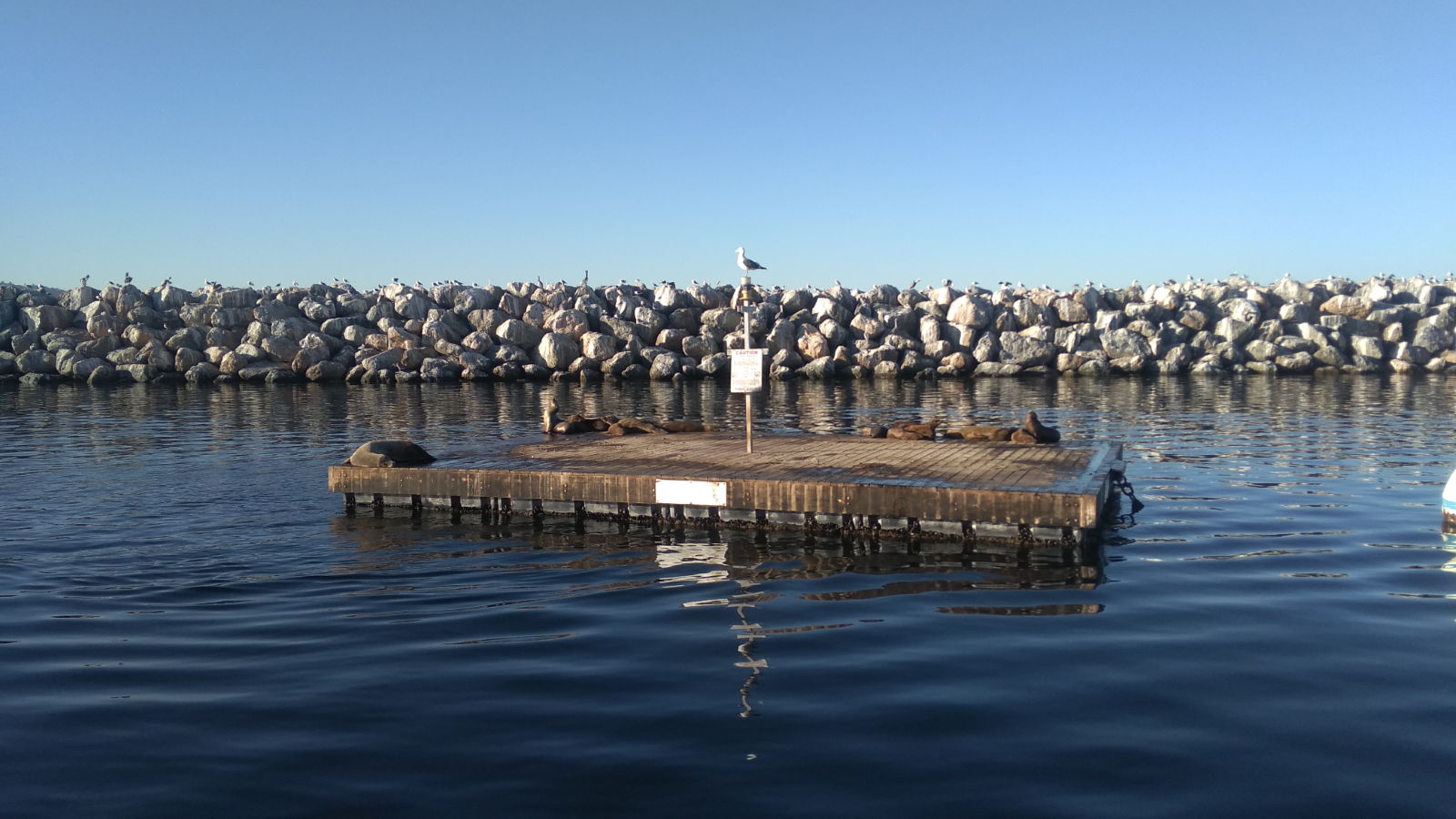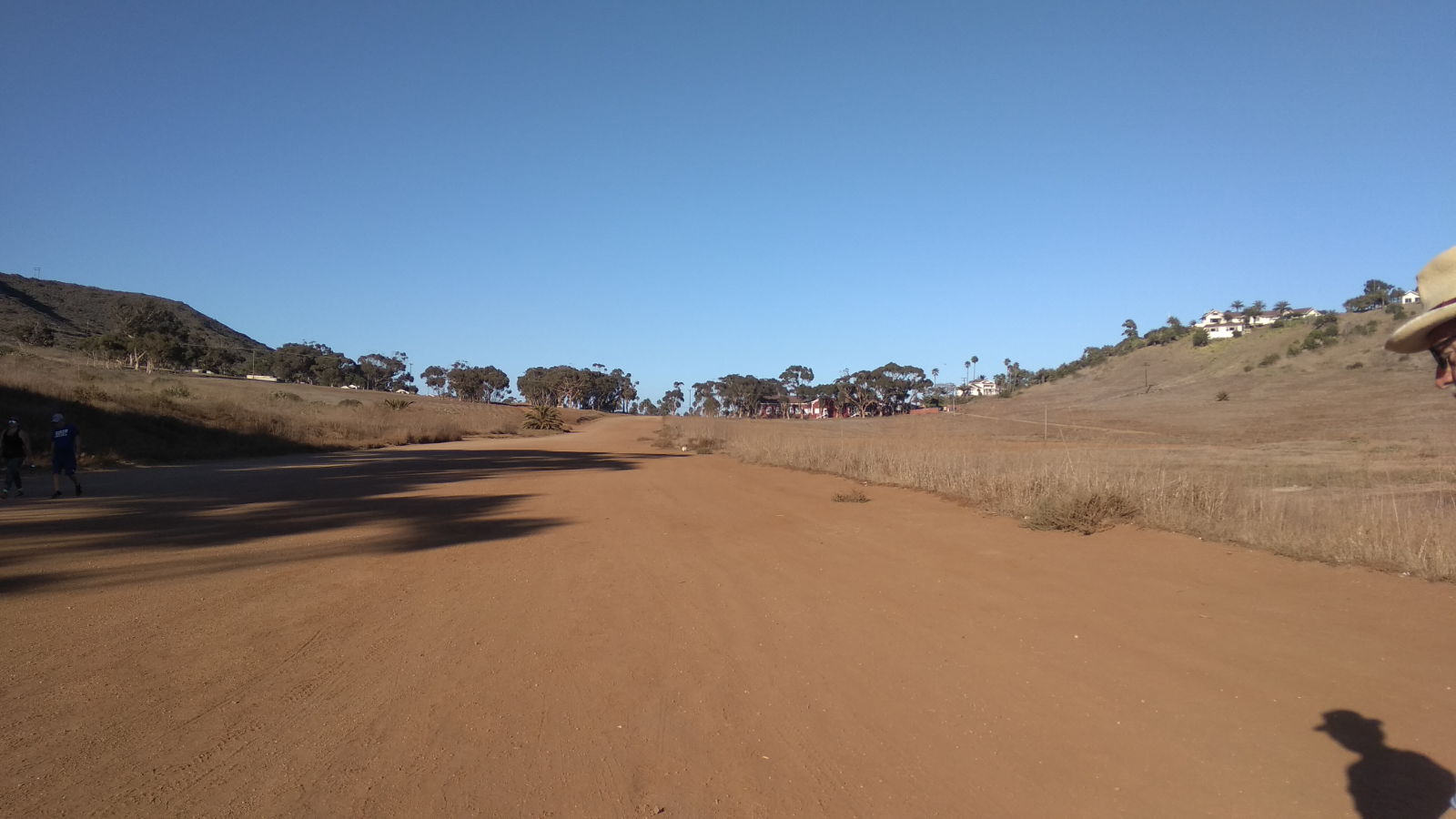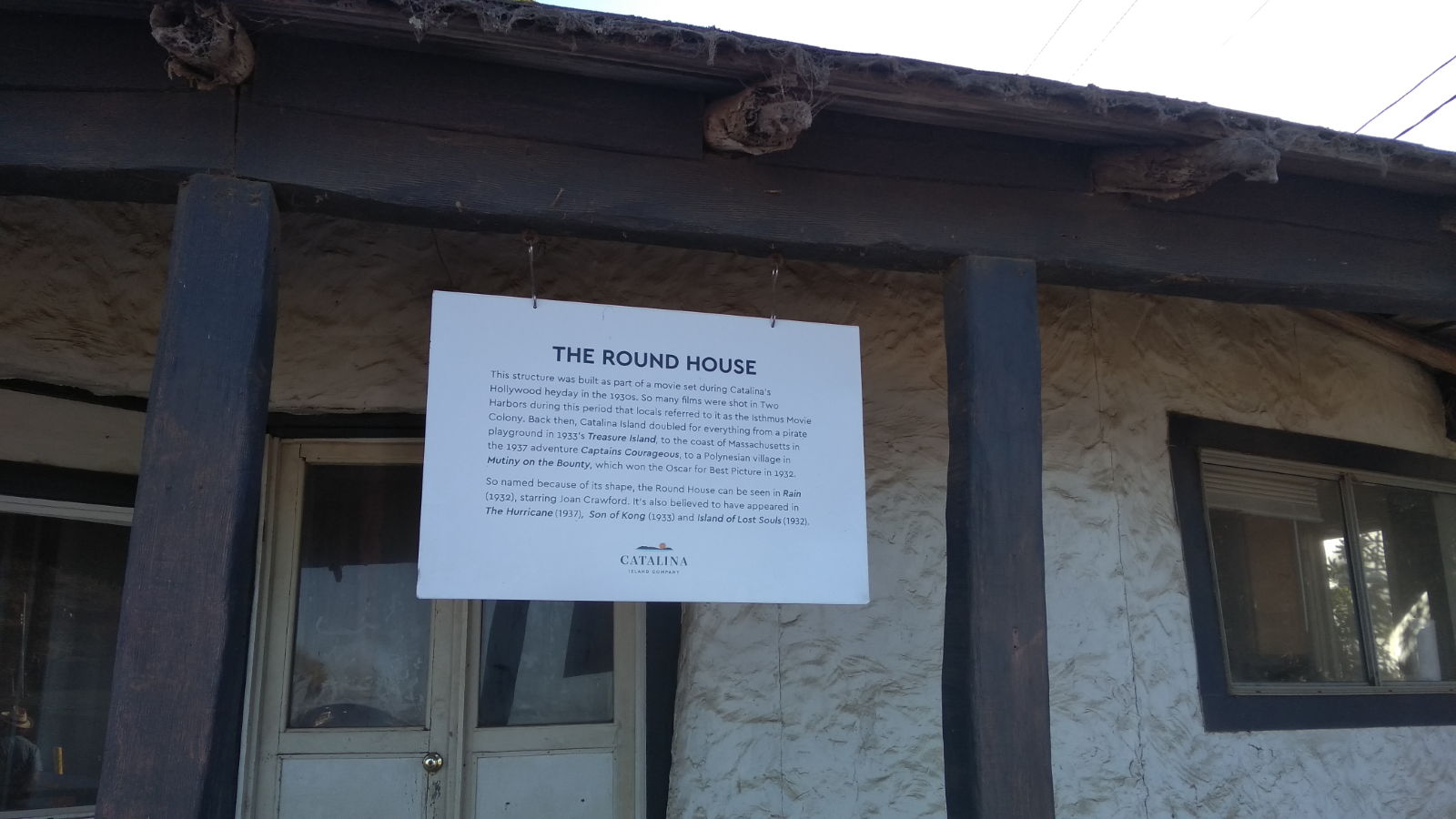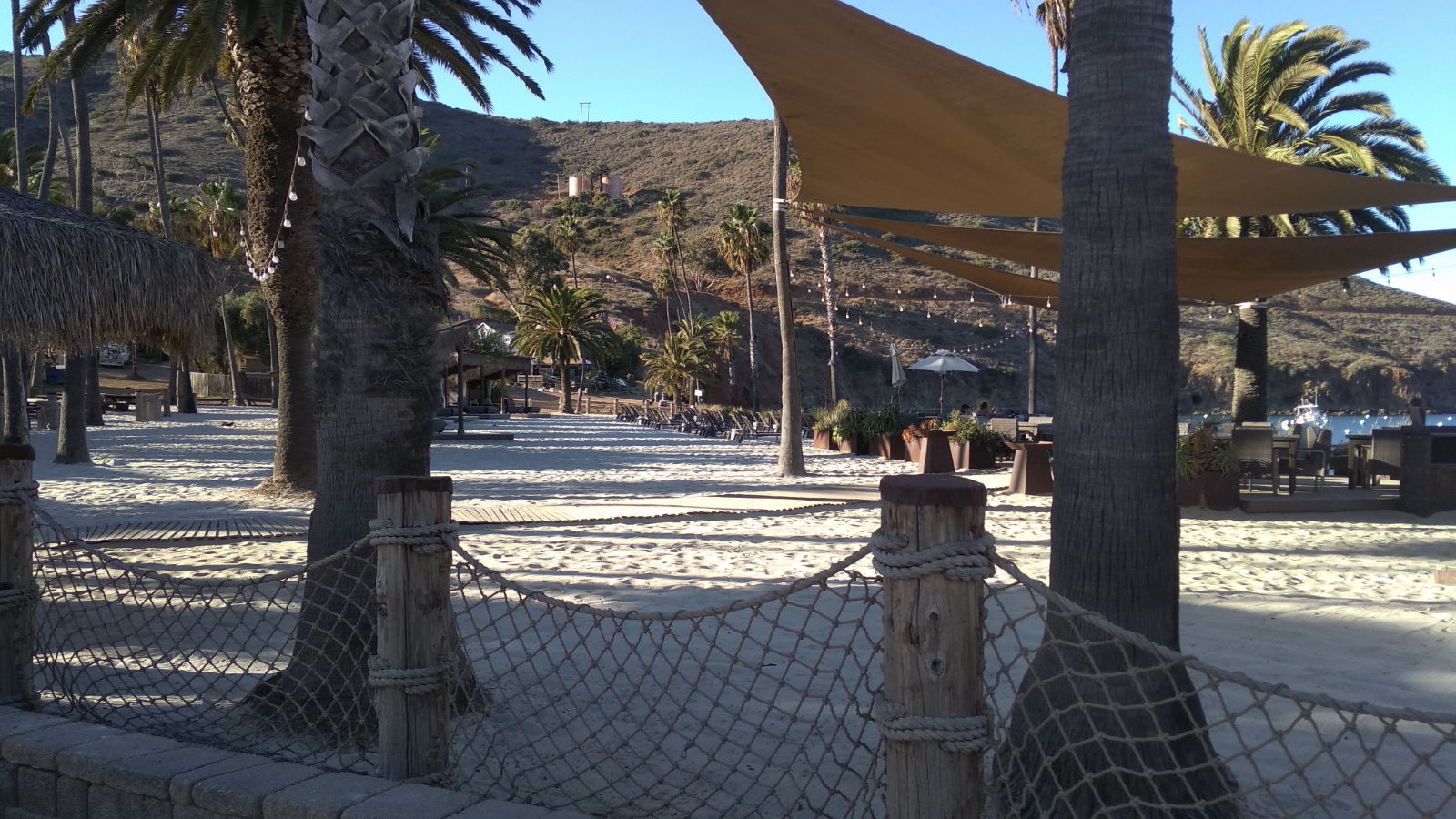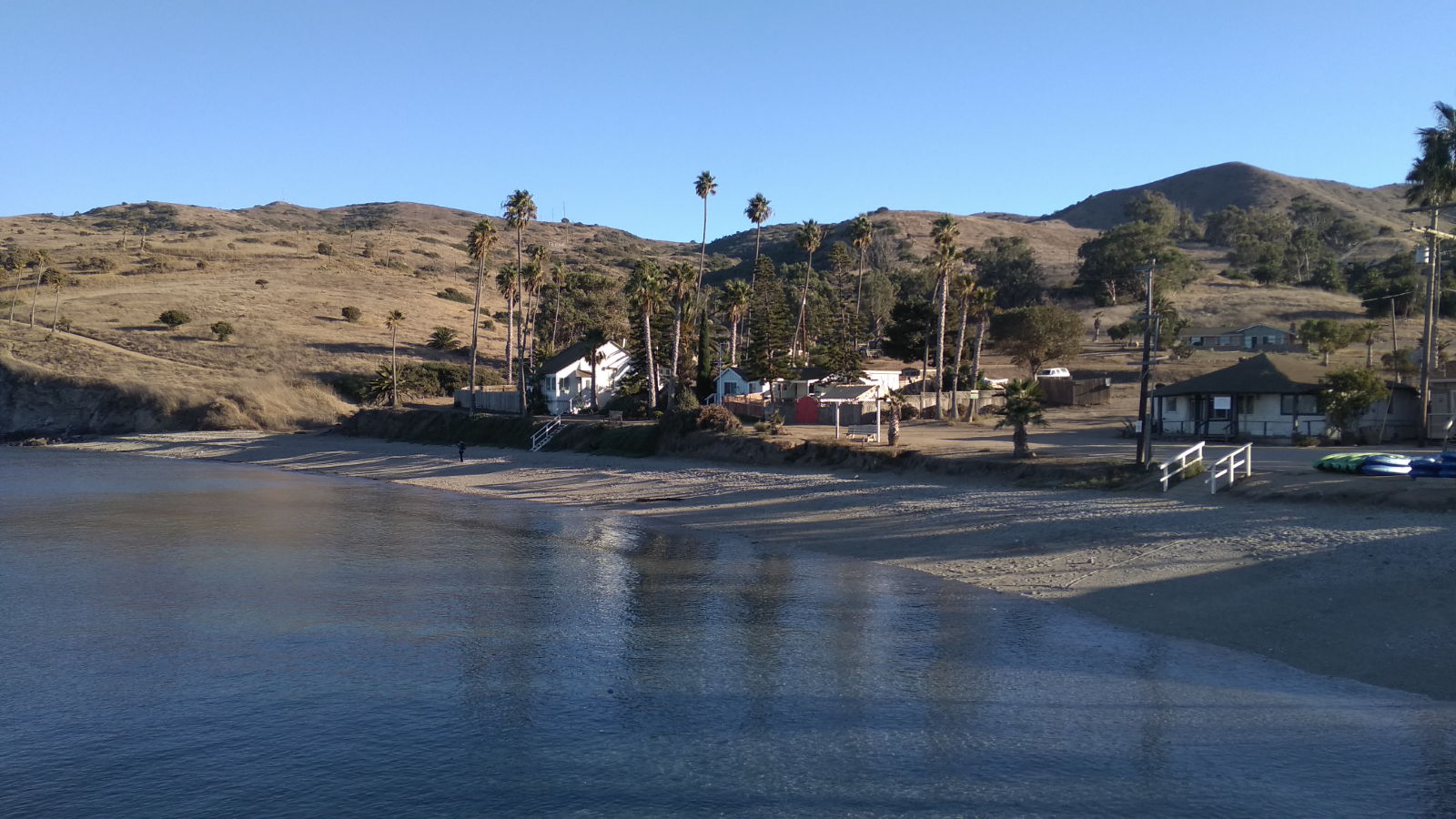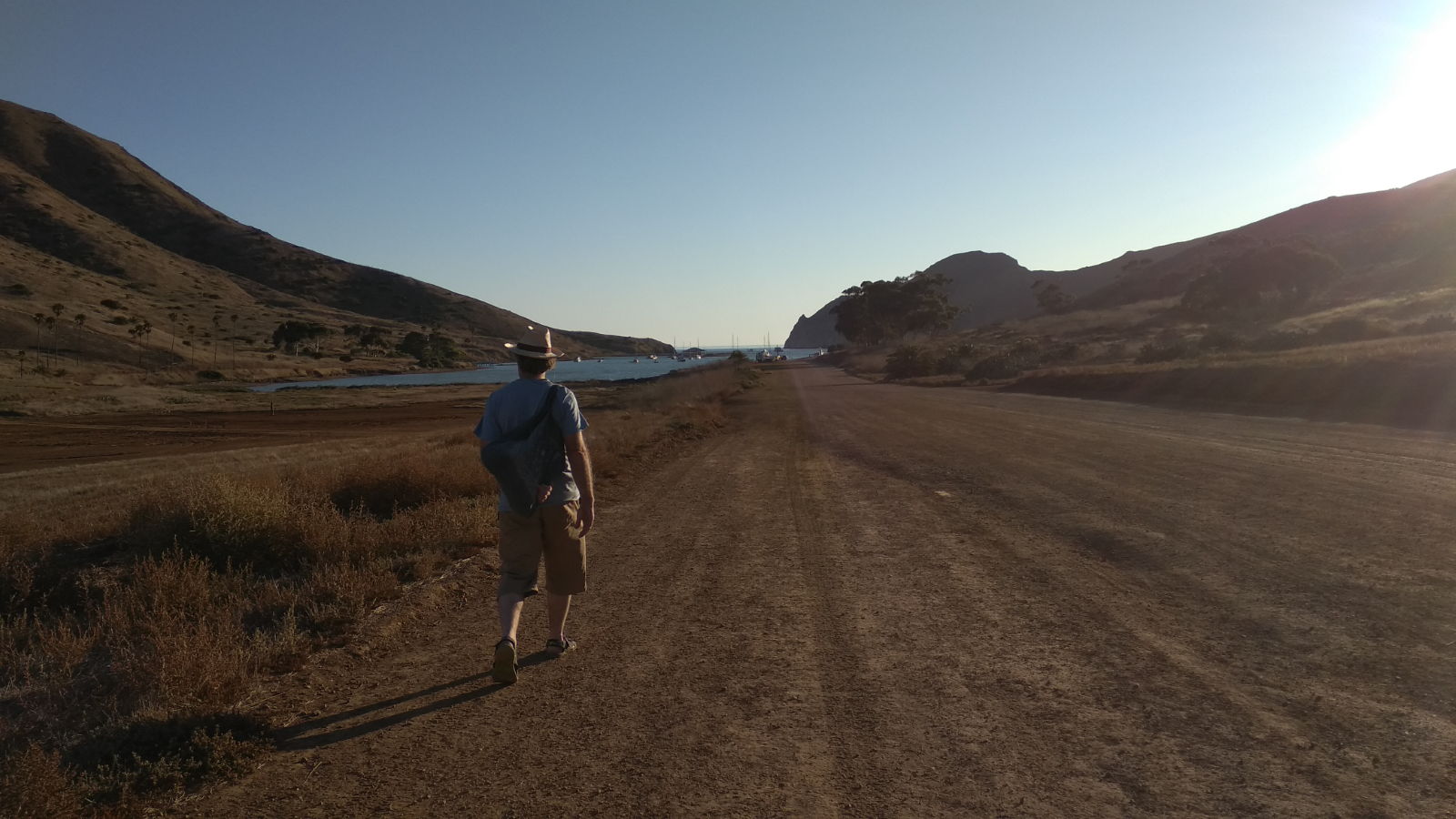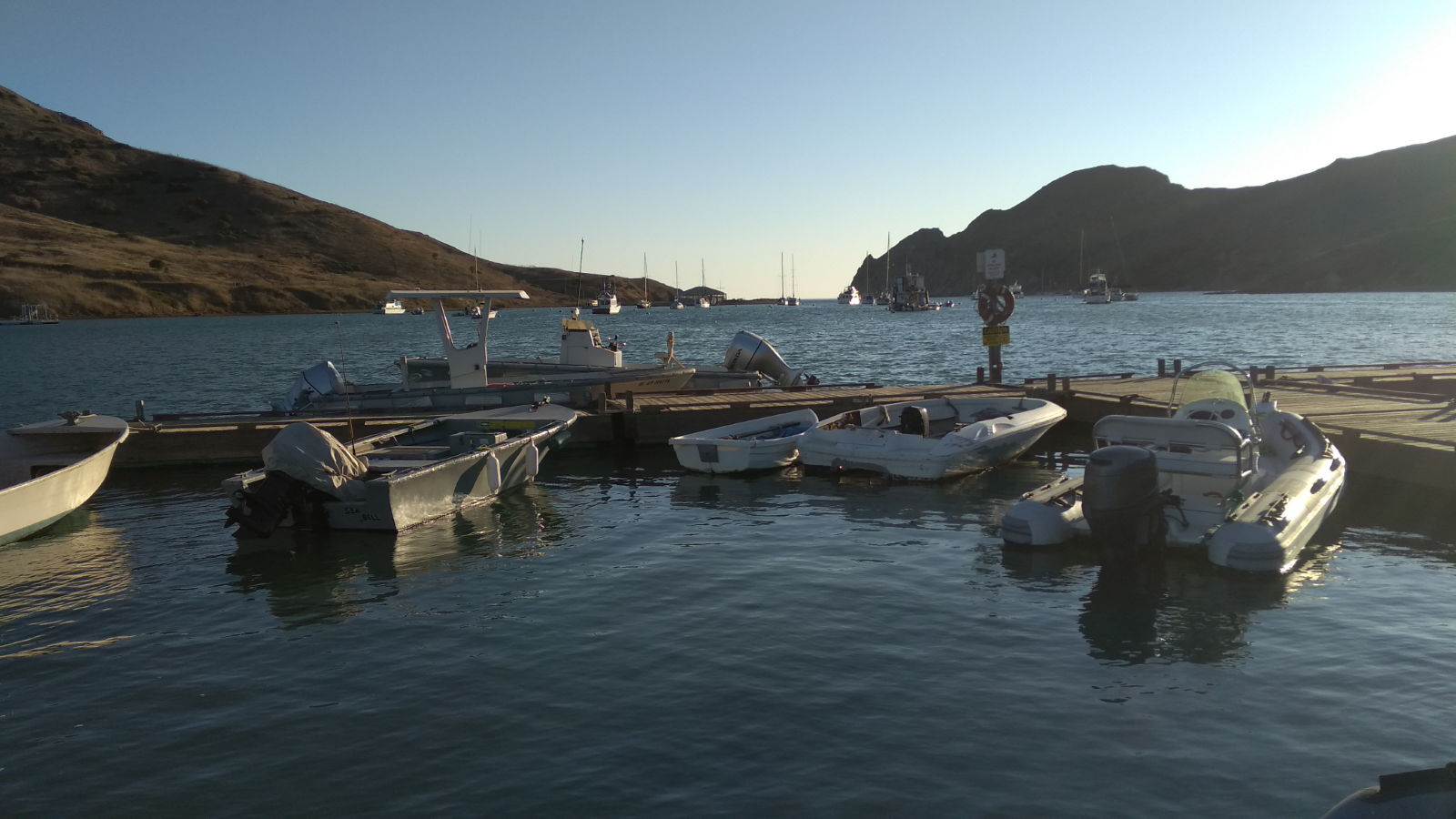It’s been a while…well, just over two years to be more precise since I last posted an entry on our blog. As for so many others, our lives and plans have been interrupted by the disruption and uncertainty brought about by Covid 19. Sister Midnight has remained in La Paz instead of sailing across the South Pacific which was the original intention, and Paul and I have hopped back and forth from the UK to Baja California for the last couple of years, making the most of The Sea of Cortez and its beautiful islands.
It seemed apt to bid a final farewell to La Paz as a new year began. We had just enjoyed a blissfully stress-free and relaxing Christmas there – our third one in La Paz – just the two of us, with as little fuss as possible but with lights, a tree, festive food and a few gifts we’d had a great time.
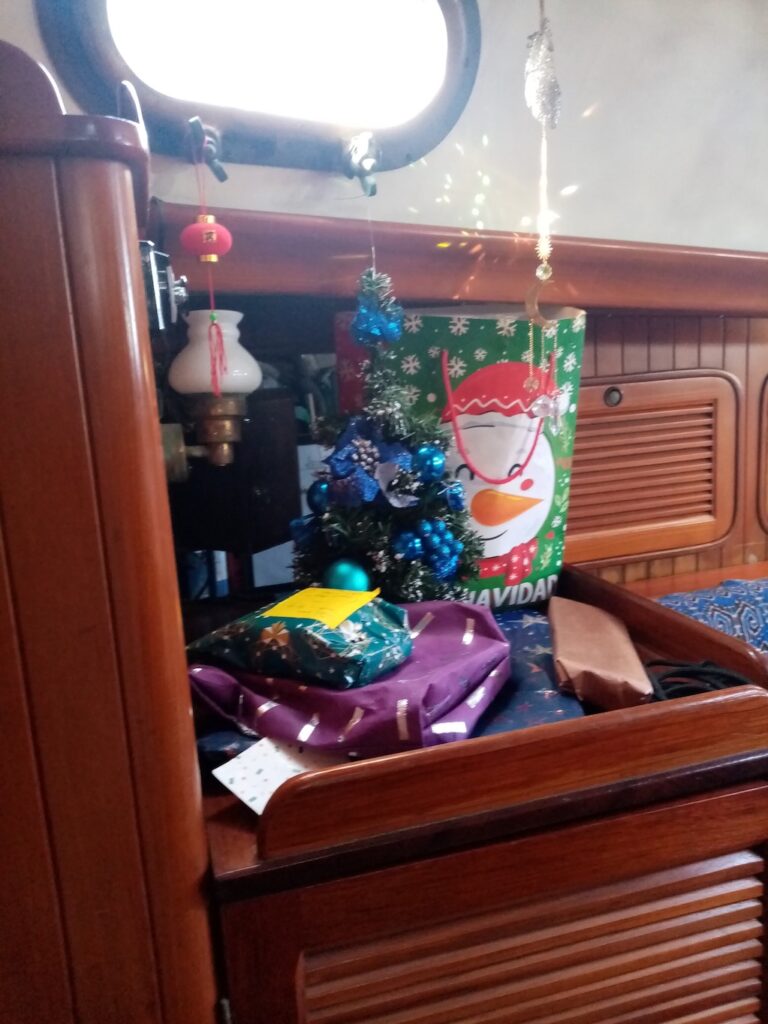

We left our berth on New Year’s Day to begin crossing the Sea of Cortez before continuing south along Mexico’s mainland towards Acapulco. Our neighbour Bob helped with our lines and wished us fair winds as we departed the marina that had been our base for three years. It had become something of a home from home for us, in that we’d become familiar faces to locals and fellow cruisers alike and we knew the town’s streets and locations so well. It was there, also that we had made the acquaintance of our dear friend, Arturo, who has himself moved on to pastures new.
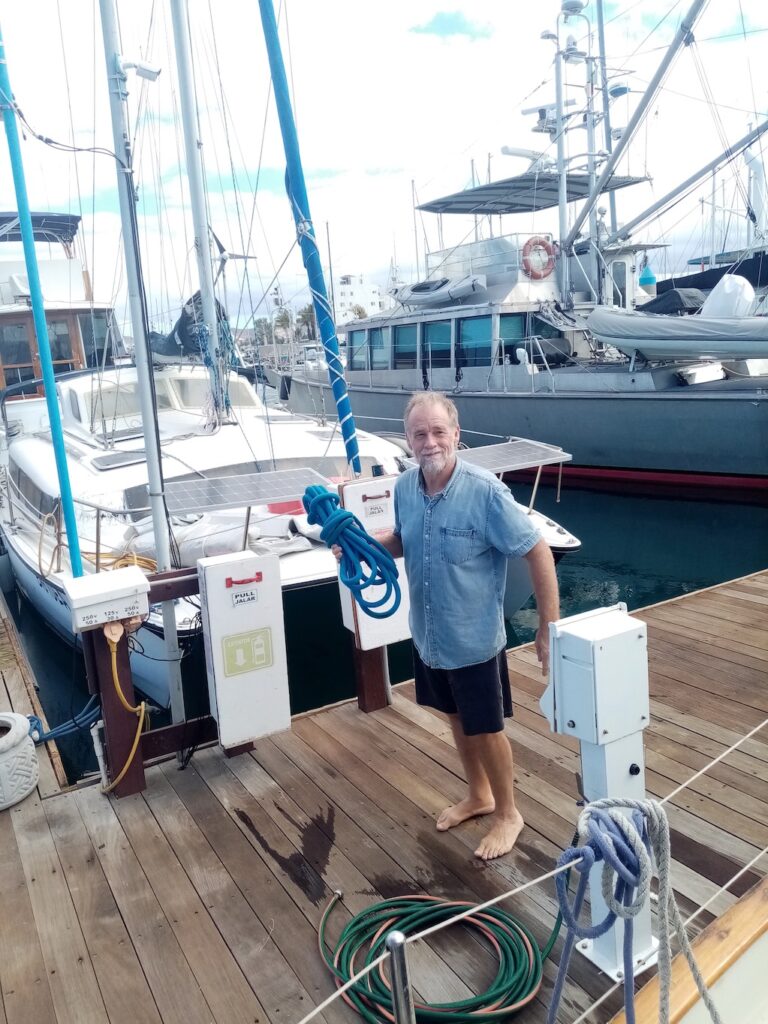
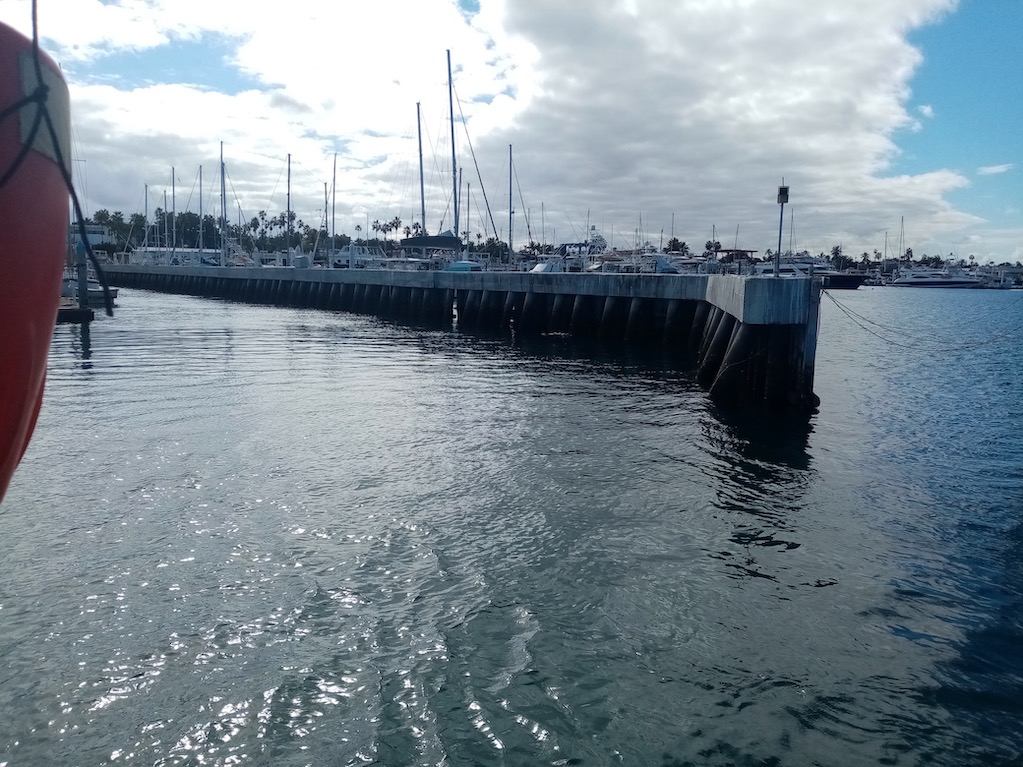
Some of the stops along the way will be places we (or Paul alone) have visited before but others would be first sights for both of us. This is one of the aspects of travel that I enjoy most: exploring new destinations. That first walk ashore to see ‘what’s there’ creates quite a thrill. Internet searches and travel guides tell you so much but they can’t account for a particular vibe a person can pick up from a place. As La Paz gradually faded from sight behind us, I counted the months since I had last been at sea and was surprised to discover it had been seven months. It was a warm, sunny and clear day and it felt good both physically and mentally to be back on the water. Our first stop, Isla Partida was only a short journey to an anchorage we’d been many times before. The cove, with its high sloping walls of volcanic rock provides ideal shelter. It is in fact the crater of a large, extinct volcano with an abundance of seabirds and we love to watch the pelicans diving as the sun begins to set. They position themselves above the water and descend rapidly, their bodies’ vertical when they hit the surface with a resounding splash, and scoop up fish with admirable speed and skill. It’s also a great area to dinghy around looking at manta rays and puffer fish in the clear shallow water. We spent two nights there, enjoying leisurely walks on the beaches. The familiar row of fishermen’s sheds, all locked up and deserted, appeared almost eerie. Tables and chairs outside them held knives, weighing scales and other paraphernalia, while fish skeletons littered the ground around them. It conveyed an impression they had abandoned the place in a hurry but that’s probably more to do with my imagination.
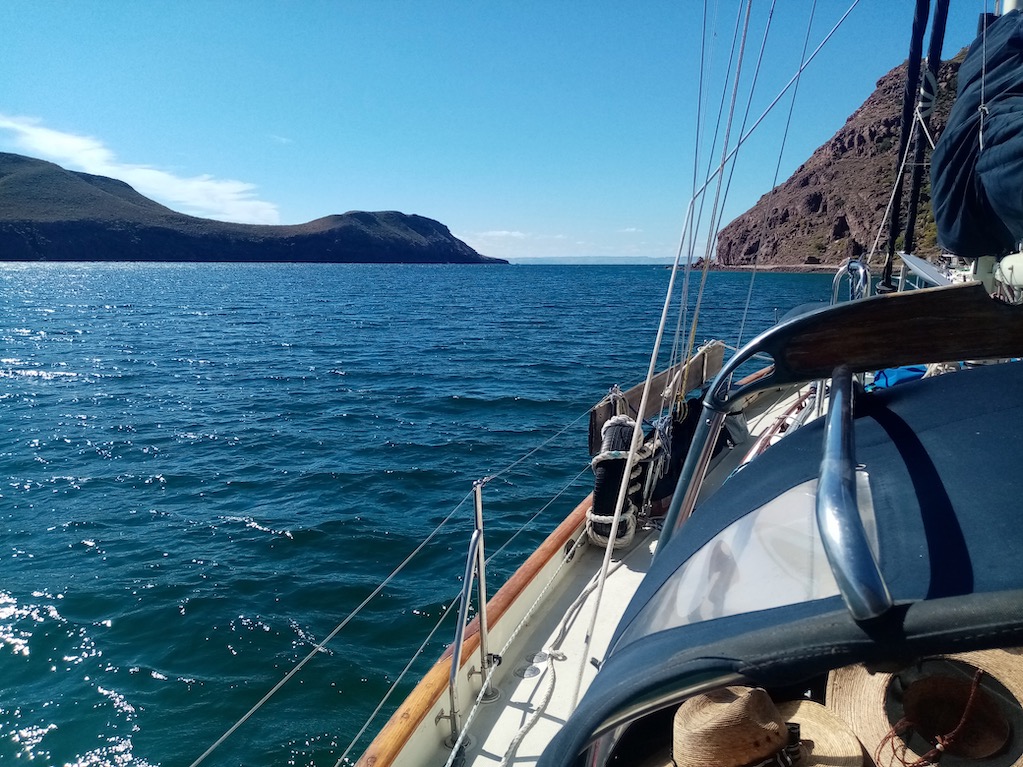
The delightfully-named town of Topolobampo, could just be glimpsed in the distance from where we anchored a few days later in Isla Santa Maria. We were in no great hurry to go ashore, however. Paul had been to this anchorage before and had pronounced the surrounding beach as the best he had come across on his travels so far. It was easy to see why as I stared at what looked like more than a mile of golden sand encircling us, its edges decorated with lines of seabirds. Closer inspection revealed them to be pelicans, gulls and some that we couldn’t identify, but they were all positioned ready to catch fish. We were the only boat in the area and apart from their cries and splashes it was blissfully peaceful. We had arrived a little too late in the day to explore the beach, and inviting as it all looked it would have to wait until we returned after our trip inland.
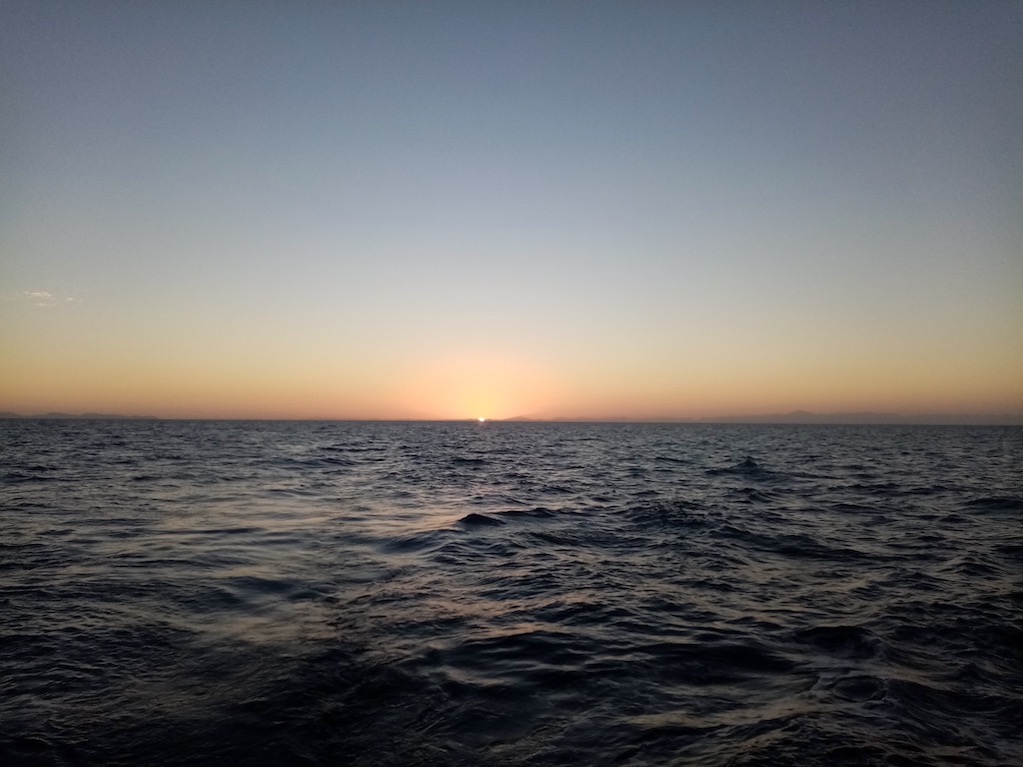
We had decided against a plan to book places on the famous El Chepe Express, the train tour where passengers can see the spectacular copper canyons across Sinaloa. After mulling over the cost, the logistics and the fact that it wasn’t permitted to take your own food on board (essential for vegans and veggies), we concluded that the cons outweighed the pros. Moreover, we had been lucky enough to visit The Grand Canyon last year during a three week trip in Arizona. Instead, we arranged to meet Arturo the following day to spend a few days with him in El Fuerte. His girlfriend’s family live there so he would be staying with them, while Paul and I would stay in the nice-looking hotel recommended by Arturo’s girlfriend Katia, who unfortunately had to work so was unable join us on the trip.
We motored into Topolobampo Marina the next morning and had hardly finished securing our lines when one of the cruisers who had come to help, informed us that the town was more or less in lockdown. It turned out that the son of former drug lord El Chapo had been arrested the previous day in Sinaloa’s capital, Culiacan. As the leader of his father’s cartel, the action sparked a wave of violence and protests from armed cartel members across Sinaloa. The authorities had deemed it dangerous for civilians to be out on the streets and we were told to stay in the marina for our own safety. Some welcome(!) yet also rather exciting in a ‘Breaking Bad’ kind of way. Since meeting Arturo was out of the question that day, we mooched around the marina, which didn’t take long, and read up on the towns of Los Mochis and El Fuerte. Apart from Mexico City we hadn’t really been inland in the country and I was looking forward to seeing these new places, especially with the aid of Arturo’s Spanish and local knowledge.
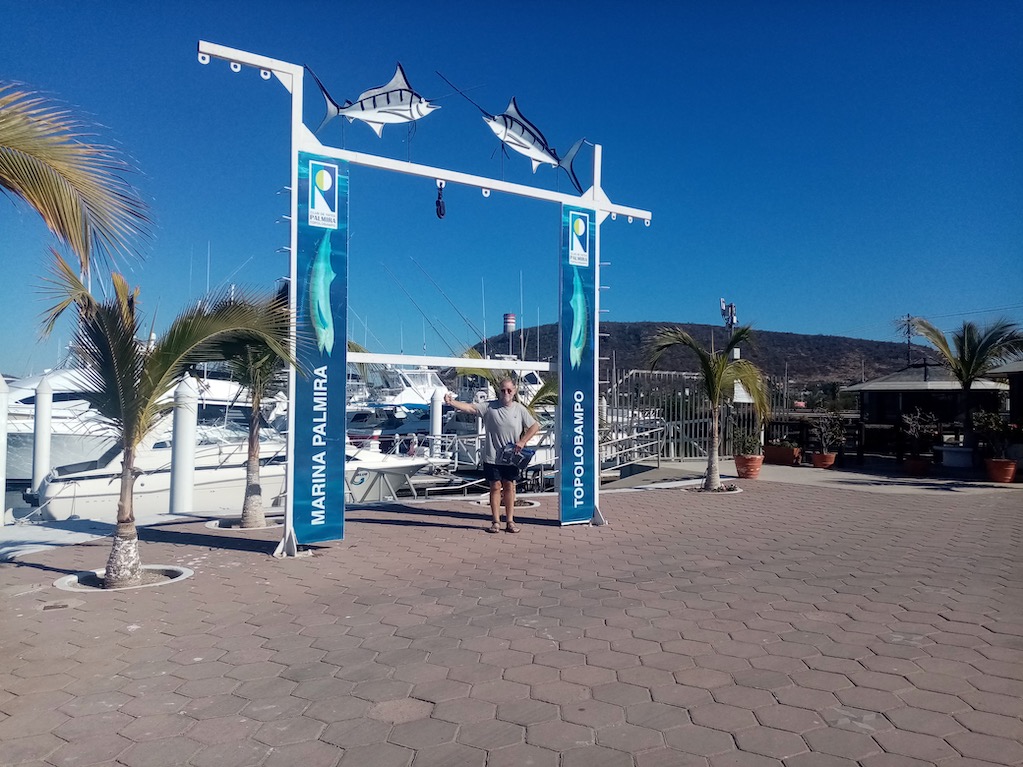
Luckily restrictions were lifted the next day and we were able to venture into the town for my first look at it. It was quite a contrast from the seaside elegance of La Paz. The short walk from the marina began by crossing a wide road and railway line that leads to the commercial part of the harbour where cargo ships and ferries are accommodated. From there, the streets become narrower and dustier with old sofas, broken down cars and makeshift stalls outside some of the houses. Every person who saw us greeted us with a friendly ‘buenas tardes’ and there were chickens, dogs and cats running free in the road. The main shopping street was very busy with pedestrians and cars. I noticed that despite the dilapidated appearance of some of the buildings they were all painted with very bright pastel colours as if to offset the condition. It was remarkably effective as your eye can’t help but be drawn to the vivid blues, pinks and yellows that adorned the shops, businesses and homes.
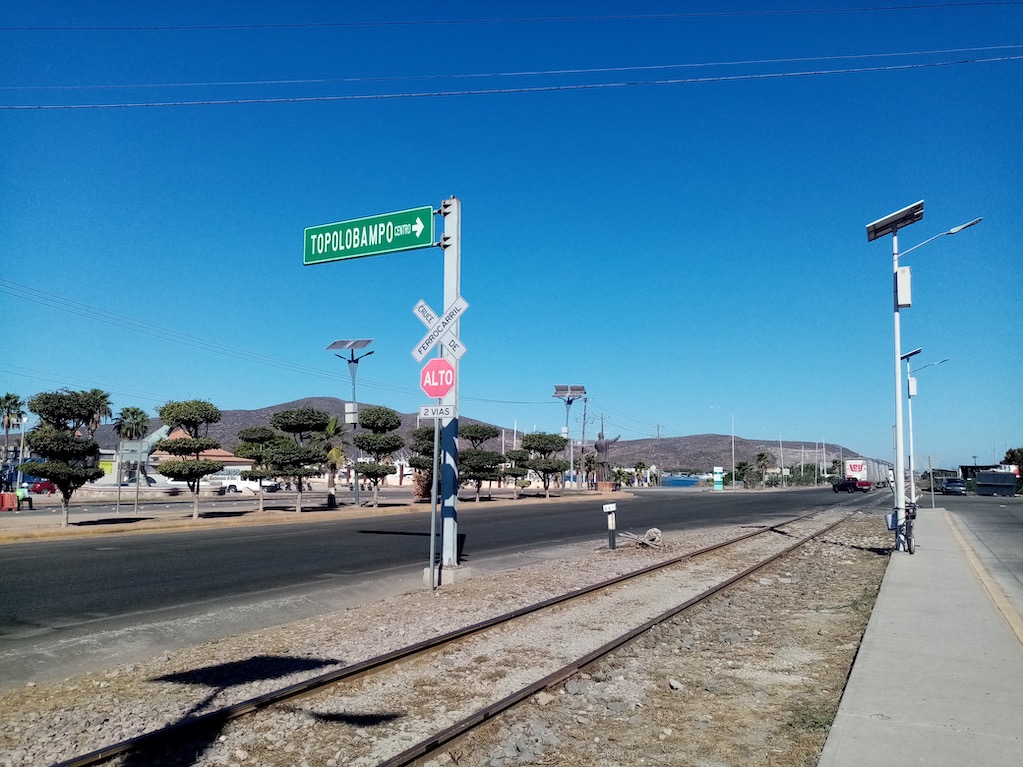
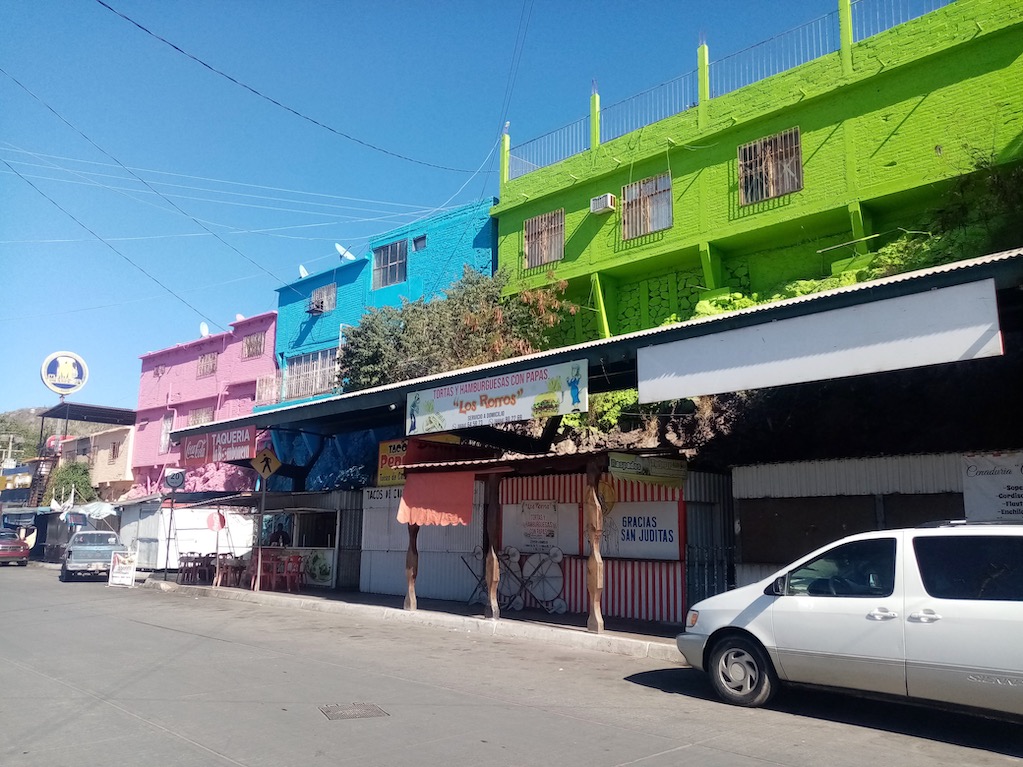
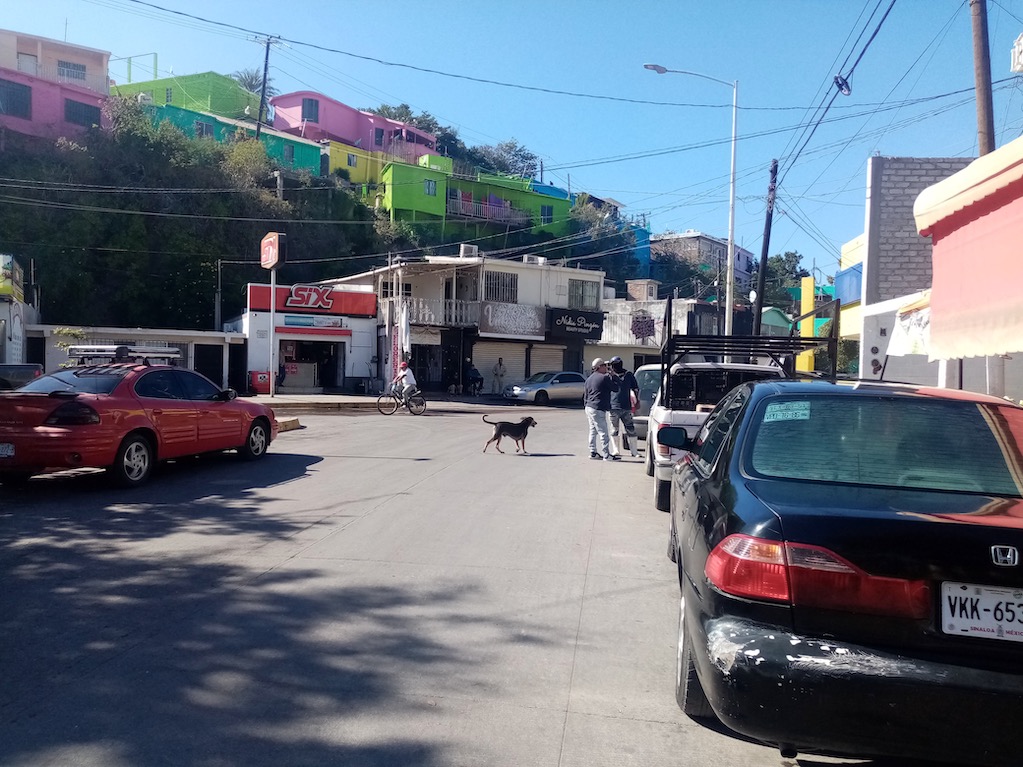
The waterfront, or malecon, is a lot smaller than La Paz’s. It was lined with tour operators offering fishing trips or tours of the bay, and stalls selling the usual souvenirs and sun hats. We walked up and down it, taking in the fabulous views of the bay before setting off to meet Arturo, who had travelled from Los Mochis to meet us. We spent a pleasant couple of hours with him in one of the seafront cafes, catching up and making plans for the next few days.
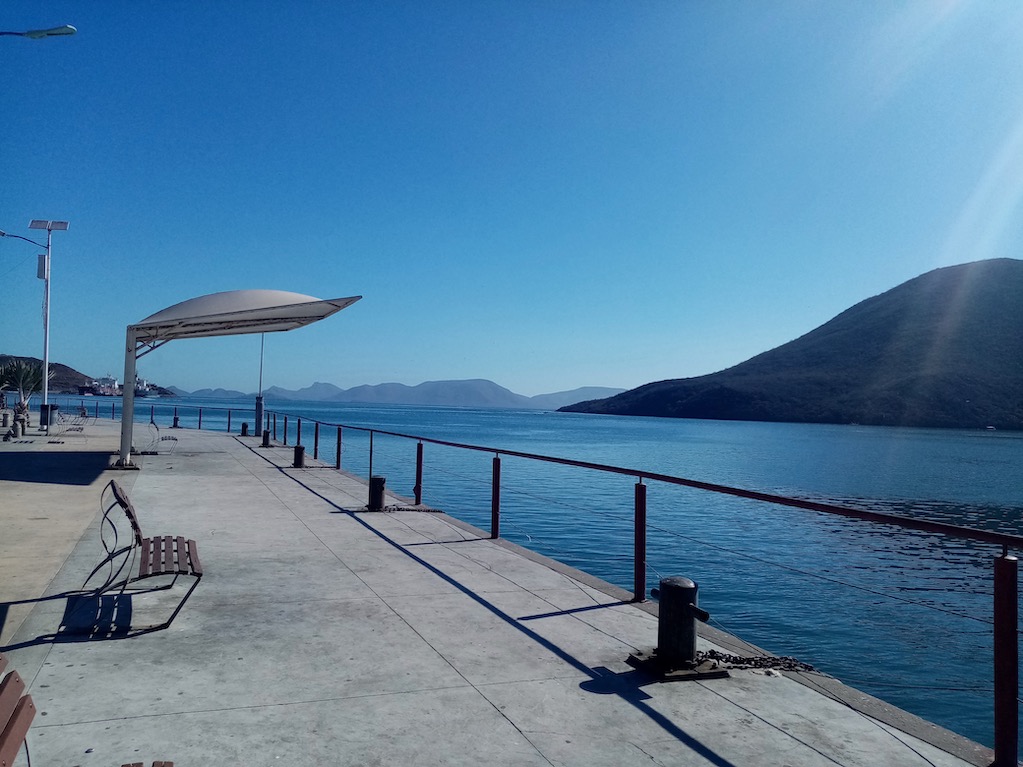
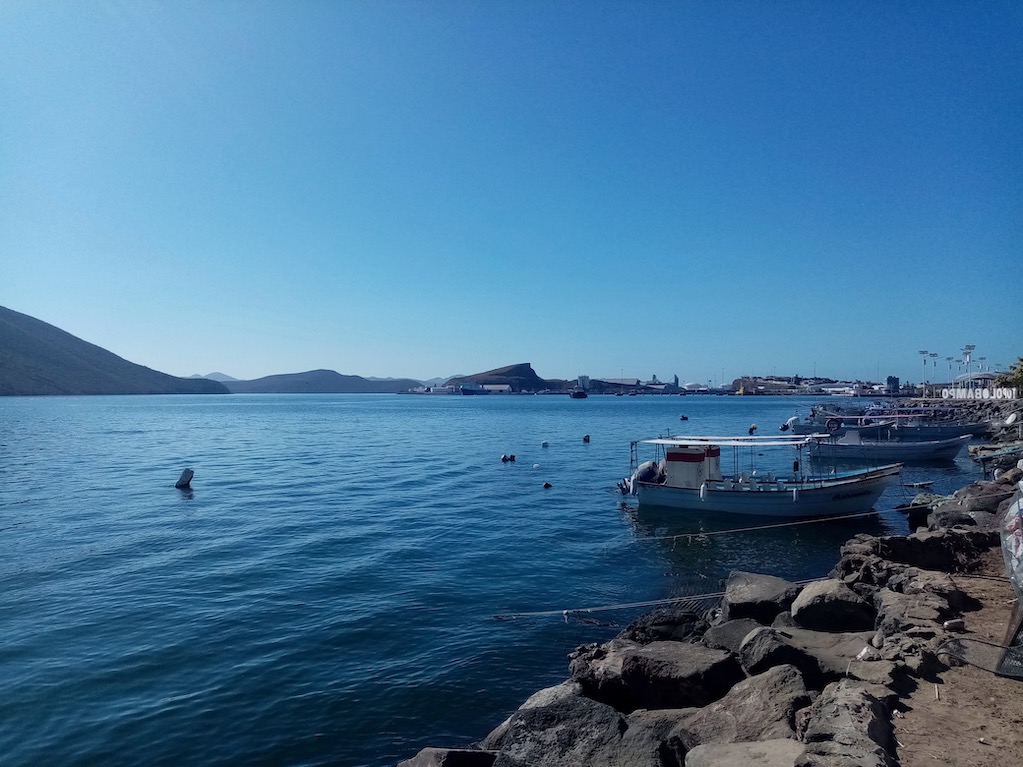
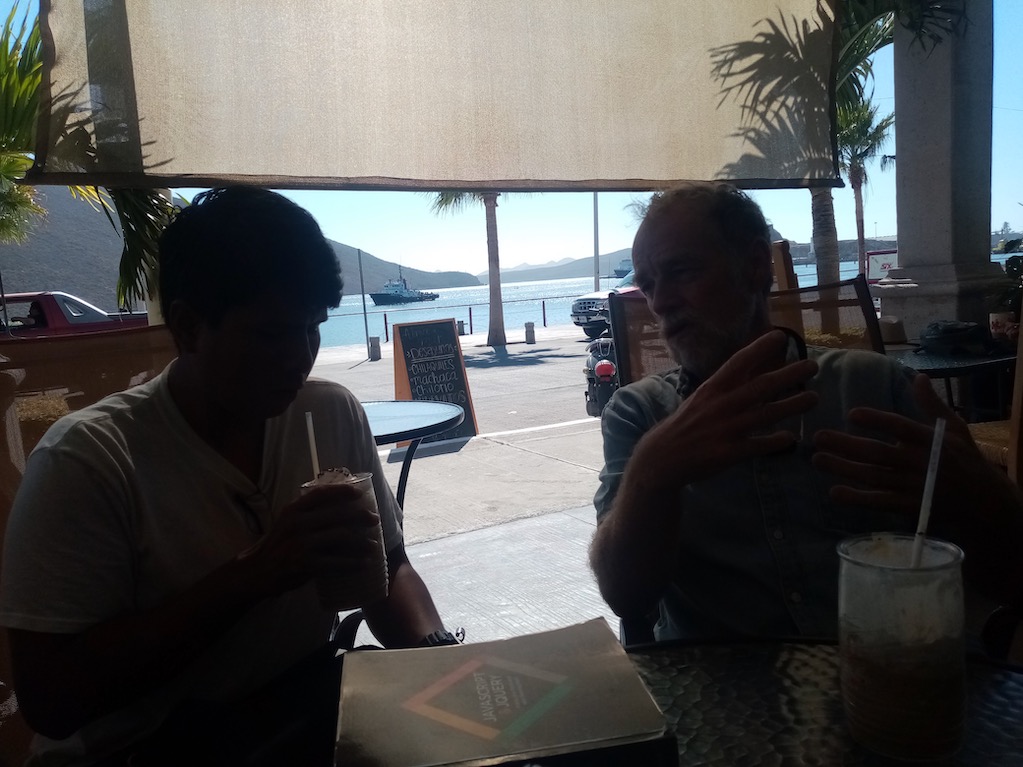
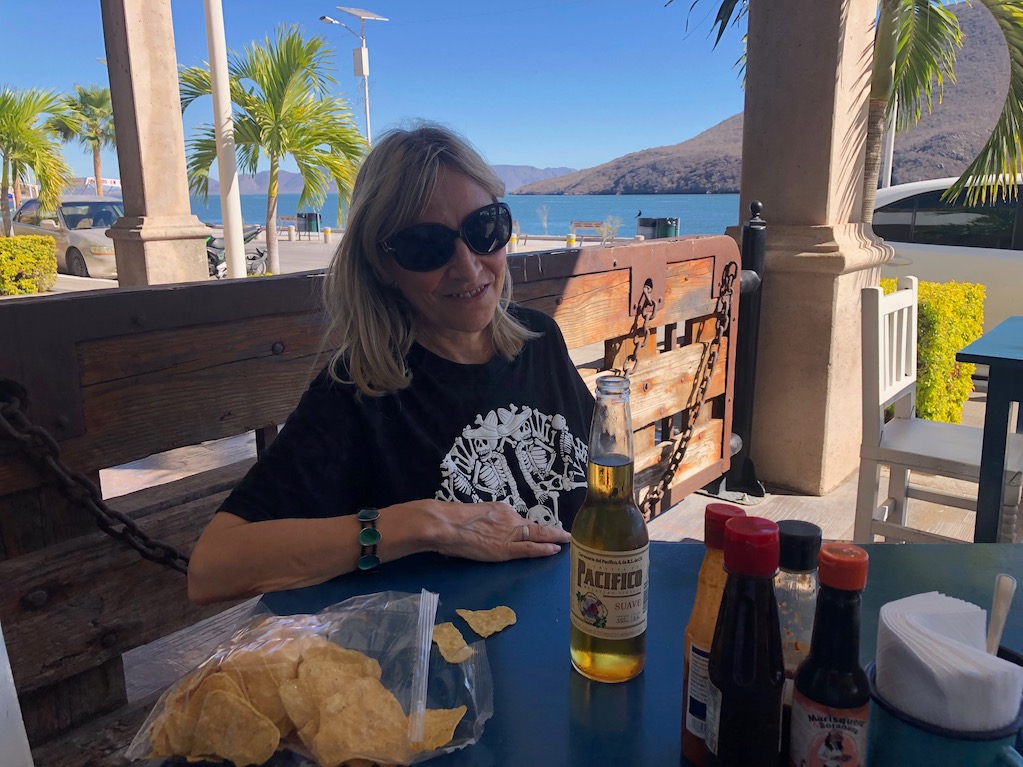
One thing we all wanted to do was to have lunch at the acclaimed Stanley’s Bar and Grill which is situated at the top of a hill with sea views in three directions and a great birds’ eye view of the town. We opted to take a taxi up the hill with the intention of walking back down afterwards, as a way of avoiding the peak of the sun’s heat. Stanleys is a restaurant specialising in seafood and Mexican fare which is hardly surprising. It’s never a problem for me as there are always salads available and of course French fries. As the pictures show, the views, as well as the food, didn’t disappoint. The serving staff were smartly dressed old-style fashion in crisp black and white uniforms and the wine waiter insisted I try the wine before committing to a glass.
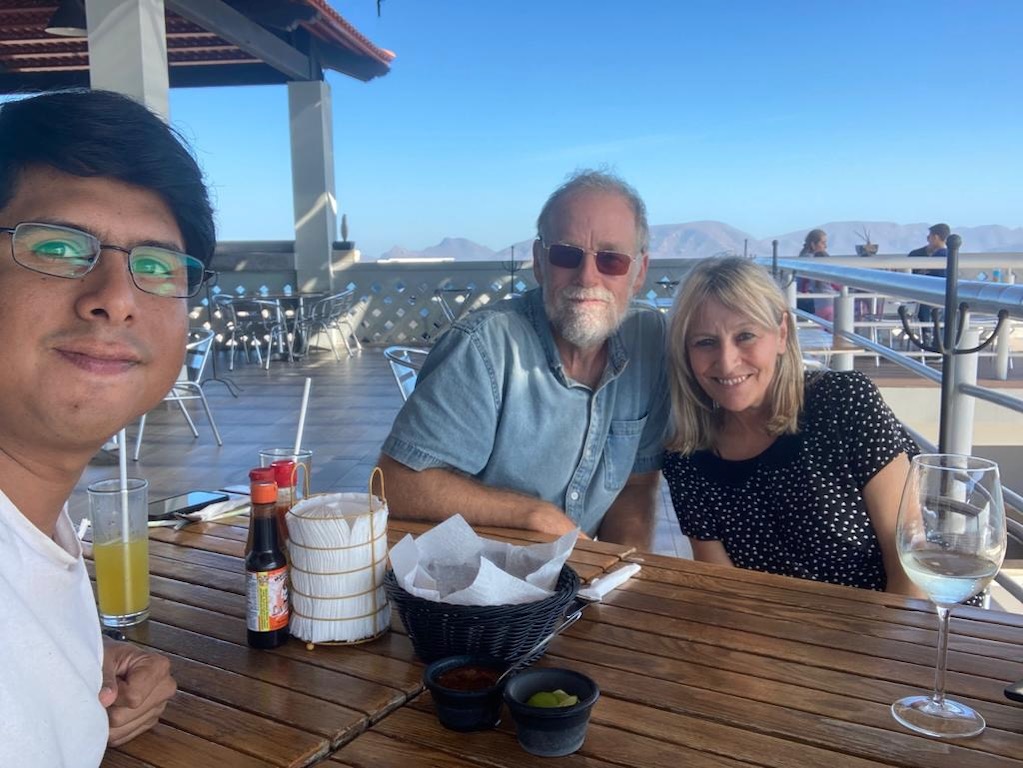

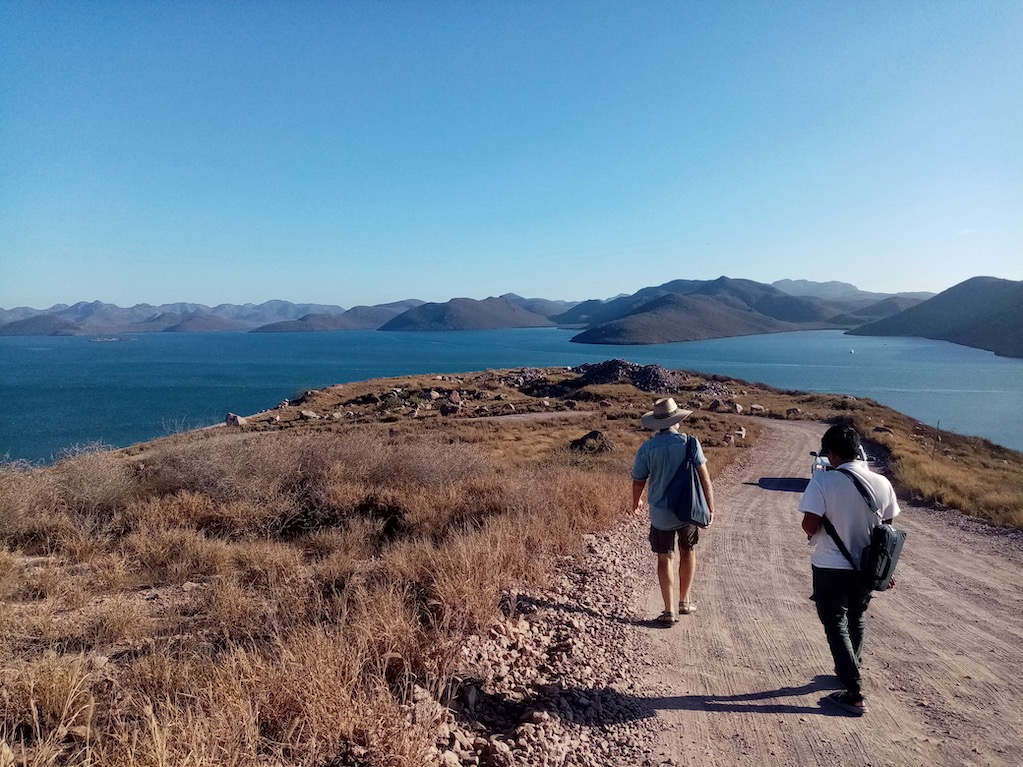
We took a slow walk back down the hill, all the better to appreciate the narrow, vibrant and colourful streets and the views from the trail.
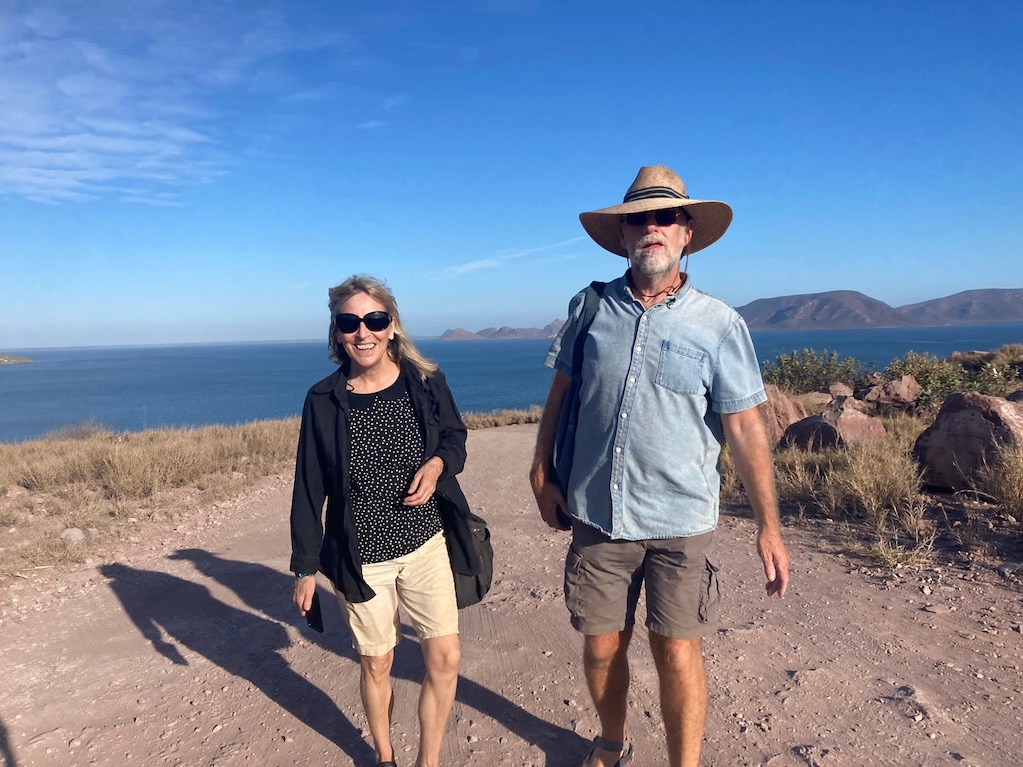
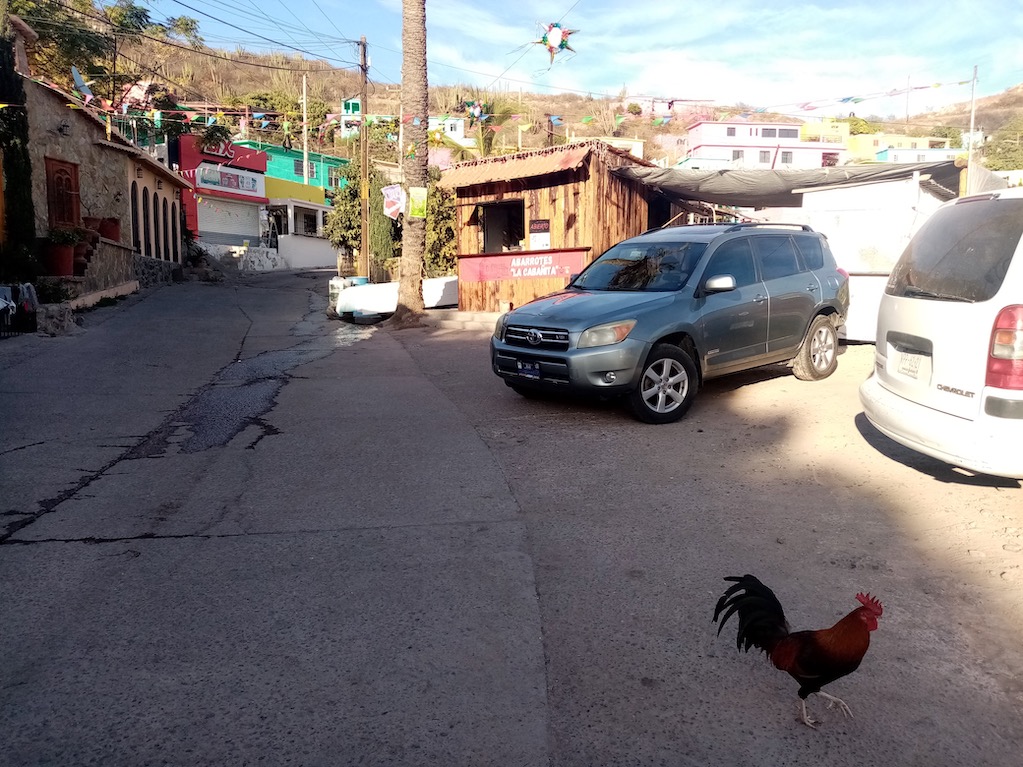
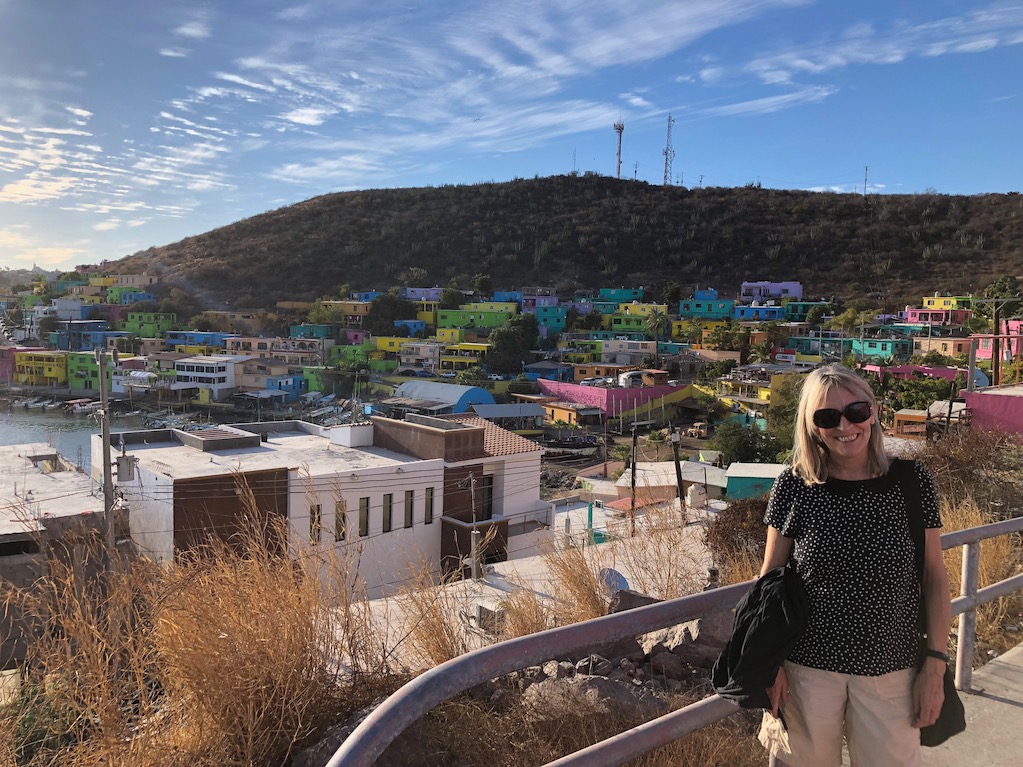
After a couple more leisurely days in the marina we set off for our trip to El Fuerte on the 10th January. This meant getting the bus to Los Mochis, just 11 miles from Topoplobampo. It’s a regular and efficient service with several stops along the way. For this reason, it’s not uncommon for sellers and people down on their luck to board offering tissues and gum for sale or asking for financial help for sick relatives via printed notes. We were not, however, prepared for the sight of a clown climbing up the steps and grinning its way down the aisle. I presume he (or she) was telling amusing stories for the entertainment of passengers but someone needs to point out that clowns today are viewed more as harbingers of horror than of amusement.
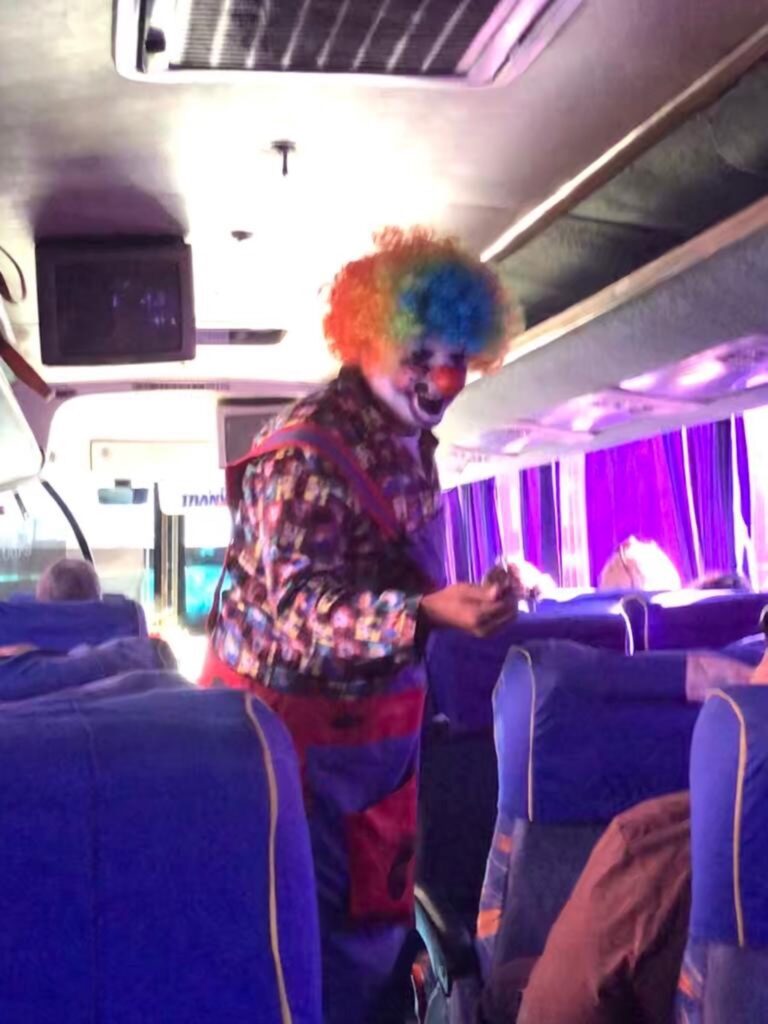
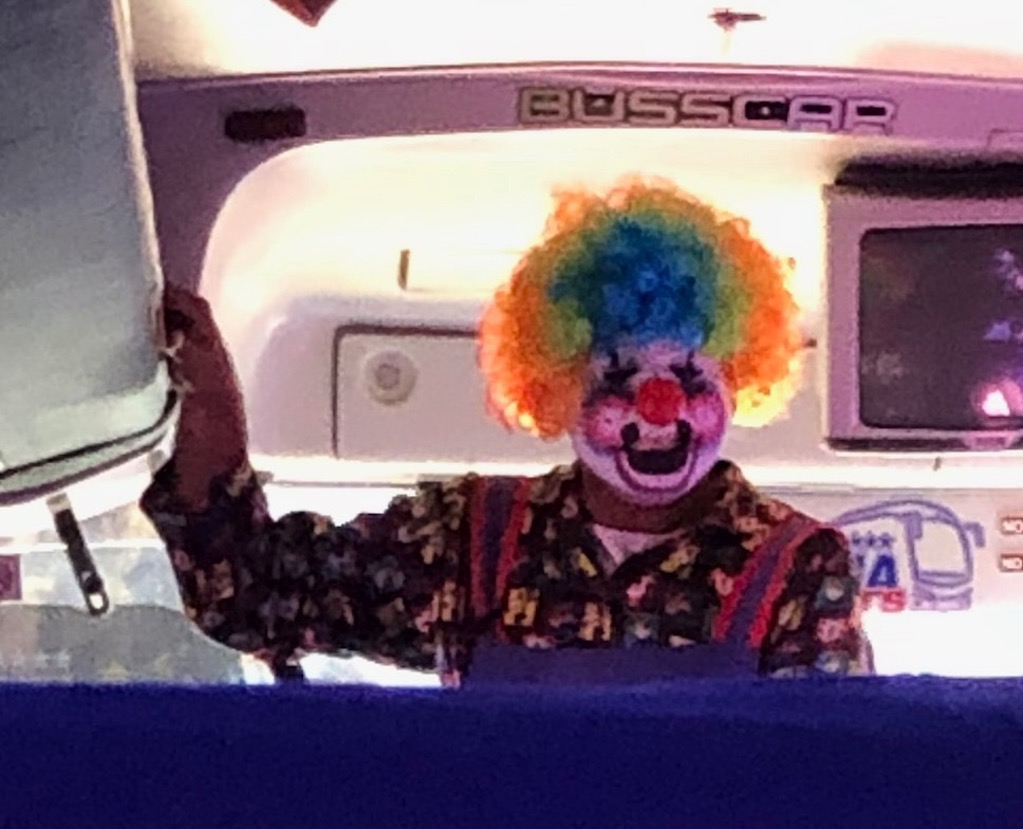
Arriving in Los Mochis, a town much bigger than I expected, we met up with Arturo and discovered we had a bit of time to kill before our bus to El Fuerte. We decided to walk to a park he recommended, and I managed to get another picture in front of the town name structures for my ever growing collection, as shown in the pics below, along with our hour in Parque Sinaloa.
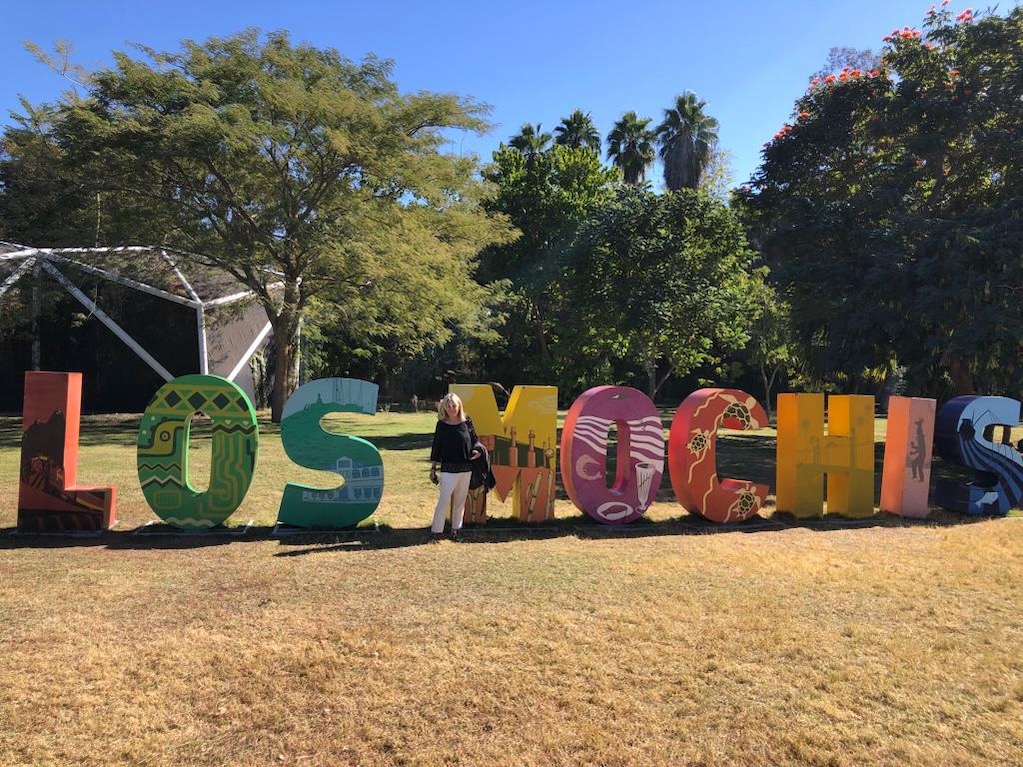
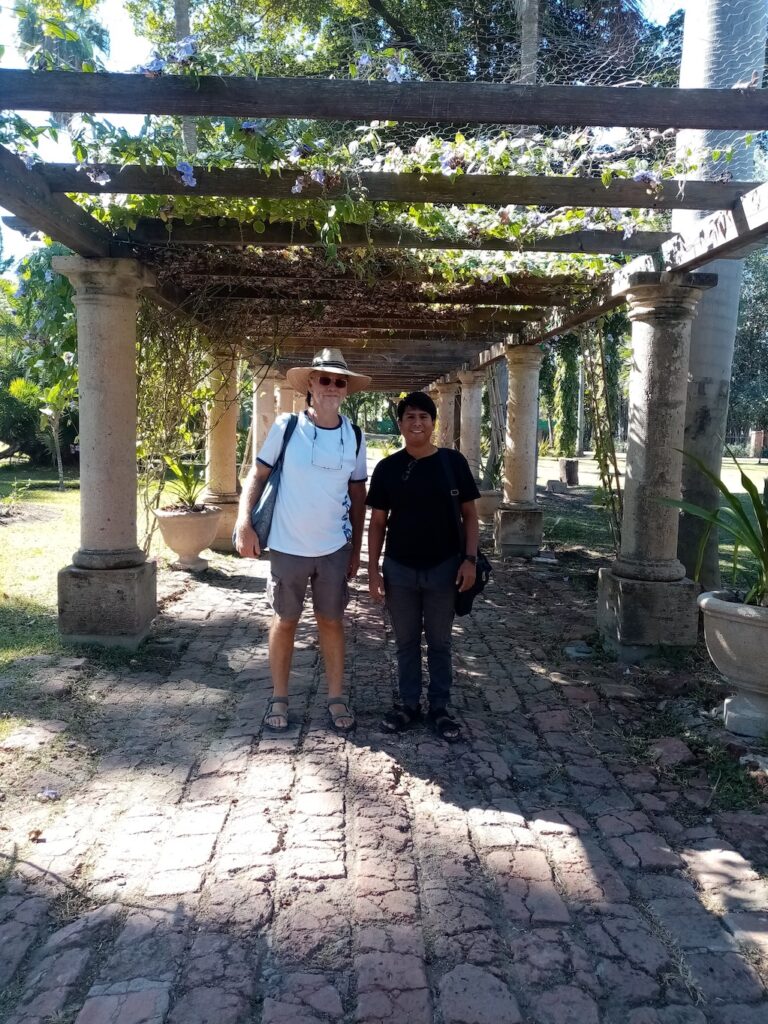
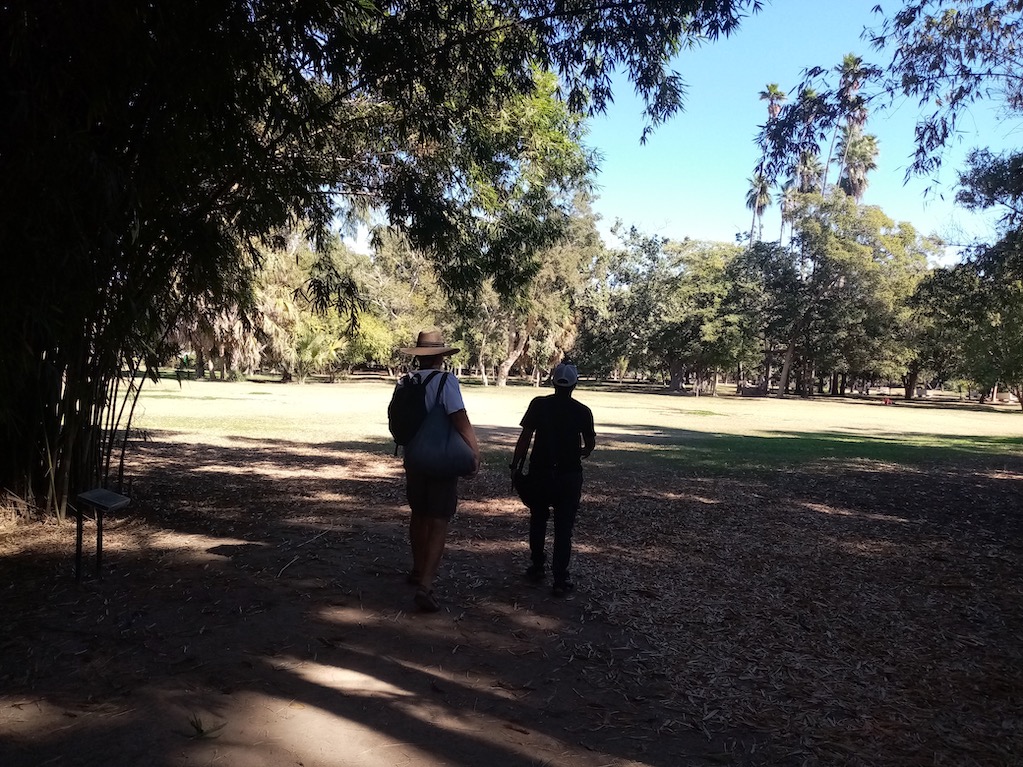
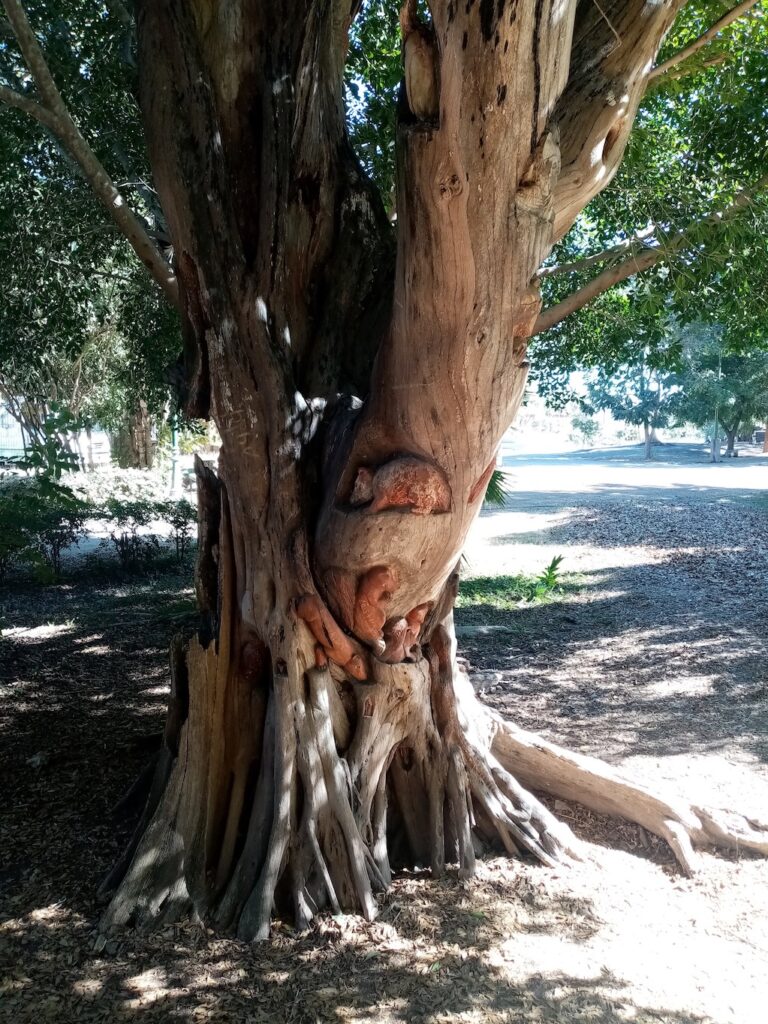
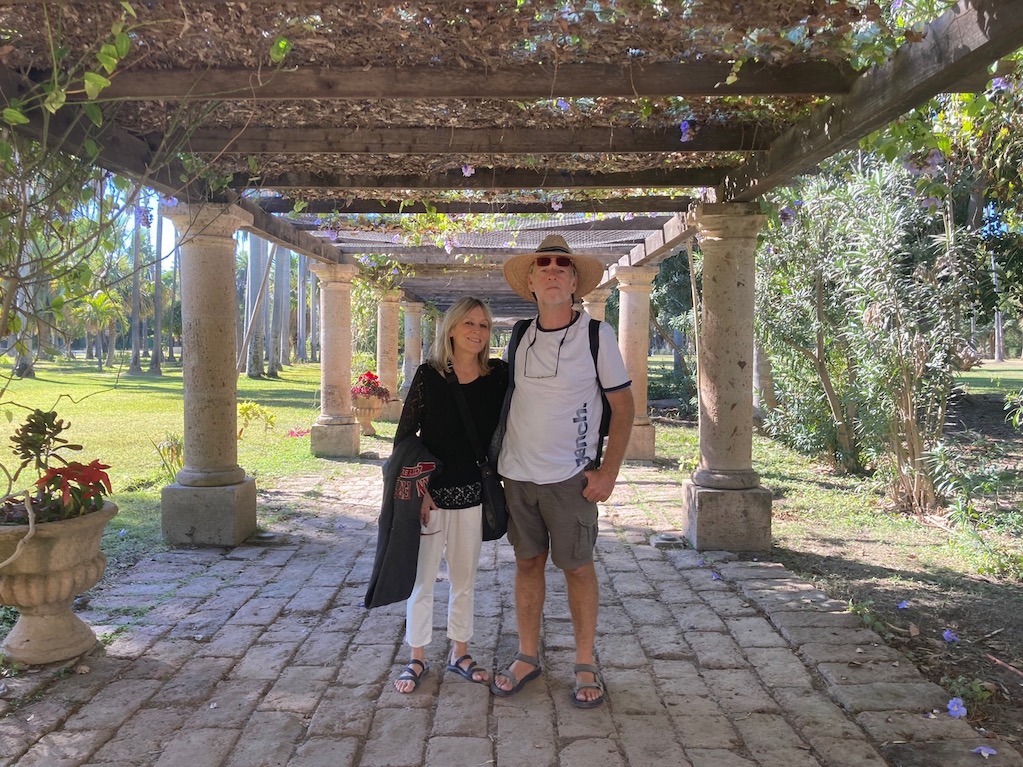
The bus to El Fuerte was thankfully free of clowns. It was full though and Arturo, always up for conversation with strangers, encouraged Paul to engage in a chat with the young boys in the seats behind us. It’s a good way to practise informal Spanish and Paul’s been making great progress since I’ve been away.
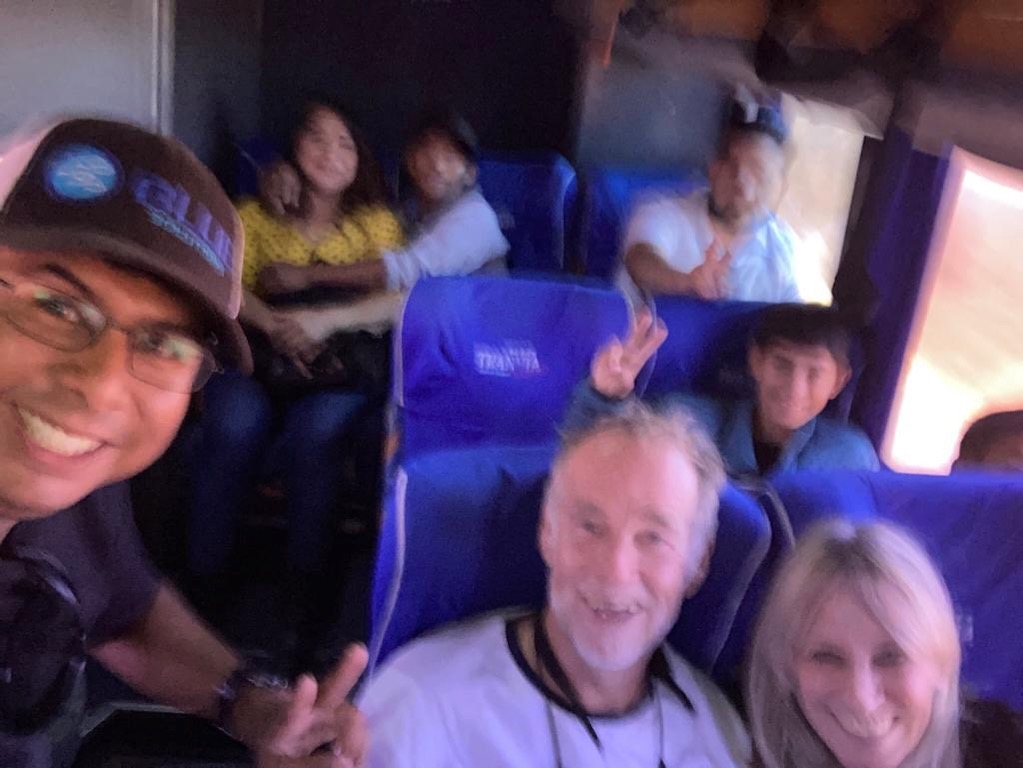
It took just over an hour to get to El Fuerte, a town which on first impressions, certainly seemed lived up to its guide book description of ‘a tranquil, verdant town of handsome colonial architecture and lush mango trees’ as we walked in the sunshine from the bus station to our hotel near the centre. Checking in, we were glad of Arturo’s help with some of the more convoluted questions at reception. Apparently there was a hard sell for us to book places for that evening’s Zorro show (for a hefty sum) in the restaurant and I think they thought they’d succeeded when Paul asked for the show times. We booked our table for the slot that avoided the time when the performances began; I swear their faces dropped.
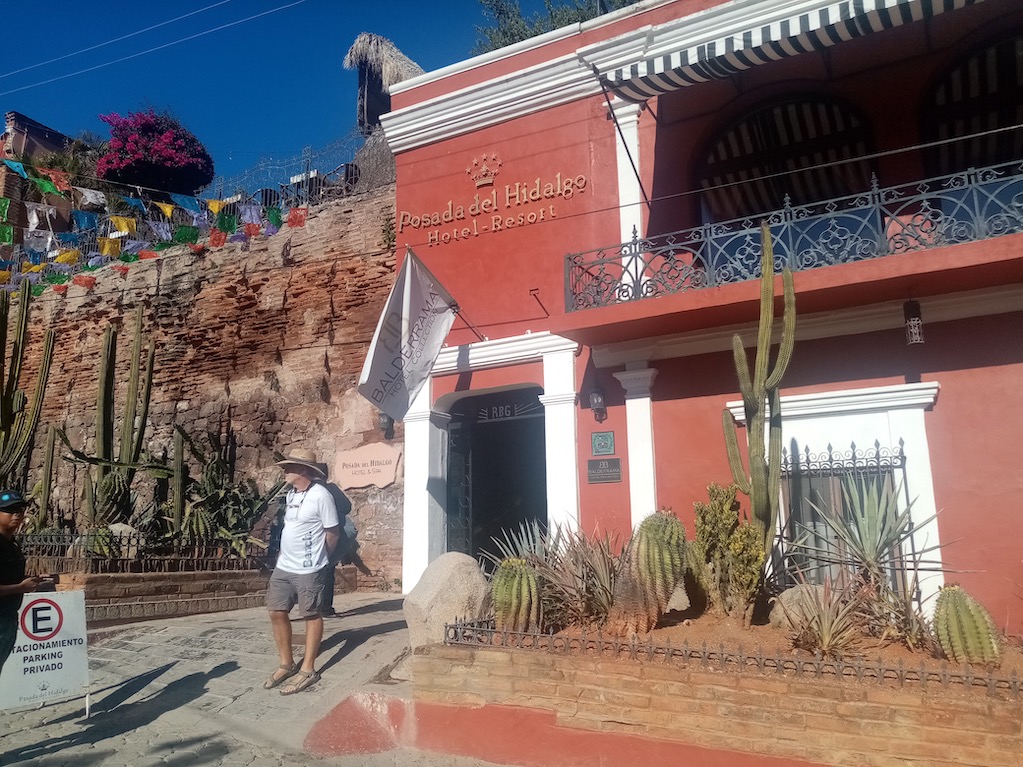
We knew the hotel made much of the character of Zorro. It’s claimed the legendary character had been ‘born’ in the building. Zorro, renowned for carving the letter Z into the clothes or bodies of his adversaries, was a fictional character created by Johnston McCulley. His story was the inspiration for tales, TV series and films about a masked bandit loosely based on real-life character Don Diego de la Vega, who is alleged to have been born on the site the Posada de Hidalgo is built. Merely the site then, not the actual building. You can’t really blame the hotel or indeed the town for capitalising on the association. It’s always interesting to have context when visiting a place. We just didn’t fancy watching a mini pantomime while eating dinner (especially as it looked like audience participation might be required). The statue is impressive though.
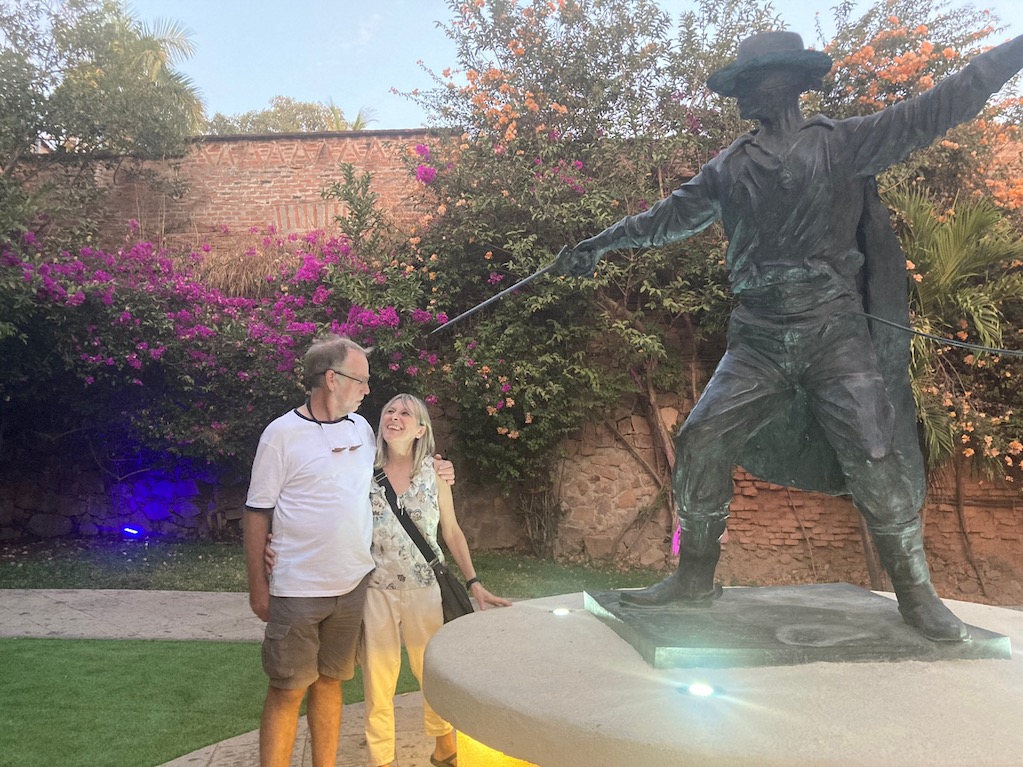
The hotel is beautiful. It was originally an old colonial mansion and was transformed into a luxury hotel with rooms tastefully fitted out in wood and marble. Ours had a high ceiling, large wooden double doors and long wooden shutters on the windows. A small balcony overlooked the leafy side street and a games court. Some pics below of the opulence and style we enjoyed there.
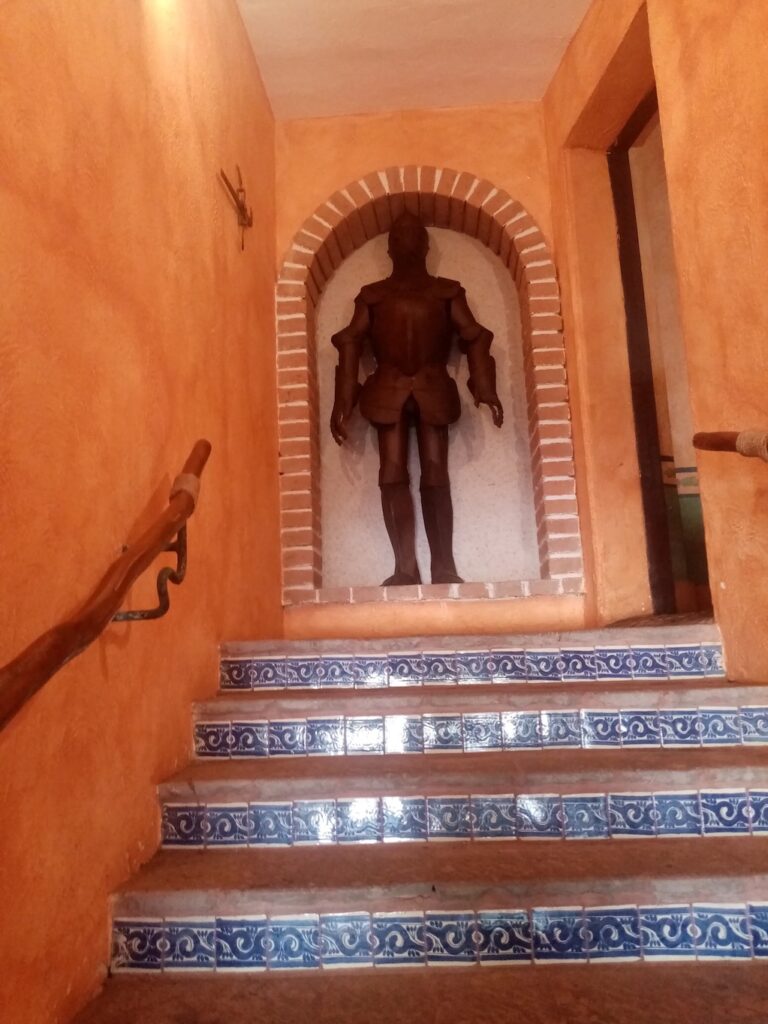

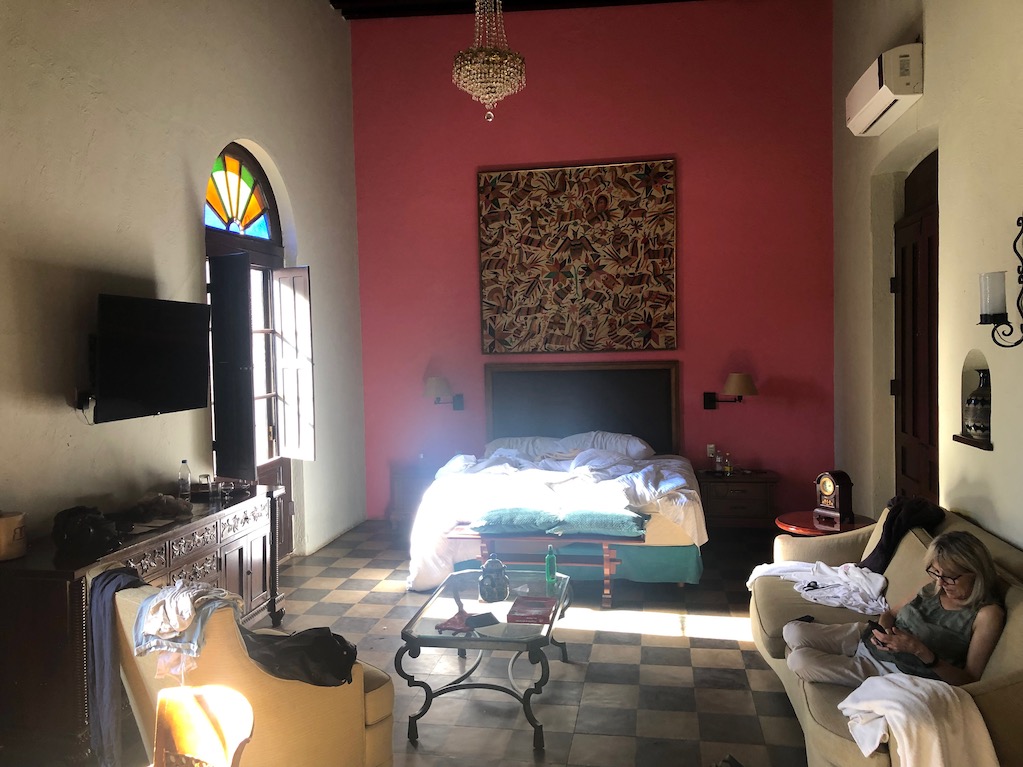
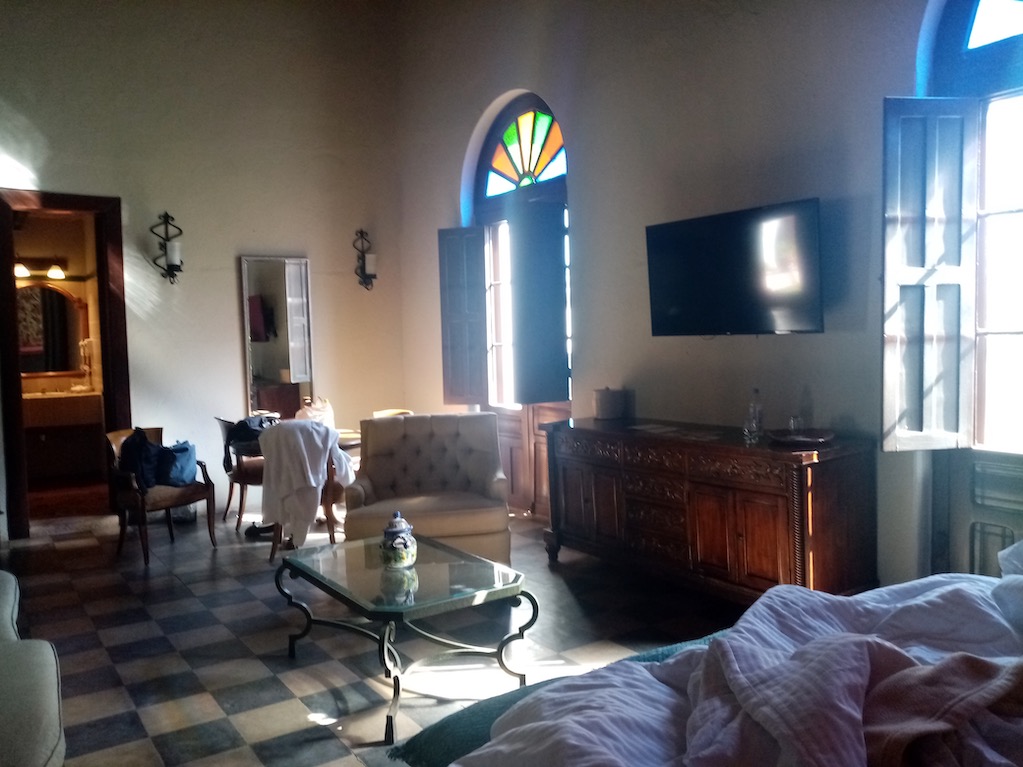
After unpacking we headed to the bar for drinks and guacamole by the pool before taking a walk along the River Fuerte with Arturo, who has come to know the town well during his visits from Los Mochis.
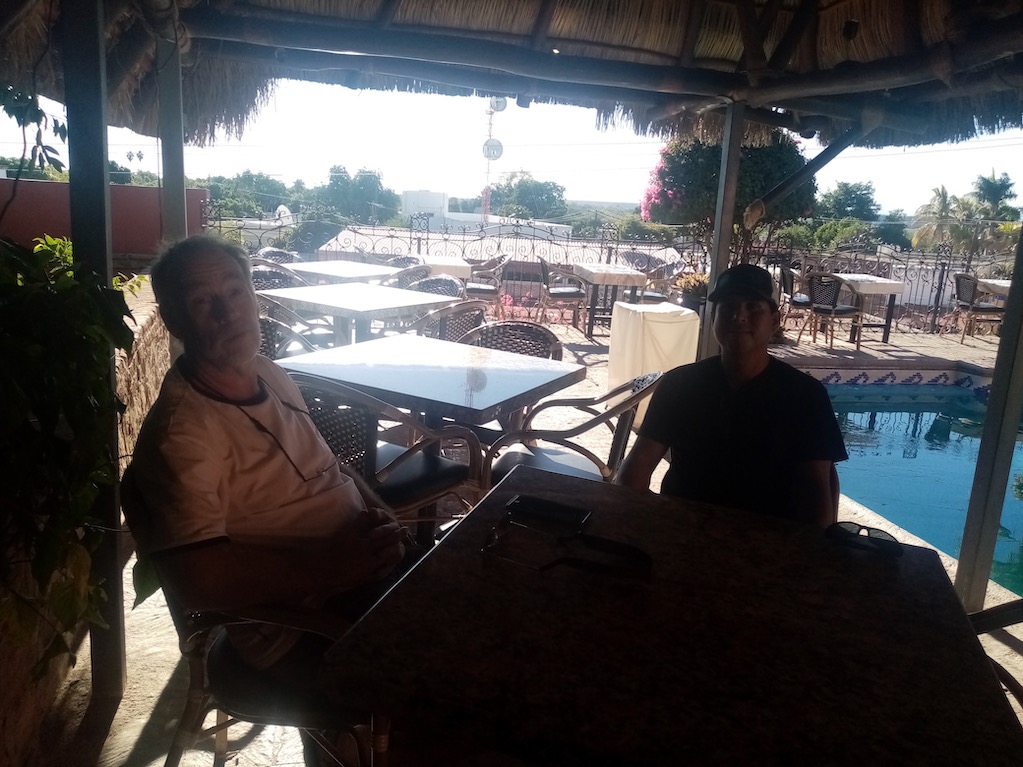
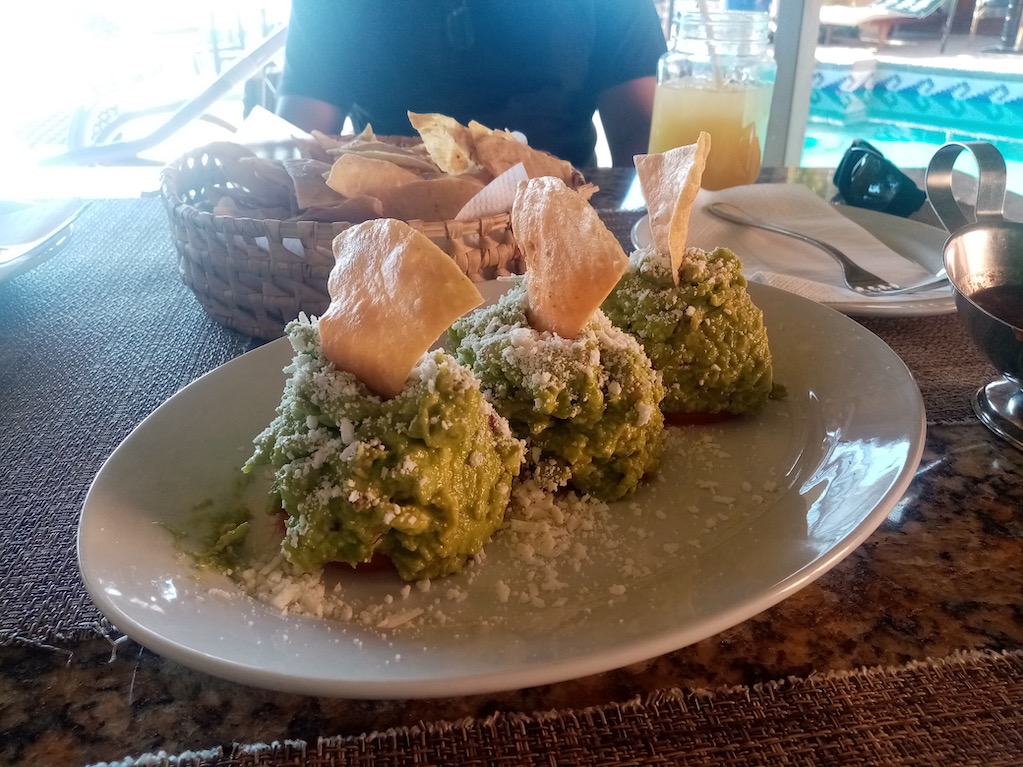
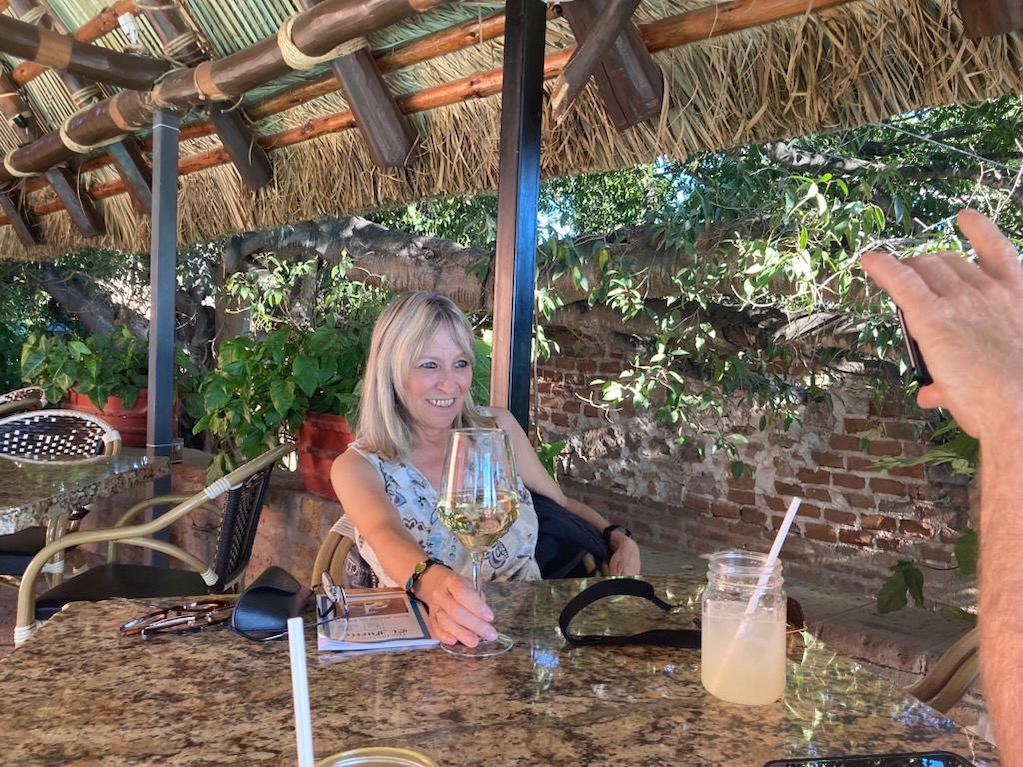
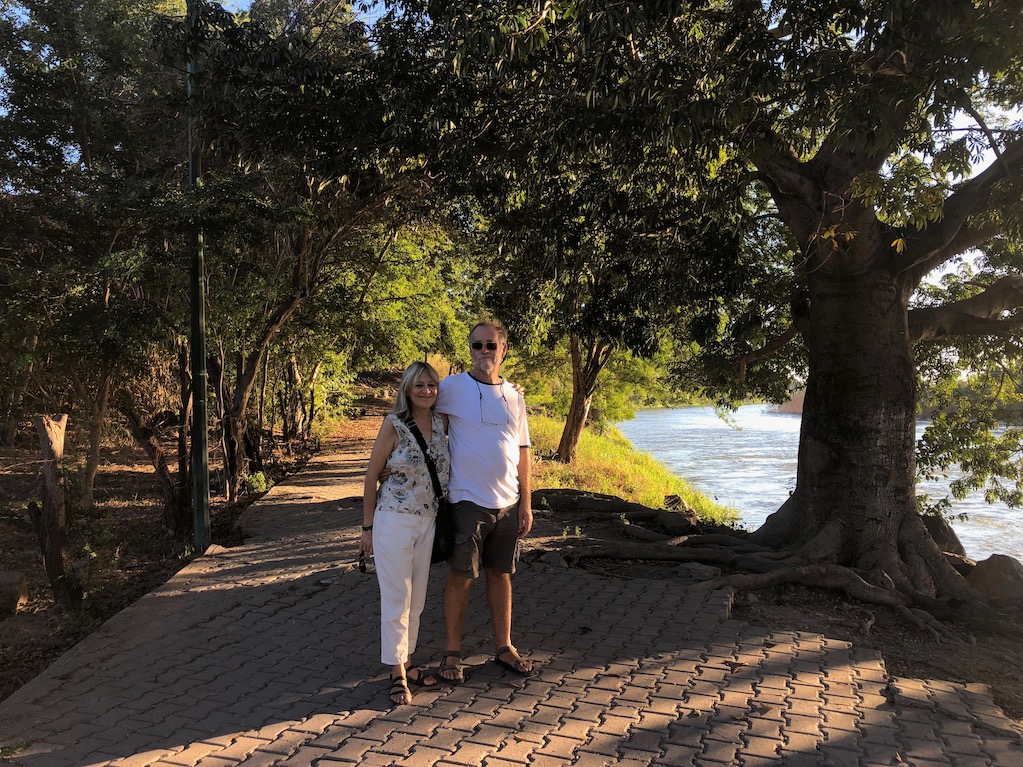
Dinner in the stylishly decorated restaurant was entertaining enough without the Zorro reenactments. Our waiter, keen to practise his limited English on us, discovered that he and Paul shared the same name and made reference to it every chance he got. This led to excitable mentions of Liverpool, football, and anecdotes about his wife – all while laughing and exclaiming as if this was turning out to be one of the best evenings of his life. With the tip we felt he had worked hard for, Paul said it was quite an expensive dinner…and we only just managed to escape before the unmistakeable sounds of the Zorro show reached our ears.
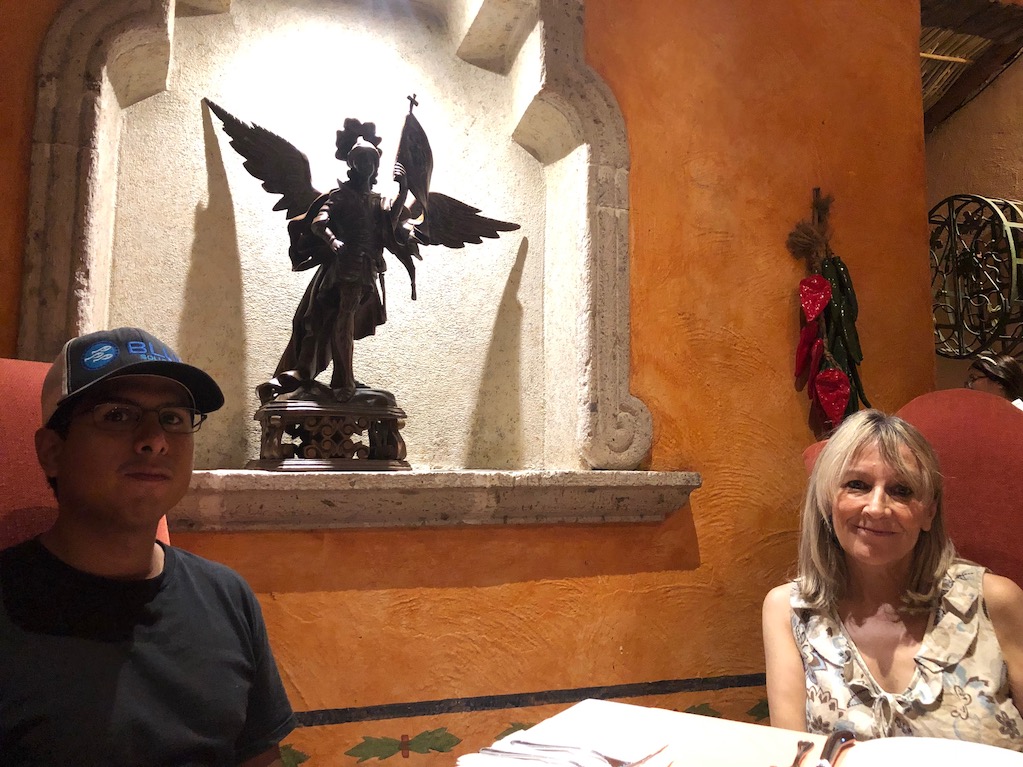
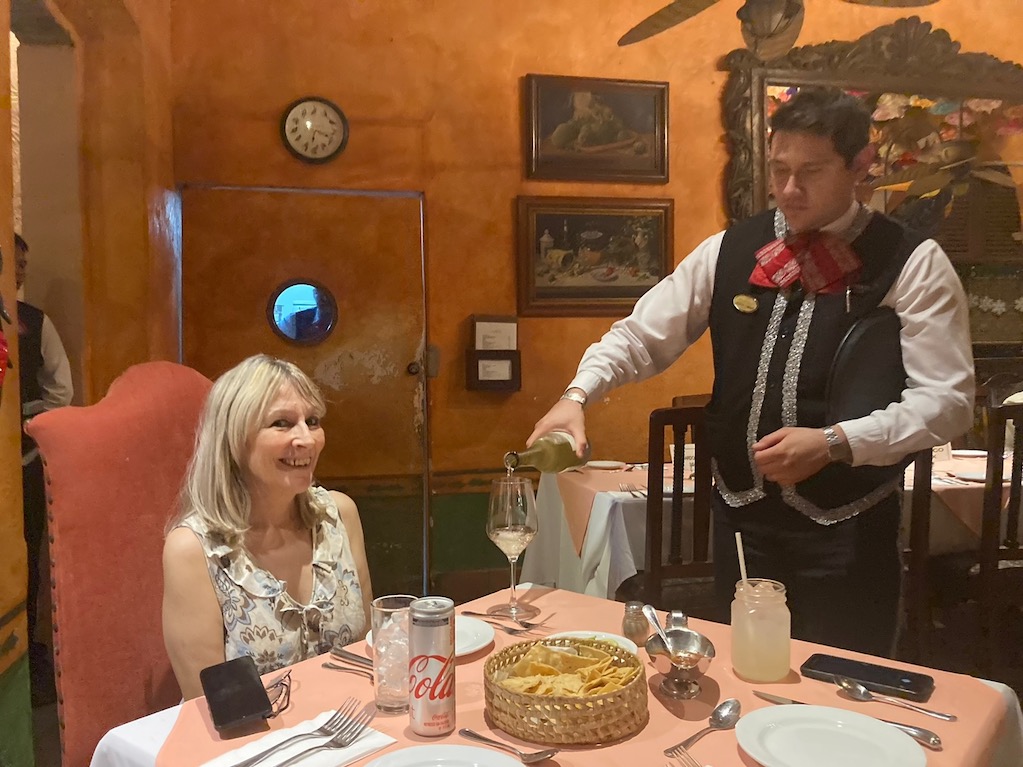
Arturo arrived the next morning in his girlfriend’s car. We had made plans to visit the local museum before driving a few miles out of town to see a wildlife rescue park. The museum, handily situated next to the hotel was created in and around an old fort and the pictures and exhibits typically depicted historical figures and events connected to the area. The views from the top of the fort were spectacular on such a sunny and clear day.
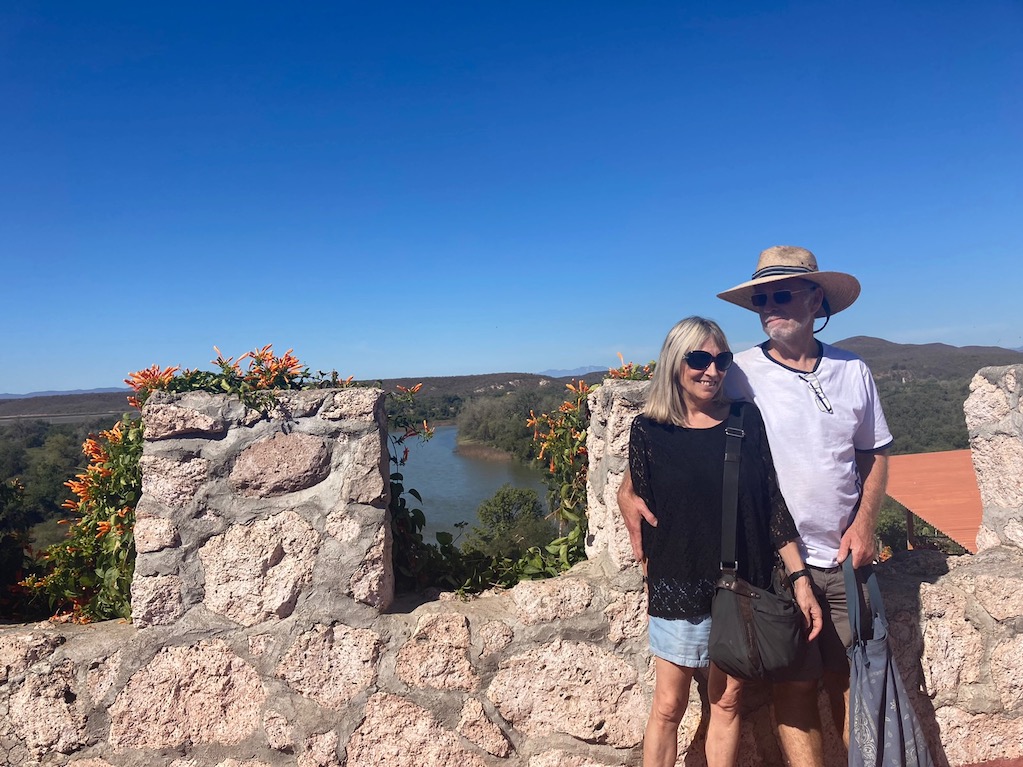
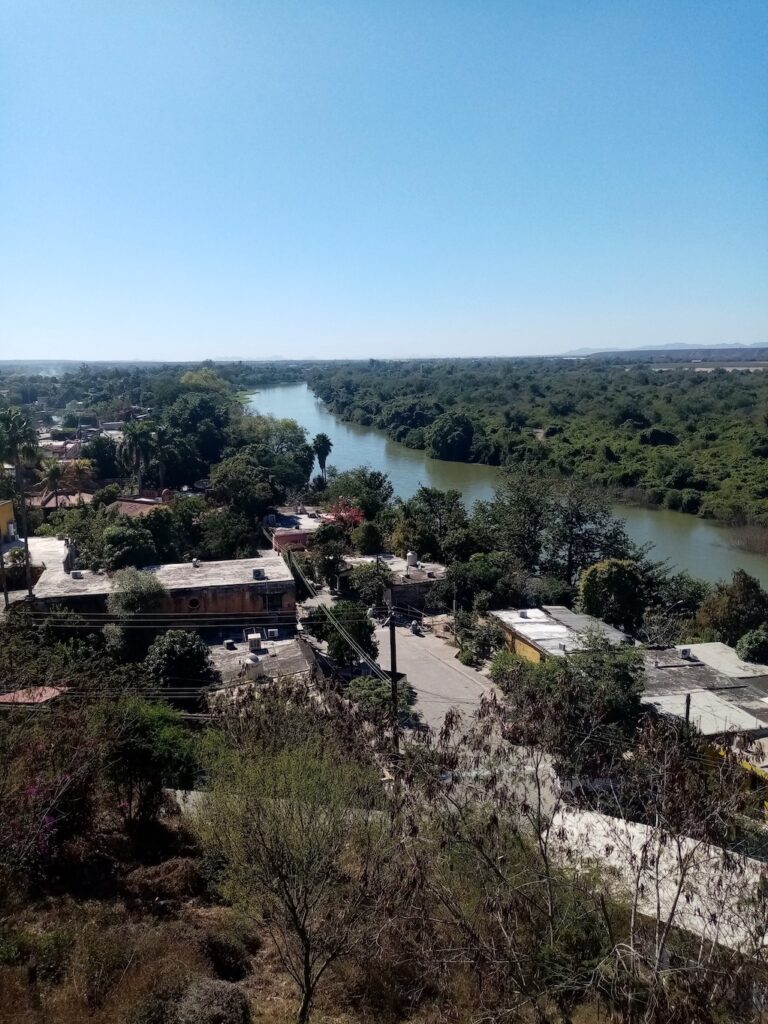
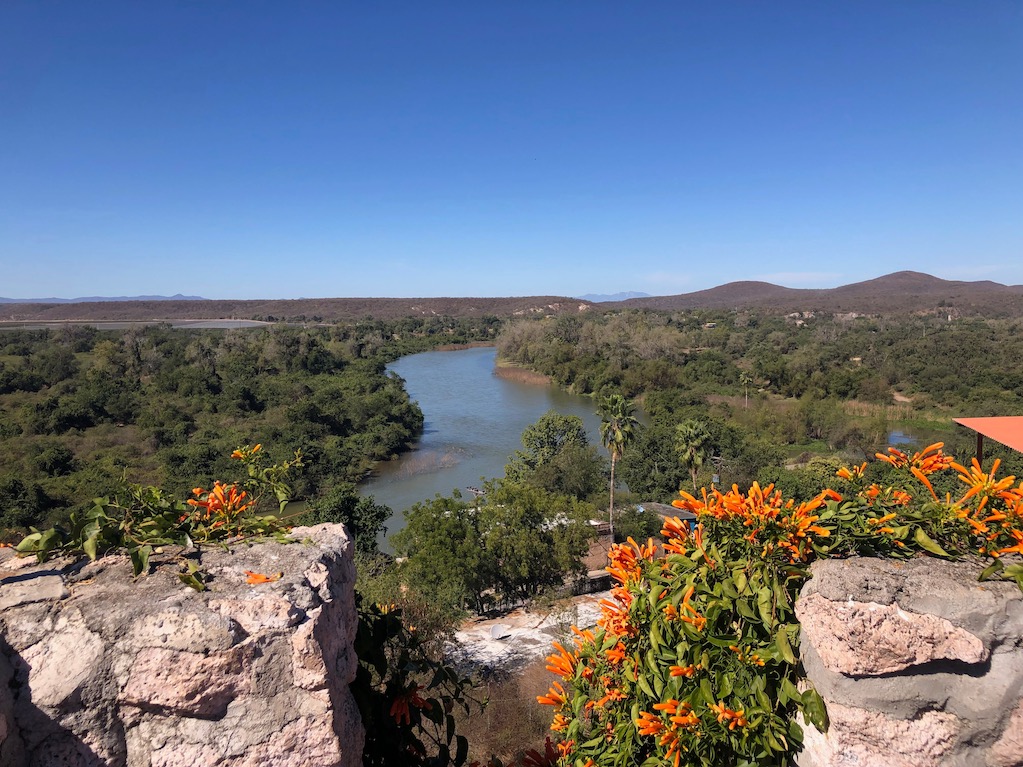
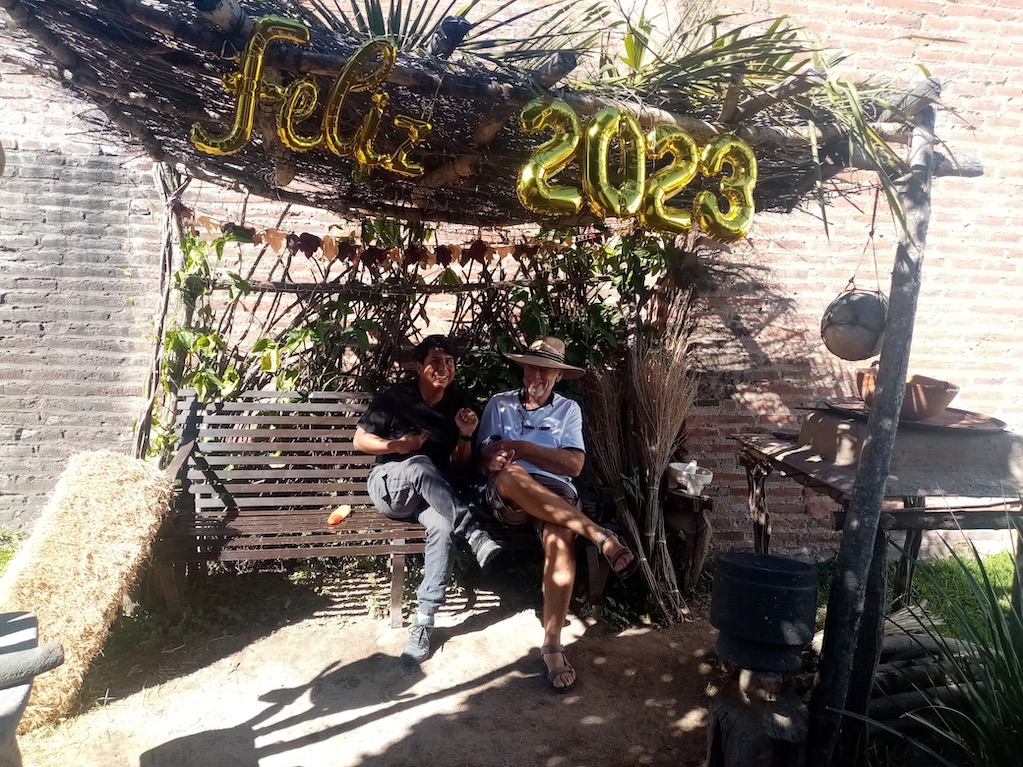
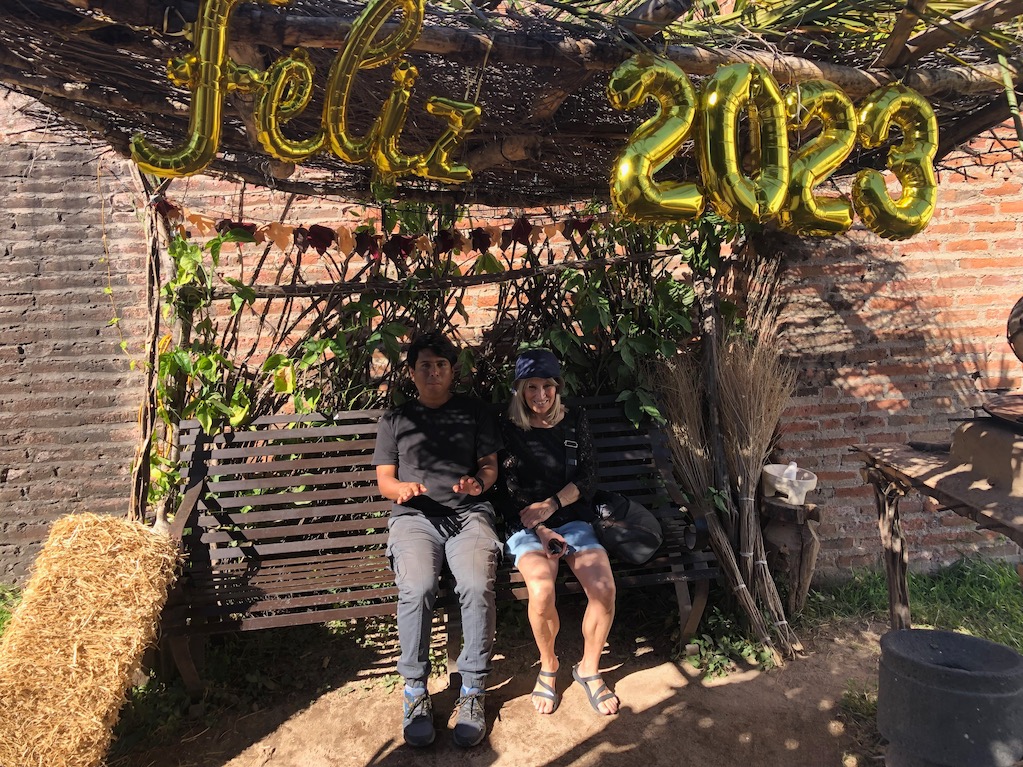
The day had grown hotter by the time we reached the park at La Galera early in the afternoon. Set in woodland, next to the Fuerte River, there are picnic areas, nature walks and boat rides nearby, but to get to the animals you have to walk across the suspension bridge spanning the river. Before we did this, Paul and Arturo applied liberal amounts of insect repellent. Despite repeated entreaties and warnings from Arturo who had been bitten there before I chose not to, thinking myself immune to them as I hadn’t been bitten since my arrival in Mexico. That was a decision I would come to regret bitterly. The bridge was a bit rickety but we lingered a while on it to look at the fast-flowing Fuerte River rushing below us.
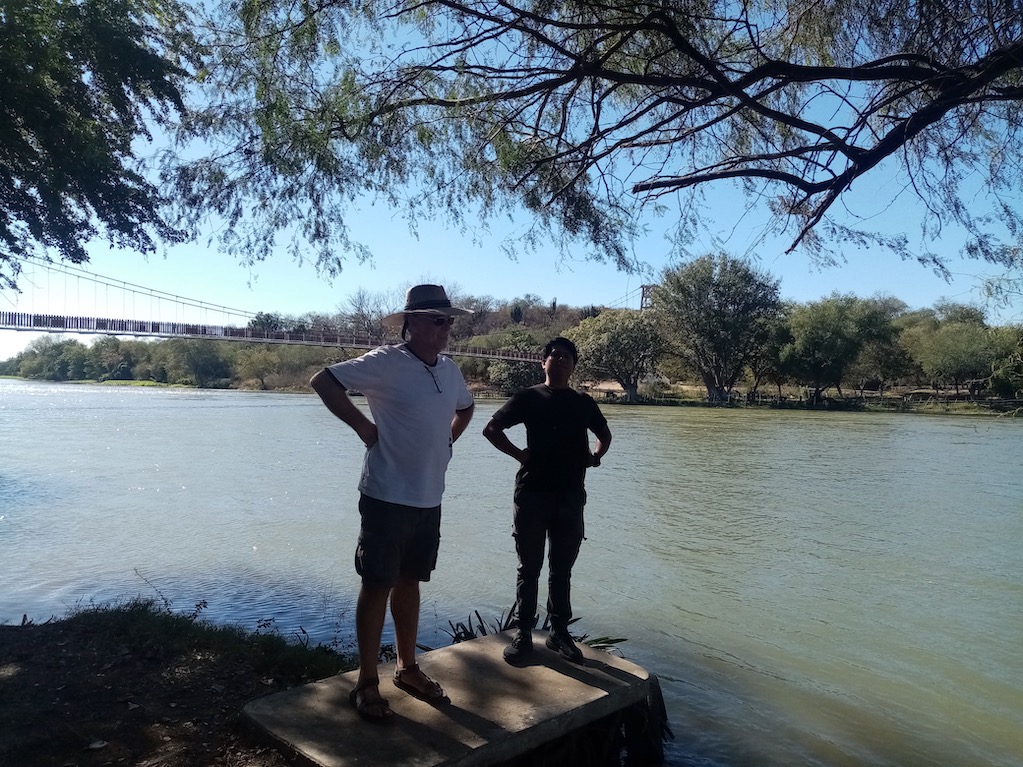
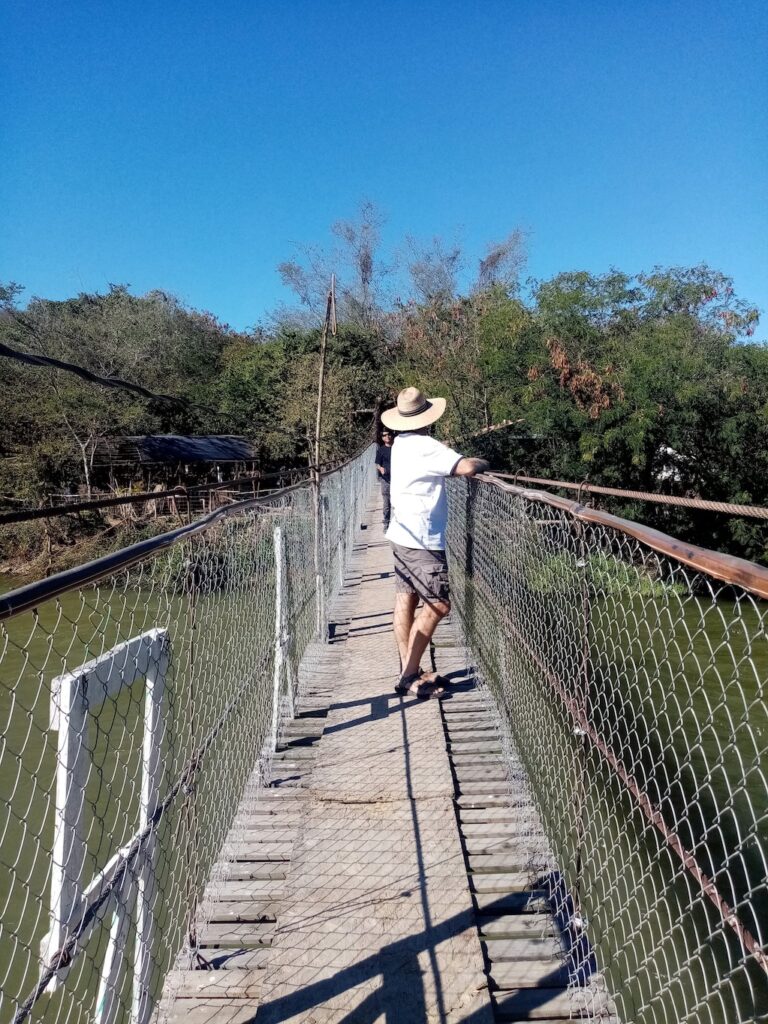
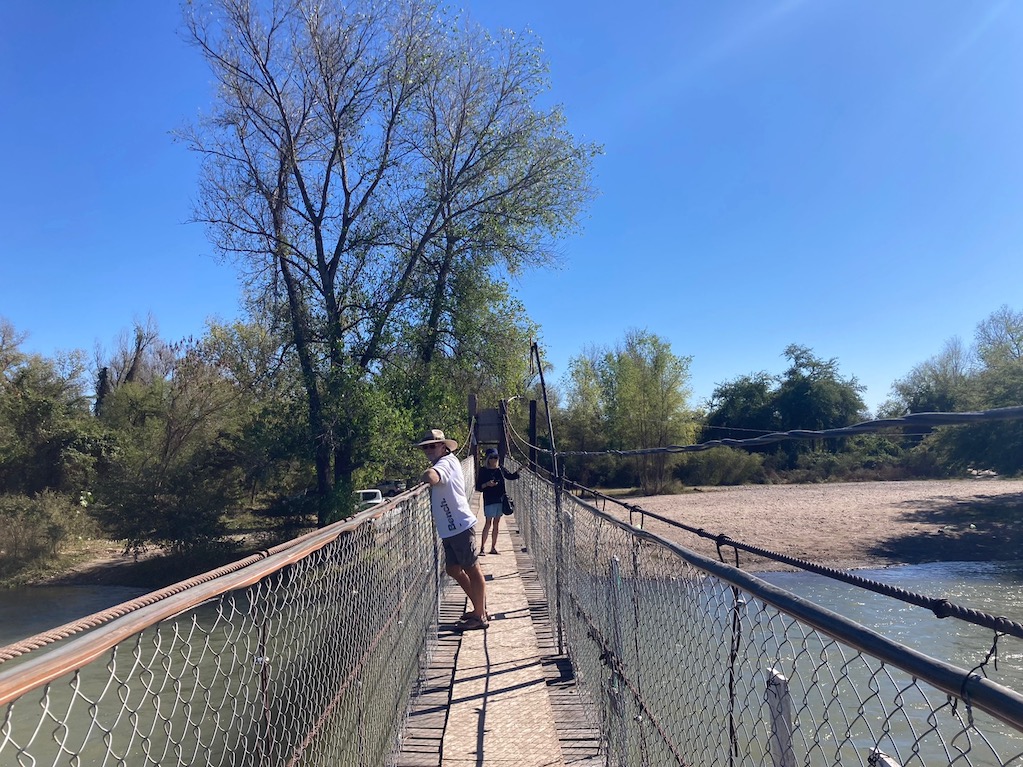
As well as the very reasonable admission fee, the man who took our money encouraged us to buy little sachets of food and bottles of milk for the animals, which we did. This man runs the place himself and all the animals that are brought to him are treated, rehabilitated and released back into the wild whenever possible. It was delightful. We had a fantastic afternoon walking around and feeding goats, donkeys, parrots and even a raccoon, who slid the offering from the palm of my hand into its mouth with surprising gentleness – as did the parrots who picked the peanuts from my fingers with their beaks very courteously, as if fearful of hurting me. Now and again I felt slight ‘fly-like’ movements on my bare legs but just waved them away, too intent on looking and walking and petting the animals to notice that mosquitos were indeed feasting on my legs and ankles. No apologies for the amount of pictures we took from the afternoon.
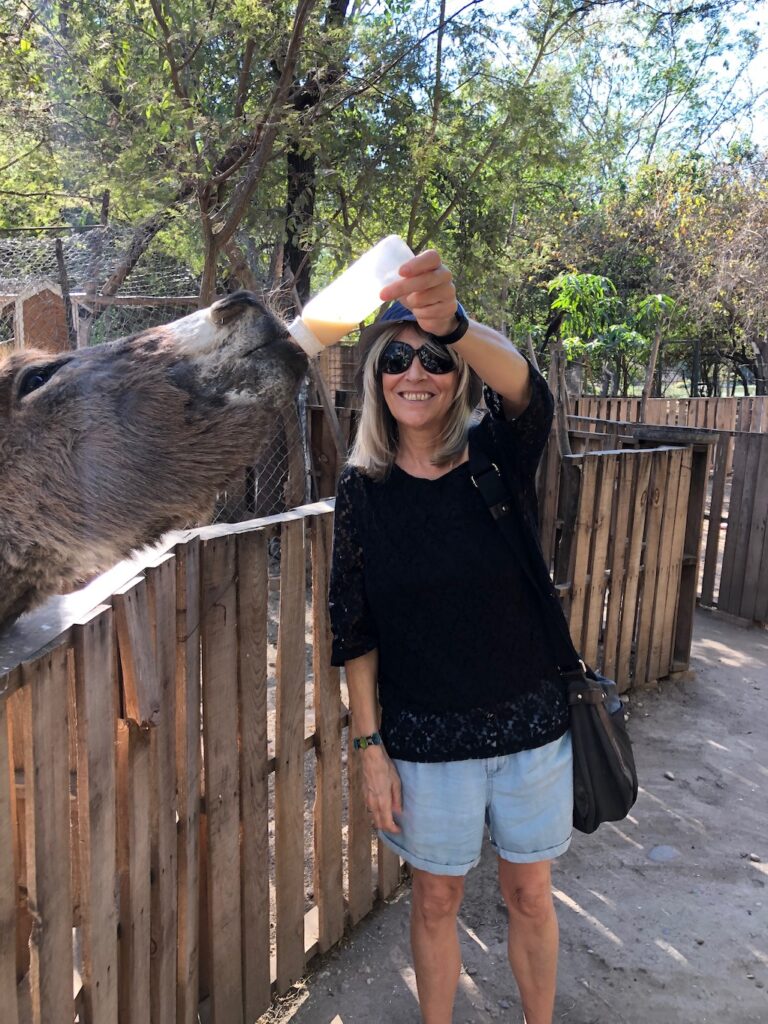
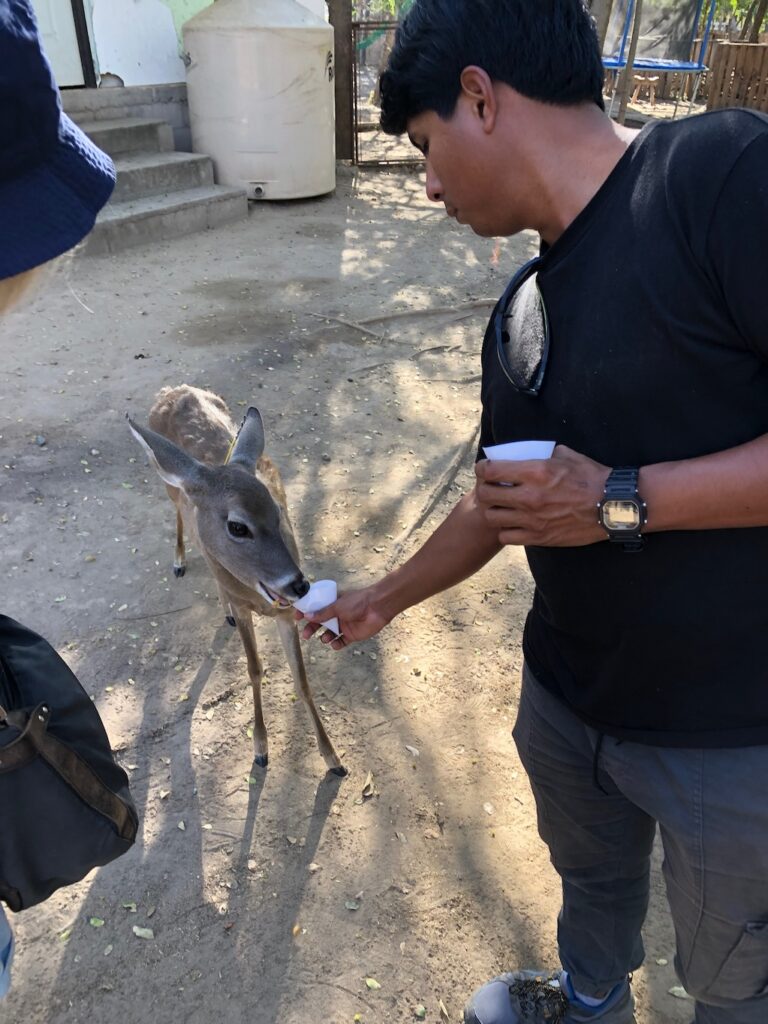

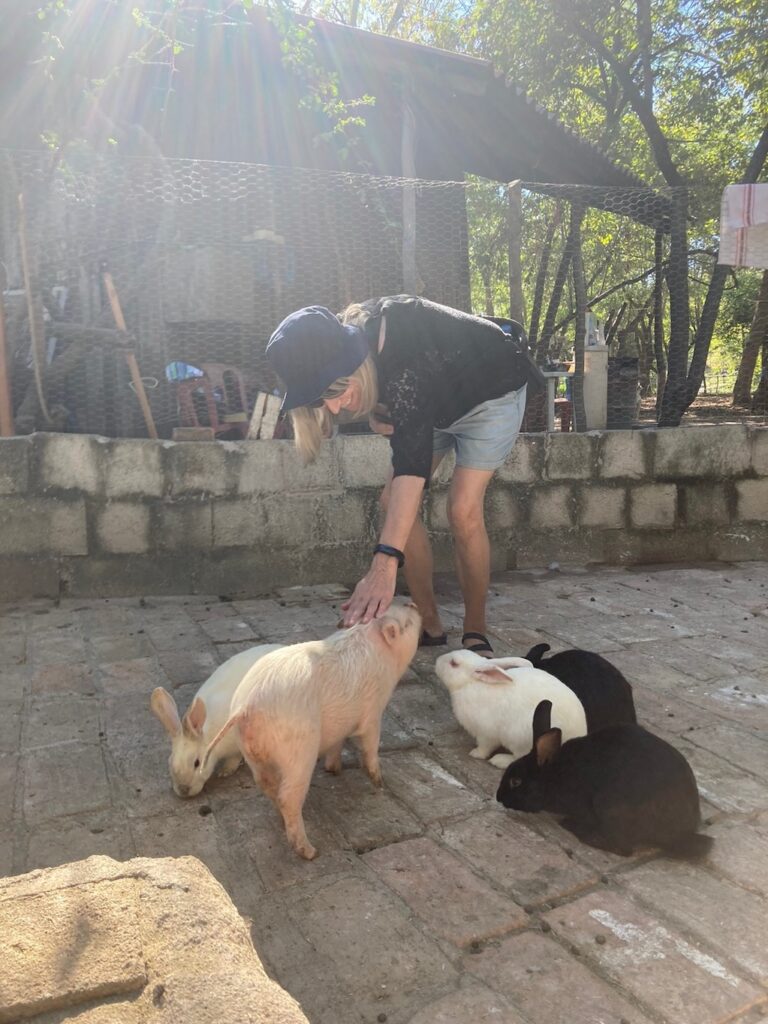
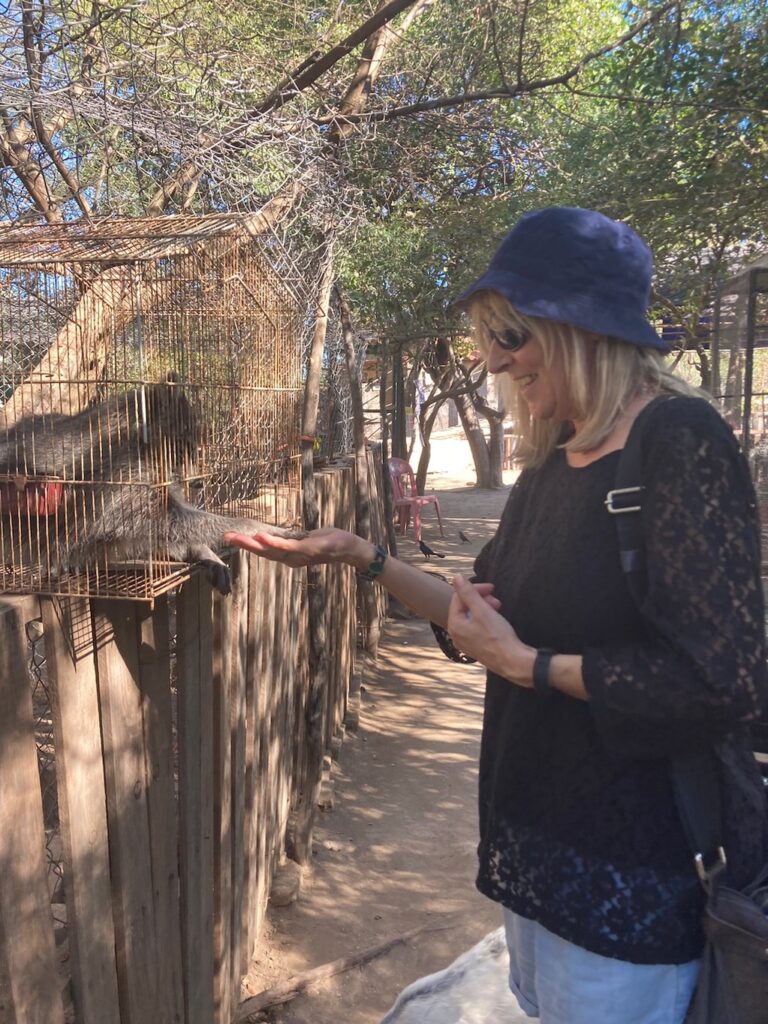
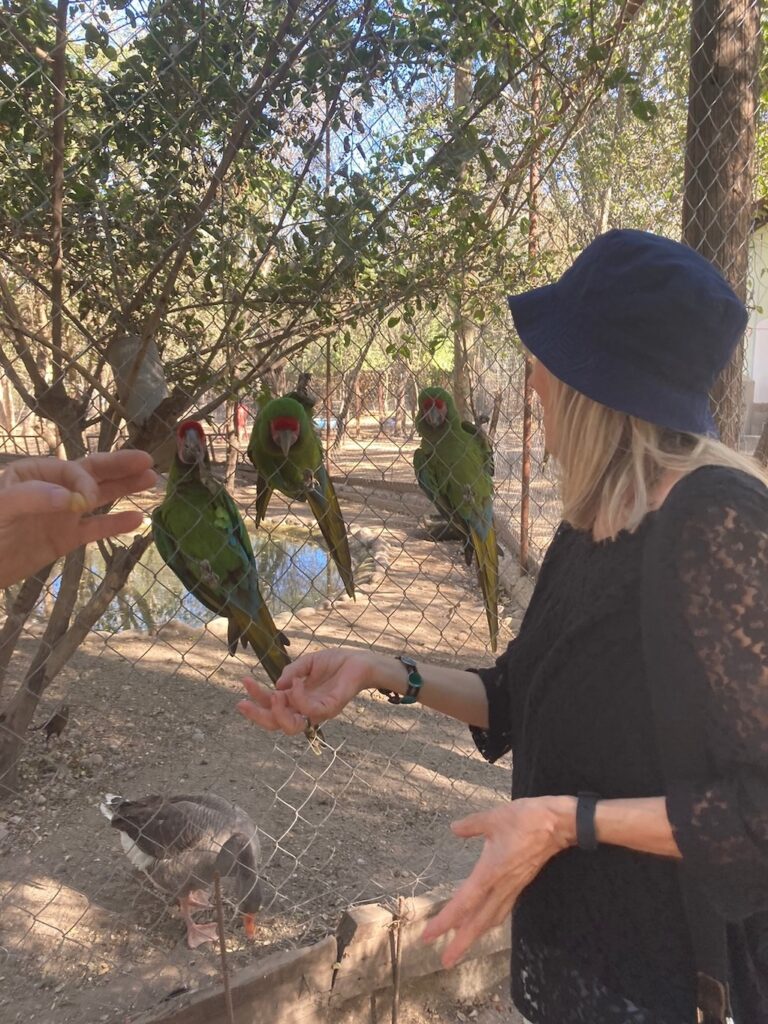
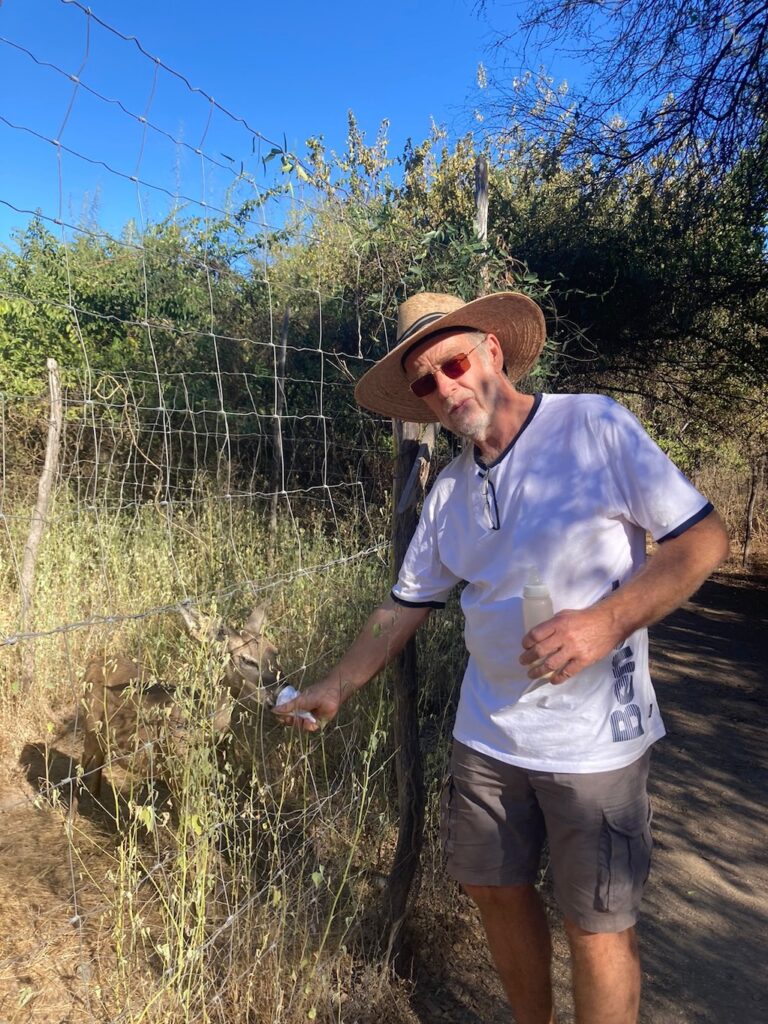
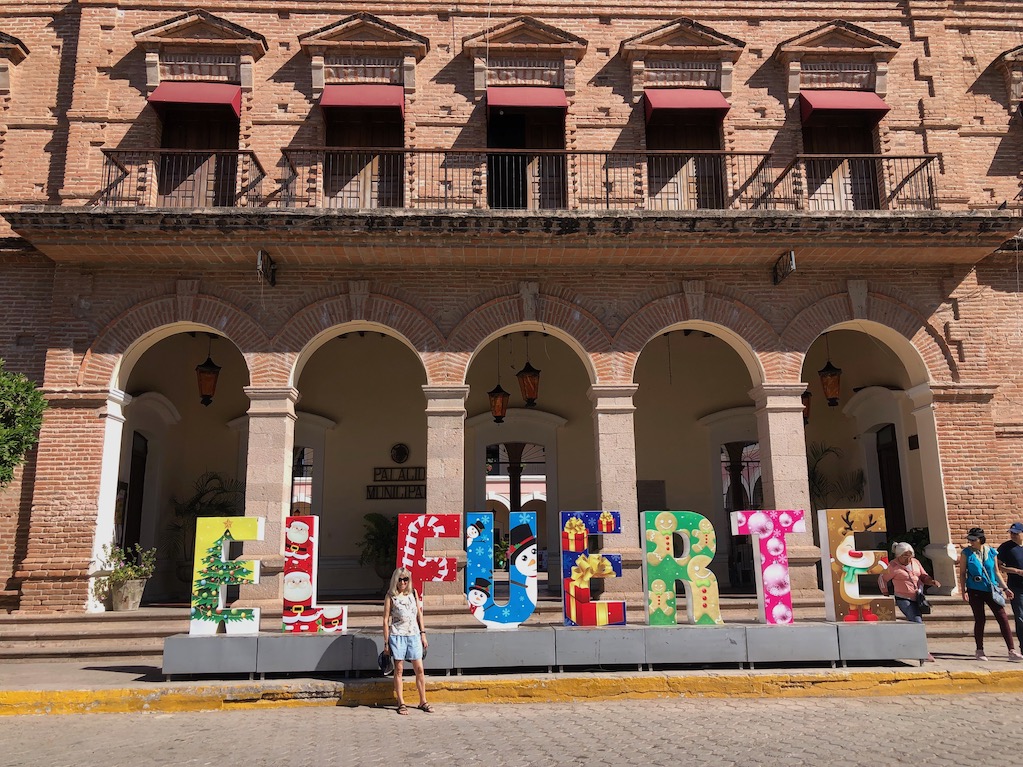
It wasn’t until a full day later that the itching began. I had noticed the red bite marks on my legs, but still convinced myself they wouldn’t bother me. Just after we’d left the hotel and had a final walk around the town before getting the bus back to Los Mochis, my trousers began to rub on all those red marks and I made the mistake of scratching my calf. That began almost 10 days of trying to resist the urge to scratch the intense itching. There were so many of them my legs felt like they were pulsating at times. I found a cream that provided relief – for the 10 hours advertised on the tube. I could almost tell the time by when it wore off and I had to reapply. Needless to say that was a valuable lesson learned. The pic below shows them at their worst.
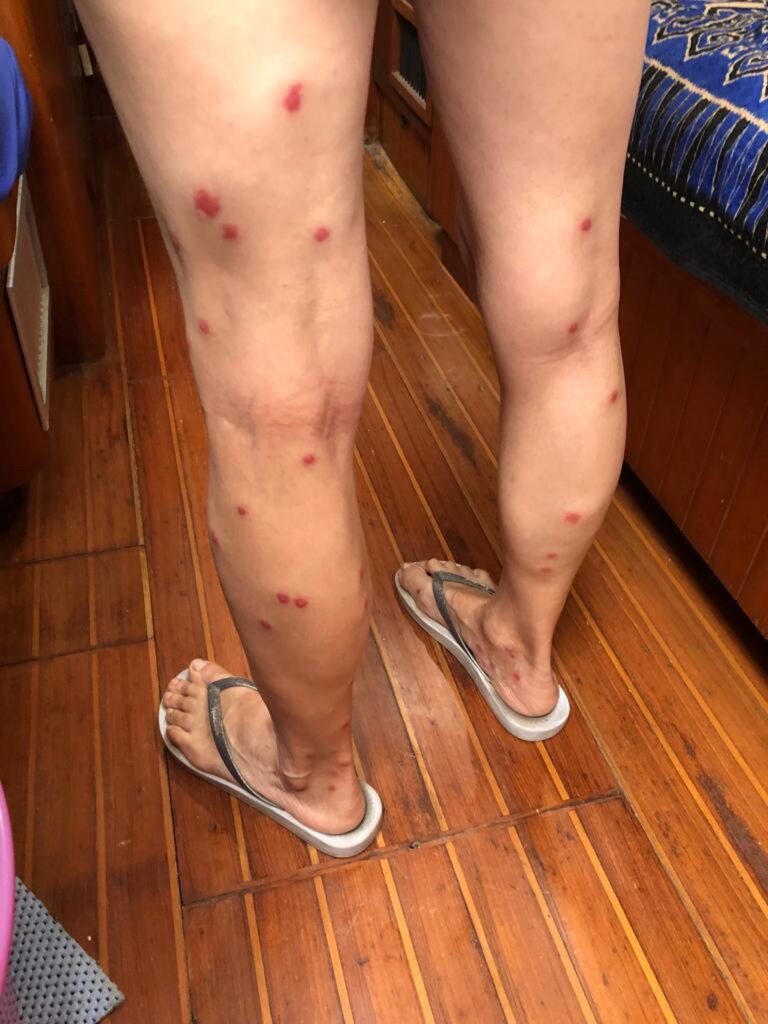
At Los Mochis we bid farewell to Arturo. It might be a while before we enjoy his company again but we are certain that we will.
Back in Topolobampo, we left the marina and spent a relaxing couple of days anchored in the lagoon. Now, we had the time to walk along those golden stretches of beach and sit in the cockpit watching the birds while enjoying the delicious guacamole Paul makes. During one afternoon walk, we were surprised to come across three cows grazing in the rough, bushy landscape. We hadn’t seen any cows at all in Mexico up to this point and to see three of them there seemed a bit incongruous. We spotted them again the night before we left, ambling along the sand by the shore.
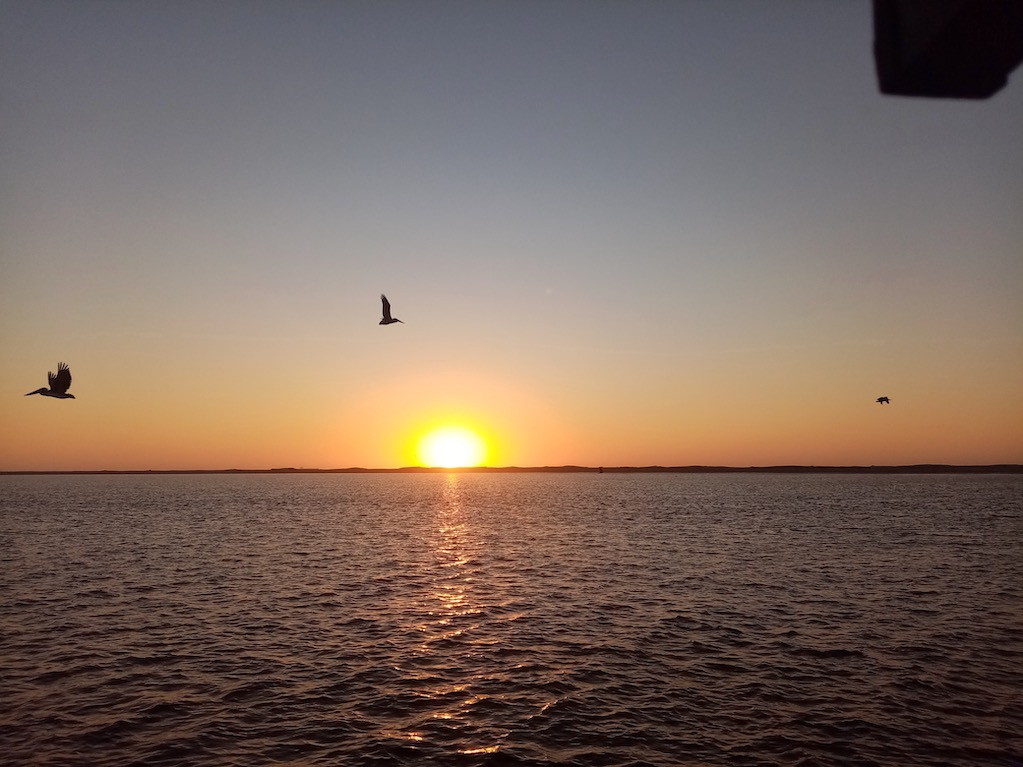
Our next stop along the coast was Altata. This meant an overnight passage. We’ve got into a comfortable routine with these now, whereby I take the 8pm until midnight watch and Paul the midnight until 4am (depending on conditions I can cope with of course). Dinners on these occasions are always simple, and in the comfort food style such as pasta or veggie burgers. For this trip I made empanadas with ready-made pastry circles we’d bought, and various vegan fillings I had created the day before. Checking the instructions, I was surprised to discover they should be fried in a little oil instead of baked in the oven. They turned out well (Paul had four!). We had thick fog on this passage but the radar on the iPad in the cockpit alleviated any anxiety about not being able to see other vessels and hazards. Swirling fog gave an eerie atmosphere to the night watch, especially when the book I was reading was about a haunted lighthouse.
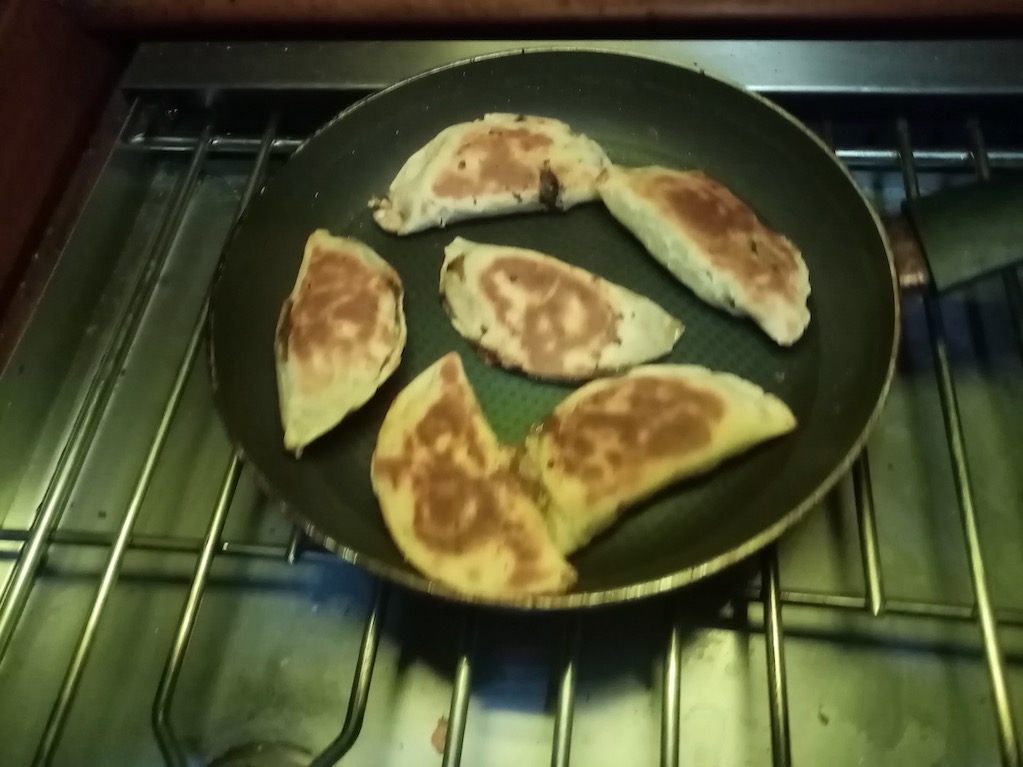
There was a notoriously tricky entrance to navigate before we reached the anchorage. Only a small break in the bay, which has almost landlocked protection provided by narrow barriers of sand beaches, allows boats through. Paul had tried once before to get in but the shallowness and breaking waves all around had put him off. From afar it looked to me as if the boat would have to skim over strips of land to reach the lagoon! With careful planning regarding tides and by closely watching the depth as we got close to the sandbars, we dropped the anchor and I breathed a sigh of relief (one of the very few fears I have on the boat is going aground).

Our customary walk around a new place was marred a little by the limitations caused by the bites on my legs. They were so sensitive to anything touching them, that walking set off unbearable itching spasms. It wasn’t quite warm enough for shorts so I resolved to grit my teeth and bear it rather than miss out on an evening walk around the seafront. Altata is known for the unique design of the shrimpers’ boats. Colourful spinnakers are rigged on the pangas as they slowly drift in the shallow water with their nets alongside the boat. They make quite a striking sight when the fleet is out fishing.
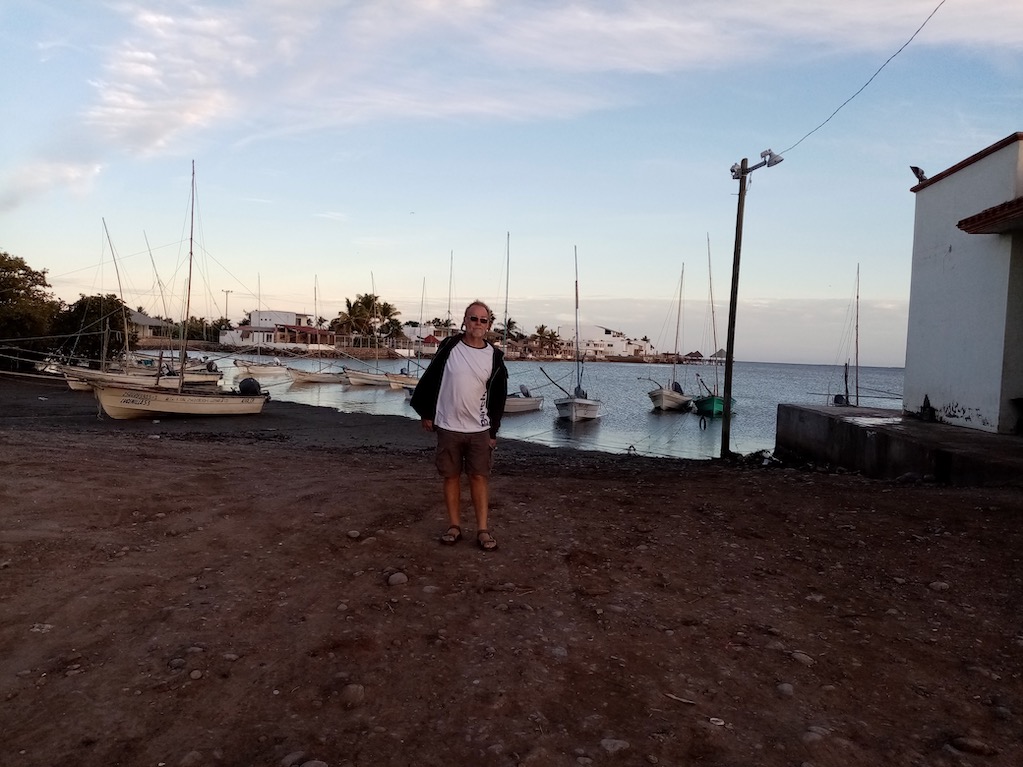
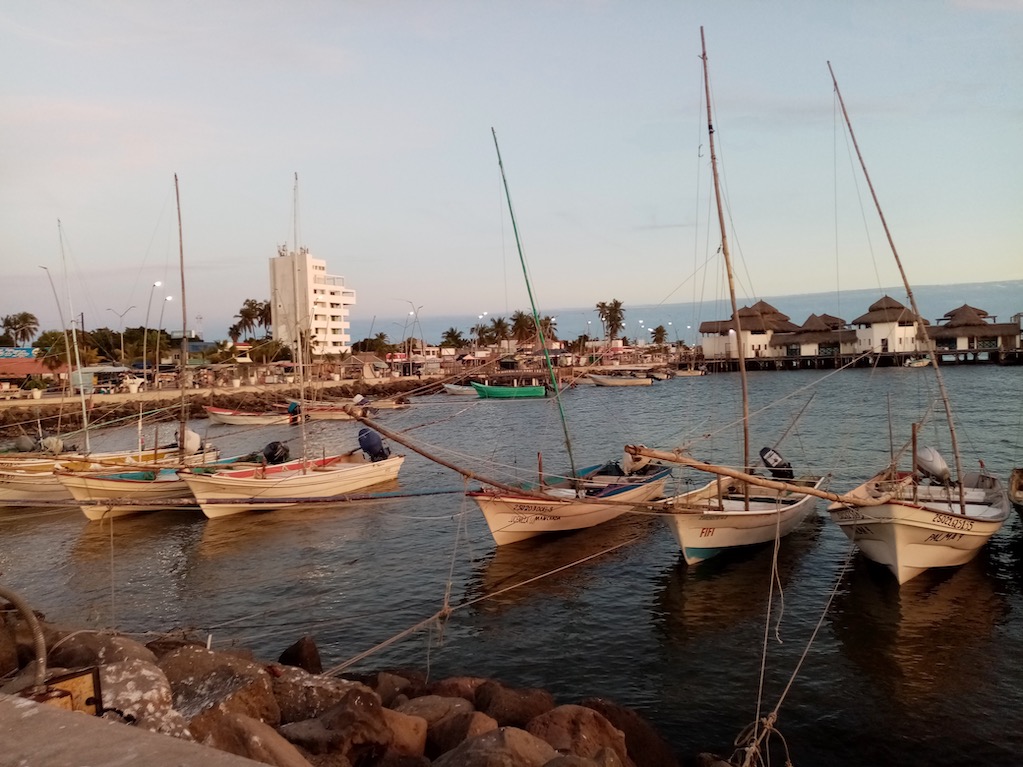
After getting a few essentials in one of the small shops in the town, we headed back to the waterfront to find somewhere to eat. The short row of bars and restaurants on the malecon were fairly empty and we chose the one which had a few tables occupied. We had the feeling it would probably be more busy at weekends and further into the season. We were approached during the meal by a man selling things. Discovering we were English, he urged us to buy some green beans he produced from his sack. They looked good and we agreed to have some. I didn’t realise we would get the entire big bag of them he was holding. Still, they kept well and lasted for a few meals. We spent a couple of days in Altata catching up on rest and chores. I found it a quiet but charming place, as the pictures show.
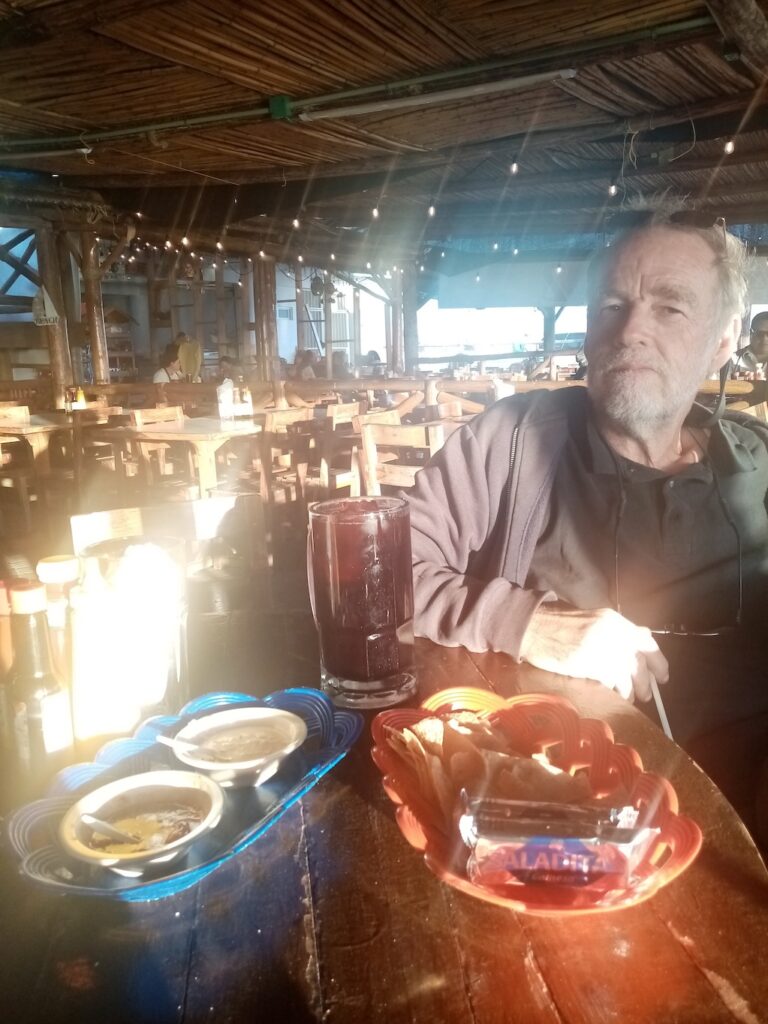
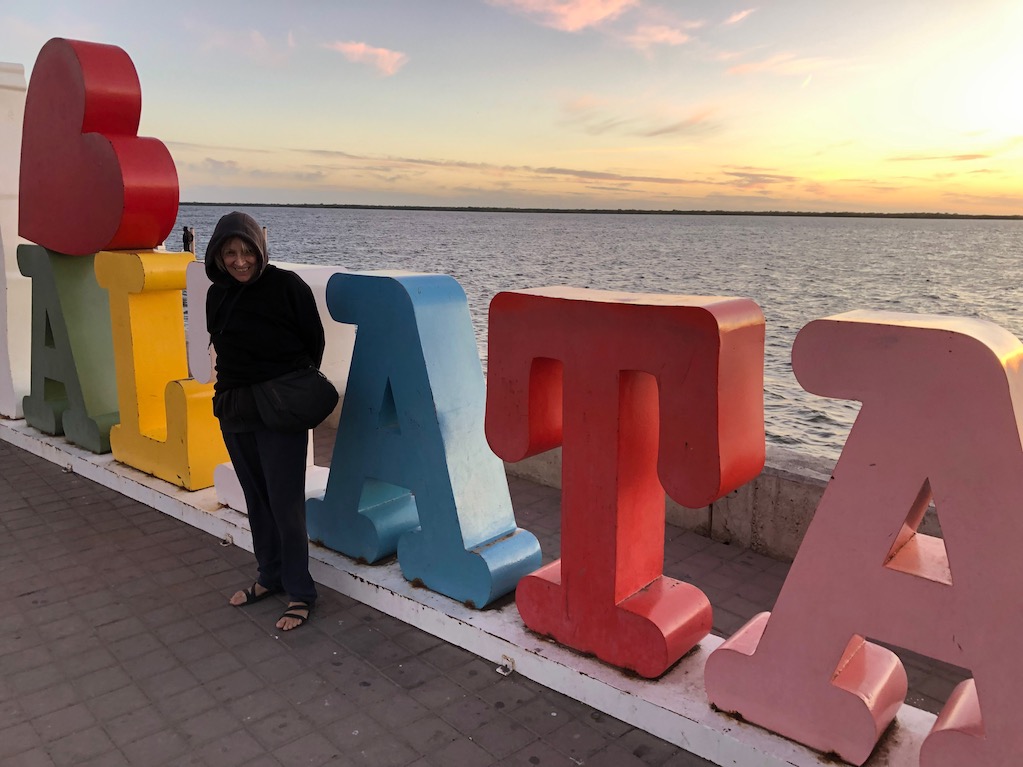
It was cold when we weighed anchor at 8am on January 19th. Accustomed as we were to shedding layers as the day went on, it was unusual to find ourselves adding them. Paul ended up at the helm with a full set of oilies and a lifejacket!
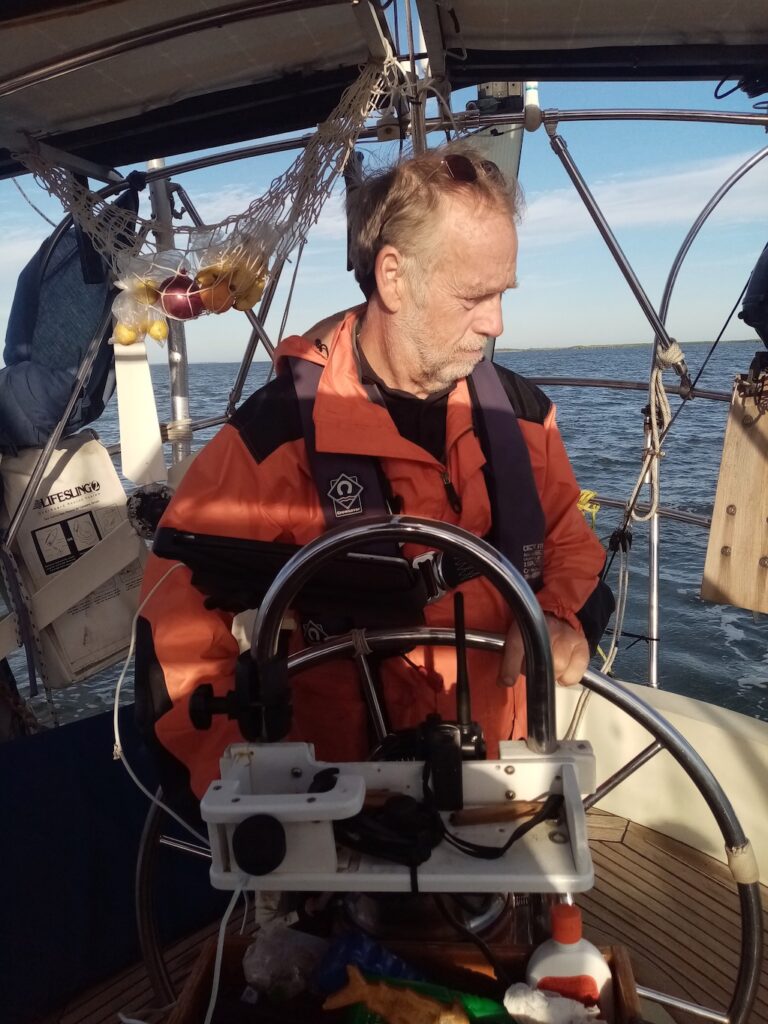
Another overnight passage saw us leaving the Sea of Cortez and entering Pacific Coast Mexico. I was looking forward to seeing Mazatlan again. I had really loved our visit there the year before. It had that vibe that appeals to me but which is impossible to describe objectively. No fog on this leg but the cold temperature remained and the sea, although not rough, was choppy enough to cause rolling. Luckily the wind was in our favour and we sailed most of the way – always nice because it’s peaceful, saves on fuel and is obviously greener. The autopilot broke a few hours before we reached the old harbour at Mazatlan and Paul hand steered for an hour or so when we needed the engine on. It would need to be looked at and assessed during our planned week in Mazatlan before we could consider moving on from there.
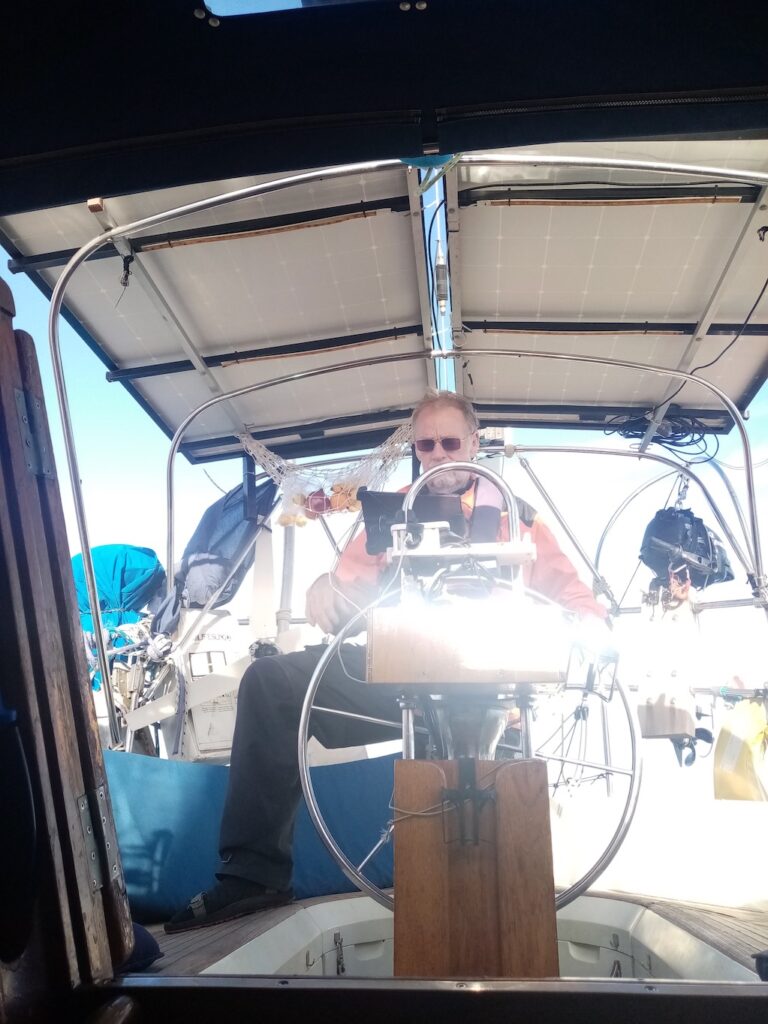
Our week in Mazatlan was great. We did the laundry, tidied the boat, ate out a few times, visited places we hadn’t been to last time, had lazy days on the boat and made several provision visits to supermarkets. More importantly, Paul successfully fixed the autopilot. We also watched a carnival procession the first night we were there, that played out a bit like a beauty contest on wheels. Its purpose was to choose a carnival queen and the women were perched atop cars and vans, each dressed lavishly in the colour they represented. Crowds of supporters followed behind the vehicles, dancing and flag waving and banging drums. Entertaining to watch but the music (very trumpet heavy) was excruciating to my ears.
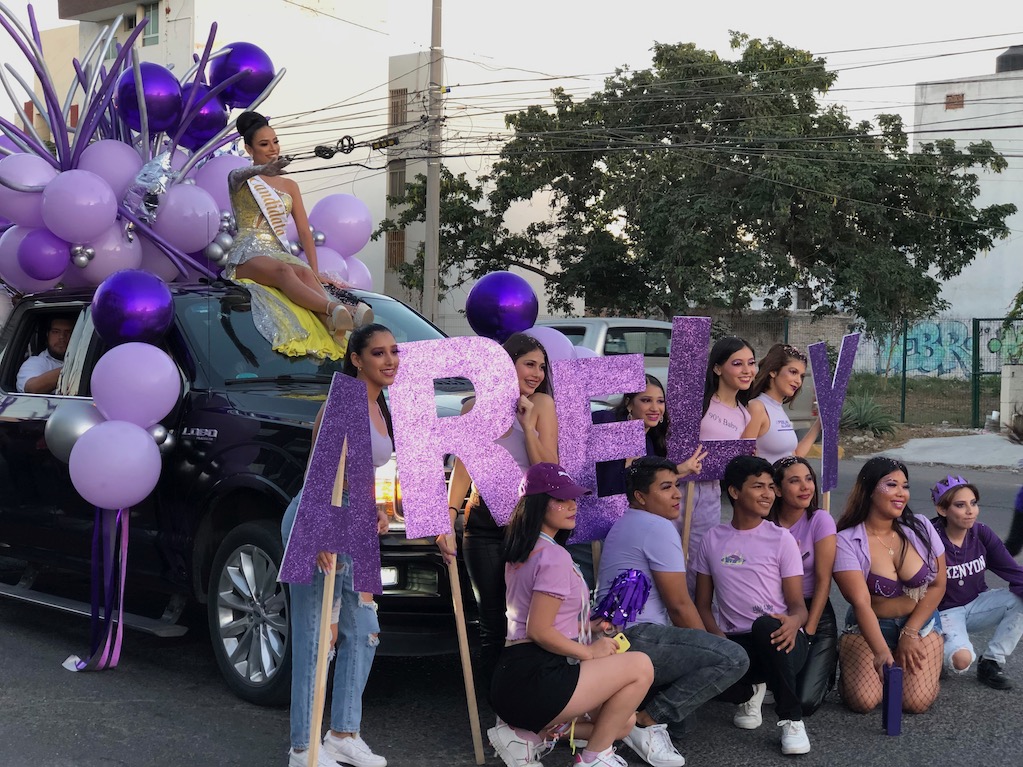
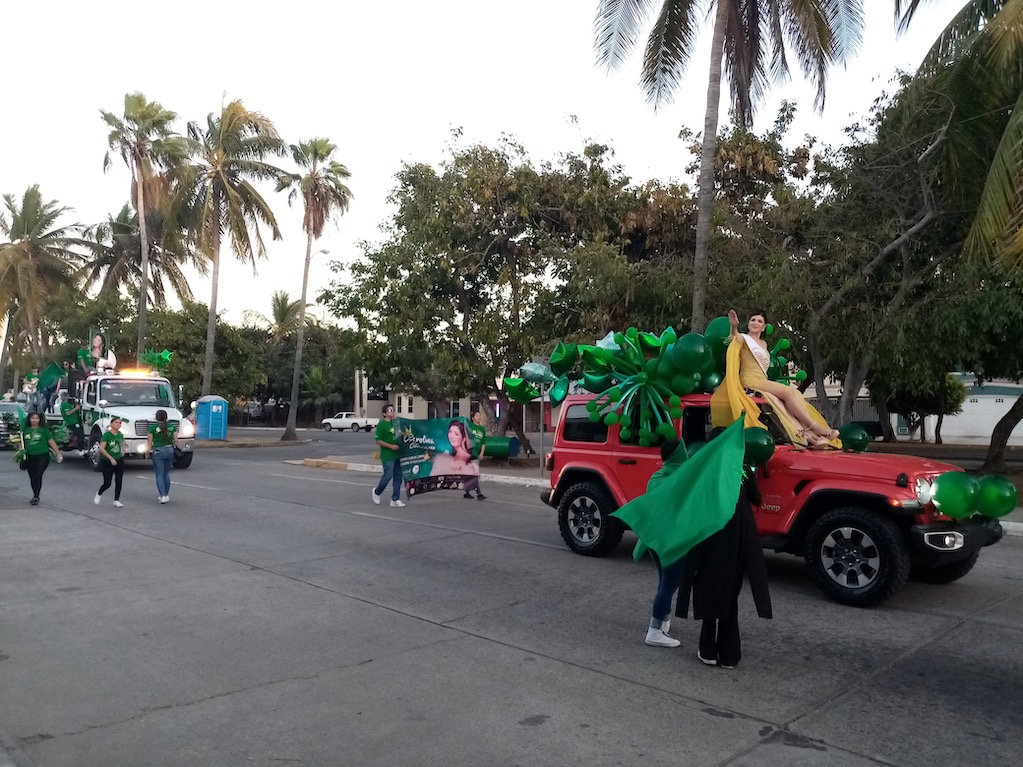
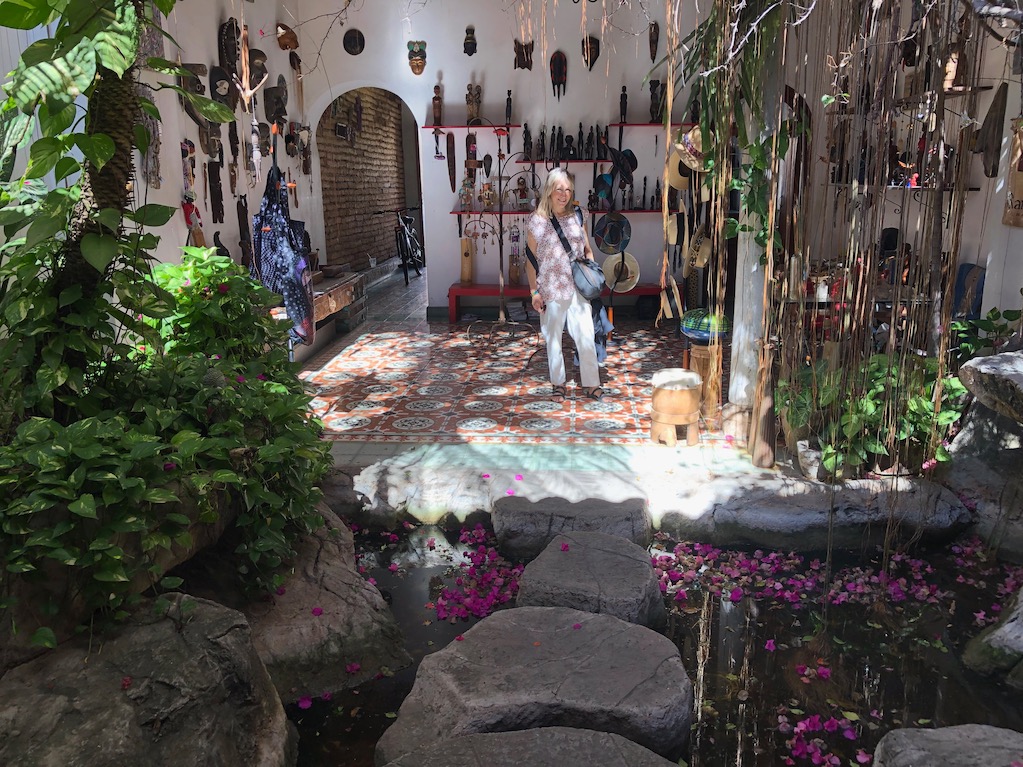
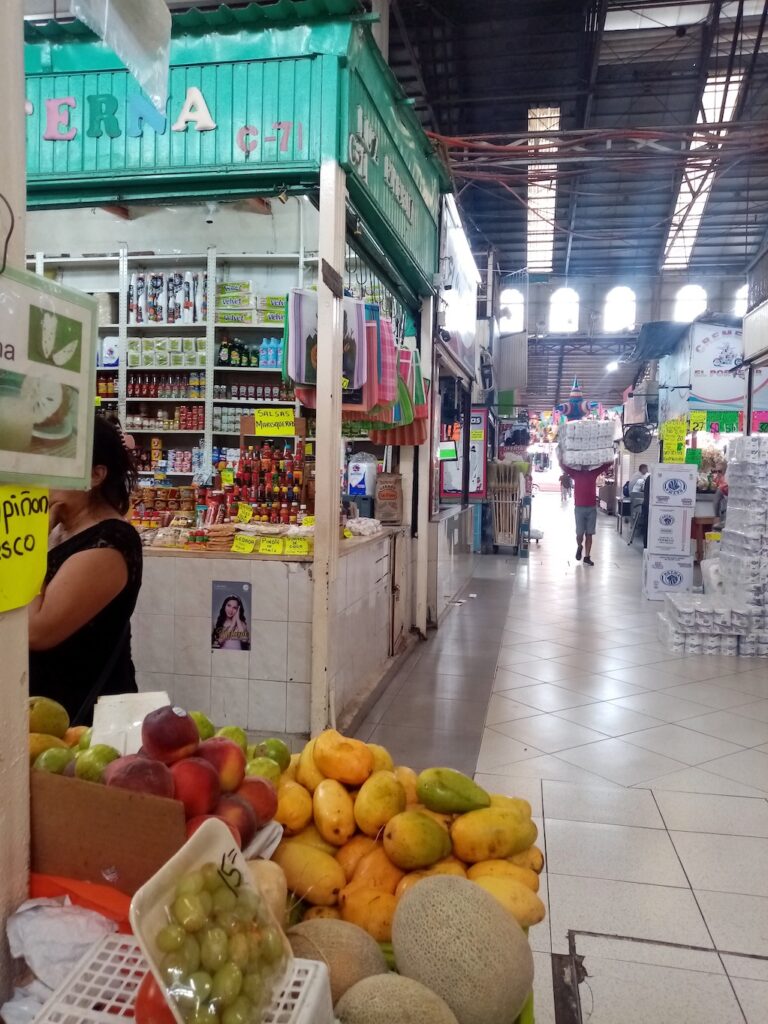
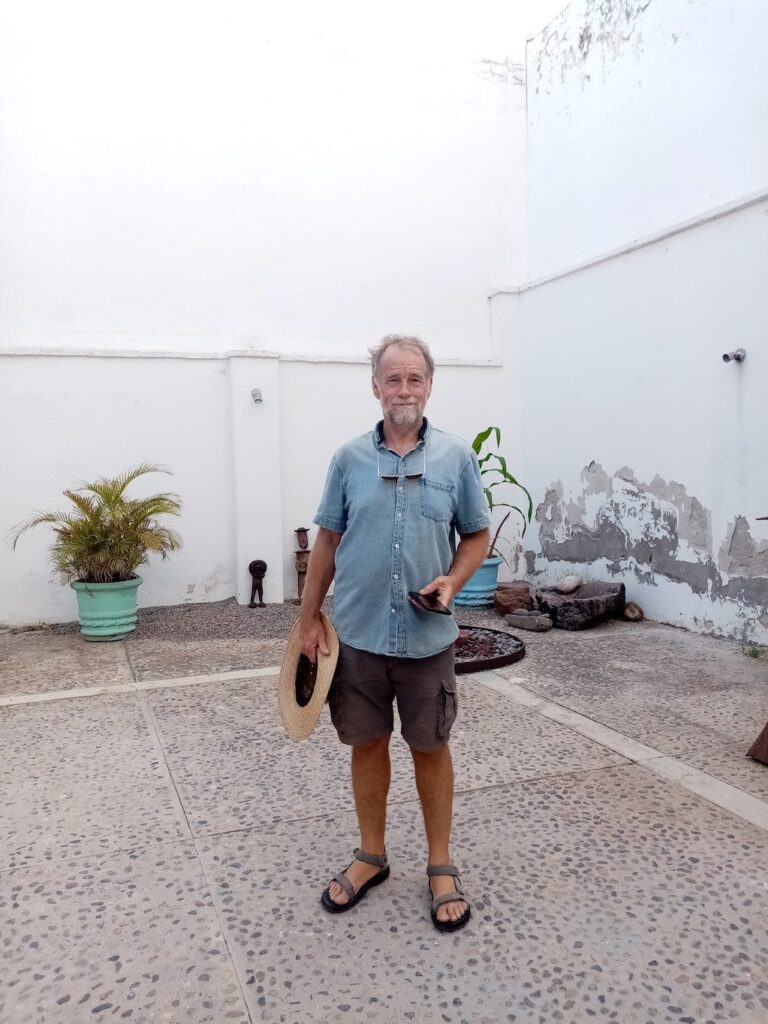
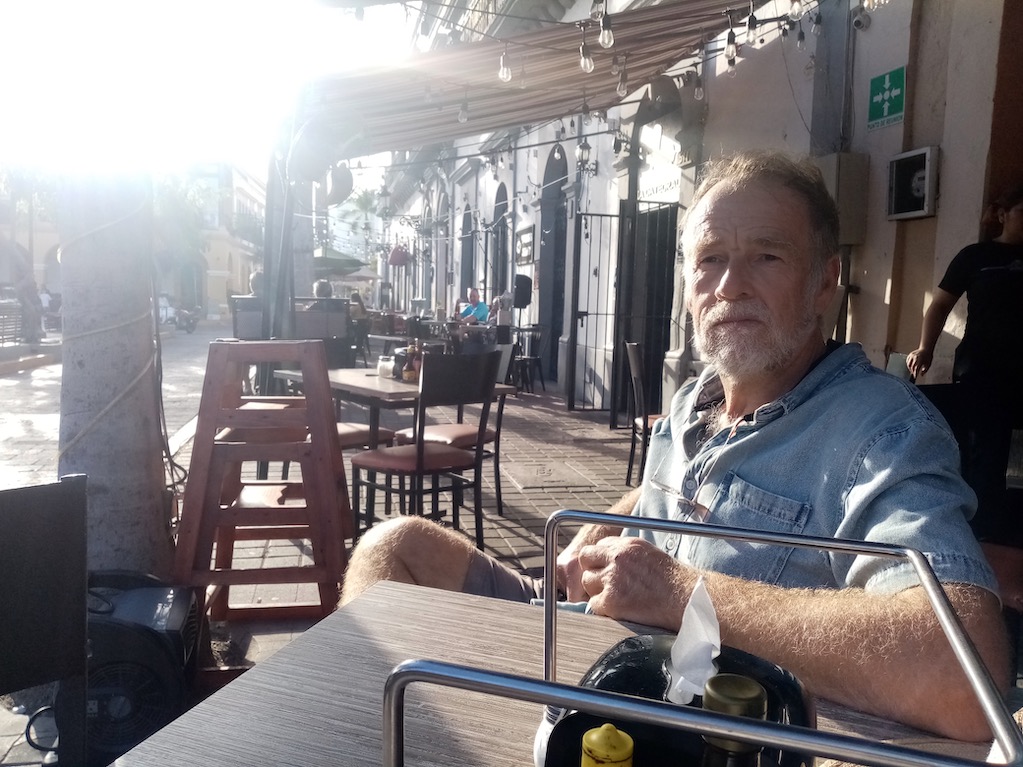
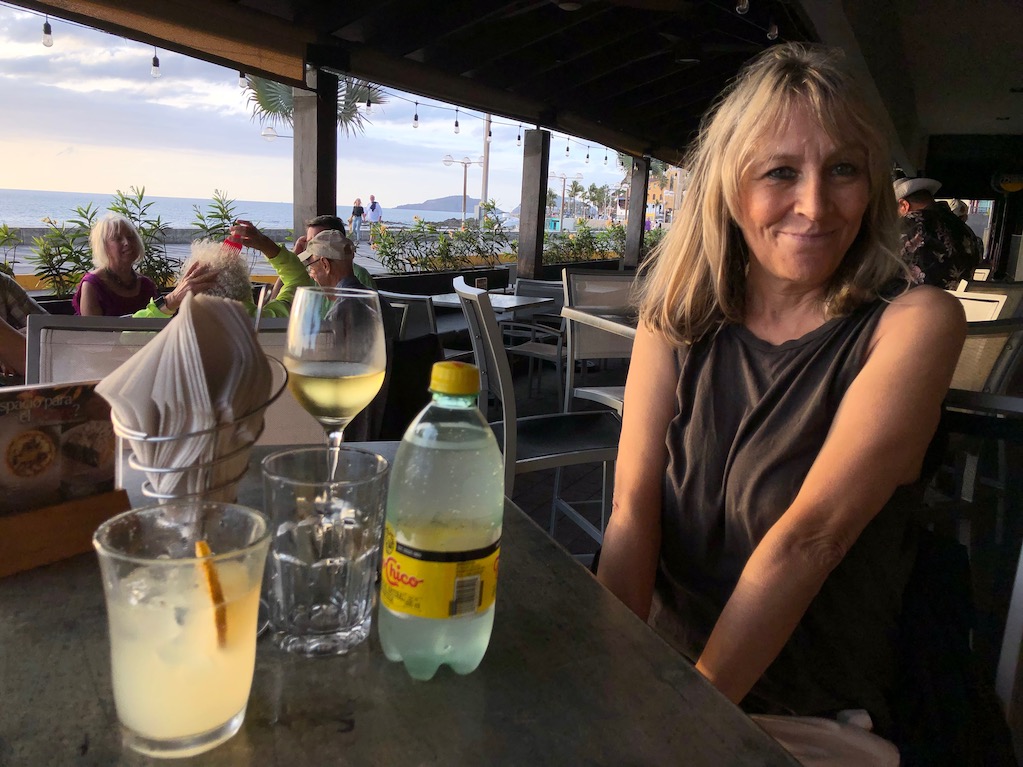
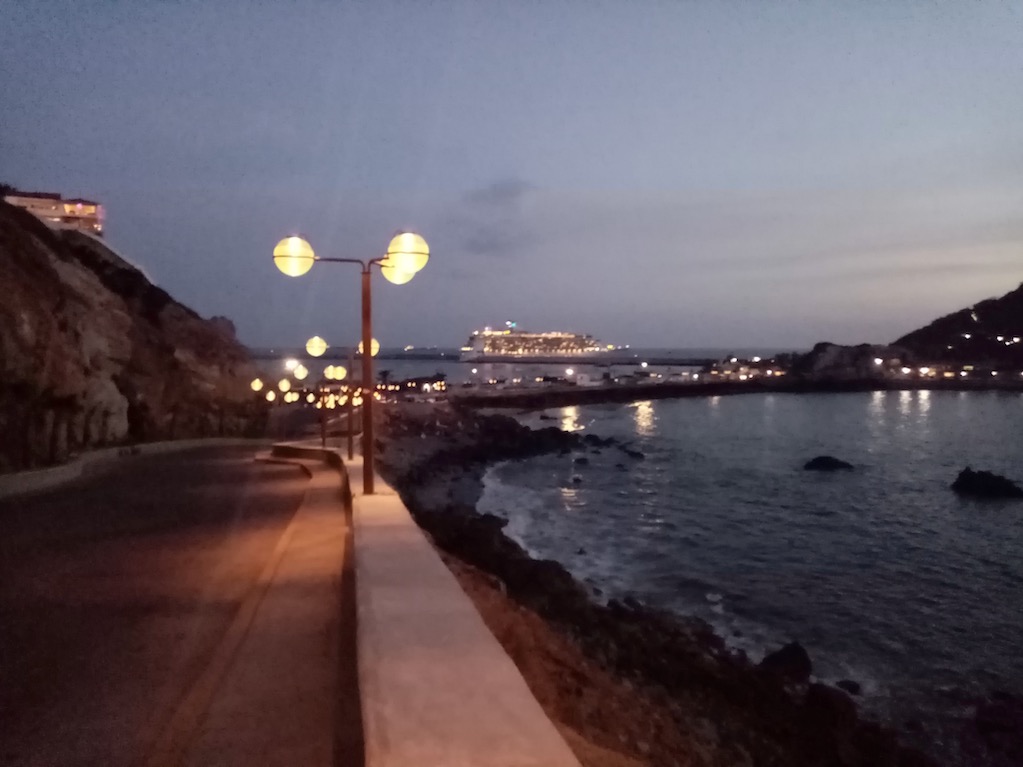
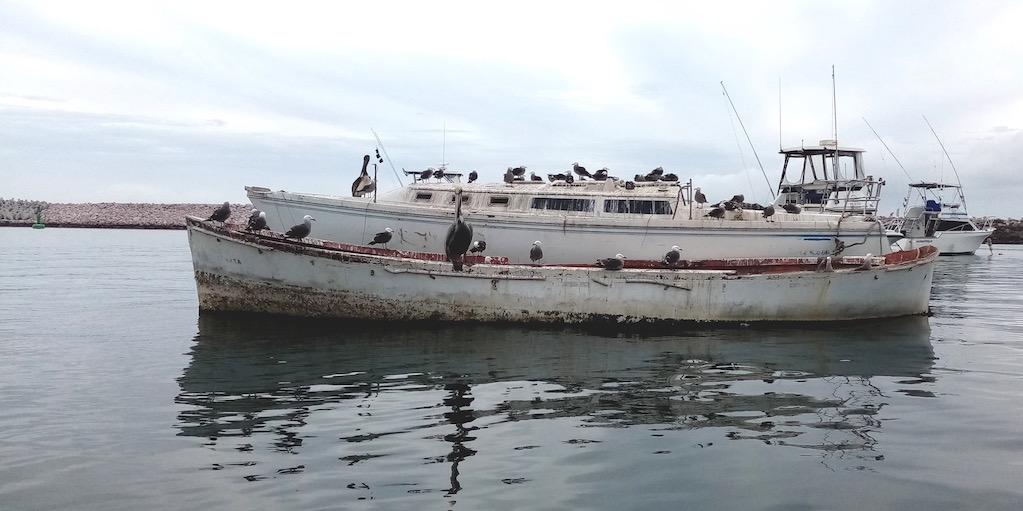
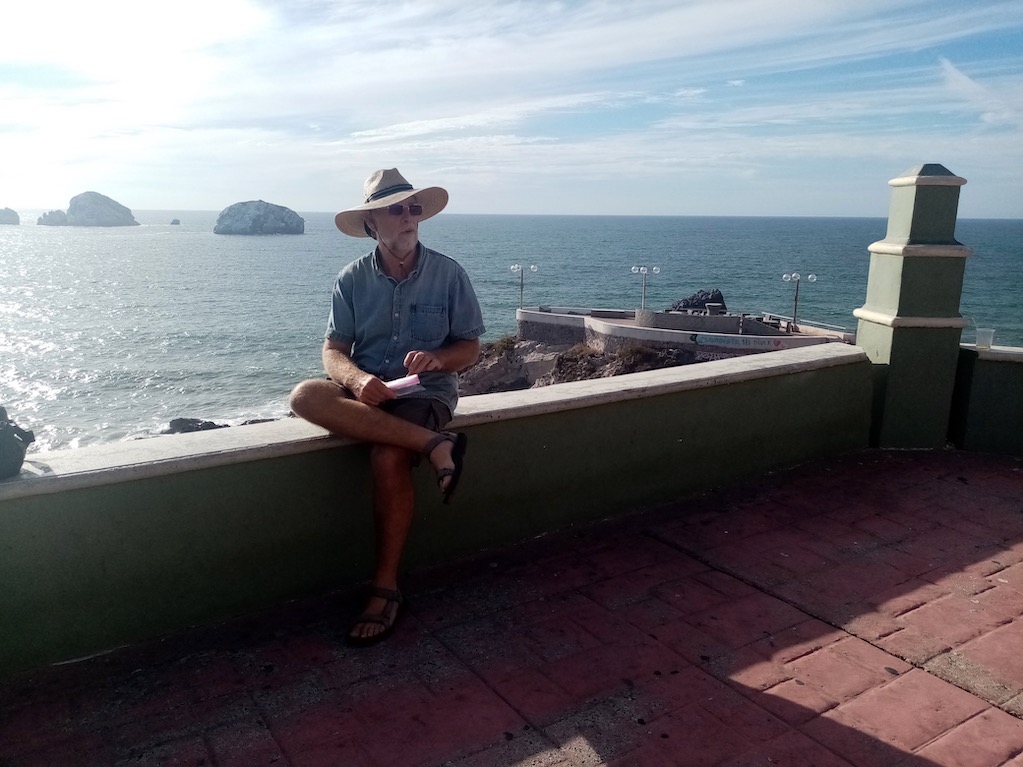
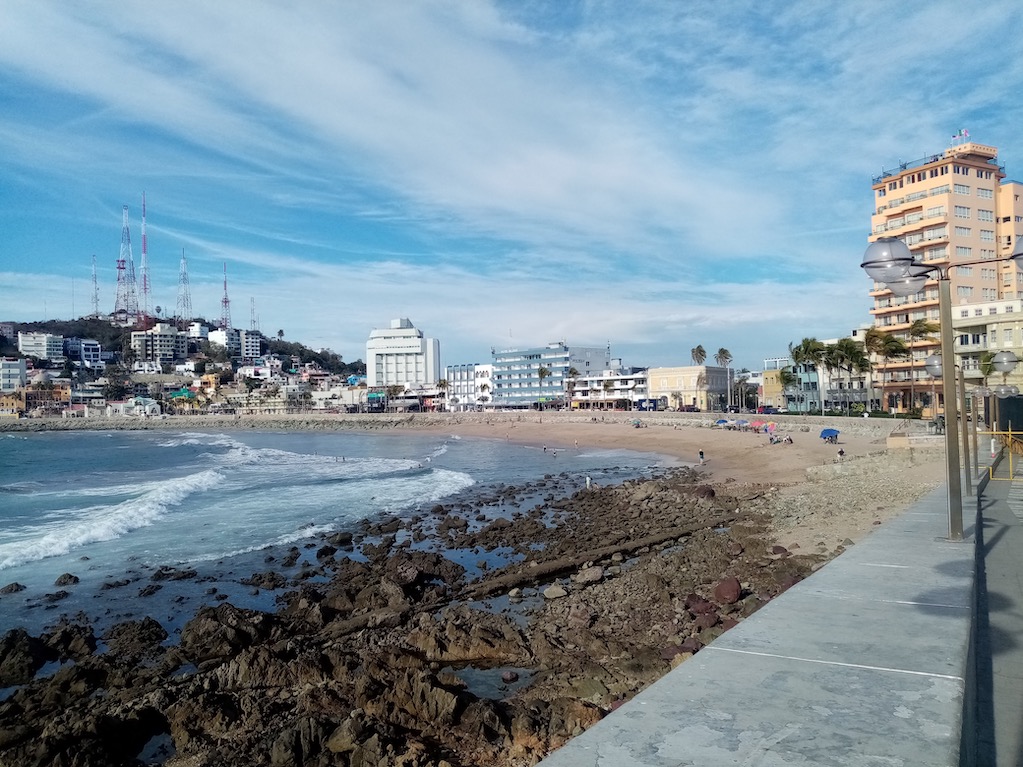
Our time in the Sea of Cortez now done, and I think we did it justice during our time there, it was now time to navigate the uncharted waters (for us) of Pacific Coast Mexico and to explore the coastal towns of Mexico’s mainland. February promised to be exciting.


